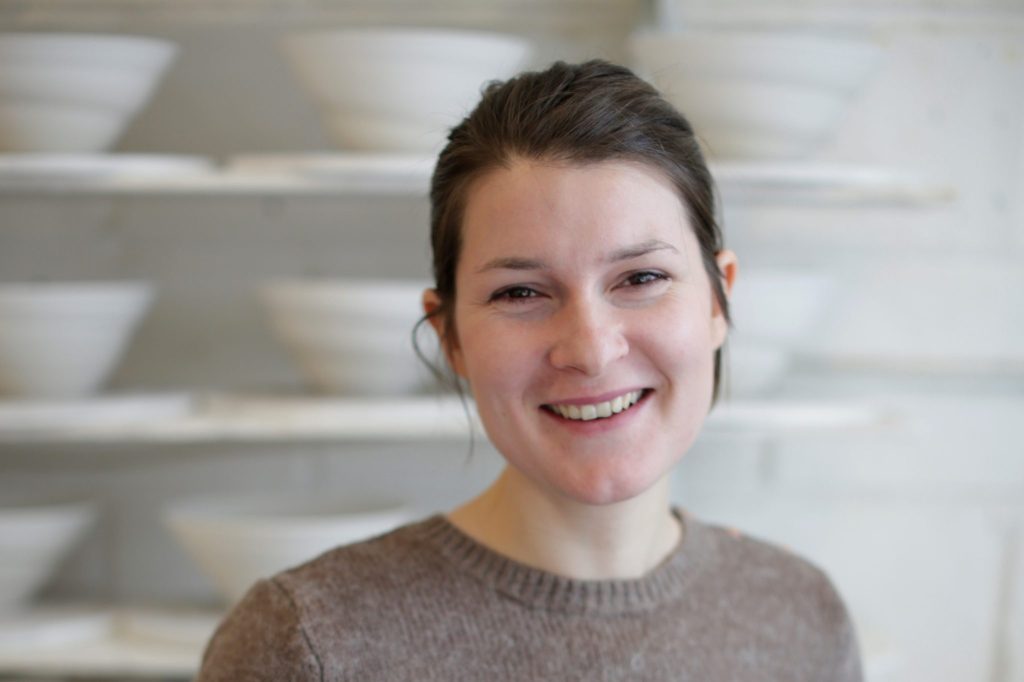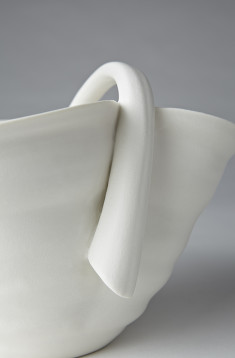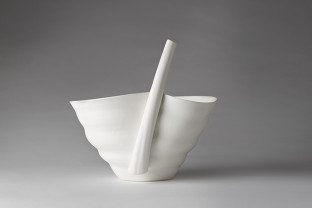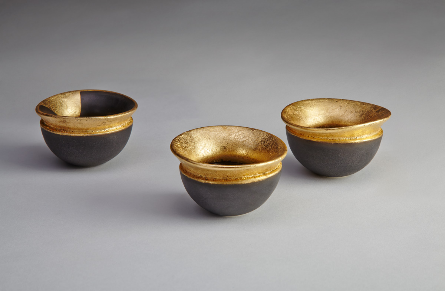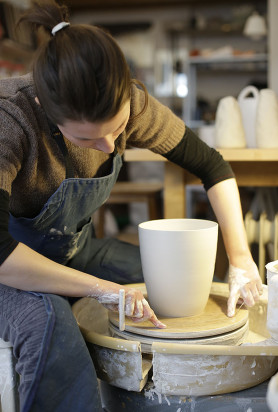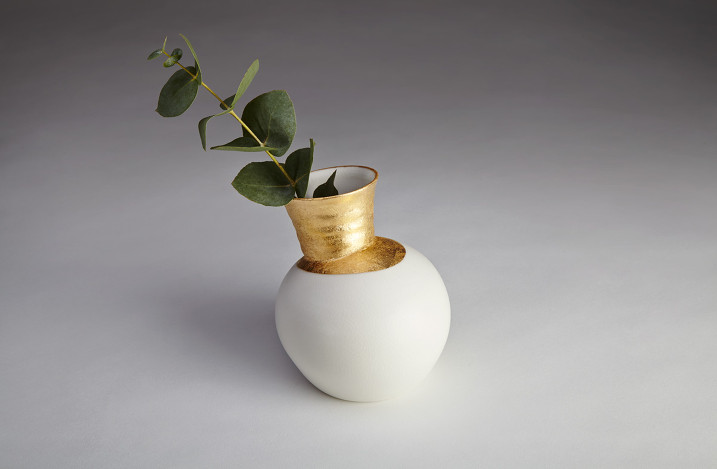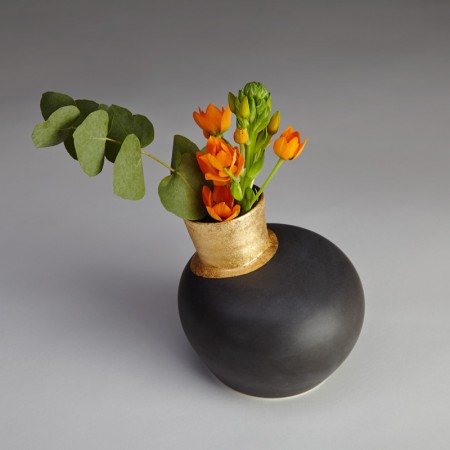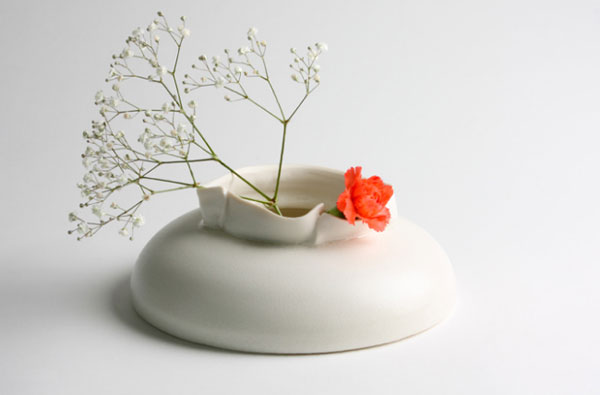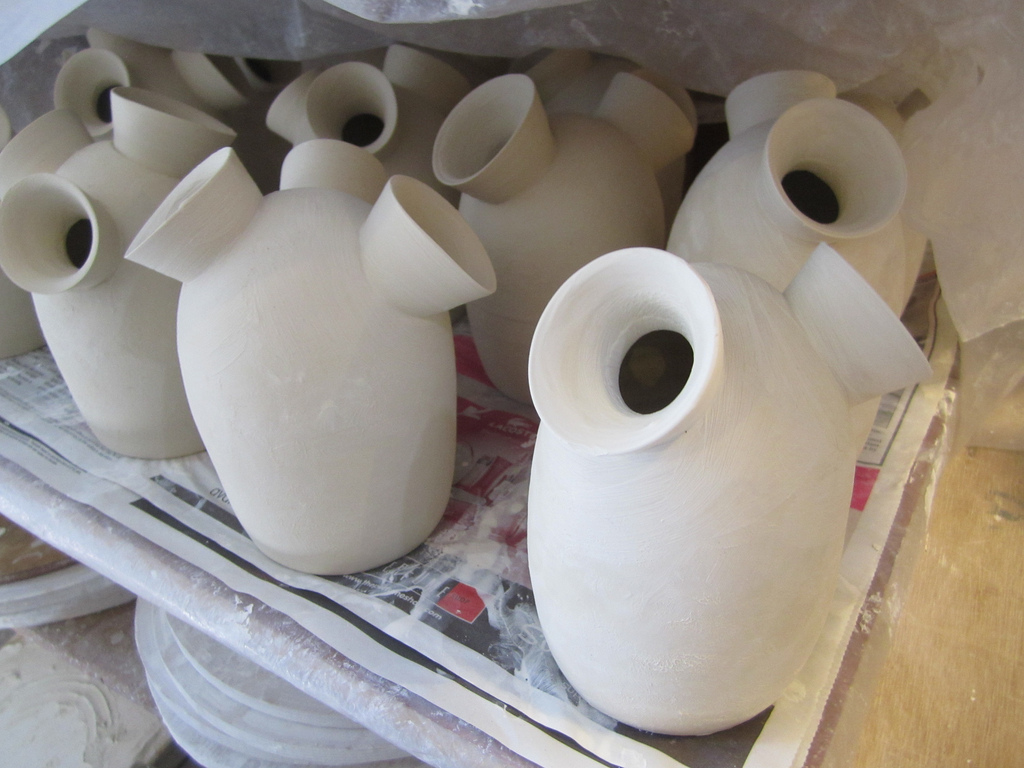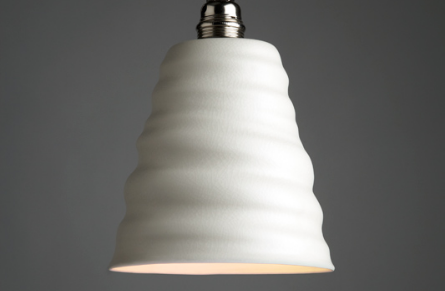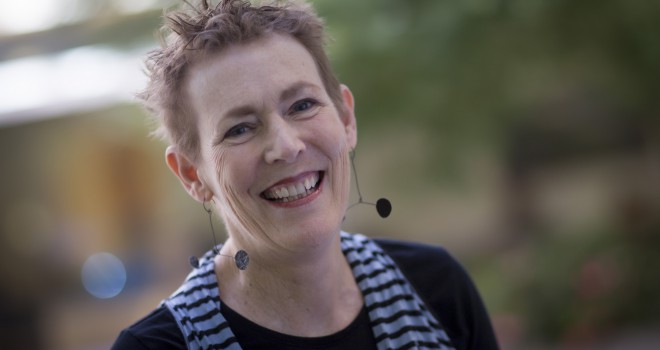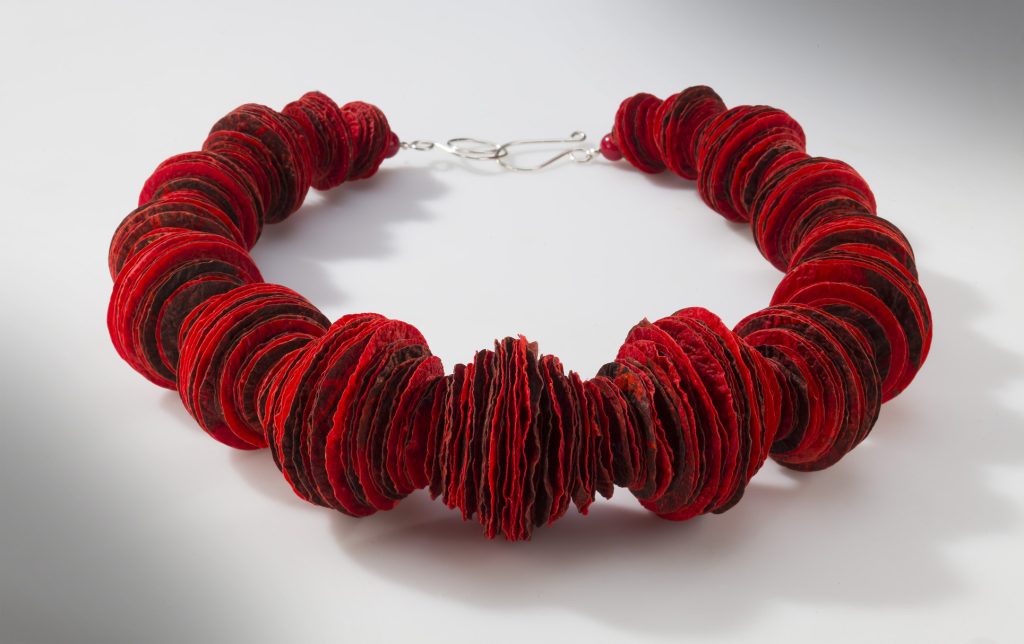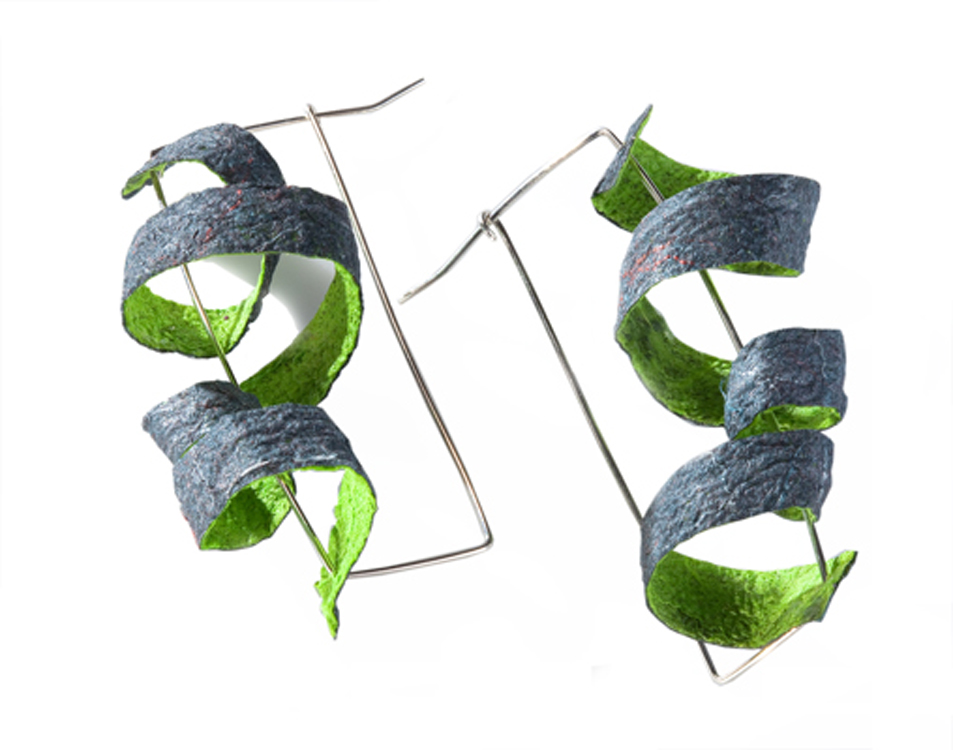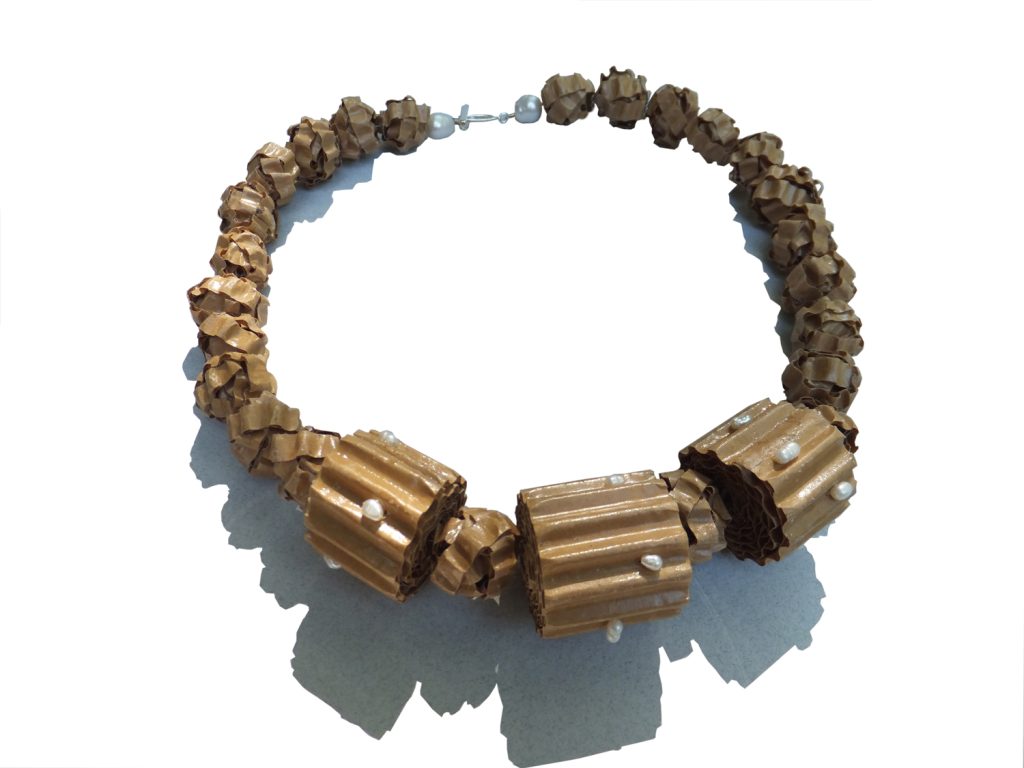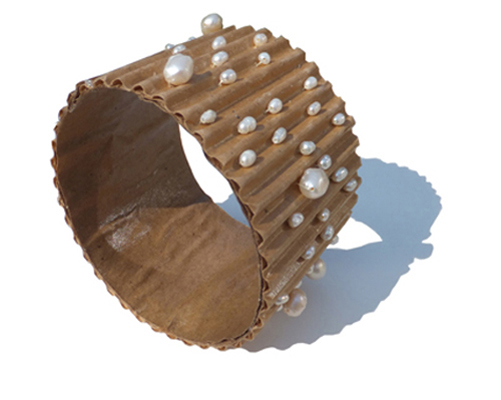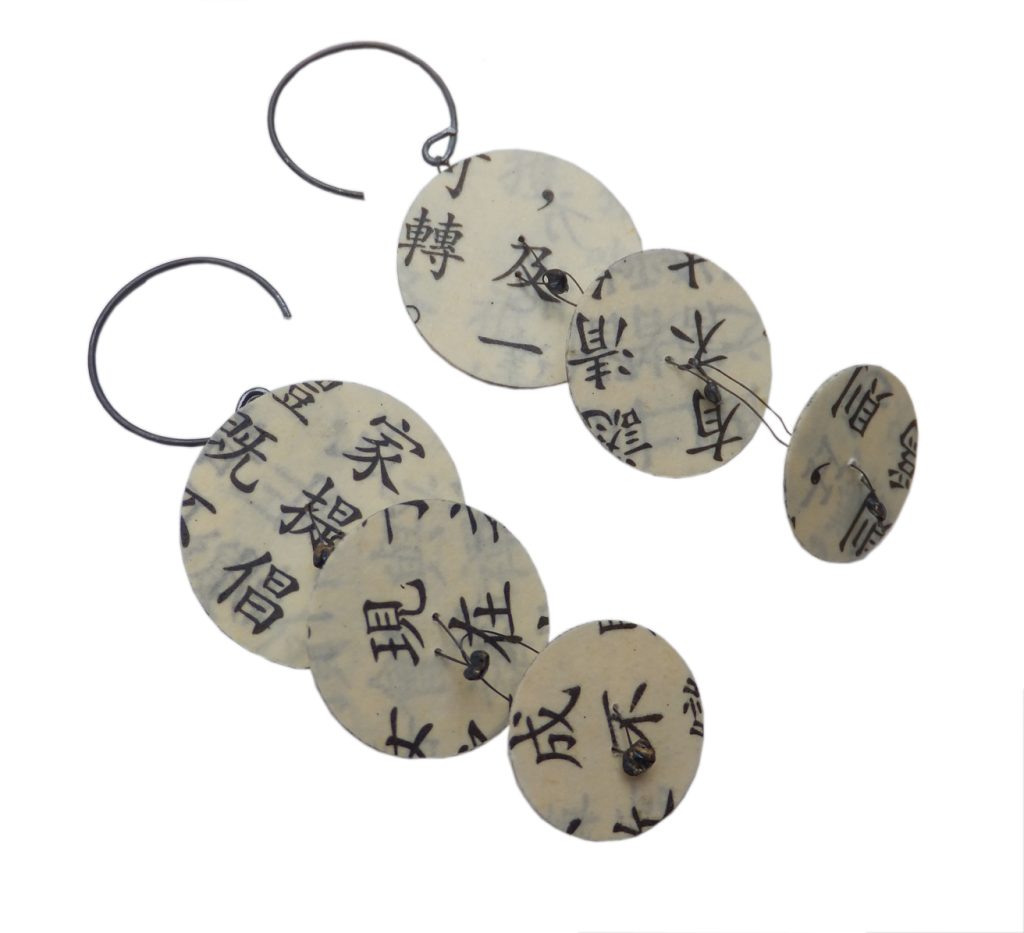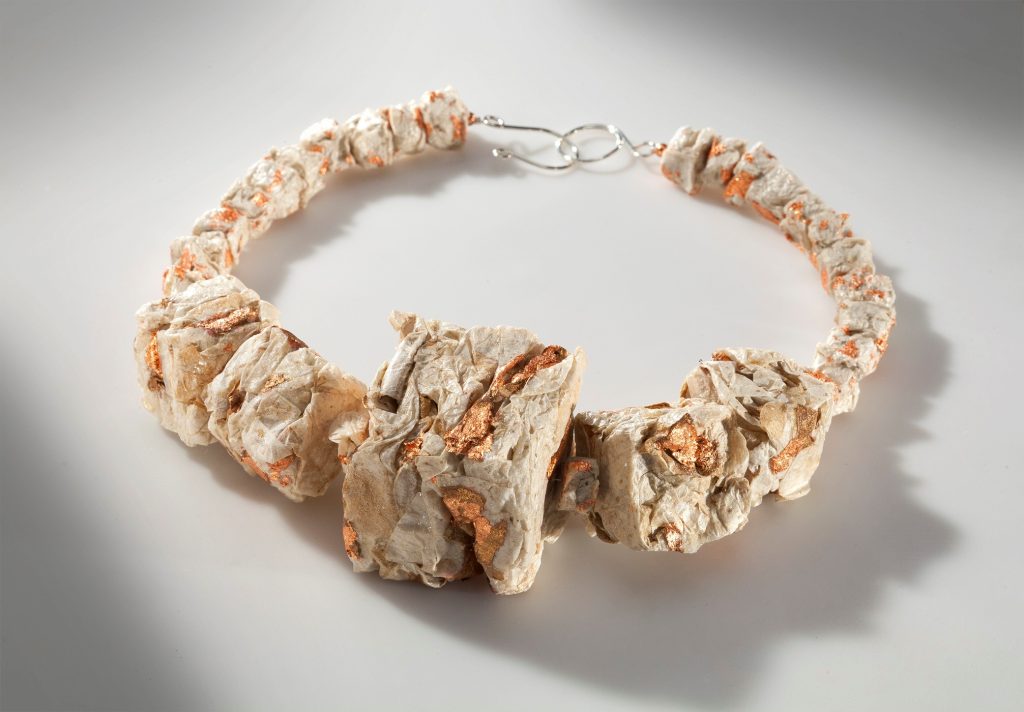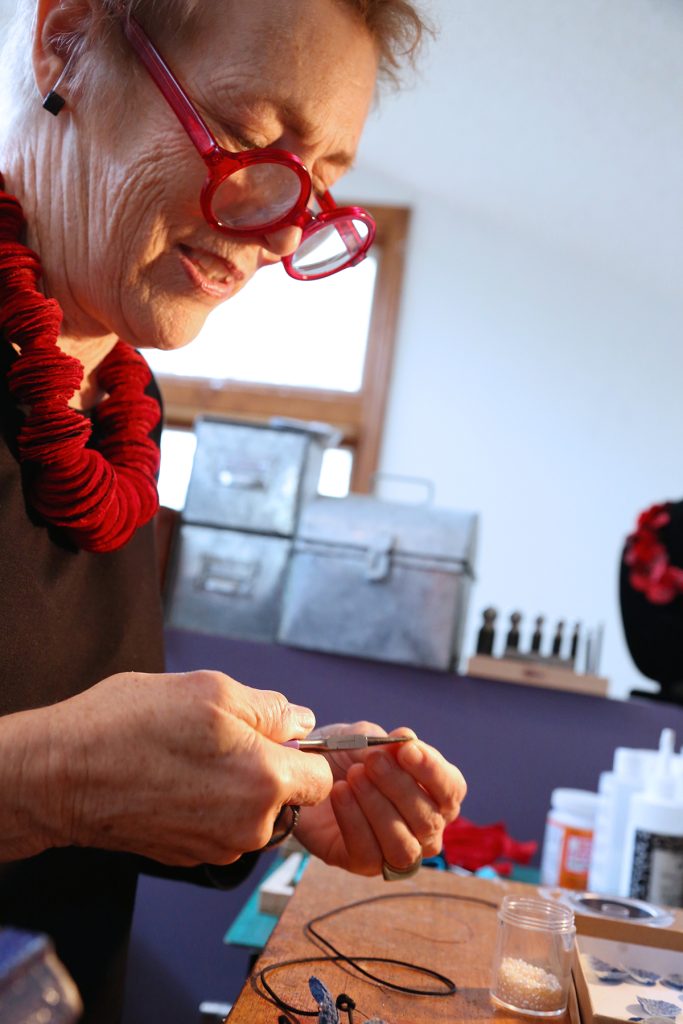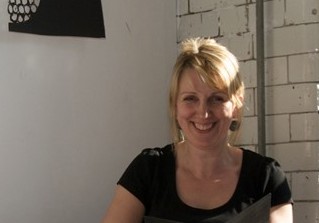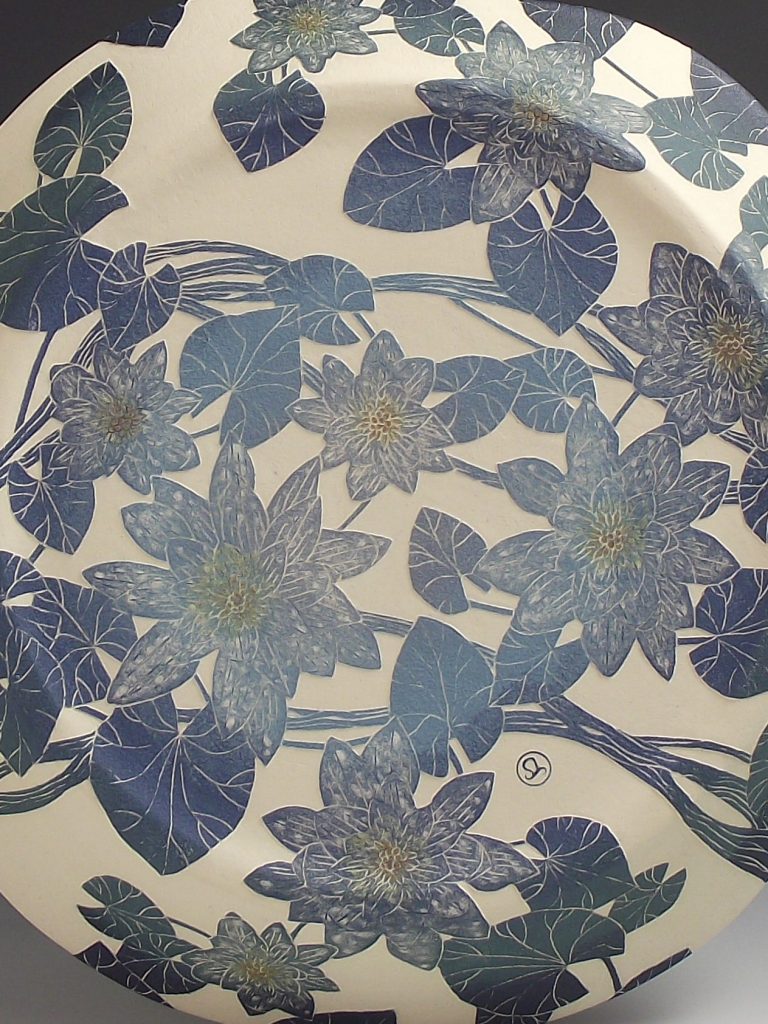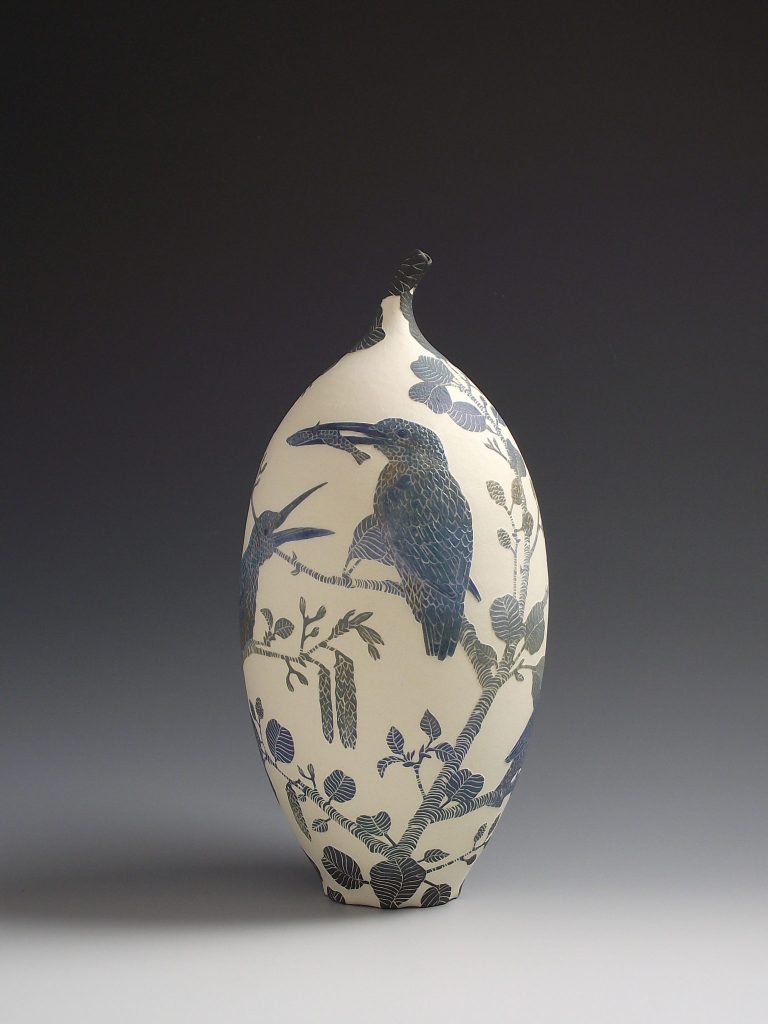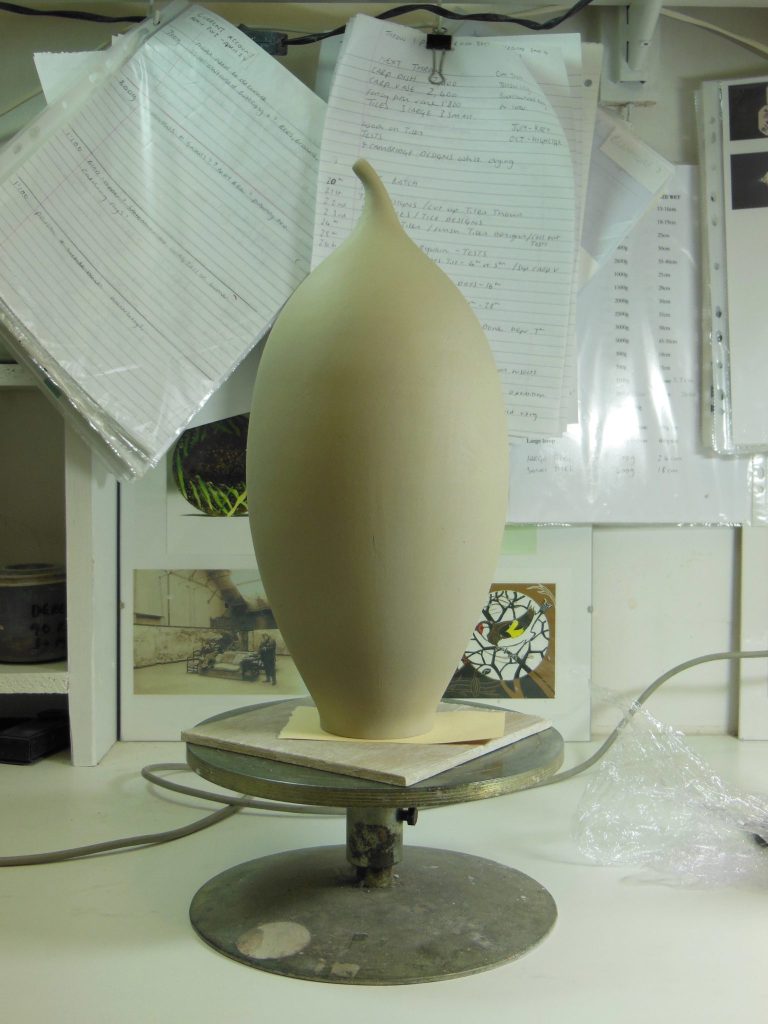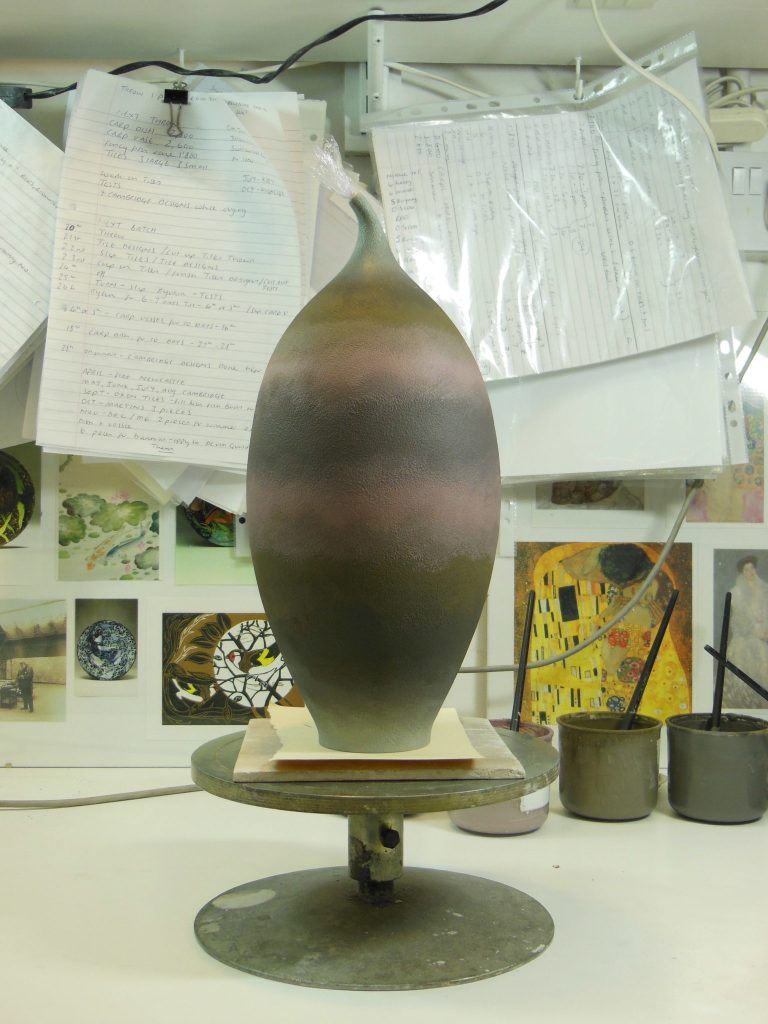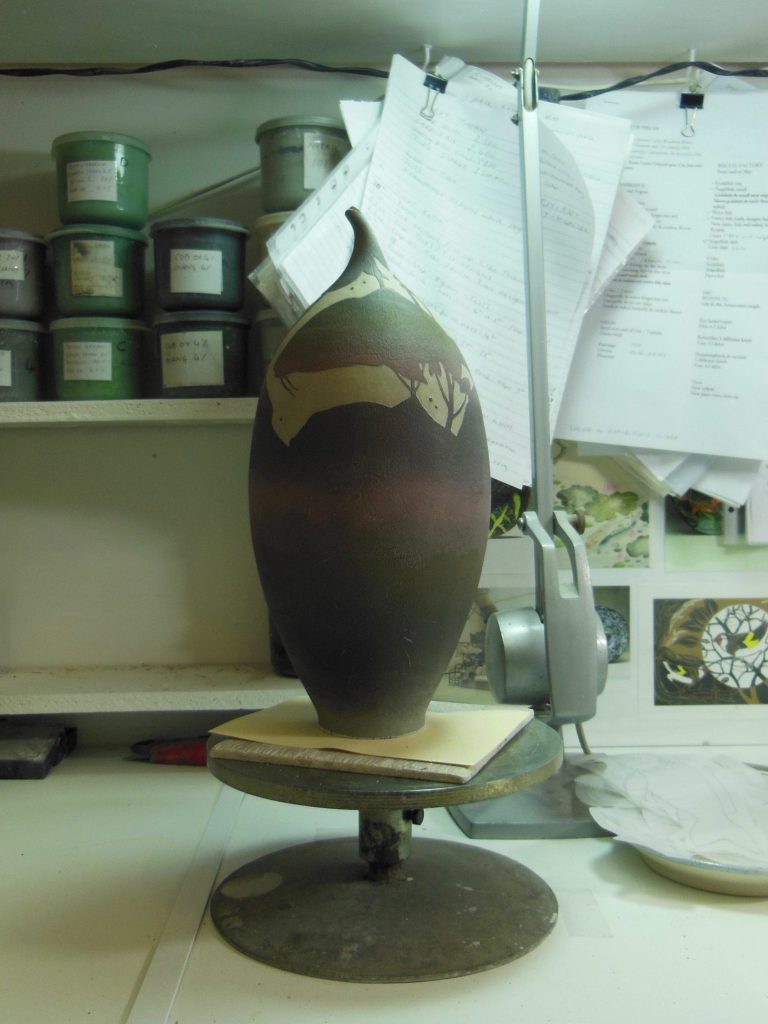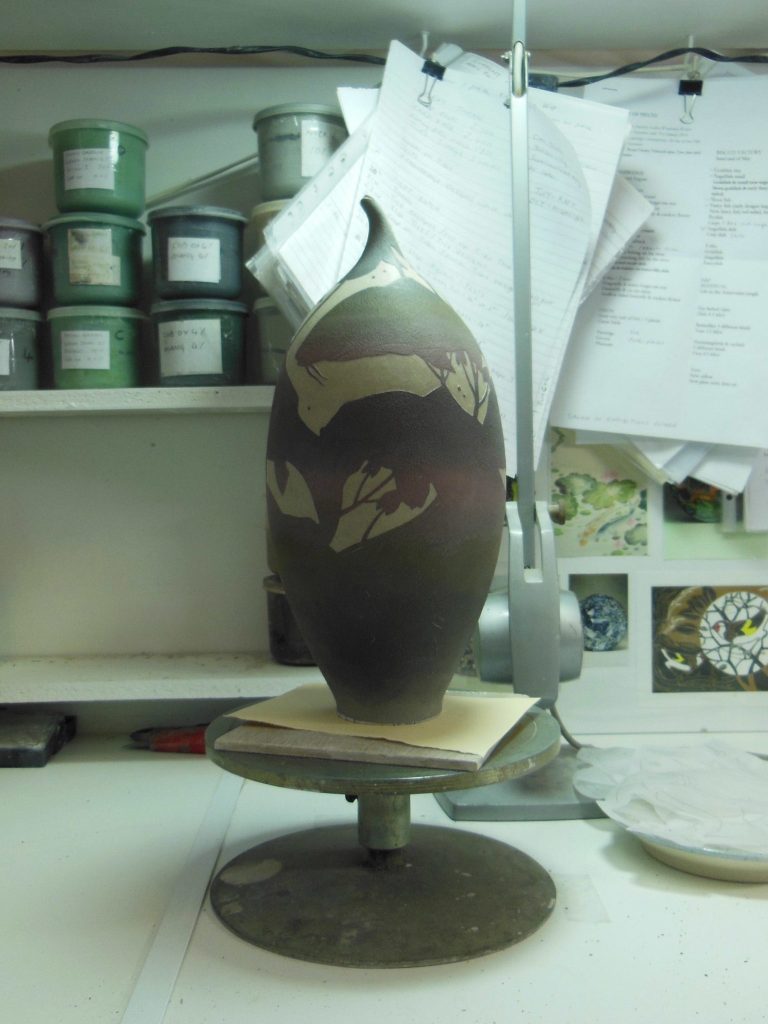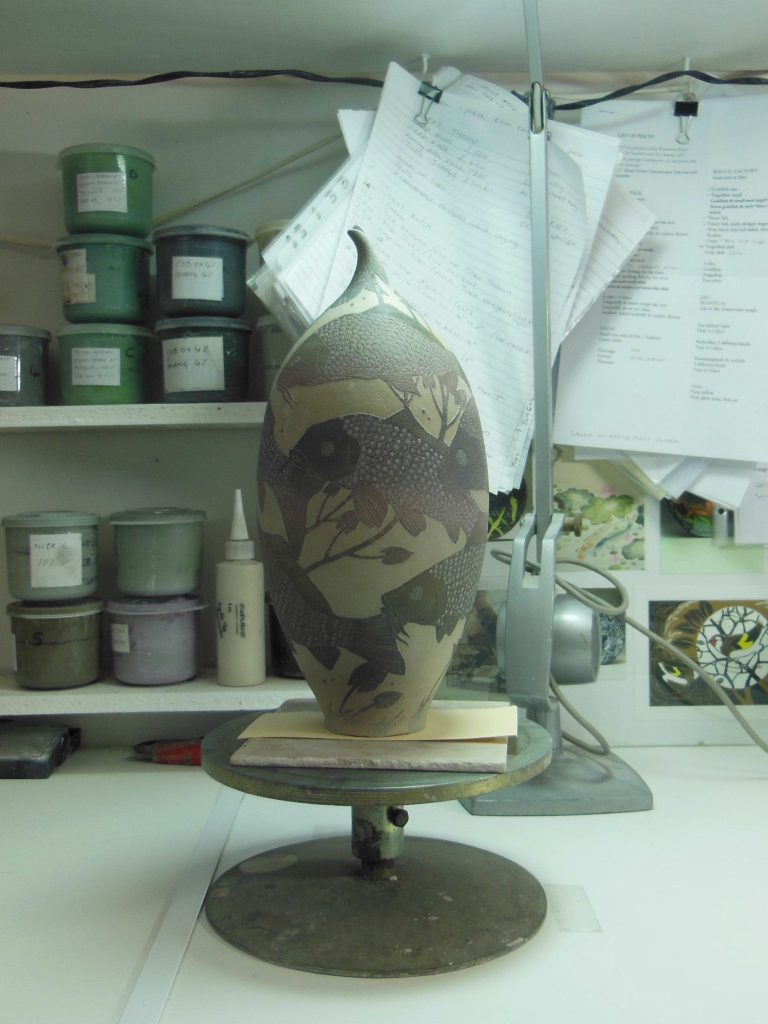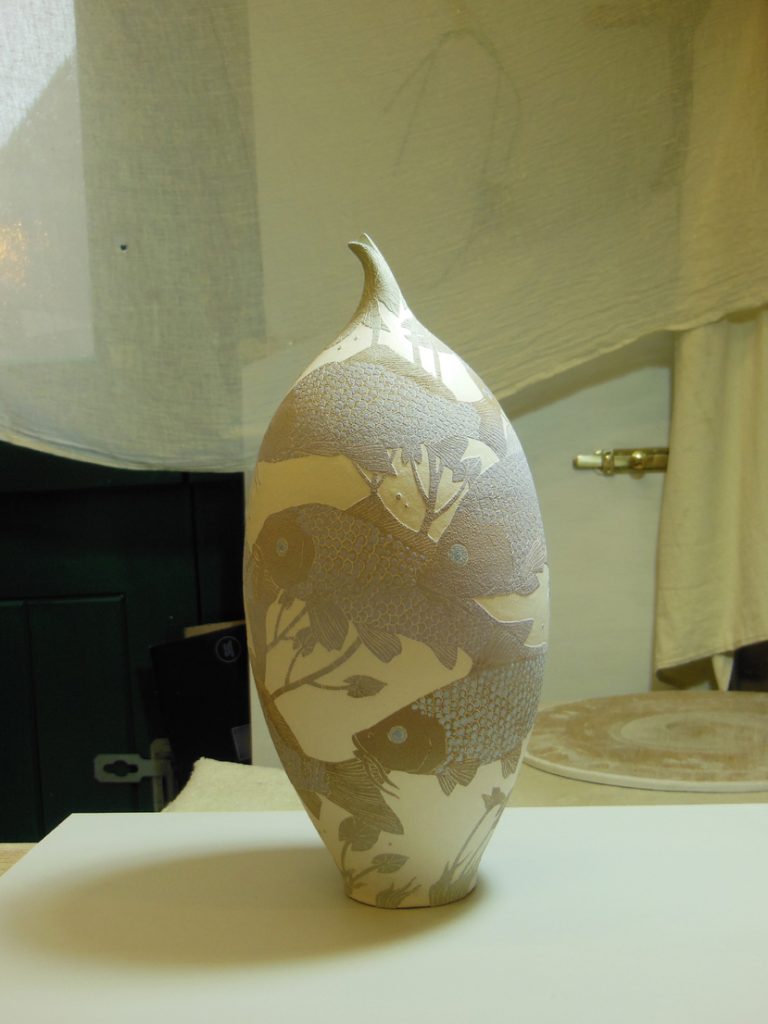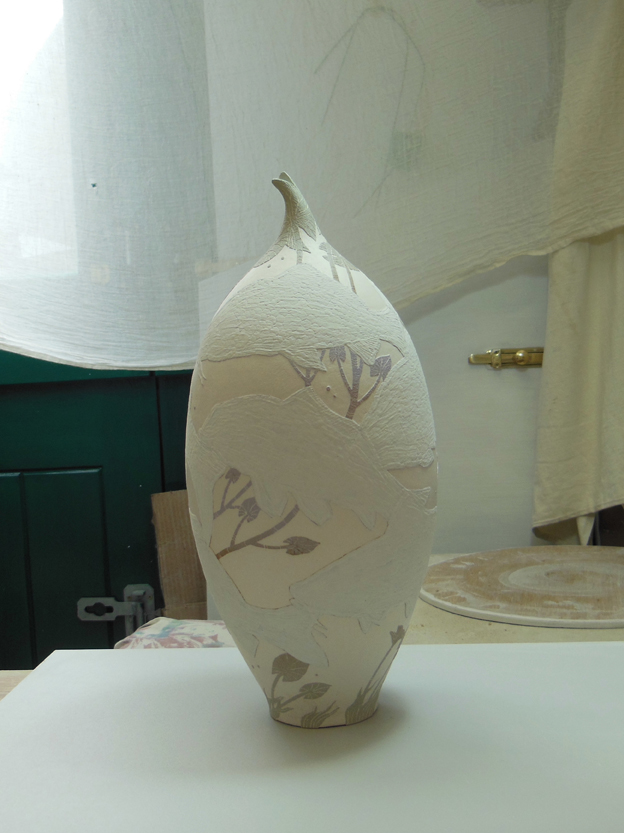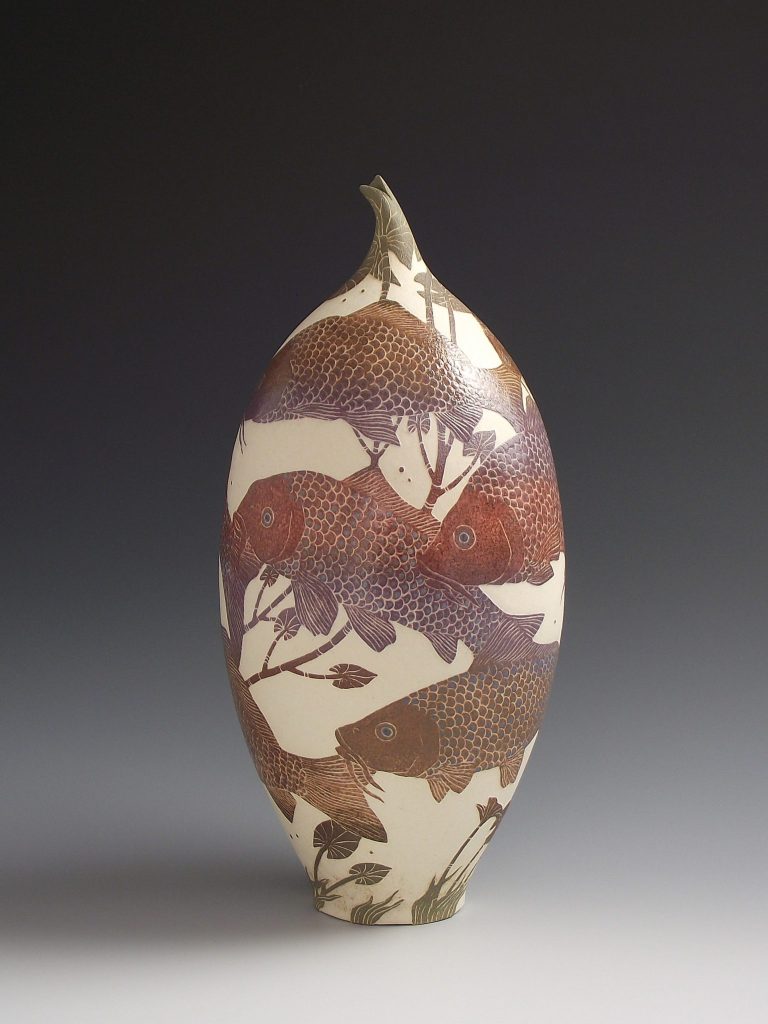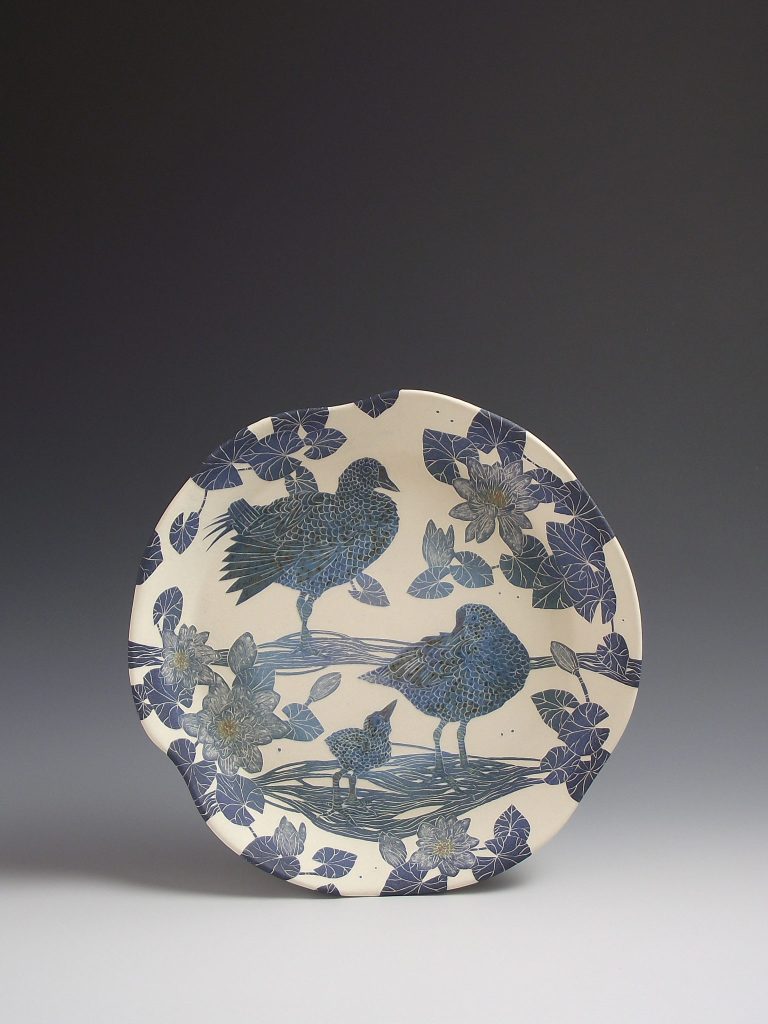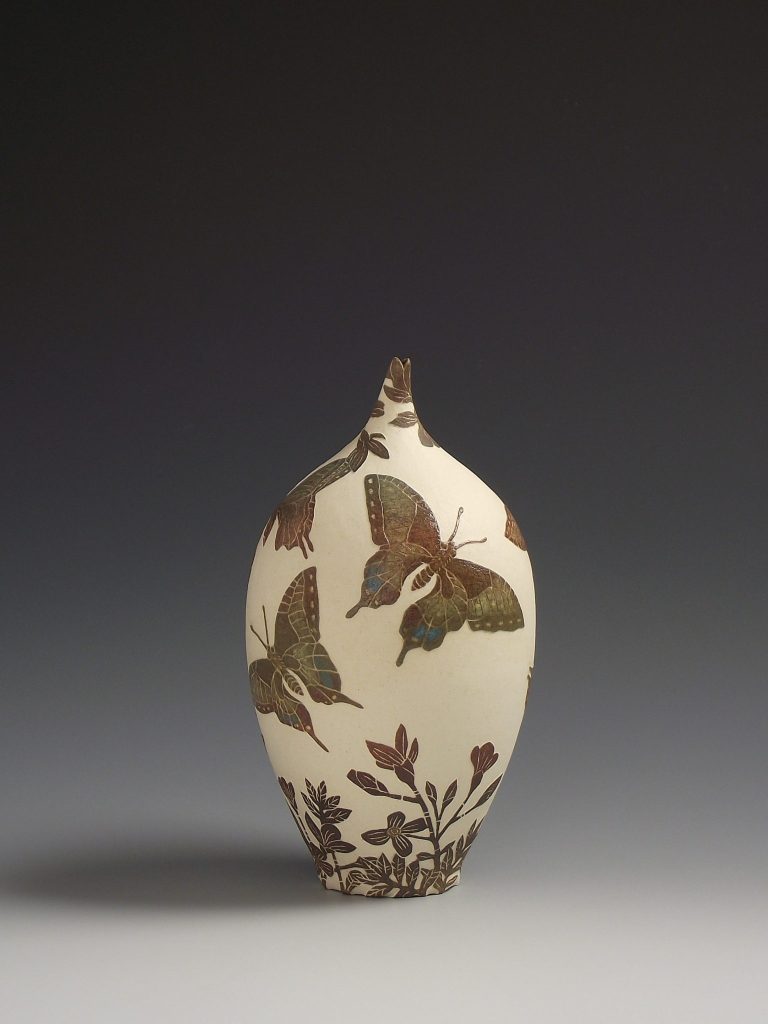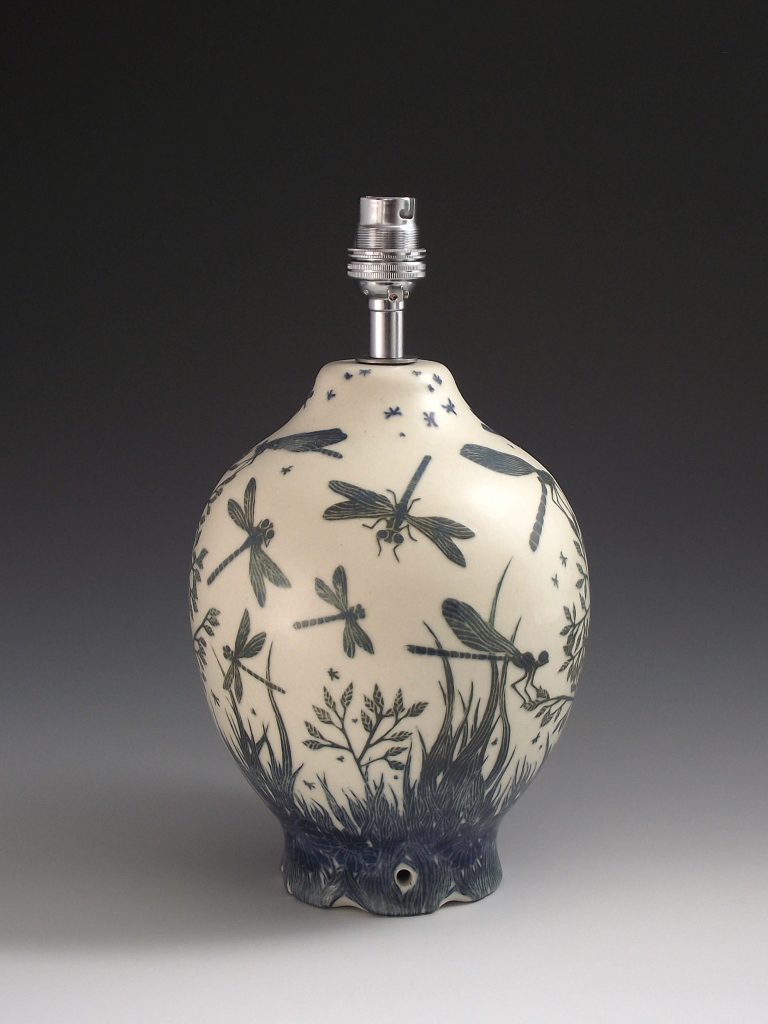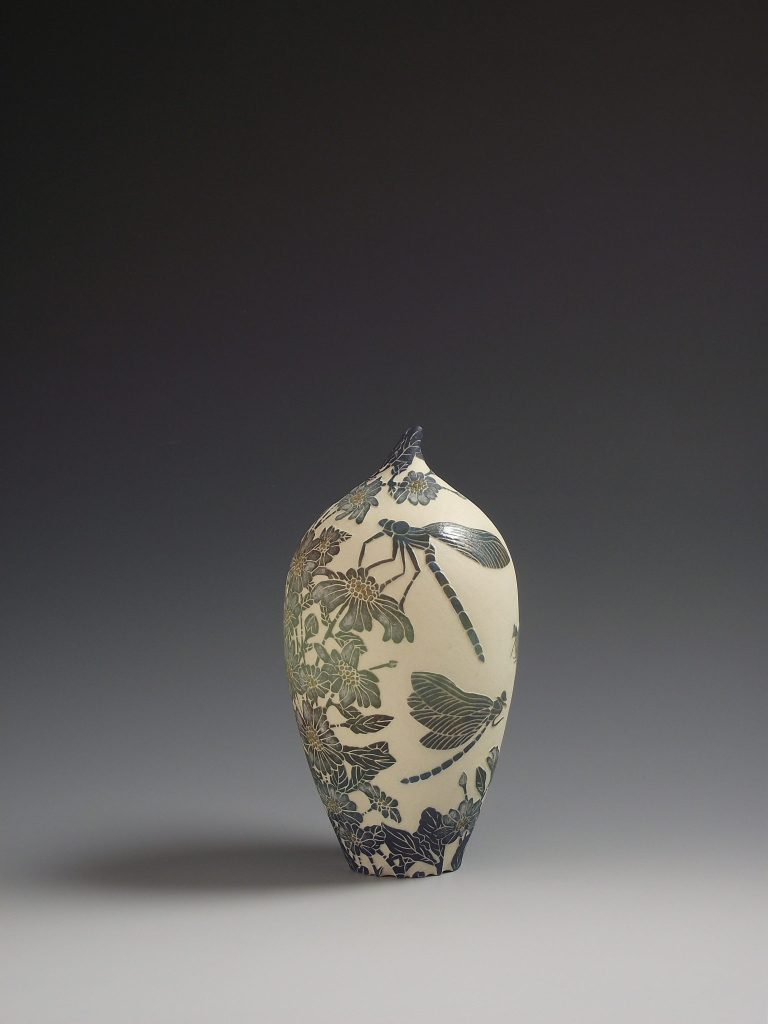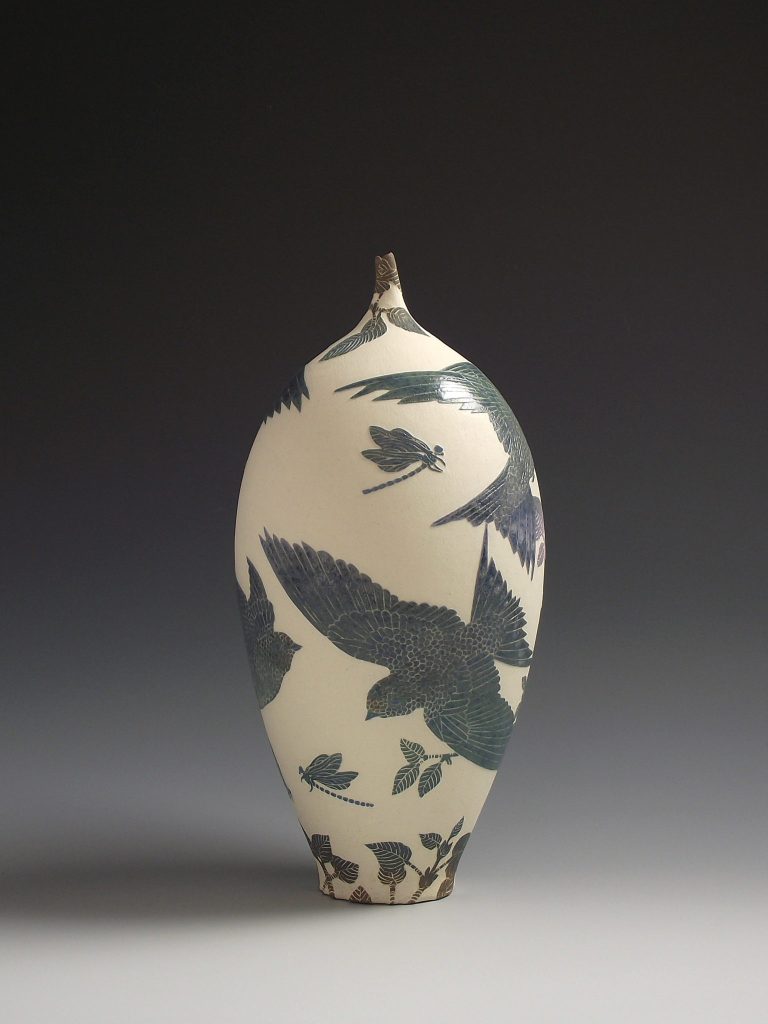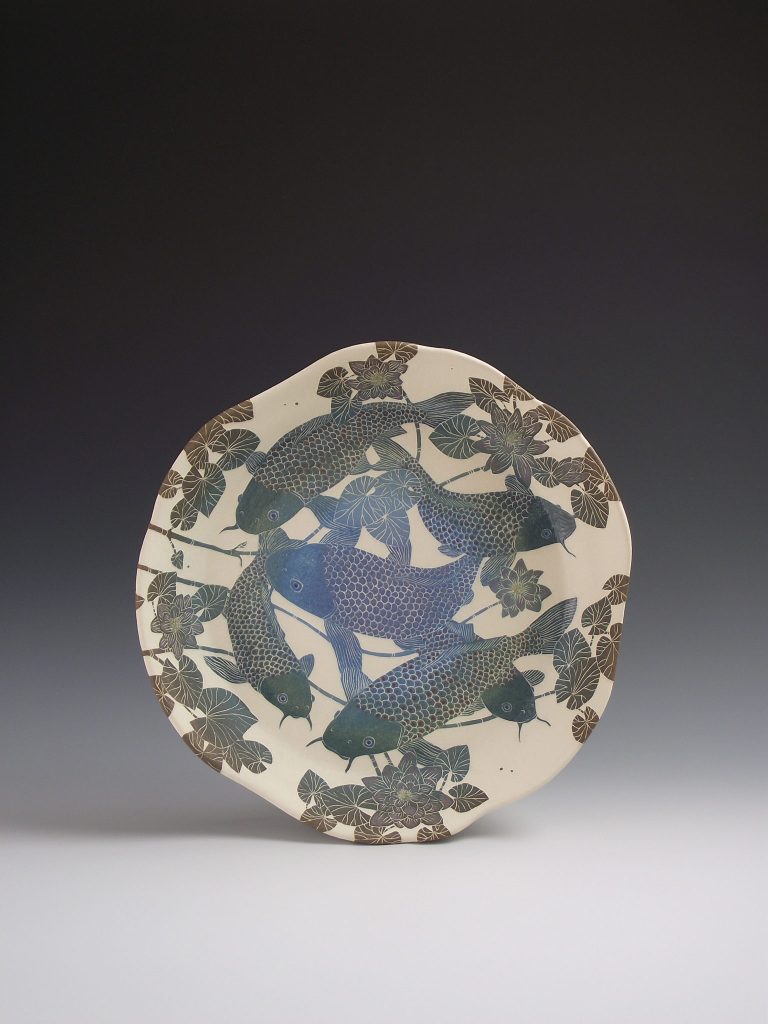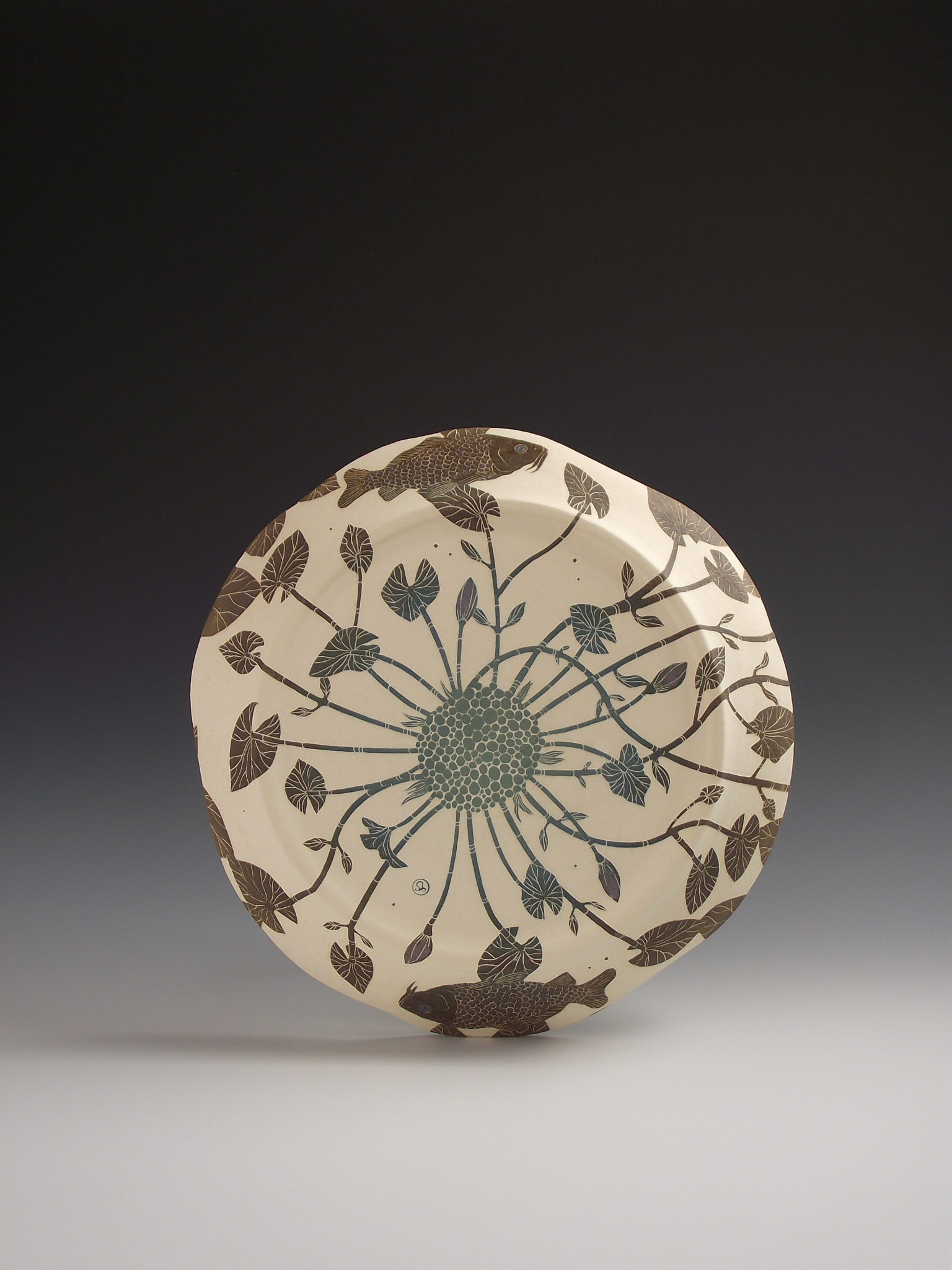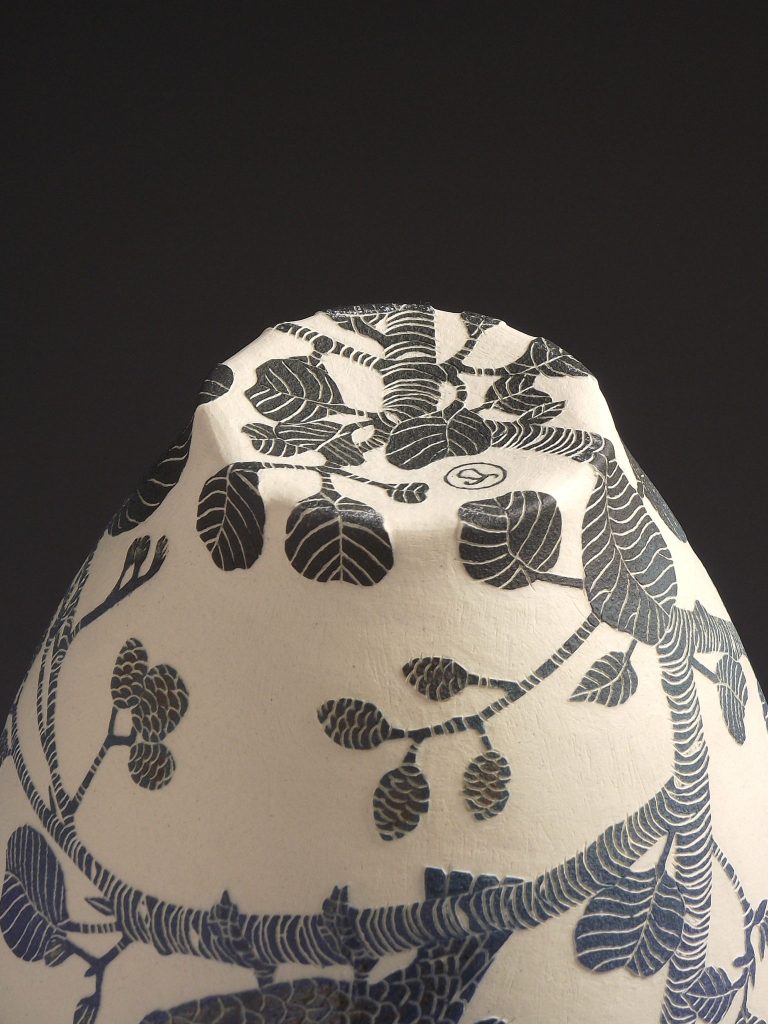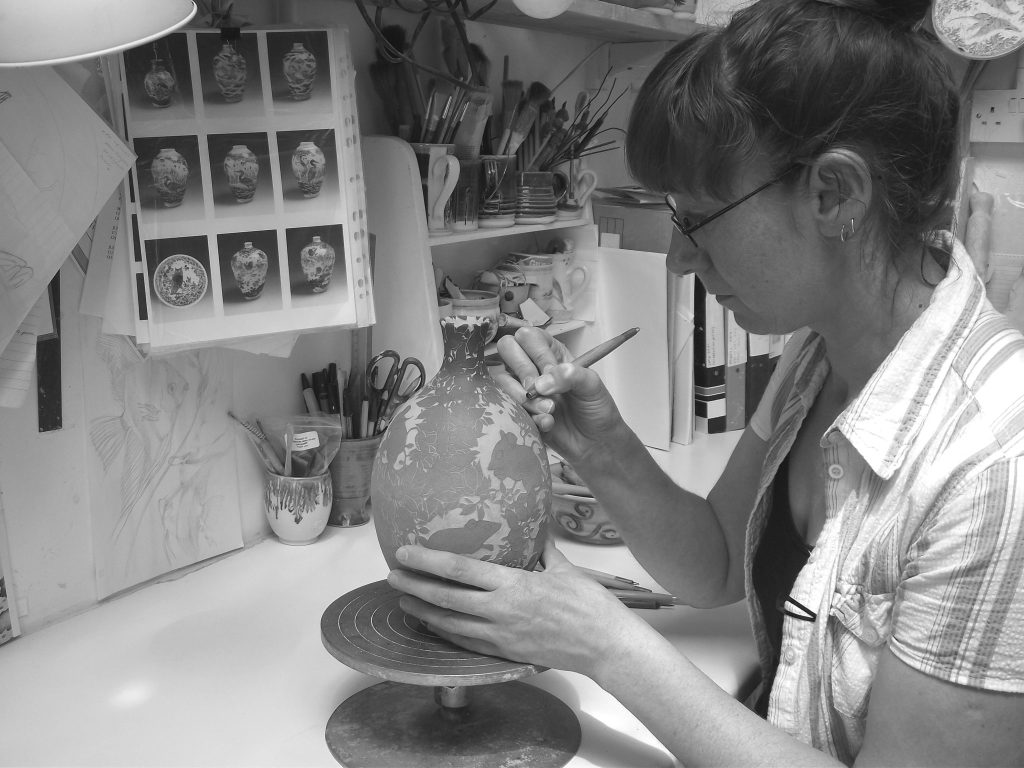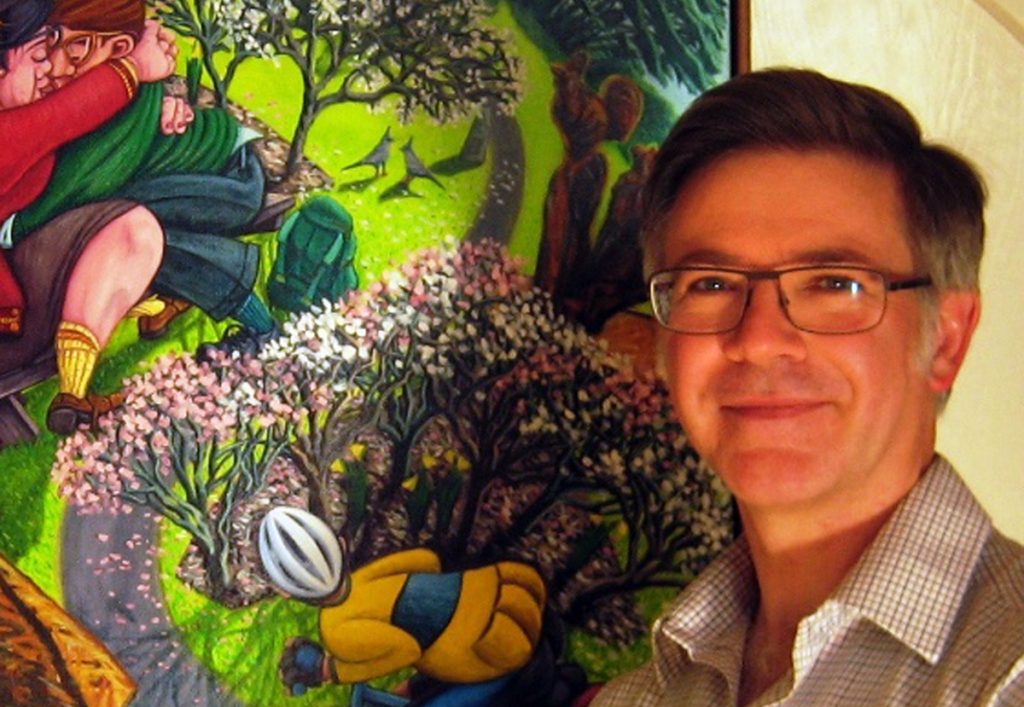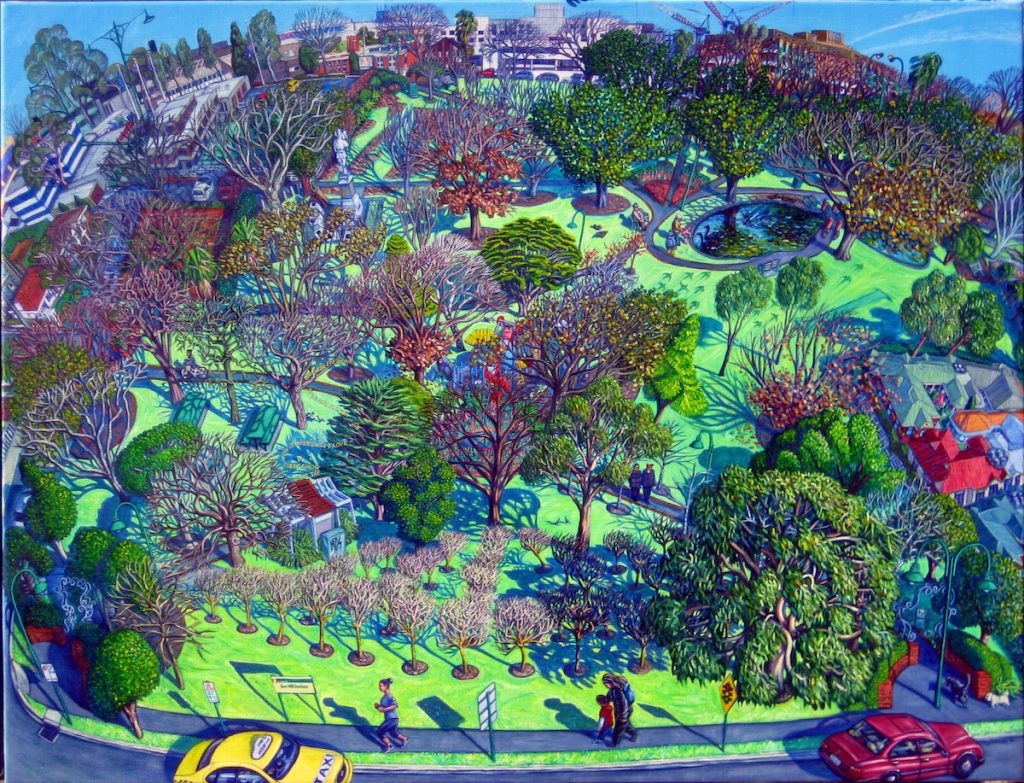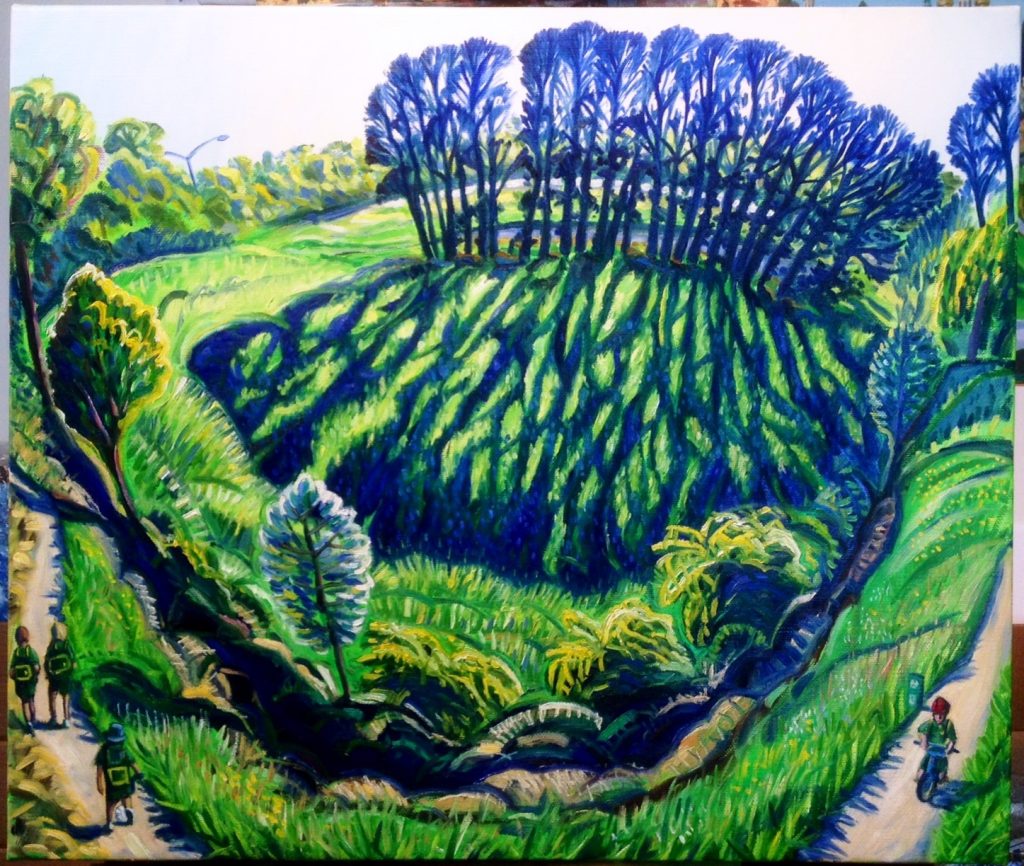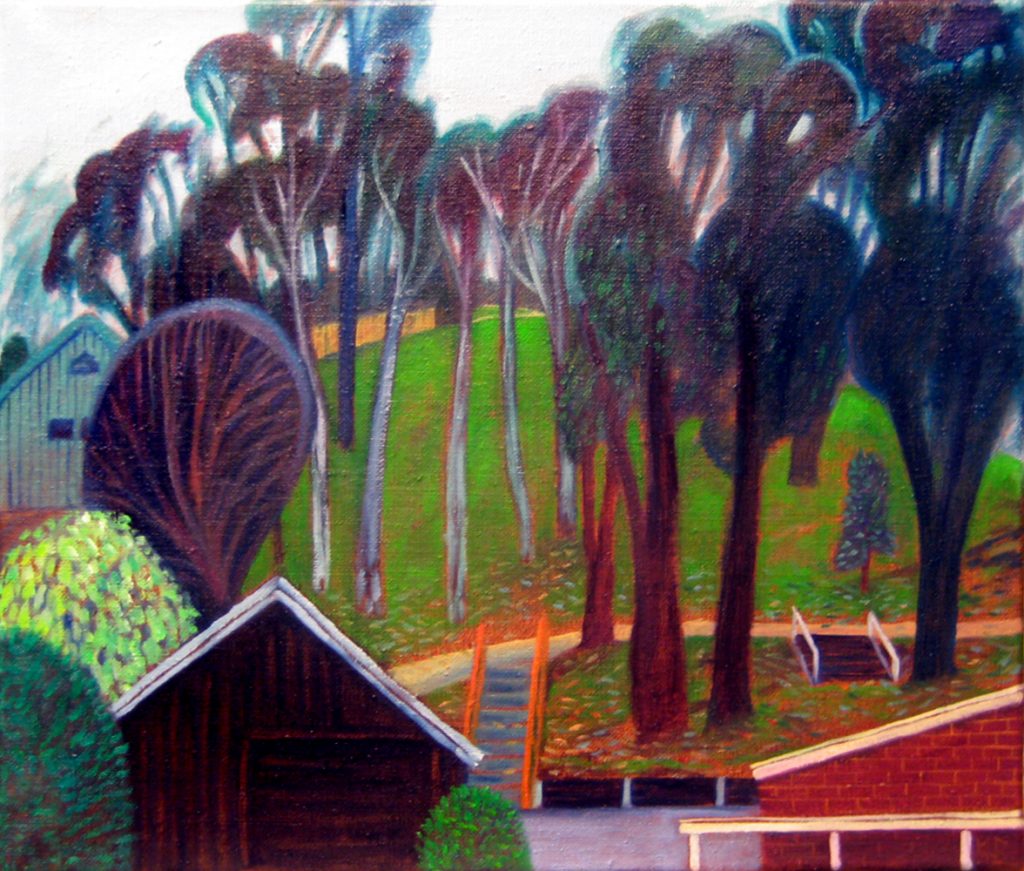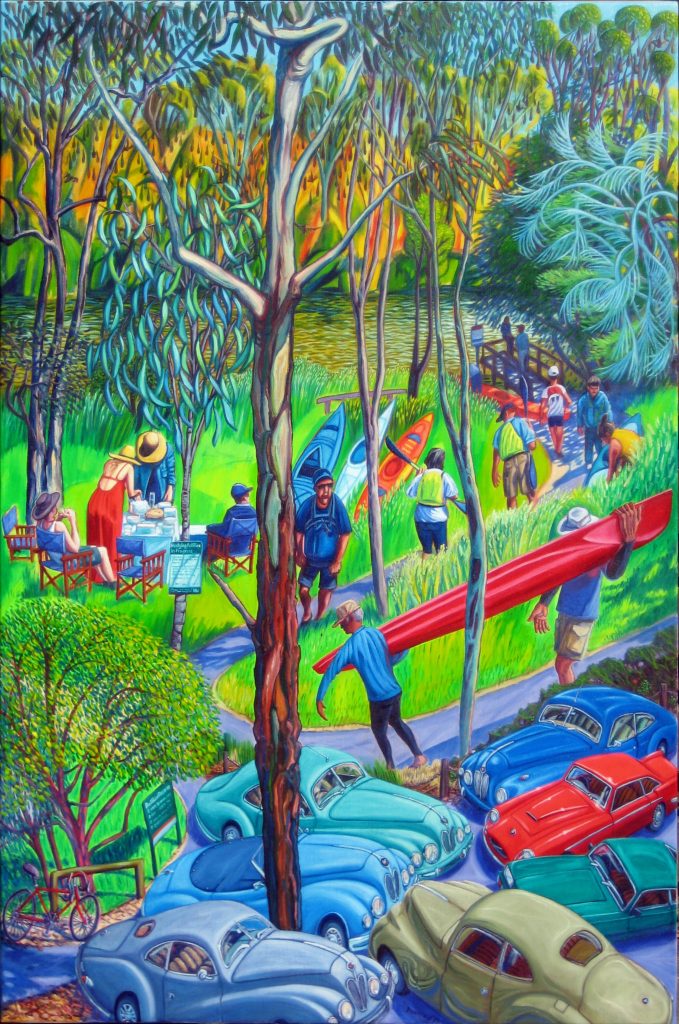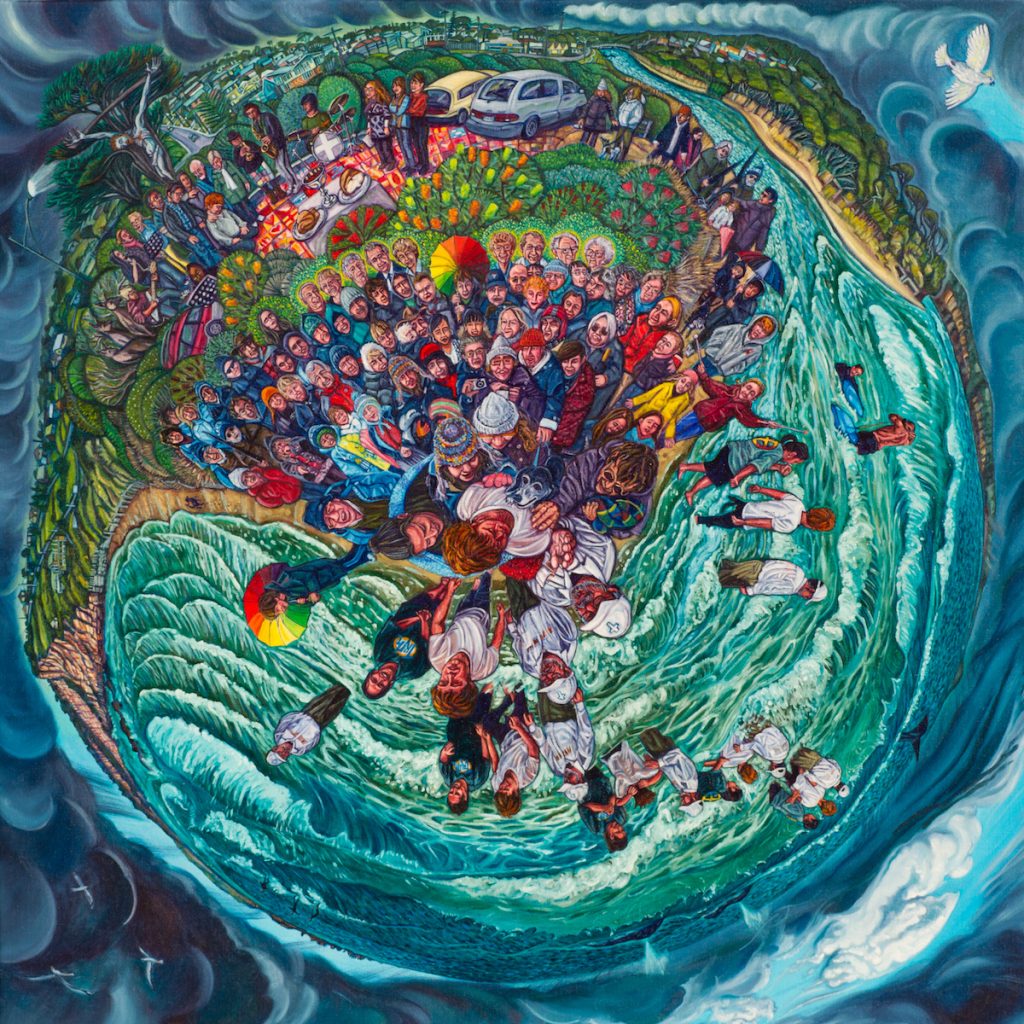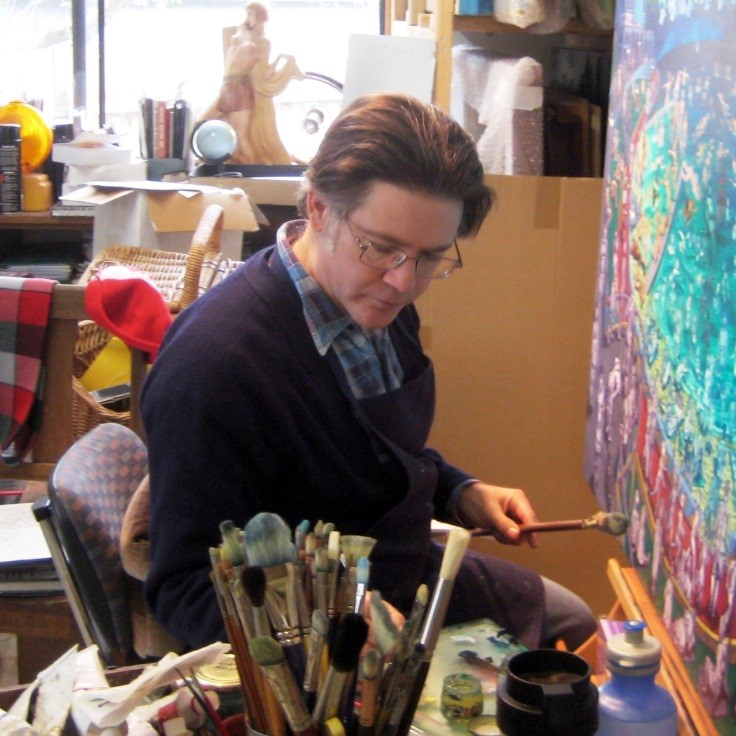Steve Graham
Discuss how lemons have been so good to you?
Lemon Coke, 30 x 30cm
One of my first paintings to sell many years ago was a simple bowl of lemons on a textured rendered surface. It sold quickly and I noticed interior magazines often used them as a prop. I decided they were not simply fruit, but opportunities for interior design paintings. Within a couple of years I had sold nearly 200 paintings through my gallery in Sydney. The paintings were all sizes and compositions. Sold them all – reasonably priced and perfect decorator pieces. They are what they are and I still do them from time to time.
Lemon with Berries, 30 x 30cms
How often do you use old trade makes in your work? (Mobil Gas)
I am an Art Deco poster fan. As well, some general design and utilitarian things like petrol pumps. I use these devices because I appreciate the styling that you don’t see these days. Not too many things have been designed with the consideration to style like the Art Deco era. I just like them so I use them whenever I can, usually about half my work will incorporate an old logo or sign. I have a graphic design and illustration background which influences much of my work.
Garage Wall, 122 x 90cm
Do you feel this helps to date the past within a modern work?
Absolutely. Years ago I acquired a book all about vintage Australian logos and preserved signs painted on the side of buildings and fences around cities and country towns. These images translate wonderfully into cityscapes. My way of helping preserve them I suppose.
You are also a book illustrator and have a background in advertising has this influenced your current work, Zebra?
Zebra Crossing, 60 x 100cm
Yes. I don’t seem to get away from commercial art. Not being classically trained as a painter, my design and commercial training can come out in odd and quirky concepts. Besides, I am not a gum tree person but more conceptual in some ways. While not painting in any metaphoric or dark subliminally sub-conscious way, my art is perhaps simply an attempt to capture a moment in time – past or present. Nothing deep. Paintings the buyer can relate directly to.
Give your thoughts on how paintings capture time and place (use 2 or 3) painting to explain this?
Fishing, 92 x 65cm
A good example would be a commission recently where a lady wanted me to paint her two 8 and 9 year sons while fishing, as in an existing painting of mine she had seen. I asked her to send me a photo of the lads viewed from the back as reference. I was astonished when she said a photo was no good as they were now 30 years old. She simply wanted to remember them as they were.
Brothers Fishing, 75 x 122cm
As well, I recently sold an old petrol bowser painting to a retired man who collected vintage cars – perfect addition for the wall of his huge garage.
You have exhibited your work in Canada and the USA how close and how different are the two audiences?
The USA is the best market as it is the biggest. Most internet sales are from there. I really can’t comment on Canada as there has been almost no interest in my art there. Enough said I guess.’
The Bus Stop 92 x 92cm
Discuss the use of light in your work.
When in New York I was encouraged by Bob Heindel, an illustrator and wonderful fine artist who broke it down to me simply… ‘’everything you paint is a matter of how the light falls and shapes the subject. Look at that first’’ Now that may seem self-evident, but years ago helped me to see. I like to use light to dramatize and suggest. Still learning there. A major breakthrough was when a fellow artist suggested there may be other colours in shadows. I never use black in shadows anymore. My viewing of a real life Monet ‘Haystack’ was an epiphany. I could not believe the combination of colours he used to get that result. I am a big fan of impressionism as well. There are still a few painters around that do it well.
The Red Bike, 92 x 122cm
My style originally was as a realistic airbrush illustrator and tight habits are hard to break. Still working on ‘getting those edges blurred’ as Heindel would say.
St Kilda Tram, 154 x 100cm
Briefly discuss on of your book illustration commissions
I have illustrated many books and magazine interiors and covers, but when offered a job to illustrate a version of ‘Jack and the Beanstalk” I grabbed it.
Jack
I love children’s book art and have a collection of “Wind in The Willows” books – one illustrated by Arthur Rackham. It is wonderful, but unfortunately only a second, not a first edition. I got hooked on this story when my grade 4 teacher read a chapter a day to the class. ‘
Grasshopper
I happened to meet an author who wanted this particular book illustrated and she was delighted with the final result. Knowing the story, it was not that difficult. Divine encounter you might say. I had an almost free hand in the illustrations so the job went very well.
Catapiller
The client often wants to meddle in the process and compromise, but not in this case. There have been a couple more in the works since then. As well, I am working on two children's books of my own – I fancy my chances here. How hard can it be?
Contact details
Steve Graham
E: stevegrahamart@gmail.com
Steve Graham, Melbourne, Australia
Interview by Deborah Blakeley, October, 2016
Severija Inčirauskaitė-Kriaunevičienė
Can you explain how you first began this combination of metal and embroidery?
I will admit that this is one of the most popular questions I get asked. Therefore, it is not surprising that you are asking me the same thing. So...
Art critics and journalist like to associate this particular technique with my parents. Both of them are artists and professors at the Vilnius Academy of Arts (Telšiai Faculty). My father mainly uses metal in his creative practice, he makes sculptures, medals, reliefs in metal, whereas my mother, being a professional calligrapher, combines this particular art with textiles. Thus, to the majority, it may seem that the art of their daughter is the synthesis between the creative expressions of both parents.
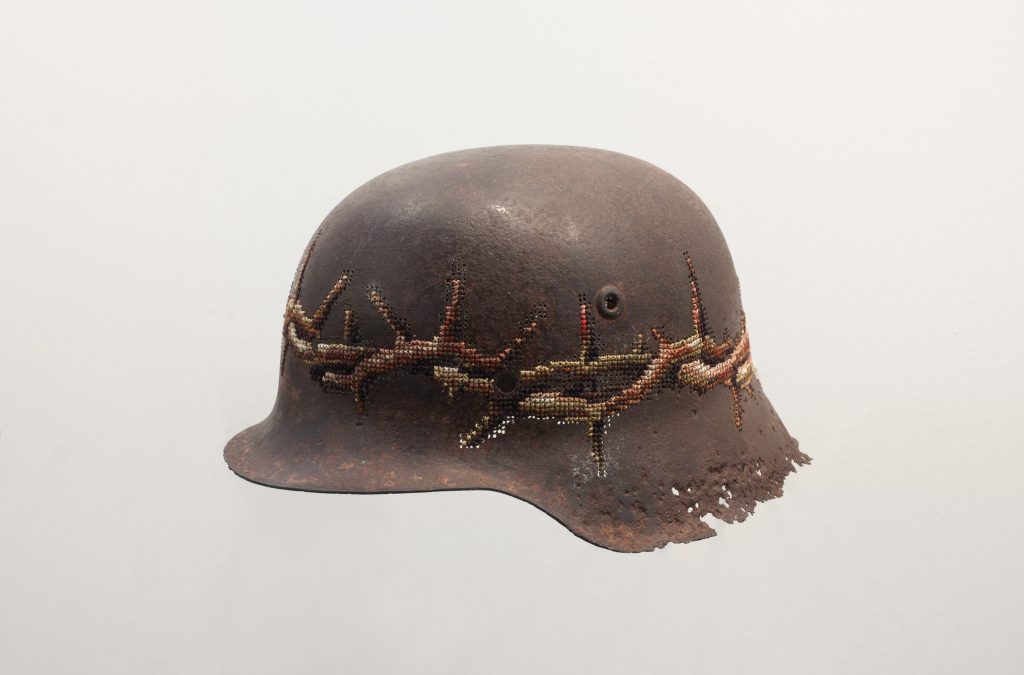
Kill for Peace, Photo by Vidmanatas-Ilčiukas
I cannot agree with this, I cannot deny it either. By the way, I should mention, that metal came into my creative practice only in 2004, before that and in my later works I have worked with different materials as well. Having grown up in an artistic environment where I saw my father creating these incredibly complex metal objects out of what may seem like a rigid and hard to yield material, I never had a fear of working with metal (for many people metal might seem like an insurmountable or resistant material), I always knew that you could make anything out of metal. All you need is knowledge and a wealth of experience (my father studied metal art at Telšiai Applied Arts School and later at Tallinn Art School, therefore he is a professional in this field). And the textile knowledge, like for many women of my and older generation is simply an integral part of daily life (even in first grade, assisted by my mother, I was able to knit myself an incredibly lifelike doll).
Although all of the aforementioned things really had a certain (perhaps unconscious) influence on my work, I have another explanation, which I believe is more important. I discovered metal after my Textile Art studies, and I can say that it was the Textile Art studies that influenced the appearance of non-textile materials in my creative work (for 5 years I studied Costume Design at Telšiai Applied Arts School, where both of my parents studied as well, although, in their time it was known by a different name (now it’s the Vilnius Academy of Arts, Telšiai Faculty), later for 6 years I studied for a BA and MA at the Vilnius Academy of Arts, Textile department, and after that for 2 more years in the postgraduate study at the same institution). I understand and know very well textile materials and all of their possibilities. The main qualities of textile, such as softness, permanent creasing and the instability of form always irritated me and seemed to be out of my control. During my years of study, I realised that for me the important thing was the three-dimensional form (not the flatness) and that in textiles it is difficult to create a three-dimensional shape. Although there is an area of textiles called “soft sculpture”, however, I am more interested in the strong, clear and stable form. Also, whilst studying I realized that in my creative practice the notion of re-making was very important, sometimes referred to as “ready-made” (when the meaning of an artwork is created out of existing objects). A lot of people like to link the re-making of objects with the ecological aspect, but for me, the use of an existing object in my work is important because of its unique history. A specific object can be itself a reference to the main idea of the artwork, tell us about the past and other things. In this way, already existing everyday metal objects quite naturally appeared in my work.
Explain how your work takes a ‘kitch’ technique and makes us relook and find the modern meaning and deeper current issues.
Every Stick has Two Ends
Cross-stitch technique is not kitsch by itself. This technique has old archaic traditions, but today, many people associate cross-stitch (and textile in general) with tasteless handicrafts rather than serious art. Indeed, the works performed by this technique are often banal handicrafts. I quote this public opinion on embroidery in my works, yet I create the objects that cast doubt on this established opinion. I strive to demonstrate that technique is only a means and everything depends on the attitude and the artist’s professionalism. A mere embroiderer will embroider a simple picture, while an artist may have a completely different approach. The handicraft technique may become a professional language of modern art.
Tarp Miesto in Kaimo
Where do you get your cross stitch patterns from?
In particular, all of the flower embroidery patterns I use in my works were taken from a type of “hobby” magazines (as I call them). Virtually all of my artworks, with embroidered flowers, were created using these unified schemes from women’s handicraft magazines. And, of course, I did this not because I didn’t know how to draw (I studied art for 13 years!). I use these patterns purposefully – the element of an already made-up embroidery pattern that is widely used by other people is very important to me as a citation of popular, mass and kitsch culture.
Daily Bread Give to us As Today, Photo by Modestas-Ežerskis
The flowers – what can be more banal than flowers? There isn’t a more banal symbol for “beauty” (perhaps apart from two white swans with their necks forming a heart). It is interesting that objects decorated with flowers (for example, such as floral fabrics) are the most commercially successful.
'Objects to Compare' Photo by Modestas-Ežerskis
Do you adapt the patterns?
Yes, I usually slightly adapt the patterns in terms of colour and composition. For example, I try to match the colours to the object found (if it is a rusty object, I use brown tones). Generally, I only use the pattern and choose the colours as a painter. I paint with threads.
Can you explain about your work on basic homeware metals, from the kitchen and the garden?
The main inspirations for my creativity usually comes from everyday life, from my environment, surrounding. Of course it doesn’t mean that I am only focused on my personal feelings, emotions and problems. Opposite, when I talk about my daily life I try to find dialogue with other people. Everywhere people are similar. Everywhere they are eating from plates, use buckets, watering cans, shovels, drive cars and so on. I see a lot of similarities everywhere and think that daily routine connects people. Objects from our daily life could be significant signs for international articulation. That's why I use many of them in my art. They disclose a lot of information and create artistic narrative or story. Our daily staff could be a symbol of our business or could show social status. Design of functional objects could be as a historical reference our disclose your personal taste. I use a lot of daily objects in my works. That's why "Readymade" method is my favourite and the most suitable for me.
I also want to stress that embroidery is not decoration of objects – it is a form of art. Therefore, I choose the objects for embroidery with a certain concept in mind and the object helps me to tell about it. Although the patterns are often similar visually, each work has its own idea and tells a different story. This is why each object has a name. For example, the Fall Collection (Rudens Kolekcija), comprised of rusty farm utensils, was created in 2005, when Lithuania (the country I live in) had just joined the European Union. At that time, the issue of identity was very relevant in my country (“won’t this membership destroy our uniqueness?”). The corroded utensils of Lithuanian farms (watering cans, buckets, milk cans, graters, ...) addressed the issues of Lithuanian identity related to agrarian culture. And the rust itself (the collection was comprised only of rusty items) was an essential element of the work: we have a lot of rain in Lithuania (we sometimes even call it the ‘country of rain’) and the corrosion process takes place in wet environment and therefore, the rusty objects served as a reference to the Lithuanian climate.
I have created a number of works related to the food topic. It is also an important part of everyday life also.
“MORNING TRIO” is one of them. I think it’s not necessary to comment, it’s very easy understandable work. “Three eggs for breakfast” is very universal composition. But it is a personal reference also - my family consist of three persons.
Or “GIVE US THIS DAY OUR DAILY BREAD... „ – here are words from the main Christian prayer (preer) “The Lord's Prayer”. This work was created during the global economic crisis in early 2009. Potatoes are the cheapest food of course and we (Lithuanian) have many national dishes with them. This work is ironic and serious at the same time....
When did you go even bigger?
The biggest piece format was embroidered walls. 2007 I embroidered wall of VAA Textiles gallery Artifex. Later collection of cars 2007-2008.
What lead you to embroider on car parts?
Installation ”A PATH STREWEN WITH ROSES” is one of the biggest collection which I created approximately 2 years. This collection consists of 13 really broken car parts. I started to develop this work since 2007. From that time I became a driver and exactly that year Lithuania statistically was the European leader with deadly accidents in the roads. This problem still is hot up to now. In Lithuania, we have a tradition to put plastic flowers in the places of the deadly accident. So, details from real accidents together with embroidered flowers are a reference to this big problem – “bad driving culture”.
There are different possibilities to exhibit this work: sometimes I expose separate details, but sometimes I put them on the real cars.
This installation was demonstrated last year in the famous graffiti artist Banksy project “Dismaland” (in GB) which really got a lot of attention. I tried to create a realistic impression of a car accident. And I think it looked quite realistic.
Can you expand on your exhibition of Helmets?
Where you sourced the helmets from?
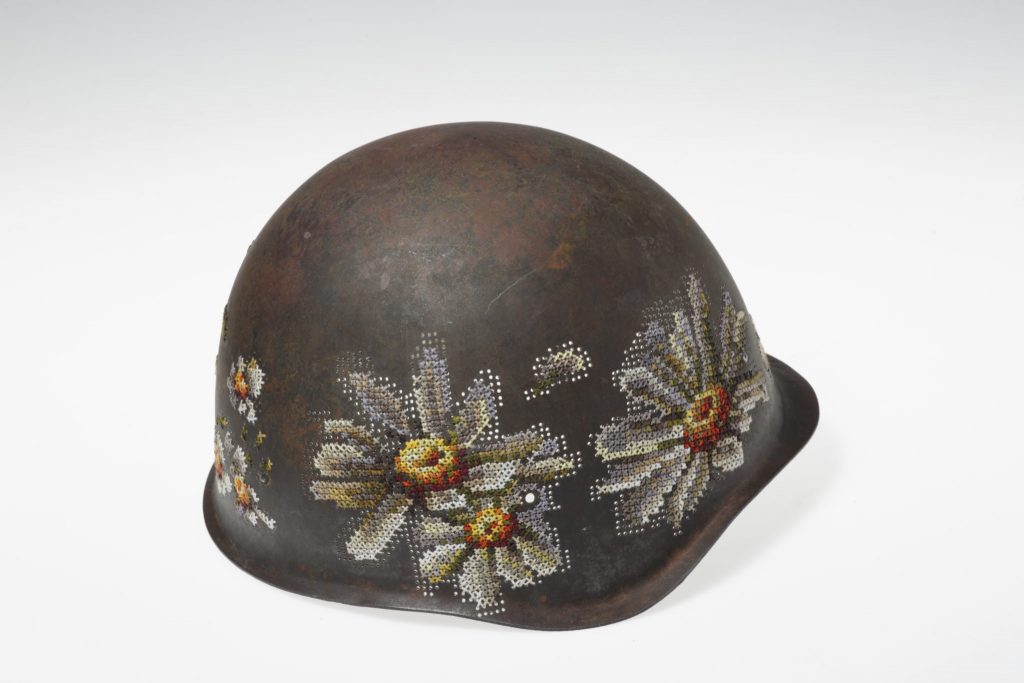
Kill for Peace, Photo by Vidmanatas-Ilčiukas
All helmets were collected in 20-21st century conflict hotspots: World War II, Vietnam War, Balkan Wars, Ukraine... They are from different periods and countries: German, Russian, American... Interestingly, when using my usual technique, perforation, I understood the differences in the attitude of different countries to the lives of their soldiers (some of the helmets were easy to perforate and some – hardly perforable).
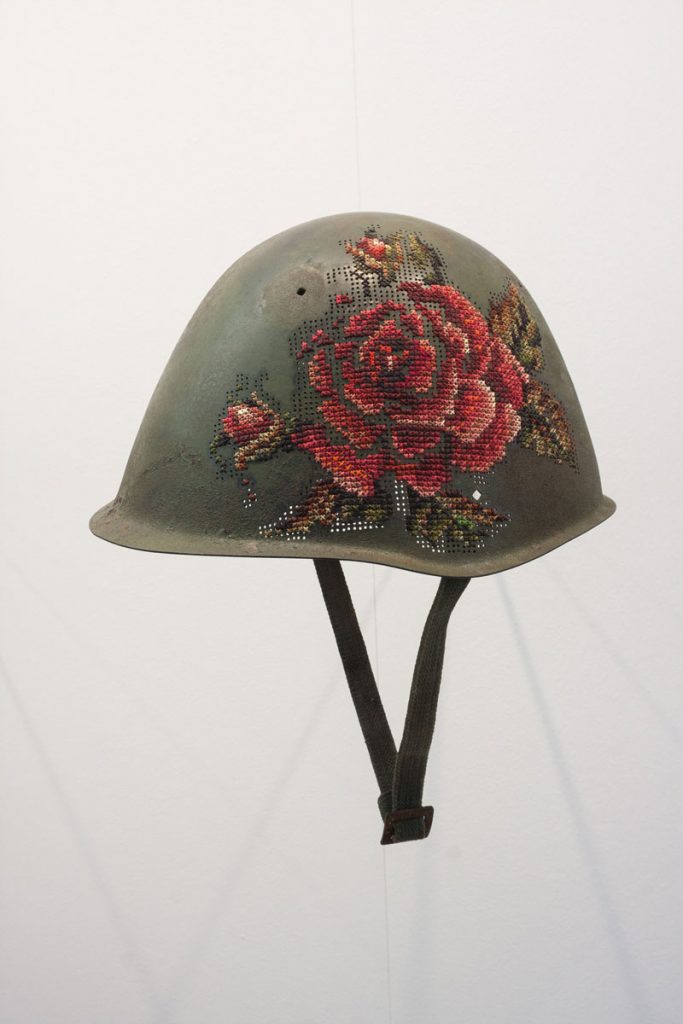
Kill for Peace, Photo by Vidmanatas-Ilčiukas
I received the helmets in different ways. For example, last year, one helmet came directly from the conflict spot in Ukraine and even had the nickname of the soldier inscribed on the inside.
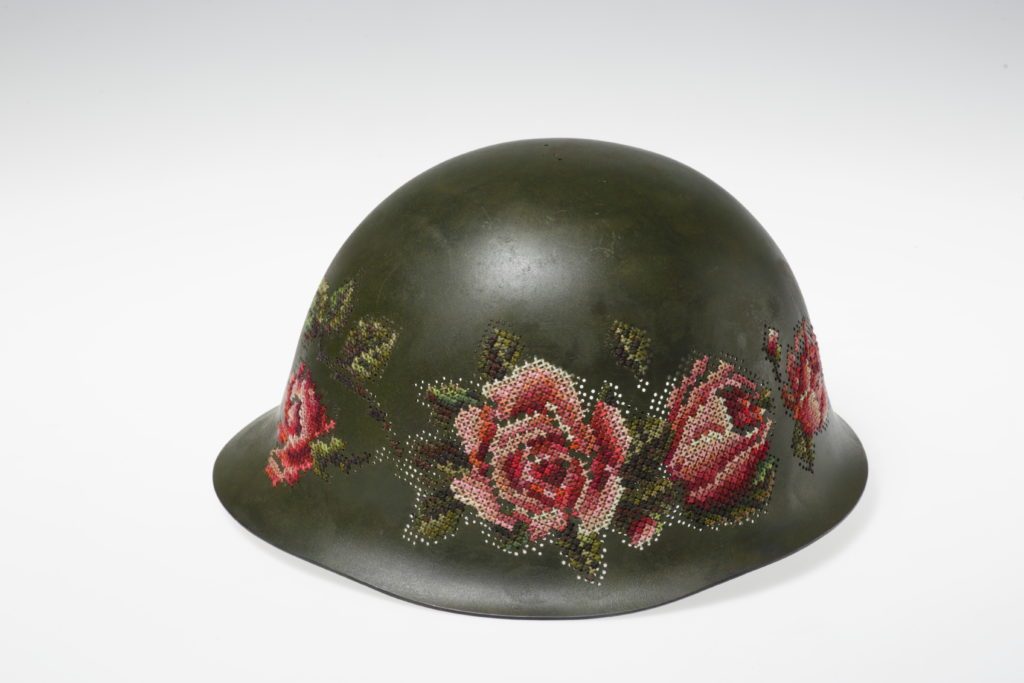
Photo-by-Modestas-Ežerskis
Additional props used in the exhibition
I also used military sweaters to create tapestries, which are hanged on walls and remind of military coats or tents...
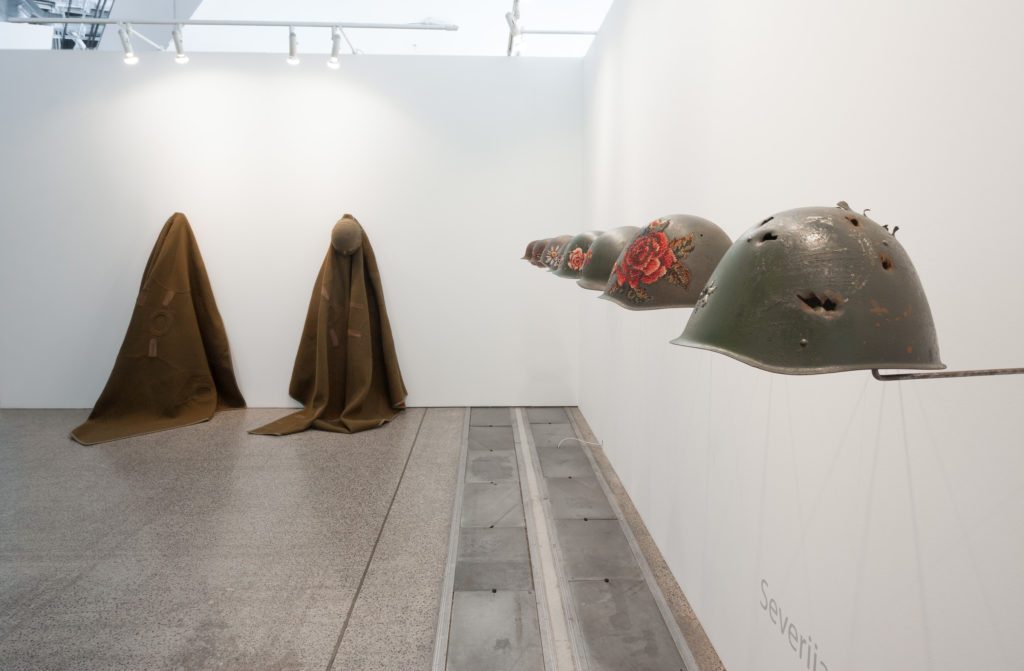
Kill for Peace, Photo by Vidmanatas-Ilčiukas
Discuss the way the helmets were mounted?
They are hanging in one line, the helmets remind us of a cemetery. They also show that all sides lose in military conflicts, death makes us all equal, and many innocent soldiers suffer.
Can you briefly explain the basic technique you use?
This is a very simple - drilling and cross-stitch embroidery.
When you are working on a larger scale how do you adapt the type of thread you use?
I just use a thicker thread.
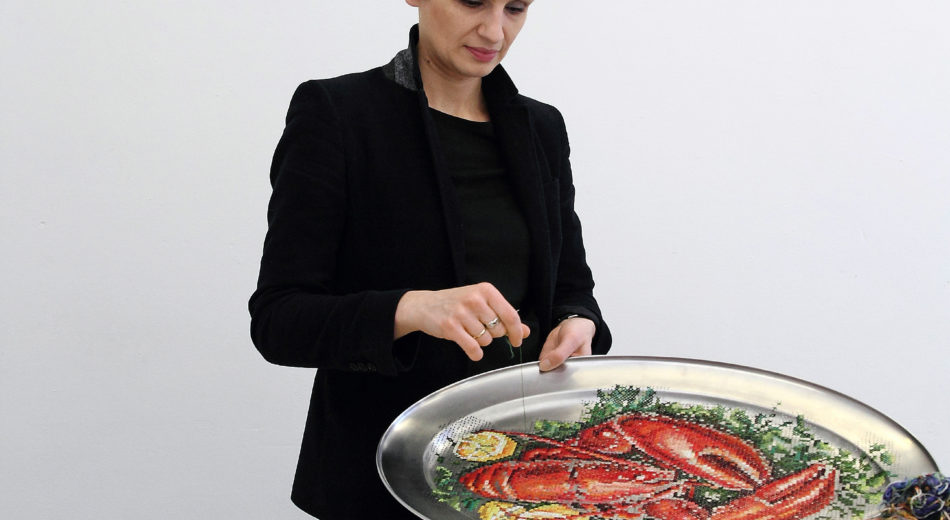
House and I, Magazine, 2016 Photo by Laura-Žaliauskaite
Where do you work?
Usually at home or in the gallery, sometimes in Art Academy.
Expand on the importance to you to making the ordinary into the extraordinary?
Extraordinary art speaks about ordinary lifestyle.
You also work as a teacher and art curator give us some insight into this part of your working life.
Currently, I also work in Vilnius Academy of Arts in two positions: as an associate Professor in Textile Department and also as head of Textile gallery Artifex (which also belongs to the Vilnius Academy of Arts).
I share my experiences with students by teaching and also coordinate exhibitions (most often, textile-related) in the gallery. It is quite complicated to find time for everything, especially for personal creation. But I like working with young people (I can often learn from them myself and find out the interests of young people) and working in the gallery gives me the opportunity to meet interesting artists. Of course, little time is left for personal creation, but all my activities are interrelated and I can manage for now.
Severija at Dismaland Exhibition in the UK
Contact details.
severijaik@gmail.com
Severija Inčirauskaitė-Kriaunevičienė, Vilnius, Lithuania
Interview by Deborah Blakeley, October 2016
Gail Dell
Your work is often described as ‘playful’ what are your own thoughts on this in relationship to your work?
I find that life in the studio requires a happy marriage of play, discipline and perseverance, but I think my determination to create stems from the challenge of not being able to have children of my own. After many years I have managed to turn this life-event into something happy and purposeful. So I imagine painting gives this part of me a voice and a physical presence that I otherwise wouldn’t have had. I like to think an indelible resonance of this joy rests in each painting – a playful part of me that will remain long after I am gone.
Late Summer, Mixed Media, on cradled board, 92 x 63cms
You make the comment ‘we should paint without resistance or self- criticism.’ Can you expand on this in regard to your art teaching?
As an artist we must learn to manage a whole new level of vulnerability. Silencing the voice of self-criticism can be our biggest challenge. This can adversely affect our work, one outcome being that our work becomes tighter and tighter. I wanted to facilitate a process, as much for myself as for other artists, in response to a comment I’d heard over and over again “I wish I could loosen up a bit”. I developed a workshop called ‘Fast and Loose’. It is more about changing cognitive and behavioural patterns than learning a new technique. The purpose was to unlock resistance and tame the inner critic by getting ourselves out of the way. Painting from the shoulder, large format exercises, large brushes, fast, uncalculated and free. It’s wild, unravelling and cathartic. It enables participants to paint with less resistance and move into exciting new territory.
How has John Cullingworth influenced your art practice?
I come from a big, happy family of artists. John, my father, is a well-regarded painter and traditionally trained and a master of design and branding. His guidance and encouragement has been invaluable to me. He instilled in me a deep confidence as an artist and gave me courage to try anything. How to see value, tone and structure in the environment - how to really look. How changing the tiniest thing changes the whole piece. He taught me to ‘suggest’ things in the work ‘let the mind make up the rest of the story’. I use that all the time and is probably the reason why I love painting in a semi-representational style. He taught me not to be prescriptive, but gave me confidence to suggest a narrative, to encourage exploration and invite comment and alternate views. He is 87 now and still critiques my work via skype. I have learned to value strong opinions, because of him. I love him especially for that.
Explain the way you use cropping in many of your floral works.
La vie en Rose, inks and pigments on fresco paste panel, 107 x 77cm framed
I love the Impressionists. Like me, they broke a lot of rules and moved the traditional focal point from the centre of the painting. These two paintings are the asymmetrical effects of cropping, meaning the design or overall composition and focal point is off-centre. Each of these elements helps to create a sense of motion and playfulness within a painting. The subject is less obvious and I like to suggest something beautiful by showing only part of it. I like to leave space for curiosity and for the viewer’s mind to make up the rest of the story and to evoke their own memories. These paintings were part of a series I did on marble fresco paste, where the pigments and washes sink into the surface and become part of the surface. A technique I love and learned overseas.
Dans le Jardin, inks and pigments on fresco paste panel, 107 x 77cm framed
How has the Australian coast affected your paintings?
The power of place is crucial to our identity as human beings. I came from Africa to make a new home in Australia 20 years ago. The process of painting the landscape has been integral to my sense of belonging and identity as an Australian. When landscape and people come together they create a place, but I find it takes a journey of time and experience to belong.
Matilda Bay, acrylic on canvas, 120 x 91cm
Australia is a land of such strong contrast - I wanted to explore the way the water and the land experience each other in my current series works. You will see these coastal paintings have strong structural areas of rock and stone. Even as the land meets the sea the colours are bold and defining. Unforgiving. From extreme temperatures - dry, hot land forms and resilient native bush land - to the soft cool movement of the ocean. My challenge was to marry the contrasting and multi-sensory experience of nature in an abstract way.
My Favourite Place, acrylic on canvas, 106 x 80cm framed
Can you compare the difference in the colours you use in your coastal and inland paintings and why?
The palette of coastal and inland work varies according to the region, the light and the experience. My earlier work is a response to the Kimberley region of WA from an aerial perspective. The environment is pristine and is bright orange to red gold with a coastal palette of pthalo hues and aqua blues.
The Lay of the Land, acrylic on canvas, 150 x 150cm
More recent paintings have a palette of blues, greens, umbers and siennas. As I paint nature the experience of how the environment occurs to me, informs my palette. Australia generously offers me a colourful jewellery box of delight to choose from.
Everlastings, oil over acrylic on canvas, 102 x 76cm
Where do you do your work?
I paint in my studio and work from my own mental notes. I paint spontaneously and expressively with bold sweeping brushstrokes that sum up whole passage of the landscape, seascape or floral work. I often rework paintings over 3-4 weeks until the conversation rests.
Off the Beaten Track, oil over acrylic on canvas, 120 x 91cm
I find it really challenging to paint en plein air or anywhere that isn’t still. I have learned that I need to paint without the distraction of a sensory overload. I love to gather data by looking and being in the environment. I routinely walk in nature and take photographs as a reference or as a trigger to remember a place, the smell, the feeling etc. Back in the studio a lot of time spent in contemplation to bring all the information together in a cohesive way. I have to allow the narrative to fall into place. I don’t mark up the work beforehand or work from a visual reference, I just begin and usually paint across 3-5 works at a time.
I need to get to a point where I am absent and my mind is quiet enough for the work to become present . I would say the bones of new work are born out of the quiet times, the abstract thoughts and gazes, the feelings and the remembered places.
What are some of the techniques you have developed in your more recent work?
Does discipline and hard work count? I am always on a steep learning curve and I am hungry for new knowledge and love putting new ideas into practice - I am never short of inspiration.
I recently tried a cold wax workshop and enjoyed the seductive nature of the medium. I like to scratch through surfaces (sgraffito) to reveal substrate colours using a palette knife or the back of a paint brush.
Using brushes and paint is luscious - I paint straight from the pot of paint or tube, I use very little water, if any. If I need to move paint around, I add a flow medium to it. I don’t mix much on a palette, I work directly onto the surface using an alla prima (wet on wet) approach.
Adding texture to the surface before it starts to dry – I like adding multiple layers, glazes and marks adding complexity and depth to the works.
Using a variety of mediums – acrylic allows me to express immediacy and spontaneity and to work quickly if I need to. I also use oil sticks and ink glazes, graphite and pigmented cold wax.
Working across a range of surfaces - paper, panel, canvas and fresco paste, which is like a thick marble gesso – a homemade recipe given to me by a retired Italian artisan.
River Crossing, Impasto acrylic and oil sticks, on cradled board, 91 x 91cm
You have representation in Australia and the UK, discuss the similarities and differences in these two markets.
The process of securing representation anywhere in the world is surprisingly similar. It takes an enormous amount of focused research to place your inquiry or submission correctly. I think a level of tenacity, perseverance and good grammar is necessary to manage a marketing platform overseas, or anywhere, for that matter.
It took me two years of hard work to get into the UK and be part of the hugely successful Affordable Art Fair (AAF) circuit. I am delighted that my abstracted florals have been selected for their innovative promotional campaign in September. Through boomf.com - they will print my artwork onto marshmallows ! I love the idea that visitors will eat my art !
Yes, the markets are different, and the level or art awareness is different too. I think you have to dive in and see where your work sits in the psyche of a place, before you know how to make the most of the opportunity. Creative flexibility and an ability to use constructive comment to your advantage, is invaluable. My work was full of light and strong colour – I learned that a winter show in London responds better to muted tones. The summer shows loved the colour. I learned the market is very seasonally responsive.
Painting in Australia I can be more experimental as I am innately in sync with the environment that I represent – and the viewer is able to identify with the work more easily.
Abstracted floral – Love is in the Air 90 x 76cm
Can you give some comments that you pass on to young or new artists?
It all depends on what you are aiming for. If you want to be a career painter I would suggest you find a mentor, anyone in the world that is a good artist whose work you love, that is busy and successful. ‘Friend’, ‘Like’, send them an email. Connect with them and start a conversation.
Learn as much as you can by trying new techniques. You don’t know what may grab you if you haven’t tried it. Be brave, make lots of mistakes. Magic and mistakes live in the same paint pot.
Develop a good understanding of digital marketing platforms and business administration. It’s a brave new world out there, be prepared to manage your own career path and success.
Opinions are valuable, don’t be offended, use them as an opportunity to grow. Infact welcome them. I say ‘thank you so much, I hadn’t seen it that way’. Build bridges.
Add your name to gallery mailing lists. Attend openings, talk to other artists, ask to visit their studios. I love talking to young artists that have made the effort to attend an opening or visit an exhibition.
When you visit other cities go to galleries that are a little ‘off the map’ too. Not all the exciting artists are in the national galleries and museums.
Stay curious and open. Never stop learning.
Contact details.
Gail Dell
Website - www.gaildell.com
Facebook - www.facebook.com/GailDellArtist/
Gail Dell, Perth, Australia
Interview by Deborah Blakeley, September, 2016
Stephen Knapp
Can you explain briefly the technique you use to produce your lightpaintings?
Working with shapes that I have drawn my assistants cut and polish laminated dichroic glass and other variations we have developed. The glass is then mounted to specially fabricated stainless steel brackets and this large selection of pieces becomes my palette. Using these pieces of glass, I physically manipulate the light on the wall or on panels, separating white light into pure colour and painting with light.
Into the Narrows, Light, glass, stainless steel, 13’x 11’x 1"
What is so different about dichroic glass?
Dichroic Glass is produced by a process called deposition coating or thin film technology. Sheets of glass are coated with multiple layers of metallic oxides in a vacuum chamber. The resulting material transmits one colour – wavelength – of light while reflecting the complementary colour.
In the daytime different changing images are created when the sun comes over the building and strikes the glass.”
Dark Victory, Light, glass, stainless Steel, panel (36”x 24”) 8’ x 5’ x 10”
Can you explain the different ways ‘The Definition of Possible’ is reflected in the day and that at night?
“The Definition of Possible” takes on many forms. Its most striking form, as created in the studio and at night, is made up of brilliant colours. Ambient light plays its part here as the lightpaintings will lighten or darken depending on the light that surrounds it. It can appear in full colour during the daytime when storm clouds come over and darken the area, and then lighten up again, only to deepen as it moves into night.
Daylight – what is the role of daylight in your work?
Daylight is a different matter. A lightpaintings can nearly disappear on a bright day, leaving wonderful, subtly glowing sculptural shapes in its place. When sunlight hits the glass directly brilliant colour appears once more, the length and width determined by the angle of the sun. This changes not only as the sun moves through the arc of the day but as the seasons turn the position of the sun moves, changing the image.
Light has been such an important aspect of art in the late 19th 20th and 21st Centuries in painting and photography. Now you have taken it to another level through technology, discuss?
From the earliest days people have expressed themselves in pigment and light has played an important role as they sought to capture it. Viewing paintings of the past few centuries one can see the importance of light. The ways to capture it has changed, mirroring the history of art. The difference for me is that instead of using paint to capture light I’m actually painting with light, taking it a giant step forward.
How are you able to control the distance (length – width) of each shaft of light in your work?
The length and width of each shaft of light is determined by the distance from the light to the wall and the distance from the light to the glass. For the reflected light I have developed a series of techniques to give me even more control..
‘Transformation’ copes with corners discuss.
In “Transformation” the act of bending light around a corner is an act of illusion, albeit an extraordinarily difficult one to do. Light travels in a straight line. I have “curved light” before but had never tried to make it look like the light was bending around a corner. Each time I create a lightpaintings I challenge myself to do something new, to push myself and learn more. “Transformation” was an idea that I knew would be difficult to accomplish. I just did not realize how difficult.
Transformation, Light, glass, stainless steel, 14’x 85’x 64’6"
How do you stop the light from protruding onto the ceiling?
Controlling how far the light goes happens in the creative process. Whenever possible I use ceilings, walls or floors as part of my canvas.
How does your work relate to wattage? (electricity)
Although it is counterintuitive, my lightpaintings are actually “green”. Lightpaintings use light so efficiently that I am able to work with architects and designers to lower light levels in a building to reduce electricity. Each light uses a 50W or 75W fixture and a single installation piece uses only one 75W lamp.
What colours can you achieve?
With basic dichroic glass there are limitations in colours. Working with manufacturers I’ve been able to greatly expand my palette. By mixing colours and using various twice reflected colours I’m able to achieve even more. I also use different techniques in the laminating process to add more shading. Surprisingly, coming up with a good range of greys has proven to be a more difficult task.
What Isn’t It, Light, glass, stainless steel, (panel 36”x 24”) 9’x 6’x 10”
Can you explain the difference between reflection and refraction of light?
Refraction is a change in the direction of light going through a medium, such as glass, crystal or water. With dichroics, it refers to the transmitted color caused by the light passing through the treated glass. Reflection refers to the light reflected back, as it would from a mirror.
Discuss how your work is used with music?
My largest installation is “Luminous Affirmations” at 80’ x 60’ x 20”. This project was sponsored by the City of Tampa, Florida as the first piece of what has become a very popular “Lights on Tampa” Program. Using the blank wall of City Hall as a backdrop, this 80’ x 60’ lightpaintings uses specially designed 300W ceramic metal halide fixtures. A signature public art installation for the City of Tampa it is often featured in overviews of the city in sporting events and other televised events.
First Symphony, Sursa Performance Hall at Ball State University, Muncie,IdianaLight, glass, stainless steel, 23’x 40’x 12
What is the largest installation you have done?
My largest installation is “Luminous Affirmations” at 80’ x 60’ x 20”. This project was sponsored by the City of Tampa, Florida as the first piece of what has become a very popular “Lights on Tampa” Program. Using the blank wall of City Hall as a backdrop, this 80’ x 60’ lightpaintings uses specially designed 300W ceramic metal halide fixtures. A signature public art installation for the City of Tampa it is often featured in overviews of the city in sporting events and other televised events.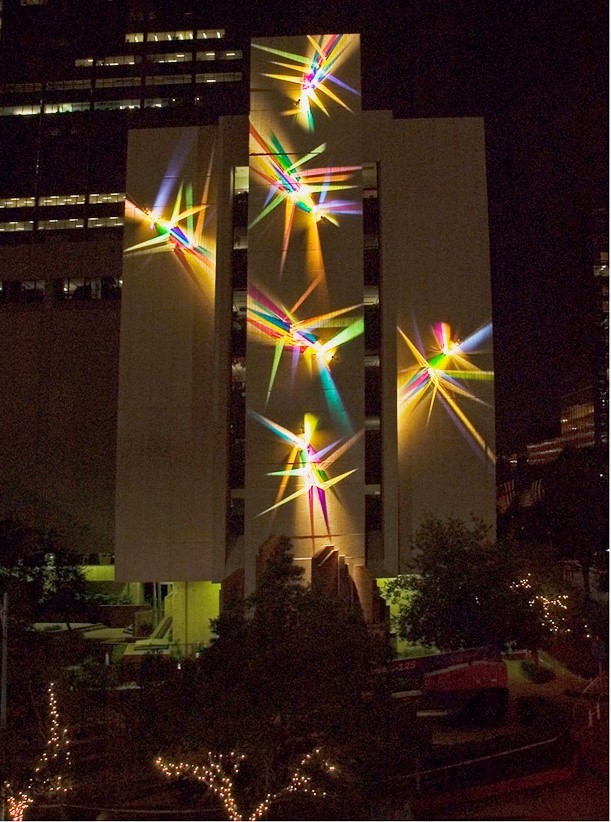
Luminous Affirmation, Light, glass, stainless steel, 80’ x 60’x 20”
In large installations how does the background (brick, concrete blocks, painted walls) effect your work?
Backgrounds are very important to my work. Instead of a shiny, reflective surface which many people expect, I look for the least reflective surface I can get. For interior spaces that is usually a flat light coloured paint. I’ve installed lightpaintings on stucco walls which create a bit of shadow which diminishes the saturation of the colour. Still very nice – just different. The best exterior surface I’ve found yet is the precast concrete used for “The Definition of Possible”.
Definition of Possible, detail
How do you classify your art?
I refer to myself as an artist, an installation artist who works with light, or a light artist – never a glass artist. Light is my primary medium; glass allows me to manipulate it to create lightpaintings.
Your work ‘Stories from Light’ at the Women and Babies Hospital in Pennsylvania.
“Stories from Light: started with a request for a stained glass ceiling – pretty interesting request for an artist who had never done stained glass.
I had just completed my first architectural scale lightpaintings and it just seemed to be a better answer for the space. When I realized that a lot of babies were born in this hospital the idea to add these sculptural abstract human elements coming out of a rainbow just spoke to me.
You have work inside and outside large galleries but also on large ships. Discuss the work on the Royal Caribbean Cruise Liners.
Royal Caribbean Cruise Lines has been an interesting client, one willing to take chances. My first commission for them consisted of two installations. The first, "Fragments of Time - the Explorer's Legacy", on Splendour of the Seas was a wall of kiln formed art glass and marble 4' 4" x 43' x 24". The second was "Answered Prayers and Mystery - the Night Sky Revisited", also on Splendour of the Seas, consisted of mosaic tile and stainless steel, 5' 6" x 65' x 2' 8". These led to my most recent commission, “Trailing Light”.
“Trailing Light”, is a 35’ x 50’ x 12” installation on an outdoor ceiling of Oasis of the Seas.
Oasis of the Seas.
One of the trickiest parts of this installation was setting it up so it could be installed in a shipyard in Finland without my presence. Although all my installations are created for exterior use, for this one the lights were double anodized for another layer of protection.
Your studio is so white, expand on this in relationship to the work you create.
My white studio is simply a blank page upon which I can create. It also is great to showcase the sculpture, mosaics, furniture and other work I have done.
My wife Frankie manages the studio and she oversees everything I don’t do. I usually have two assistants who do installations, glass fabrication, boxing, shipping and the rest of the work.
Keeping the studio staff small allows me the freedom to experiment and spend time on research. I find this a much better model for me than the larger studios of friends who complain about how they have to work constantly to “feed the beast”.
My work is computerized in terms of the business end of the studio. I use Photoshop for renderings or to help me block out a wall as far as light spread etc., which gives me starting points for the light locations on large installations. I do not use it for creating lightpaintings at all.
Do you see yourself as the creator of modern rainbows?
I actually don’t think of my work at all in terms of rainbows, except for “Stories from Light”. Ever since then it has been all about painting with light. A visit to my studio would show brightly coloured lightpaintings alongside monochromatic pieces and pieces with textured and patterned glass, all in the service of moving forward and learning more about this amazing medium.
Glass allows me to manipulate and explore light and illusion; perception and dimension. I revel in the purity of the colours, their breathtaking richness, yet I am most drawn to the edges and the soft shadows that overlay a whisper of colour and the borders that define space. It is here that mystery and depth and wonder can be found.
Perception and interaction lead to an act of mutual discovery, a universal bond of our existence. There is no right answer hidden within each piece, only a shared journey.
False Prophet, Light, glass, stainless steel, 13’x 15’x 1"
Contact details:
Stephen Knapp
“Lightpaintings by Stephen Knapp” documentary on YouTube
Stephen Knapp, Princeton, MA, September, USA
Interview by Deborah Blakeley, September, 2016
Pröstur Njálsson
How did you become involved in the exhibition Bræla ‘Rough Seas’ at the Reykjavik Maritime Museum?
I wanted to display my photographs from my job as a fisherman on an Icelandic trawler. It was my hope that by showing these photographs people could see what fishermen have to go through on a daily basis out at sea.
First I contacted the CEO, of HB Grandi, Vilhjálmur my employer and asked him if the company would allow me to take the photographs while at work and if they would be willing to help me to set up the exhibition. They helped with everything and through their sponsorship, everything became a reality. Bræla at the Reykjavik Maritime Museum became my second exhibition.

Explain the involvement of HB Grandi in this project.
I work for HB Grandi and they sponsored my project and my exhibition.
From Wikipedia
HB Grandi is a fishing and fish processing company in Iceland. HB Grandi's headquarters are in Reykjavík where its office and ground fish production are located. The company also runs fish processing plants in two other towns in Iceland, Akranes and Vopnafjörður.
The company currently operates three freezing vessels, four wetfish trawlers and three pelagic vessels and runs fish processing plants in Reykjavík, Akranes and Vopnafjörður. HB Grandi markets its products worldwide, products made from both ground fish and pelagic fish caught and processed by the company. In 2013 the company was awarded the Icelandic Presidential export award.
How many photographs were in the exhibition?
In all there were 19 photographs in the exhibition.
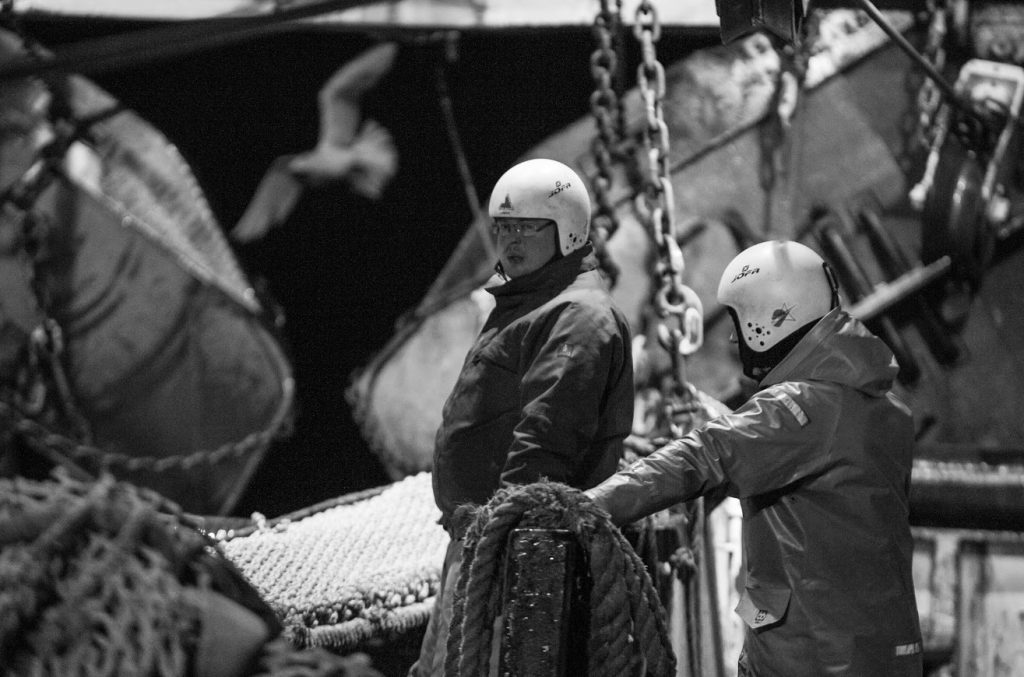
Can you explain a bit about the actual museum?
It is a museum about the history of Icelandic fishing and fishermen of Iceland. 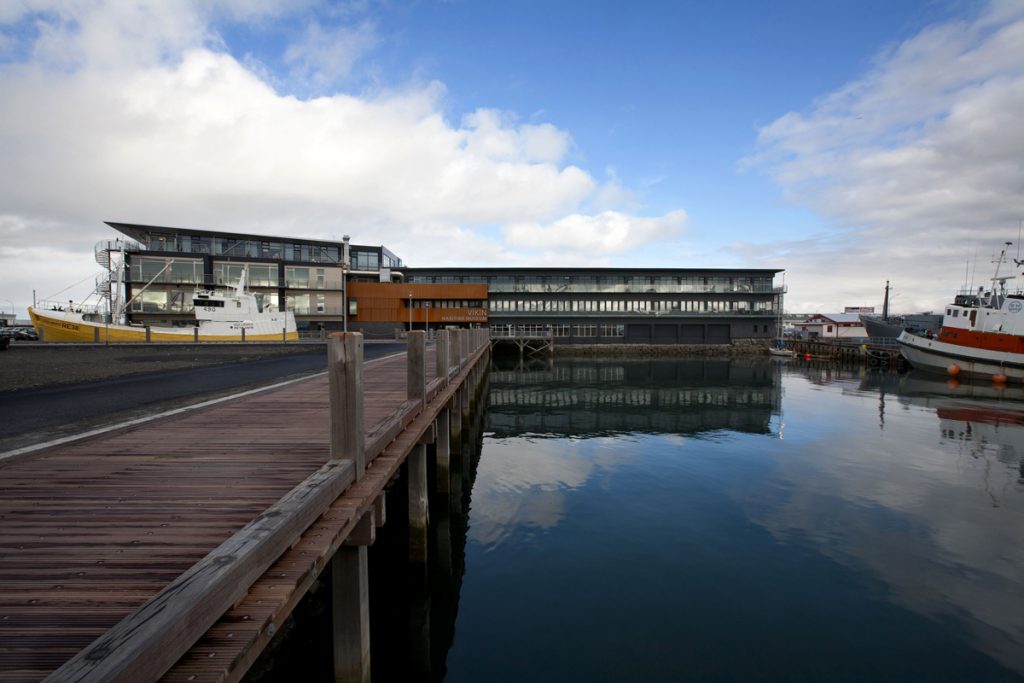
The Reykjavík Maritime Museum
The Reykjavík Maritime Museum is located by the old harbour in Reykjavík, in a building that was originally built as a fish freezing plant. It was founded in the year 2004, and opened its first exhibition in June 2005.
Icelanders have from the time of settlement depended on fishing. Settlement at Faxaflói Bay was founded on fishing and fish processing. Since the 19th century, the growth of the cities Reykjavík and nearby Hafnarfjörður was largely based on the fisheries, as well as improved living conditions in the 20th century. The fishing industry has been the foundation of prosperity in Iceland. The main purpose of the museum is to collect items and accounts that tell this story and make exhibitions that are based on those findings.

How long have you been a professional fisherman?
I have been a professional fisherman for thirteen years.
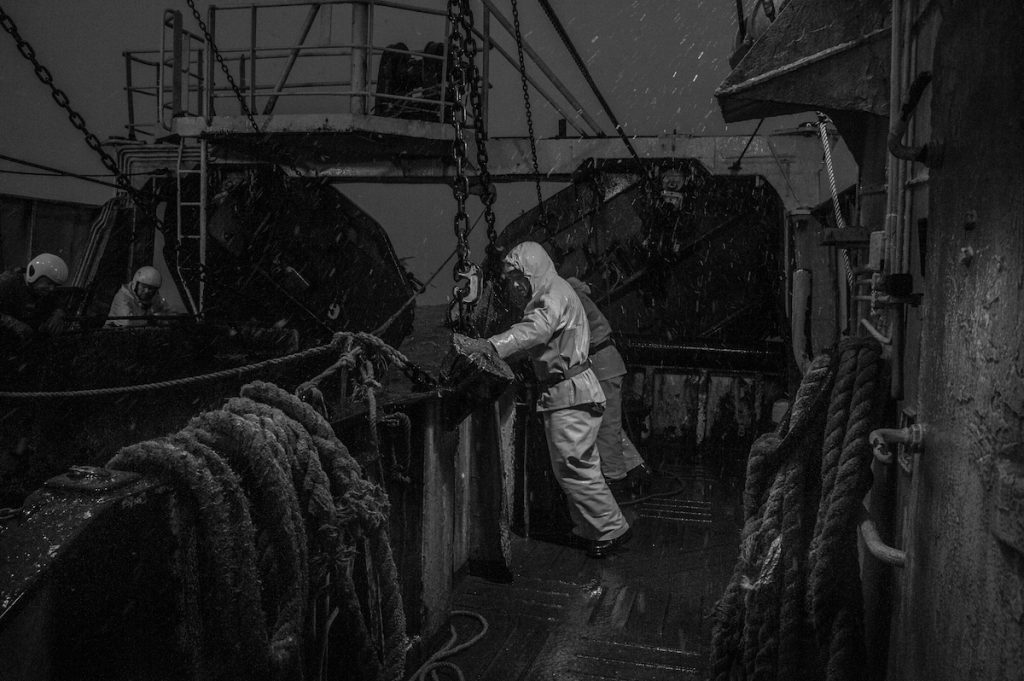
Are you from a family of fishermen?
My family have been fishermen for four generations and during this time life at sea has changed a great deal but always a fisherman needs to be part of team and constantly alert.
Explain how far out at sea most of the images were taken?
The photographs were all taken while I was a fisherman on the trawler Ásbjörn RE50, and working in the actual conditions that the photographs were taken. The photographs were taken from a minimum of 2 miles out to 20 miles out to sea.
It was my aim to give a unique insight into life on board a modern Icelandic fishing trawler through photographs that could only by captured by a veteran of the seas. I wanted the viewer to be taken to a world unknown to most, one that is rapidly changing as ships and automation processes become more and more advanced.
What weather conditions were the taken in?
The majority of the photographs were taken in really bad conditions with wind speeds up to 35 meters and waves up to 18 meters high.
How long are you at sea with each trip?
It is normal for us to be aboard the trawler from two days but up to six days out at sea.
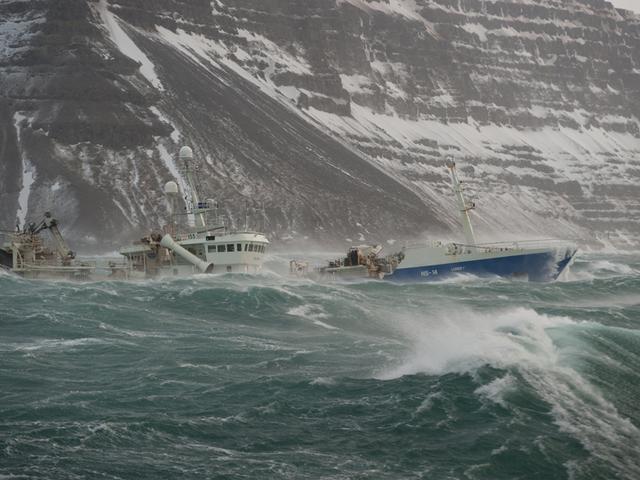
When was the first time you decided to take your camera on board with you?
I bought my first camera in 2011 and straight away I took it with me. I have always wanted to show others what my life at sea is like.
What has been the reaction of the rest of the crew to you taking photographs while at sea?
We are a strong team and need and want to be so. My photographs would not have been possible without them being happy to become a part. They are all very happy about it and they are all thankful that we have worked together to bring the photographs to an exhibition showing what we do on board.
What special lenses etc have you needed to waterproof your camera?
No I have no waterproof lenses for my photographs. I use a Nikon D800 and it is weather sealed I always that my gear is replaceable; so I take my chances.
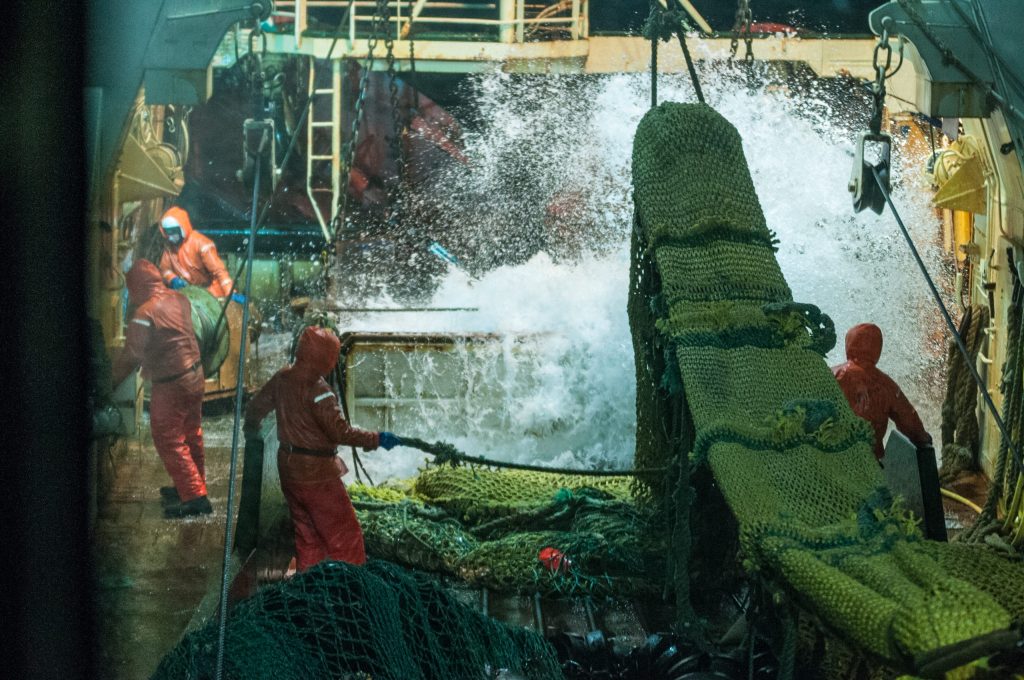
This is your second exhibition what was the first about?
My first exhibition was about free diving and scuba diving which is another of my passions in life. I enjoy the images that are achievable through underwater photography and it is wonderful to be able to combine two of my passions.
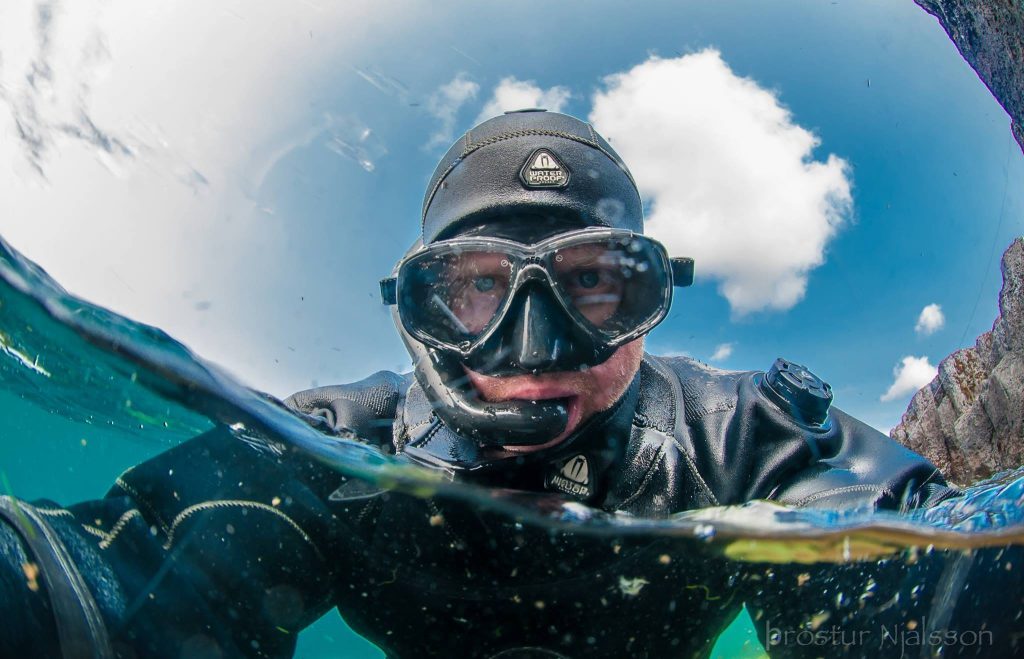
What are you currently working on?
Currently I am work on getting together a photography book about bræla. I am hoping that it will come out in the summer of 2017.
As well as the book I am spending time photographing free diving and how it is now part of Icelandic culture, again I want others to see what I see but this time not at work rather under the sea.
Fishing is a vital part of the Icelandic economy – discuss the importance of recording it in the 21st Century.

What I am photographing is for there to be a record of the last of an era in Icelandic fishing history. The vessels that I currently work on and we still use today in Iceland are the last of their breed. Next year we are getting brand new fishing vessel. It will come with all the latest technology and it will revolutionize the fishing industry. Opening up a new era in Icelandic fishing history.
Contact details:
Pröstur Njálsson
Pröstur Njálsson, Hafnarfjörður, Iceland
Interview by Deborah Blakeley, September, 2016
Robert Kelsey DA
Can you expand on your involvement with the Paisley Art Institute?
I have been involved with Paisley Art Institute for over 40 years. The Institute hold an annual Open Art Exhibition and this was one of my major exhibiting opportunities in the early days. As years went on the Institute grew to be one of Scotland’s biggest and most successful Open Art Exhibition. I served on the committee for many years and I am pleased to see “The PAI“ thriving today. In many ways being an exhibitor at this show brought the opportunity to be spotted by many of the Art Dealers from major galleries who visited the exhibition to talent spot.
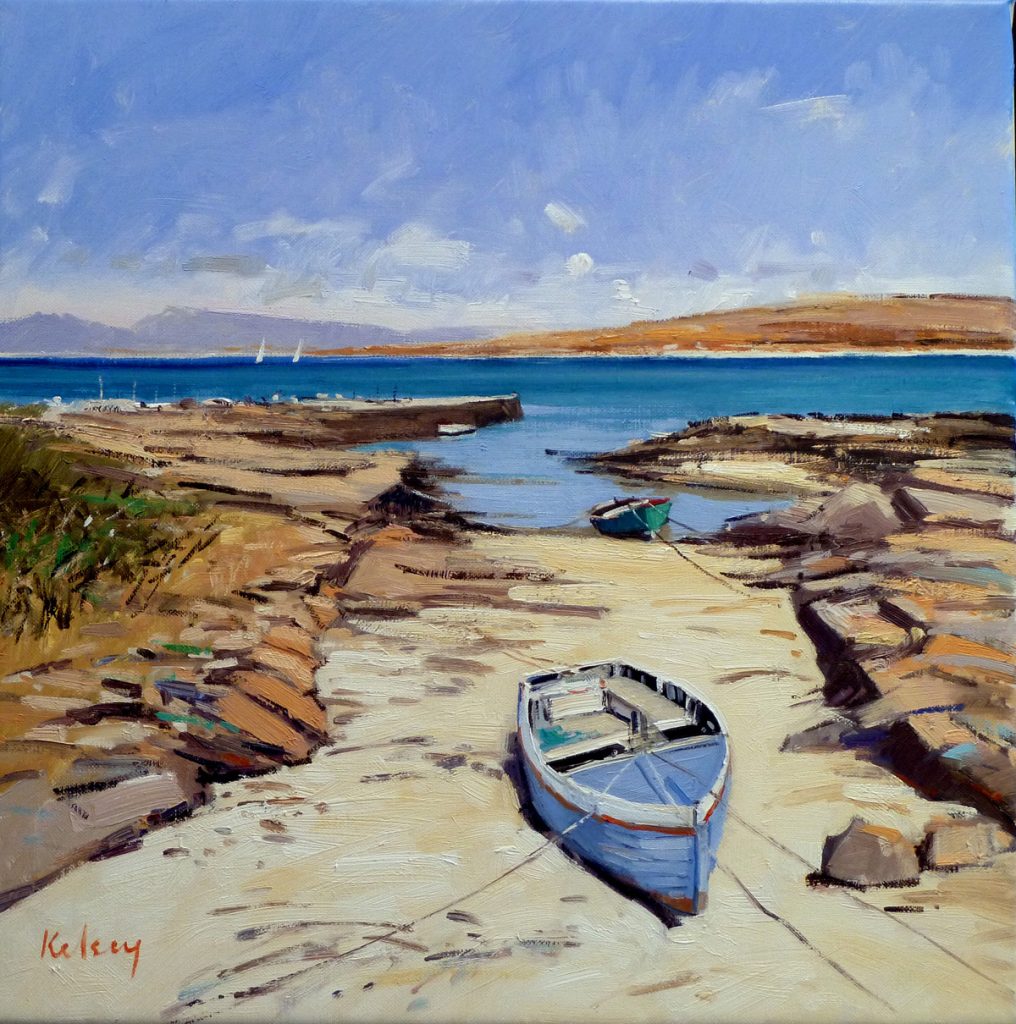
Safe Haven, Oil on Linen, 60 x 60cm
You trained at the Glasgow School of Art how has this influenced your art till now?
I was very lucky to have studied at the famous Glasgow School of Art in the late 60’s when it was an Art School in the true sense of the word. The syllabus was superb with the first two years being a wonderful general course of practical and liberal arts and history. This was perfect for a young man of 17 fresh out of school. During this first two years I studied under a very conservative elderly tutor who believed in teaching in the old tradition of drawing from the cast, studying perspective and learning about composition. Skills which have stayed with me all my life.
After two years general course I entered the Drawing and Painting Department and studied under a group of young men who were carving out a career as painters. I was in awe of these artists and they had a great influence on my creative energy. The inspiration I received from Alexander Goudie and David Donaldson has dominated my painting style to this day.
Due to your location in Scotland you truly get four seasons every year. Can you show us the seasons using four paintings?
Summer
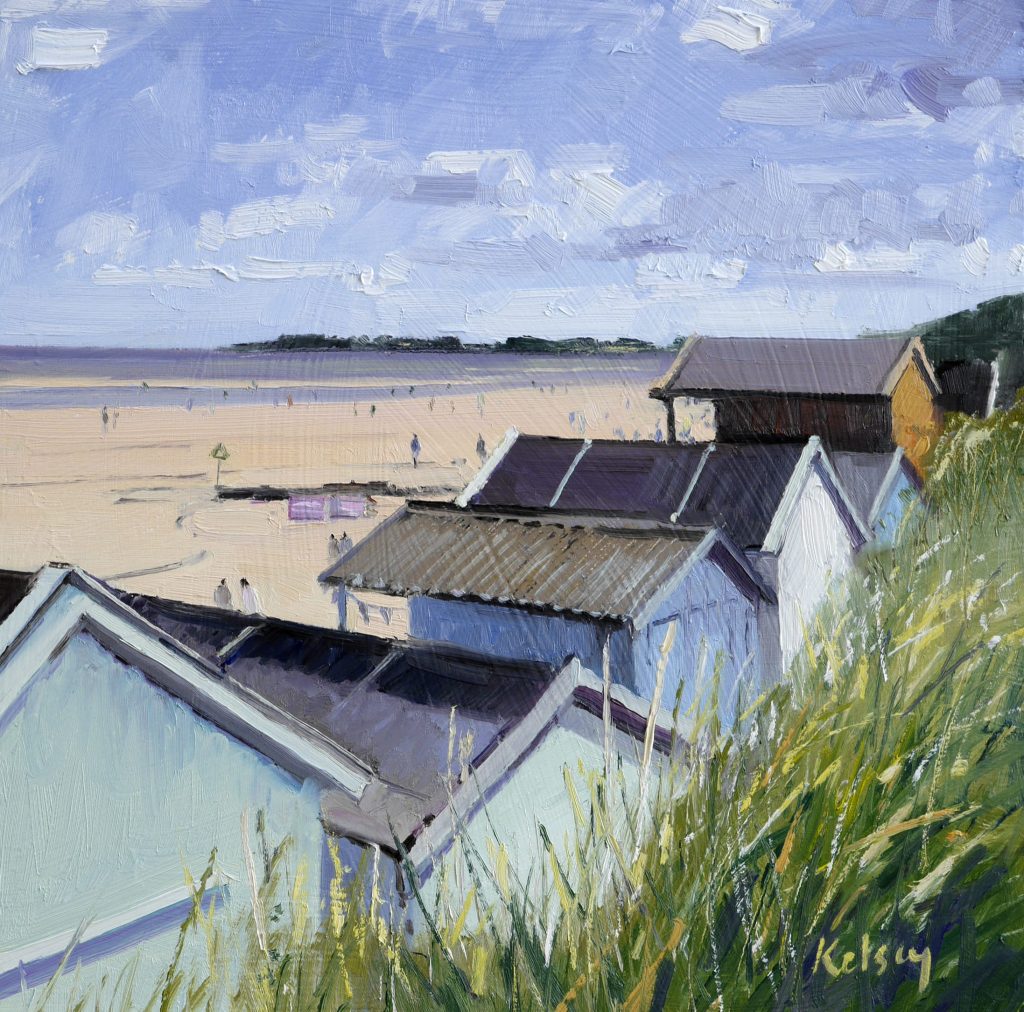
Beach Huts at Wells, Oil on Linen , 40 x 40 cm
Autumn
Evening Light, Portencross, Oil on Linen , 30 x 46 cm
Winter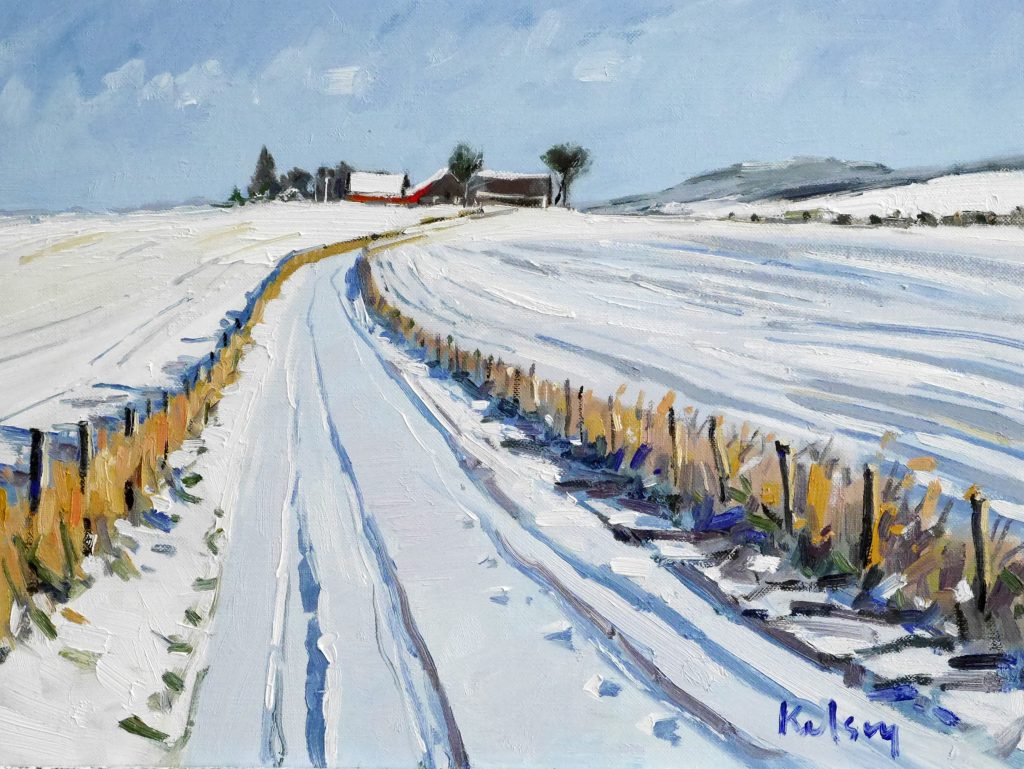
Farm Lane, Oil on Linen , 30 x 40 cm
Spring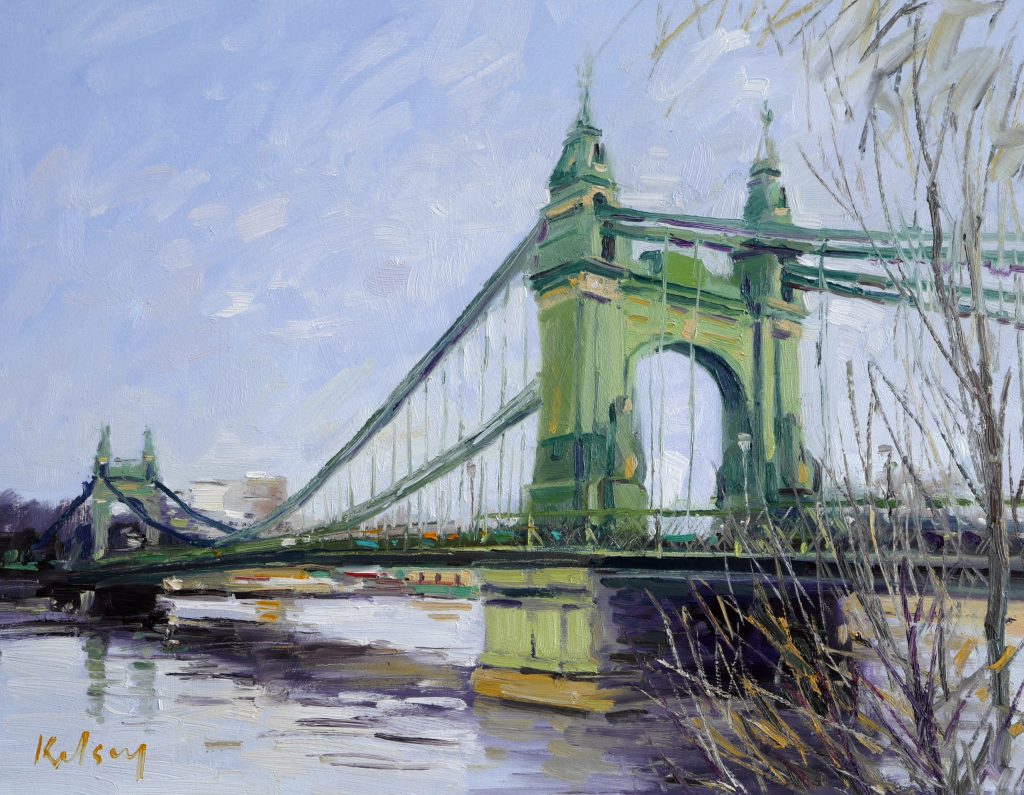
Hammersimith Bridge, Oil on Linen , 50 x 60 cm
For many years you taught art – during this time did you do much personal art?
I started teaching in a Six Year Comprehensive School, on the banks of the Clyde near the ship building town of Greenock straight after Art School at the age of 21. My Art Career had not even begun and could have withered and died at that point. What saved it, and me, was the attitude of the Principal Teacher of Art in the school. He wanted his teaching staff to remain creative, and allowed us to continue to produce our own art works alongside the pupils we were teaching. For a young man, just married and living in a small apartment, this was perfect. I continued to develop artistically, producing paintings at my desk in my classroom which I could then frame up and exhibit in local exhibitions, like Paisley Art Institute. We even held several Group exhibitions in Greenock Art Gallery as the Teaching Staff of the School.
This was great experience for a young artist but more importantly allowed me to continue to paint alongside my teaching career.
Your comment, ‘Light is generally the most important quality’ discuss.
As a landscape painter I am fascinated by the way light falls on and alters the environment. Light is constantly changing and altering the atmosphere of a view. Light affects the way a view appears. If the light is from behind the viewer the scene is floodlit and clear, with strong colours. If the same view was seen facing the light it would appear silhouetted and grey in colour. Light is even more dramatic at the coast where it can illuminate and reflect off water surfaces.
Light is so important in your art but it is also important in your studio. Expand on this aspect.
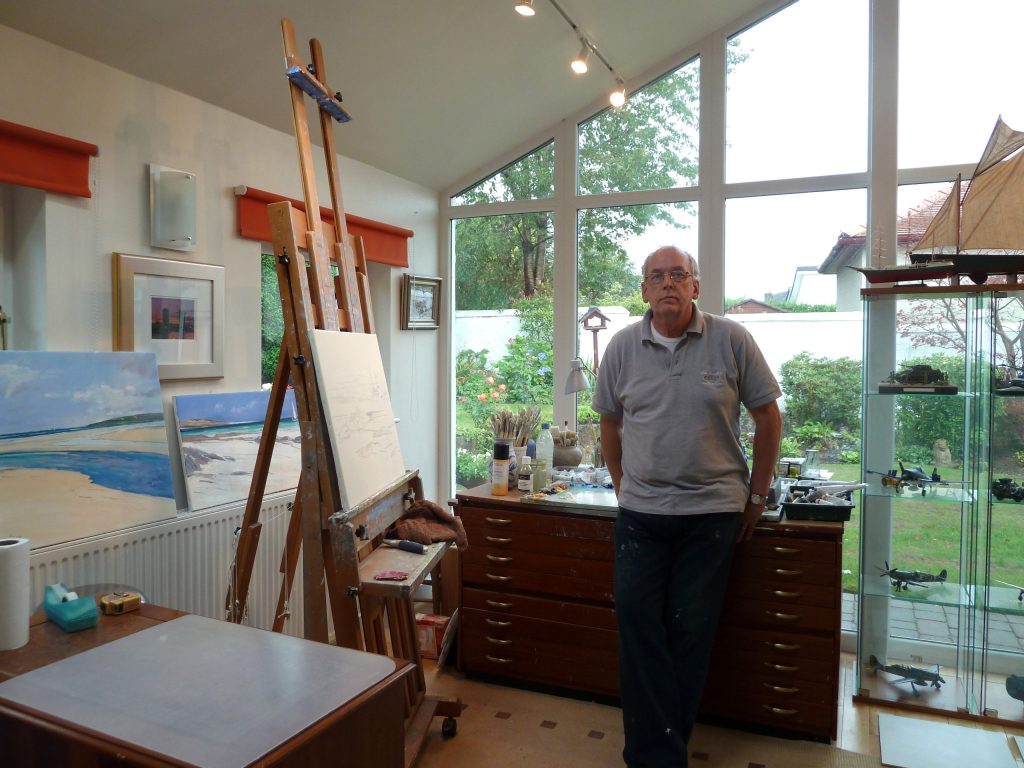
How do you prepare for a painting?
From several field trips per year I accumulate sketches, watercolour notes and photographs which I use to work up into completed paintings in my studio.
You often paint in remote places expand on this using 1 or 2 paintings.
I am drawn to the West Coast of Scotland and even beyond this to the remote chain of islands called the Outer Hebrides which sit on the extremity of the Scotland and the Atlantic Ocean. These beautiful remote islands have always been an inspiration to me. My grandparents moved from England to the remote island of Barra in 1900 to become teachers, and my father was born on Barra in 1906. This is my favourite Hebridean island and is a mixture of rocky coves and vast flat sandy beaches.
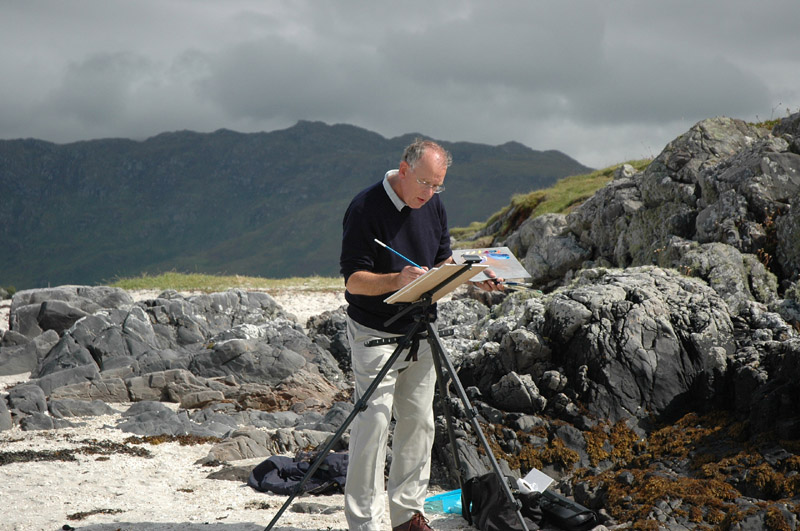
Another favourite painting spot is found near the village of Arisaig on Scotland’s north west coast. From the beaches here you can stare at the remote islands of Eigg and Rum which sit on the horizon.
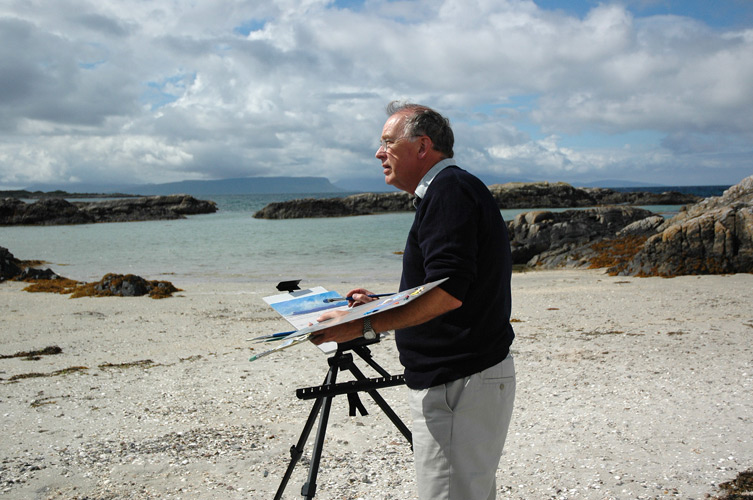
While you paint in remote places, your art has been sold and taken to many places. Can you name a few of the remote places they have gone to?
When you sell from a gallery it is not the custom of the gallery to tell you the name of the purchaser. Nevertheless, you do eventually get to meet some of your collectors. I have Corporate Collectors all over the world as far afield as London, Singapore, New York, Canada, France and Italy.
‘I love to put up a large white canvas, mixing some paint and applying that first big area of colour’. Explain your need to paint.
This must be something built into my genes as I have been artistic from as far back as I can remember. I think my Grandmother, the one who moved to Barra at the start of the 20th century, was artistic and I claim my art genes from her.
My main media is oil paint with which I have a great relationship. It feels as natural as breathing for me to mix oil paint on a palette and apply this boldly to a white canvas.
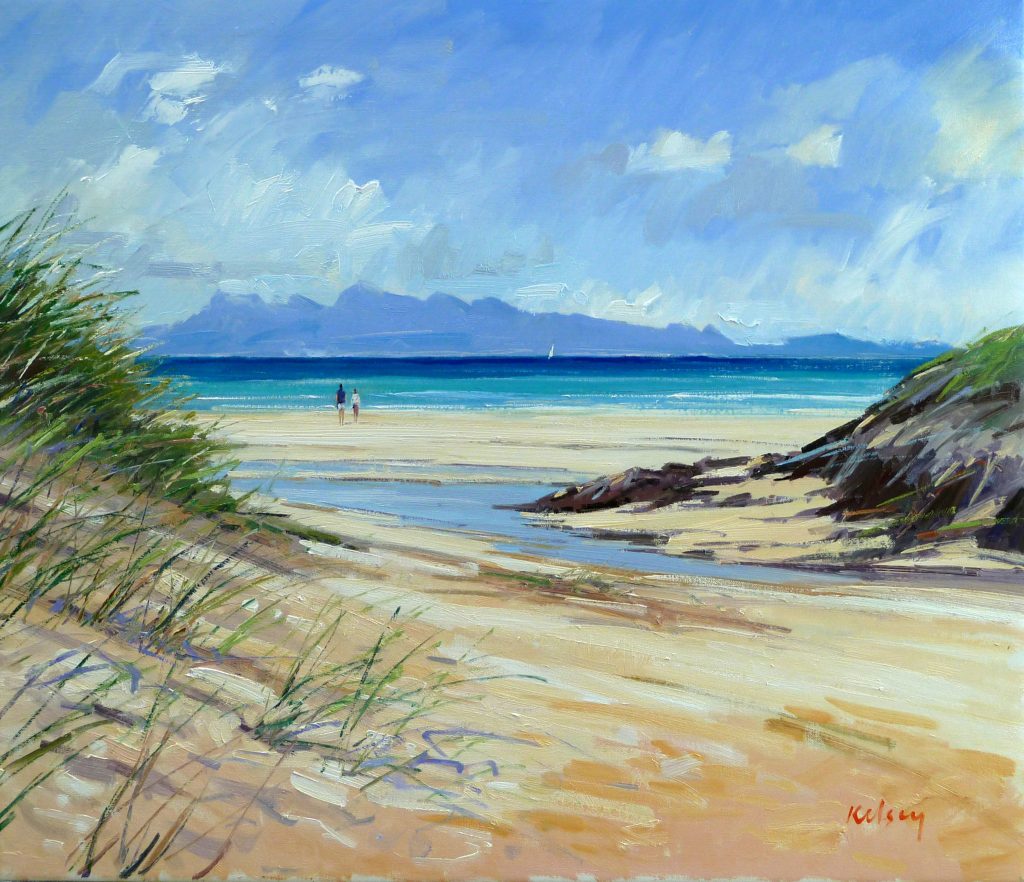
Beach Streams, Arisaig, Oil on Linen, 76 x 90cm
What a milestone; your 21st Solo exhibition with Thompson Gallery, comment on this long relationship.
Every artist dreams of living from his work and being shown in a top gallery. I was no different from this dreamer way back in the 70’s when I was a young teacher. I never once thought that someday I would become a full time professional artist. As I explained earlier, if I hadn’t been given the opportunity to continue to paint at this vital moment in my life I would not have been painting and exhibiting 25 years later when Thompson’s Gallery invited me to exhibit with them in their Mayfair Gallery in London.
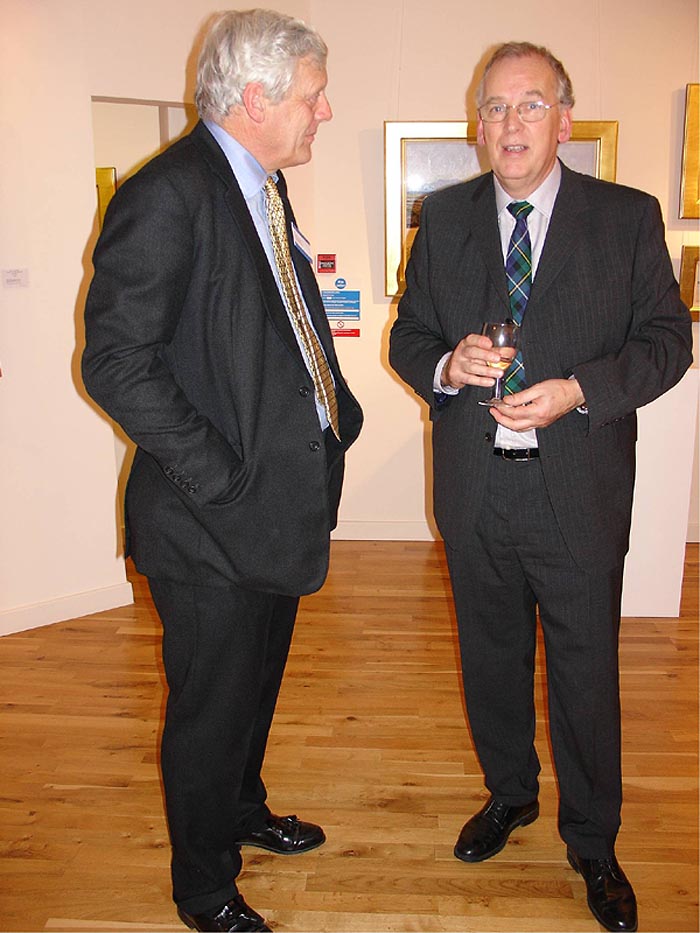
John Thompson and Robert Kelsey
At first I was one of a stable of Scottish artists exhibiting in group shows. After a year or so Thompson’s invited me to have my first solo exhibition with them in 1994. This showed that they had faith in me to take on the huge task of painting for a large solo of 50 new works. I thrived on that faith and didn’t want to disappoint them.
My first show with Thompson’s let me see just how a quality Mayfair gallery operates. They produced a forty page fully illustrated catalogue, large adverts in Country life Magazine, and The Spectator, and more importantly, supplied a flood of collectors who wanted to purchase my paintings.
This was a dream come true. This first exhibition was a great success as were the others that followed over the next 25 years. John and Sue Thompson soon became more than Art Dealers and become good friends. My wife and I would frequently stay with them in their lovely home in Suffolk, and we got to know their family as they grew from children into young adults with children of their own. Their youngest daughter, Megan, who was only a small child of 8 or 9 in 1994 now manages Thompson’s Gallery in Marylebone, London.
In 2004 we were approaching my 10th anniversary of annual exhibitions and celebrated this with a quality show of 70 new paintings. The catalogue was a proper published book in a slip case, with a foreword by a top BBC Journalist and writer. We even managed to get articles promoting the exhibition in quality Homes and Interiors Magazines and better still a news item and interview on Breakfast TV with the BBC.
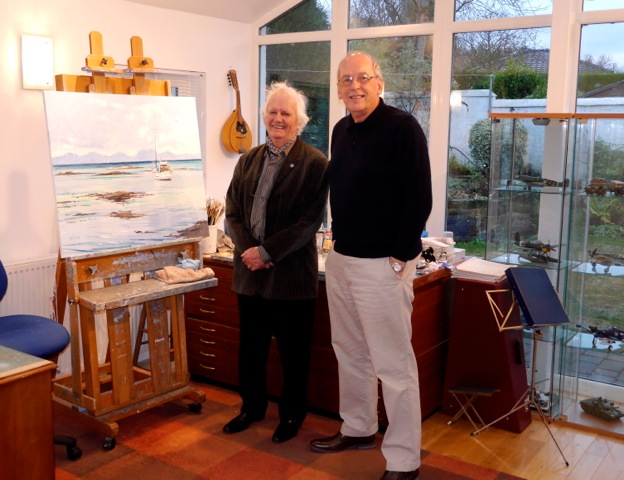
Ken Howard RA visiting at Robert Kelsey's Studio
All this hard work and preparation resulted in a most successful exhibition with around 60 paintings selling in 10 days.
Eleven exhibitions on and we were celebrating my 21st solo with Thompson’s in May 2016. This was great fun, especially as many of the wonderful gallery staff I had worked with over the years turned up for the opening party.
Bay Attic is a company that sell Giclee Prints of a selection of my Paintings through their website.
I have always considered prints to be less important than my original paintings but can understand that not everyone can afford to spend large sums of money buying originals. When I was approached many years ago and asked to license prints of my paintings I was happy to do so. I have little to do with the production or distribution of the prints and only receive a modest copyright fee on prints I sign and number.
I have about 30 paintings which are available to purchase as prints and these are in signed limited editions of 250. These are Giclee Prints of the highest quality printed on thick paper with inks that will last a lifetime.
You often paint snow; discuss the technique you use for snow landscapes.
I like to paint in all seasons but do love the colours and contrasts of a snowy Landscape. The secret of painting snow is to introduce warmth to the picture. I do this by bringing in orange or browns with foliage and grasses. Warmth can also be introduced in the purple shadows cast on the snowy surf
Contact details
Robert Kelsey
Robert Kelsey DA, MUniv, PAI, FRSA, Scotland
Interview by Deborah Blakeley, September, 2016
Karina Furhman
How often do you ask a person to pose for you?
I imagine sculpting everyone I see. Everyone has beautiful details either in the bone structure or in the muscles formed by certain facial expressions. In person I probably approach several people per month. I also look for models on modelling and dance sites.
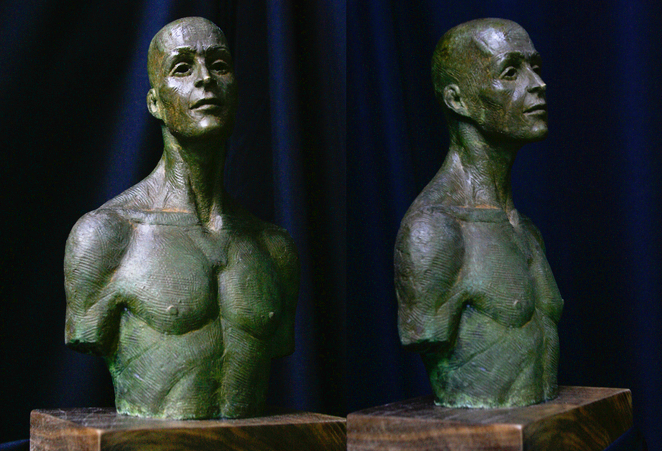
Bronze Male
In general people’s faces fascinate me. Everyone has something very beautiful, a unique detail. In addition, how people’s faces change when going through different emotions fascinates me even further. A moment when someone’s face ignites in joy or someone tells you about something they are passionate about.
How long do you need them to pose for you?
Each modelling session is typically 3 hours long. Some models don’t mind taking a lunch break and doing another session in the afternoon.
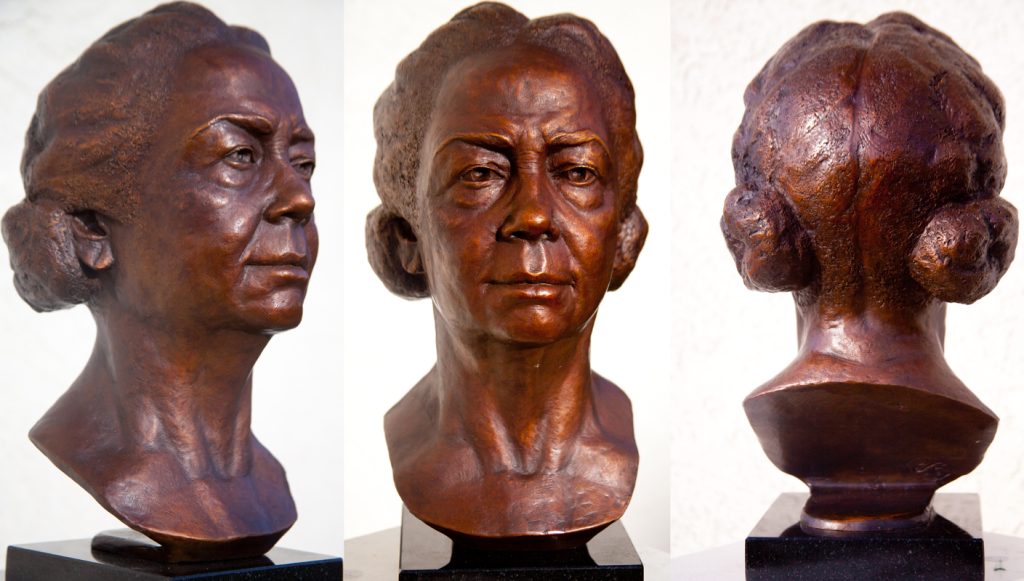
Torrey
Can you give a general time frame needed for a pose to take?
For seated portraits I typically need at least 60 hours with a model and preferably during a continuous time frame. The time is either broken down into 3 hour or 6 hour sessions.
Standing poses are typically 3-4 hours sessions once a week. A life size figure may require a several month commitment. The model turns every 5 minutes and maintains the same pose with each quarter turn. There is a short break after each 20 minute session with a long break in the middle. I cherish my models so I always have treats, coffee and tea ready to go.
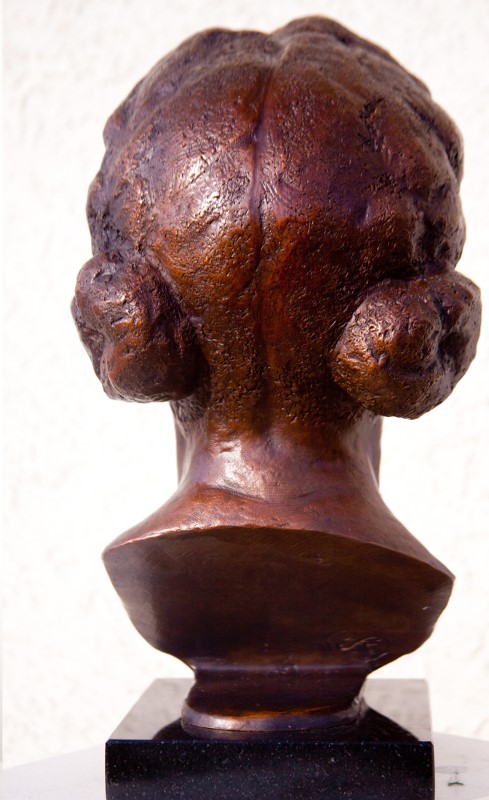
Do you have music playing in the background or do you talk together?
Music is always a must. I prefer certain upbeat tempos to work to but I always consider what the model wants to do. I prefer no headphones for the model as this keeps me better connected to them. I’ve had all kinds of music and comedy requests.
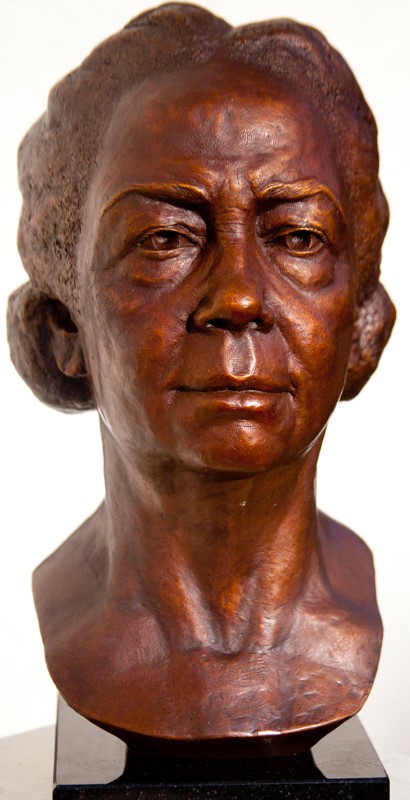
During this process what do you learn about a person and how does this effect the finished piece?
I find portrait work really fascinating because I get the privilege of really getting to know someone and observing a unique expression that fits their personality. A friendship always forms and I feel responsible to represent the person well and honestly.
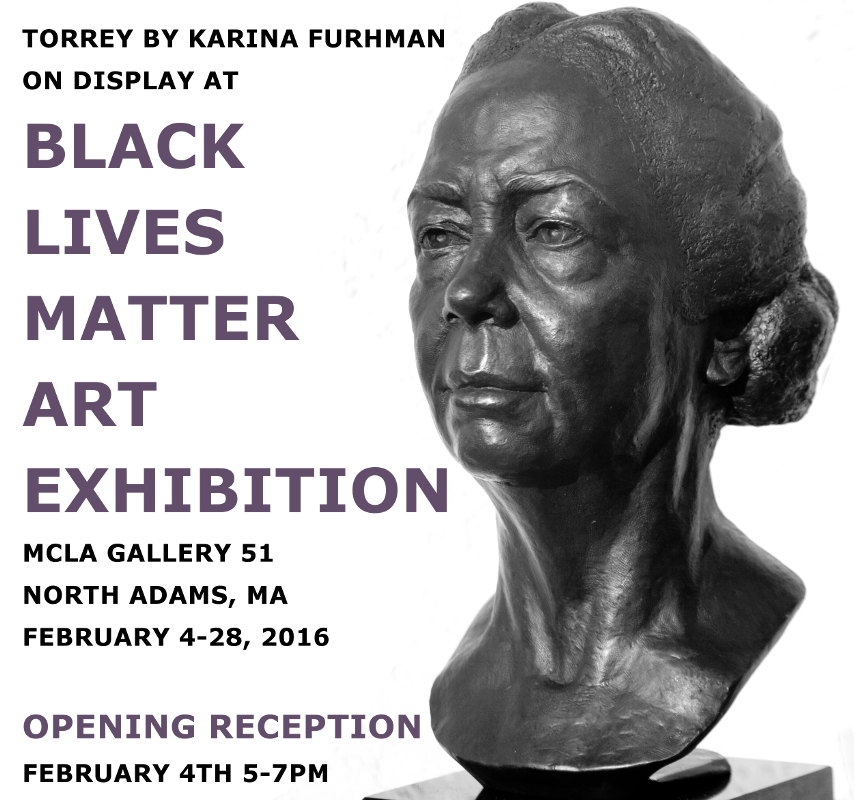
Can you discuss the overlap your photography has on your sculpture work?
Photography has been a wonderful counterbalance to sculpture. I love action photography as a contrast to the lengthy sculpture process.
During the final stages of completing sculpture, and always running into the issue of lack of funds for as many modelling session as needed, I use photos to clean forms and prepare for mould making. I take photos in both direct and indirect sunlight from various angles. Working purely from photography on sculpture is dangerous. There is a big problem of lens curvature and that is why I don’t rely on it.
Can you expand on the technical process of one of your bronze sculptures?
I made a 2 minute video on how a sculpture becomes bronze: https://youtu.be/qgHSb7qfuDg
After all the modelling is completed the sculpture goes through the mould making process. Two layers are applied, designed to open and reveal the negative of the original. The original piece is recycled back into the oil clay bin and the mould is taken to the foundry for the “lost wax” process into bronze.
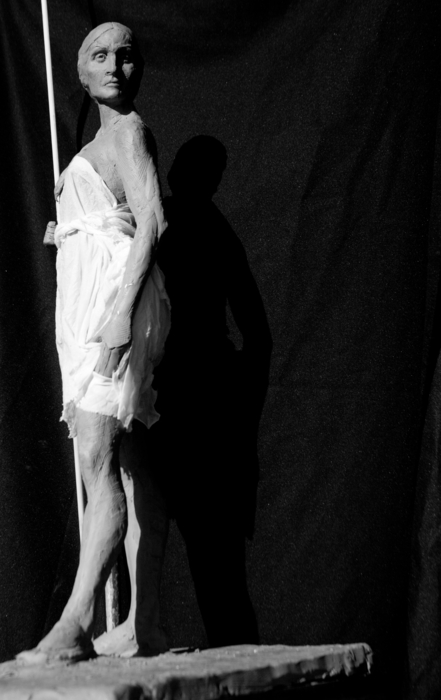
Female Chief
How have you chosen the Foundry you use?
I love ArtWorks foundry in Berkeley, California. The foundry owner brought over old classical techniques and they focus on quality. I am able to check the work at every step and make sure everything is exactly as I need it to be. It is wonderful to have ArtWorks as my partner.
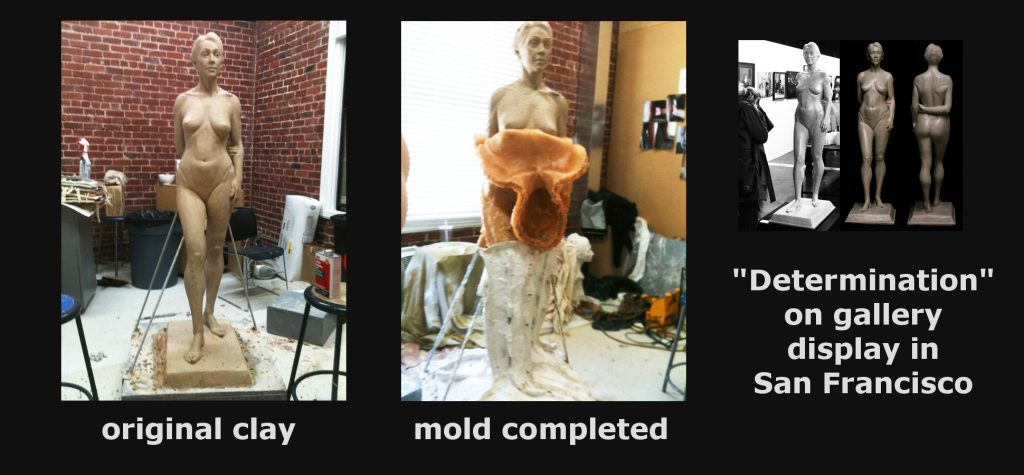
Discuss the size of your work?
I prefer to work life size and larger. I am focused on public monument work. For public art proposals I create smaller models (maquettes) that are either ½ or 1/3 life size.
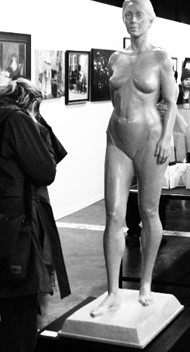
You call some of your sculptures ‘Gesture studies’ explain what you mean by this title.
Gesture studies are a critical to keeping my sculpture skills sharp. A gesture study is a sculptural sketch of a figure, not intended to be completed, but rather to be an exercise. In general, the body is broken down in several large masses. Identifying and placing the large forms relative to each other on a particular individual and copying them quickly onto an armature with clay is something that I focus on.
Are there any historical people you would like to sculpt? If so who and why?
I admire so many people, it is difficult to pick.
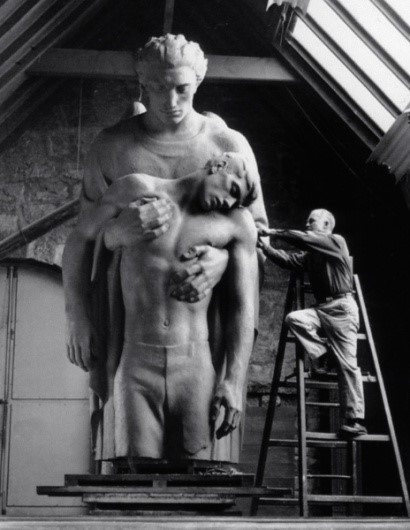
Walker Hancock During World War II, he was one of the Monuments Men, who recovered art treasures looted by the Nazis
You have studied sculptures from the past: Renaissance, Greek and Roman sculptures discuss how this has influenced your work?
How artists spoke through sculpture fascinates me. To see the dynamic development of this artform in historical context is incredible. The power of the Greek’s like Praxitalies, and Phidias, Michelangelo’s and Leonardo Da Vinci during the Renaissance, Carpeaux and Houdon during the 19th century, American Saint Gaudens and Chester French, to name just a few. I am always pushing myself to be better and look to my idols for lessons in anatomy, facial expressions and to learn how they communicated through their work.
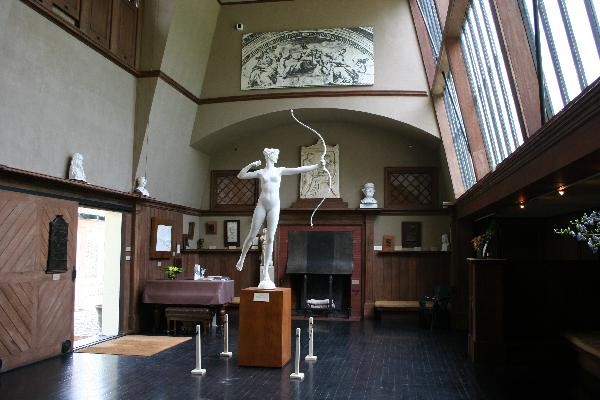
Saint Gaudens Studio
You are very interested in Studios, current and historical can you expand on this interest.
As Rodin said sculpting large masses correctly is key, I would add that if you can’t see them in good light then there will be trouble. Classical art is done in north facing studios. One can work in north light most of the day, it is constant and consistent. Most of the day direct sunlight does not enter the studio, and forms are illuminated well so that each plane change is easy to identify.
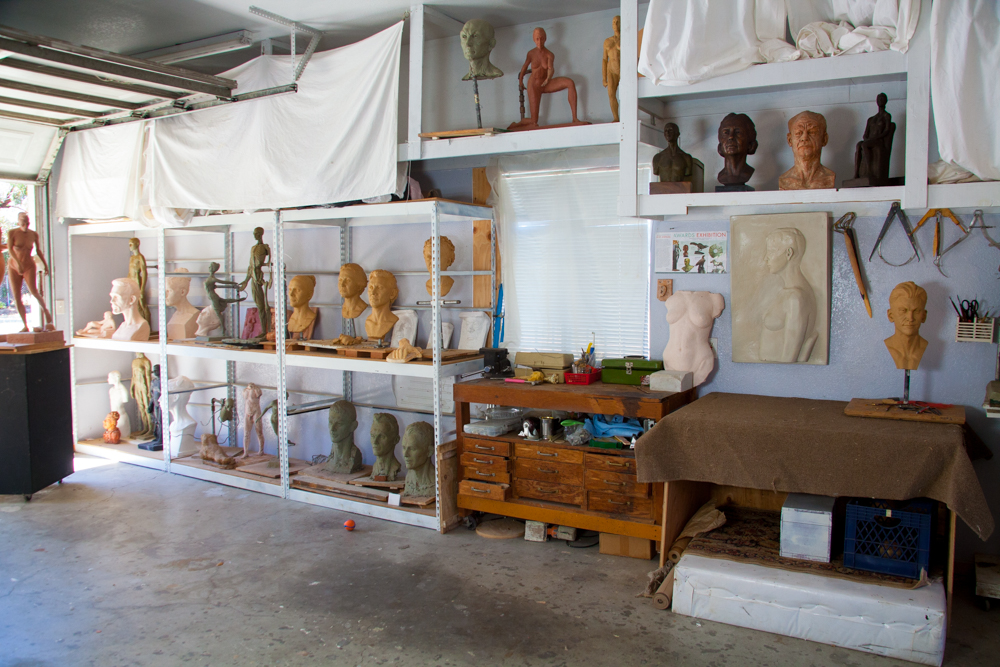
Karina Furhman's Studio
Take two artists and their studios and why they are of particular interest to you?
What fascinates me in general about studios is natural light. There is nothing better to work with and has been used by artists for thousands of years. A model placed at the right spot in north light makes forms so clear and modelling can be done quickly. For me working with a model in good light is a joy.
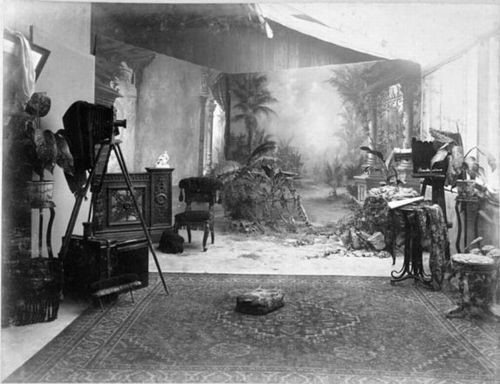
Photograph Studio in Paris
Discuss your interest in studio photography and paintings both current and historical?
I love photography. I see something I need to capture and I need to frame it just right. Portrait photography is lots of fun. I get to study a model’s face up close and try to portray them as beautifully as I can. I’ve had fun photographing a very wide range of events from small private events to drone racing, weddings, animals, kids. I like to study the poses from different angles and often have a model photographed before starting the armature process.
In addition to studying sculpture throughout history I’ve research and studied many painters throughout history. Historically figurative fine arts excelled in anatomical mastery and composition and communicated easily with the viewer. It’s wonderful to reference a certain detail of a piece located in the Louvre, and technology makes that type of study much easier.
Comment on your own studio and some of the aspects that you have introduced due to your historical interest in studios.
I am currently planning my own studio / urban art centre. The studio will be based on the classical north facing skylight and window lighting that will consistent all day natural light.

Contact details.
www.karina-sculpture.com
Karina Furhman, San Francisco, USA
Interview by Deborah Blakeley, August, 2016
Michaël Cailloux
Your work is often called jewellery for walls discuss this in relationship to your work?
I decided to call my sculptures “Wall jewelry” because I have always dreamed of having jewelry on walls... It's like a childhood dream. I am fascinated by the Art Nouveau jewelry and work of René Lalique. That's why I learnt the craftsmanship of jewelry, because I wanted to have jewels in my apartment. At first it was just for me… I make no concession in my work I am doing what I like without asking questions ... Everything starts from the observation of nature in general , and I also am inspired by old illustrations by redesigning my way ... I have a sketchbook and I felt drawn to anything that inspires me : plants, insects , frogs, amazing birds ...
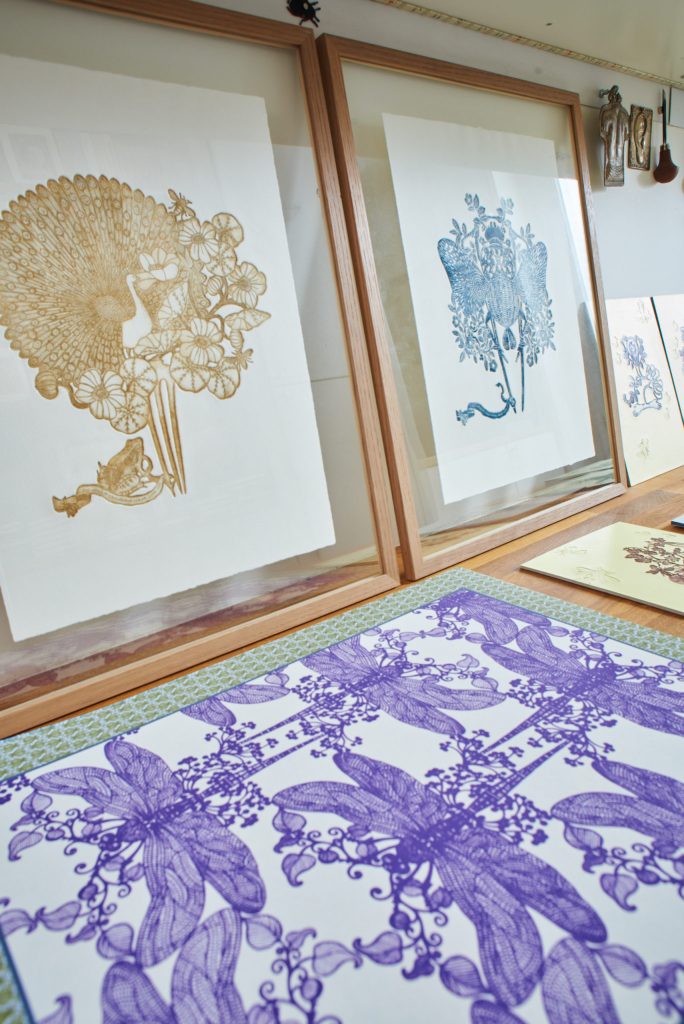
Image by Rodolphe Baras
Can you explain how you use of a bocfil saw in your art?
I use it to cut the copper plate . This is a saw that can be used vertically and which allows for the detail ... The bocfil saw is used in jewelery and decided to exploit it by etching to have the same finesse and precision. In fact it is a misuse of the technique.
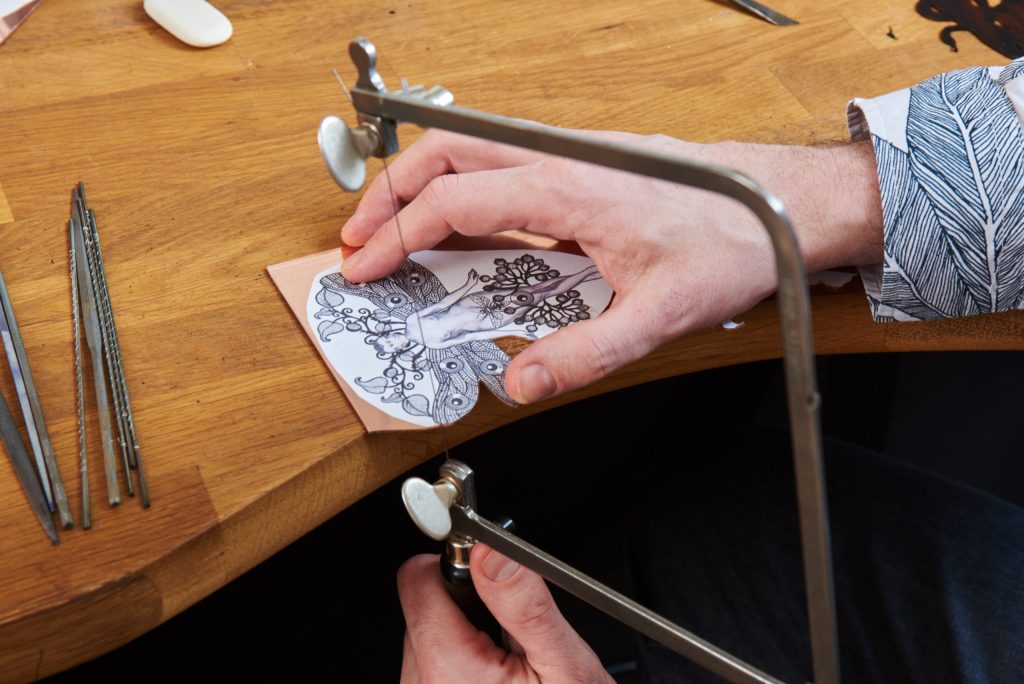
Image by Rodolphe Baras
Expand on the technique you use to create your walled Jewellery?
For my wall jewellry, I use the copper plate that I used to make my etchings at high water. Once I realized my etchings, I do not throw my copper plate. I worked with artisanal techniques for a hybrid object between sculpture and jewelry. I reappropriate the copper sheets used to print my etchings by working them according to classic jewel making techniques: bow saw, internal and external cutting, embossing and chiseling.
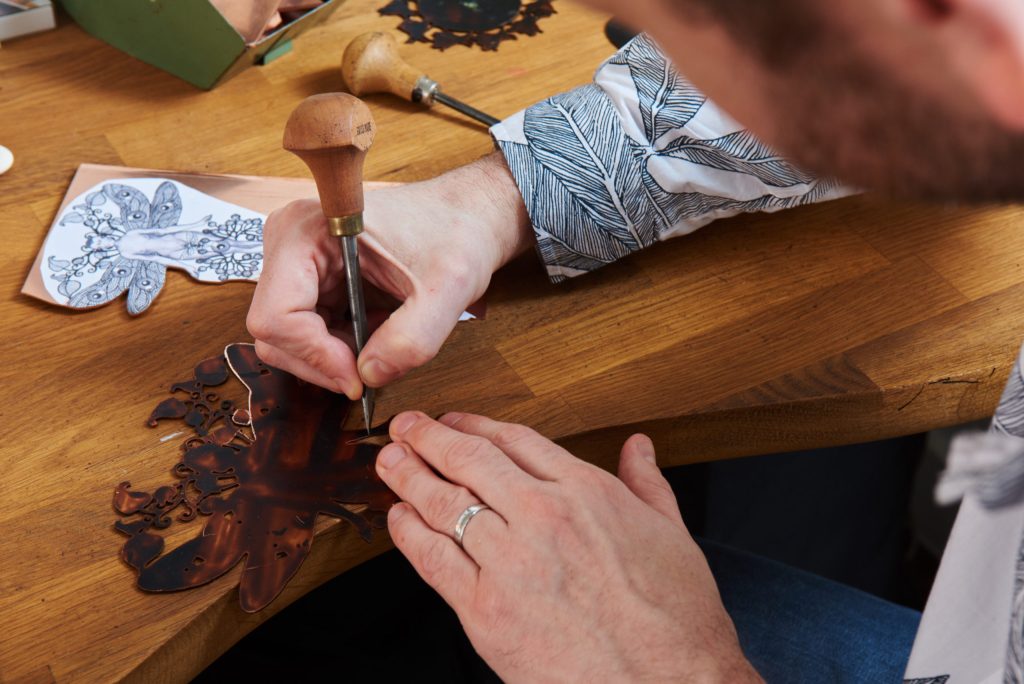
Image by Rodolphe Baras
How did the ‘mouches’ become a part of each work?
I've always been attracted by insects since childhood and particularly flies. They intrigue me and I find them attractive insofar as they come always disturb the eye. So I decided to make my memory about whether animals in the paintings of the Renaissance or the piece of taffeta that arose women on their faces in the 18th century to reveal their mood !
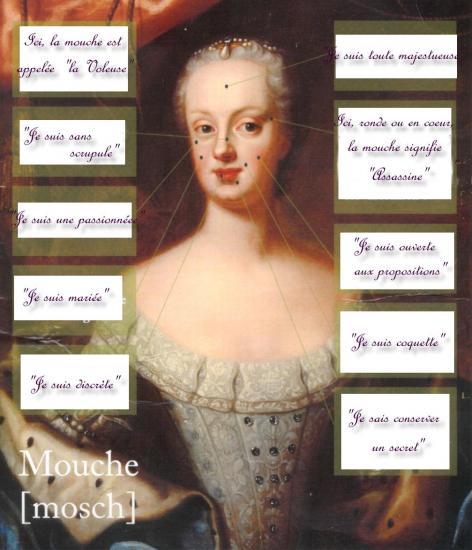 You also use your initial sketches to create other works, e.g. scarves discuss two of your scarves and their designs.
You also use your initial sketches to create other works, e.g. scarves discuss two of your scarves and their designs.
There are two that I particularly like because everyone told me they are unexpected : Forbidden Fruitsalad and Florilege.
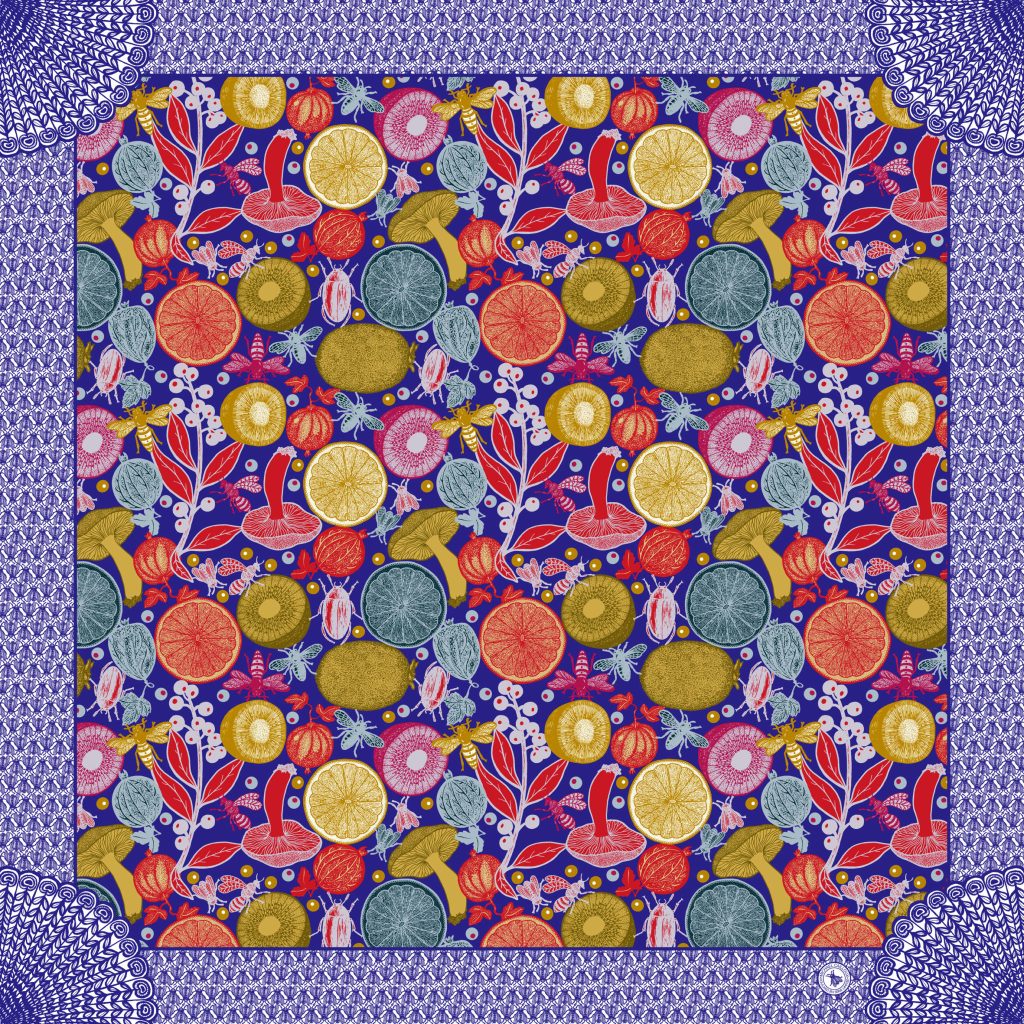
Forbidden Fruitsalad, Silk Satin Scarf.
Colours
Playing with colors is a passion for me! For these two scarves I am very pleased with the colours During my studies I was taught to be a colourist and I enjoy making vibrant colours to highlight the drawings. In Forbidden Fruit salad, I wanted something greedy and for Florilege I wanted it sparkles like fireworks, an explosion of colors.
Pattern
I want them to tell a story! Forbidden fruit salad tells the story of a garment we can never eat and Florilege, it's a mix of all my bugs, it's a little story of my passion, as an anthology.
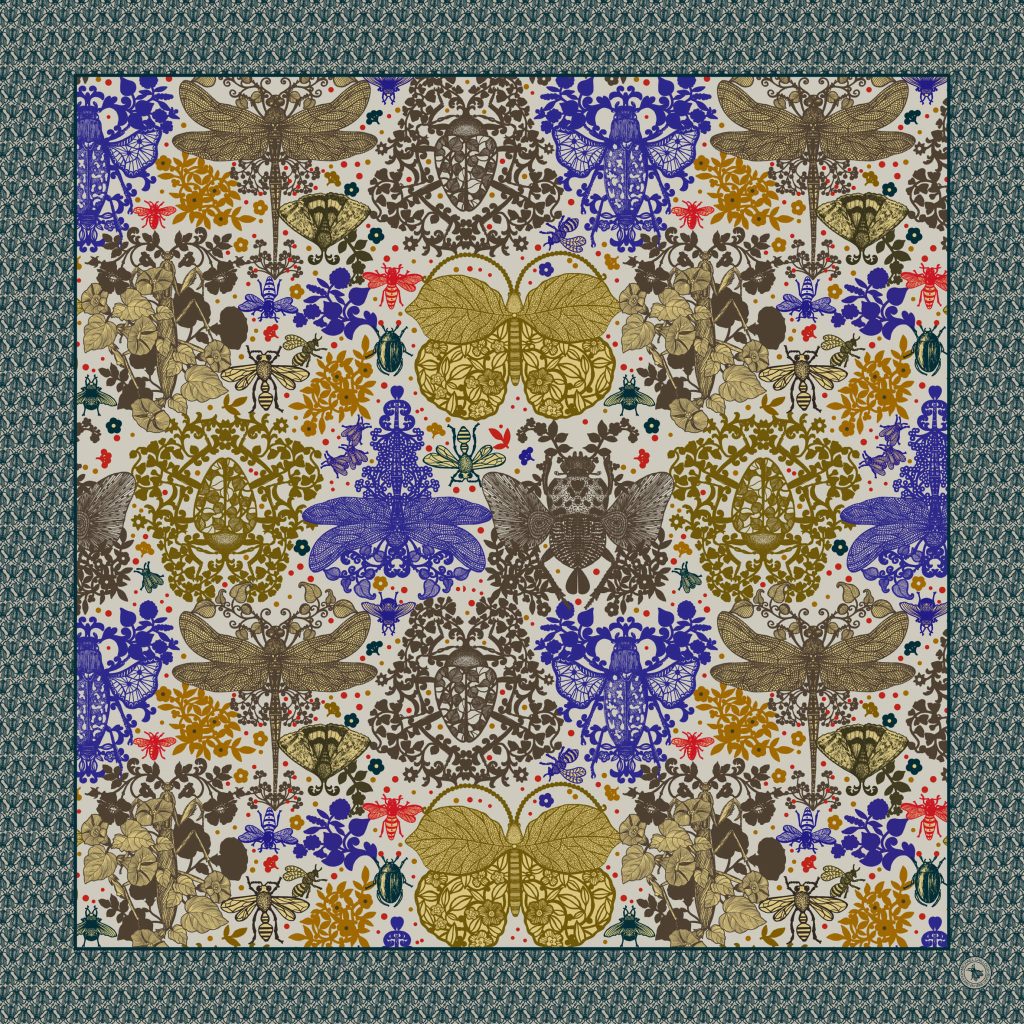
Florilege, Silk Satin Scarf
Boarders
I make the boarder as a frame because I want my pattern are like paintings!
Printing onto fabric
Yes I print on 100 % silk
You also have a collection of wallpapers, discuss the importance of repeats in your wallpaper designs.
Wallpaper, Fragment – Infinite I turn the use of the classic wallpaper … I create all my wallpapers like paintings for tell stories. The size is 40 x 50cm. Originally they are not made to cover entire walls… I realize the "real" wallpapers only on a customer order.
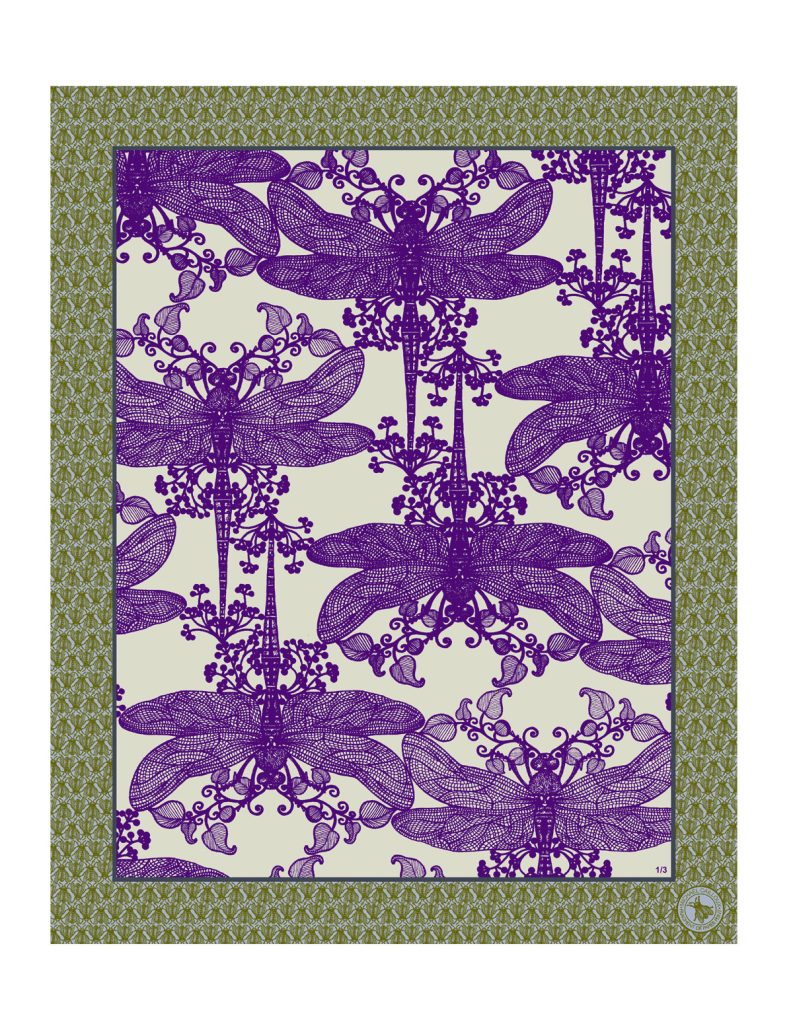
Wallpaper, Fragment - Infinite
Expand on the combination of two skills, jewellery and etching and how this combination came about?
In fact, I've always liked high water etching and I felt pity to throw the copper plate. In my studio I looked for a way to showcase the plate. At first I was using zinc. And soon I had the idea to train myself to the art of jewelery for the wall jewels that I always dreamed of. I like the colour of copper and the fact that I can give him. I want us to be doubt over the date of the object as if it came from the past.

‘Cicada Head’
Take your etching ‘Cicada Head’ and explain this piece.
Size
28 X 40 cm
Number if prints (limited editions)
4 edition
Paper use for the printing
White Hahnemühle paper
Insects included
cicadas, beetles , bees and fly
Flora included
I draw flowers that do not exist. I manage to obtain hybrid, I mix different varieties.
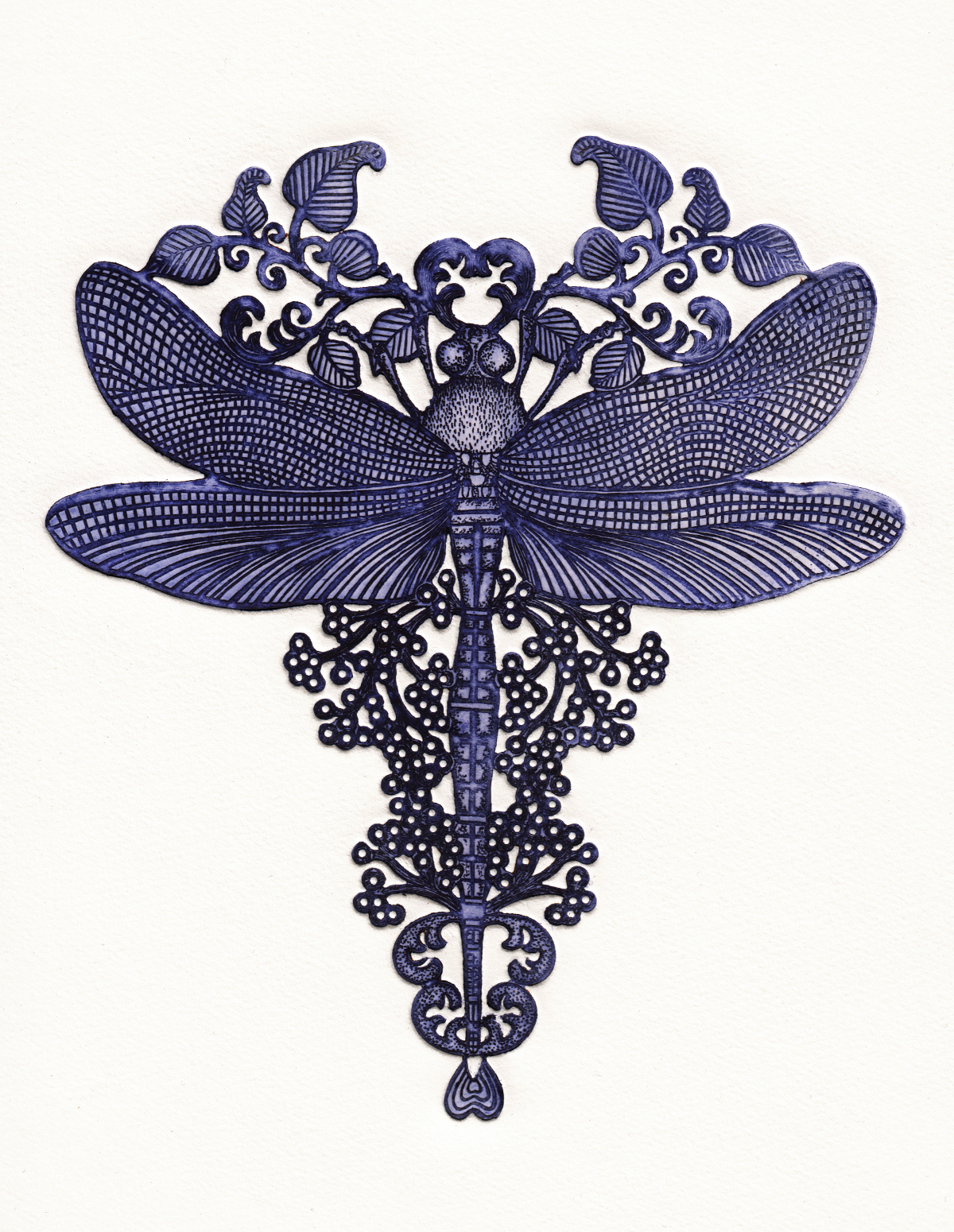
Dragonfly
Can you explain the comb shape that appears in many of your etchings?
These are my first pieces… It is because I love the combs including those designed by René Lalique. It was my first source of inspiration. I love the combs, there was a beautiful museum in Paris, which has just close.
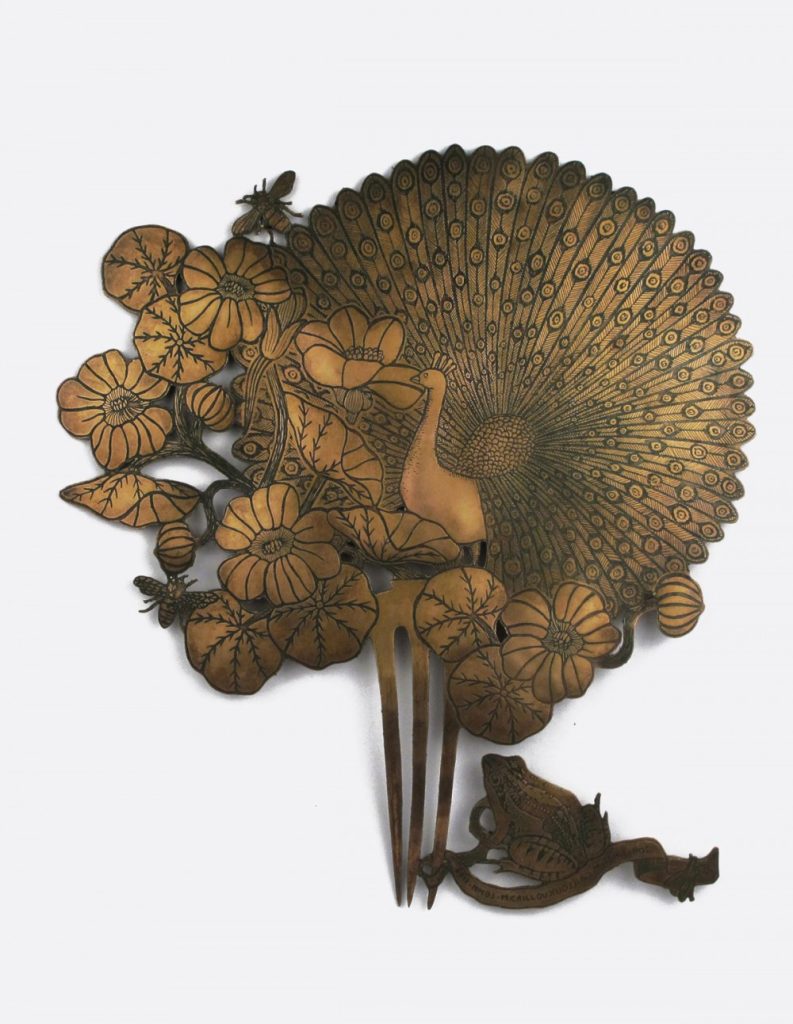
Detachment
Can you take us through the link between Anax imperator – wall jewellery, Dragonfly -Etching and Lace – wallpaper and how one has led to the other.
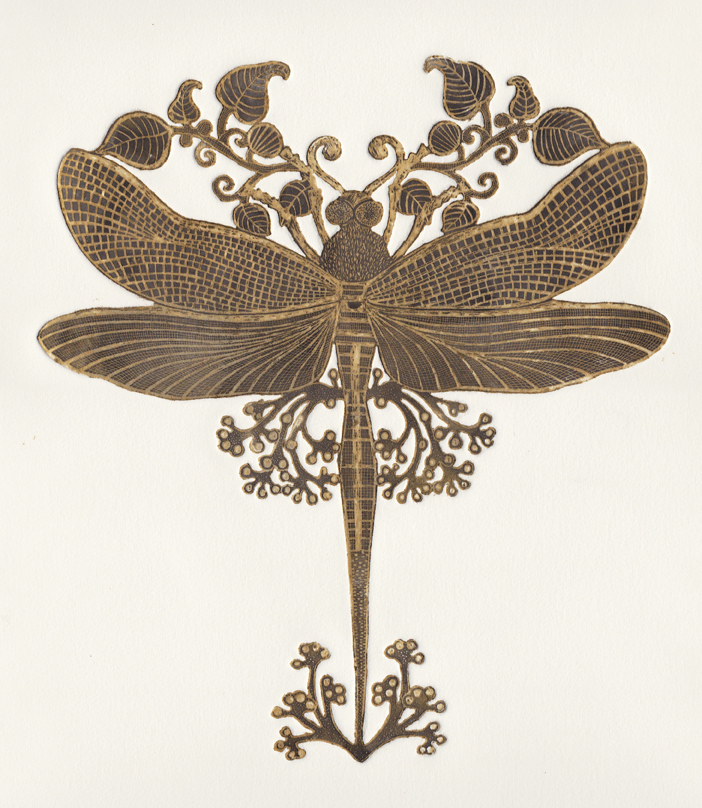
Etching, Anax Imperator
In fact, my work begins with the drawing. Everything starts from the observation of nature in general, and I also am inspired by old illustrations by redesigning my way ... I have a sketchbook and I felt drawn to anything that inspires me : plants, insects , frogs and Dragonfly... I can spend days drawing, and even nights.
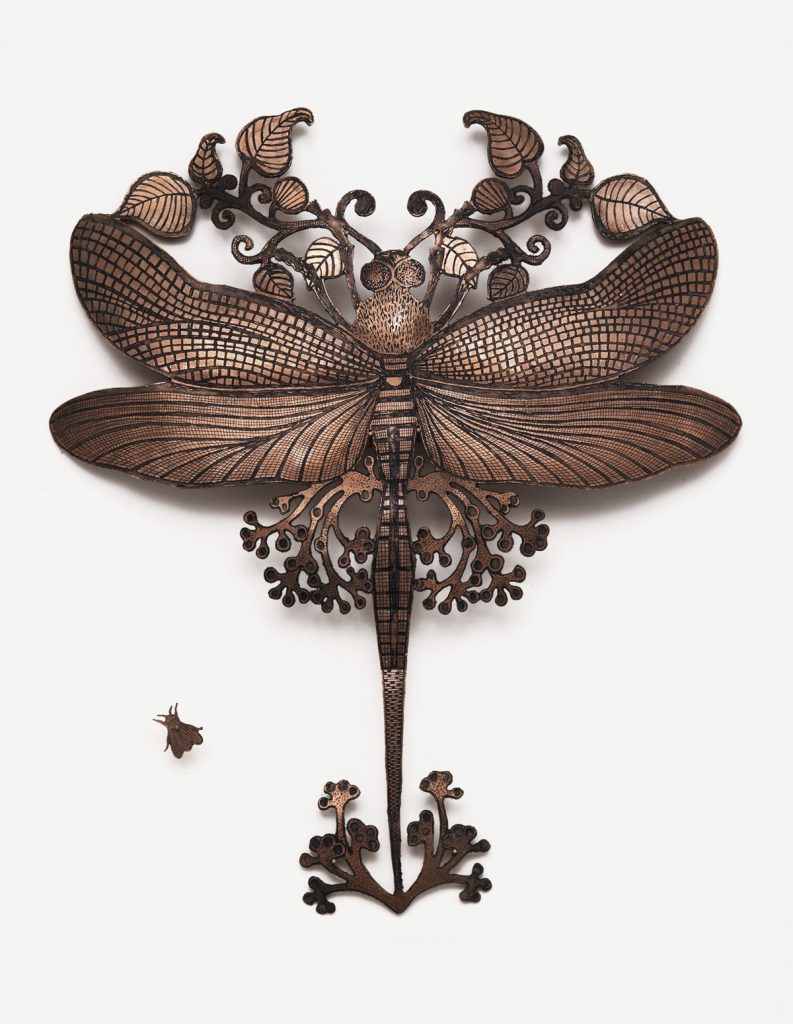
Wall Jewellery, Anax Imperator
I then glue this drawing on a copper plate to cut by hand, according to conventional techniques of the art of jewellery : Anax Imperator. Before, I print the plate in the technique of high water etching : DRAGONFLY. For wallpapers, I scan my drawings of my wall jewels computer to adjust, repeat patterns and put the connector : Lace. Wallpaper.

Fragment Lace.Wallpaper,
What are you currently working on?
I do not know to stop ;) I work a lot on the subject and body of the spider while adding insect and plant. In September I start my first umbrella collection, large paintings wallpapers 150X110CM and new big scarves 120X120CM
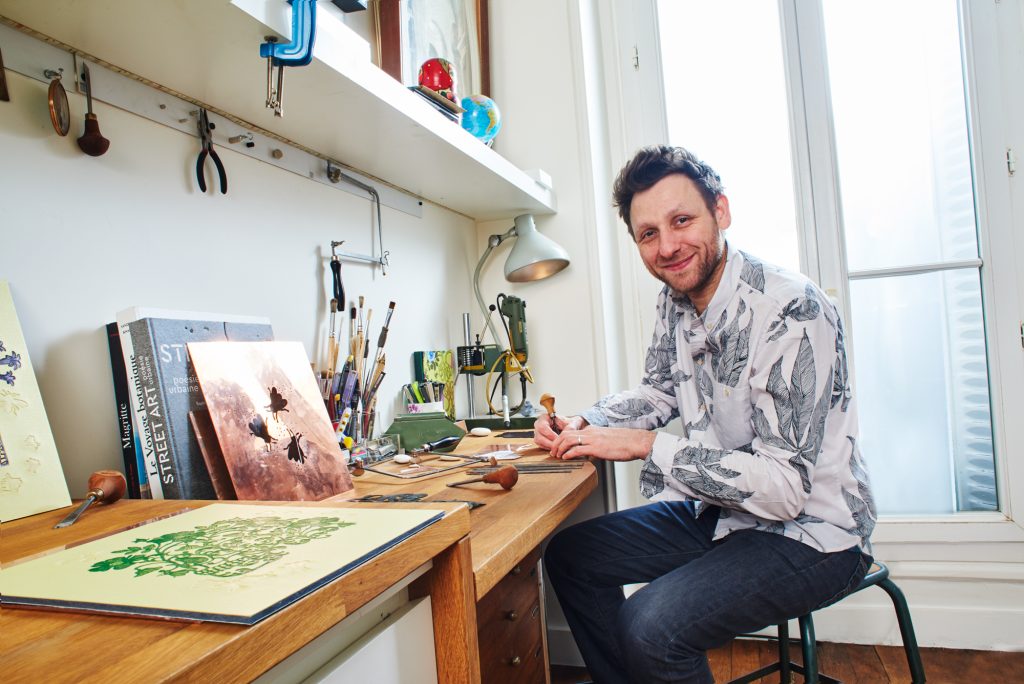
Image by Rodolphe Baras
Discuss the importance of Exhibitions to your artistic growth.
These are unique pieces or very limited editions. It is important to the stage for the release for public knowledge. It allows you to meet people who appreciate my work and want to work with me. For example, some galleries then sell my wallpaper or my scarves. Some clients ask me to perform the wall jewel they always dreamed of. exhibitions also force us to renew and propose new creations!
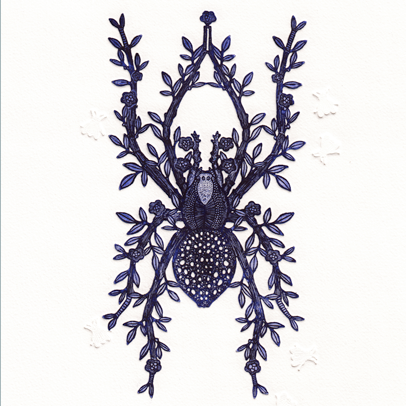
Spider
Contact details.
Michaël Cailloux
michaelcailloux.com
contact@michaelcailloux.com
Michaël Cailloux, Paris, France
Interview by Deborah Blakeley, August, 2016
Joan Waters
You began your art training in 1976 when did the use of welded steel begin and how?
Some background—I was born in England, and grew up in Baltimore, Maryland, where I earned my BFA at MICA, Maryland Institute College of Art (a combined major—painting/drawing/printmaking/sculpture, summa cum laude). I moved to Phoenix in 1989, and had my own graphic design business. After 9/11, when the economy suffered, my design business slowed and I decided to get a body of work together and start exhibiting my paintings.
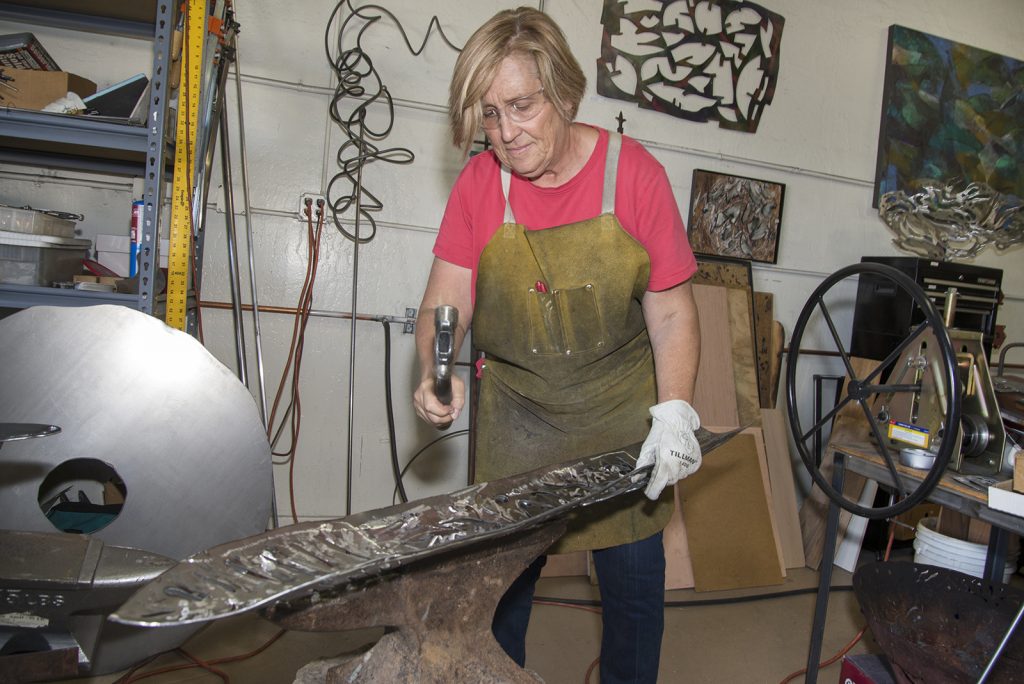
I enrolled in a Basic Welding class at Mesa Community College. I had always liked making designs with positive and negative shapes, and had been cutting them out of various types of paper and board over the years, though I was frustrated with how flimsy and delicate they were. I didn’t really respond to metal, until we started using the plasma cutter, and that’s when the light went on. Suddenly I was able to cut shapes out of thick sheets of steel with this 10,000-degree torch as if it were butter. And they were substantial and durable, unlike the paper cutouts. Because I’d been drawing my whole life, the lines I cut were as natural as making a line drawing with a pencil. For the next couple years, I focused on cut out positive and negative shapes with colored patinas, and gradually started to understand how to construct and weld three-dimensional forms.
I use industrial materials and processes to re-interpret conventional art practices. Large sheets of industrial, cold rolled steel, angle iron and solid rod are cut, hammered, welded and ground to become layered, organic forms. Although I work in a wide range of mediums, at the core I see it all as drawing and painting. For example, I’m using the mig welder and plasma cutter to “draw” on the metal, “erase” with the angle grinder, and “paint” with patinas on layered steel sculptures.
The experience of working in different mediums, say painting and metal, is that I can take a discovery in one medium and explore it in another. Consciously avoiding getting locked in to knowing the “right” way to do things, keeps the exploration process open and inventive.
As soon as you adopt the perspective that you know the answer, you’ve lost the element of exploration that keeps the imagination alive.
The Arizona Arts Commission has been very generous in providing Professional Development grants to you, discuss.
The advantage of these grants over a series of years. How the terms and conditions of the grants have influenced the direction of your work.
These are supplemental grants that support learning and development activities--I’ve used several of them to assist in attending sculpture and metal working conferences around the country. Because the grants supplement the artist’s own funds, they support the artist’s own commitment and provide a monetary boost. There’s no restriction on the work. I feel they’ve helped me broaden my perspective by attending these conferences and meeting artists from other parts of the world. It’s an honor to receive them, and the selection process also brings credibility to the work I’m doing.
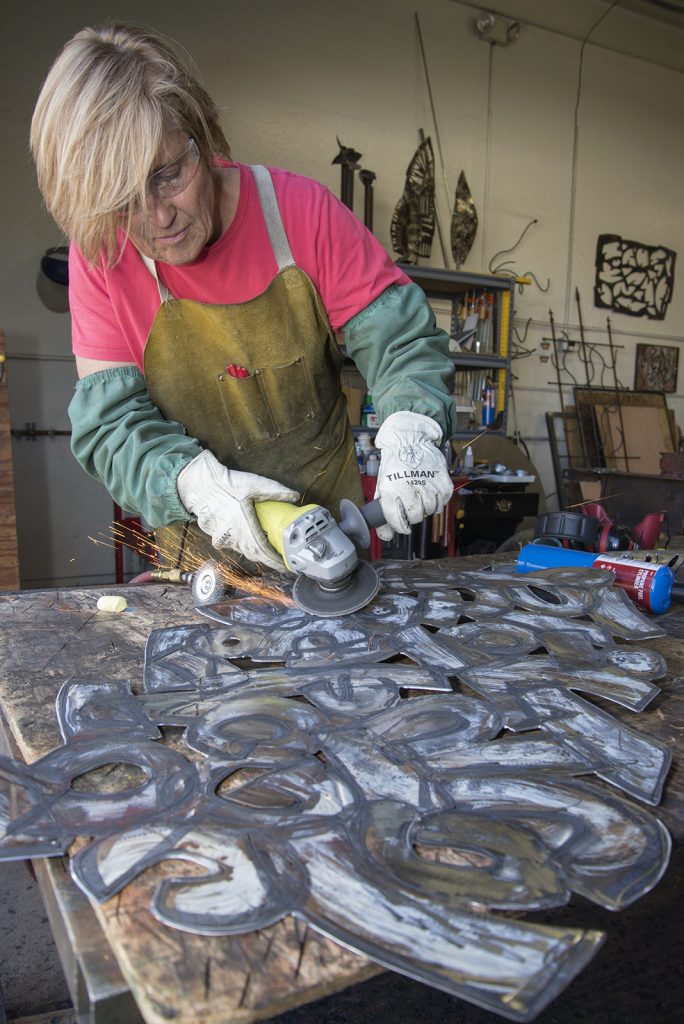
Your comment, “I do know the completed work sings or hums – there is a vibration that comes out of it.” Comment on this.
Explain the welding lines… Technique
Effect that it produces on your work
This quote was from my exhibition “Beyond the Shiny Metal Object: Reflecting on the Shadow’s Light”. These works were large steel sheets that I welded series of lines, patterns of concentric circles and lines onto. My process was to first cut and grind the entire front and back of the steel sheet, then make all the welded patterns in one big session. As the welding progresses, the heat collects in the steel so it is quite hot—it’s hard to work close to it for so long. Since I’m wearing a dark welding hood, my field of vision is very small—it’s like driving down a pitch black road at 60 miles per hour with a flashlight guiding the way. I’m relying on years of drawing practice to control my hand and guide the line. Where the patterns are concentric circles, I do it in one shot, and there is no going back to make corrections if I mess up the welding.
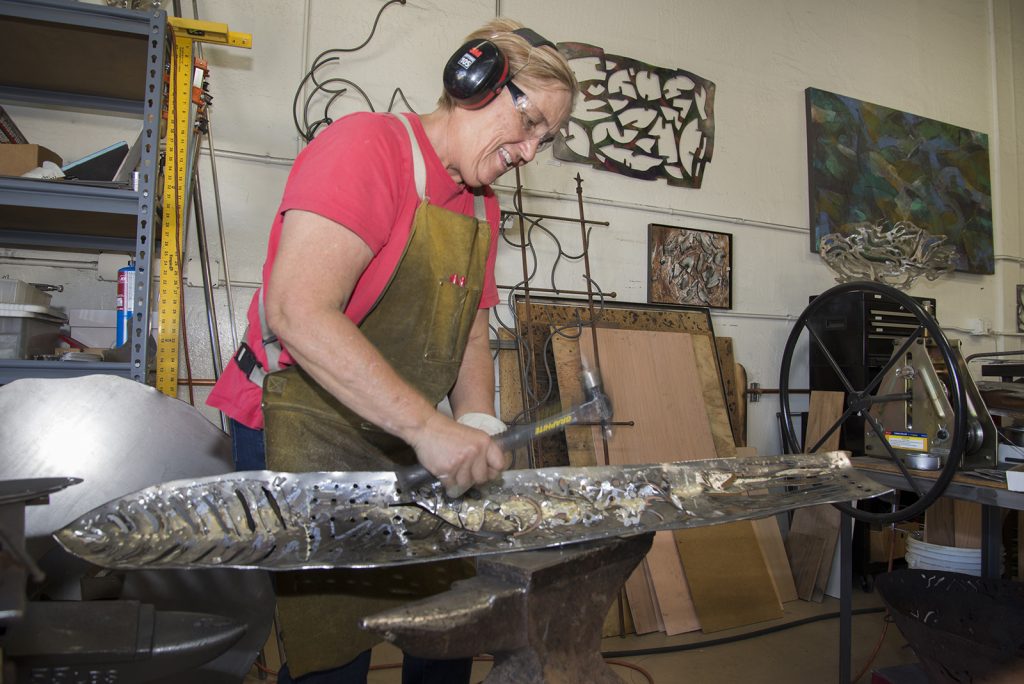
As the welded panel cools, it contracts and starts to curve and become concave, depending on how the welding was done. After much cleaning and grinding I apply patinas and then there is further finishing and refining with air tools, wire brush, etc. Both in the working process, and when the piece is finished, there is visually and acoustically an effect of sound or vibration being directed back towards the viewer from the concave surface of the steel.
You use energy patterns in many of your pieces expand on how and where you find the patterns?
I think these suggest energy patterns.
According to quantum mechanics, what we see as ‘solid objects’ are actually comprised of particles, discrete packets of energy with wave-like properties.
This body of work explores the similarities in these wave-like, energy patterns that are found in many different types of living beings and situations in nature. Ripples of water in a river, raindrops falling into puddles, growth rings of trees, vibrations, sound waves, and galaxies in outer space, are some of the forms suggested by these drawings of radiating lines and arcs. The process of making these pieces deliberately includes several elements of uncertainty and lack of conscious control, so that natural forces and patterns may become part of the evolution of each piece.
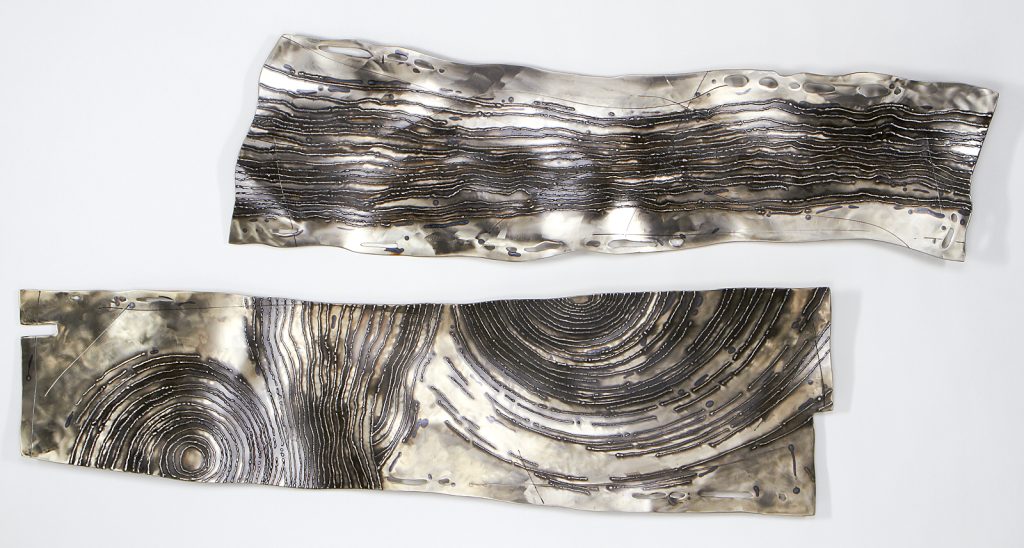
Eddies in the Stream, welded steelwith patinas, clar powder coating 17 x 57 x 3 In.
As the welded patterns overlap and run off the edges of the steel, it creates the impression that the piece of steel doesn’t contain the waves of energy, as much as it functions as a window which allows us to view these energy patterns found in the ‘objects’ around us.
Many of your pieces are designed to be seen from all angles discuss this.
In painting, there is a practice of viewing a work in progress from different directions, to make sure the composition is strong and well balanced. I often employ this practice in creating the work, but I have taken it a step further, and let it influence how the finished work is viewed. By choosing to hang a sculpture horizontally or vertically, the viewer is able to participate and engage with the work over time. I think what makes a piece worthwhile is if the viewer is able to engage with the work, and explore their own questions in it. Many of the compositions reference patterns and forms found in nature, and it is interesting to see the universality of these forms which are found in vertical and horizontal configurations.
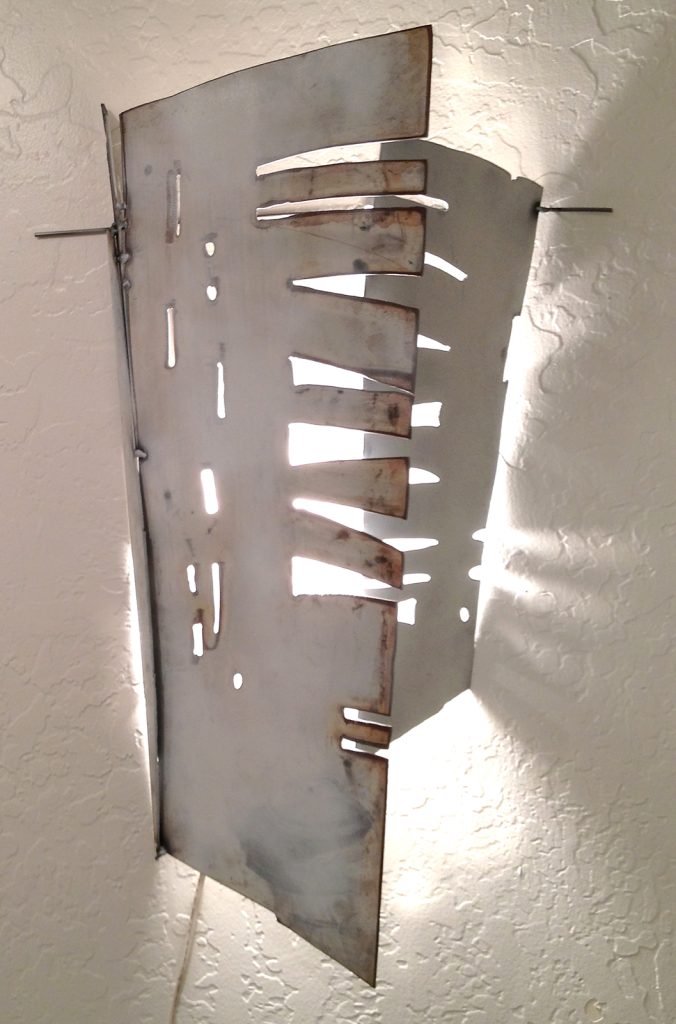
Steel Origami, welded steel, patinas, paint.
‘Passage’ is an acrylic on canvas while ‘Mariposa: Scaffolding for Growth’ is welded steel can you discuss the comparisons that can be found in both pieces?
Thank you for making the connection between these two.
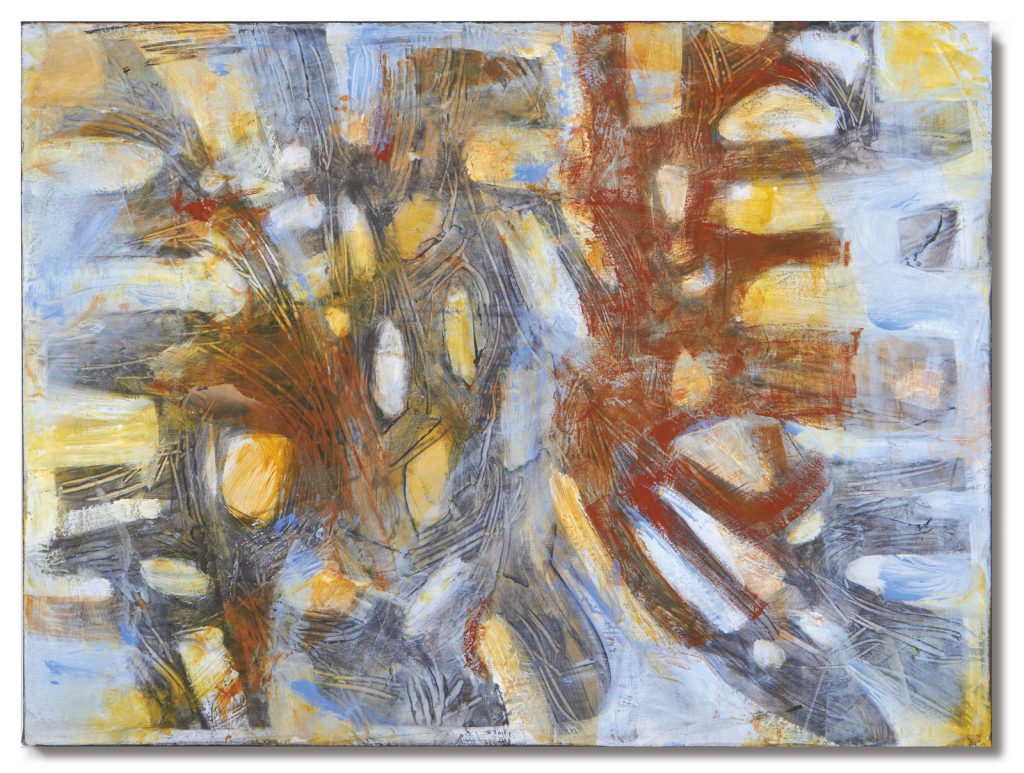
Passage, Acrylic on Canvas, 18 x 24in
They were not created concurrently, so I was surprised to discover the similarities in the two works-I believe the painting came first. Both works suggest these forms and light in space, looking through scalloped openings, and a sense of mystery, of something being revealed over time as the eye discovers new patterns and shapes. The sculpture has the added dimension and hidden “twigs” structure behind the front pieces, which invites exploration of the colors and shapes in its shadows.
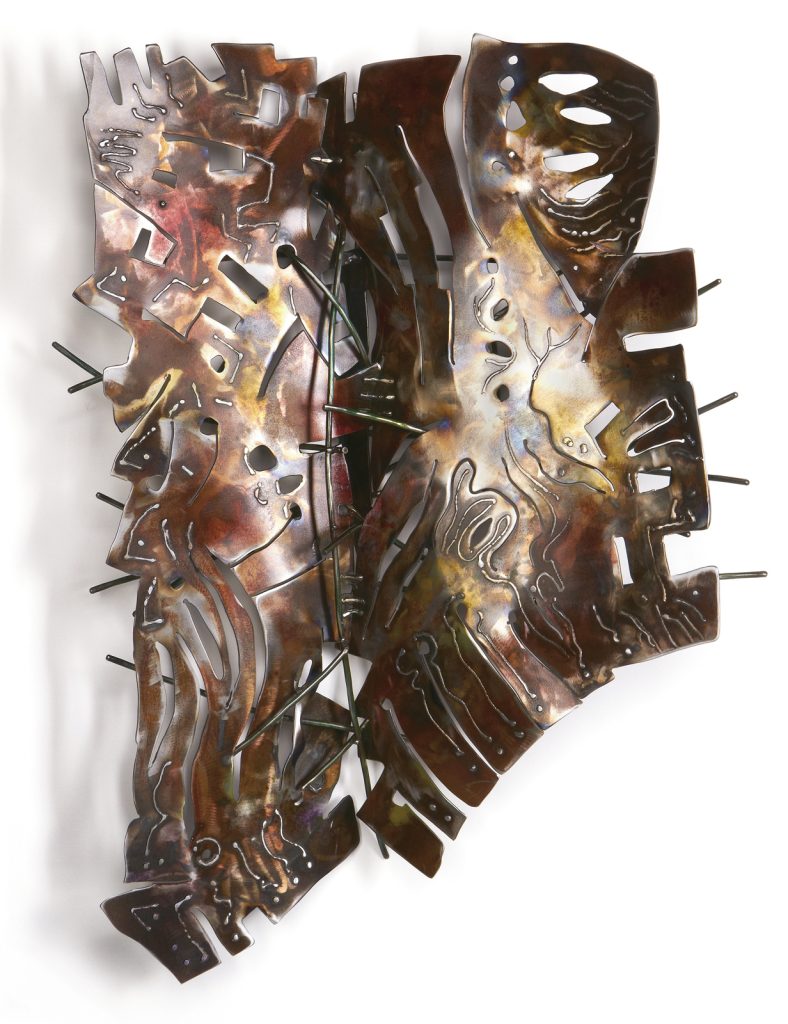
Mariposa: Scaffolding for Growth, welded steel, patinas, 29 x 19, 6in
You have been influenced by African masks, discuss this in relations to your work ‘Mariposa: Mask’.
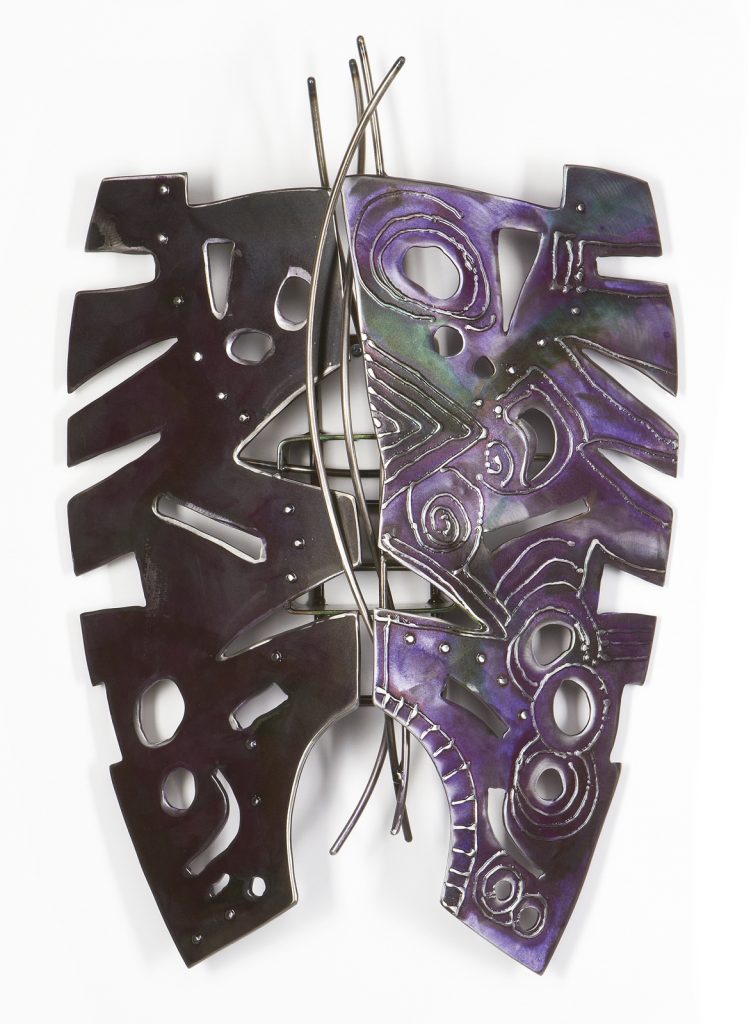
Maripasa: Mask, welded steel with patinas, clear powder coating 20 x17 x 6 inches
Mariposa is butterfly in Spanish, and I prefer the Spanish title because it is free of the preconceptions we have with the word ‘butterfly’. The Mariposa series was influenced by Rorschach inkblots, where there is a mirror image coming off a central axis, and the viewer is left to create their own interpretation. This piece conceals a hidden layer within, which is also the hanging mechanism. When viewed from the back, the interior is smooth and finished, like a mask interior, and visually interesting in its own way. I called it mask because it seems to hide a second identity, the elements which are behind it, which is the ‘shadow’ of its outer presence. It is thick steel with welded markings. the edges are beveled and shaped with the grinder to reflect light on the different angles and create a sense of movement.
Light plays a part I your work ‘Shadow Branches’ and ‘Steel Origami’, these are both very different but both use light to complete the work, discuss.
Because we have so much sunshine here in Phoenix, I’m often thinking of light and shadow as important visual elements in my work. ‘Shadow Branches’ , made of hammered steel rods, float and intertwine in space, and cast intriguing layers of shadows on surrounding walls. These are constructed out of round steel rod which is hammered and bent. The individual branches can be configured into constructions from a few branches to entire walls. When the light is directed on them, the shadows become a dynamic element that twill change as the light changes.
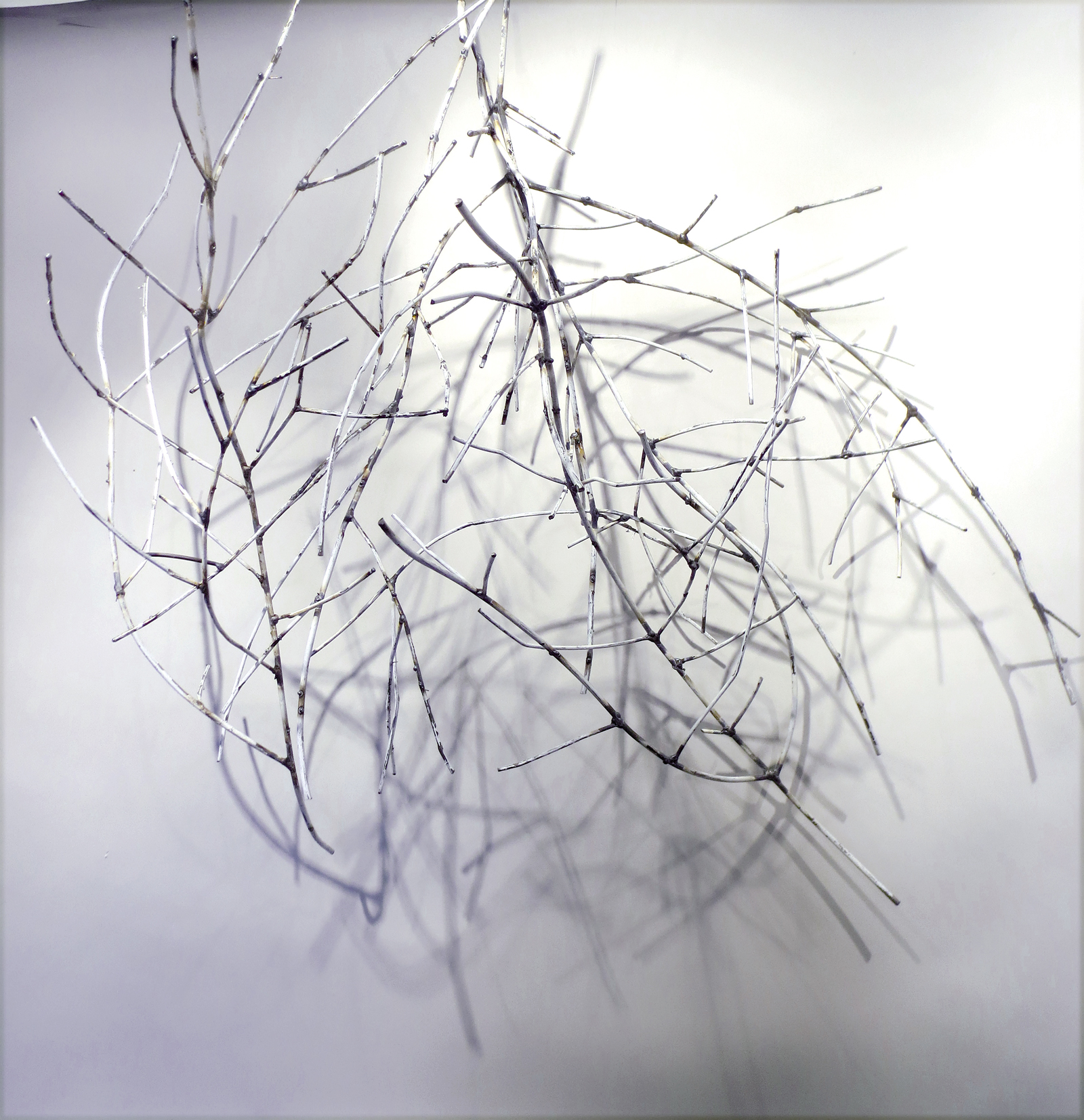
Dendrites - Shadow Branches, welded steel, acrylic paint
‘Steel Origami’ uses thin sheets of steel with paint and patinas. I create folded, constructions, as if suggesting folded paper. When lit from within, the cut out areas throw shapes of light onto the wall.
‘Sammamish Totem’ has a very strong natural element expand on this.
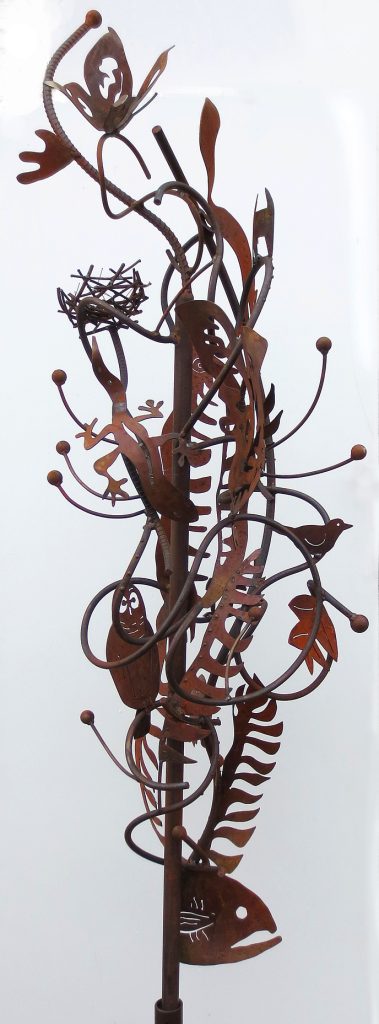
SammamishTotem, 18 x 16 x 82 in
‘Sammamish Totem’ was inspired by some totems I’d made with Arizona desert motifs, but this one, a commission for a couple who live outside Seattle, Washington, suggests plants and animals that are indigenous to that region, known for its old growth forests, salmon and rainy climate. Ferns, birds, fish, a nest, mushrooms and viney undergrowth become totemic elements to the piece. It was built to enliven their back patio, set the forest trees.
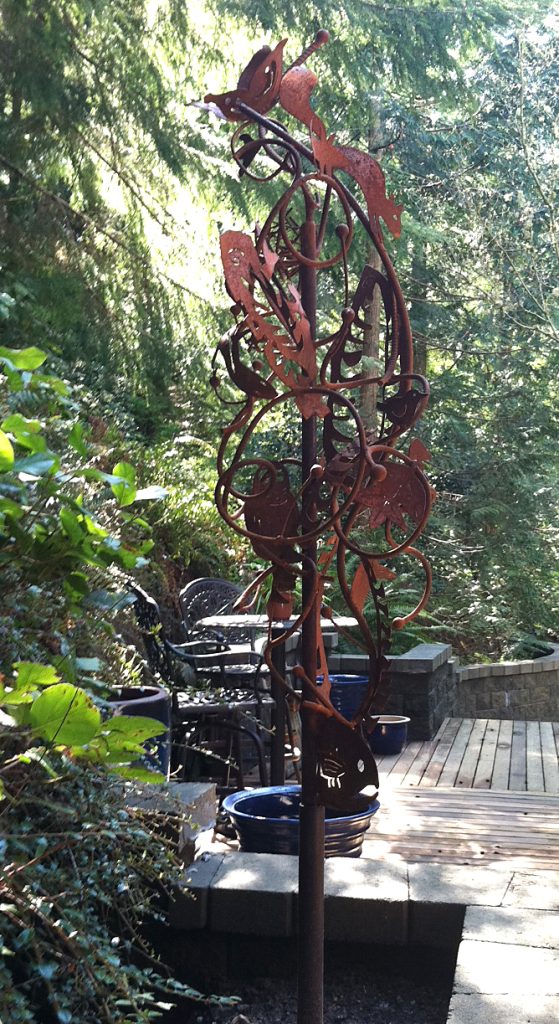
Size is shown on your ‘Desert Heart’ pieces expand on both in relationship to size.
The smaller ‘Desert Heart’ was created first. It got its name from the curious dichotomy of living things here in the Sonoran desert—they can be quite alive, but appear dormant or dead at times. After a rain, they bloom with color and seem to spring to life. The duality of nature—its power to destroy as well as create—becomes part of each piece through the extreme amount of deconstruction, cutting up and taking apart, that is necessary before the work can be re-ordered as a unified organic presence.
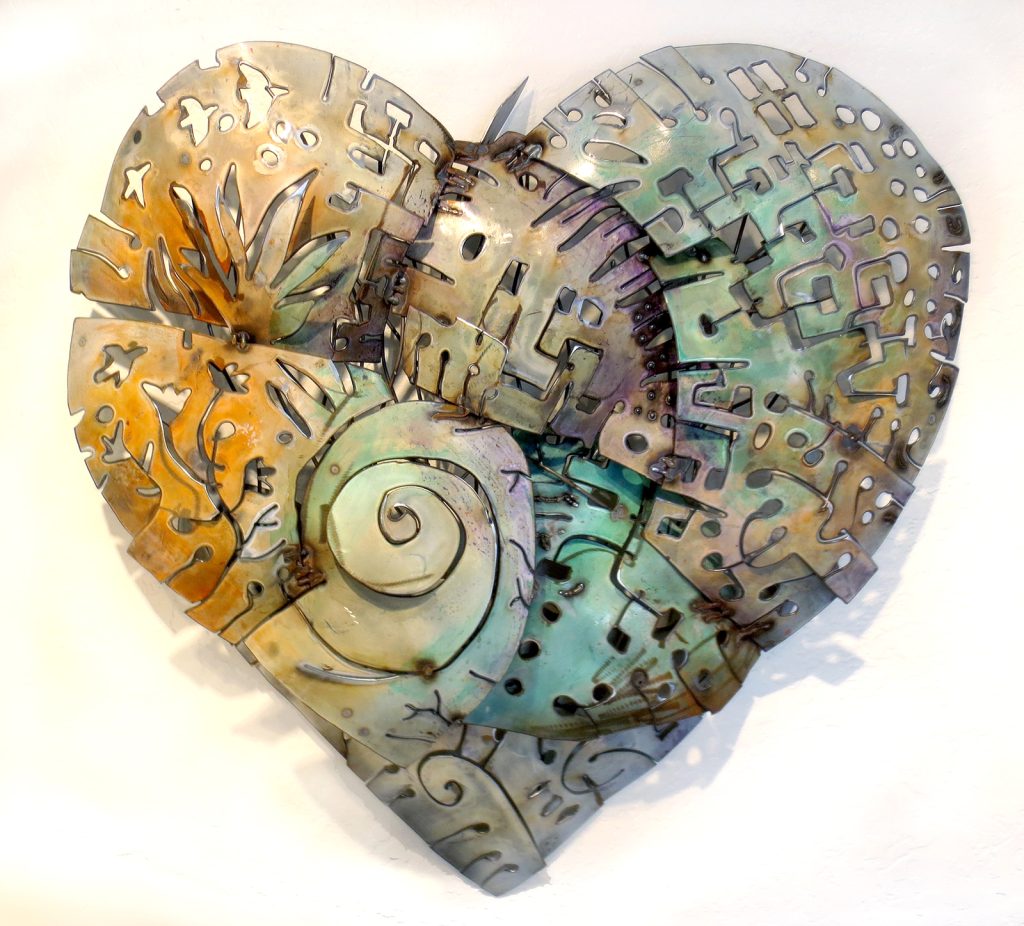
Desert Heart, with LED lighting
In making this, I was curious to see how much of the steel I could cut and remove, which made the piece seem very fragile. I then hammered and bent it, curving it around into a dimensional form, and welded it in place. I took care to scale it up carefully, and add more detail so the larger version had the same feeling to it. The large version was donated to a fundraiser at the Desert Botanical Garden, and had an LED light rope behind it with changing colored lights, for a very dramatic effect.
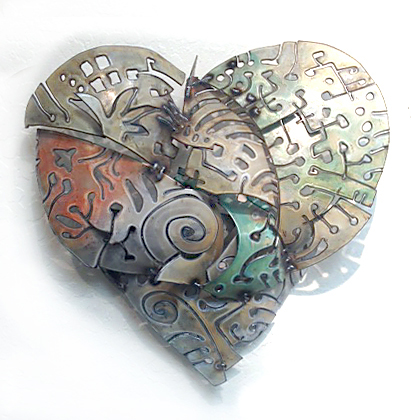
Desert Heart, welded steel with patinas, 30 x 30 x 7 in.
Explain the process you have used in ‘Calligraphy in Space’.
Technique / Colours / Sizes
This series translates the energy of making a calligraphic drawing into the form of welded steel sculpture. Drawing, based on observation of objects in the environment, and the process of making marks and ephemeral gesture drawings, becomes the foundation for entirely new objects in space.
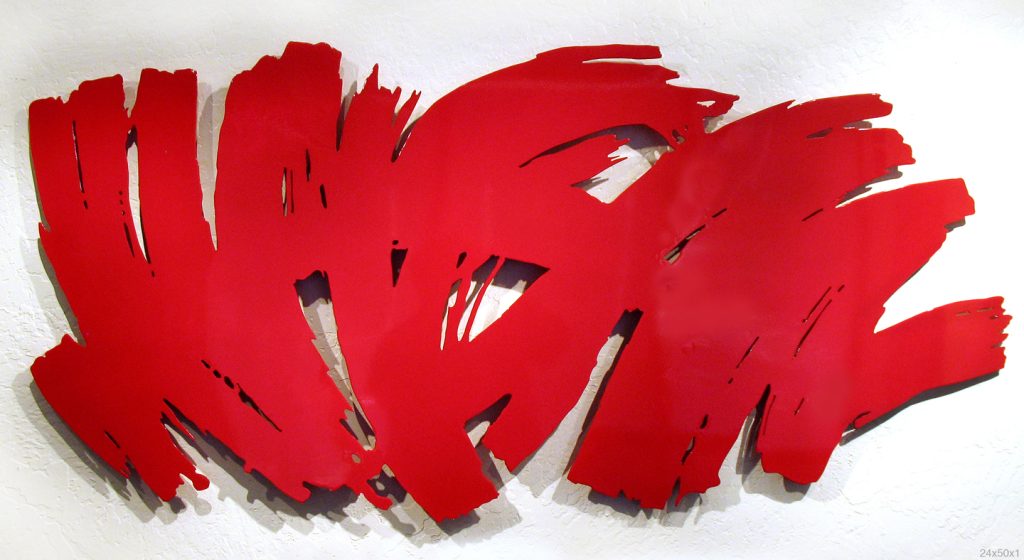
Calligraphy In Space, Hand cut steel with red powder coating,
The beginning is a sketch or vigorous gesture drawing with brush and colored patinas onto a large sheet of heated industrial steel. I trace around the marks and cut out freehand with a 10,000-degree plasma cutter. Through the process of grinding, welding, and layering the material with hidden spaces, I am able to re-configure the brush strokes into new abstract three-dimensional objects which suggest the dynamic energy and physicality of the original drawings. Some of the heat marks from the cutting remain in the colored patinas, which adds more depth to each work.

Calligraphy In Space; Black, welded steel with patinas, 40 x 37 x 3 In.
‘Desert Towers’ was a commission for a garden, discuss the commission and also working with both the landscape architect, homeowner and your own personal response to the pieces. How you were all able to combine and come to such a positive finished commission?
‘Desert Towers’ is a great example of the synergistic process of working on a commissioned project (if all goes well).
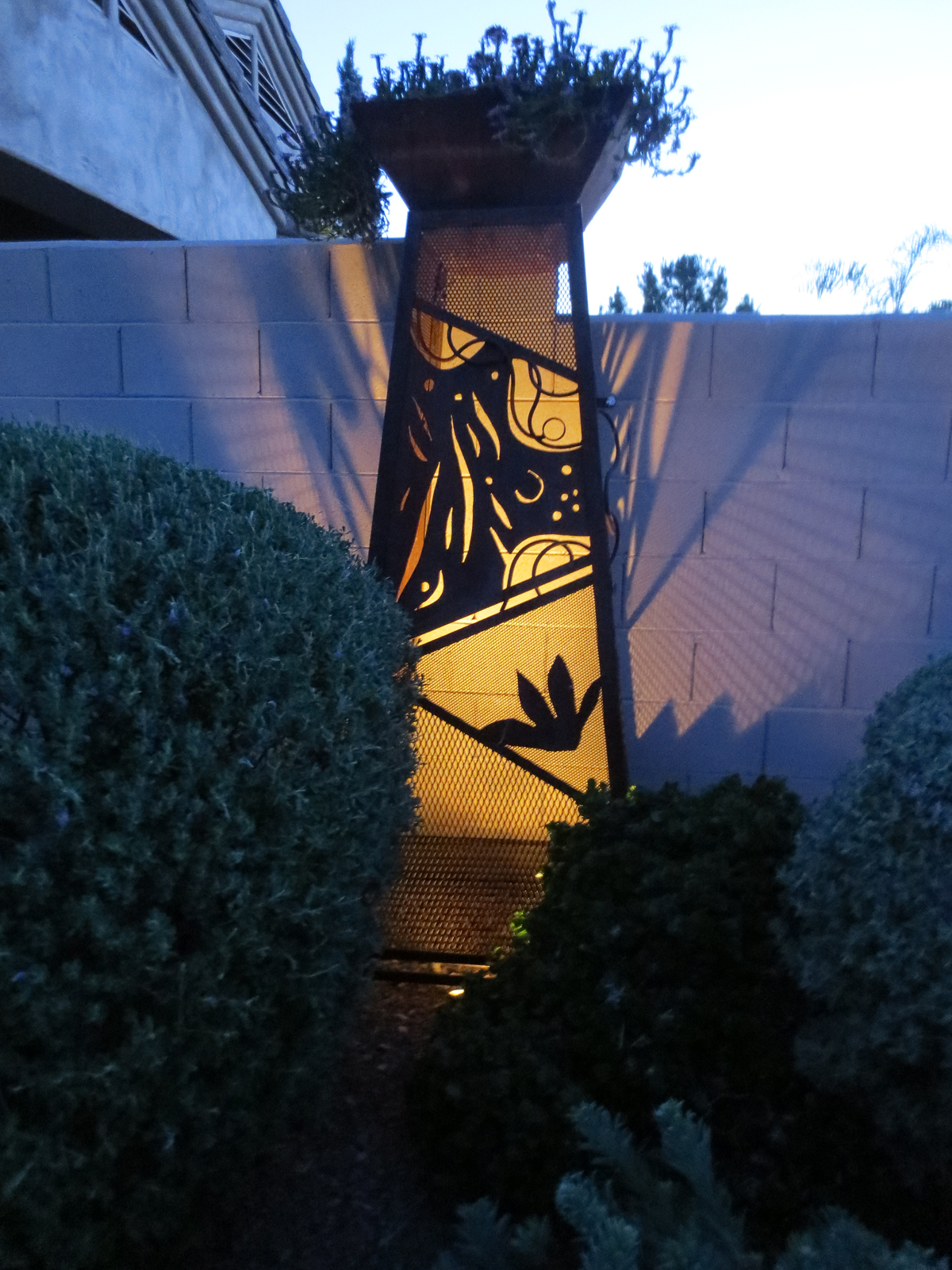
Desert Towers, Commission
I met the client at a studio tour where I was exhibiting, and as it was early in my working with steel, I wasn’t quite sure what I would design for him. He liked my work, and the positive and negative shapes cut out of steel. At first, the client was thinking of stone filled gabillons, which I’m glad we didn’t do, because he would not have been able to take them when he moved!
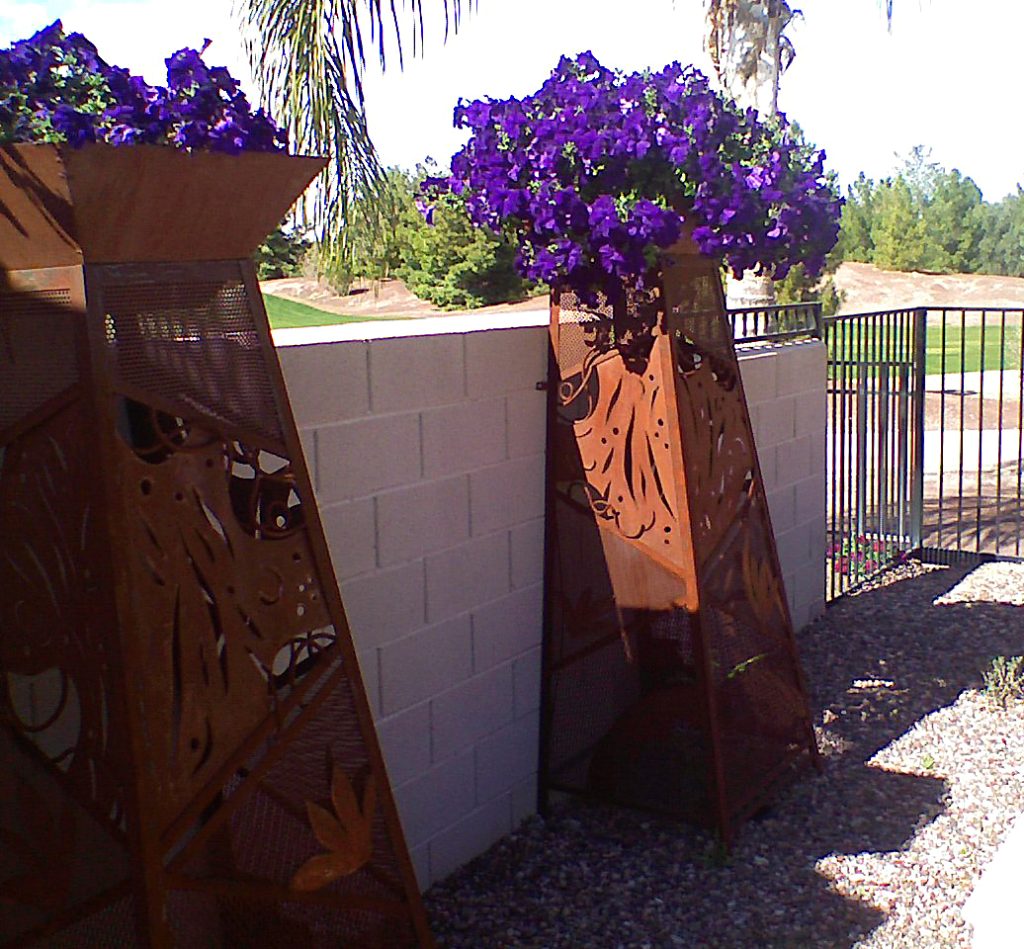
Desert Towers
I did a number of site visits, took photographs, and made sketches and some models which were part of the dialog and process with the client. A landscape architect wasn’t involved. The goal was to add character to the pool area, including at night, provide visual screening from the golf course, and increase privacy along the neighbor’s wall. I finally came up with the idea of constructing the towers to support the steel cut out designs, The variety of perforated and expanded steel, with bent steel rod creates an organic sense to the work. There is accommodation for the irrigation to be concealed within each structure, so the planter on top is watered, and the lighting at the base creates dramatic shadows, perfect for night time swimming.
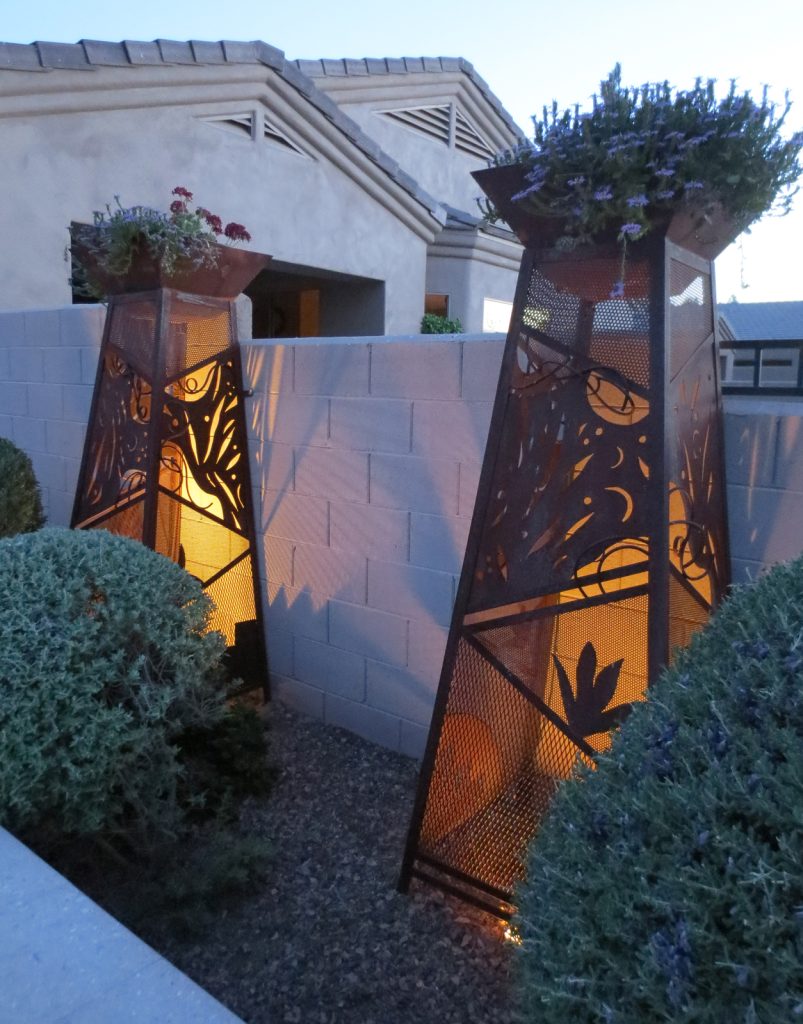
Desert Towers
A note—I don’t use found objects or “recycled” materials in my work. Interestingly, most “new” steel is comprised of a high amount of recycled steel:
Steel is the most recycled material on the planet, more than all other materials combined. Steel retains an extremely high overall recycling rate, which in 2012, stood at 88 percent. The amazing metallurgical properties of steel allow it to be recycled continually with no degradation in performance, and from one product to another. Source: American Iron and Steel Institute (www.steel.org/sustainability/steel-recycling.aspx)
Contact details.
Joan Waters
website: www.JoanWaters.com
email: Joan@JoanWaters.com
Joan Waters, Arizona, USA
Interview by Deborah Blakeley, August, 2016
Judy Drew
Between 1976 – 1984 you spent time on Bougainville Island and Papua New Guinea discuss the influence of this time on your work?
In the beginning there were limited art supplies which forced me to experiment with what was available. I would make my own modelling paste from powder and PVA glue as a base for my oil paintings. Eventually I worked in all mediums and I did many pen and gouache drawings of the local people - especially the women and children. I think the isolation was an advantage. There were few influences and I was able to develop my own style. I learned a lot from reading as many art books as I could get hold of.
What lead you to pastels?
I had worked in all mediums, oil, acrylic, watercolour and gouache while living on Bougainville Island but when I bought my first set of Pastels (Schminke) I felt a real connection. They felt familiar like the crayons, pencils and chalks I had used as a child. I felt in control and they suited my indecisive temperament.
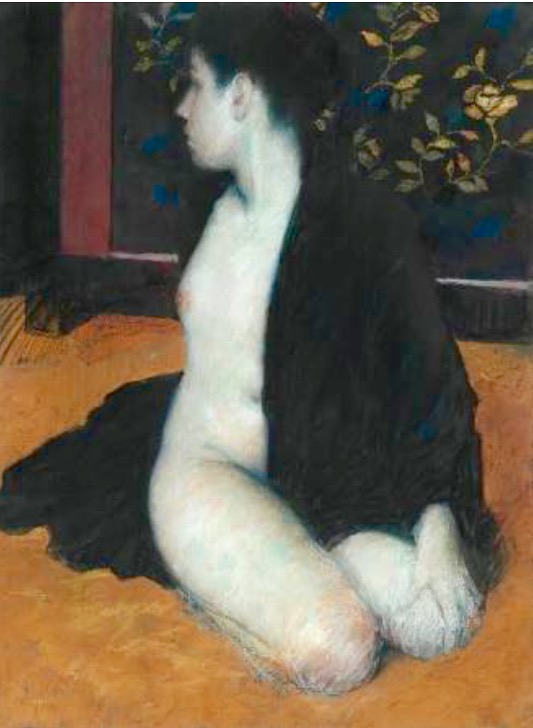
Half Naked Nude in Black
You have been strongly influenced by Degas – expand on this relationship to your own work ‘The Dancer’?
When I started to use Pastel over thirty years ago I began to study the Pastel artists of the Post Impressionist Period - in particular Degas. I have always been interested in figurative work and Degas' portraiture with its delicate line work, tendency towards understatement and often spare use of colour appealed to me. His works show such a powerful confidence of technique yet a highly sensitive understanding of how to capture the essence of the portrait.
Who are your models?
I have had a number of different models. Some who have posed for group Life Drawing Sessions and others I employ as models in my studio.
Can you comment on the importance of setting and fabrics in your portaits?
The setting isn't always important at the time of sketching the model. I usually choose to create the setting around the model when I am working on the piece in my studio. I find that is when the magic starts. When away from the model I can concentrate on colour choices, elimination of extraneous details, paring the work back to what are the important elements. Colours can change, certain elements can be exaggerated or understated according to what feels good to me. Sometimes I will have the model return to complete the work. The fabric choices are all part of this process.
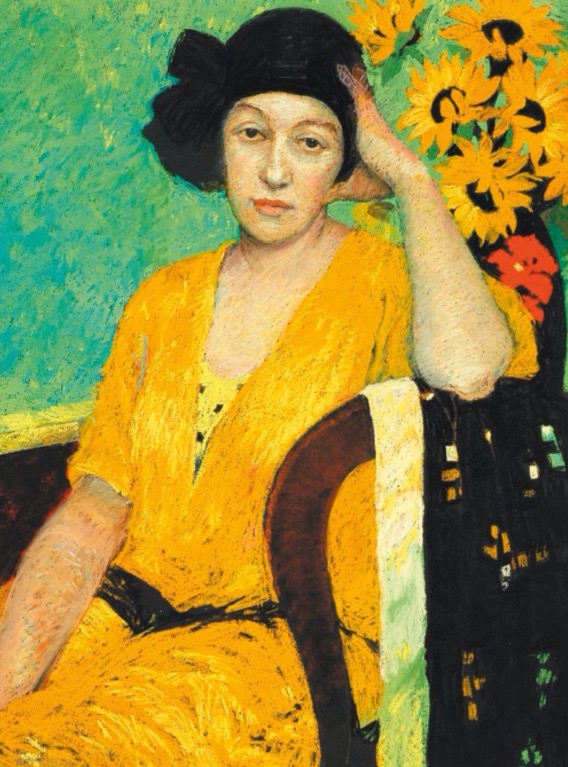
The Cloche Hat
Your work in Charcoal
I love working in charcoal with a life model. I usually choose a compressed charcoal and enjoy the freedom it gives. Achieving an accurate likeness when doing a portrait is still important to me and I like the self-discipline it presents. However achieving a likeness should not be at the expense of the technique. If the work becomes tight and overly 'perfect' there's no soul. Making mistakes, making a mess, reworking can add life to the work. Allowing the process to show through - the rubbing out and the fidgety uncertain lines all help infuse the work with emotion. You learn a lot about colour working with tone as it teaches you to closely observe the subtle changes of light and shade which need to be considered when creating a coloured work.
Working with pastel
Working directly in colour with a life model takes a lot of self-discipline. I usually work on black and start in the centre of the face and work my way out. I have very few lines to indicated the overall composition but usually have a good idea in my head or in sketches done beforehand. My colour choices often develop as I progress and may change in the process.
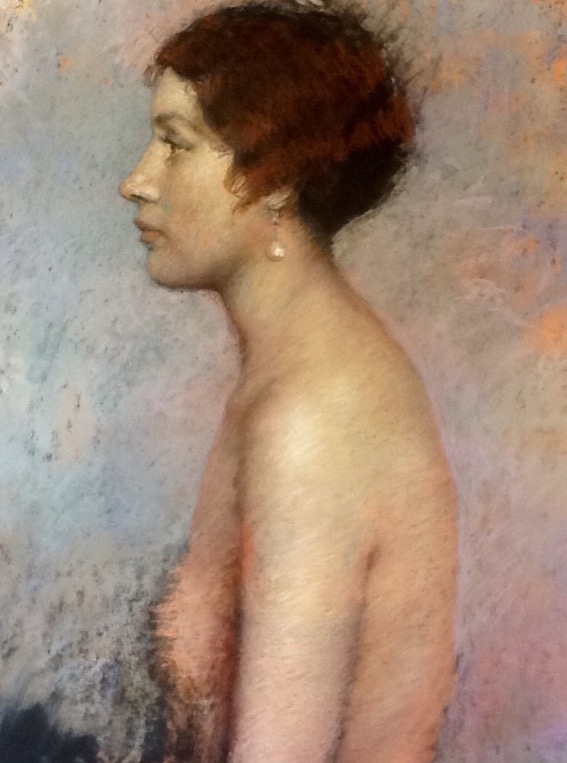
The Pearl Earring
Do you take commissions for portraits?
If I am asked to do a portrait it will only be from a life sitting. I don't like to work from photographs. I don't want to do an exact rendering of a photograph. I feel a much better portrait can be achieved through the struggle of direct observation and individual interpretation.
You comment on the importance of the understatement and underplay in your work. Discuss this using two of your works.
I think if everything is 'described' - if all details are put down there is no room for the imagination. The temptation to complete in every sense takes away the spontaneity. It's easy to loose the essence of the work (ie not just what you see but what you feel). So paring back to the essentials I think is important.
When working on the pastel 'Girl in Orange and Green' I felt a limited palette and a simple composition gave the work sensitivity. Touches of contrasting bright orange enlivened the piece. The pastel 'Half Draped nude in Black' is a stylised interpretation of the nude, concentrating more on the simplified shapes of the black gown and the contrasting white shape of the figure.
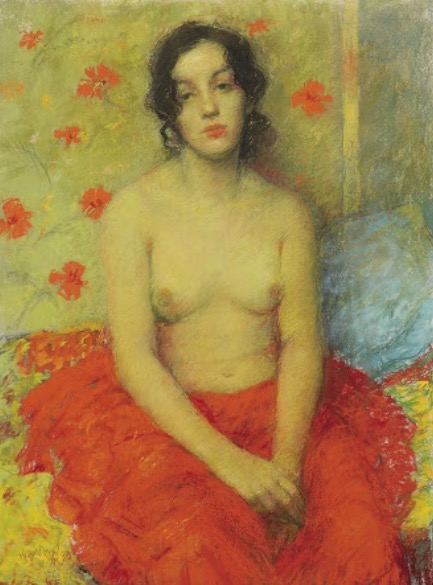
'Girl in Orange and Green'
Many of your works have a very Japanese influence expand on the use of background and clothing that gives this “Japanese” impression.
I have learned a lot from studying the influence of Japanese Art on the Impressionists. It encouraged them to simplify the shapes, eliminate detail, distort the background, radicalise the composition, use flat unbroken colour and eliminate the shadows. This helped drag the work out of the dour, the traditional, and the predictable style of the time. I love that and I wanted to give my work the a similar 'lightness'. Japanese (written) characters, fabrics and clothing with their simple elements of design convey an elegant beauty.
Your mother was a dressmaker, explain how this has influenced your use of fabric in your art.
Mum worked as a dressmaker when she was young and sewed all of our clothes. There was always visits to fabric shops and piles of fabric stored in an old Japanese Chest my dad brought home after the war. We loved to watch The Zeigfeild Follies, or Fred Astaire and Ginger Rogers on Saturday afternoon TV matinees - all the Hollywood movies of the Golden Era. I vividly remember the colourful costumes, patterns, silks, tules, satins, and the glamour of it all. I loved it. However I look for Beauty rather glamour in my work. Beauty encompasses more than just the visual. All the emotions are involved and it's how it makes you 'feel'.
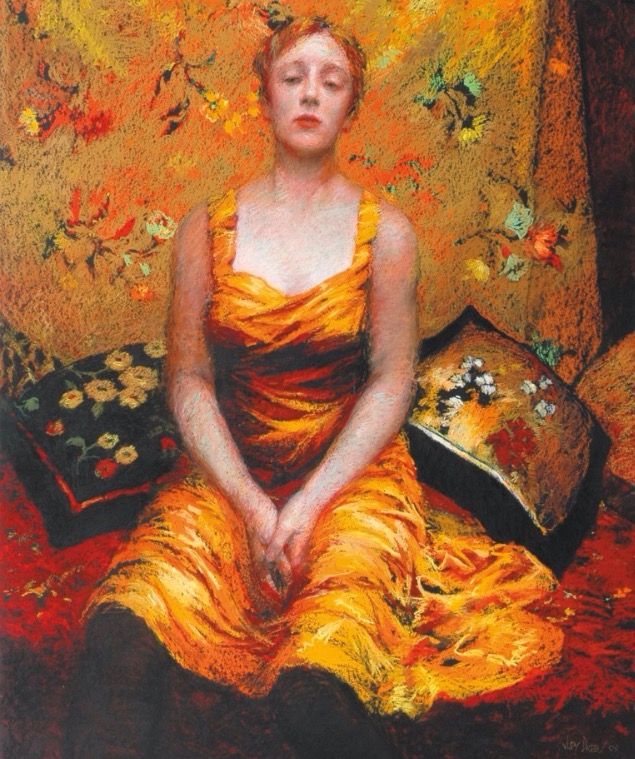
The Gold Satin Gown
How important was your time in Paris?
I was able to visit all the places I had read so much about. The Musee d'Orsay with its huge display of works of the Impressionists offered a good chance to see the influences each artist had upon the other. You felt the common bond they must have felt despite their often fragile, tumultuous relationships. I did several Life drawing studies there. The studios had quite a serious, disciplined atmosphere and I liked it. Perhaps naively I felt I had stepped back in time.
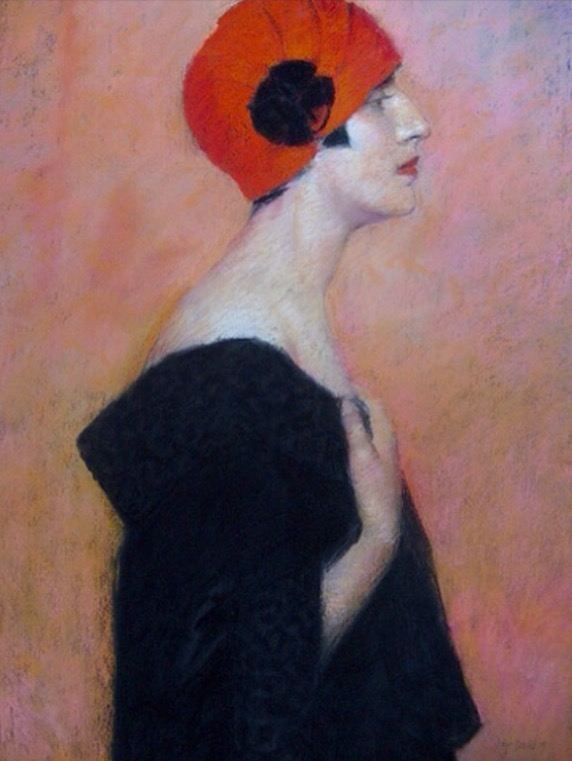
The Black Rose
How important has Mary Cassatt been to you as a woman artist?
Although I love Cassatts pastels and oils it's probably her block prints which appeal to me most of all. They show such a powerful Japanese influence and are still so fresh and crisp even today. She was a good friend of Degas and they visited the galleries together. You can see why he admired her work. I admire her strength of character which enabled her to produce such strong work in what was still a male dominated world.
Discuss the need for less in ‘Love of a Child, Being a parent’.
At the time I did this sketch I been watching the plight of the refugees in the news. The woman is based on a portrait I did some time earlier and I used artistic license to incorporate the child. I wanted to show the fear, trauma, emotion yet powerful physicality of the subject. I felt the detail and emotion in the face was enough and the body/clothing needed only to be indicated. To me it didn't need any more.
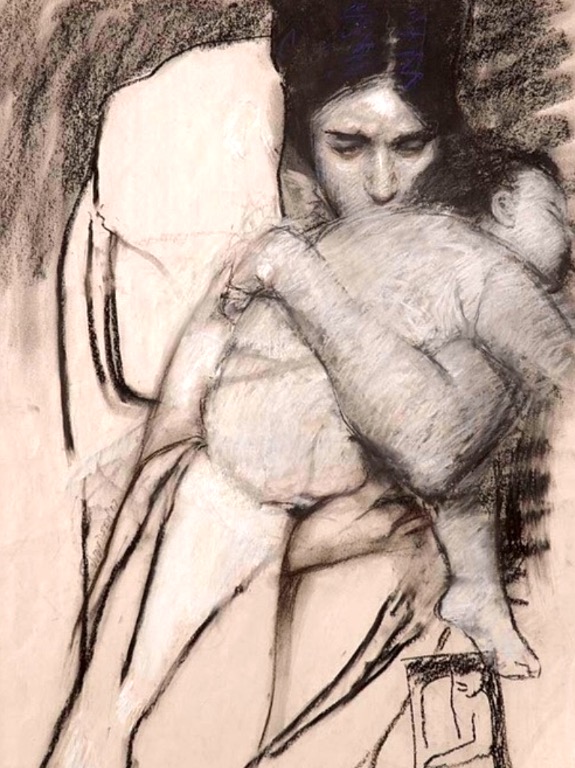
‘Love of a Child, Being a Parent’
Expand in how you develop feelings, passion and emotion to your work?
Emotion and drama can be conveyed through lighting and can create a sense of theatre. For example when the subject is lit from above. Eg The Gold Satin Gown. However when I'm working on a more light filled, simplified work where colour and shape dominate, the build up of strokes and texture can create a certain tension to the work. Eg The Cloche Hat. When working with charcoal, I get very messy using an eraser, my hands and fingertips. That physical involvement may help give the work a sense of emotion.
Contact details.
Judy Drew
Web: www.judydrew.com.au
Judy Drew, Melbourne, Australia,
Interview by Deborah Blakeley, August, 2016
Mark Stoner
h4>‘In collaboration’, can be said quickly and flippantly, but in your work it becomes an integral part. Can you expand on this in relation to ‘Water Course’?
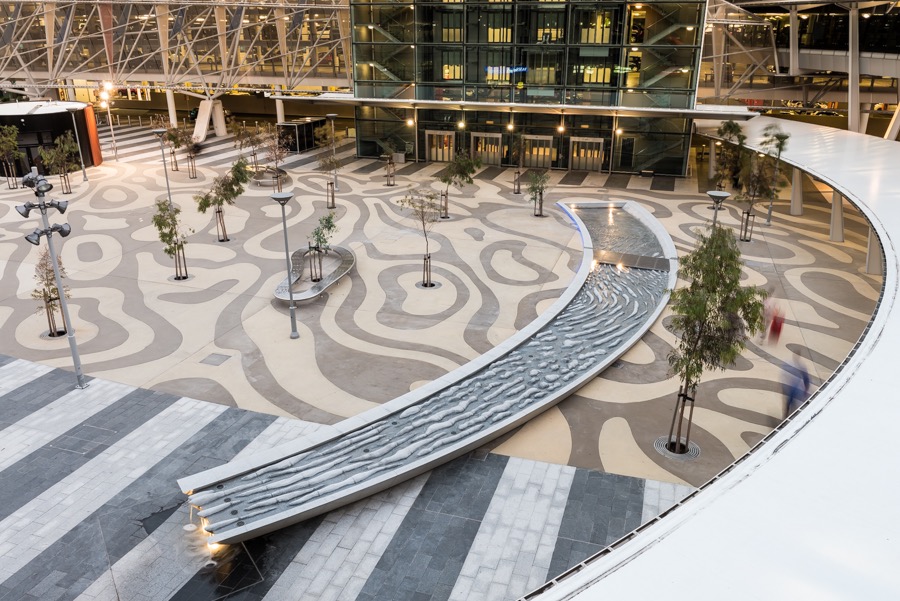
A collaborative project such as Watercourse at Adelaide Airport doesn’t just happen. In the case of Watercourse the collaboration stretched over several years. From go to whoa the project involved the client, their project manager, the landscape architect, the artist, a hydrologist, contractors, stone agents, stone carvers and stonemasons as well as OH&S consultants.
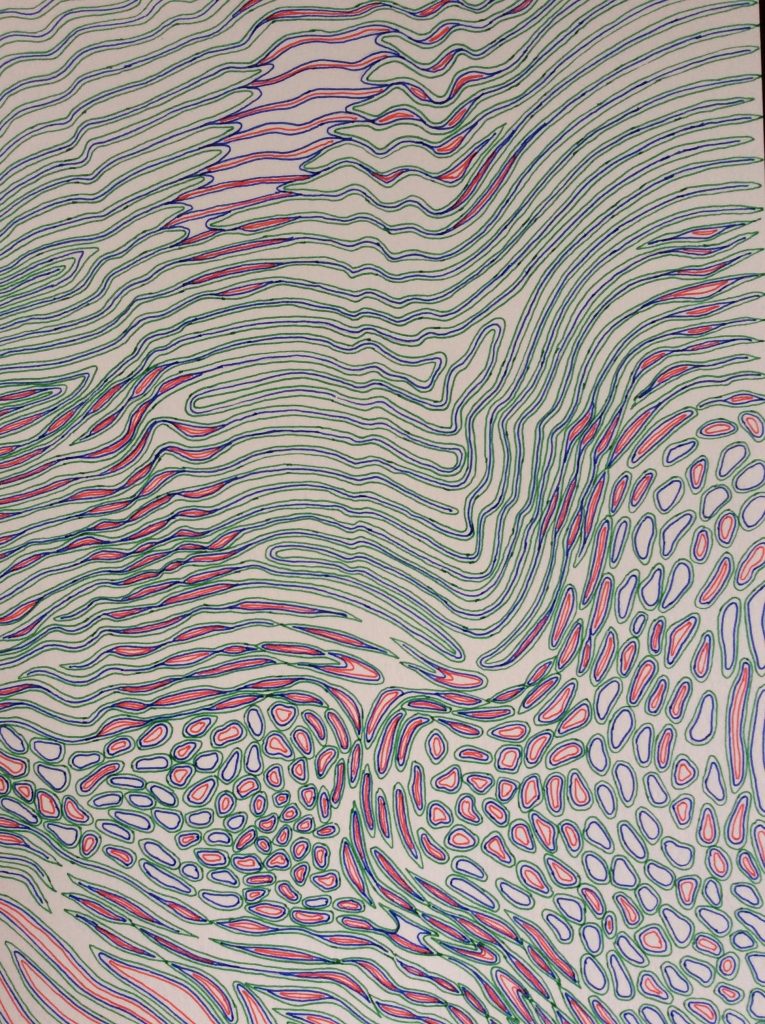
Watercourse is the outcome of my collaboration with landscape architects Taylor Cullity Leathlean (TCL). We have completed a number of projects over the last decade and have a good mutual understanding of our processes. For example, if I want to draw by hand a topography of every lump and depression of the 30 metre long watercourse they are OK with this and will then help to scan and adapt this into CAD.
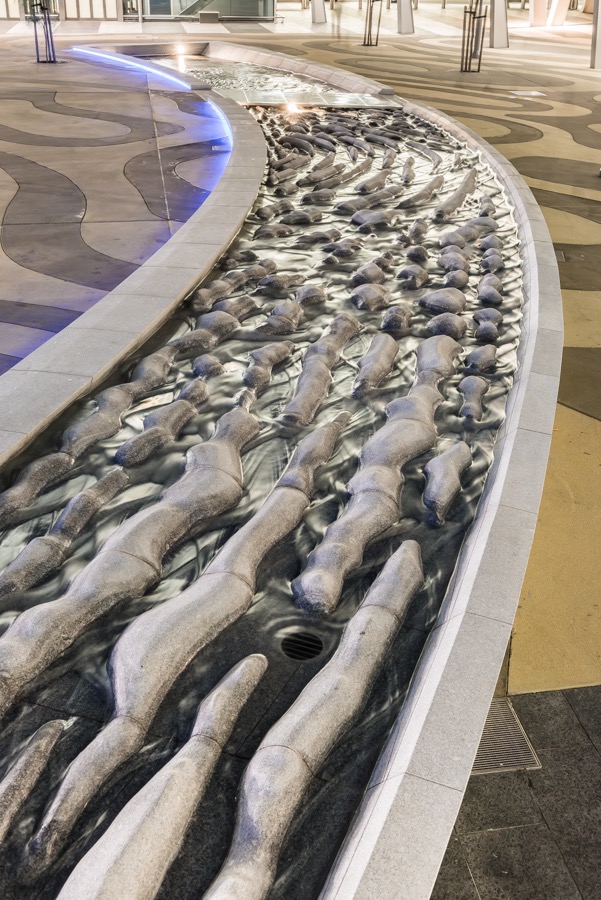
Discuss how you have used your art in the form of a memorial, 15 October 1970 – 15 October 2005
In 2004 I was part of a team together with Coomes, landscape architects, which won a concept proposal for West Gate Park.

The project was to create a memorial to the 35 workers who perished in the collapse of part of the bridge during construction on 15 October 1970. The site is bleak and windswept – a marginal site. It lies way below the bridge and overhead trucks and cars clatter constantly.
My proposal was a row of 35 concrete columns, minimal and severe. A relentless procession, one after another. As you walk the line you feel the number, you feel the extent of the disaster.

Your thoughts on the importance of sculpture in reminding the public of historical events?
Historical events can be examined in many ways and I think this can provide fertile ground for artists. The problem can be in that the commissioning body already has a didactic agenda that will more than likely be self-serving. An ideal commission will be open ended and allow for a thought provoking, and in the case of sculpture, a material, physical experience.
Public art plays a huge part in any city’s life, can you expand on the importance of public art opposed to gallery art.
Well at the risk of stating the obvious, public art is public. This immediately allows for a different accessibility. I believe art in the public domain can contribute enormously to the establishment of a sense of place.

North Corio Bay, Geelong, Victoria, Australia
The gallery space allows a specific context for the work to explore within a finite number of parameters. The public domain has many constraints and yet can be out of control in the sense of its accessibility and the time, light, mood, thoughts, activity of the viewer.

North Corio Bay, Geelong, Victoria, Australia
Does Australia give sculptors enough commissions to encourage young sculptors?
In Melbourne we love our label of ‘most liveable city’ that is due partly to our active arts environment. I am under the impressions that we give a lot of opportunity to young artists.
I taught in an art school for many years and it was often suggested that we should run a course in public art. My colleagues and I thought ‘NO’. Sure there will be problems inherent in working in the public domain and some artists will be better at this than others but why learn and develop art within parameters? Concentrate first and foremost on developing an art practice. If you decide to go for a commission or project, work out the problems and outcomes then.
"Composed not only of what lies before our eyes but what lies within our heads." D W Meinig. How does this comment resonate with your own work?
In Meinig’s article The Beholding Eye he proposes that if you took a small group of people to the same viewpoint and looked at the same time in the same direction we will not, cannot, see the same landscape. There can be ten different views and interpretations of the same landscape. This derives as much as from what is going on in your head as to what you see that lies before you. Essentially this goes for any person looking at anything. However, it is interesting to consider this in the light of the viewer and a work of art. It is within the capacity of the artist to open up this experience and the potential of the art encounter.

Ice, Onyx
You are very concerned; as are so many Australians with landscape discuss this in relation to your work?
Australian Gardens, Royal Botanic Gardens – Ephemeral Lake

This was a collaborative project with TCL landscape architects and artist Edwina Kearney. In the early design stages of the garden there was a desire for a body of water, a feel-good experience of the life source. We however, felt that without denying water, it would be more telling to indicate the presence and absence of water and to introduce ephemeral water as a key aspect of the arid Australian interior.

Saltpans, cracked earth impregnated with soluble salts, often stark white, were our departure reference for the creation of Ephemeral Lake – an installation of glazed ceramic tiles. Depending on the time of day and the angle and height of the sun, the installation can appear dry and stark, or as the sun lowers even wet and glistening.
I am concerned with how we see, understand and treat country. I am sure we all could say this, however as in Meinig’s example we all see things differently.
I feel the day, every day, I watch and feel the passage of the sun, the light, how the shadows move. I know the wind. I’m up at dawn, I walk the edge of the water. I know the tide and surf.
These are vital daily experiences for me and I try to bring aspects of these to bear upon my work.
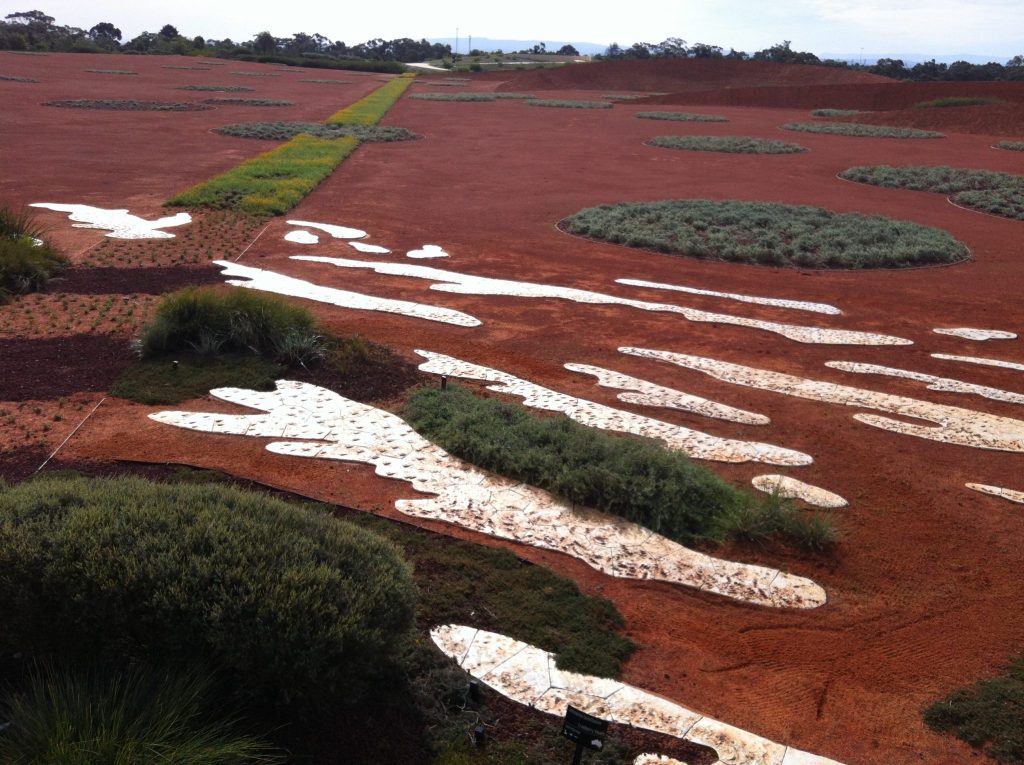
Norma Redpath is a name not well known to many can you enlighten us?
Norman Redpath (OBE) was an Australian sculptor. She lived and worked (when not in Italy) in the most beautiful bluestone cottage right opposite Melbourne University. Norma died in early 2013 and her studio was bequeathed to Melbourne University. Under the auspices of the Victorian College of the Arts (VCA), the studio will be maintained as a residential space for a sculptor.
Having worked at the VCA for a long time I was asked to be the inaugural artist in residence. This enabled the establishment of some protocols for the studio derived from a hands-on experience.
For an introduction to Norma Redpath and her life’s work please read Professor Ken Wach’s obituary which was published in The Age.
http://www.smh.com.au/comment/obituaries/australian-sculptor-who-was-enamoured-with-italy-20130122-2d5ko.html
Discuss the importance Residencies have had on your art career?
Residencies have provided me with fabulous opportunities and experiences.
There are two types of residences:
- Workshop residencies – high intensity experience with a number of artists from a variety of cultures and ages. Over 2 to 3 weeks with an exhibition agenda.
- Solo workshop – space to think and explore. Take in surrounds, history, culture, environment and art.
Both types of residences offer freedom from your everyday domestic life and offer you an opportunity to think and explore, free of constraints and to respond to new influences.
For me in particular a residency in Italy allowed for a consolidation and affirmation of the materials stone and ceramic as providing a vehicle of making. Embedded into the earth and by extrapolation a reference to the landscape from which it is derived.
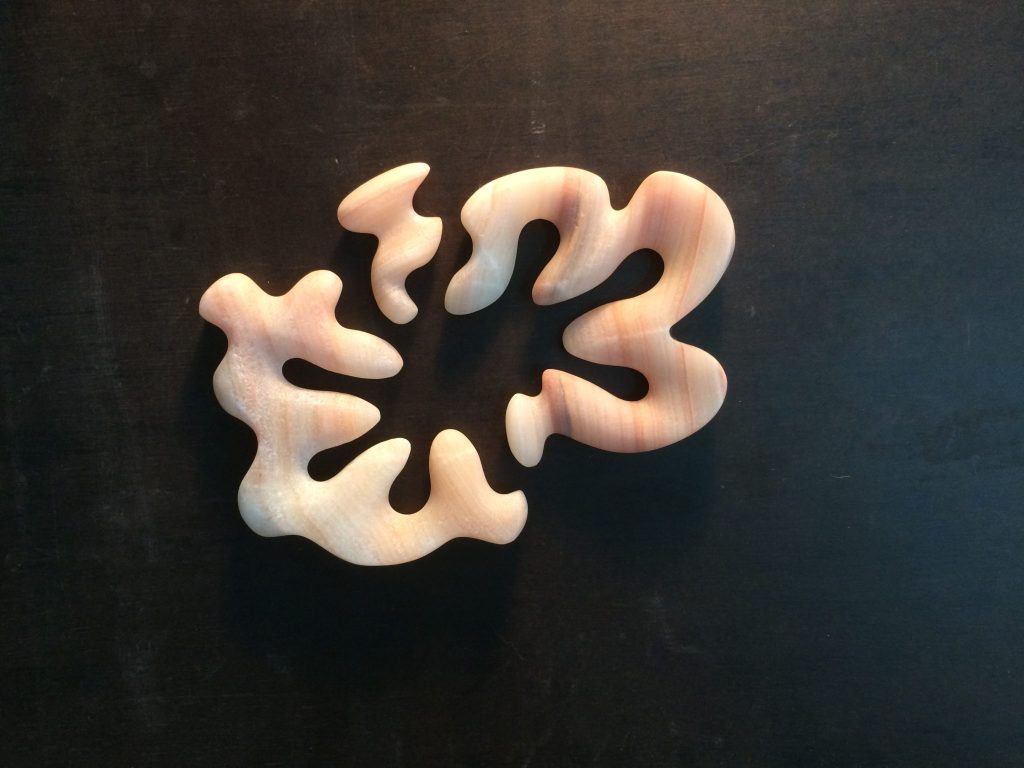
Rose, Onyx
You rescue rocks and retell their story, expand on this.
I try to work with rock so as to stimulate a way of seeing or engaging that is hopefully enlightening in some way. This is not dissimilar to Meinig’s 10 views – looking and seeing – understanding that there is more to life and things than what appears on the surface.

This is not so much a rescuing, perhaps more of a revealing, but I like that idea – the rock rescue. If I can rescue rock and save it from becoming stone that is a good thing.
Briefly take us through the process of a piece of work.
Victoria Harbour – The River Runs Through It
This project in the Docklands precinct in Melbourne had a good brief – it ticked the boxes as a responsible brief, mentioning history, uses, occupation etc of the site and then left the outcome wide open. Such a brief can sow some seeds in the artist’s mind but is in no way prescriptive. The site, on the city’s edge, on the river’s edge and in a corporate precinct begged for something organic and in some way referential of the original habitat. A site that was once a place of water, flow, tide, mangroves, sand, dunes, wind and sun.

Public art for me should incorporate the viewer. A person should be able to enter within the spaces of the work, to engage with the materials, surfaces and textures. If I can provide a physical space and relationship I may be able to stimulate an emotional response as well.
The River Runs Through It is an expansive work, it covers a large area and steps down over two levels, there are 16 precast white concrete wave ‘forms’; 5 brick ‘dunes’ and the site is grounded and held together by a sweeping pattern of paving, ‘flow’.

Construction of this project required many people and trades. With the help of a small workshop I made all of the concrete forms. On site, there were months of brick and paving work as we constructed the brick dunes over high-density styrene forms.
Throughout this whole project I was greatly appreciative and dependent upon the occasionally tough project manager. This is the part where working in the public domain will not suit all artists. There is a certain pragmatism necessary around getting things done.
Siting of this work was complex. I had my ideas and managed largely to achieve them. However, others had ideas too. Melbourne Fire Brigade required a road through the centre. Citipower required semitrailer access in the event of a generator failure. There were OH&S requirements concerning spaces, potential trip hazards, climbing, BMX riders and skaters etc. Victoria Police were concerned about site lines and perceived safety.
For many these are compromises but to work in this way there is no room for a glass-half-empty attitude. These constraints are in fact your materials. You can still manipulate them, cajole and push. However, being a prima donna artist will not help.
You are in the process of building a new studio; take two aspects that you knew you must have.
After having resigned from teaching in an art school and a decade or more of working in the public art realm I am keen to revitalise a studio practice of making that is steeped more in craft and technique. Stone carving, bronze and ceramic work. To this end the studio now will have a well-ventilated outdoor workspace. It is also larger as I want to have space enough that I and visitors can see the work and view the studio process.
I don’t want to give up scale though and although the studio here is not sufficient I still want to make large stone works.

Where is your art taking you to next?
With the stonework I want to explore the rock. Here I mean to engage the geomorphology of the particular rock and in some way draw attention to its character. Onyx, alabaster, marble, each has unique characteristics and there are many variations that reflect geology, time, strata, minerals, climate etc.
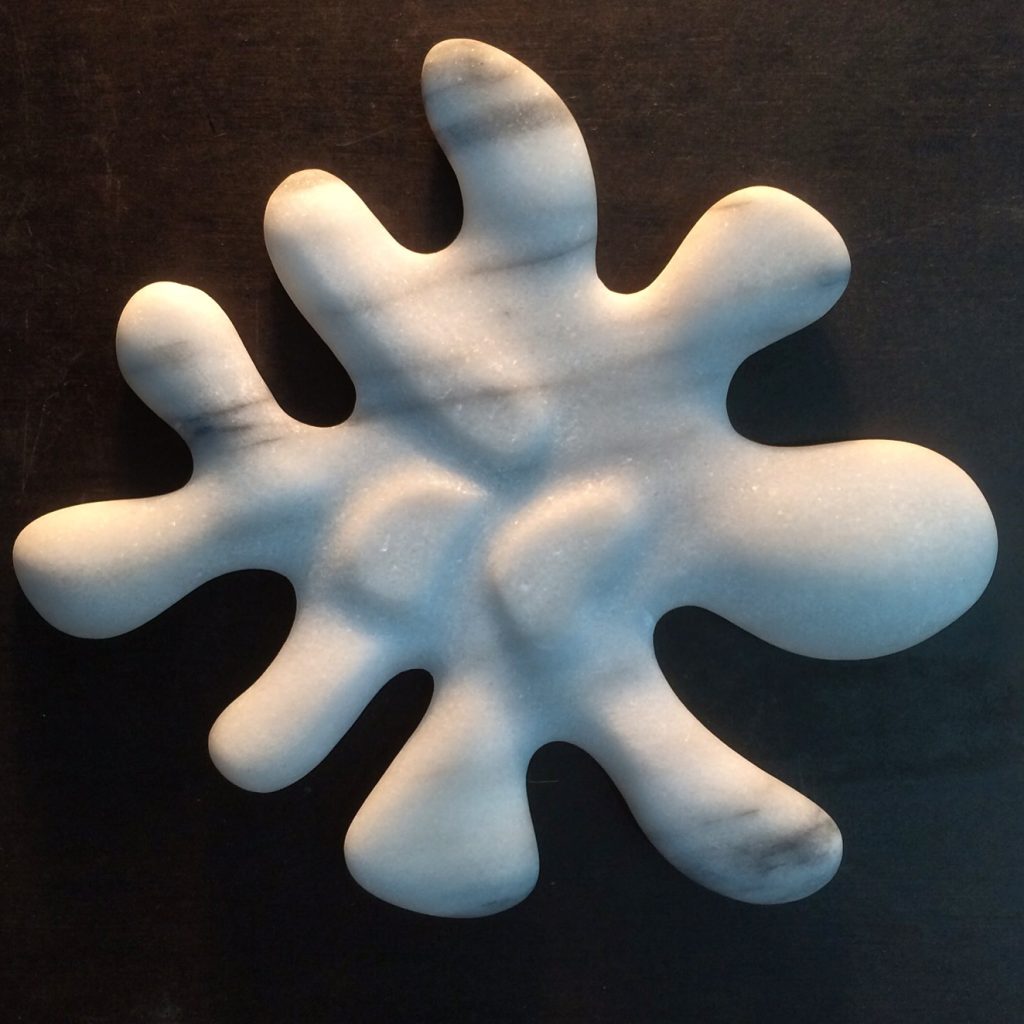
Splat, Marble
I of course want to be able to tell all these stories but if the work can allude to some of these aspects and raise a few questions that will do.
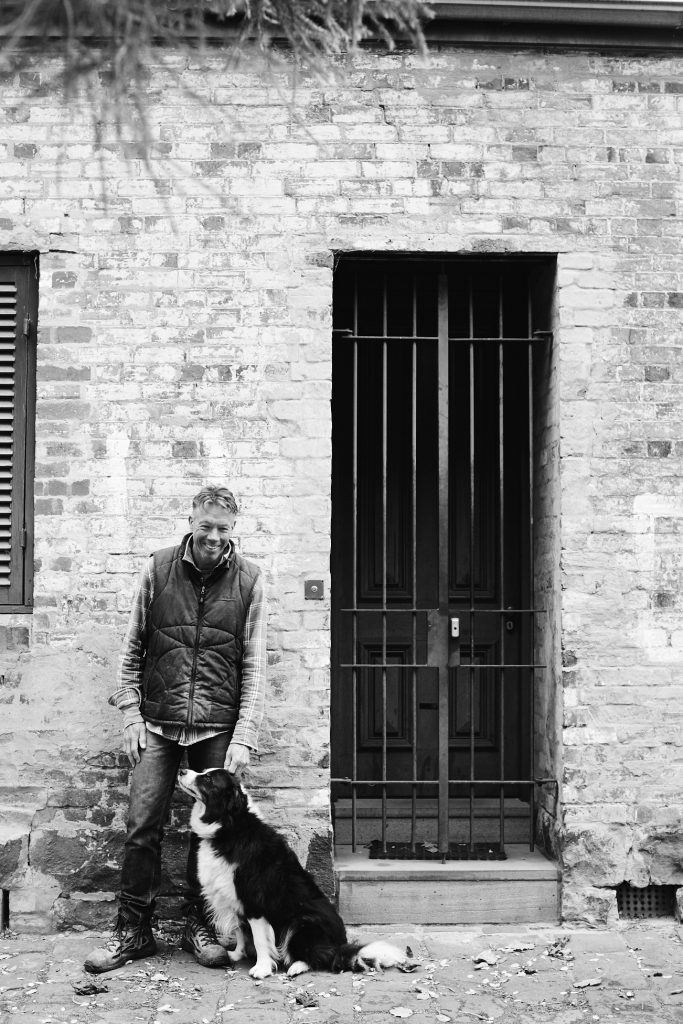
Photo, Cory White
Contact details.
Mark Stoner
Web: markstoner.com.au
Email: markstoner@me.com
Mark Stoner, Melbourne, Australia
Interview by Deborah Blakeley, August, 2016
Alberto Bustos
You started your artistic career as a painter, why did you feel the need to work in 3D?
When I was young I was interested all the artistic expressions: painting, photography, drawing... but I soon began to work in 3D and 2D made me feel limited. I needed more. One day I began to touch clay. and in this moment I felt the way. The contact my hands and the clay is final in my growth. For this reason I do not use any mechanical tool. Everything is made by hand directly.
3D open in me an infinite world of possibilities to work and to transmit my message: the vegetation of the planet suffers daily as a result of the degradation of the environment caused by humans.

“Ceramics pose challenges keeping my imagination alive.” Expand on this statement.
I think that Ceramics are one of the artistic disciplines technically more complex. There are endless work techniques, countless materials and manufacturing processes very, very long.
All this makes that my imagination is always very active, thinking of all the infinite artistic variations that can make to complete each work.
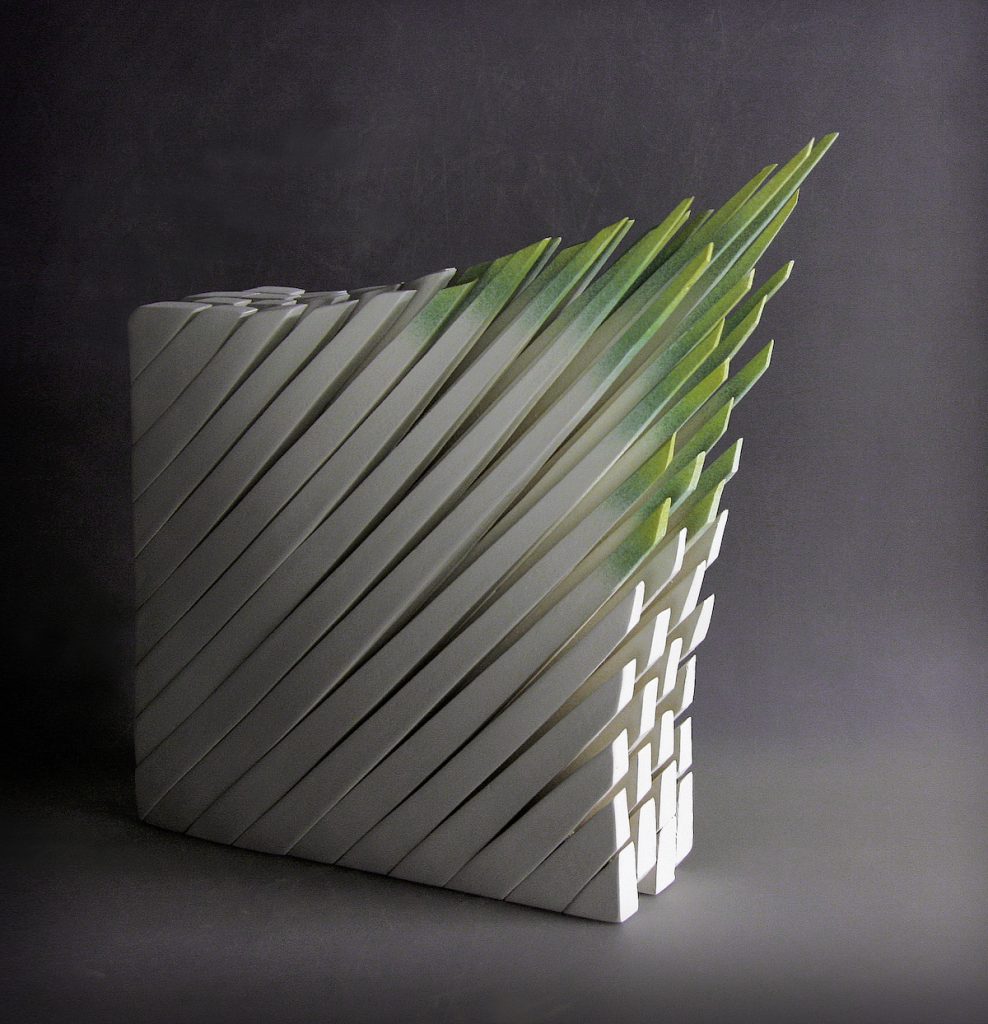
Can you explain what you mean by ‘natuRareza’?
"NatuRareza" is a pun on "nature" and "rarity". You can not translate literally into English.
I developed my passion for nature as an adolescent and have loved it ever since. At secondary school, our Biology teacher used to take some students to the countryside every weekend – stars, minerals, flora and fauna fascinated me. With the years, I have become a passionate lover of mountaineering and nature in all its dimensions.
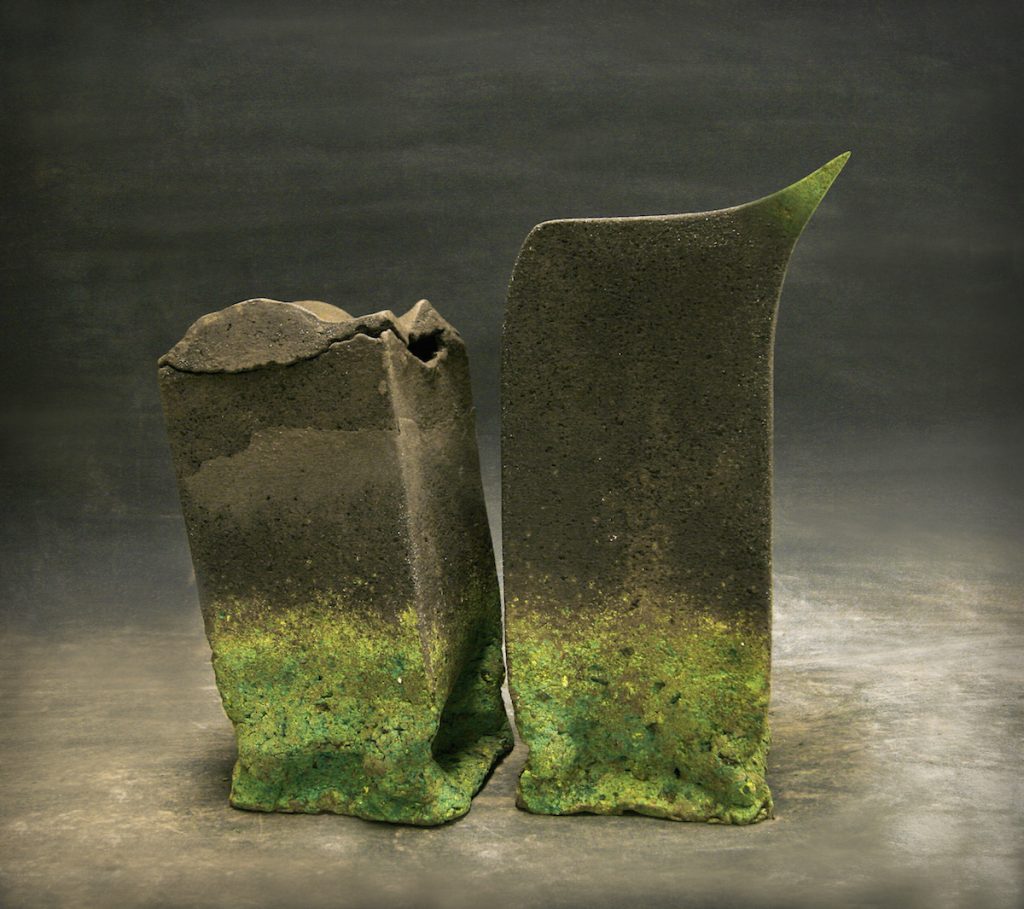
Nowadays, the deterioration of the natural environment created by humans is rather alarming; that is precisely the essence of my current work. I enter the vegetal psyche and show its worries, concerns, fears… but always with a certain tinge of hope.
I use very fragile and delicate elements to convey the vegetal essence and its physiognomy. My aim is to shake people’s conscience and invite reflection. I have been pleasantly fortunate to hear and share very different opinions on my work, which is highly satisfying. For me, the fact that my artwork conveys feelings, either positive or negative, and that it may stir the observer’s conscience, is success per se.
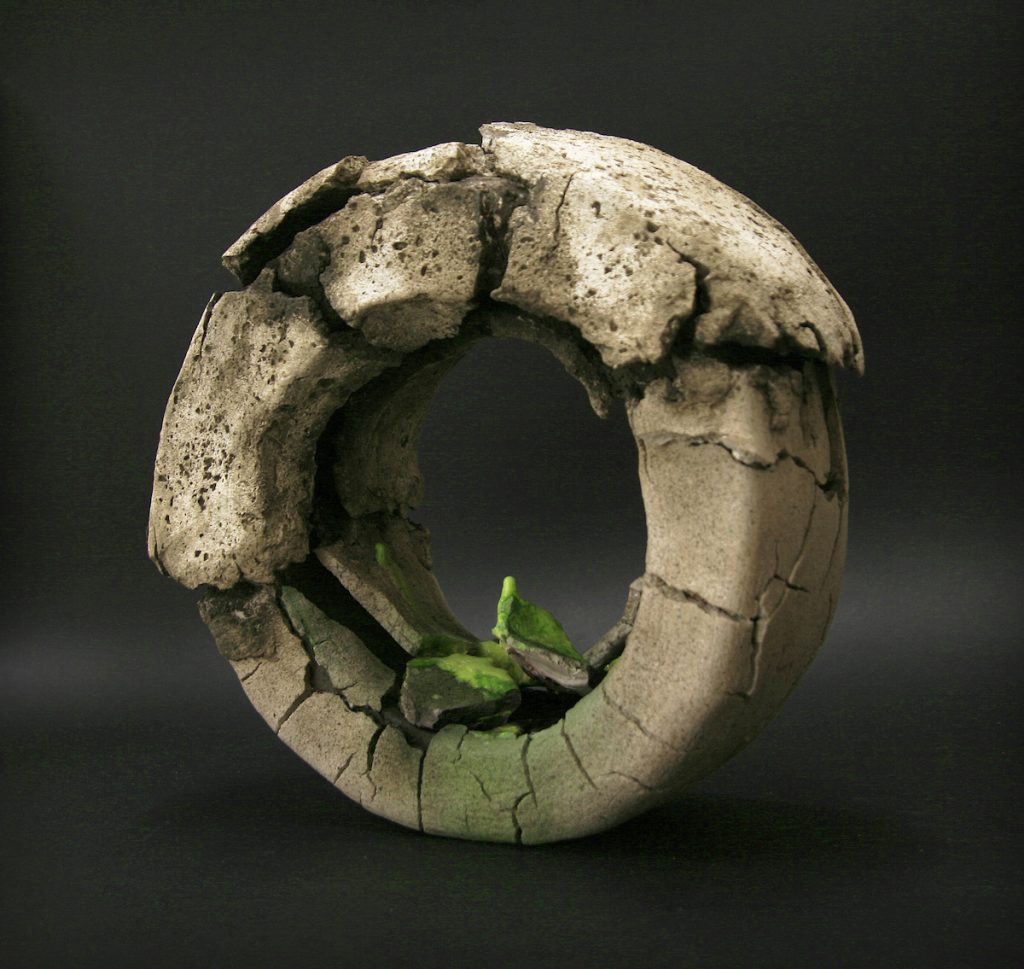
Can you briefly explain the technique of your current work?
First of all, I draw sketches on paper, a basic idea that is then directly developed on stoneware or porcelain. As my pieces are rather fragile, I work directly on the oven plate where I draw some lines to help me in the modelling process, thus avoiding moving the piece before putting it into the oven and reducing the risk of break.

Each segment is modelled individually but all of them are joined together quite quickly as drying does not take long.

Finally, a specific package is made for each piece. I usually joke about the fact that the production of each wooden box is more complicated than the artwork itself. The main body is fastened with wedges and air is the only protecting element since filaments cannot be touched by any spongy material, either bubble wrap or likewise.
My only tools are my hands.
I make filaments with my throwing technique. There are several videos in internet with little moments of my diary work. The main materials I use are porcelain and stoneware. Also pigments, glazes, etc.
I always work in high temperature in my little kiln.

Competitions and awards have played an important part in your ceramic career. Discuss the importance of winning 1st prize in the 34th International Ceramics competition of Alcora.
The prizes are always very important because it is a public recognition of my work and because they help the world may know me.
This was my second international prize. I am especially proud and I feel so lucky for the large number of participants in total that were competing with me and for the high quality of the finalists exposed.
However, luck is very important to win a contest.
When I work, I disengage myself from the surrounding world; but when I observe people’s looks and expressions when contemplating my work, I connect back to reality. And I love it: surprise, admiration, concern are among the range of emotions generated. As for opinions, there is a great disparity. There is a sense of constant movement, the idea of freedom, the reminiscence of sea flora…
I don’t usually explain my idea unless expressly requested. That way I allow people the chance to interpret my artwork freely, although I would like that my original statement of intent to be always present.
Tell us about the actual winning piece, ‘Vegetable Psyche’
"Vegetable Psyche" talks about the dichotomy that feels a plant in time to take vital decisions to continue to survive. Most white filaments choose a direction of flight. Some black filaments think that the direction is the opposite. Humans have gotten that vegetation has doubt.
Technically it is a work made in black and white stoneware.
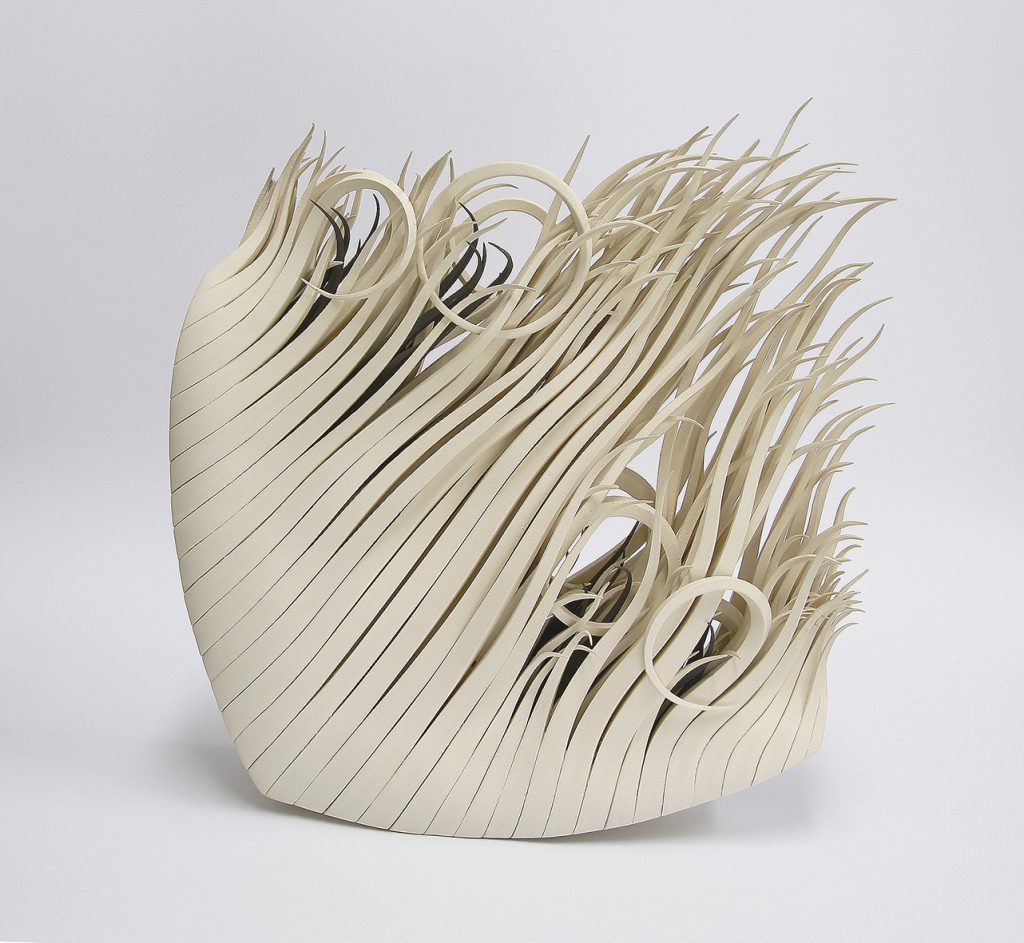
Vegetable Psyche
Explain the movement in your work.
The movement is very important to talk about my work.
It may be the wind but can also be the flight. The choice is for each person, what she feels to see the play. Art is freedom at all levels. And also, of course, the free interpretation by the viewer.
In ‘1, 2, 3, Dream’ there are multiple layers of both colour and form discuss.
This work represents a nightmare of a plant. Inside there is no oxygen, no light. He squirms struggling to survive.
Finally gets to go outside and get on with life.
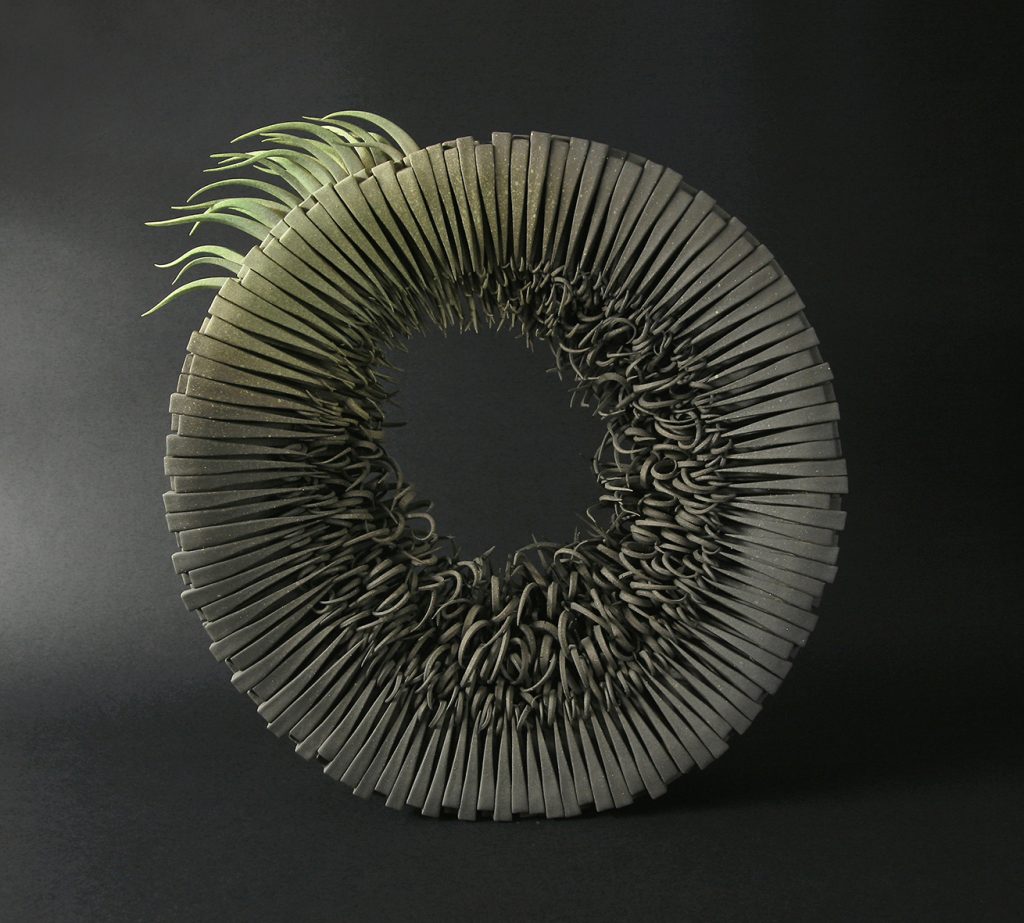
1, 2, 3, Dream
Nature is clo1, 2, 3, Dreamsely portrayed in ‘Lid’ but this is a complete perception of the viewer. What are some of the necessary elements that make this happen?
In "lid" I want to convey the direct struggle with the hostile environment.
She shows as the fragile vegetation struggles to find outlets for her freedom.
Also she shows life circumstances that any human could live. But there is always hope.
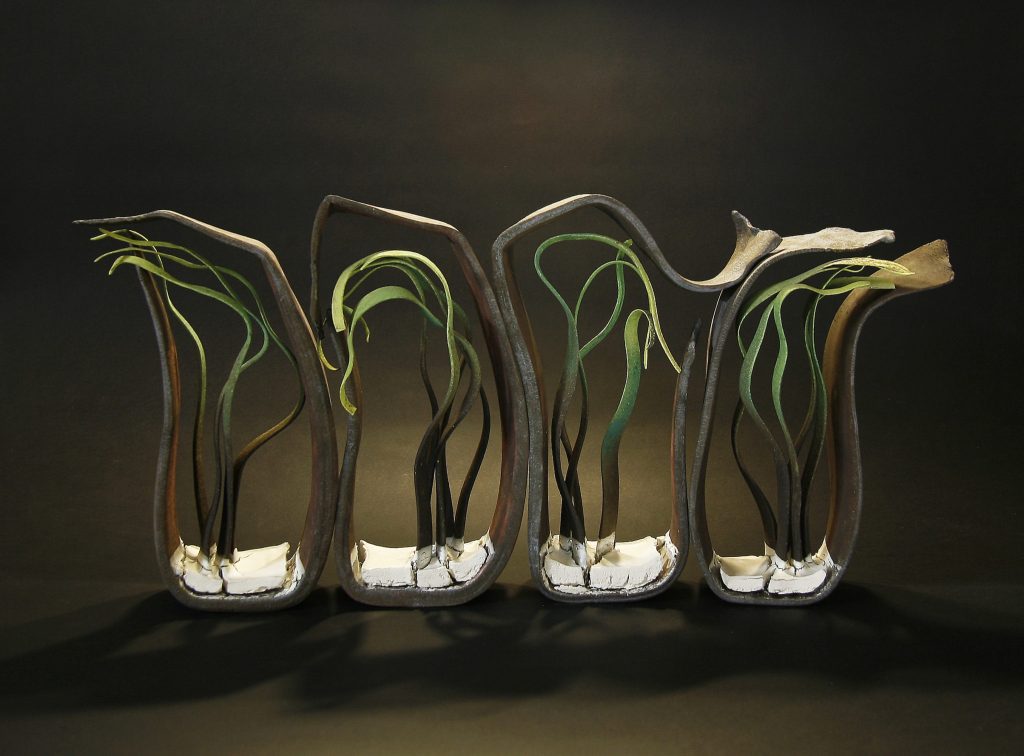
lid
In a piece such as ‘Piroquinesia’ the work is very delicate, how do you keep the fineness in your work without damage?
There is no technical secret, I try to work very carefully. I use many architectural structures to get keep the way I want.
When I finish the modeling I introduce work without drying in the oven, because so is easier, it still maintains its elasticity.
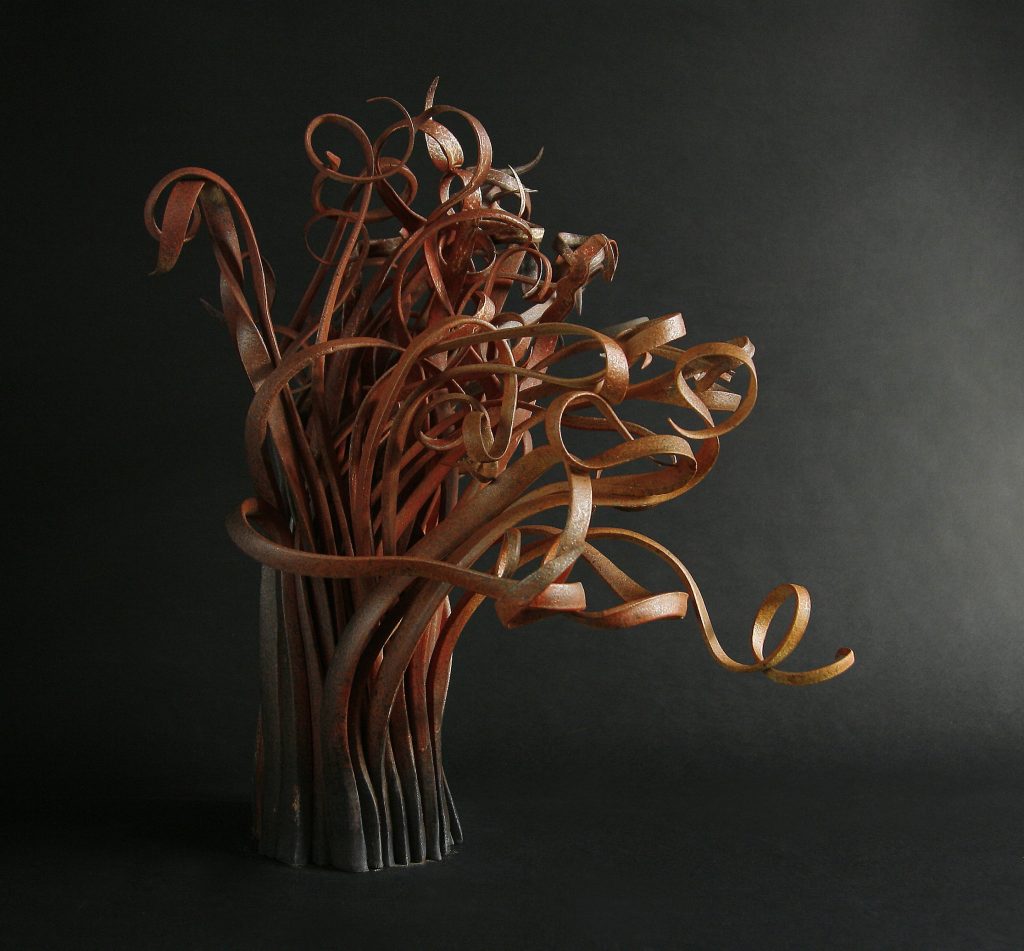
Balance is very important for the free standing of your work, discuss.
Yes, balance is very important.
Life in general is balance.
Being balanced is complicated, there are always factors that unbalance us. We must always be prepared and learn from the unbalancing moments.
This applies to humans but also to the nature.
At this time in history the environment is suffering greatly because humans are thereby insensitive steadily and continuously.
The pillars of my artwork have been forged in the solitude of my workshop, in the intimate complicity existing between ceramics, the oven and my hands.
Of course, none of this would have been possible without extensive reading and, above all, without the countless talks with colleagues.
Many of your pieces are framed with circles or squares, expand on this using, ‘Círculo Mortal Ártico’ and ‘Domar Esencia 2”
Yes, it is true.
In "Arctic Circle mortal", vegetation is surrounded by degradation, pollution; humans who imprisons and limits their freedom. Finally vegetation manages to find the exit to light and to oxygen.
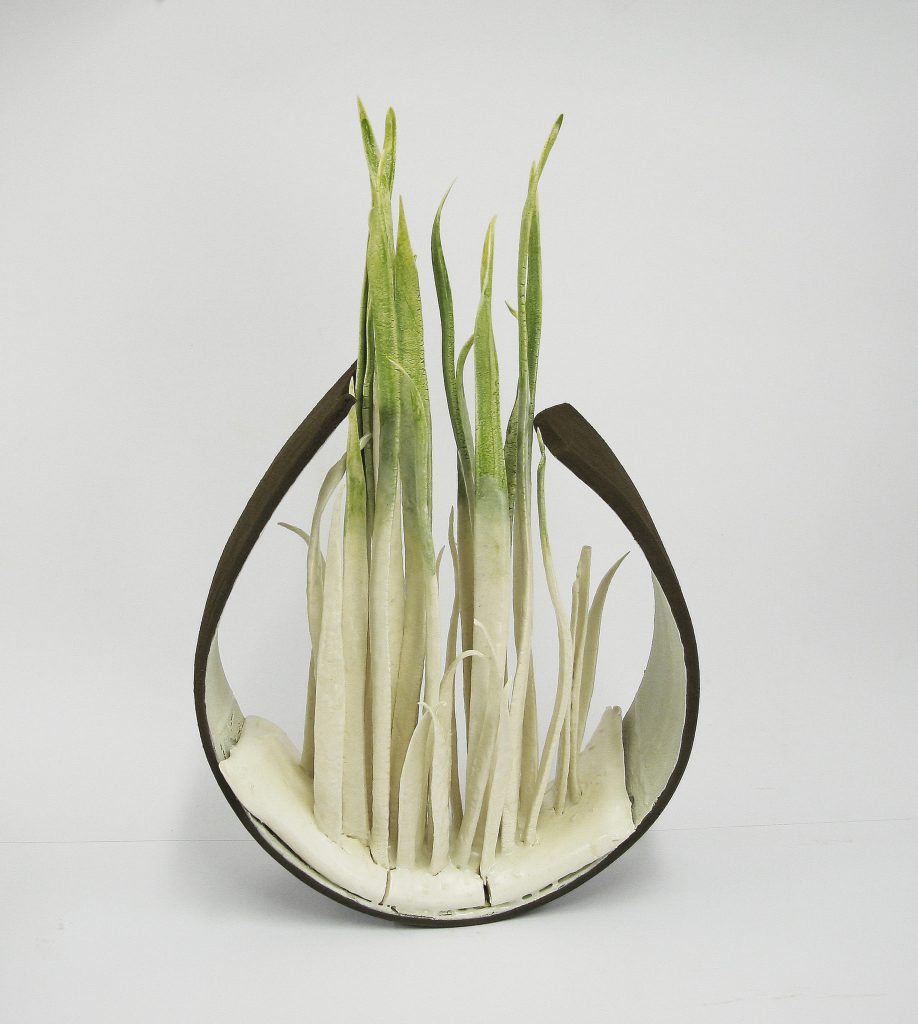
Círculo Mortal Ártico
In "Domar essence 2", I want to convey mutability of vegetation in urban geometric structures until its own physiognomy.
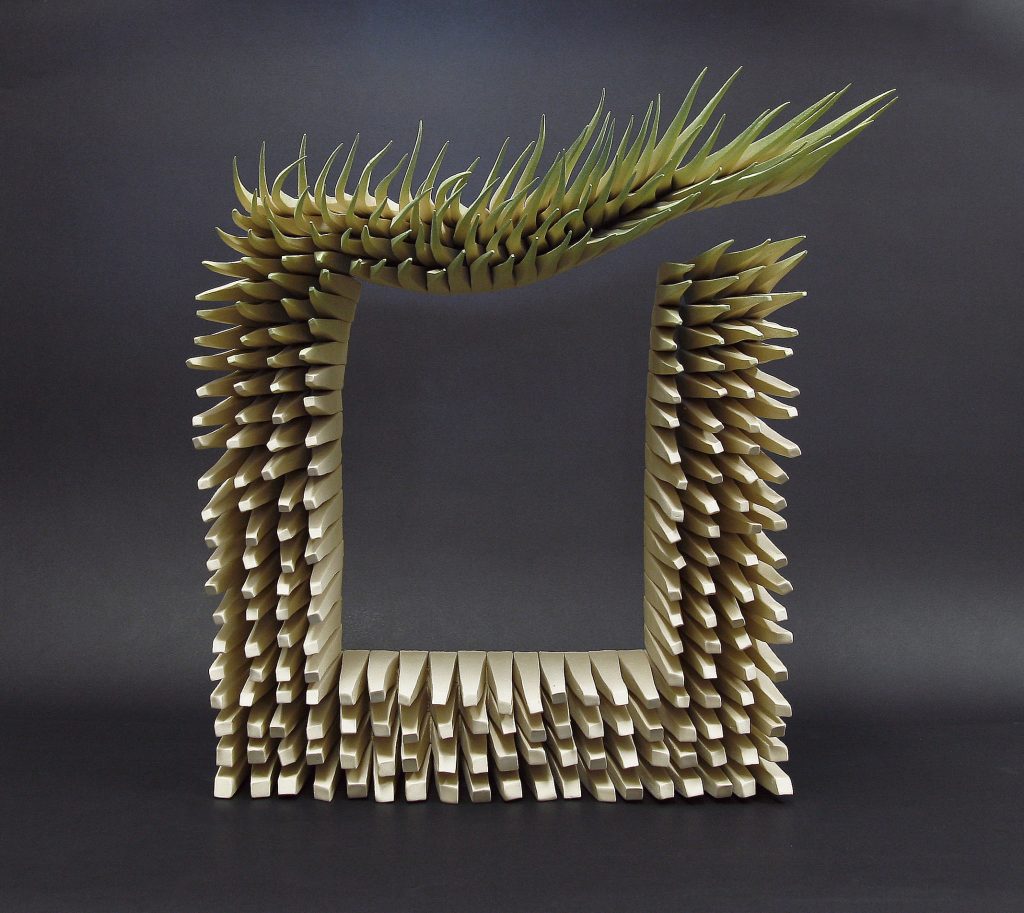
Domar Esencia 2
In cities the vegetation is delimited and is deprived from his freedom, so we humans deprive ourselves to enjoy it every day.
At other times the actual clay appears to trap. Explain using in ‘Libertad Provisional’
In “Provisional Freedom" I explain how the vegetation mutates by human degradation, sometimes losing their own physiognomy.
Here some outbreaks struggle to maintain their original appearance and get out of their own prison.
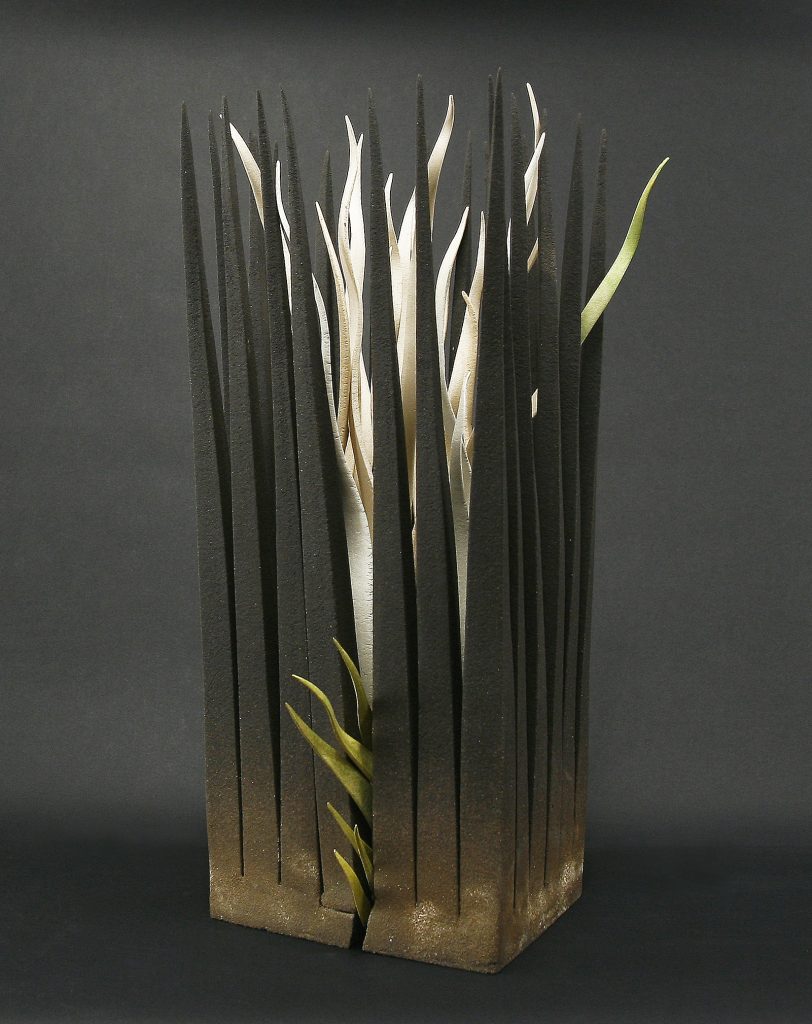
Provisional Freedo
Your work has a Japanese Ikebana feel, discuss.
I have not sought this meaning intentionally, but it is very curious that there are many professionals who value my floral art work and use it to draw on their creations.
A deep level of Ikebana is true that it is essential for me daily communion with nature. I was born in a city without almost nature around but when I had the opportunity to live in the countryside I found my fulfillment.
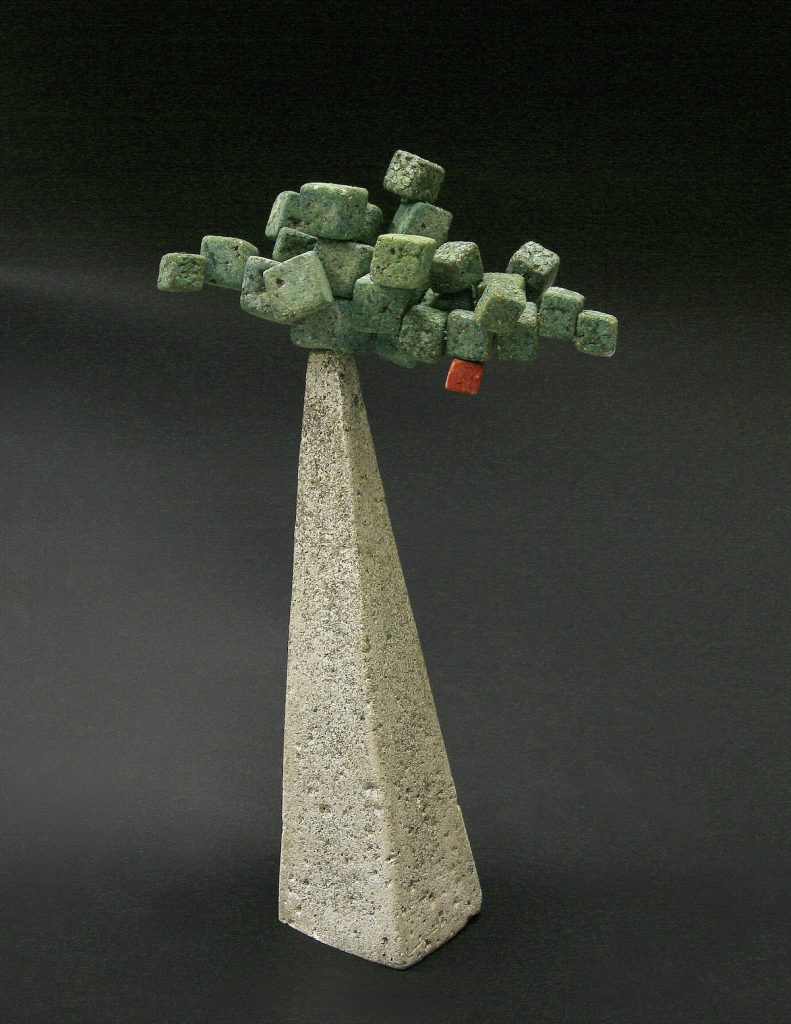
Size, how large can you work?
At this time, the oven with which I work is small. It measures 55 x 45 x 45 (cm). Of course my job is limited to its size. But I hope that, before long, I can have a larger oven that allows me to develop my work at the size that best consider.
Most of your pieces stand alone, discuss this and pieces that are a pair?
At this moment my work consists of a single work. Insconscientemente I plan according to the size of my oven, as I have just mentioned.
It is difficult to get inside two elements, and put them separately is not usually suitable for the final result of the work.

You are a member of the International Academy of Ceramics expand on the importance of this membership to you and other ceramic artists?
I had never thought to belong to the Academy but several members stressed submit my candidacy. It was a surprise for me to be elected. I'm very happy. This year I will participate for the first time in one of its International Congresses since coincidentally held in Spain, in Barcelona. This International Congress is held every two years in a different part of the world. I hope to meet many colleagues and discuss the future of our work on the concerns that we share, about our own personal experience...
The importance of this organism is precisely that: to bring together the views of each to make to Ceramics a major art in the eyes of the public because in the eyes of the artists it already.
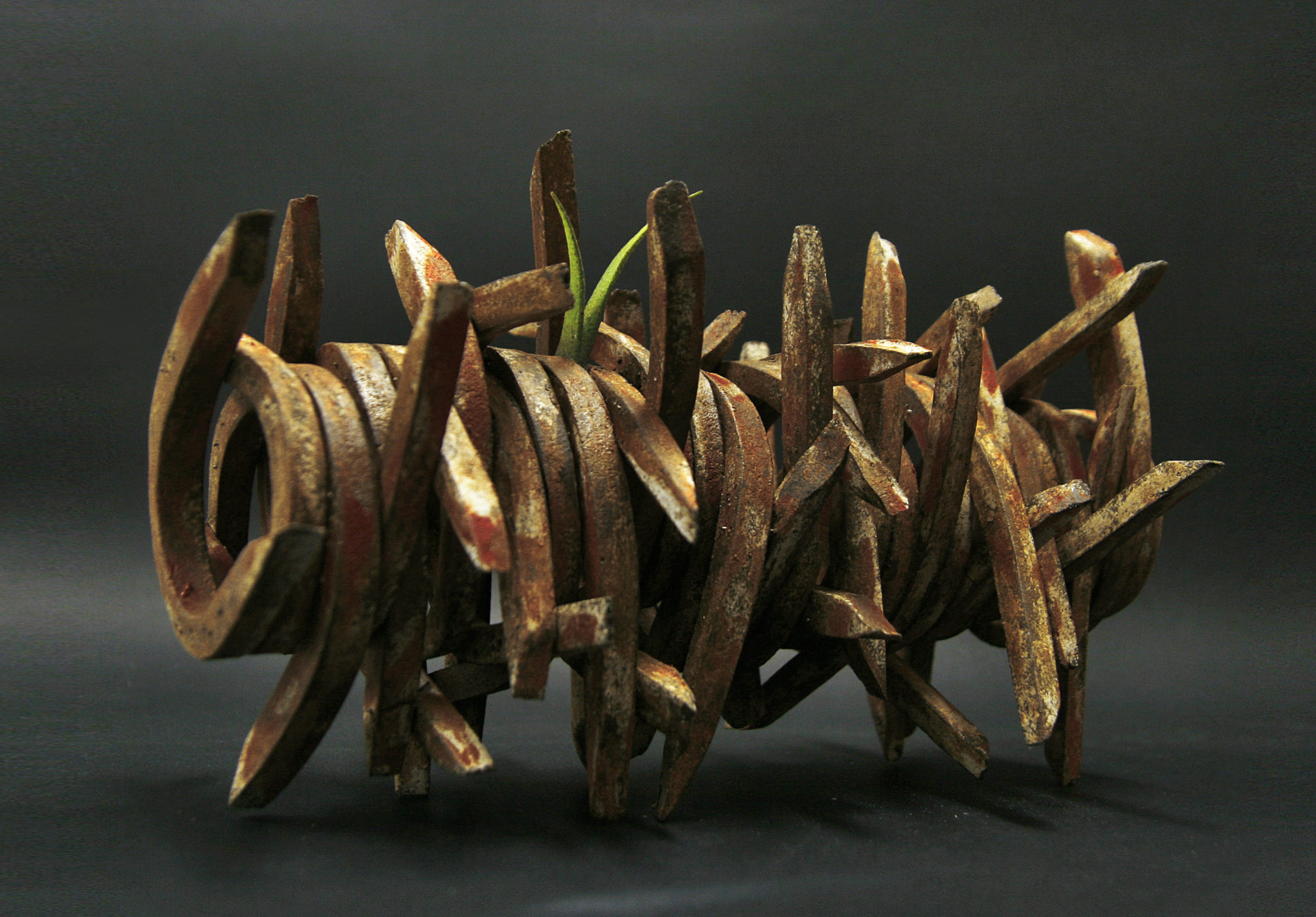
Contact details.
Alberto Bustos
Email: bustosescultura@yahoo.es
Alberto Bustos, Valladolid , Spain
Interview by Deborah Blakeley, July, 2016
Lauren Collin
Is your work always created out of one layer of paper?
Yes, it’s always one piece of watercolor paper and I carve into the thickness of the sheet.
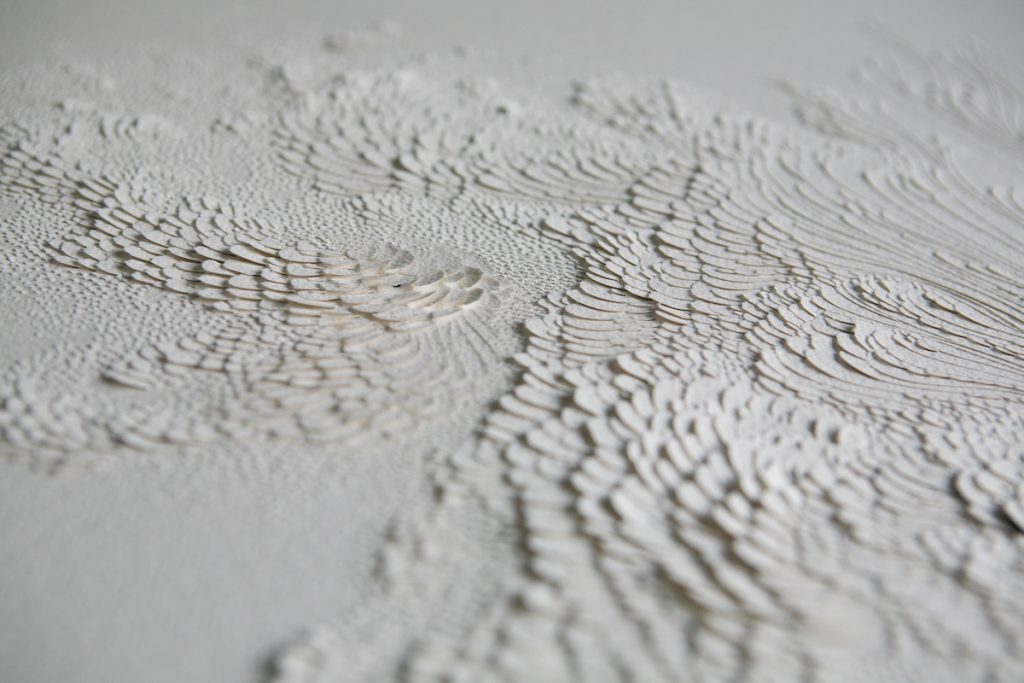
Watercolour Arches paper - detail.
You have always had an interest in small. Explain how you spent many hours of your childhood behind the microscope and how this has affected your current work.
I am very passionate about nature and I can pass hours and hours observing her, sensing all the details and memorize them. There are so many wonderful and beautiful small things around us and it does inspire me every day and has since my childhood.
At different scales you can observe several pattern in nature and this is the starting point of my artistic statement.
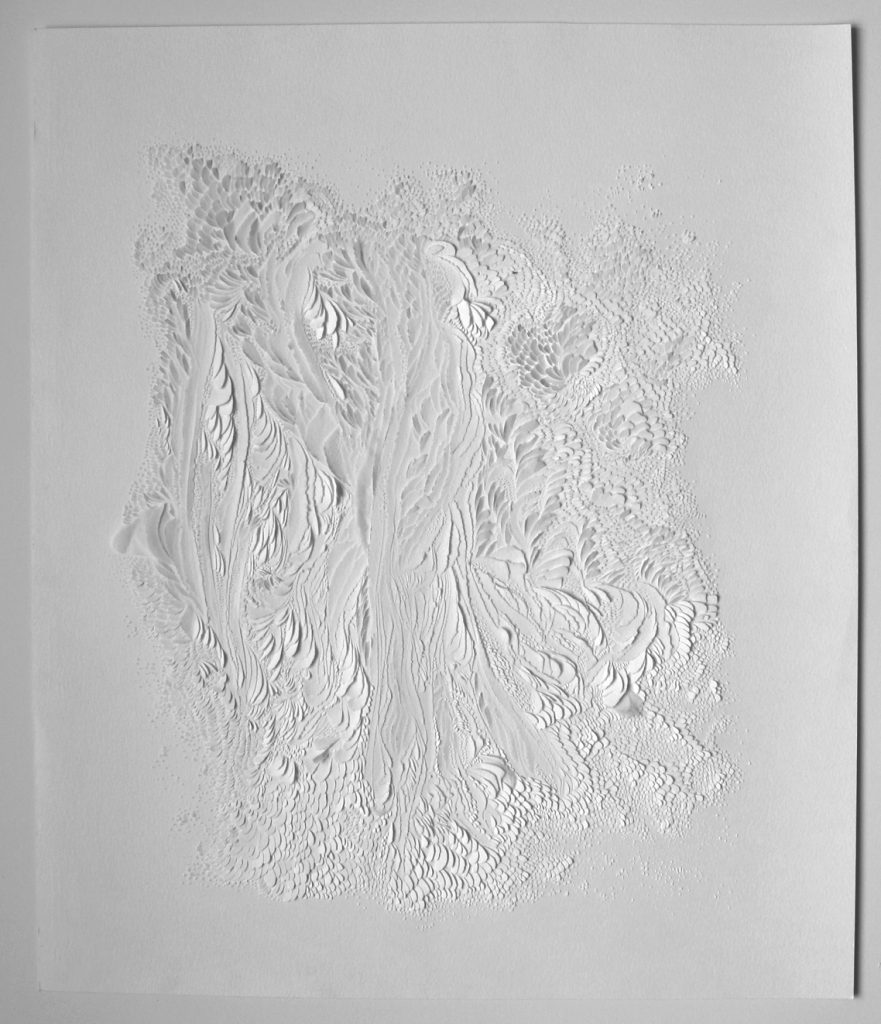
Watercolour Canson paper, 50 x 60 cm
Expand on how using different qualities of paper can change the work you do?
Each paper has is own characteristics that make it unique, as is its colour, texture, density... Even of the two same papers have differences because they are homemade and this inspires my work and the way I will sculpt the paper. The rendering won’t be the same if I use a very granular paper with a crumpled appearance or another very soft and smooth. Light and shadows will look very different on them.
Can you briefly explain the technique you use in your paper sculpture?
I use several scalpels to carve watercolor paper. My cutting work proceeds by notches and gives rise to the thickness of the sheet, scales that capture light on surface. Then, the paper becomes sculpture. Light revealing its forms.
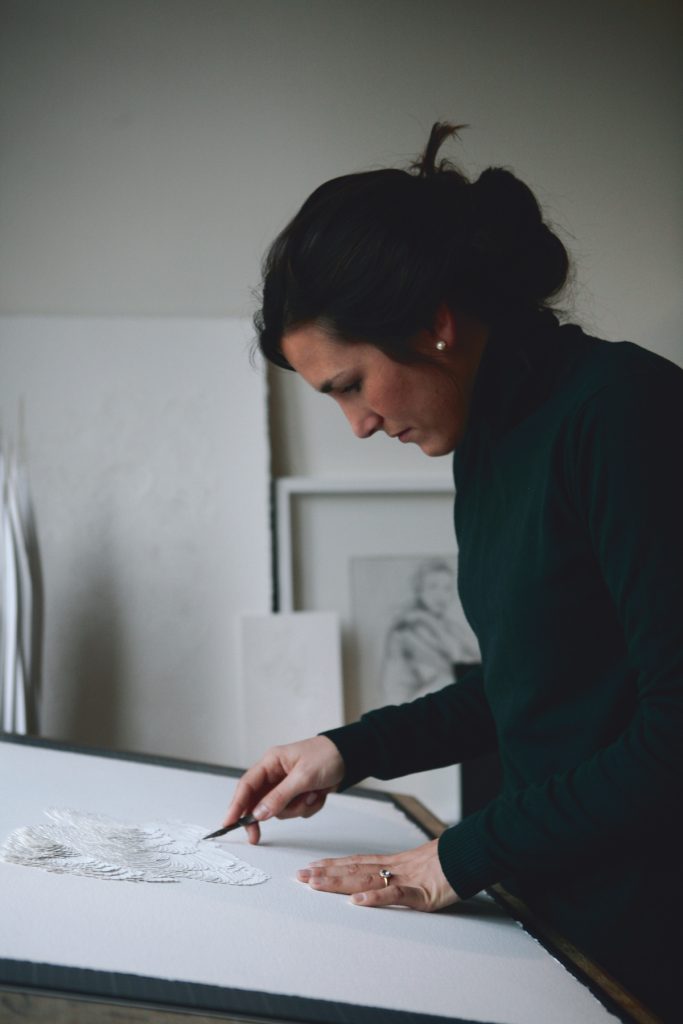
Why do you work mainly in white?
Because I never get tired of white and all its subtleties and variants. White calms me down and inspires me a lot.
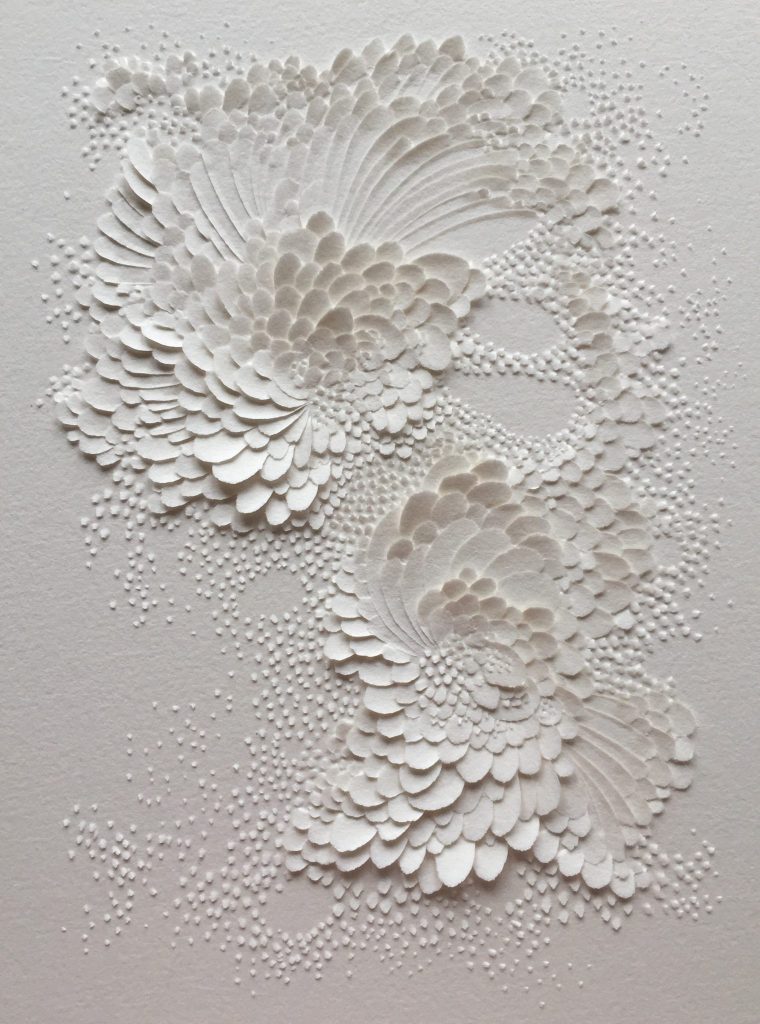
Watercolour Arches paper, 25 x 15 cm
How has Japanese origramiques influenced your work?
Japanese origamis are very interesting and a lot of people think about it when they saw my “Bas-relief” but it doesn’t really influenced my work. I am not very good at origami by the way! I like forms and how they can capture lights even if they aren’t in paper.
Can you explain where you work – your studio?
I live and I work in my apartment because I have the opportunity to have an extra room that I can use to do my paper works and also introduce it to people that are interested in it. I like to meet them in this kind of intimacy because it’s a way for me to present my universe, my personality just as every day with my family.

Verge paper, 600 gr, grey, watercolour, 47.5 x 36.5 cm
Do you need excellent daylight?
Yes; it’s one of the most important things for me to create paper sculpture.
My “Atelier” is a south-facing place and it’s the best way to enjoy the daylight.
How does light effect your completed work?
Light allows the paper to reveal its volume, its movement and colours. Without the right light my work isn’t highlighted. If you put to much light it can crush the volume that’s why it’s important to have some shadows.
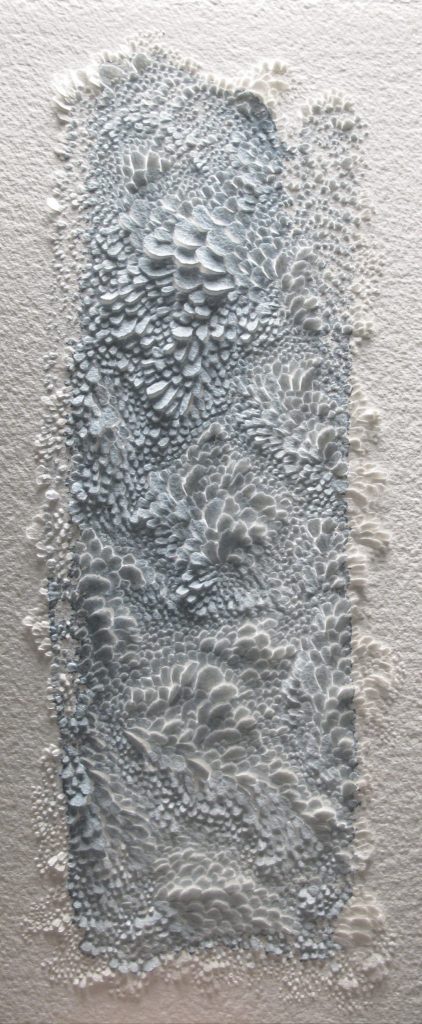
Watercolour Arches paper, 850 gr - Blue
Discuss your work and how it is exhibited? Size. Framing.
At the beginning I discuss with the gallery curators to know what kind of work I can do, and the size. After that I speak about the way to exposed them.
My work is most of the time exposed in an American box with a wooden frame and an anti-reflection coatings glass to enable people to look at them correctly.
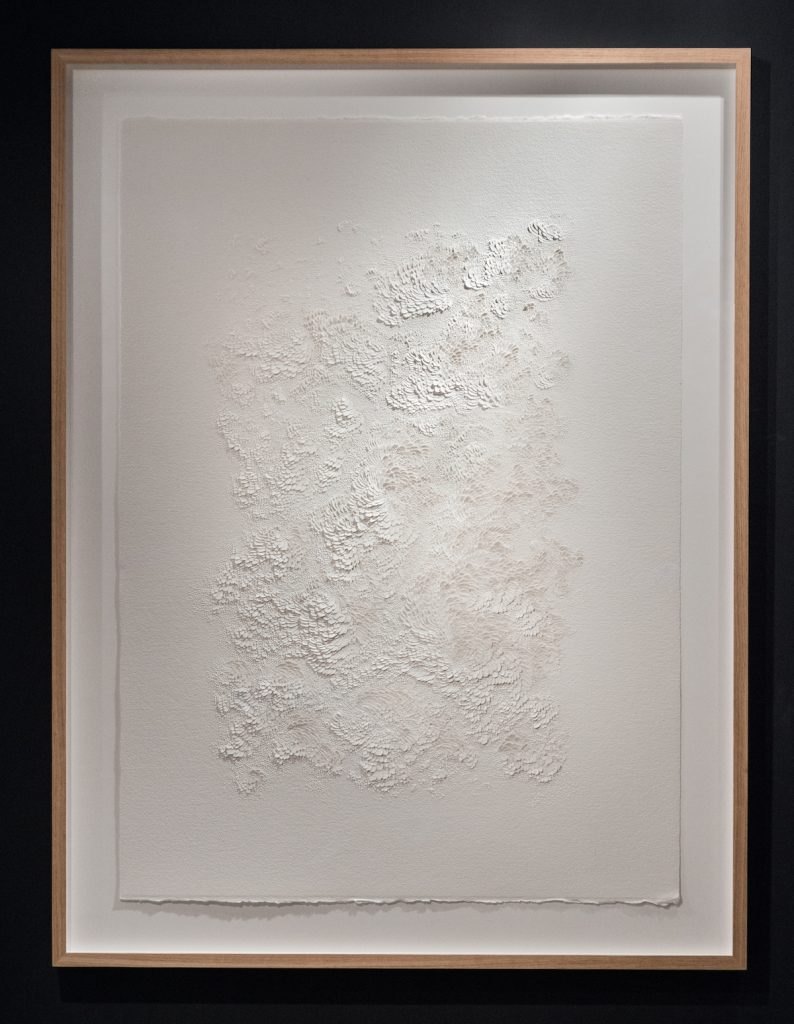
You do some of your work in series. Several pieces within one frame, discuss.
I like to work on piece of paper that has the same size and the same type of paper and presenting them like a series because it shows that every piece is unique but they are a part of everything.
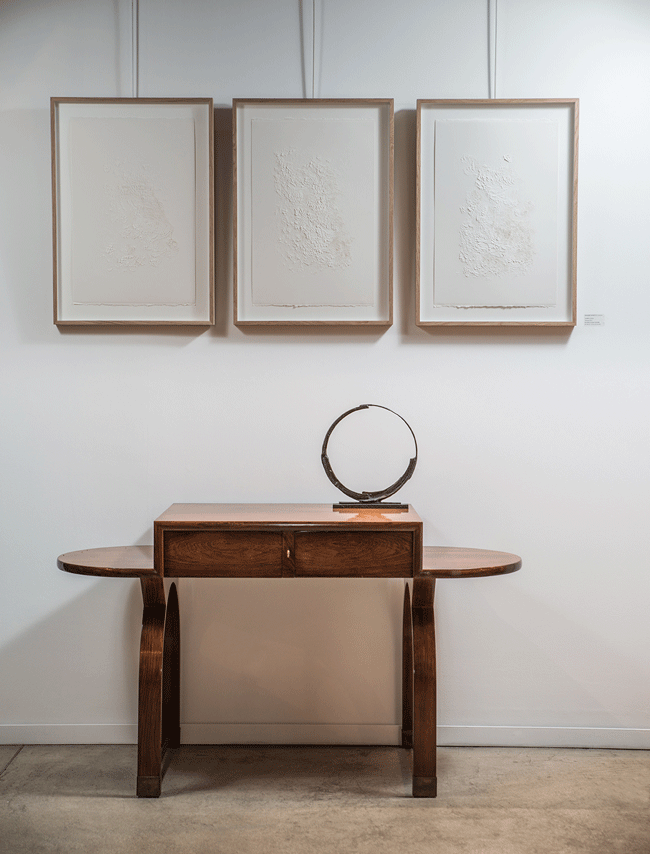
Are you restricted by the size of paper available?
Most of paper is made by traditional techniques that why you can’t find each type of paper in the size you want but there are many possibilities to find big pieces of paper in some mills in France or in other countries even if in Paris at Sennelier quai Voltaire shop.
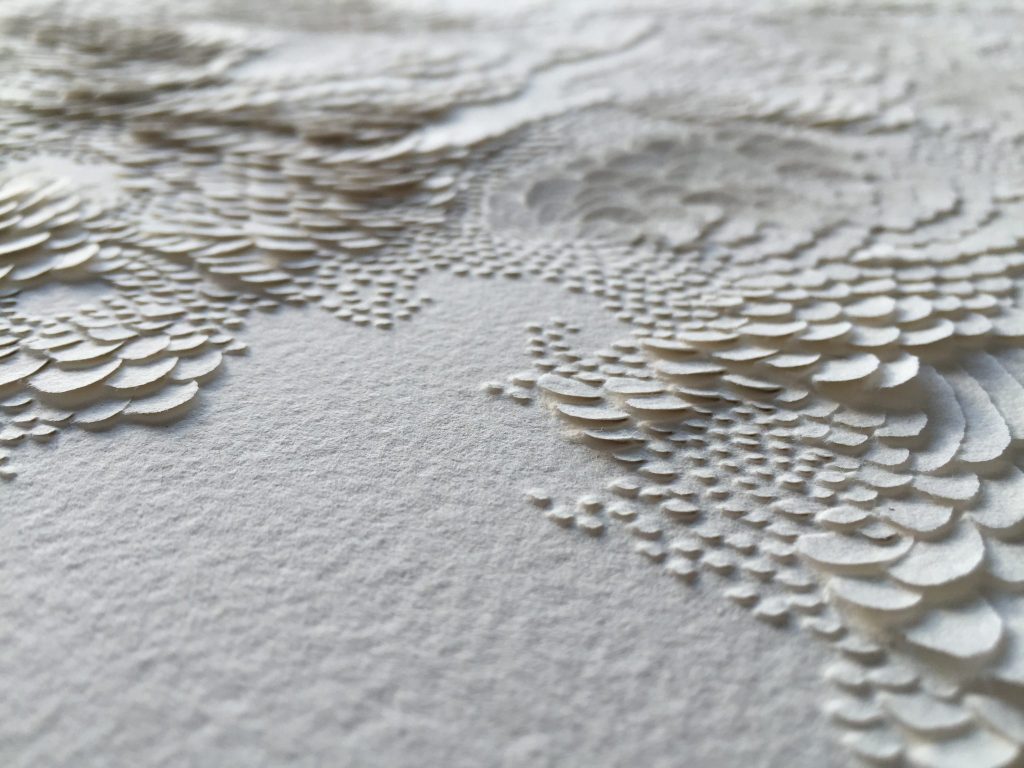
Contact details.
Lauren Collin
contact@laurencollin.com
www.laurencollin.com
Lauren Collin, Paris, France
Interview by Deborah Blakeley, July, 2016
Evie Milo
You began your journey with a box of vintage buttons - tell us briefly about this creative journey?
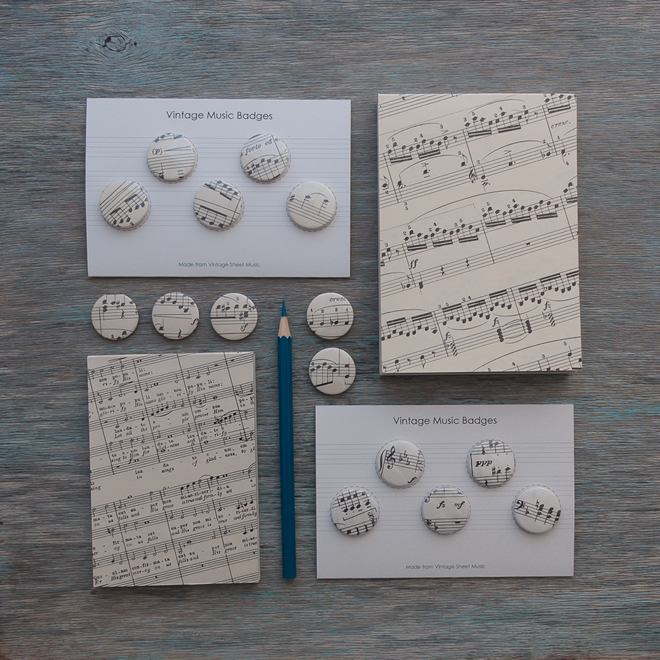
I say that and it is partly true but in reality my creative journey started when I was very young. I've always been creative and a bit of a hermit if I'm honest - even as a child I preferred to spend time on my own and create and draw. I remember my childhood as being quite practical and I was always constructing things and building stuff and digging and exploring. When I was a bit older I got into making my own jewellery and accessories from salvaged wire and beads donated by friends and relatives. I also knitted and sewed a lot too. We were immersed in the 'make do and mend' culture and I had a very inventive mother who could make anything go a long way and she re-used and re-invented things all the time and also she made most of my clothes too - a huge inspiration. I also had a very creative aunt who taught me how to crochet and knit and I remember spending lots of weekends at her house making different things - it didn't really matter what the outcome was, so long as I was doing something with my hands I was happy.
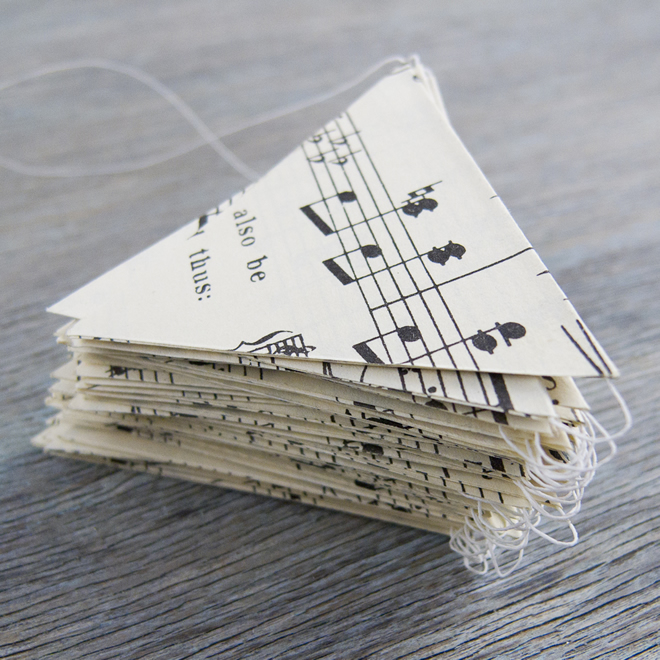
So I've always been a designer/maker at heart, it's just taken me a long time to get round to doing what I love for a living. On this creative journey I've experimented, made mistakes, learnt lots of amazing skills and over the years have fined tuned them to suit what I do now. If someone had told my 10 year old self what I would end up doing for a living, I wouldn't have believed them. I was being pushed down the academic avenue and at the end of the line was expected to enter into some kind of high paying profession. All along I knew this wasn't for me and I fought against it by going to art college, then onto photography college and finally got into the design industry. I worked as an animator and web designer for over 15 years. I loved it but not only was I doing the 9-5, I was also creating and making the rest of the time and for a while found a happy balance between the two as I was self-employed and could decide my own hours.
It was only recently (4 years ago when my son was born) that I decided it was time to make a switch. I still do web design but only have one main client who keeps me very busy. My working hours are very flexible and this allows me the freedom to do Milomade the rest of the time and my working focus is now very much on my creative business.
The box of vintage buttons you refer to in your question was something I was fiddling about with when I was bed ridden with some sort of viral flu in 2008. Through this fiddling my elasticated button bracelet was born and that's kind of when Milomade began too. These button bracelets have been going strong since then and I think I'd have to say they're now my best seller. They form part of my Eco Chic collection of accessories with pieces made from vintage, recycled and new buttons mixed with leather, copper and cotton.
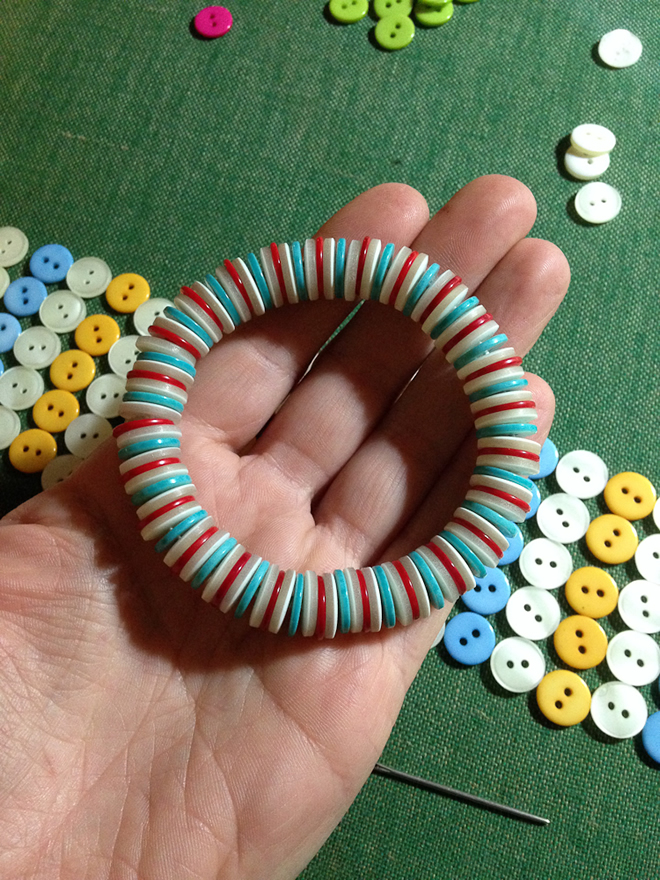
Only the funkiest and brightest buttons make it into the collection, which evokes the playfulness and nostalgia of our childhoods - the pieces suit young and old and all the ages in between. So many people say my Eco Chic bracelets look like sweeties and get a bit of a nostalgia kick when they wear them, as they're reminded of the elasticated sweetie bracelets and necklaces they bought from the corner shop as children. Unfortunately, they're not edible, but they are yummy in their own way!
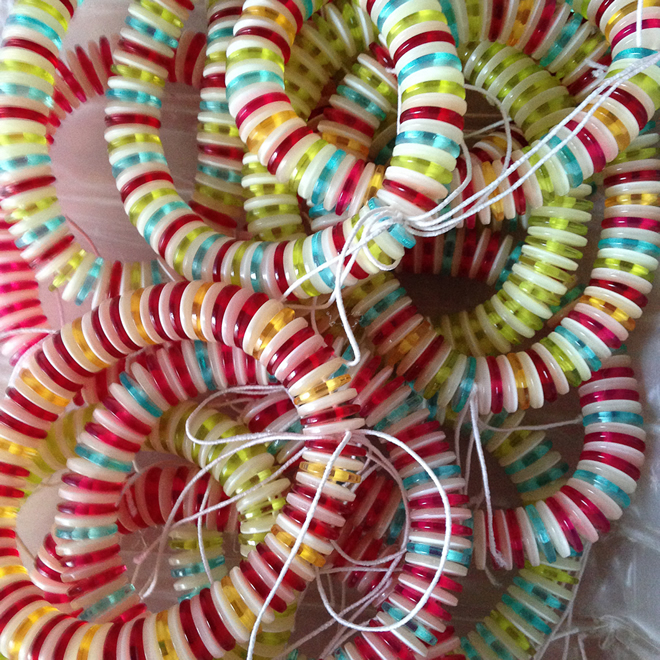
You describe yourself as a ‘Lost Property Inspector’. This is tongue in cheek, but quite close to the truth...
I've always been interested in the found object. A lot of my work at art college and sub sequentially at photography college has been based on found objects, found images and found texts. I guess it's what I call the 'lost property inspector' within me that finds these things fascinating. I want to know where these things have traveled from, whether they were once cherished and lost, or unwanted and discarded? I want to know their stories and journeys. Take an old battered teaspoon for example - how many cups of tea has it stirred, by whom and what were the conversations it heard? I want to take these precious things in, cherish them and give them new life and new value.
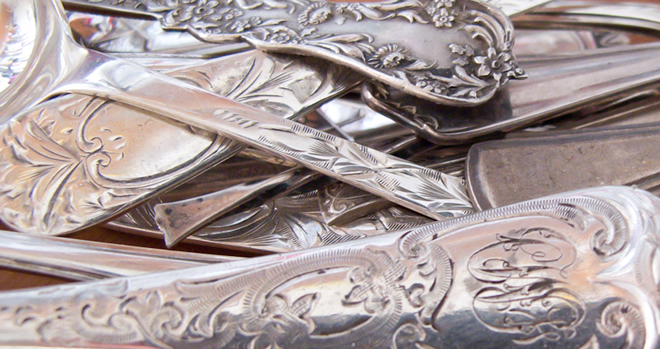
I live by the sea and walk on the beaches here every day and I'm constantly picking up fragments of pottery and sea glass as well as the odd set of teeth! You can find many a splendid thing on the beach and I think I've turned my son into a hoarder and collector already - he's only 4! He calls it looking for treasure, and indeed I guess that's what it is.
In my studio along with my jars of buttons I also have lots of jars of pottery shards, sea glass and random objects - I like giving these lost items a home. I make jewellery from sea glass, but it's mostly on a commission only basis, but a collection is developing and I'm sure it will be launched in the next few years. I also have ideas of combining the pottery fragments with old B&W photographs and forming small silver brooches or lockets with these, but it's just at the idea stage at the moment and therefore on the back burner until I have time to start developing the ideas further.
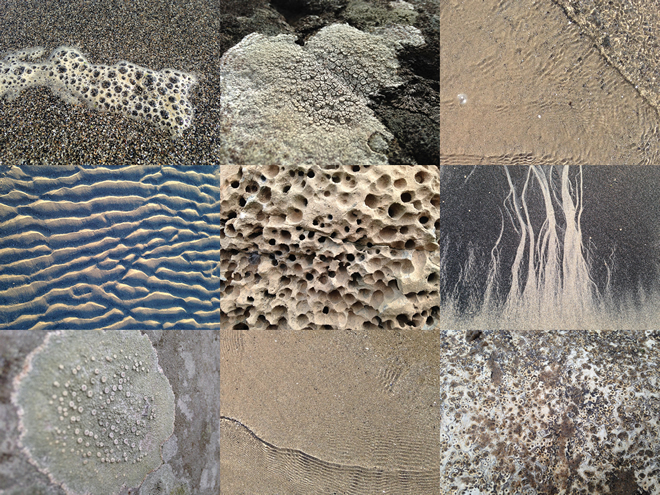
I love collecting things but when I started Milomade I never really thought about collections with regards to my products and just made lots of different things from recycled materials. Over the years though, and particularly recently, when I did my first trade show, I realized the importance of creating collections, especially with regards to jewellery as they keep the customer coming back for more. I had a lot of mentoring in the run up to my first trade show as I needed help figuring out how best to present myself. With such an eclectic range of products it's difficult. We focused on the recycling aspect and that came to the fore as that's what really ties all my work together. I still struggle with this though and it's really hard applying for shows as they often want to pigeonhole you into the jewellery section or the stationery section, but as I fit into more than one category, I end up being a bit of an anomaly. And so I return to the idea of being a lost property inspector - a purveyor of precious things.
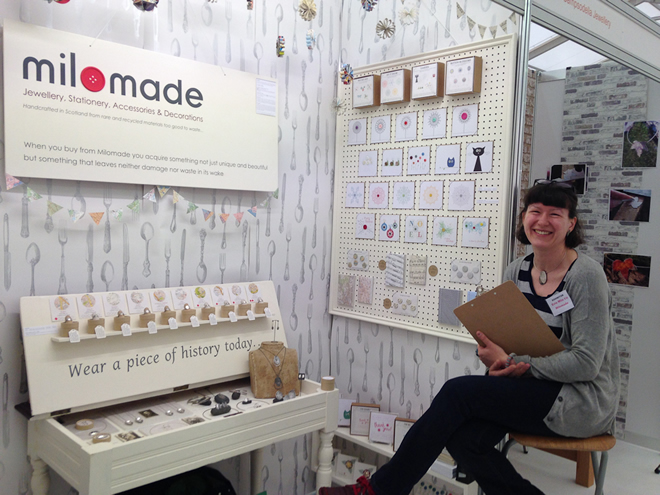
You work with both rare and recycled materials, why take this approach?
Since Milomade's infancy I have always focused on recycling and working with recycled materials. As my upbringing was very much embroiled in reusing and recycling, it's no surprise that I've grown up following the same principles. I've always been passionate about not wasting things. I prefer to do my research and spend a little bit more to buy things that are going to last rather than adopt the modern approach of replacing items regularly and following the latest trends. Trends and fashion don't interest me at all. Quality does.

That's how my motto of 'Too good to waste...' came about. My entire product range is made from rare and recycled materials: antique silverware, copper pipes, vintage maps/music, and buttons to name but a few. So many of my products evoke the nostalgia of our childhoods, from the comics we used to read, to the maps used to plot our family journeys and holidays. All these items had adventures, over many years before finding their way to my cliffside studio to be lovingly re-fashioned into something shiny and new and ready for a new story.
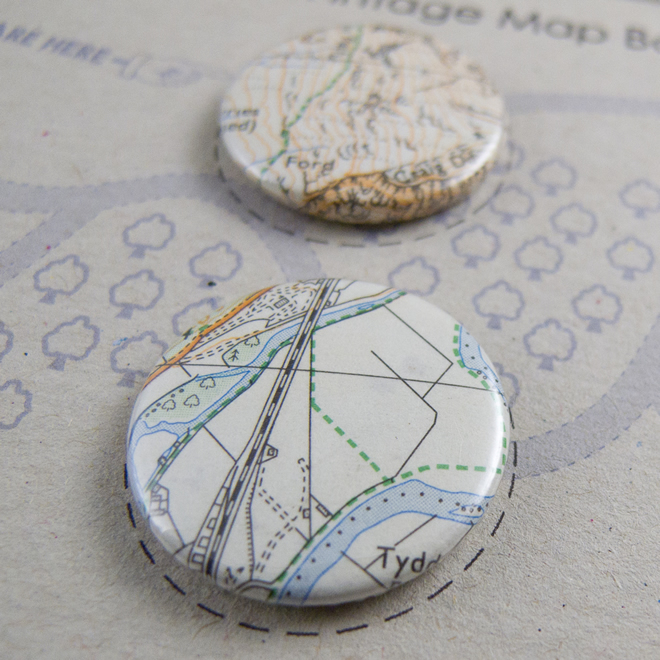
I take old, discarded, unwanted things and re-imagine them and make them new - it’s like turning trash into treasure. I'm a bit of an alchemist in that respect. Where some people see rubbish, I see potential for being creative.
I'm the local recycling place for Christmas Cards in my village and the cards that people donate are transformed into beautiful decorations that can be bought direct from my studio when I'm open to the public at Christmas. I also make DIY packs that contain all the ingredients to make the same 3D baubles, paper bunting and paper flower decorations - so I have a huge stash of vintage maps, sheet music and shelves full of old children’s annuals. They get used to make my decorations but also my ranges of notepads and badges.
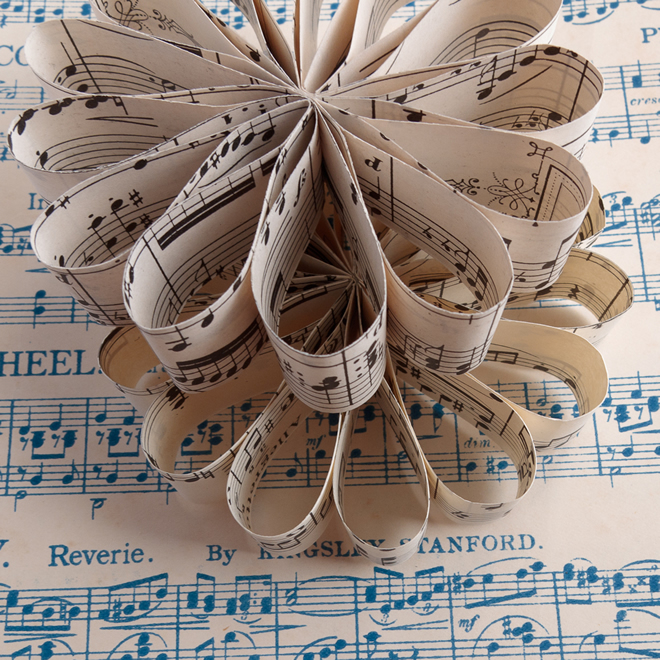
In the early days of Milomade I didn't use precious metals to create my jewellery, instead I got creative with vintage buttons and recycled beads.
As my interest in jewellery grew I took some one to one classes with a professional jeweller and through this process I learnt the basics of jewellery making using precious and non-precious metals. I followed this tuition with several years of night classes and lots of self-tuition too.
As I started to work with sterling silver, my conscience got the better of me and I wondered how I could continue doing something I loved and not use up the world’s precious resources. I didn't feel comfortable with buying in new silver and I started adapting my designs so that I could use the least amount of silver possible. Then one day whilst searching for some furniture in an antique store I stumbled across a box of antique silver spoons. I didn't know much about hallmarks then, so trusted the seller and bought them on a whim.
This started a lifelong passion for antique silverware. Salvaged silver is rare and I have become expert in spotting it, looking out for different items but mostly sterling silver teaspoons. Silver spoons now form the basis of my three main jewellery collections and I mix this vintage silver with Eco Silver to ensure my jewellery is all made from recycled silver.
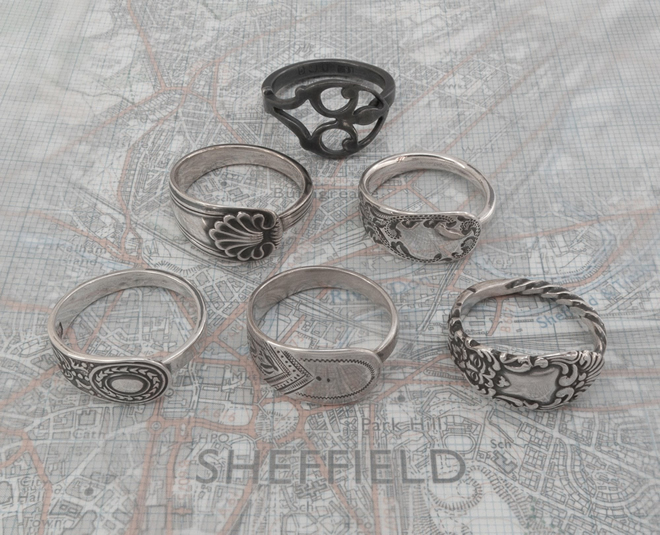
My three jewellery collections all use antique silver teaspoons as a starting point and take this raw material on three entirely different journeys. Nothing is wasted in my making process either and even the silver dust generated from filing is made molten and turned into something beautiful and new.
Discuss the actual silverware you use.
Silverware is a term used to describe objects, principally forks, spoons, sugar tongs and plates, that are used to serve food and are made from sterling silver. Sourcing, restoring and re-purposing antique silverware into unique delicate jewellery is something I really enjoy. There is a sense of history with each piece I make. As I am forming, filing and polishing, I am capturing a memory or an essence of the past. I focus mostly on working with teaspoons and I can’t help but wonder who used to stir their cup of tea with each spoon or how many times each piece of silverware was polished and proudly put on display.
Can you explain the term ‘Eco Silver’?
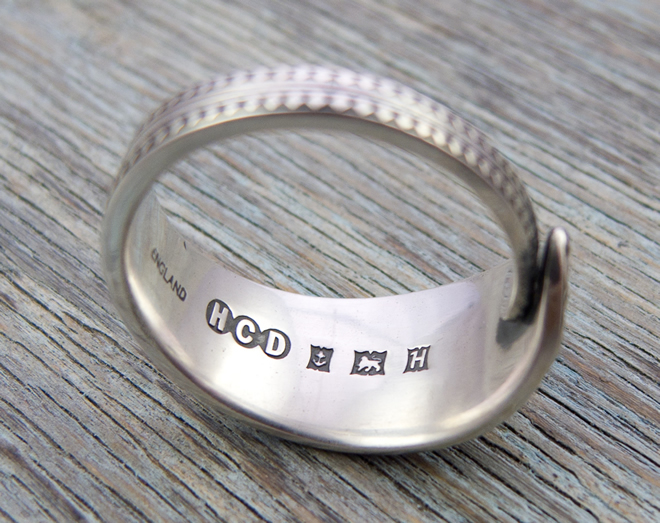
Eco Silver is relatively new, but can be bought as sheet, wire, grain and solder. It's a green alternative to sterling silver and is made of 100% recycled and scrap silver products like jewellery, medical equipment, electronics and giftware. It can be both treated and worked with in the same way as standard sterling silver, for the same quality results but as it's more environmentally friendly there's less weight on my conscience.
Discuss the value of silver marks on the silverware
In Britain, sterling silver is 'assayed' or tested to guarantee it satisfies the legal standard requirement for sterling silver (as established by King Henry II apparently) and that it is an alloy of 92.5% silver and 7.5% copper - that why it's often referred to as .925 sterling silver.
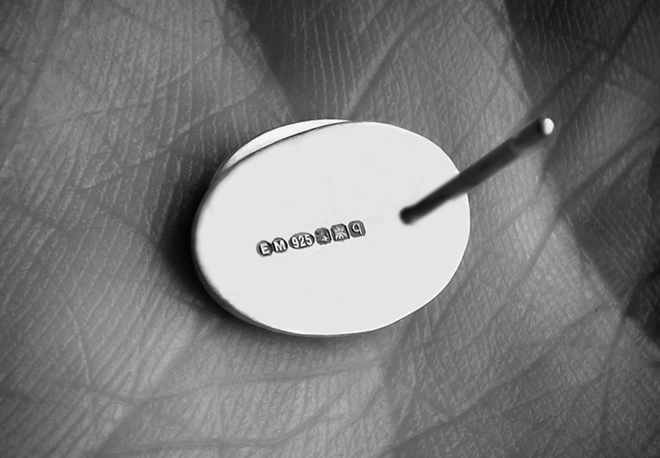
As I want to create pieces to sell and in some instances I want to put my own makers mark on the pieces, it's important to me that the silverware I buy and work with is .925 sterling silver. So I research the hallmarks thoroughly before I buy.
A hallmark can tell you who made the item, what the item is made from, the Assay Office at which the article was tested and marked and the year in which the item was tested and marked. I registered with the Edinburgh Assay Office as soon as I started working with sterling silver. My own makers mark is made up of my initials 'E' and 'M' within two separate circles. Every maker working with precious metals registered within the UK has their own unique hallmark. I think it's important to put your stamp on your own work, even if it's a tiny pair of earrings.
How do you incorporate the markings into your work? Do you need to remark your jewellery so that it has current markings?
It depends. Take a standard silver teaspoon - the original hallmark is generally found on the stem of the spoon. I make rings from the stems of my teaspoons and see the original hallmark as part of the ring's story.

It would be illegal or even impossible to put my own makers mark on the rings - if I wanted to do that I would have to erase the original hallmark and I think that would be a great shame. It would take away the historical significance and essence of each ring.
So in the making process, the original hallmark on the teaspoons is retained, as I am simply taking someone else's design and re-fashioning it into a wearable piece of jewellery. In so doing I'm transforming a dusty neglected heirloom into something someone can wear and cherish and pass onto a new generation. The rings come in small limited editions of 1 to 10 and once they've been sold, they're gone to start a new story. So if you see a design you like, it's best to snap it up before someone else does. I've had a few disappointed customers who've come back to my studio to find the design they liked has sold out.
My tagline for this collection is 'Wear a piece of history today...' and the beauty of my antique silverware spoon rings is whole package - i.e. the provenance of the original item and the history behind it. Each of my antique silverware spoon rings comes with a provenance tag that explains who the original maker was, where the ring was assayed and also in which year. I also embellish my ring boxes with maps that correspond the city in which the teaspoons were assayed.
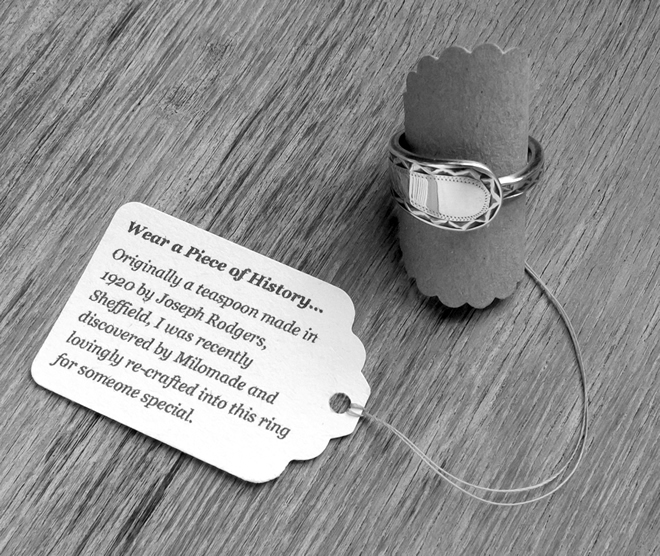
My other two collections made from silver teaspoons do bear my own makers mark as these are made from the bowls of the spoons, cut off in the ring making process. They don't have any original marks on them and I'm free to do what I like this them and the pieces are all hallmarked for quality at the Edinburgh Assay office.
Uniqueness is a priority in your work discuss this in relation to the buyer?
I'm not a fan of mass production when it comes to jewellery. When I buy jewellery for myself I want it to be unique. I don't want to wear something that everyone else wears - I've always wanted to be different from an early age. These same principles apply just as much today as they did when I was younger and I feel that I'm not alone in this pursuit. With our busy lifestyles and work schedules it's often easy to fall into making do with mass manufactured goods, but why settle for something mediocre when you can have something magnificent and Milomade!
Each of the jewellery pieces I make is unique. Even though earrings, rings or brooches follow the same design, they are not cast from a mould and instead are all individually made by hand in my studio. I love it when customers visit my studio and looking at pieces in my jewellery cabinet. They choose the pieces that speak to them directly and as everyone is different it's good to have a selection for people to choose from. I think the individuality of the pieces is a great selling point. It feels like the piece has been made especially for them and I guess I have that in mind whenever I am working.
My Enduring Love collection is a good example. This collection focuses on love, relationships, memories and connections, with a heart at its centre. Each heart design is hand drawn and pierced from the spoon bowl with a delicate jewellers saw, ensuring individuality with each piece. Everyone puts different meanings onto the work - some pieces have three hearts, some two and others just one. These hearts can symbolise family members, lost love ones or the giving of one’s own heart to someone special. Each piece in the collection is beautifully simple and can be gifted to loved ones in the knowledge that each piece is as unique as they are.
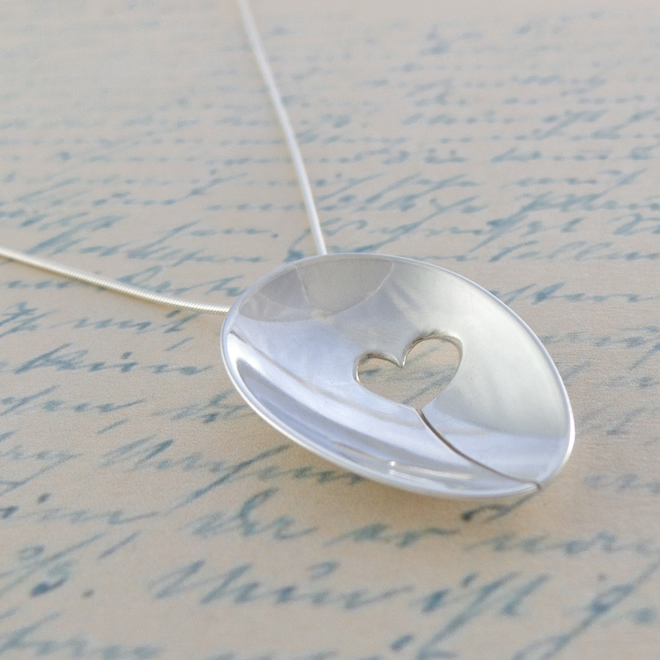
Your ‘Echoes’ Collection is inspired by the coastal landscape and is a joining of past and present, explain what you mean by this joining?
Unlike the Enduring Love collection, where each piece retains the original concave or convex shape of the spoon, my Echoes collection takes the silver on a completely different journey. Here I use the silver as a raw material and at the end of the making process, unless you were told, you wouldn't really know the pieces were made from antique silver spoons.
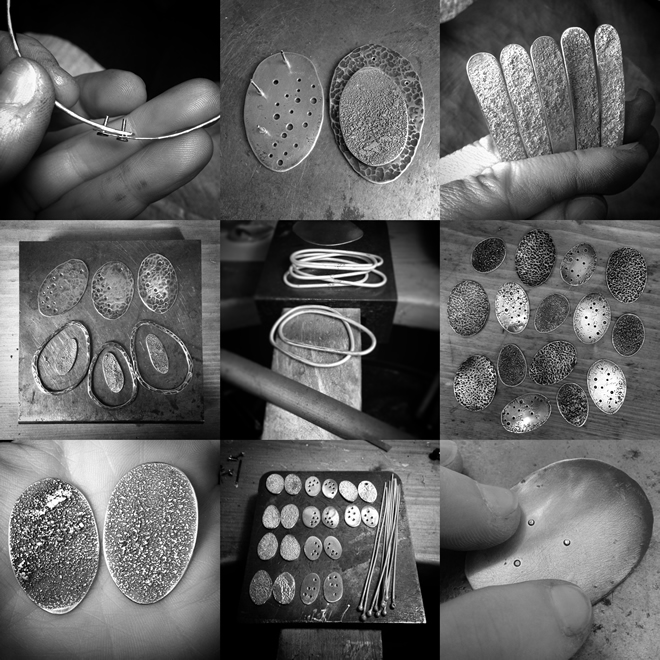
The spoon bowls have to be flattened until smooth before I can work with them and I use traditional jewellery making techniques to texture the metal and join the individual pieces. Some pieces are soldered together, some are riveted and others hang loosely in small bundles - but they all retain an oval shape, which gives a nod to the silver's past life as a spoon.
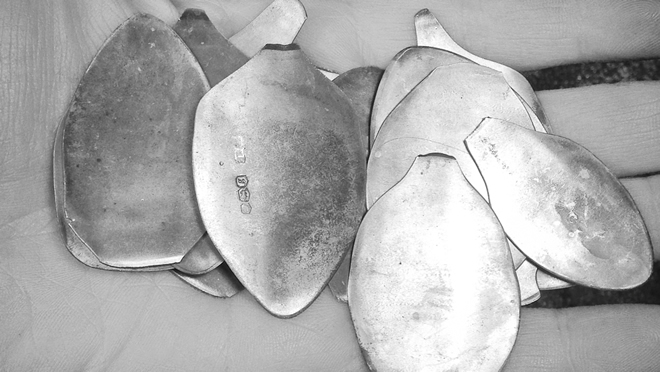
The collection is inspired by the coastal landscape where I live - the textures in the rocks, the patterns in the sand created by the ebb and flow of the tide as well as the ripples and reflections in the water. But the pieces are also about memory and connections with the past. Who hasn't stood on a beach and looked to the horizon and thought of fond memories or recalled a loved one in a far off land.
I've always wanted to live by the sea. I have fond memories of childhood holidays on the southern coast of England breathing in the sea air, visiting lighthouses and hearing foghorns. Something magical got into my blood and I've been driven to return to the coast ever since. It's a joy to be able to walk on the beach every day and have time to reflect. I love picking up pebbles and feeling their textures or letting sand fall through my fingers.
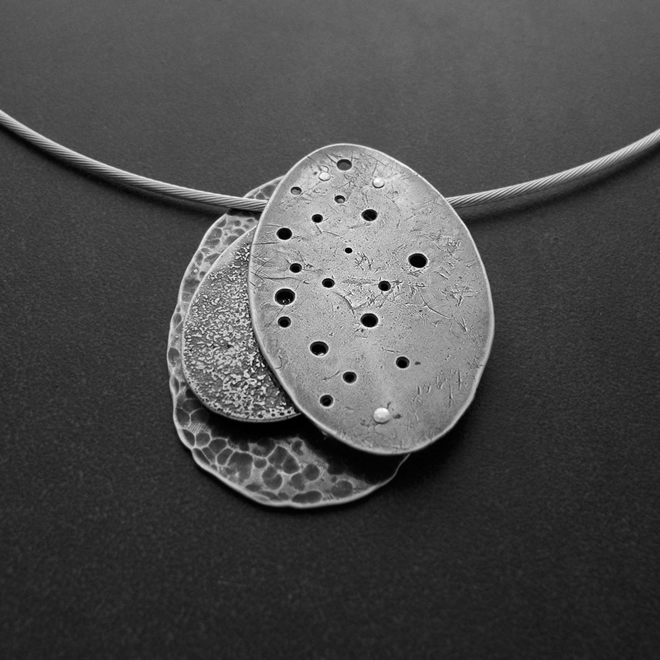
The pieces in my Echoes collection are very tactile and the silver is oxidised (i.e. turned black) and then repolished making the raised parts of the designs shiny, emphasising the different textures within each piece. You often pick up a pebble on a beach and are amazed by how smooth it is and you can't help but turn it over and over in your hand whilst it's in your pocket and it forever captures a memory of where you were or who you were with when you found it. It's that kind of feeling I want to evoke with the pieces in this collection.
Again all the pieces are meticulously handcrafted with individuality and uniqueness in mind. Just like that pebble, each element in the collection has its own personal qualities, textures and details and the pieces all complement each other beautifully.
Not only do you work with recycled silver, is it true that you also make jewellery from copper plumbing pipes?
Yes, it is. I love copper pipes and at the moment it seems that I have an inextinguishable supply. We bought our house 8 years ago and it's a very old property in need of much love and attention. We did a lot of DIY when we first moved and the two main rooms we renovated were the kitchen and the bathroom - there was a lot of plumbing involved and we ended up with a lot of old copper pipes - we could've taken them to the scrap merchant and got cash for them, but I decided to keep them and make jewellery from them instead.
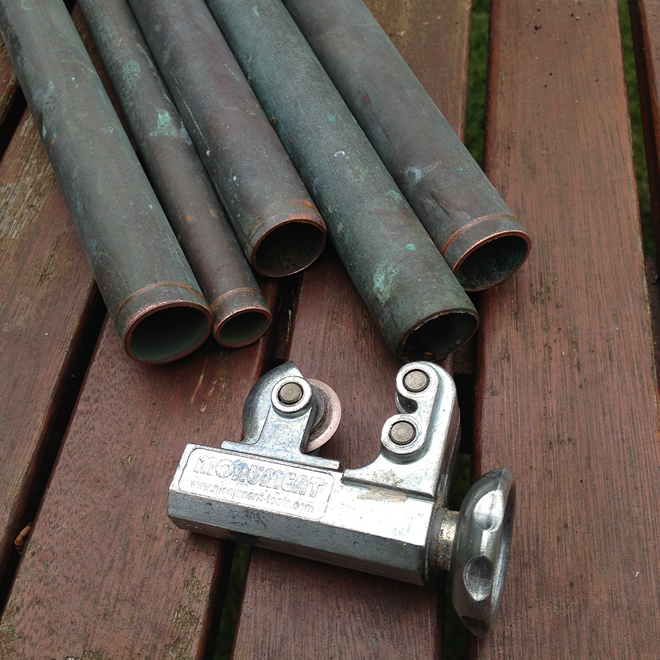
The copper is mostly used to try out new ideas and designs but I also make jewellery from it too. I cut short lengths of pipe and then split it down one side and open it out and flatten it crudely with a hammer. It then gets annealed (heated with a blow torch) which softens the metal and makes it quite malleable. It can then be put through a rolling mill and milled down to the desired thickness and through the process the metal is smoothed and flattened. From that moment on it's a usable piece of sheet metal.
I lovingly refer to my copper collection as RePlumbed. This collection consists of pendants, brooches and earrings that combine copper, aluminium and silver and all focus around a heart design.
I also make beautiful acorn caps from this recycled copper and combine these with recycled glass beads to make small acorn pendants with oak leaf earrings to match.
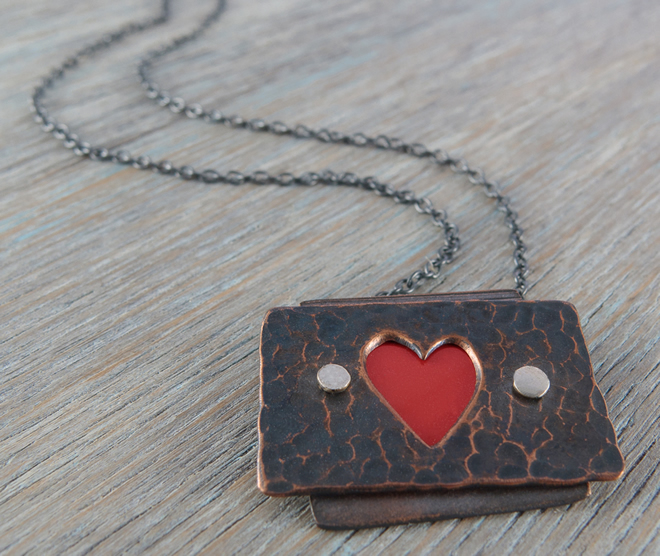
Show us a combination of two or more different recycled objects in one piece.
I love to add colour to my RePlumbed brooches and pendants to bring out the shape of the hearts cut into the designs. This colour comes from aluminium drinks cans and small pieces of the coloured metal are cut and riveted into place between the copper sheets so that the cut out hearts are red. Again, unless you were told, you wouldn't know that the colour came from a humble can of cola.
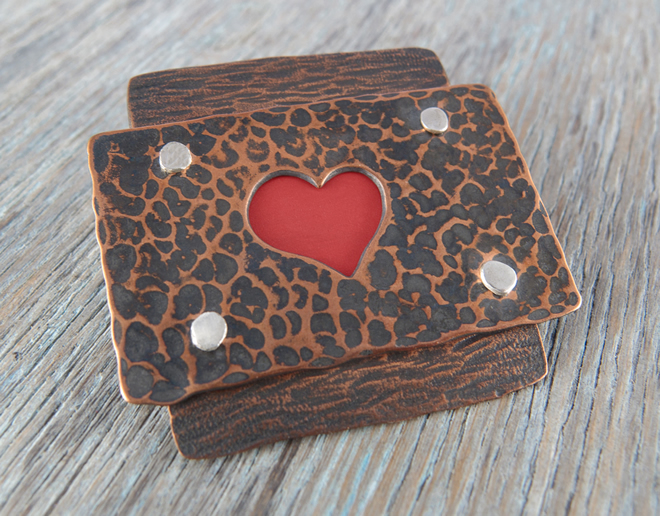
You won an award from Craft Artist Grant Scheme. How did this help your career?
I kick started it! In 2008 I was awarded a grant to set up Milomade from the Craft Artist Grant Scheme available to artists, designers and makers in Fife. I was lucky to be awarded subsequent grants in 2009 and 2010 to build and grow my business. We're very lucky in this part of Scotland as there are a lot of grants and funding opportunities available for craft and I've received funding to help launch my website and online shop, as well as to buy photographic equipment to photograph my work for online sales. I've also had funding to buy new tools and materials. Without this financial support I would've have really struggled to get my business off the ground.
Tell us about ‘Next Steps’ and how this programme helped you develop Milomade further?
After the birth of my son I felt a little lost with Milomade and needed to do a bit of rethinking and restructuring to move forward. I put some feelers out for help and advice from friends and colleagues. I got some great feedback and advice which all led to me applying for the Next Steps Programme put together by Fife Cultural Trust, Fife Council, Creative Scotland and Fife Contemporary Art & Craft.
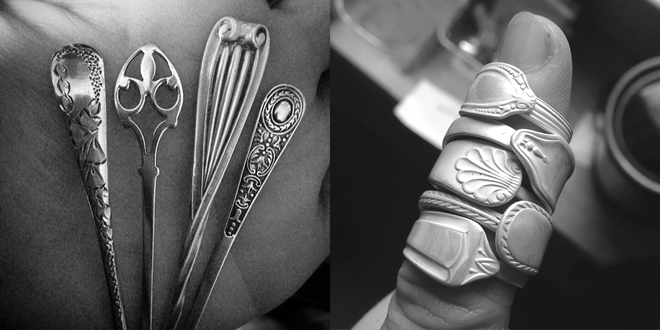
Next Steps is for Fife based craft and visual artists. It's a tailored support programme that spans 12 months and focuses on personal, professional and creative development and includes 1-1 mentoring as well as funding to help with training, learning new skills, travel and research, buying new equipment and tools etc. In 2013 I applied and in August that year was one of the artists selected for the scheme.
It was a fantastic opportunity and after my first mentoring session I had set the wheels in motion to work towards doing my first ever trade show and start selling my products on a wholesale basis. With the funding I was able to get further mentoring that was more specific to doing trade shows and wholesale. I was also able to take advantage of research opportunities and online training to develop my marketing skills. The programme also funded a few jewellery courses where I received one to one tuition in very specific skills I wanted to learn to develop my product ranges. I was also able to buy some much needed tools that had always been out of my grasp because they were so expensive, but have now made my working processes so much faster and more effective.
I would highly recommend mentoring to anyone working within the craft industry, especially if like me, you work alone. Sometimes you get so blinkered and it's great to get an objective view on your products and processes to move forward and develop as a maker and business owner. I've been very lucky with the mentors I've had through the Next Steps programme. Both were very different and challenged me in so many ways. I love a challenge and I often surprised them when I delivered what they'd asked of me and then a heap more on top of that. They really helped me push myself beyond my comfort zone and I don't think I'd be doing what I'm doing without their help.
You have a wonderful studio, discuss.
Ha Ha - I do have a wonderful studio but most of the time I can't get into it as it's such a mess. Over the past few weeks though I've decided that enough is enough and I've got to sort it all out once and for all. This is the problem when you're a hoarder of precious things - you end up with so much stuff that you don't have any room to work. My son loves coming into my studio and he marvels at all my 'precious things' in jars and boxes and I want to encourage him to come and work with me, but so many times he can't as I'm so messy. So one of my very late new years resolutions is to put things away, be tidier and not let my studio get into such a state that we can't work in it together.
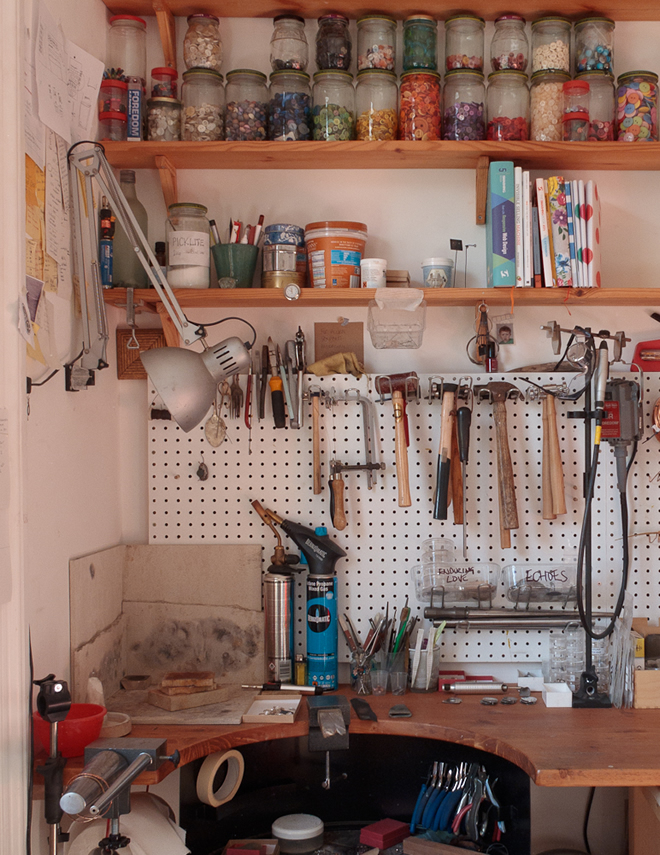
I live in a house on top of a cliff and it's a wonderful place to be. My studio is a tiny room at the front of our house overlooking the street rather than the sea - I think if I had a sea view I'd never get any work done as it's mesmerising and changes all the time and because of this you get hypnotised and just stare out of the window for hours.
Despite not having a sea view, I love my small studio and I get beautiful light in the afternoons when the sun moves to the front of the house and I love working in there when the sun is streaming in.
Contact details.
Evie Milo
You can buy direct from my website:
www.milomade.co.uk
Evie Milo, Fife, UK
Interview by Deborah Blakeley, July, 2016
Kristy Kun
Can you please comment on the statement, ‘Harnessed by the warmth and touch of her hands, wool emerges in a new dimension?’
I really can't stop my hands from touching and transforming wool. The wild fibers take shape in my dreams, processes own my muscle memory, and the potentialities of sculptural forms flow from every breath of my creative spirit.
My tactile tendencies make it difficult to for me to keep my hands off of wool and other textural materials. It’s a real asset as a felt maker because the process of felting is accomplished as wool fibers respond to the warmth and agitation between my hands. The result is a bonding of fibers and formation of a new, dense sculptural material. This process is assisted with water and a little soap, and the rest is just the simple act of rubbing and coaxing the wool until it becomes felt.

Discuss the ‘magic’ you feel in the process of creating felt?
The magic is in the wool and I feel it at the point in the felting process where the fibers lock together into a tight, dense fabric. This is when the transformation from fiber to fabric takes place and it requires time and patience for the wool to be worked into this new form.
I feel the energy in the fibers as this process happens. Through my hands I am connected to the animals providing the material as well as the artwork itself. I feel it becomes a robust expression of my creative soul by working so closely with my hands.
You mention a background in furniture construction and upholstery. Expand on this and explain how it has influenced your fiber art.
Most of my adult life was spent in a woodshop transforming reclaimed and historic wood into finely crafted furniture. The furniture designs were my partner’s, but the selection and processing of the wood, joinery, construction and finishing were my pursuit. The skills I developed during this period are reflected in obvious ways in my current work, eg the hand crafted frames, the upholstery methods used in mounting the felt, and in some less obvious ways. My process for joining wool fibers and making dry connections before felting is uniquely my own technique and it is the joinery so common in my furniture that has fostered it’s development.
Also, wood itself has influenced my design aesthetic, how I interpret the patterns in nature, and where to push the boundaries of material synthesis. Watching the patterns in grain emerge as the jointer removed crusty layers of history (and finding the right moment to stop and preserve that history) finds it’s way into my dreams… Wood becomes wool and back again until a balance is found between the two and a new design emerges.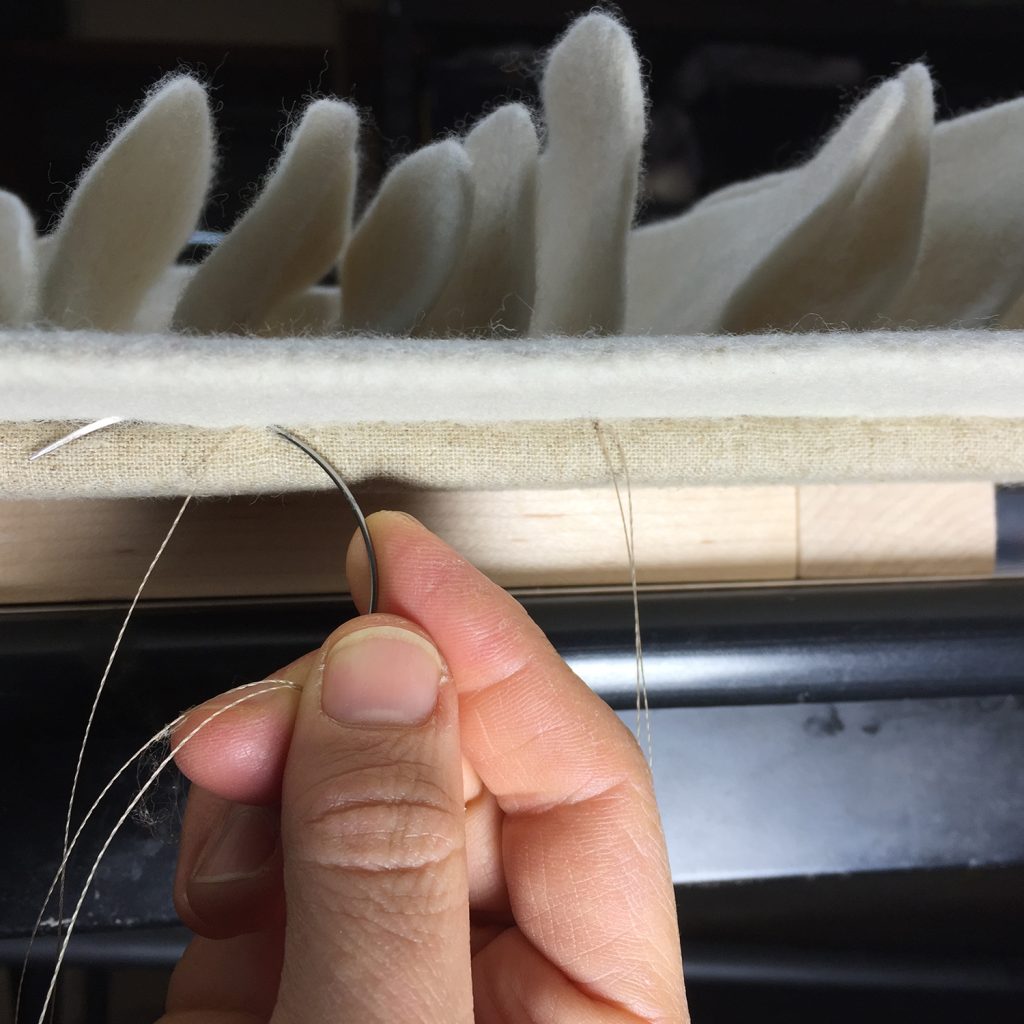
Different wools have different textures, colours and weights, take two very different wools and explain how simply by the sheep/ animal they come from how the finished article changes.
All breeds of sheep produce wool of varying qualities of coarseness/softness and felt-ability. These qualities allow creation of an incredible range of felted goods from the lightest garments to dense, durable, sculptural forms. I am most interested in the sculptural possibilities of wool, but for years I have studied to develop a broad knowledge of how all fibers behave when felted and react alone or together.
I‘ll start with one of my favorite fibers to felt with, Merino Wool. Merino is very popular for apparel fabrics, from outdoor clothing to the finest runway garments, and it is a champion for the wool industry as a whole. If you are not experienced in the fiber arts, you will still know of Merino. What is less known, is the incredible range of wool fibers produced by Merino sheep.
The Merino I work with is a medium wool, in-between coarse and fine. In my wall hangings, Merino is the natural white wool used for the background and projecting textures. This merino felts into a dense sculptural fabric that will hold its shape when steamed and set. My students refer to my style of felting as “hard felt” and this finish would not be possible with the finer Merino wools.
To contrast the smooth hard finish of the Merino wool, I’ve been adding a native (U.S.) coarse wool breed, Navajo Churro, to my most current work. The churro fleece is very straight (not crimpy or curly) and has a dual coat. The shorter undercoat is soft and fluffy and felts very easily. The outer coat looks more like long hair. It is thick and straight and while it will felt, it felts better when it is mixed with the undercoat.
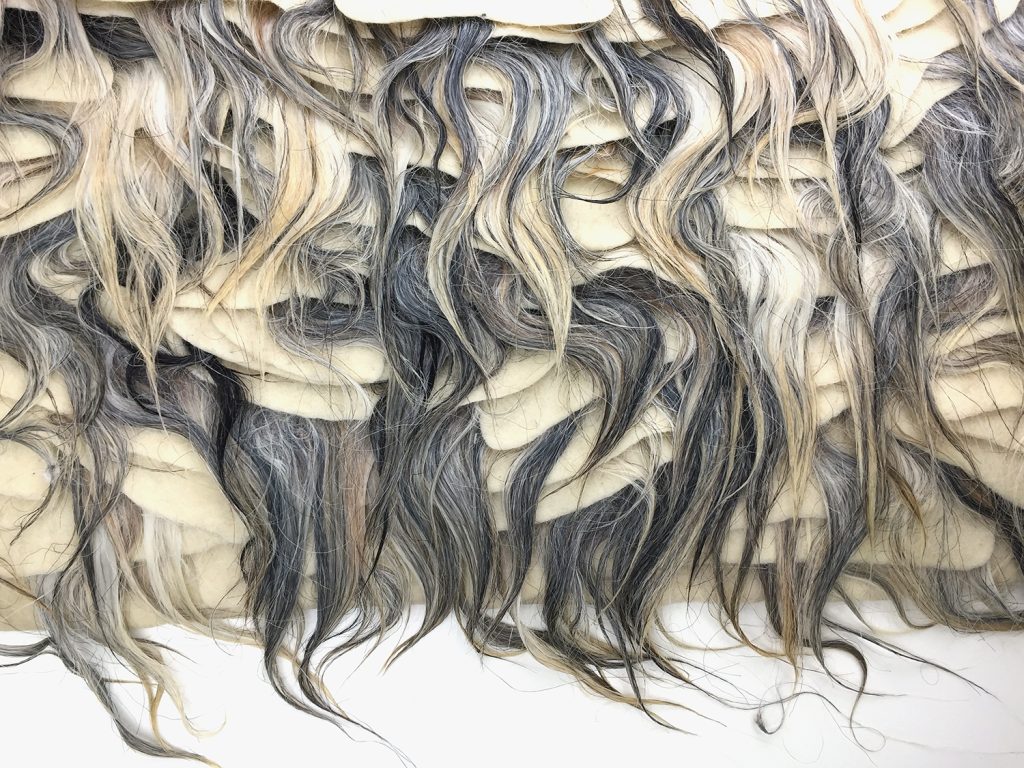
I’ve been using this dual coat felt-ability to create an interesting dichotomy of textures. The wool is positioned between protruding layers of merino and only felted at the base. The long outer-coat fibers are allowed to stay free from the felting process but they are felted in at the base of the artwork with the help of the undercoat fibers.
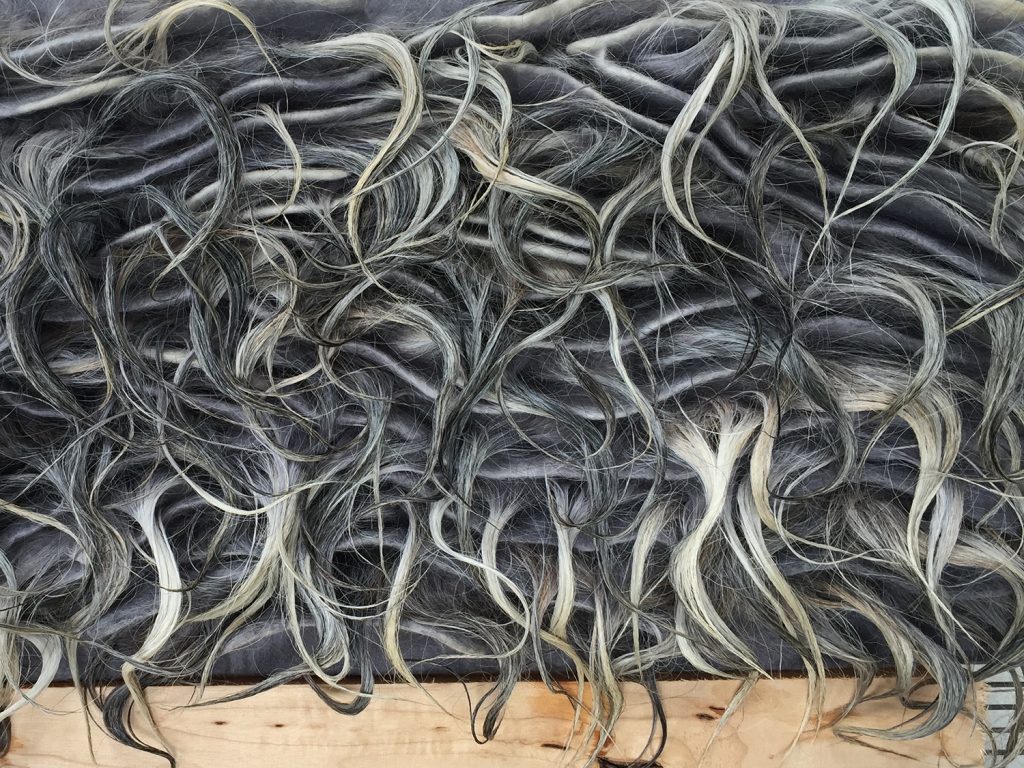
Do you dye the wool yourself?
Yes. Both acid and natural dyes find their place in my work. They are very stable and lightfast on wool, and when a piece calls for colour I weigh my options for achieving it and decide on the most suitable route.
I also work with blended colours that I create using a simple mixing formula for three primary colours. This system of creating colour fascinates me and I use it when mixing dye powder as well as for mixing coloured wool. The formula is based on a ten- part system where each colour blend is formed from a combination of three parts (colours) that will always total ten. For example, in a Red, Gold, Navy blend of 3,1, 4, I will blend three parts red, one part gold and four parts blue. This gives me an incredible colour range from just three simple mill-dyed primaries.
When do you decide to use colour or when to use natural fibres?
Working with the natural colours of the wool is soul soothing. I get lost in the wool when I’m laying out a piece with Navajo Churro fleece and the colours in a single lock are a mix of white, cinnamon, and black. These natural colours speak to me in a very invigorating way and connect me to the animals and the earth they graze. They can be as much of a challenge to balance as dyed fibers, but the result is calming and reverent of the wool rather than forced.
This probably stems from an over-exposure to felt made with commercially dyed wool. Through my business, Opulent Fibers, I’ve sold dyed wool to artists for many years. As I’ve moved away from selling fiber to inspire other artists and into this new phase of finding fiber for my own art, I’m in a bit of a rebellion of mill dyed wool. In order to find a true connection to the raw material I need to immerse myself in the raw state of it, to know the animals as much as possible and work with the natural hues. After this, I might open up to colour again.
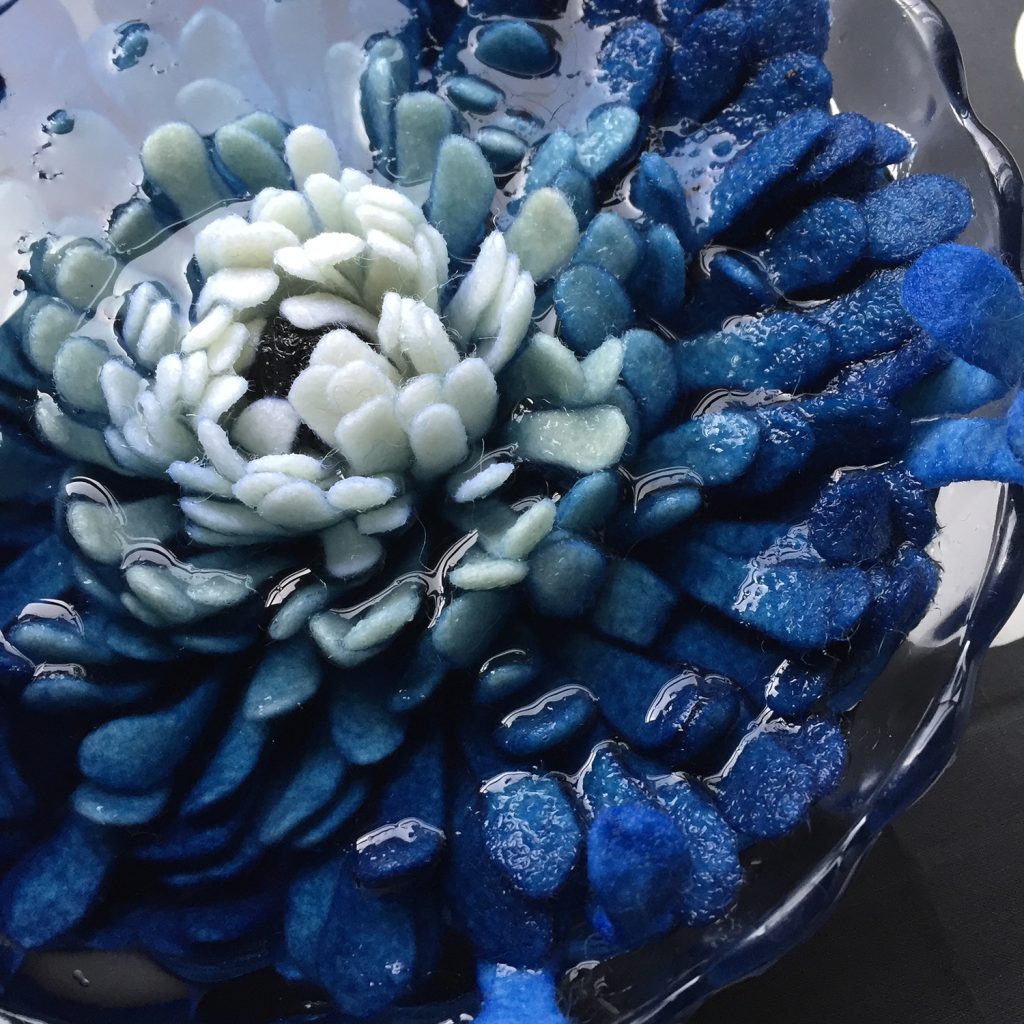
Expand on the appeal of adding other fibres to the wool and the effects this has on the piece.
The addition of plant fibers to wool felt creates contrasting textures and ribbons of movement on the otherwise clean surface of the wool. The process is quite simple… As wool fibers bond together in the felting process, they will grab other materials; Flax, cotton, hemp, silk, to name a few. Through the felting process when wool is bonding and shrinking to form a dense felt, the plant fibers buckle under the force of the wool, resulting in ripples and ribbons of texture.
These contradictory textures are explored in my work quite often. Sometimes the materials will be very similar in tonality and it will take close inspection to discover them. While other times they are announced with a bold colour change and used to create strong lines and movement in the work.
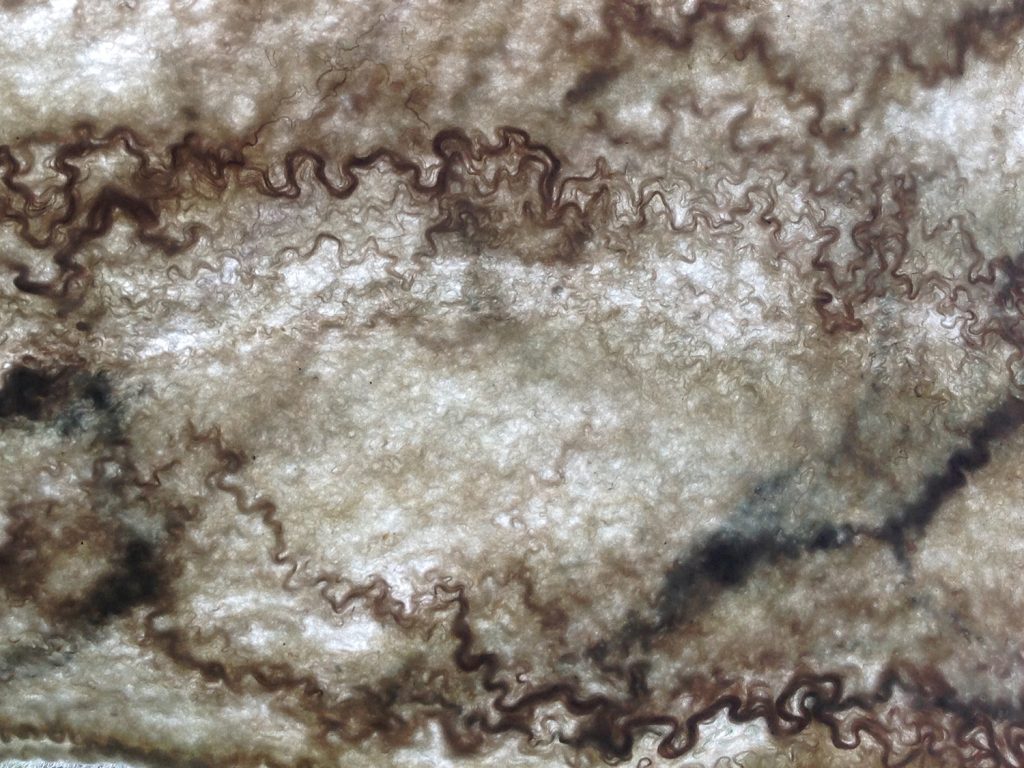
Expand on the rhythm in your work?
I draw inspiration from the environmental transformations and am especially inspired by mycological forms, wood grain and the effects of time and decay on these materials. There is a steady rhythm of change in the patterns, subtle shifts in lines that create texture through birth, fruition, and decay. Formations of water, earth and sky, emerge as if breathing and alive. My hands translate this energy and these textures from nature into new forms using ancient methods and timeless imagery.
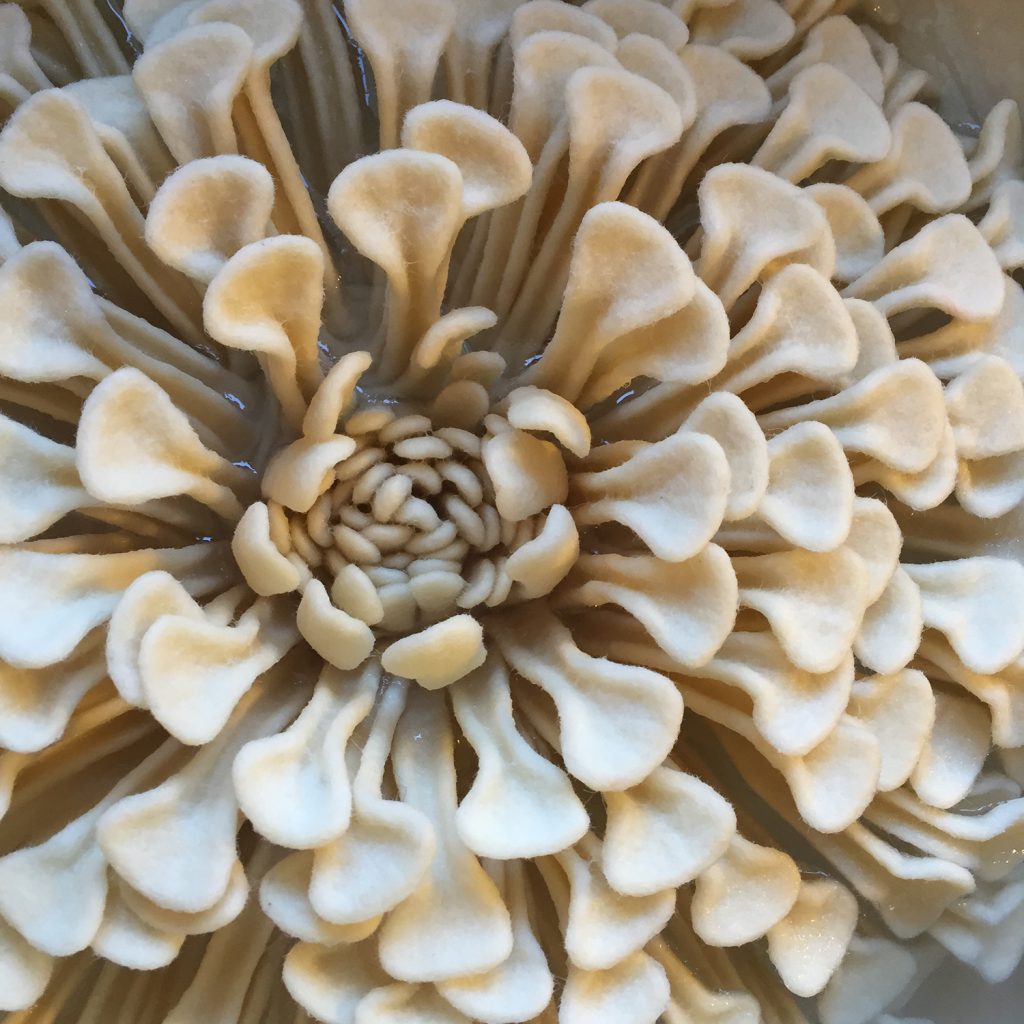
Comment of the tonal quality within one of your natural pieces?
There are many layers to the function of tonality my work. Not only in the felt itself, but additionally in the selection of the wood and finish for framing. In Velleity’s Dance, for example, the felt work contains three fibers working together to create depth through subtle changes in the tint of the wool. The wool for the pods, vines and border is a natural ecru merino, while the ground is a brighter white merino. Within the pods, natural tussah silk was felted on to the surface to create a shade slightly darker than the ecru and add a subtle shimmer to contrast the matte felt.
The frames for most of my white pieces are made from rock maple. The warm quality in the colour of the wood creates a seamless transition from art to frame and I build the frame with a significance and purpose to shelter the felt like a womb, yet let it breathe in the room where it resides.
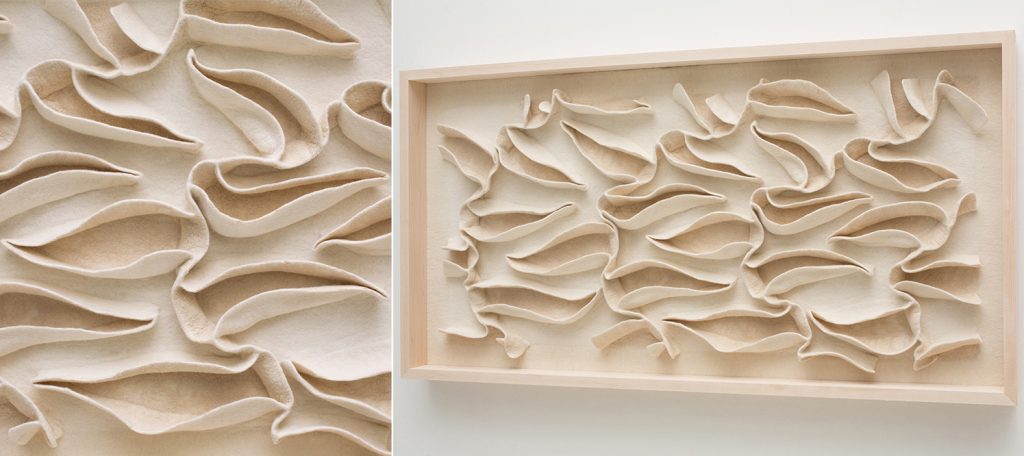
Discuss the size of your 2D felting and how you present completed pieces.
The finished size ranges from 1.5 square feet. to 17 square feet and surface texture can be up to four inches. Mounting and presentation presents an interesting set of challenges when working on such a large scale, with the weight of textural protrusions usually more than the weight background of the piece.
I’ve developed a method of archival mounting for the felt where it is adhered to stable plywood with a layer of heavy-weight acid-free paper between the two materials. It is important to protect all parts of the felt that could come in contact with the wood backing and frame from acids that will leach out of the wood.
Due to the variable thickness in textures from piece to piece, the frames are all very custom. I mill the wood, assemble, and finish the frames here in the studio. Because of the scale of some of them, it isn’t until they are at the photo studio when I can get some distance from them hand have a good look at the work I’ve done.
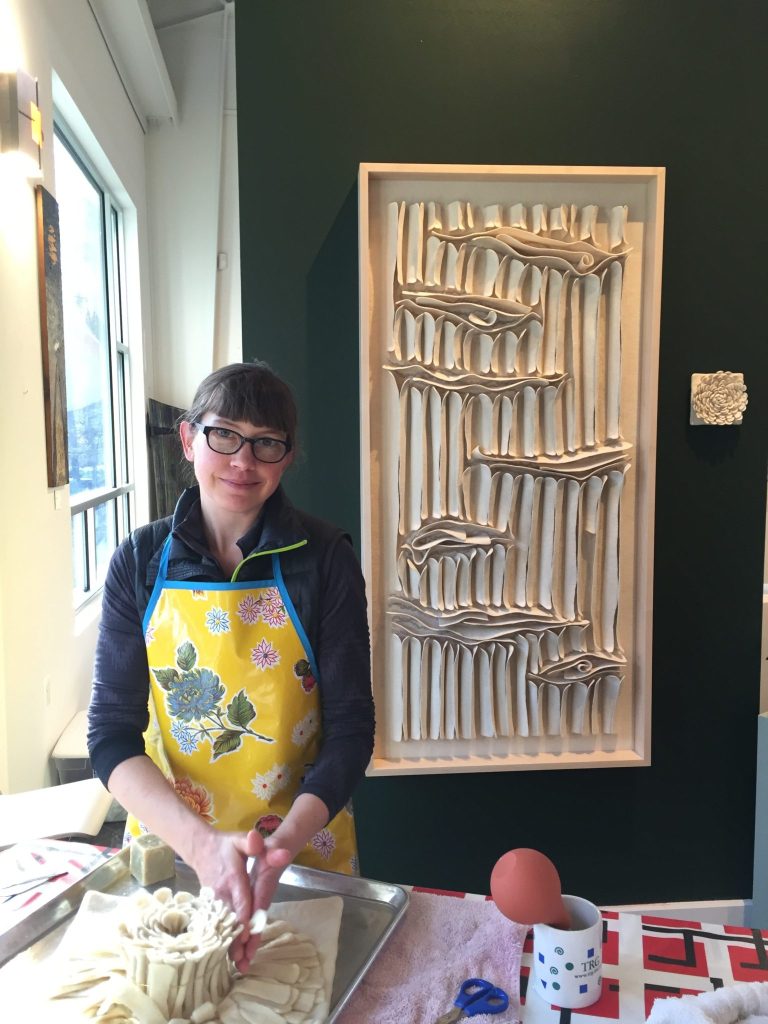
It is July and already you are preparing for five exhibitions in the second half of the year.
Discuss timelines and your work.
This is a very interesting question to think about because timelines affect me differently through the various stages of creating a piece. I often spend a hundred hours on a large piece.
When I begin, I am most successful working with a goal of completion, rather that a deadline or commitment. With a commitment, I find my creativity and freedom to listen to the materials the way I need to are stifled and replaced with rules and boundaries, both physically and mentally. This stress is the worst thing I can subject myself to as an artist and it can cause me to hibernate from the studio rather than feel the excitement to work there that I need. For the upcoming season of exhibitions, I’ve started well in advance to allow time to listen to the wool as I like to and respond as it changes throughout my process.
Near the completion of a piece, the deadline comes into play quite positively. After the work of felting and shaping/ finishing, a whole new process begins. The fiber studio shifts into a wood-shop and I mill the wood and build the frames for the piece. I call the photographer as the frames are in production and set an appointment for a shoot. This becomes the final deadline. There may be a show the piece is destined for the following week, but the deadline always needs to be that photo shoot and I push very hard to make the date… Putting very long days in the studio to get everything finished properly. With this final, intense push of work for completion I will be considerably exhausted and might sleep for an entire day after the shoot. This pre-deadline gives me ample time for recovery before the show.
I’ll also mention there is one timeline inherent with the craft of felting that is not self-imposed. Once a piece goes into the “wet” stage, the demands of time become very strict and I cannot step away for more than a day without concern for the well being of the fabric. I am careful not to start the wet felting stage unless I have a full week to commit to it’s completion. In the case that something goes wrong, much energy goes into rinsing the wool to preserve it until the time is available to finish.
The amount of work you need to produce.
I plan to have between 12 and 15 pieces going into the season. A few of the shows are set up with a gallery environment and for each of those I will take only three or four pieces. However, there is one where I will be filling a booth… And this does feel a bit daunting! I’m glad to have the push to produce several pieces for the bigger show, Art in the Pearl, here in Portland, OR. I would be surprised (well, surprises are okay!) if I sold all of the work, so there will be inventory to draw from for the rest of the season. This will take a lot of pressure off for the other events and I will be able to focus on new work for the first of the year. Of course, it will be a very busy summer in the studio preparing!
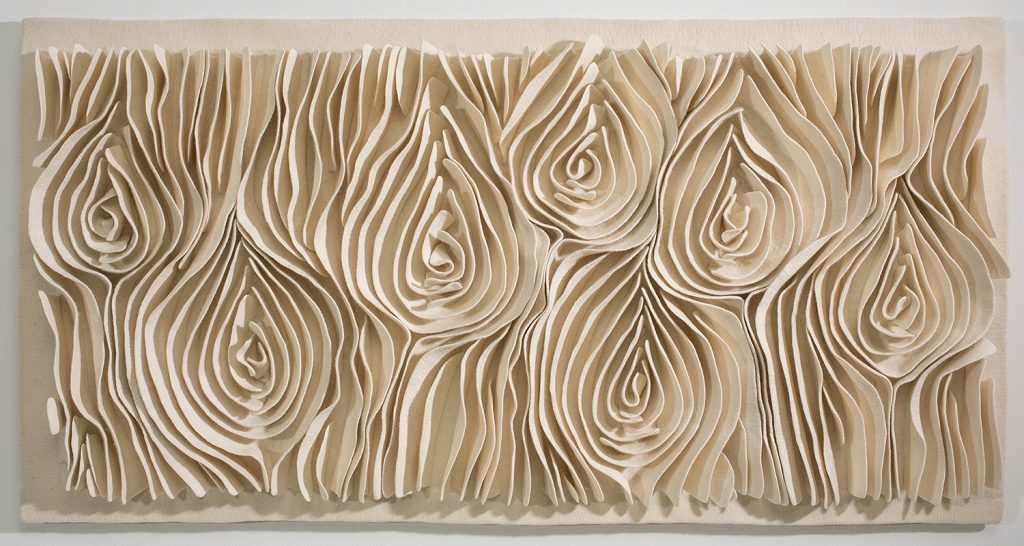
The value of being involved in exhibitions for the growth of your own artistic endeavours?
I feed off of this type of exhibition where I am placing myself with my work before the public for a few very busy days of sharing. For almost twenty years, I’ve been building trade show booths and exhibiting at fine craft shows (previous life building furniture). Creating a display feels like building a small house that represents who I am and helps explain my creative vision. It’s exhausting work talking about my felt and explaining a craft which is not well understood by the public. After a few days, we say goodbye to old friends, pack it all up and drive home to start again. The drive is time to reflect on the public’s response and my own observations of the work I’ve displayed. When I return to the studio I am a chrysalis transformed… Ready to start on the next adventure.
How physically demanding is felting?
Felting large work requires physical and mental strength. During the layout phase of a large work, there is an incredible amount of reaching, usually from very awkward positions that must be held for long periods of time so not to smash the previously positioned material. I liken it to and artistic form of extreme yoga.
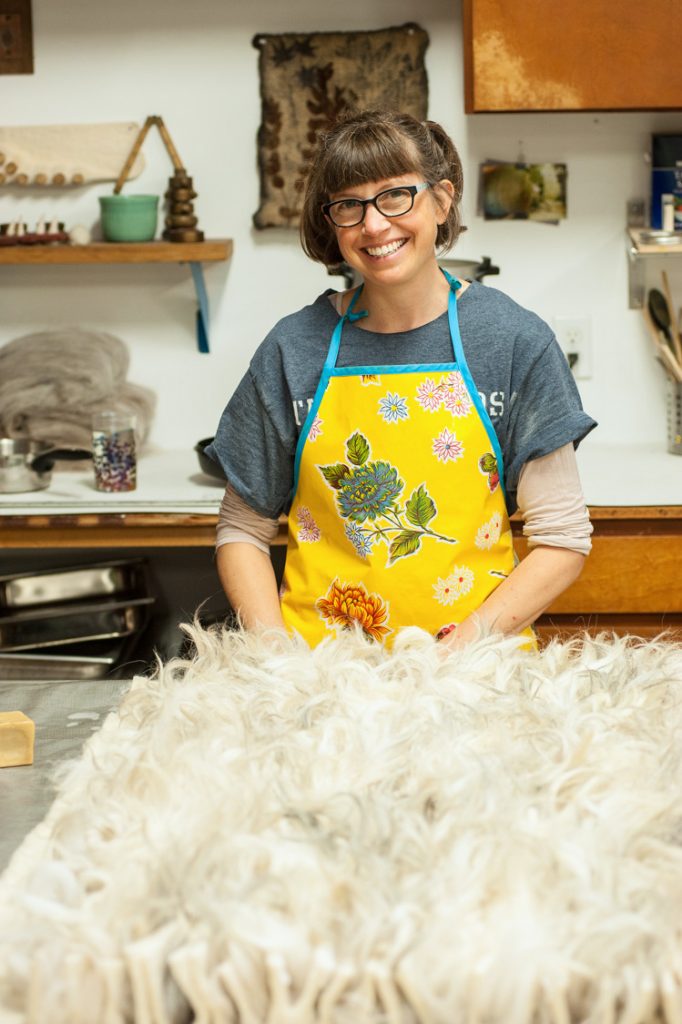
Last year I began a piece that was so large there was no possible way to reach the center without damaging the peripheral layout. I started thinking that it would work much better if I could hover over the wool as I was positioning it, so I built a giant glider that holds me just inches over the top. It looks like an eight foot long skateboard.
A later phase of the process, the wet felting, requires a different kind of strength and endurance. Because of the highly raised textures in my work, my process is a different from traditional felt making. The entire piece must be carefully worked through by hand several times, requiring a fair amount of arm, hand and upper body strength. This is probably the most physically demanding part of my work and it will take several days to complete on a large piece. Frequent breaks and afternoon naps keep me from injuring myself.
You have a wonderful Studio – can you give a few of your favourite aspects of your studio.
Spaciousness, giant tables, fresh air, and the close proximity to home are the best part of my studio. I’ve created the work space in a metal barn behind my house. The large doors open to an area I use for washing wool and where I set up an outdoor dye and steam kitchen in the summer months. I’m surrounded by lush greenery, ridiculous chickens, a dog bouncing around with his toys, and my family. Some days it really feels like I’m living in a dream.
The tables came from a second hand architectural supply store here in Portland. They are 12’ long lunch-room tables that can fold in the center and go into a vertical position on wheels. If I need floor space it is easy to get them out of the way and if I need a larger layout table I can put them together and make something enormous… There are ten of them in the studio!
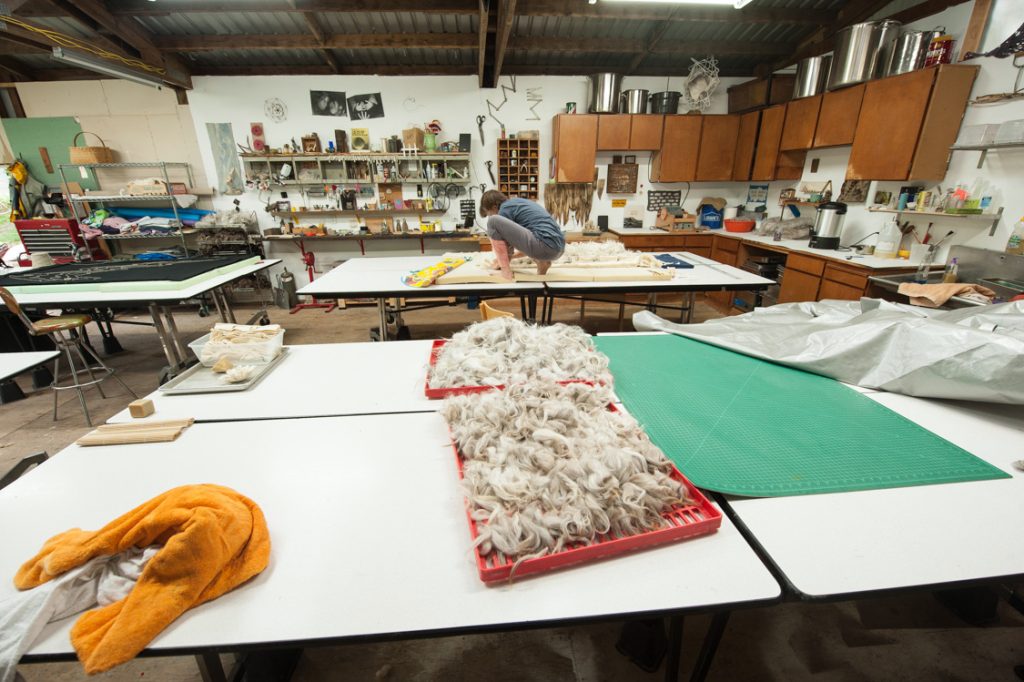
Within your classes you pass on your knowledge and techniques can you expand on your classes?
I teach workshops on beginning to advanced techniques in sculptural felting. Teaching processes that I am using in my own work is incredibly rewarding as I continue to advance my own vision through conversation and observation with my students. I also encourage them to create outside of their boundaries and when they ask to push the work a little beyond the course curriculum I do my best to guide them. If they have proven an understanding and technical finesse with the craft it’s productive to set them free to explore new possibilities of using the materials and techniques. It is at this point where we are all exploring together that I find most rewarding for teacher and student.
Discuss the importance of the Felting Communities and how it helps you and in what ways you have been able to respond through this group?
It is more like a family than community. Through felting we share an unusual bond. I suppose it is based on the trust we have in each other as artists that understand an otherwise often misunderstood craft. Also, we are a relatively small group (if you consider the number of wood turners in the world, or even blacksmiths) and we stay in touch through social media and email, plus gather as often as we can to share, learn, and catch up.
My “felting family” is the reason my art exists. When I pursued textiles as a career seven years ago and began distributing fiber to artists and attending retreats to sell materials, they welcomed me and were interested in my offerings. When I found instructors to bring to the U.S. and teach innovative techniques, they came for classes. And, in this past year, as I’ve transitioned from the business of selling wool to creating my own work and teaching, they have enthusiastically supported the changes.
Through their interest and support I am encouraged to push the boundaries of my own work. As I do this, I share the results through email campaigns and social media, develop new ways to teach (I’m now offering home workshops with online support), and expose the public to our craft in an effort to create broader acceptance and understanding of artists working in this medium.
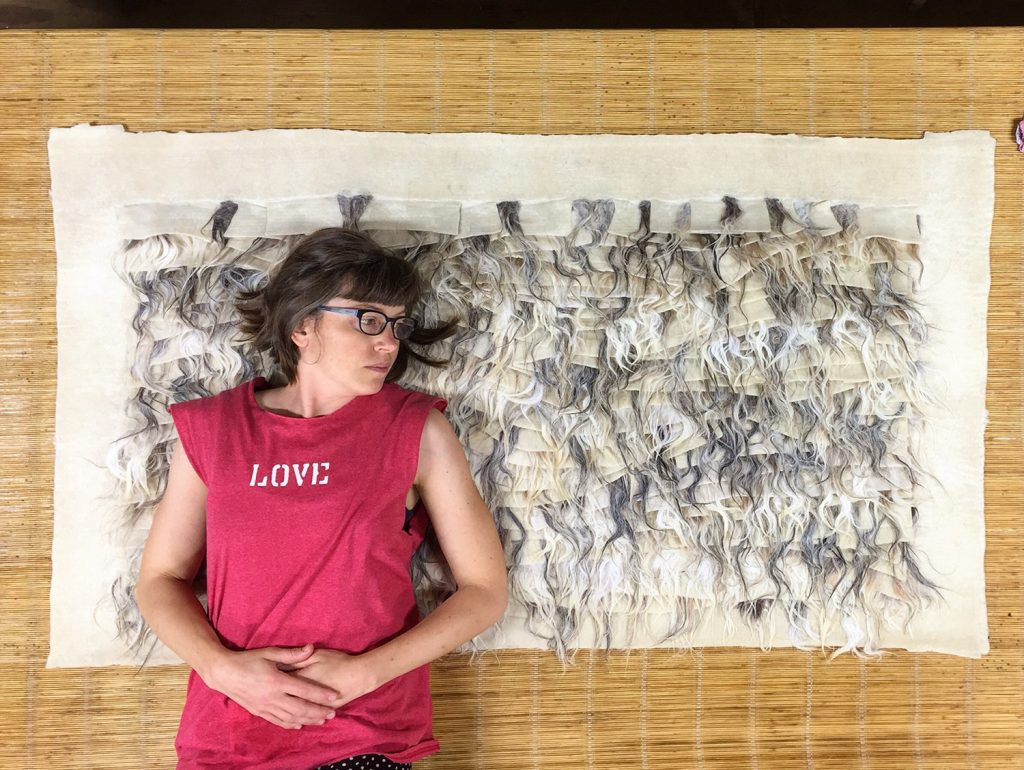
How important is ‘tactile’ in felting?
For me, it is very powerful. Not only is my entire process of felting “through the hand”, the final stages of shaping and forming the finished sculptural felt is a sensual process. My desire for the finished pieces is that they are appreciated this way in the home of the purchaser… That, from time to time, they put their hands between the raised fins of the wool and feel the warmth and life in it, connecting to the process and the animals and the earth from which they graze… As I do in the creation of the art.
Contact details.
Kristy Kun
opulentfibers@me.com
Kristy Kun, Oregon, USA
Interview by Deborah Blakeley, July, 2016
Joe Ganech
I first came across your work with Winston Churchill staring out at me. Expand on several of your works where you have used famous people?
I like to realizing creations of celebrities and sharing my artistic vision by recreating a particular atmosphere around the character that I have chosen. Sometimes a characters are underestimated by the younger generations. I hope that I can introduce the character to all with a modern look.
I like the idea of taking an underestimated character and to urge the public to inquire, who was the character? The creation of Churchill is a good example…
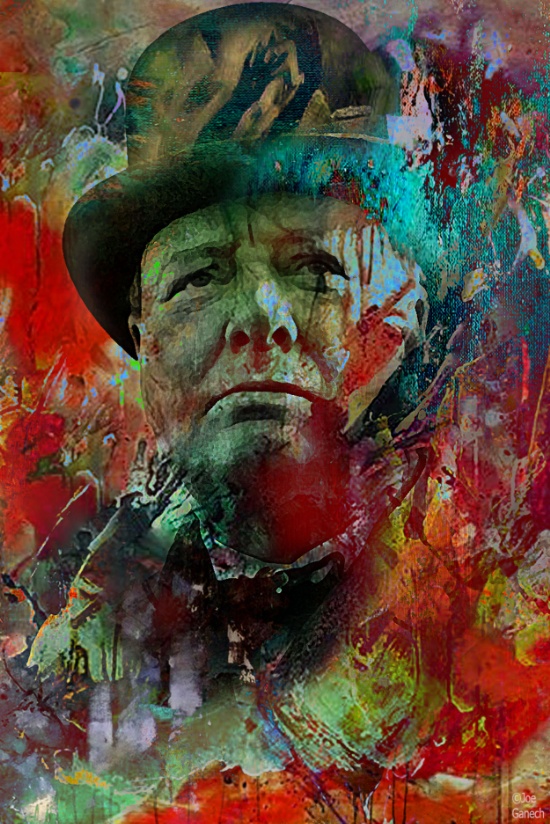
Churchill, digital collages, 25 x35cm original, Prints 125 x 135cm
I like to think have my creations get people asking themselves new questions and to go further in their searches. My creations are only a part of the way... I try to open doors that will lead the public to look differently at what they know.
With work, such as Audrey H what aspects do you need to know about?
The face, it’s fragility, it’s sweetness they are the drivers of this creation. Audrey shared it with public and I wanted to respect this vision of her even.
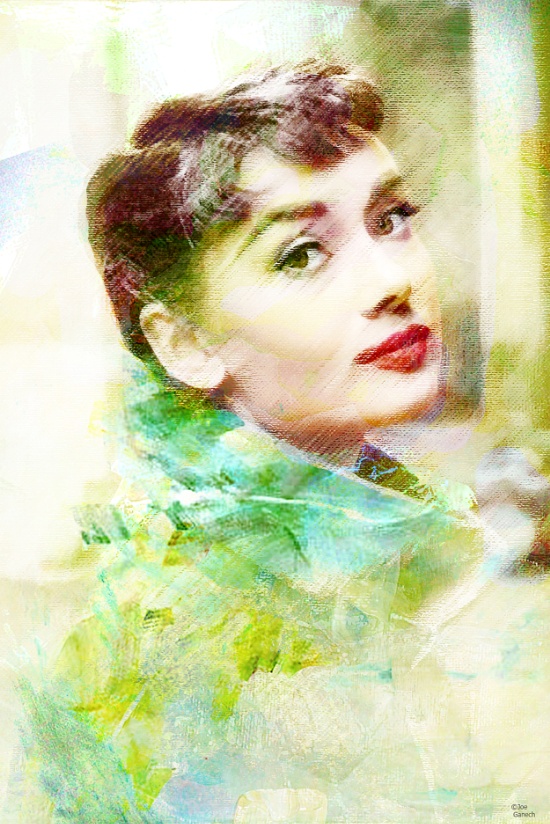
Audrey H, digital collages, 25 x35cm original, Prints 125 x 135cm
Another of your work is simply of a young woman, it is her huge glasses that draws us in. Discuss.
I realized this creation by thinking of women who wear glasses and who are not always represent wearing their glasses. These immense glasses gave a certain modernity to the face and I knew that this creation would be a contemporary and modern composition. I see her as a modern woman who invites us towards the future. She takes us towards tomorrow. She is to guide us, help us .... I like this simple and futuristic creation.

Pink Glasses Girl, digital collages, 35 x35cm original, Prints 125 x 125cm
Tell us about your new work – series using feathers?
I live in Belgium and many of my creations are influenced by the Belgian artist Magritte, or by the Spanish artist Dali. I like very much this surrealist universe. My creations with feathers are one extensions of this surrealist universe.
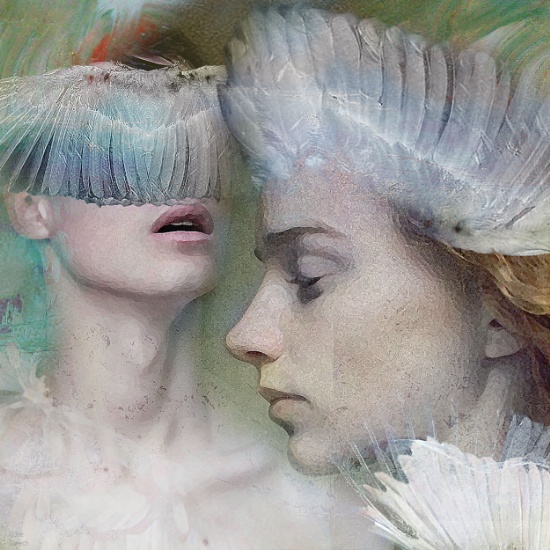
The Need for Your Look, digital collages, 25 x35cm original, Prints 125 x 135cm
I have no explanation it came to me as a vision which I then created. I let the public made his own opinion, even make him think. Feathers replace the look and the eyes of the characters, Why? I do not know it is an unconscious way of inviting the public to consider them in a way spiritual, from another angle, even differently.
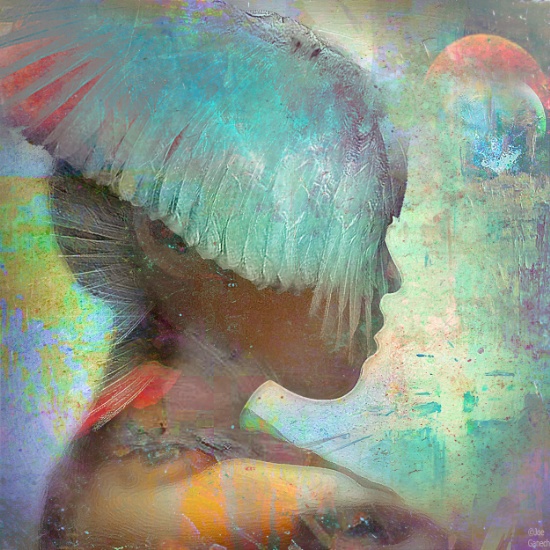
The Messenger – Alpha, digital collages, 35 x35cm original, Prints 125 x 135cm
Can you take us through the process you have used to work ‘Paperboy’?
I have created "Paperboy" by thinking of the children who distributed newspapers in the 1920s. This period was very difficult for them and for the adults too. I admire their determination to win some money to survive. I wanted to try to show it in "Paperboy". The look of the character, everything is very powerful, is says so much in these eyes.
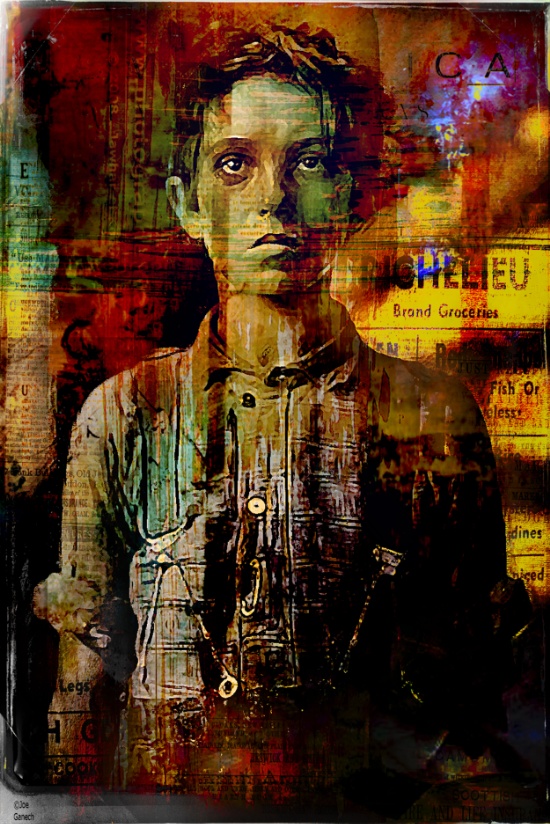
Paperboy, digital collages, 25 x 35cm original, Prints 125 x 135cm
My character in the "Paperboy" is in front of a reality, in his look you can see that he has lost his childhood innocence, that the world which surrounds him is hard. But nevertheless he is determined to fight. The background of my creation is everyday life.
Discuss your landscape work. (The Bridge of Central Park)
The Bridge of Central Park is an invitation to walk, to take time to enjoy the simple things of life.
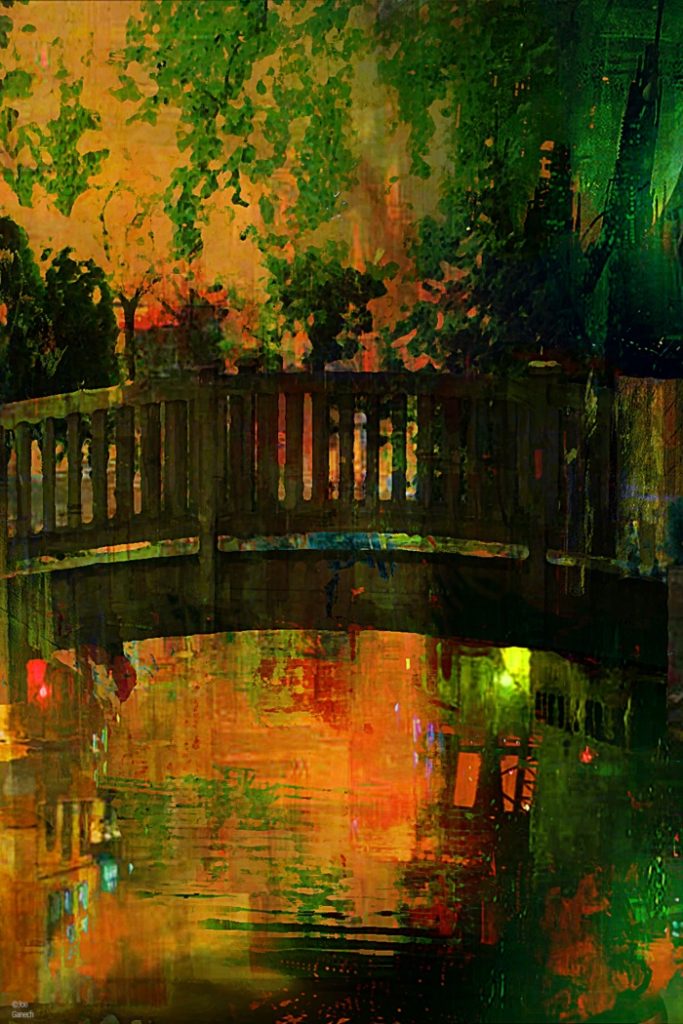
The Bridge of Central Park, digital collages, 25 x 35cm original, Prints 125 x 135cm
Central Park is immense but nevertheless in this city of agitation it exists as a place where people can be in nature. Central Park is an island in the agitation. I want my creation through " The Bridge of Central Park " to invite the public to cross this bridge to leave the agitation of their existence. Central Park is only a place, while it is important to live and take advantage of our existence. Central Park is the park which is in away from your home, not just in New York. The idea to cross a bridge, to breathe and relax is universal.
Another landscape ‘Atomium’ is more surrealist expand on this?
I live in Brussels and the Atomium is obviously in my city and my life. I wanted to pay tribute to this well known Belgian monument both surreal and abstract manner.
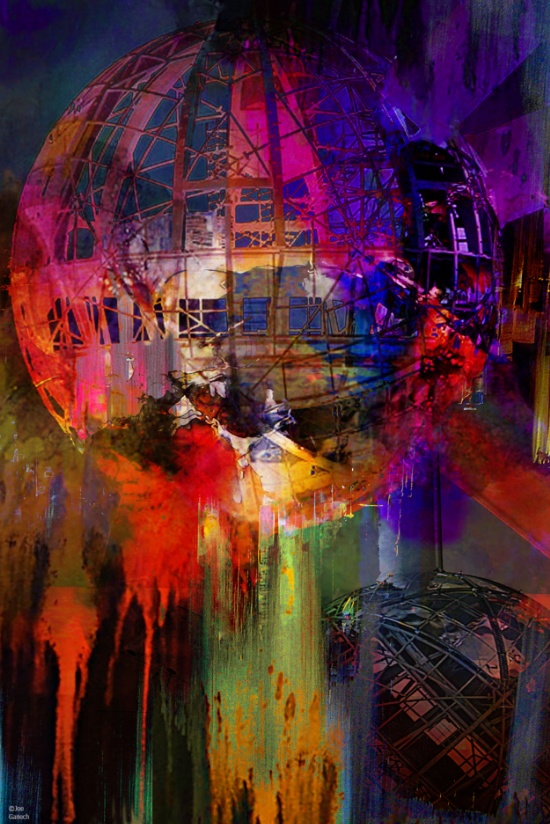
Atomium – 58, digital collages, 25 x35cm original, Prints 125 x 135cm
You have your work printed in may formats from beach towels to fine art prints. Discuss the process you take and the importance of having your work
The support is not very important; I think the important thing is to share good work with others for their pleasure. It is important to have the work seen in different spaces and places. My creations are of good quality and that people who buy them are happy to look at them and to have them.
Can you discuss your Ballet collection?
I worked on this series after a client asked me to create a customize piece for his daughter who dances.
I do not know the world of dance, but I really loved make these creations
Where did you find the ballet dancers?
In a dance book, plus I was inspired to make my own creations.
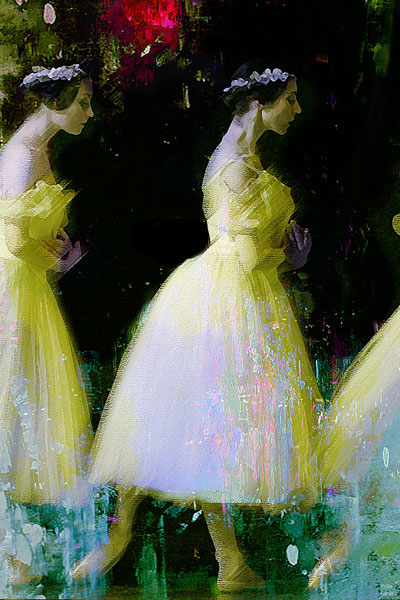
Ballerinas, Digital Collage, digital collages, 25 x35cm original, Prints 125 x 135cm
How you decide on the composition?
I never decided in advance, I create my composition at the moment, I am an artist who works in the moment.
Explain about your own personal artistic journey?
A day is never the same, I like to change my habits, I do not like routine, I always test surprised by offering good work.
Expand on your thoughts on the value of social media to you?
Today it is very important to be present online, I try to offer my creations on several social media but no social network will replace direct contact with people. I like to meet people who like my work and hear their views.
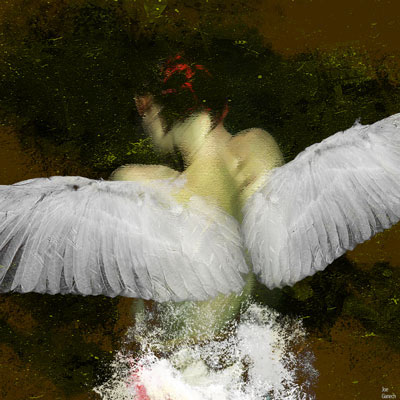
The Angel of the Hope, digital collages, 35 x 35cm original, Prints 125 x 125cm
Contact details.
Joe Ganech
http://joeganech1.wix.com/joeganecht
joeganech1@gmail.com
Joe Ganech, Brussels, Belgium
Interview by Deborah Blakeley, June, 2016
Amber Cowan
“I rework objects currently relegated to the aesthetic dustbin of history. I reincarnate them into ornate abstractions.” Discuss this statement in relation to your current work.
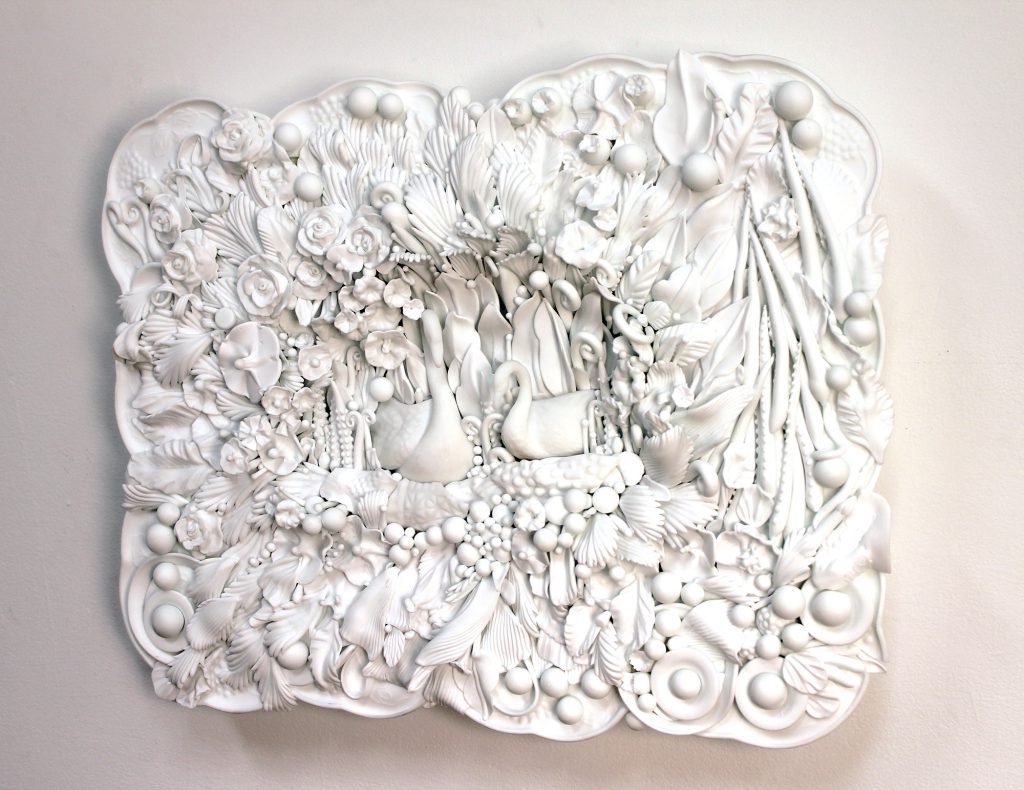
White Swan Theatre, Glass and Mixed Media, Flameworked, Fused and Constructed American Pressed Glass 26 x 20.5 x 5.5 in
The glass that I use is no longer being produced. It was produced by now defunct pressed glass manufacturers. I get a lot of material from a cullet yard in West Virginia that was originally supplied by the Fenton Art Glass factory. This particular cullet yard supplied the furnaces of a lot of the original American studio glass movement. The colors are therefore dead stock colors that evoke a memory because of their original use. People often recognize the colors or the objects but they are presented in a new way. I also use glass from thrift stores, eBay, antique stores, flea markets and donations.
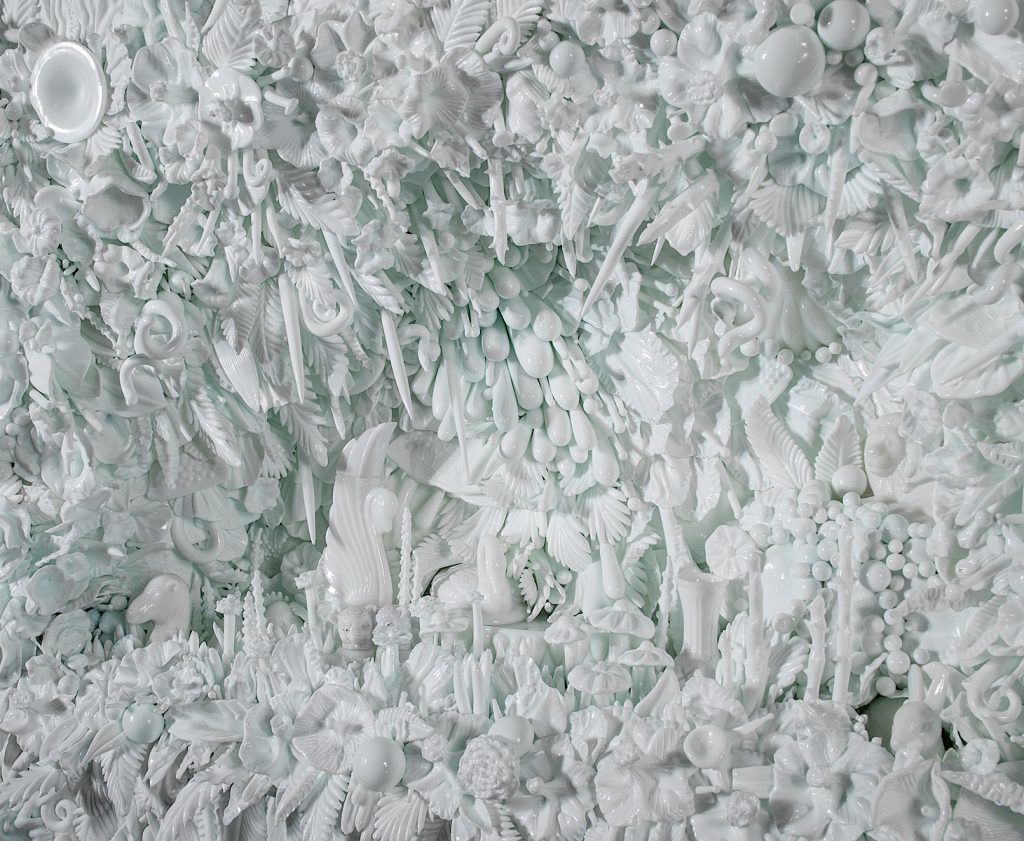
Garden of the Forgotten and Extinct, Detail
Expand on the way your work brings back memories?
I like this example: I had a piece at The Philadelphia International Airport for several months. This piece utilized vintage green pressed glass dishes and vases. I received a brief but beautiful email from a man who said he stood in front of the piece and remembered a memory of his grandparents serving him ice cream sundaes in these dishes. He said he shed a tear that he hadn’t thought of that memory in 40 years.
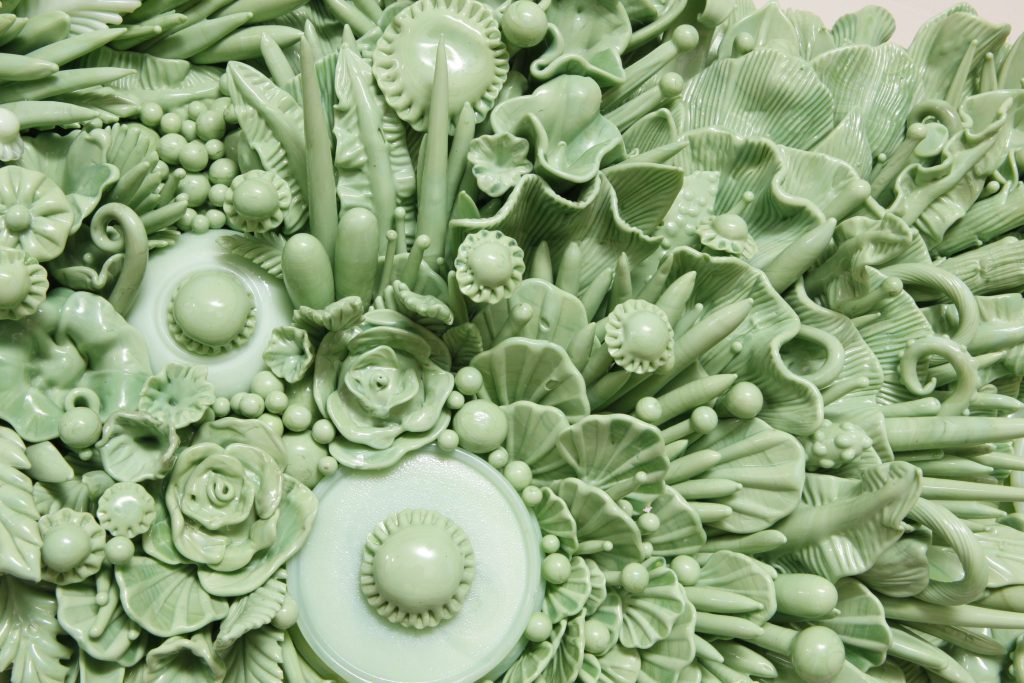
River Mint, Detail.
This is the kind of memories that I hope to invoke. Another series of my work involves utilizing milk glass snack sets originally made by the Indiana Glass Factory. After some research I found out that the snack sets were originally purchased through S&H Green stamps. Therefore, this particular line of milk glass was popular because of their availability through the reward and return system. Subsequent generations have since gotten rid of these dishes because they have gone out of style. But, people still remember their use and it evokes memories of family and domesticity.
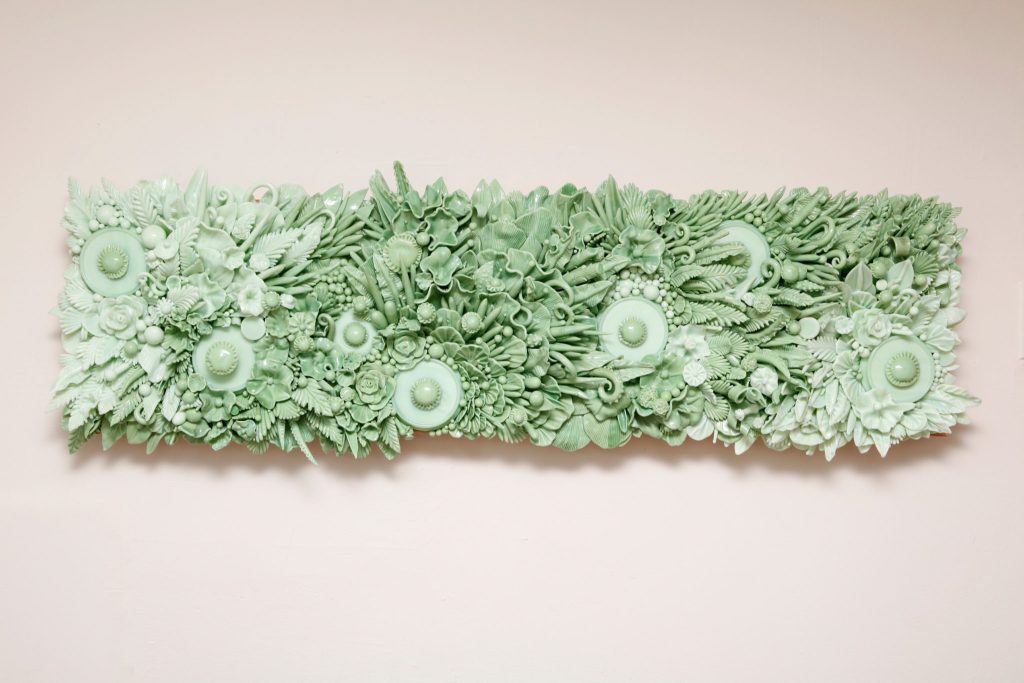
River Green and Mint, Glass Red Oak, Mixed Media,
Flameworked and Constructed American Pressed Glass, 52 x 17 x 8in
You also say “I keep the pieces between beautiful and sinister” expand on this using two pieces, beautiful and sinister?
I don’t necessarily think that all of my work has a sinister quality but I hope that my textures evoke emotion. I think that some of my shapes such as the spikes and the viral accrual in general can be menacing. I think that more often it feels alive and growing, only stopped by its chosen frame.
On a different level can you expand on your piece, ‘Spike’.
I made this piece in graduate school. I think that this piece fits into the earlier statement about beautiful and sinister. From far away it looks soft and up close it is very sharp and menacing.
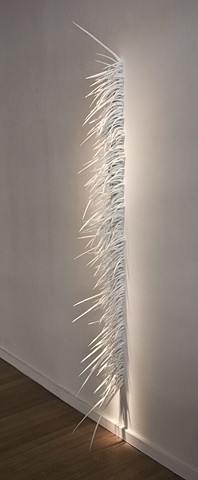
Spiked, Flamework, Glass and Mixed Media, 5.2ft x 4 x 8in.
Discuss your collection of pressed glass.
I do have a large collection at this point. I collect from thrift stores, antique stores and eBay. I volunteer at a thrift store in Philadelphia that benefits AIDS patients and find a lot of material at the store. Also, people send me stuff. People I have never even met see my work and send me glass. I think that sometimes they have a glass collection from their parents or grandparents that they no longer want to keep but feel bad getting rid of. They send it to me to keep the memory alive in a way.
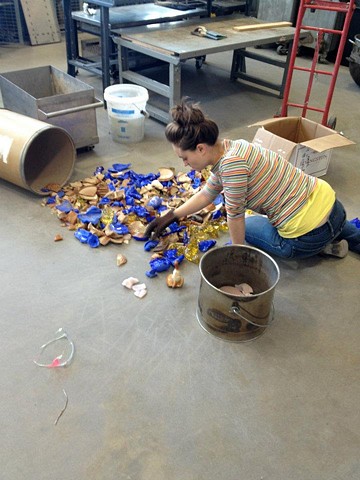
Where and how you store the collection?
I have a home studio and also a studio in my neighborhood where I store the collection. Sometimes I save special pieces for the right piece. I was saving white milk glass animals and ended up using a lot of special pieces for my Rakow Commission at The Corning Museum of Glass.
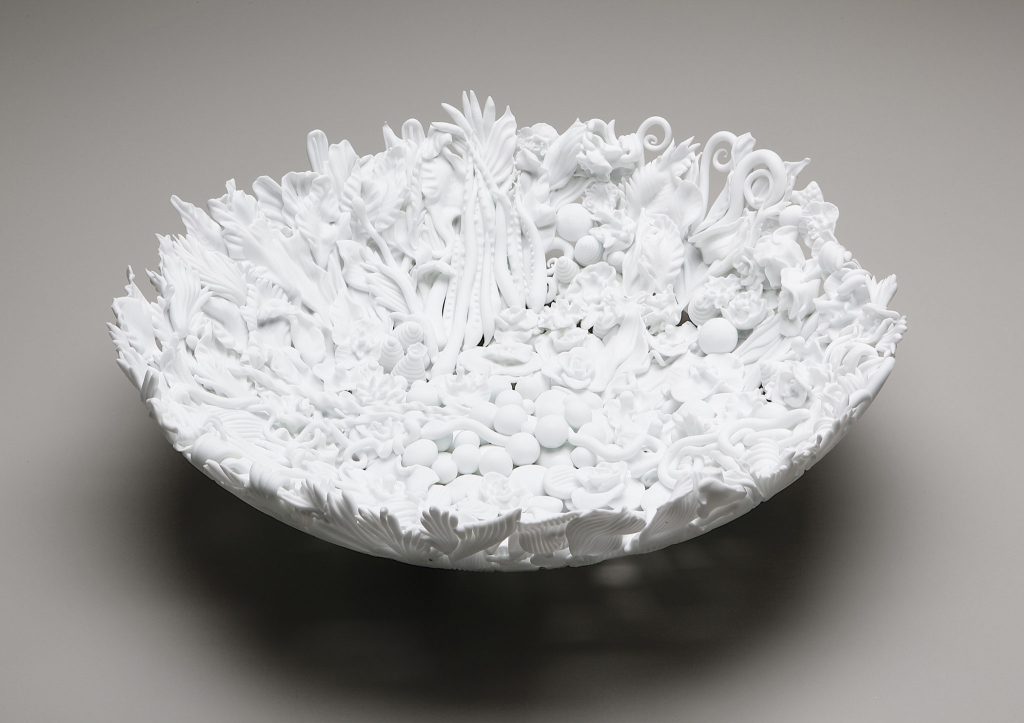
Whole Milk Wash Basin in Colony Harvest,
Flameworked and Fused American Pressed Glass, 20 x 20 x 4.5 in
Do you make commission using pieces from clients own collations or pieces the evoke memories for them?
Occasionally I will use client’s pieces. I did a piece reworking a wedding gift for a client’s 40th wedding anniversary.
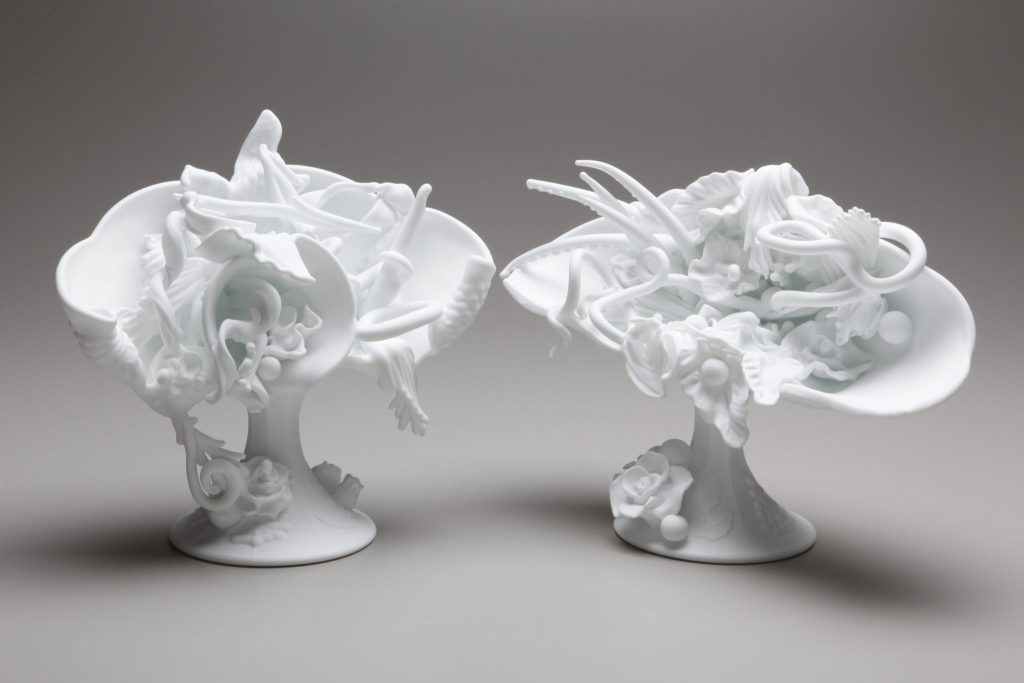
Wedding Comport in Colony Harvest Glass,
Flamework and Hot-sculptured American Pressed Glass, 12 x 9 x 6in
Colour and the importance in your work, discuss.
Color is very important as I discussed above about where I get my glass. But, I like doing research on the history of the colors. I made a large piece about Peach Blow Glass which has a rich history starting with the Morgan Vase. I like to find a color at the cullet yard and then research the history on it.
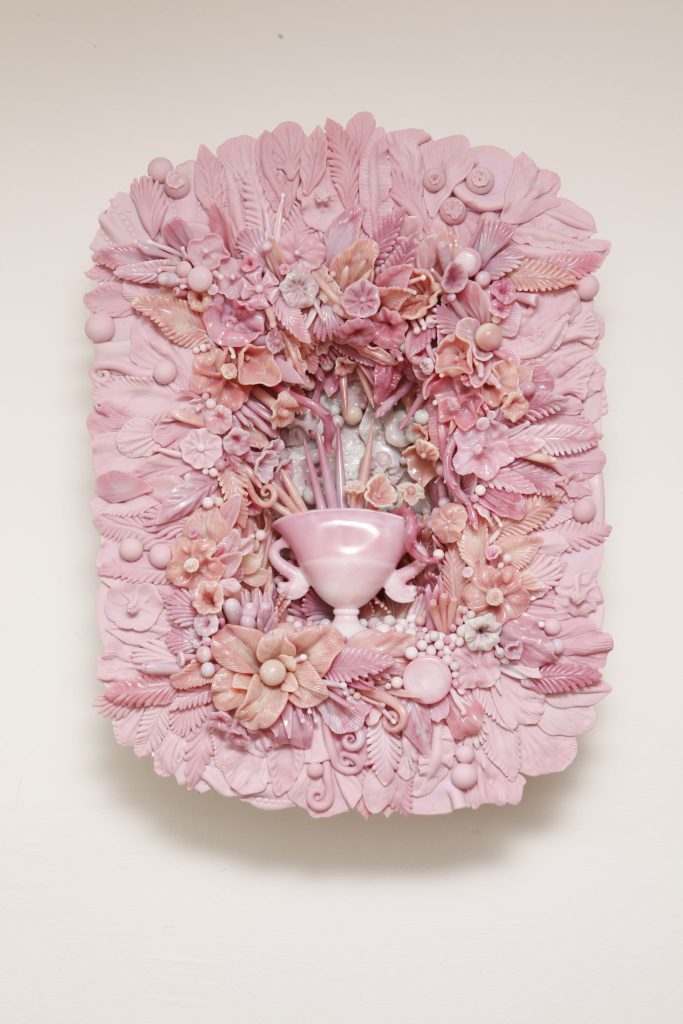
Burmese Dream, Glass and Mixed Media,
Flamework, Fused American Pressed Glass, 21.5 x 29 x 8in
Are there definite colour treads that you have become aware of while
collecting?
Peach Blow and Burmese glass were very popular at a certain point in history. They were popularized by the sale of the Morgan Vase at an auction in 1886. The vase was actually porcelain but it started a craze for that particular color scheme (pink to yellow or pink to white) It was so popular that women fashions, a town in Colorado and even a cocktail was named after Peach Blow.
Within on piece how many decades would be represented?
That is hard to tell and is different with each piece. I have gotten more interested in the molds lately and my new project involves recreating some molds. For example, I had a small milk glass hand 3-D scanned and then milled in graphite so that I can recreate the piece. A lot of times molds were passed from factory to factory and it can be hard to trace. But, some of them were from the late 1800’s.
You must have also learnt so much about Pressed Glass. How is this knowledge being used? E.g. lecturing on this topic.
I use some of the information in my lectures and when I teach. I consider myself knowledgeable but not an expert.
When is a piece too important to be recycled?
I save special pieces for the right time. Sometimes a piece can be on my shelf for a while before I use it and sometimes I am searching for pieces that I want to fit a specific color or size.
Comment on the dimensions of your work?
I like to make big sculpture. But, weight, shipping, and handling by a gallery crew can make that difficult.
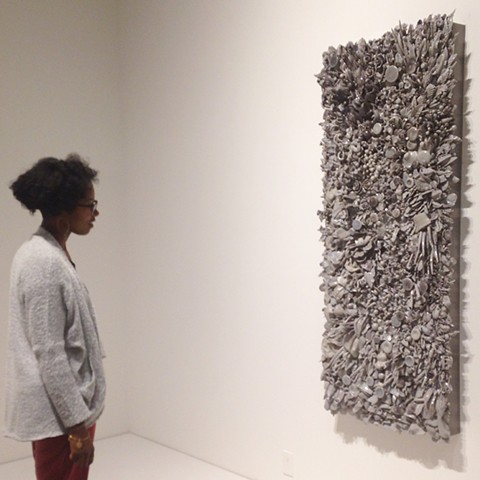
Very simply explain the technique you use to produce a piece.
I am primarily a flame worker. I heat up the glass in a kiln and melt it and shape it with a torch. I use tools such as tweezers and bonsai shears.
I am also trained as a traditional glassblower and use those techniques to create some of the “reconstructed” pieces. I also do some kiln fusing.

Contact details.
Amber Cowan
Amber Cowan, Philadelphia, USA
Interview by Deborah Blakeley, June, 2016
John Mutsaers
Can you discuss your series, ‘The Infinite Birdcage’?
As this series is somewhat organic it makes it hard to suggest the number of works I will complete. It seems that as I work on one canvas, themes and concepts for the next canvas continually percolate and gather their own energy. At this stage, however, I am thinking 12 – 14 canvases of various sizes. So far I have completed six paintings. The other consideration is that I am collaborating with composer/musician Mark Finsterer, who is writing a piece of music for each painting therefore there has to be limit to the final number of paintings. Also selected authors will comment on the works each drawing from their own experience and understanding of freedom. It is our intention to publish a book with CD.
"A good head and good heart are always a formidable combination, But when you add to that a literate tongue or pen, then you have something very special." Nelson Mandela
Finding Freedom in a Cage, Oil on Canvas, 61 x 91cms
The combination of people and birds
So far people feature in only three of the works. However, that will change from painting to painting as I it is obviously about the human understanding of freedom. I want to make a powerful impression regarding our responsibility to take good care of the gift of freedom. I can’t know how birds feel about freedom; I can only work through my own perception of how I would feel if I were locked up for the rest of my life. I am somewhat fascinated with the idea that when caged birds whistle or sing our perception is that it is a sign of their happiness and contentment. I think that this is what we want to believe because it reinforces our own need for freedom.
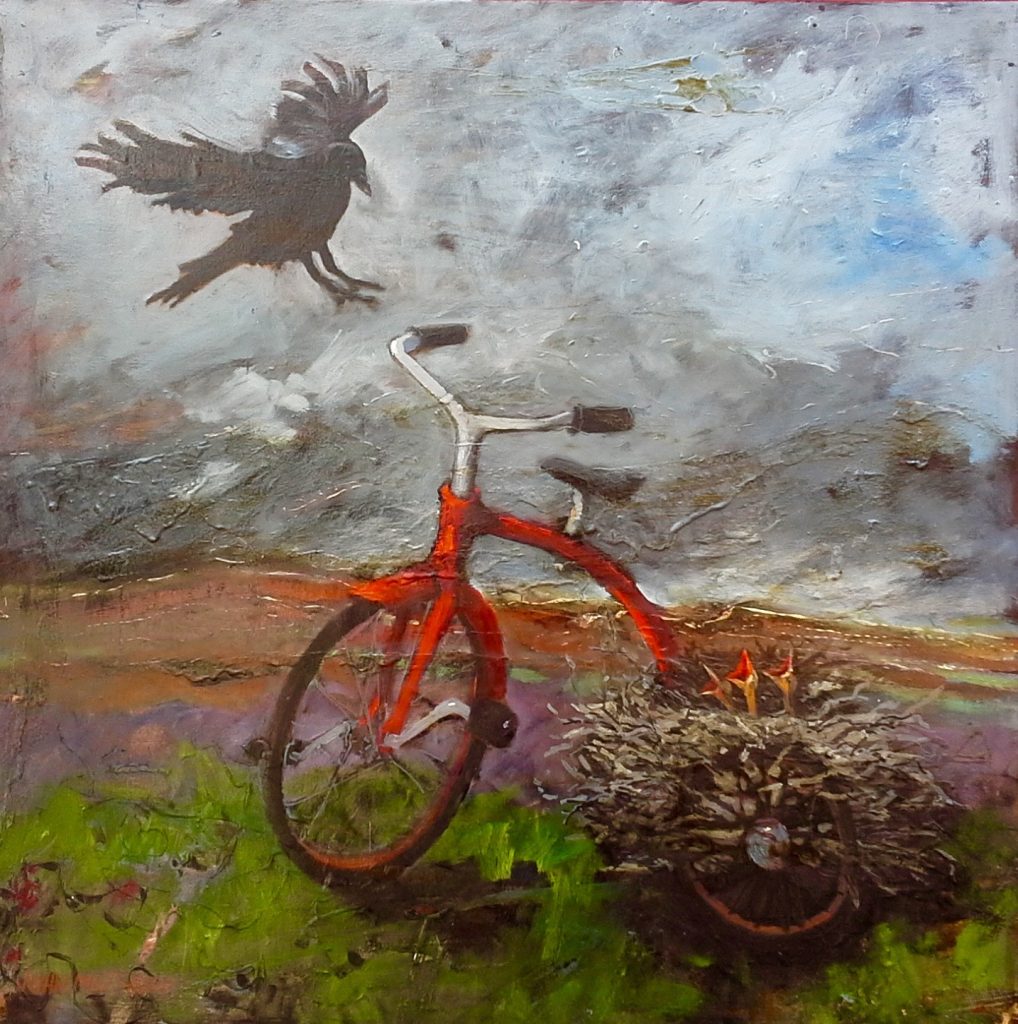
One Minute after midnight, Oil on Canvas Board, 98 x 98 cm
The combination of birds and machinery
At this stage I have only included a tricycle, which I see more as a child’s toy rather than a machine. The inclusion of toys is becoming a strong attraction for me because of their inherent innocence; perhaps an attempt to see things through children’s eyes.
The combination of birds and animals
For more than forty years my studio was next to a farm. From my window I often saw the ease in which cows and birds live in harmony.
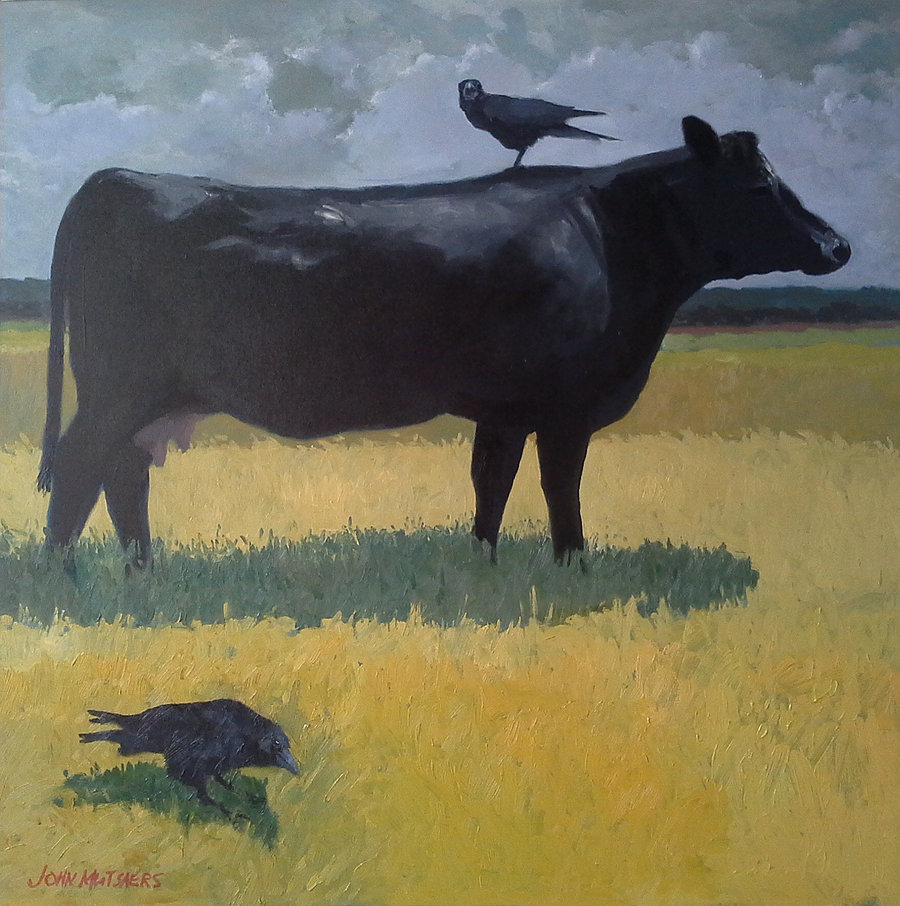
Free as a Bird in a Bovine State, Acrylic and Oil on Canvas, 92 x 92 cm
Humour
I am told I have a good sense of humour and sometimes it gets in the way of a serious conversation. However, in this body of works the underlying theme is critical and any observed humour would be in perception of the viewer.
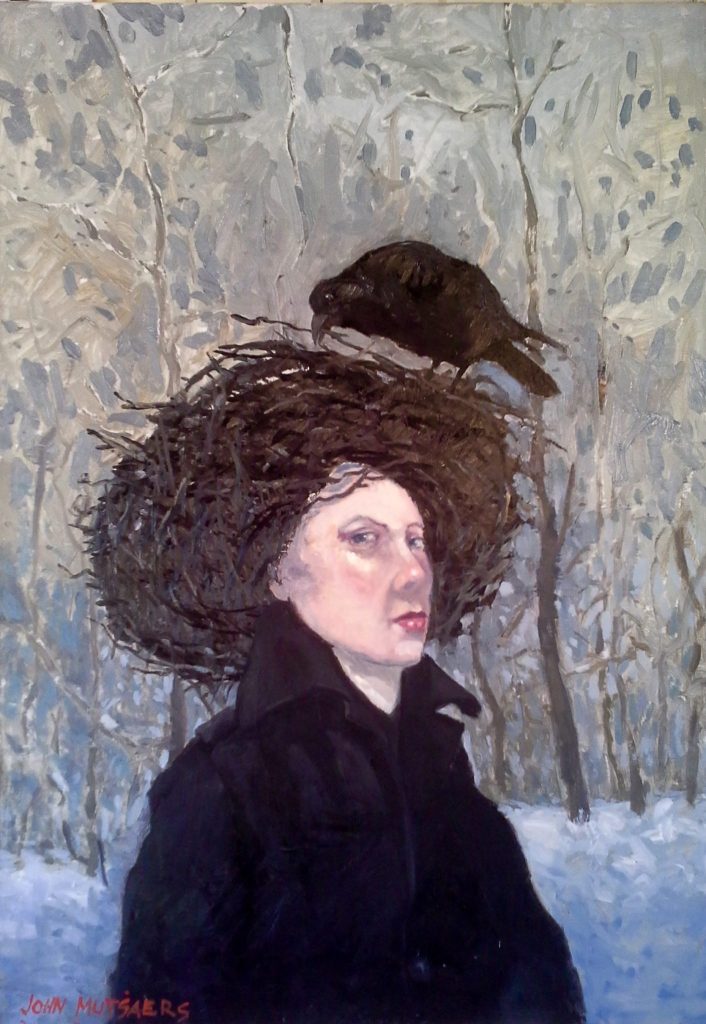
Girl with a Birdnest Hairdo, Oil on Linen, 70 x 100 cm
How do you know when to end working on a series?
The age old question of when is a painting truly finished could also apply to a series. The temptation to reconstruct, or, to continue working past and beyond the point where everything that needs to be said, has been said, is the artist’s dilemma. There is something in me that always want to do the next and the next after that but eventually I discipline myself to say it is finished.
How do you use a series as impetus in your work?
A series is a frame-by-frame intellectual exploration of my journey through a theme. I really like working this way because of the instalment nature of the process. As I have explained before some ideas that come to mind when working on one canvas are often inappropriate for that particular painting and become a concept for the next in the series.
Discuss the extension of this series through, music, poetry and essays?
Although I was born in Europe during WW11 my experience of freedom comes from early memories, but mostly from the stories told by my parents and what I read and see in news items on television. I came to Australia in 1956 as a thirteen year old and since then my experience has been one of a white European male living in a country where freedom is easily taken for granted. The musician and the authors are from diverse backgrounds and most have spent time in other cultures consequently their understanding of freedom will be different from mine.

Discuss how you use your environment in your art and landscapes.
I don’t think that artists anywhere can seriously paint a subject, including landscapes, without some intellectual vigour. One way or another the environment is on everybody’s mind. In this age every artist who paints the landscape must be aware of how things change continually. The whole idea is to bring a concept to the viewer that has impact and provokes enjoyment and emotion. To simply go out and copy a pretty landscape without giving some interpretation or impression should be a thing of the past. No matter what the style, painting is a language and artists are translators.
My environment informs my translation and therefore is integral to my work.
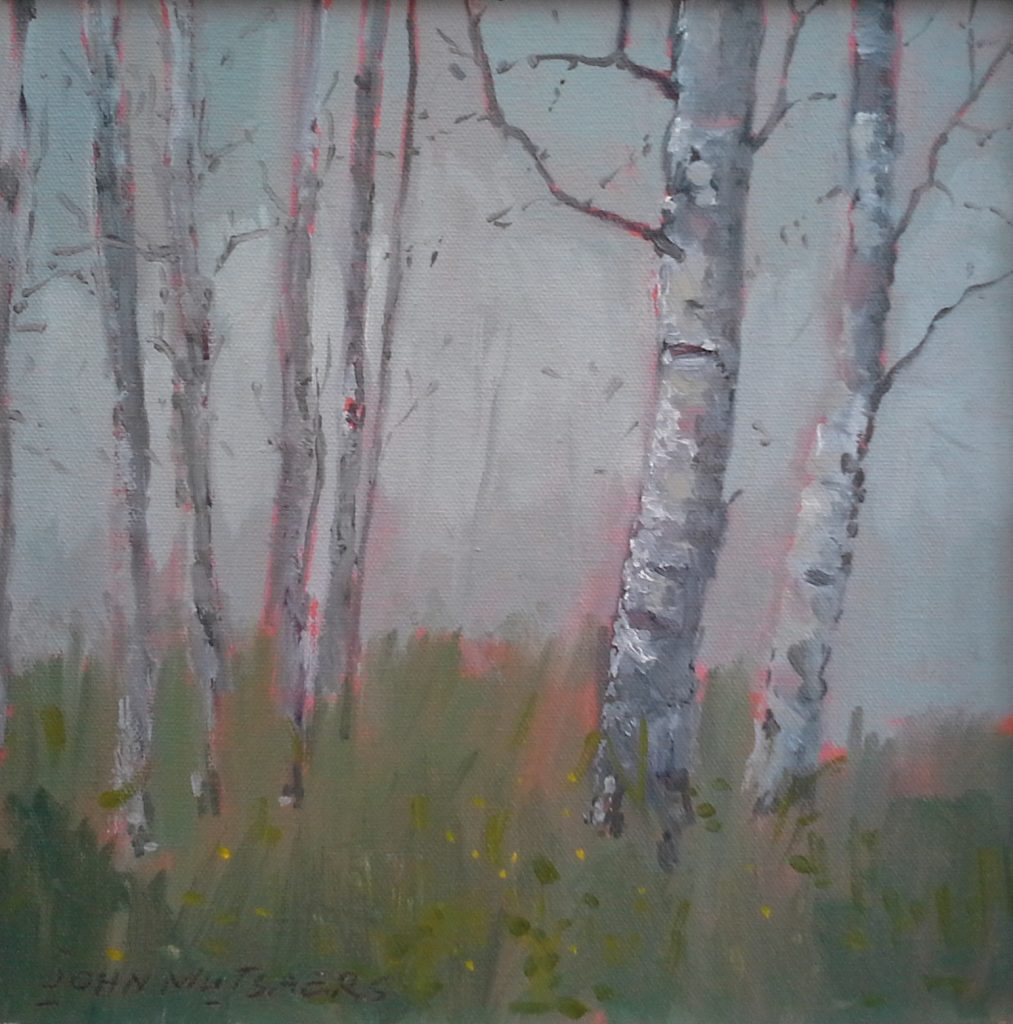
Misty Creek, Oil on Canvas, 30 x 30cm
Shadows play a large part in your work, expand on this aspect.
Shadows are like anchors; they literally tie things down. Without shadows there is no third dimension in a depiction on a two-dimensional plane like an artist’s canvas or paper. Like most people, shadows fascinated me as a child and for me this fascination is an ongoing love affair. A small example is my interest in the “penumbra”, which is the area between the shadow and light. This is not easily seen but illustrates that there is always something more. The other thing about shadow is that it too is a light; if it were not so it would be invisible. Our eyes are sensitive to light and as such shadows are just a darker light. The name for the colour, Umber comes from this word. As a poet I have written about shadows. Here is one I wrote a few years ago.
Penumbra
On the edge of every shadow
Behold a slender meridian
The lighter grey of life
A choice to face the light
Renders void the shadow and its penumbra
Unobserved it exists and pursues
Spiritual and likewise complicated
Attached without sharpness
Turning our back on light
We turn and face our shadow
Even in that phase we have selection
Yet we have not observed the penumbra
The lighter grey of life
The existence of the third light
Another dimension that can’t be entered into
Mostly unknown, even by those who observe
A choice only for the choosers
Discuss your portrait, Emma (aged 8)
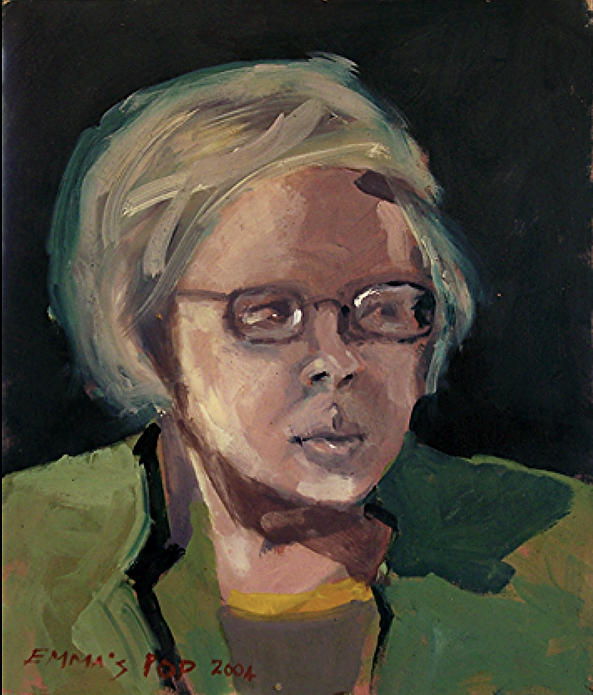
Emma is my beautiful and delightful grand-daughter who is now 20 years old. At the time when I painted her she was one of only two grandchildren. We are considerably wealthier now with an additional five grandchildren all under the age of seven; so there is hope for another portrait. I painted Emma while relaxing at our holiday house in Inverloch, which is now our home. She was the only one who had the patience to sit for me. Her older brother didn’t like the idea at all and the one time I tried to paint him he lost interest within minutes.
How often do you paint your own family?
I would have to say that in the span of my long career I have seldom painted my family. I painted my wife Mary twice and each of our four children only once as a Christmas gift. However, that is not to say that I don’t use them from time to time as models when I need a particular set of clothes shown or a hand model.
Being an artist is perhaps a curios occupation. Unlike a butcher or a teacher where the work they do belongs in a work place that is not their home my studio has always been at home and therefore no big deal for my family.
The way you have signed the work.
About thirty years ago I saw a documentary about a Japanese artist who believed that when you sign your work you give it your spirit. He would only sign his work when he was completely satisfied that the work was finished to the highest standard. I love that idea and have adopted it for myself. I have discussed this with my peers who work in a variety of disciplines and modalities and their opinions vary from never signing their work to making their signature a feature. With the ethos of the Japanese artist firmly in mind I love signing my work indicating my pride in it and a sense of achievement. The dots over and under the letters indicate when it was painted.
Pink – plays a huge part in your paintings, expand on the use of pink in your work.
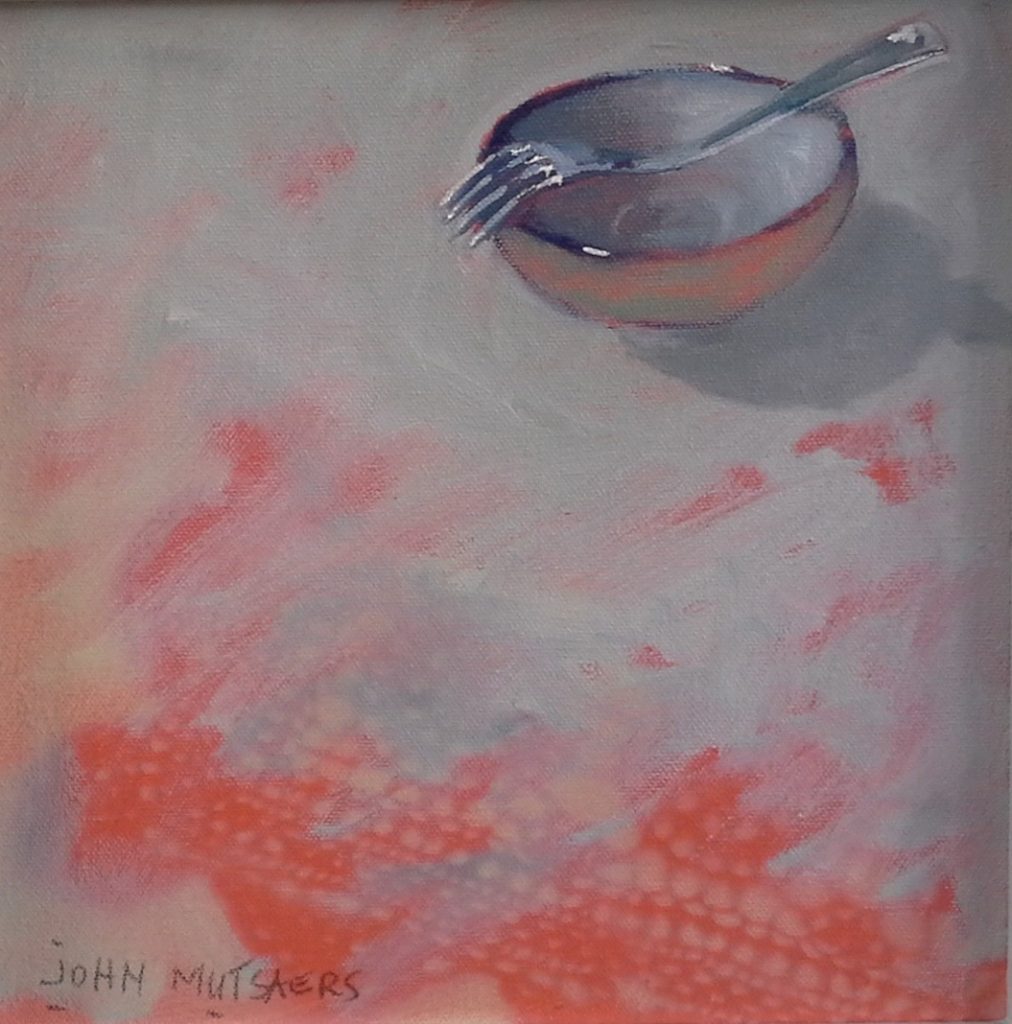
Still Life with With Silver Fork, Oil on Canvas, 30 x30cm
I have to admit that I have a longstanding fear of white canvas. I found the white canvas somewhat daunting and an agent for the opportunity to fail. It was somehow easier to make a start with a failsafe colour that was easily brushed onto the canvas using a large brush. A two-litre container of Gesso can accommodate a 10cm brush and because of its size and broadness is easy to use without the fear of mistakes. There was no way I could fail with a brush like that. It took me about a year to come up with an undertone that suited my palette. I now have a number of tinted gessoes that suit a variety of subjects and themes. It must be said, however, that I no longer fear white canvas; now I just don’t like it. The pink undertone is an essential part of my working style.
You say you love white; discuss your use of this tonal colour?
In light of my confessed dislike of white canvas this must seem somewhat of a contradiction but I don’t have an aversion to white when it comes out of a tube. On the contrary, I am in love with the variety white paint brings to a subject. I love how it expresses light and accentuates the darks. A simple flick of it on the rim of a glass, for example, can emphasise the third dimension while maintaining and enhancing the integrity of the delicate nature of glass. I love the myriad of after-tones white has to articulate shadows and coolness when mixed with red, yellow and blue to make grey. I love the fact that white is not a colour but rather a tone that has the ability to change everything around it. Perhaps I should write a book about WHITE.
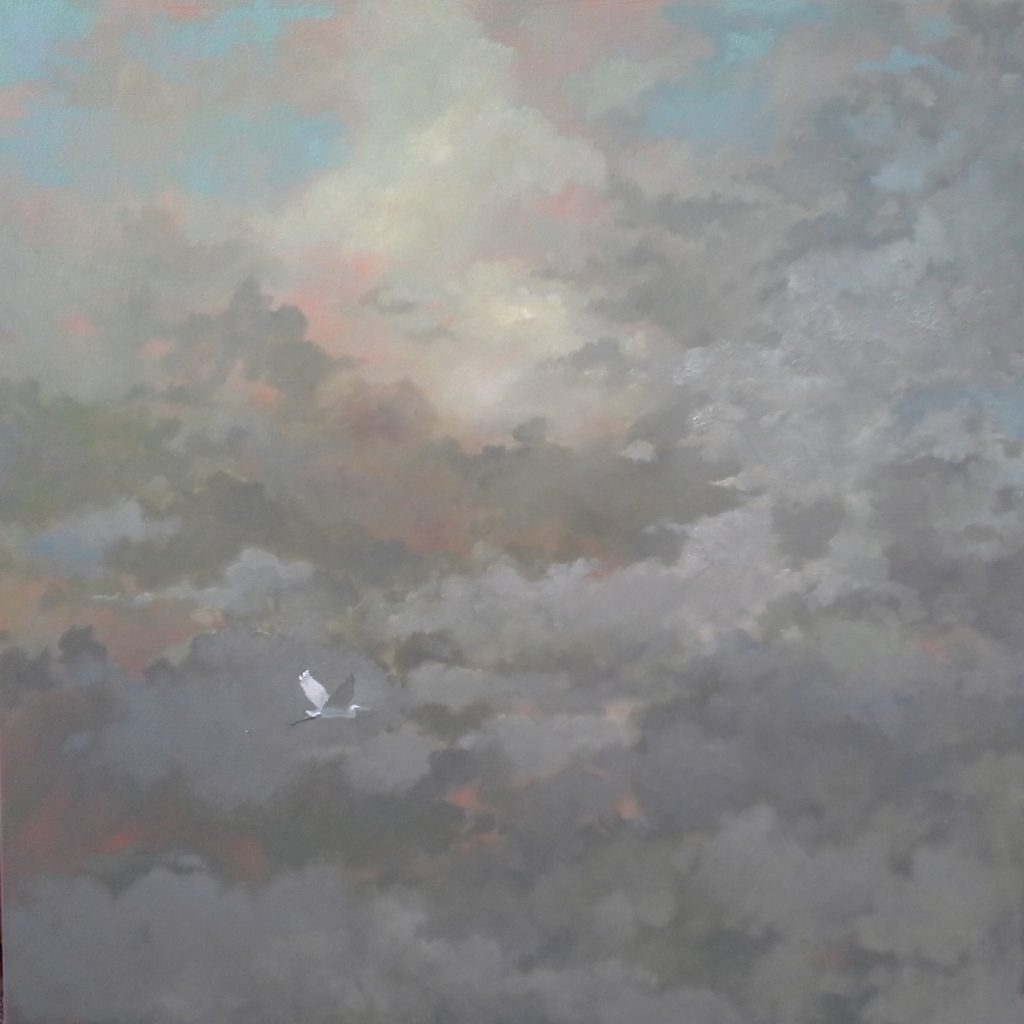
Bird in Flight, Oil on canvas, 93 x 93cm
You have been very fortunate to be influence by some ‘big’ names in the Australian art world, discuss.
My earliest influence was my mother who was not an artist herself but loved art enough to take me on frequent visits to an art supply shop. Across the street from this art shop was the Van Abbe Museum in Eindhoven, our hometown. Our regular visits there exposed me to the idea that art is valuable and that artists do important work. Being the only boy in a family with five sisters, she understood my need to do different things.
Buying art materials is still a passion and when I find myself in the exhilarating ambience of an art shop engulfed in the smell of turps and oil, among brushes and paint, I buy things that inspire me rather then just purchasing what I need.
There were also a few professional artists in my parents’ family. My mother had two brothers who were painters and on my father’s side of the family there are two notable painters here in Australia; Frank Mutsaers (Dec.) and Gerrard Mutsaers. Frank had a big influence on my early career.
My earliest influence of an artist outside of my family was Dutch artist Kees Bol who allowed me into his studio while he worked on his paintings. I was just a young boy at that time but he had a big influence on my future career. Mary and I were fortunate to see Kees in his studio one last time in Holland in 2008 two weeks before he died aged 93. Kees was an astonishing painter. - The Infinite Birdcage series started with a small painting I did to commemorate his death.
While there are many distinguished artists, now and in the past, which continue to inspire me, none had a bigger effect on my career than my teacher and mentor John Balmain. I spent five years learning and working with John in his studio in Dandenong. John was a great painter whose modesty probably held him back from the recognition he deserved. He was also an inventor of studio gadgets and tools; his ability to solve a problem, either on a canvas or in the studio was significant. A master of tone, he, more then anyone helped me to understand the nature of colour and how light plays its part. I can hear him now explaining the properties of reflection and refraction. Sadly, John passed away in 2000. His opinion on, The Infinite Birdcage, would have been insightful, valuable and much appreciated.
One who is a special friend and has been a good and honest critic.
My best friend is my wife Mary; we have grown together in this, sometimes-difficult career path. She is my greatest inspiration and my worst critic. Her honest and insightful commentary about my work, although painfully at times, is most helpful. During our fifty, year marriage there has never been a time when she would just say, “That’s nice John,” just to appease my ego. I know from the moment she walks into my studio whether on not I am on the right track. All artists need this kind of endorsement and I am so lucky to have her.
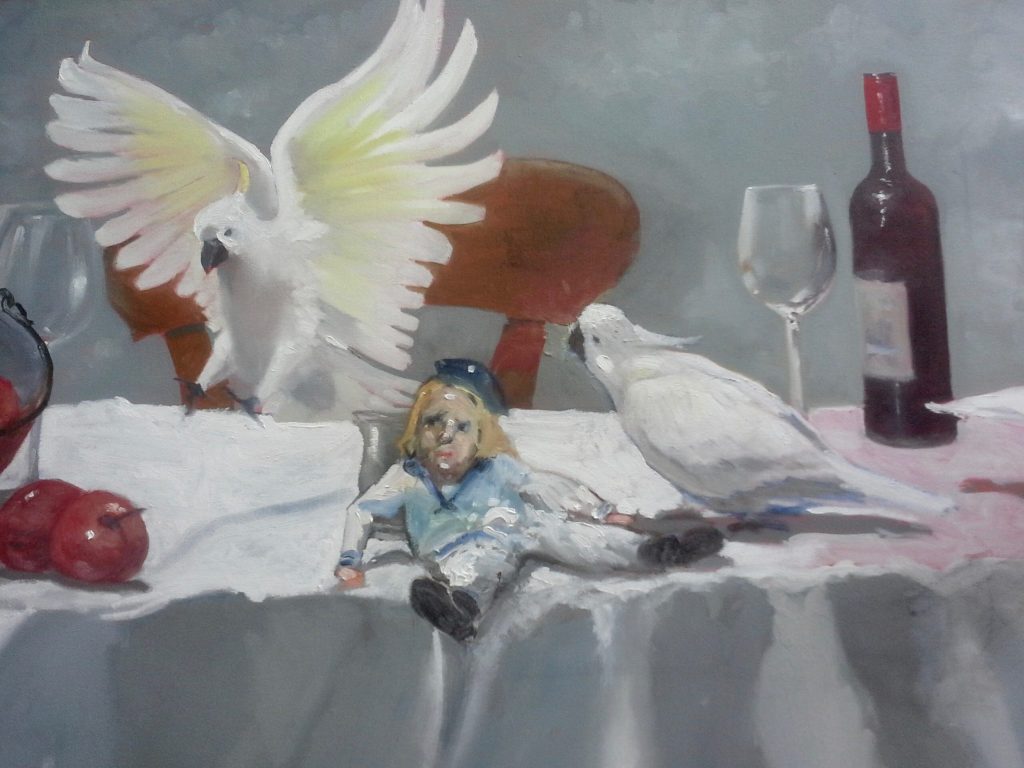
Detail, Untitled, Oil on canvas, 184 x 137cm
There are only a few artists whose opinions I regard as invaluable. I believe that there are clearly two categories of artists; those who make a living from their work without regard for the sanctity of the craft, and those who love the purity of an idea and their ardent, committed truths in every brushstroke. I highly regard artists who have an artist heart.
Discuss the importance of Experiential & Creative Art Therapy?
The impetus for undertaking my course in Art Therapy was when I was asked to work with a young boy in a primary school who needed help. He was clever at drawing and painting and so the principal of the school thought that he would benefit from working with me. I was used to working with children as an artist but not as a therapist especially with an anxious child who was disconnected both at home and at school. Initially I thought that I would be able to do work with this young man just relying on my artistic ability but I soon found that I didn’t have the skills needed. On the recommendation of a friend I enrolled at the Melbourne Institute of Experiential and Creative Art Therapy, MIECAT. While my intention was to study in order to help this young student I have to admit that I was by far the major beneficiary. What I learned about the real purpose of art was astonishing. I spent the next four years studying for my Masters Degree, which turned out to be the most important studies I have ever undertaken.
I was a competent artist proficient in all the technical aspects of the craft but I don’t believe I ever understood what art is for. I had often used the idiom - Humans are the only creatures in the known universe who make art. However, while that statement is absolutely true it does not explain how art is valuable or, how we ought to use it. I spent four years finding out that art has healing powers, not in a kind of magical or shamanistic sense but as a way to look at life differently. More to the point art can open windows into our own idiosyncratic behaviour and in particularly the way you think.
Art is a language, a way of making sense of the whole kit and caboodle we call life. Throughout the ages art has been used as a way of expressing thoughts and emotions and conveying them to others. A simple example would be our feelings towards colour; most people can attest that some colours make them happy and some provoke sadness. Graphic designers certainly know the value of colour and which shapes and patterns are the most powerful.
Since studying Art Therapy I am more aware of the emotions I express and the experiences I bring to the viewer of my work. I don’t believe that I could have undertaken such a significant theme as, “Freedom” - The Infinite Birdcage without having a background in Art Therapy.
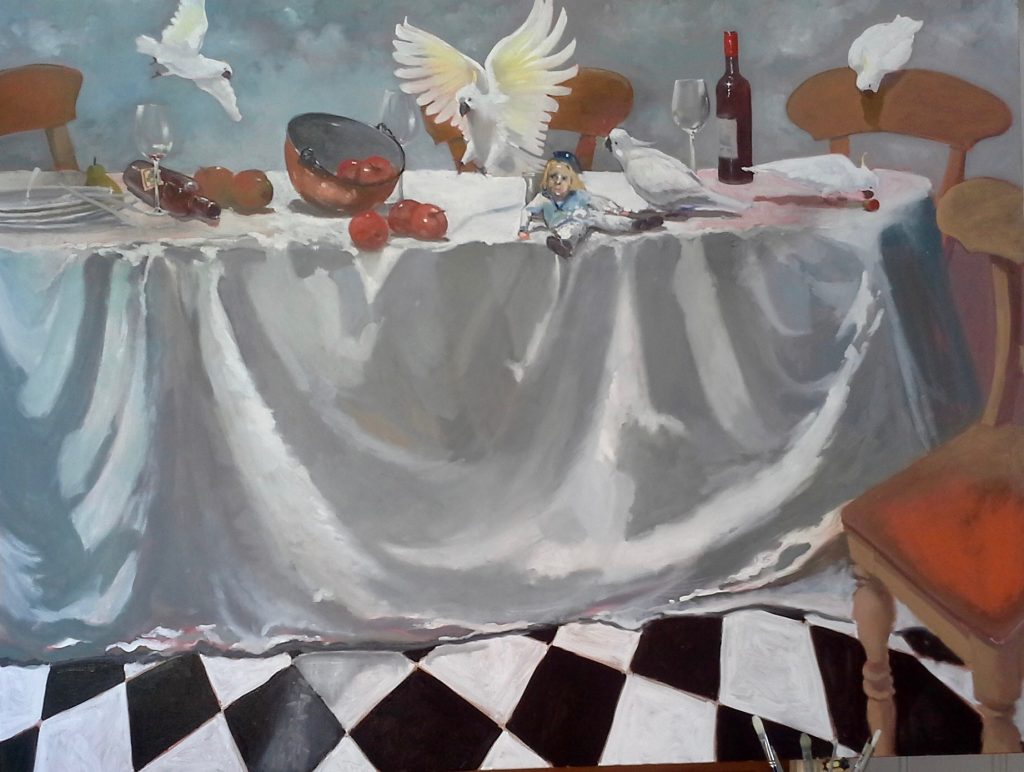
Untitled, Oil on canvas, 184 x 137cm
As well as applying this newfound knowledge in my own work I also instigated an art therapy based studio called ArtsBillabong in 2002. This studio operated two days per week and was set up especially for high school students who were at risk of not completing their studies, experimenting with drugs and engaged in unsociable behaviours. Three other MIECAT graduates made up the ArtsBillabong team. Although it was exceptionally successful it was unfortunately closed down at the end of 2015 due to lack of funds.
Contact details.
John Mutsaers
opusjoop1@gmail.com
www.jmartist,com.au
John Mutsaers, Inverlock, Australia
Interview by Deborah Blakeley, June, 2016
Patrick Taylor
Comment on where you live and how it gives you your artistic inspiration?
I have spent the better part of my childhood in the Southern United States. The rivers and mountains here mimic the slow easy pace of the lifestyle and while the cities are, of course, modern and bustling, the history, the music, and especially the landscape, speaks with a drawl that invites you in for biscuits and sweat ice tea and before you know it you have been here all day. That is what I want my paintings to do. It is the depth of this simple beauty that inspires me.
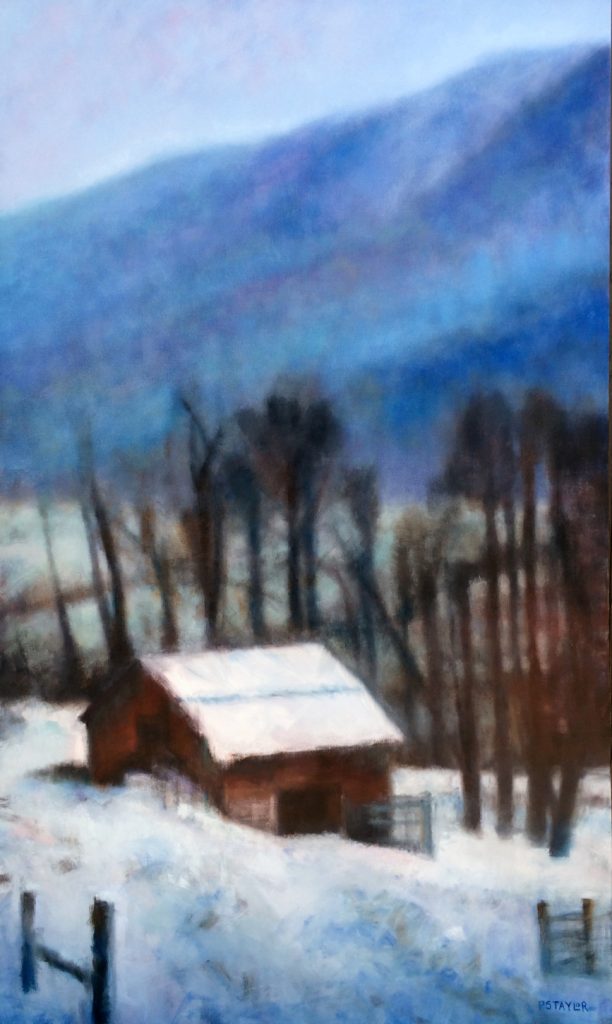
Blue Ridge in Winter Hues, 36 x 60cm, oil
Discuss the importance of Jim Rosen and Janice Williams to your artistic career?
I met both Professors while attending school at Augusta College. Jim Rosen taught me to paint and Janice Williams taught me to feel the paint. Both encouraged me to become a professional artist. My work is profoundly influenced both stylistically and spiritually by the two artists. At the time, both painters were interested in religious and spiritual subject matter. Jim was using an oil and wax emulsion that mysteriously “veiled” his paintings in light while Janice’s works were provocative and visceral. I like to think my best work has a little bit of both of them in it.
Comment on the influence your time in Italy had on you as a young artist?
For me, Italy was a spiritual experience that has never left me. It was more beautiful than any painting I’d ever seen of it and at the same time just exactly like every painting I’d ever seen of it. More than anything I think, as a young artist, I gained a great appreciation for where we, as artists, came from. I came away with a deep respect for the history of art and the why and how art and artists lived and worked through the years. Because of my experience in Italy, I will always be reverent to the profound influence that religion has had on art and architecture and vice versa.
“Here on the rivers verge, I could be busy for months changing my place, simply leaning a little more to right or left.” Paul Cezanne. How have your paintings taken inspiration from this comment?
Along the Chattahoochee, I have a few favourite spots that offer many views with varying vantage points, horizon lines, strong horizontals and verticals depending on my position along the bank. If I move a little forward, back a bit or side to side I have a completely different scene. If I wait a second the light has changed the colour and shifted the shadows. I could be quite busy just standing still but, as Cezanne quite famously remarks, “I could be busy for months by simply leaning a little more to the right or left.”
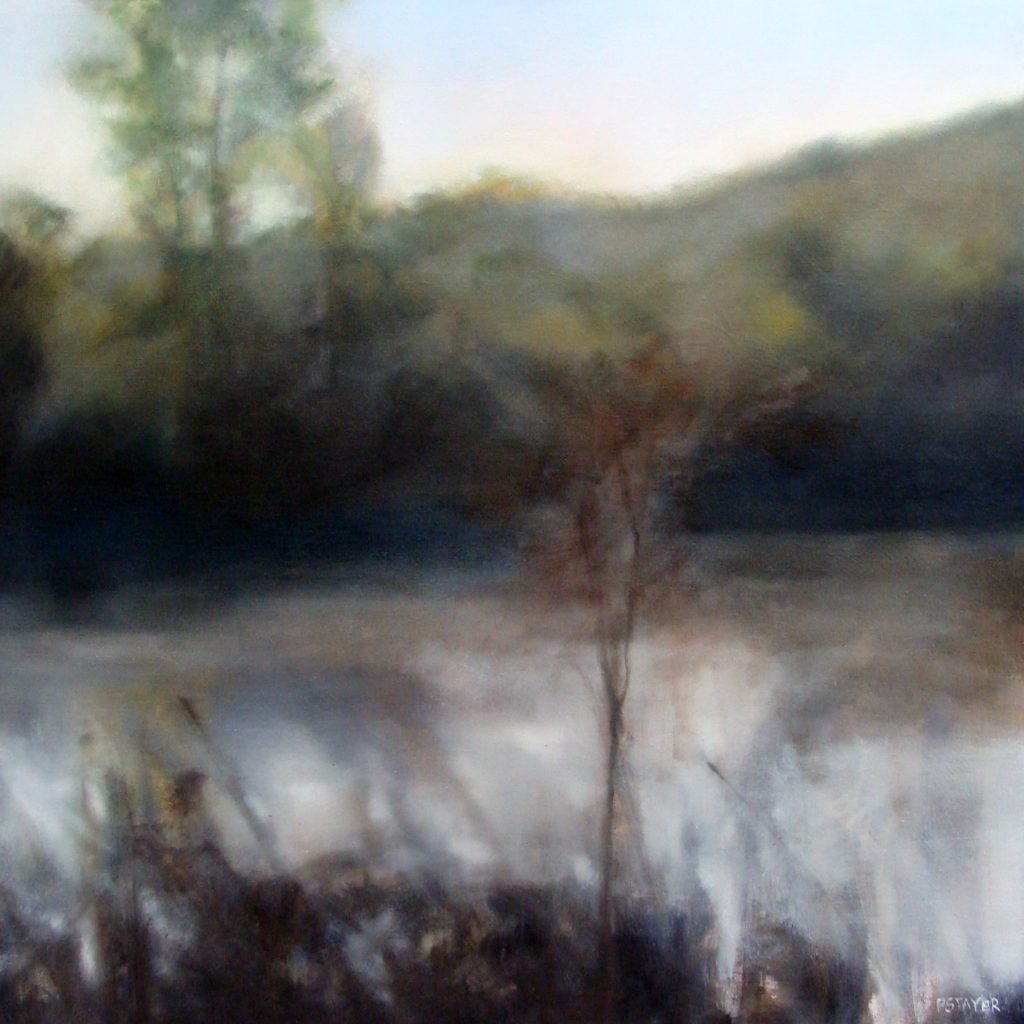
When I’m Most Still, 36 x 36cms, oil
Discuss the use of monotones in “Awakening”
I was asked recently about the “photorealistic” aspects of one of my paintings and whether or not it was intentional. My intention in each work is to be as much in the moment of the creating as is humanly possible while at the same time connecting with the emotional resonance of the subject; be it a landscape, a cat, or person and what I like to call “creative energies”. This intention will usually begin as a vision of the piece before I begin and then, as the painting unfolds, will continue until the intention manifests. Sometimes this has to develop into a somewhat “photoreal” style painting and then more often than not into a more ethereal “impressionist” work. So, in “Awakening”, I was recreating a cool Summer morning the day after a thunderstorm. The days after it storms are great days to go out and photograph as the river is blanketed in fog and the logs and trees are rich and dark. The scene itself is “monochromatic” and so I chose the blue and umber hues to establish the feeling of the scene and this became my visual intention.
Fall colours are renowned in the Appalachian mountain region, expand on this colour in your work to demonstrate the use of fall colour.
Fall colour to me is as captivating and beautiful as the Appalachian Mountains themselves. Like a tapestry, it blankets the hills from the first chill winds of the Season. Why, as these leaves wither and die, do they burn like a fire of orange, yellow, red and gold? Is it a revelry of what is to come, a symbol of nature’s rebirth or their passionate gift to the land that gave them so much for so many years? And why this warm retreat as the air grows bitter. I love this defiant contrast. With so much nostalgia and mystery wrapped up in it, it is no wonder that Fall is a favourite subject of mine and many artists.
The seasons are very distinct in your area take four paintings to illustrate the variation of the seasons.
The seasons are very distinct here, however, the climate is moderate which is one of the reasons I love this area. We don’t get much snow, though. Since the river is so symbolic of the passing of time, I have chosen four paintings of it to illustrate the seasons .....
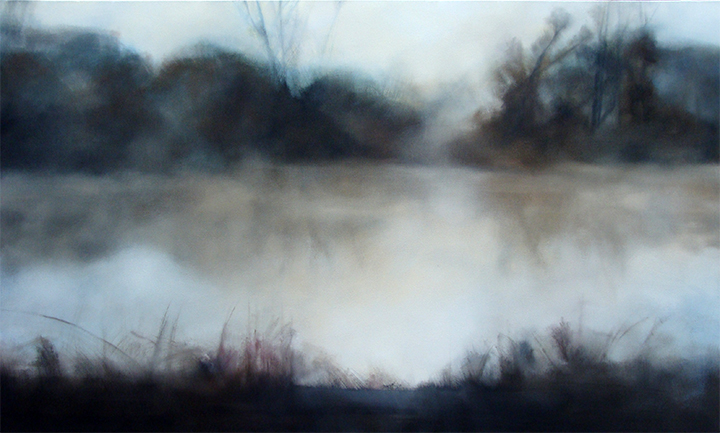
Winter – “Many Rivers To Cross” 40 x 60cm, oil
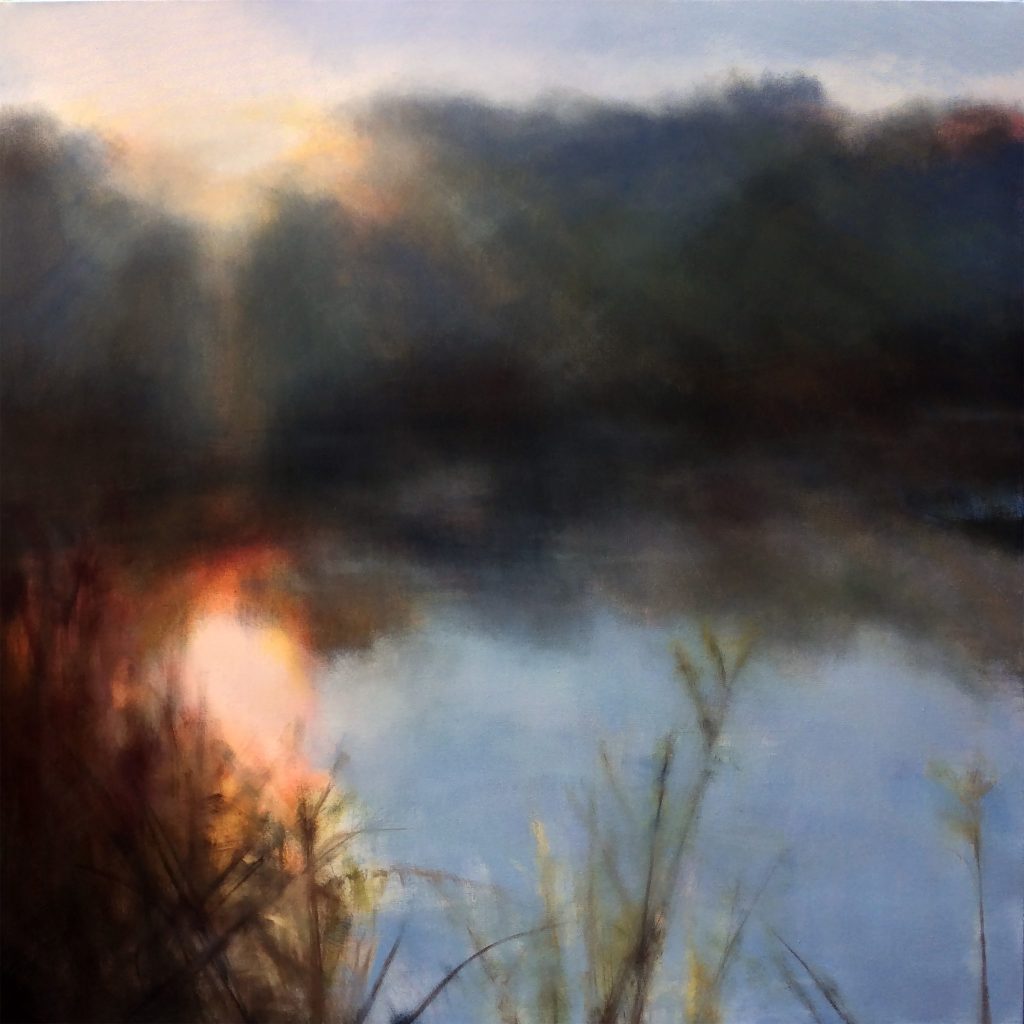
Spring – “Morning Has Broken” 40 x 40 cms, oil

Summer – “When I’m Most Still” 36 x 36cm, oil
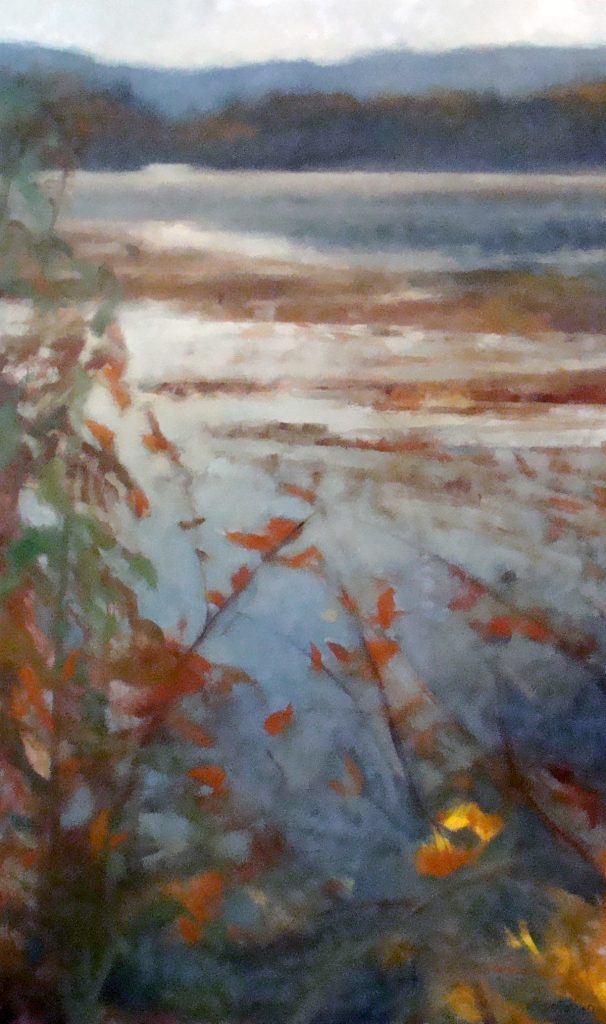
Fall – “River Turning” 36 x 60cms, oil
You have a gallery Taylor Kinzel Gallery explain how the gallery has evolved?
I opened the gallery in 2003 with a long time friend of mine, Mary Kinzel Means. We had worked together for several years in various galleries and had a shared vision of opening our own one day. Historic Roswell seemed to be the ideal setting as it already had a couple of art galleries. Trendy restaurants and interesting little retail shops were nesting in the little houses here and there along the shady sidewalks of Canton Street. The area was a “buzz” so to speak. It wasn’t long after we settled here that more and more art galleries opened and, before long, we were an art district. We knew from the “get-go” that we wanted to represent contemporary art and so we focused our attention on original work by contemporary Southern artists. While we have had to make some adjustments here and there, the majority of our main artists have now been happily with us for over 10 years. Over the course of our thirteen years here, we have had the pleasure of establishing amazing relationships with our clients, artists, and the Roswell business community and have enjoyed engaging and watching the area grow into the bustling and beautiful community it has become. We have witnessed many of our emerging artists garner awards and international recognition. And we are proud to have been one of the founding galleries of the Roswell Art District, now a thriving quirky little art destination.
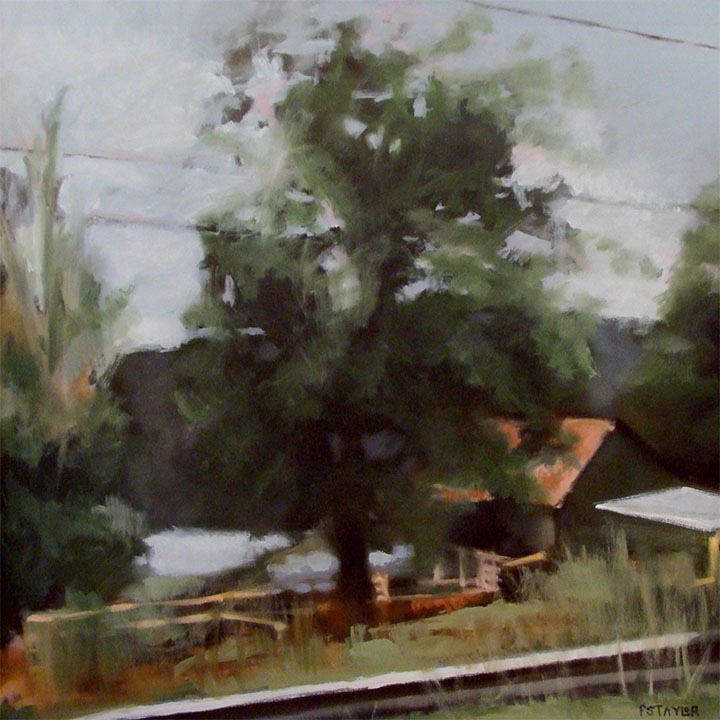
Guard Rail, 36 x 36cm, oil
How do the other artists represented in the gallery influence your work?
I think as artist’s we can’t help but be influenced one way or another by everything we experience. I love to share ideas and experiences with the artists we represent and have learned a lot from them. For instance, one of our artists shared a particular colour and brand of oil with me and I found it to be transforming while another artist loved cold wax and so I tried that and am now thinking of doing a whole series of landscapes in that medium. Being an artist and having a gallery does make you very aware of stylistic nuance, so, while I respect and admire all the artists we represent, they have their voice and I have mine.
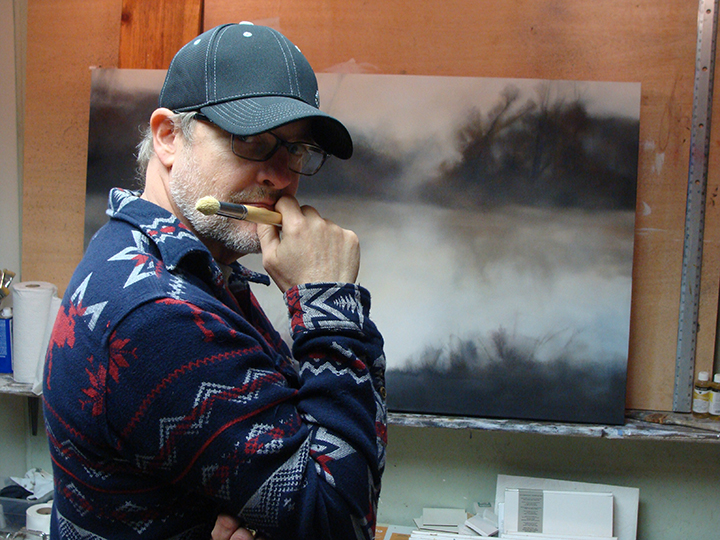
Discuss your fascination in barns?
Barns, Barns, Barns! Yes, so many of the artists here are fascinated with barns....me included. Having spent much of my youth in the country, I associate barns with the freedom and innocence of childhood. Barns are forts and hideouts and chickens, cows and horses. And who doesn’t love a good ole role in the hay? When we first opened our gallery we were next to a crippled old barn with skirts of wildflowers and honeysuckle dressing each side. It was a timeless reminder of what this quaint little shopping district used to be. Then they tore it down. Little by little each one of us went over and collected scraps of old barn wood. I remember talking to everyone about it and how sad it was. A couple of years later they built a replica of it and now they sell pies. That energy, though, had an effect on all of us. We all wanted to paint more barn scenes after that if not for their innate beauty, just to capture that part of our history. The landscape outside of town is still dappled with barns and so I paint them before they disappear forever and, too, because I simply love the structures.
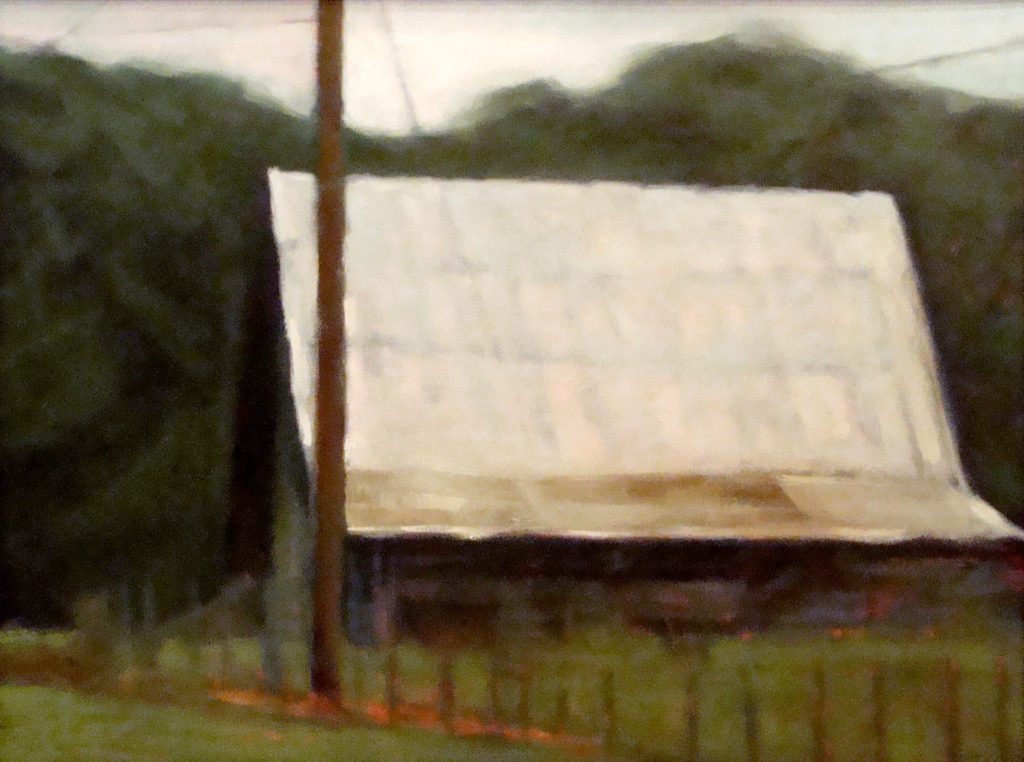
Presence Remembered, 30 x 40cm, oil
Comment on your thoughts as an artist and the role you play in capturing history.
As a child I loved exploring and found comfort in the solitude. I would spend hours discovering new places to venture in the woods along the hiking trails behind our house. As I began to find my voice as an artist, it became clear to me that what I wanted to do was explore again, and so I took the easel outside. It is where I am most at ease and what I am most thankful for. My paintings are a just a glimpse of my appreciation for what God has graced us with on this amazing Earth. I want history to show that I paint from life. I want it to know that I experience these scenes and that I resonate with the subjects I paint. I want it to show that within my lifetime, these places and moments exist and hope that it would not be seen as an indifference to the world’s problems but, instead, as gratitude for all it still has to offer.
Contact details.
patrickstaylor9@gmail.com
Patrick Taylor, Woodstock Georgia, USA
Interview by Deborah Blakeley, June, 2016
Anne Sorensen
You have been fortunate in having a mentor, discuss how this came about and how important it has been in your artistic career?
In 2013 I was fortunate to be selected to attend a Master class at Canberra Glassworks. The teachers were Klaus Moje and Kirstie Rea, artists who work internationally. During an interview with Klaus, he suggested I developed surface techniques. I applied for a grant with Country Arts WA and approached Kirstie to be my mentor, she has vast experience teaching and surface technique is a large part of her practice. This resulted in a twelve month mentorship. I worked at Canberra Glassworks with Kirstie for one week, she taught me to carve on a lathe. We went to exhibitions in Canberra, and discussed glass at length. Later in the year, Kirstie stayed at my home and worked at my studio for one week. She helped me with ways to develop new work, cold work using hand tools, and also further instruction on my lathe. During this year we exchanged emails and discussed my progress. Having an artistic mentor has expanded my thought process when developing new work, understanding why I create as I do. It is an ongoing privilege to have Kirstie as my mentor.
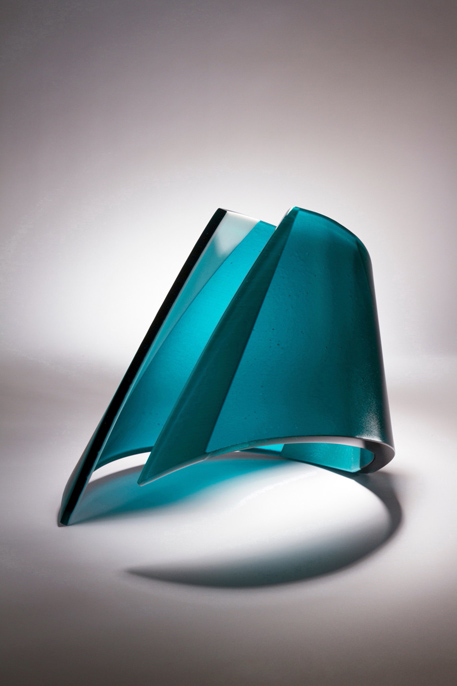
Consanguine, 30 x 30 x 25cm
Can you take us through the technical process of Carved Black Bowls?
The Carved Black Bowls begin as three circles of 3mm glass, 200mm diameter. These are fused together. The next firing is a very slow slumping firing, with the circle of glass suspended on a ceramic ring. With heat and gravity, the glass is slowly stretched to a point where I am happy with the form. I then switch the programme through annealing to the next cooling stage. The flange which remains on top of the glass is sawn off and the edge of the bowl polished, the base is ground and polished to create a base to stand on. The glass is then sandblasted, the surface carved and hand finished.
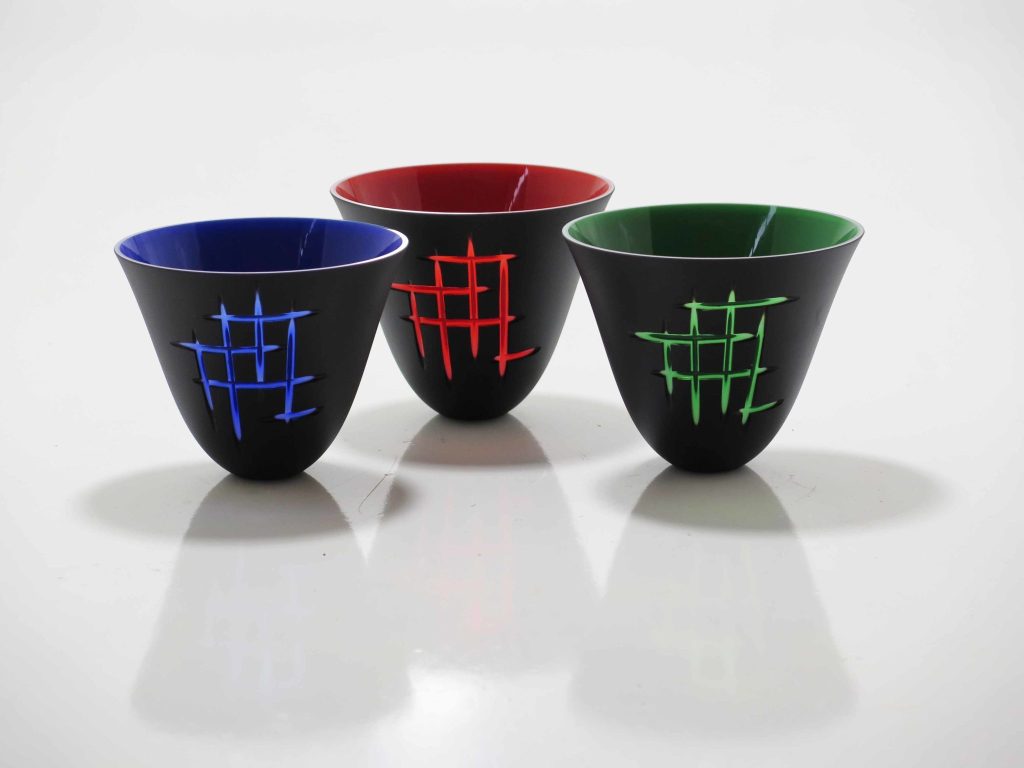
Black Bowls
Many of your pieces reflect your environment discuss this in relation to ‘Kangaroo Paw’.
I was born in Tasmania, my Mother was a fabulous and devoted gardener. Our gardens were always beautiful cottage gardens. On moving to Western Australia the difference in the weather and therefore the plant life has always impacted on me. The Kangaroo Paw in particular is so architectural in its form, and the flower complex. They are incredibly beautiful, and as with all Western Australian natives, amazing survivors in very harsh situations. The Kangaroo Paw is also the floral emblem of Western Australia.
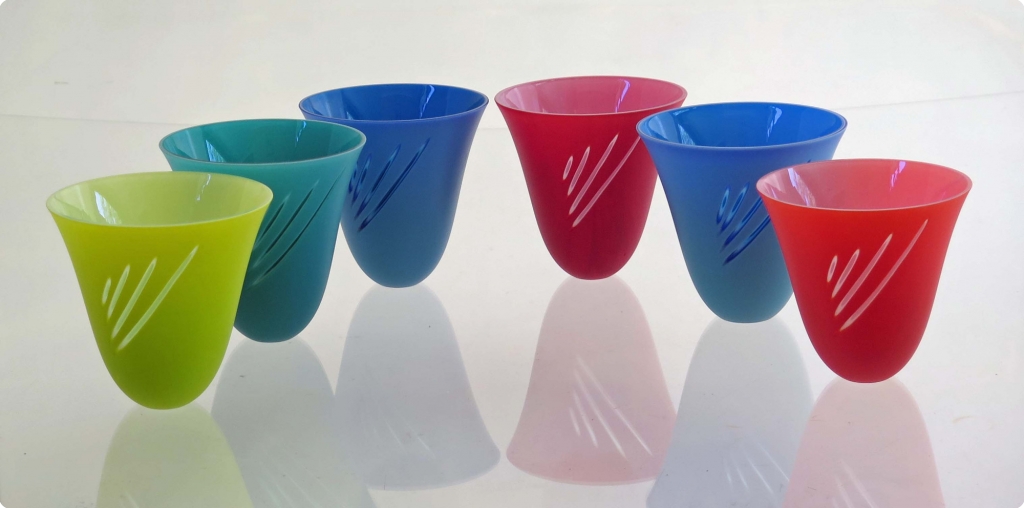
Kangaroo Paw
Can you tell us about some of your larger works?
People are often surprised at the scale of some pieces. Glass is often seen as such a fragile material. Of course it is, but when working in glass 12mm or thicker, it is more resilient. The first works that I made up to 1100mm tall were the sails. Being able to twist the tips of the sails I feel adds an element of tension to the piece. Using opaque and transparent glass at this scale, I feel gives the viewer more opportunity to enjoy the light transmission, rather than if the piece were flat on a table. In recent years Barry has been sculpting timber. The original pieces the timber were sawn from our block. I have been designing pieces of glass to insert into the timber. These pieces have been purchased mainly by International travellers. They have been up to 1.8 metres tall.

Phoenix, 58 x 15 x 15 cm
Expand on the almost textile quality of some of your wall pieces?
Many years ago I began pre firing 9mm thick glass slabs, cutting it into strips, and moving them to create patterns. This is a difficult process as 9mm strips of 9mm glass are very difficult to cut and they frequently break, which is wasteful. I have recently been using stringers, which are very small threads of glass which are much easier to cut into 9mm strips when fired onto glass. I find the rhythm that can be developed using shading with stringer very satisfying. Also I have a particular love of stripes, they feel happy to me, especially when using bright colour, which I also love.
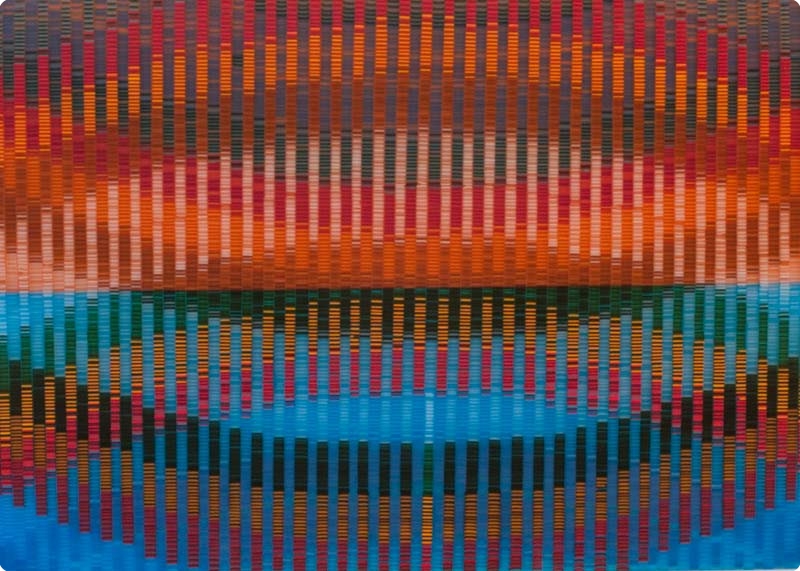
Dawn, 50 x 80 x 7cm
You do commissions, discuss how these have extended your own art practice.
Over the years commissions have become a large part of my practice. I have had extensive experience working with Interior Designers creating one off pieces for clients. This very often means developing new work, and working in a different colour palette, to suit their décor. I have also produced many awards for many companies that have been presented in Australia and Overseas.
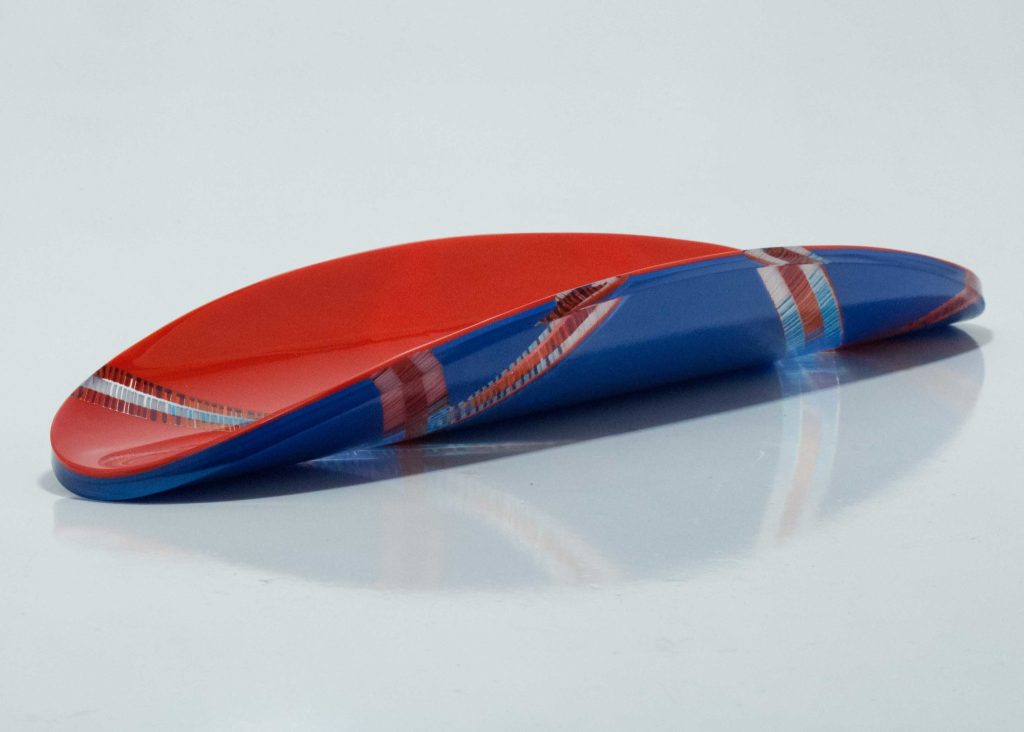
Flame Coolamon, 58 x 16 x 9cm
The importance financially and becoming better known of major commissions.
Major commissions give me the opportunity to spend more time developing an idea in conjunction with the client. A time for testing and experimentation to create a unique object for unique situations is challenging and fulfilling.
The comment by the Judges from The York Society was…’ Glass is unforgiving but this artist has the ability to make shapes work to their will” discuss.
One of the things I love about working with glass is that there is the opportunity to play, there are forms that I have been making for ten years and they keep changing and developing all the time. I was delighted with this comment from the York Society Judges as the piece they spoke of was one of those forms, something I had begun years ago and kept making and pushing to its limit of balance. I enjoy using metal molds, and allowing heat and gravity to shape the glass rather than forming glass into a mold.
Can you take us into your workshop and explain the equipment that you and Barry have?
I have a beautiful workshop, built by Barry, with large windows, which means I can enjoy the native gardens of our property during my working day. I have four kilns, all different sizes, I use the most suitable, depending on the work I am doing. A lathe, which is used for carving the glass, an engraver for small jobs, ceramic molds, metal molds, hand cold working tools and glass cutting tools. In Barry’s workshop we have glass cutting and grinding machinery, saws from 400mm to 100mm, linishing machinery to smooth the edges of glass, diamond flat bed grinder, a low speed grit grinder, hand held grinding tools and specially adapted carving tools.
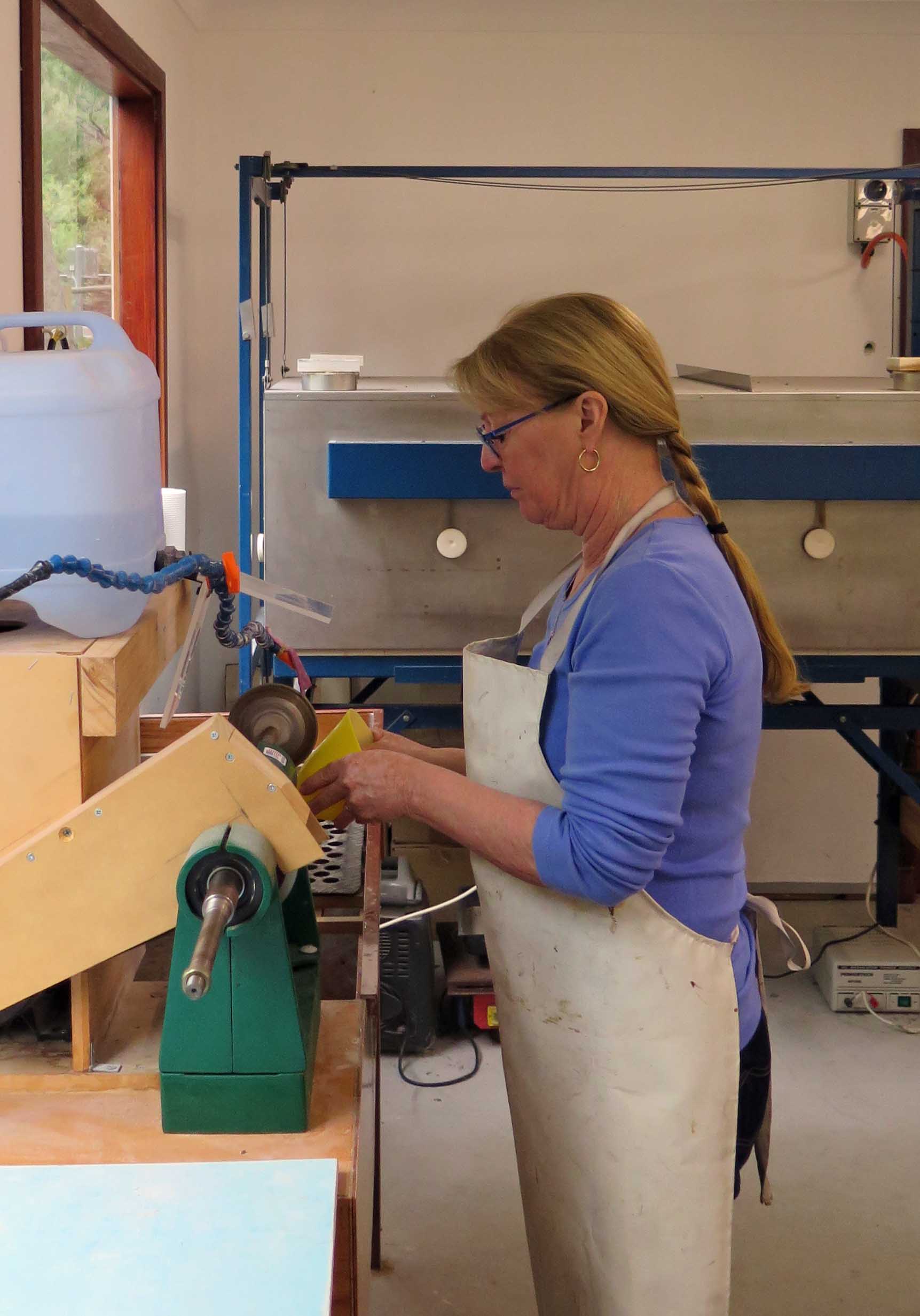
Discuss working with Barry Sorensen and how important this partnership is to the work you are able to produce because if the team work?
My partnership with Barry is paramount. Without his encouragement and support I could never have developed the work to this level. He polishes the work, has built the machinery to polish the work, built one kiln and is building another. Most importantly he always believes in me.
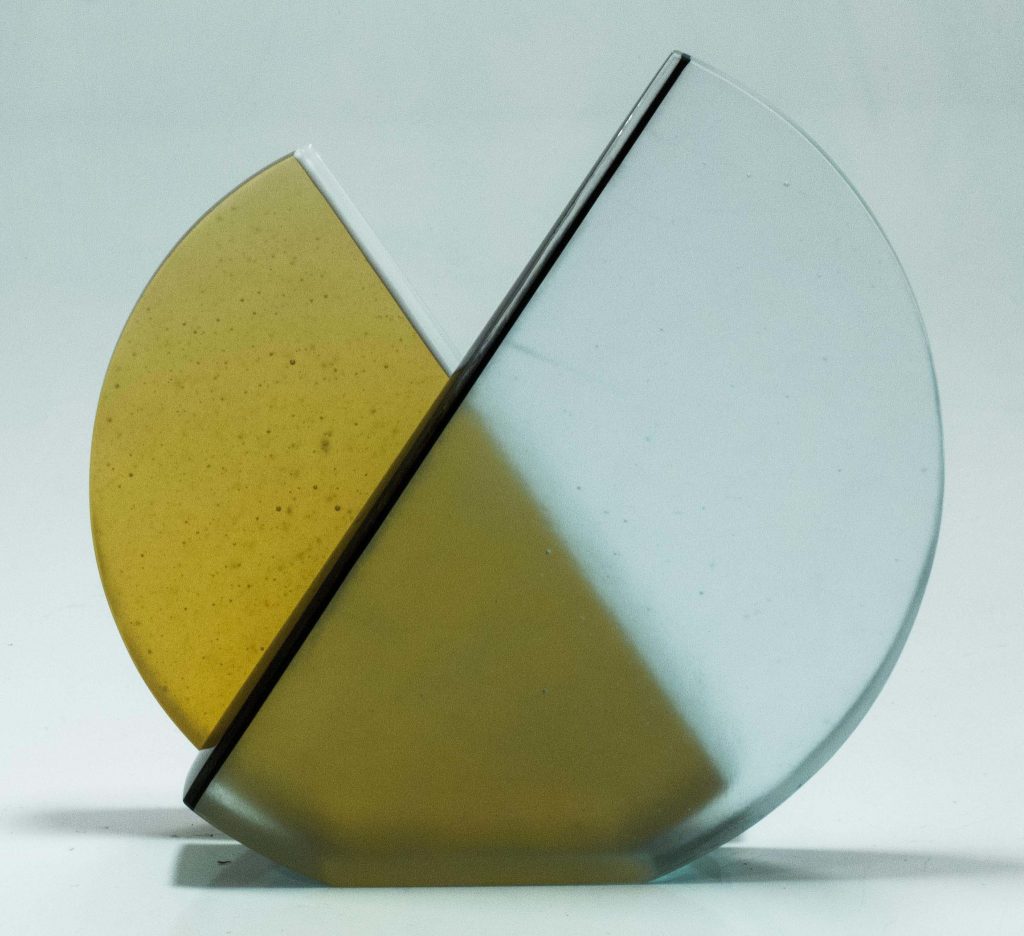
Chords, 28 x 35 x 30cm
Take us back to the work you did in stain glass, expand on one piece both technically and artistically.
This piece was designed in collaboration with an Art Teacher from St Mark’s Anglican School. The design was created to fit within many design requirements that were already established at the school. I was fortunate to work with some of the High School students and taught them lead lighting. During their Art classes they designed and built some elements for this piece, I then put them all together, with the main body of the work. This piece is in the foyer of their school, it also contains some fused pieces I created which were leaded into the piece.
Expand on the importance of modern Glass Art in today’s fine art Gallery culture.
It is as important to have modern Glass Art in fine art Galleries, as it is to have paintings in fine Art Galleries. In the future, these works will reflect the Artists and the Artworks of today’s society, hopefully as they have been treasured by collectors and people from all works of life. Artists need Galleries to be able to exhibit, and society needs artwork to lift its soul.
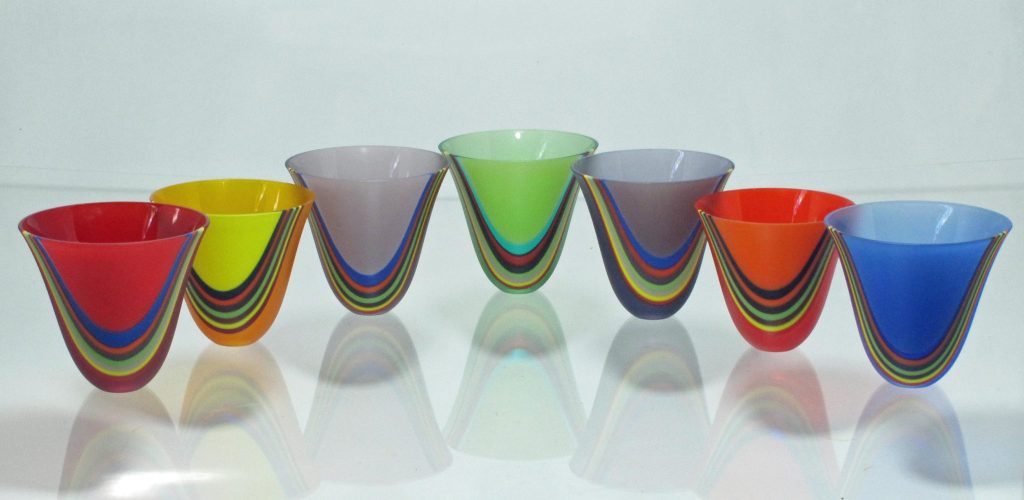
Rainbow Drop Bowls
Contact details.
http://www.annesorensen.com.au
anneandbarrysorensen@hotmail.com
Interview by Deborah Blakeley, May, 2016
Barbara Burns
Can you expand on your relationship with fashion and your tapestry Revolution! Fashion Series?
For about 10 years, I volunteered at a local historical society and museum. The museum had a large, chaotic collection of costumes, textiles and objects (e.g., furniture, farm equipment, household goods, etc,). When I first arrived the museum’s priority was accessioning. Eventually, I was ‘let loose’ to completely reorganize the storage room. It was a treasure trove of costumes and accessories dating back to the mid-19th century.
Many items were in need of conservation. With grant money, we hired a conservator who educated us in basic conservation and storage techniques. I then took a class on costume and textile conservation at The Fashion Institute of Technology in New York City. After my short education I was honoured to be asked by the museum board to manage the newly established costume and textile department.
At about that time I persuaded some friends to join me in a study group. Each week we read a chapter from a college text on the history of costume, beginning with the Minoans. After the group dispersed I continued on my own, reading, and collecting books on fashion, accessories, historic costume and the industrial revolution etc.
I always wished to incorporate fashion, historic and contemporary, into my work and it’s been a struggle for me to do. I keep cropping images down to faces. While contemplating a new design I was browsing through one of my books, Fashion: A History from the 18th to the 20th Century when I came upon an image of a French walking dress, circa 1780. This was the source of my tapestry Revolution. I was drawn to the colours, red and white, and the movement in the dress. I thought I could do something exciting with the image. It was also interesting to think about the history behind the dress and its relationship to the French revolution, a time of great turmoil and reaction against the wealthy classes, one of whom wore this dress. Hence the title for the tapestry.
You mention the need to get to know your subject from history, expand on this?
I have woven several tapestries of pivotal, historic personalities. People I’ve woven include Margaret Sanger, Henry Hudson, King Amenhotep II, Frida Kahlo, Golda Meir, Anne Frank and Hitler. I’m an avid reader, so it was natural for me to read about my subjects as I prepared and wove them. I believe the process of getting to know each person through reading informed my work, both consciously and subconsciously.
Blue Frida, 11
Although my choices of historical figures seem random, there is some logic involved. For example, I visited Egypt several years ago, right before things fell apart. The Egyptian Museum in Cairo has two mummy rooms where the mummies, in glass coffins, were packed tightly in neat rows. The bodies were draped in crisp, linen sheets and all that was visible were the heads resting on a small bun of linen. I had a tiny sketch book and pencil with me. While people filed past, between me and my subject I quickly sketched some of the mummies. I wove two versions of my portrayal of King Amenhotep II from these sketches. I wanted to capture the quality of the rushed sketch in the weaving.
King Amenhotep, 11 #1
When I decided to weave Homage to Anne Frank I reread her diary and a psychological biography of Hitler. After many attempts on the design I finally realized that to achieve my desired effect I had to include Hitler. For me, the two faces interlaced embody the anti-theriacal; they create balance, (e.g. yin and yang, positive and negative) in this case rather macabre.
Homage to Anne Frank
Colour is predominating in your work coming before texture discuss.
Colours connect us to our feelings in a unique and memorable way, which makes them powerful. I strive to use this power in my work. When we see a colour, we have an emotional response toward that colour. My goal is to intensify that response, adding another level of significance to my work.
When choosing colours, my favourite part of the design process, I work intuitively, allowing my instincts to lead me while keeping colour theory in mind. I go to my huge stash of yarn and pull out balls, skeins and cones and I experiment. I always sample on the loom to see how each colour looks in relation to its neighbour and in the entire design.
My designs rely on colour and shape with some blending. For me the texture is usually a given, within the parameters of the medium. I do have one new tapestry, Béa, where I used a different texture to create a border in the same colour as the background. I think this was successful and may try it again in the future.
The size, your work is mainly larger than life, why?
I studied tapestry with Archie Brennan and Susan Martin Maffei for more than a decade. They both had a great influence on my work, Archie in particular in relation to my size preferences. He suggested viewing my design using an overhead projector, moving it back and forth from a wall until I found a size that works for the design. I prefer the impact of the larger image, I want to grab the viewer’s attention and take them out of their ordinary reality. There are occasions when a smaller, more intimate size works too.
How are you restricted by size?
I don’t feel restricted by size. I can make a loom as large or small as I need from pipe. That said, I don’t have a desire, at this point in time, to weave anything huge or minuscule.
Expand on the historical and contemporary found in your work?
I love early tapestries for their underivative style. Once painters became involved in tapestry design the whole look of tapestries changed as they tried to emulate paintings, going from 20 or so colours to hundreds, weaving in finer setts and deemphasizing the steps between the warps. Not that they aren’t spectacular, skilful works of art, however, they are recreations of paintings in fibre.
I see my work as an amalgam of historic technique (predating the advent of painter’s involvement) and contemporary use of image and colour. This concept was instilled in me by my teachers. I am working on a grid, and when I create a shape there is a natural step that occurs as I move up and over in the warp. There are techniques to minimize the effect and smooth the steps out, or I can work with the steps and emphasize them. Choosing between these options is a deliberate, conscious decision. I have come to appreciate these steps, and less and less, I attempt to minimize them as I get bolder with my colours.
You have studied and worked in costume and textile conservation, can you explain one work that has come directly for your conservation work?
I can’t say that any of my designs have come directly from my interest in conservation. However, I do consider the longevity of my work, using conservation techniques for hanging and storing. I generally use natural fibres and try to choose light fast dyes so colours won’t fade.
You personally have a HUGE studio and workroom, tell us about it?
I designed my studio in our new home. It’s sunny and spacious with room for my books, yarns, looms and sewing machines. The focal point of the room is the 16-foot-long yarn cabinet organized by colour. It has six tall, antique glass doors that slide to maximize space with drawers below. In an anteroom is the dye area which includes a sink, stove and old kitchen cabinets painted turquoise.
The cathedral ceiling allows me to work on tall tapestries. I build pipe looms, in the style of Archie Brennan, made to size for each tapestry. The loom for Sophie was eight feet tall including legs, with plenty of height to spare. I prefer to see the whole tapestry as I’m weaving. Having the high ceiling makes this possible.
The studio is accessed from the upstairs hall of the house and via a spiral stair coming up from a small gallery and entrance on the ground level. The gallery affords me a space to exhibit some of my work and is a private entrance for visitors without walking through the house. I also have a south facing porch off the studio. Out the windows are views of woods, my garden and the New Meadows River where I can watch the lobster boats go by.
You use text in many of your works expand on this?
I’ve experimented several times with text by weaving a tapestry twice, once with text and once without. I did this with Golda and King Amenhotep II. In those two instances I found I preferred the tapestries without text,. I prefer the simplicity of the image alone in those pieces. The first time I tried my hand at text was in Margaret Sanger. I included text because I thought people probably wouldn’t recognize her or possibly know who Margaret Sanger was and I wanted to emphasize her importance by including her name. I thought if a viewer didn’t know who she was they could look it up. Historically it’s not unusual to see text in early European tapestries and stained glass to identify people.
Margaret Sanger-Spring, 8.5 x 10 inches.
Another time I included text was with Sophie, a commission I completed in 2015. Sophie, the granddaughter of the woman who commissioned the tapestry is standing on the words “RAISED BY WOMEN WHO ARE STRONGER THAN YOU KNOW.” This is a line from the song “Family Hands” by Mary Chapin Carpenter. It has significance to the woman who commissioned the tapestry. I think it makes a strong statement having the child stand atop those words.
Sophie
Revolution originally had words around the border. I wove most of the border before I decided the words did not improve the composition. It’s not always easy for me to know when I have too much in a design. I tend to put in ‘everything’ and then remove. Fortunately, I was able to unweave the whole border and reweave it without the words.
Expand on your work, Margaret Singer and Golda.
Historically
Use of colour
Use of these two women
My mother and was a staunch believer in women’s rights and social equality. She taught me to respect my individuality and think for myself. I bring those values to my work. My desire to portray people who are historically or personally compelling to me stems from my mother’s influence. It’s fitting that I chose Margaret Sanger for my first historic portrait. Sanger, the founder of Planned Parenthood in the US, believed women should have a choice in their reproductive lives. In Margaret Sanger I chose sepia tones to relate to her earlier activist days, but also to portray the limited options of women at the turn of the century. Women’s lives were still circumscribed.
I decided to weave Golda I after seeing a one woman play about Meir. I was inspired by her story. When I saw the playbill cover with an image of her in gold and black I had one of those wonderful “Aha” moments. I chose to use black and gold for the tapestries because the combination of the two colours created such a powerful image. I think Golda II is one of my more successful tapestries.
Golda II
Like Golda I it has a black background, but I used two shades of gold for the face, one shiny and one flatter to highlight the shapes and add vitality and spirit to the piece, akin to the guts of the woman herself. The choice of gold also refers to the fact that “meir" means illuminate in Hebrew.
Golda I
You say, “I grew up surrounded by my mother’s collection of tribal Masks.” How has this influenced your work?
My mother’s masks fascinated me. I was surrounded by disembodied faces hanging on the walls. I loved that each one was expressive, mysterious and primal. I believe that this led me to my fascination with weaving faces. I would study them and sketch them. I used to carry a small sketch book all the time and surreptitiously sketch people’s faces when they weren’t looking. There’s so much going on in a face: the features, expressions, emotions. I love the challenge of capturing these and now, instead of pencil and paper I use fibre.
Explain how you have used Lewis Hine’s work in your own work?
I discovered Hine’s photographs after visiting a museum that focuses on people who worked in local mills; I did some research and came upon Hine’s photographs. He used his camera as a tool for social reform and I found his work quite compelling. I created a proposal for a tapestry which I presented to the museum. The design incorporates a Hine’s photograph of a very young girl working in a spinning mill. I wove the face of this little girl in sepia tones, similar to the photograph, to create an impression of the early 1900’s. I think the tapestry Little Spinner Girl is among my more successful tapestries. I was able to capture the sadness and despair in her face.
Little Spinner Girl
You lecture on tapestry; can you elaborate on this and the power of lecturing to bring a particular art medium to the public?
In the US, tapestry doesn’t have the cache that painting and sculpture have. People confuse tapestry with needlepoint and other fibre mediums. They talk of it as a dead art and are surprised to hear how strong the international tapestry community is. As tapestry weavers we are all ambassadors of our medium. I’ve been taught that we have to educate the public so they will understand and respect tapestry for the art form it is.
I realize not everyone who weaves tapestry has a desire to sell their work. As a weaver with the ambition to sell, I have found it difficult. I believe this is because people don’t recognize or have the same appreciation of tapestry as an art form on the level of painting and sculpture. Through my lecturing and teaching, I hope to contribute to an increased awareness and appreciation of tapestry as the art it is.
You are preparing some new exciting work. Can you explain your new direction?
My newest tapestry, Temptation, is a more complex composition than any I have created to date. It incorporates multiple images and tells a story. It’s the largest tapestry I’ve woven, approximately 48” x 41” and includes some of my hand spun yarn. I enjoyed working with colours like turquoise and lime green, balanced against black, white, greys, warm browns and pinks.
Temptation
The story behind Temptation is one of my more unusual adventures in the quest for a design. A friend and I went to a drag show. It was flamboyant and captivating. I became curious about the transgender subject in general and these folks in particular. I returned to the club a few days later accompanied by my 82-year-old aunt. With their permission I photographed a few of the performers as they prepared
their makeup and wigs for the evening’s show. From a few hundred photos I chose two to work with. The other elements I incorporated into the composition, a drawing of Eve, narcissus and a beribboned cuff and hand, along with my choice of colours, tell a story that I leave to the viewer to interpret. I look forward to seeing the response people have to this piece.
My next work will incorporate belly dance and burlesque dancers. I’ve created several designs using my photographs taken back stage at shows in which I have performed. This is part of my pursuit to expand beyond my comfort zone of faces.
Discuss the importance of expanding and extending your gallery of work?
It’s easy for me to stay with what I know works. This was important for me for a while as I became more proficient at weaving faces. Once I achieved a certain level of proficiency, I felt it was crucial to my development to expand my repertoire and weave full figures and clothing. It has been a struggle though. It takes great effort on my part to not crop down to a face. There’s something about the essence of a face that excites me.
Henry Hudson
Back to those masks my mother collected. Revolution was my first successful attempt to expand beyond my boundary and grow as a designer. It was well worth taking that risk as ‘Revolution’ was a great success for me having won the prize for best traditional tapestry from Atelier 61 in Novi Sad Serbia. Temptation marks another step in that direction. The work now is in sustaining forward motion.
Contact details.
bburns174@gmail.com
Barbara Burns, Maine, USA
Interview by Deborah Blakeley, May, 2016
Christine Webb
“My art practice is a core part of who I am, an extension of my environment and the various places I embrace.” Expand on this statement in relationship to dividing your time in both Australia and Italy,
I moved to reside full time in Central Italy with my family in 2000 and since 2011 I have moved back to Australia. We still have our home there and now spend the four summer months there every year. It's an upheaval moving between homes but one becomes very organised and adept at the changes. You notice differences that you might otherwise overlook. A shaft of light with dust mites caresses the floor of ancient red tiles.
Authurium Armchair, 150 x 100cm
The lurch between the two worlds is incredibly invigorating, the contrast ofold Europe and young Australia lifts your ability to embrace more of what you want in your work. I’ve had the wonderful advantage of visiting some of the most wonderful museums in the world and I can cherry pick from the best exhibitions, Australia and Europe has to offer.
Golden Summer, 137 x 107 cm.
Discuss the importance of personal objects in your current work?
I've accumulated many sentimental things through family and friends, travels and trolling through flea markets. Perhaps because I'm so unsettled as to where I live, I hold on to these talisman dragging them from studio to studio. They populate my work like old friends. An old wooden bear that's been handed on in my family so that no one recalls where it came from. My mother had collected a strange primeval seed pod, another was given to me by friends. People give me old bottles and vases. Everything has a story
A Balance of Sorts, 36.5 x 35.5cm
Expand on the influence of Australian women artists in your work – Cowley, Cossington- Smith, Preston, Olley, and Beckett.
Influences of their work from the 1930’s onwards.
Influences of Australian flora in their work
Influence of place / home
This interesting, and often underrated group of women artists is fascinating to study. Most of them had travelled overseas and on return home, embraced the local fauna and landscapes. Margaret Preston also worked on magazines, as I have, Grace Cowley and Cossington-Smith were brilliant colourists, Clarice Beckett painted on the Mornington Peninsula where I lived and there she breathed an unparalleled atmosphere into her works. Margaret Olley is many people's first reference point whenever they see a vase of Australian flowers, but it's her delicate restraint in painting flannel flowers that strikes a chord with me. They all worked and worked incredibly hard, teaching and/or producing huge bodies of paintings struggling against a prevailing preference for the works by men.
Three Bottles with Flannel Flowers, 30.5 x 25.5cm
Discuss your thoughts on the role of home in both their work and yours as a woman painter?
Many women painters work in a home studio with constricted space. The dining table becomes the tableau with personal objects populating the space. For many years in Italy I was able to use my colourful jugs and fruit bowls to balance the market flowers.
Market Lillies, 150 x 100cm
In the confined space, being so close to the subject, the perspective skews in such a way that the table becomes a vertical plane leading the work to a graphic conclusion. I now find the intrusion of daily life is difficult to juggle and now I prefer to work in my studio either in the old garage in Italy or in my marvellous studio at One +2 in Lilyfield, Sydney.
Fly Away Peter, 61 x 91cm
How does the use of acrylic paint play an important part in both your work and your family life?
When I first painted at art school I developed an allergy to the solvents used in oil paint. Later I found that painting in the family home was easier with acrylic, less stink. Now after many years painting I've found it suits the speed that I like to work, the easy clean up, the quick drying. I like to resolve composition problems quickly and acrylic allows me to do this. I've worked up a method of under painting that results in a richness of colour that equals any medium.
Red Table, 137 x 37cm
Discuss the difference in light and colour between Australia and Italy and how you embrace both?
The difference in light and atmosphere is mainly noticeable in landscape works, but even in my interiors and still life there is a shift in light between the two places.
Nancy’s Table, 152 x 111cm
The centuries old Italian architecture creates shafts of light in largely poorly lit, wooden beamed rooms creating hard cast shadows, while in Australia the blaze of light bouncing off white walls and ceilings illuminates the shadows and you get the sense of this massive light.
Reflections of George, 91 x 91cm
You have just completed the works for your solo exhibitions ‘’On reflection”
I have become more obsessed with cast shadows and reflection over the years. I lived in Sorrento Victoria for several years and painted the waters of Port Phillip Bay and studied Turner. This was when the reflection on water first fascinated me. Then working in Italy the highly polished dark table where I set my tableau, gave wonderful reflections of the objects. On returning to Australia I commenced working on mirrored surfaces, creating a faux horizon that echoes the edge of the world which is where I feel I live, in two hemispheres.
Starfish Symmetry, 40 x 40cm
I struggle with titles of paintings and exhibitions but finally the double meaning of 'On Reflection' gelled immediately. There will be about 22 works hung in the show with another dozen in the wings. Most of the works have been done in the last seven months in Australia but several I painted in Italy, rolled up and re-stretched when I got back.
Discuss painting the combination of glass and water.
While I was in Italy I started placing the objects against the light of an open window, contrary to accepted practice. Solid objects became silhouettes unless they were lit with a fill light, but glass bottles became more brilliant and with an abundance of odd shaped oil and balsamic vinegar bottles, I found a new intrigue.
A Certain Symmetry, 30.5 x 45.5cm
Discuss other liquids you paint.
Clear water adds an interesting refraction, sometimes seeing the reflected image through the window inverted. Virgin olive oil has an exquisite range of warm greens and lime yellow while Campari and Aperol is fiery red. I also like painting green and deep blue glass but will half fill with water if I can to give an additional light refraction.
Five Extra Virgins, 60 x 60cm
Explain your use of composition in your work?
Table still life
I find that composition is my first consideration. If I don't get that right, nothing I do will save the work. Part of my overall art practice has involved a lot of photography and composing through the lens has been a habit passed on from that work. In painting you can straighten verticals and horizons as you desire while in photographyit’s a struggle, so I prefer plumbed lines and straight horizontals.
Nancy’s Nasturtiums, 36.5 x 25.5cm
A friend observed a crucifix in one work with the objects arrayed like supplicants at the foot of the cross. As I set up a still life the space between the objects and their relation to each other is paramount. The negative spaces created and the overall shape against the background are all important steps in my decision making. I'm currently fascinated with a line up of objects creating a lozenge shaped oval in conjunction with their reflection.
Room still life
When I paint larger works of interiors I approach the work with a different process. I often develop drawings in situ in friend’s homes and develop a work referencing photos of details, patterns and textures. The resulting abstraction becomes a work of shape and design. Sometimes I set a chair against floral setting and echo the colourthough the cushions and stylised carpet.
Summer Bloom, 137 x 137cm
Explain briefly what you teach in your Colour Theory workshops?
I always loved creating colour wheels with a circle and compass as a kid and when I was at art school I had an excellent teacher. I've continued my study of the subject with John Gage's massive tome: Colour and Culture and also had the advantage of seeing many of the original works of Van Gogh, Matisse and Picasso. A Manet exhibition I saw in Venice threw a new light on the marvellous darks of his paintings that don’t come across in reproductions. Caravaggio too, has to be seen for real to get the full impact of the deep darks.
While the colour wheel teaches us how to organise prismatic colour into limited palettes and ways of mixing neutrals, I also teach and demonstrate how each of the three colour attributes, Hue, Value and Chroma, can create balance and harmony in their own right.
Expand on the use of the colour wheel in your own work
A very common use of a limited pallet is to use two analogous hues such as green and blue and a complementary accent, in this case the orange of the banksia. The nuance of the colour is highlighted by the use of a cool neutral of the background and dazzling neutrals in the water. The wide range of values hold the symmetry of the composition.
Sorrento Banksia with Portsea Oil, 61 x 120cm
Discuss how you use shape in your work with bottles?
At the moment I'm playing with positive and negative shapes in a chiaroscuro way. An echo of some of Titian’s compositions where he placed a light figure on a dark interior background and balanced it with a dark figure against an open window and lighter landscape beyond. My interpretation of this work has a lighter bottle against a dark background casting a dark shadow reflection on the mirrored surface. I'm exaggerating what I can see for real with what I'm pursuing as a solution to a composition, corrupting the dialogue without disturbing the visual play.
Unrelated Memories, 120 x 80cms
Can you give us your impressions on how exhibitions give your work a new momentum?
I work in my studio as a full time job. As the far off deadline of an exhibition comes into focus so does the direction of the body of work. The pressure certainly creates some anxiety but I have pushed many life choices and I like to rise to a challenge. Exhibitions offer the ability to view a body of work in a new environment, presented outside the confines and chaos of the studio. Despite the anxiety that exhibitions cause, it is a moment to cherish. Several years ago I hired an artist’s run space at Danks Street and minded the show for two weeks. It was a treat to be surrounded by my work and hear what people had to say. Thank heaven it was all positive. It’s an important part of the visual growth of the work, what I can see clearly works well informs the next stage of my work. Throw away comments, more often than not, focus my attention on how people read a painting, what they see. Hopefully they see a connection or feel a calming influence that they enjoy.
Contact details.
Christine Webb
christinemariuswebb@gmail.com
www.christinewebb.com
Represented in Australia by Katrina Hampton at Art2Muse
Christine Webb, Australia & Italy
Interview by Deborah Blakeley, May, 2016
Mark Noble
When I am doing a sea painting, I feel the wonder of the setting or rising sun, and the multitude of transitions and colours through reds and blues, yellows and greys. When I’m by the sea, the changes in mood and movement, the wind blowing in my hair, and the breaking of the waves at my feet, create a soul-calming rhythm. I can almost feel the Spirit moving in timeless creation as the rhythms of nature motivate and move me.
One of the stories that inspires me was when Turner asked the captain of a ship to chain him to the mast in order for him to feel the full force of the storm. The closest I have come to recreating that experience of the sublime – the power and beauty – is taking ocean walks in the full force of storms and discovering a serenity in the tempest.
The same can be said of my landscapes, which I also try to experience in the context of the forces of nature. Early one morning during a violent thunderstorm, I caught a glimpse of the sunrise striking the high altitude anvil clouds above the lightning strikes, and in the midst of the storm the sky over the Mendip hills was alive with warmth and colour.
Storm Over The Levels - 1, acrylic on canvas, 40cm x 30cm
Discuss your painting ‘Storm over the Levels’ in relationship to your previous answer.
“Storm over the levels” is an attempt to express the tragedy of the flooding which struck our community in 2014, but whilst acknowledging the sublime forces of nature which so rapidly transformed the familiar environment. In my painting I am trying to express the human context for such humbling and remarkable power – power which I sought to experience first hand, placing myself directly in the path of the torrent of a river in spate. I created tonal paintings taken from observational photography and sketches, with a muted palate in order to express the stillness and drenched atmosphere that followed from the storm.
Storm Over The Levels - 11, acrylic on canvas, 40cm x 30cm
You worked for 20 years in the plastics industry what lead you away?
I parted company with the plastics factory in the aftermath of a divorce which necessitated that I raised my children alone. It was the catalyst which caused me to begin my artistic journey, starting my studies with college classes.
You also give back. Explain about your mentor program and how this helps others but also how it has help you and your art work?
A lot of people are scared of creating their own work, and I want to dismiss their fears. Often I find that the people with whom I work set aside their artistic desires after some negative comment or criticism from a tutor or family member, and I find that destructive seed and try to help them to move beyond it. As an artist I want to dispel some of the barrier myths which prevent people from exploring their own creativity. I love to lend my skills and experience to helping others pursue their own creative vision, providing practical tuition and encouragement in the use of media and materials, but also being a positive and enthusiastic sounding board for their ideas.
As an artist I know how easily we can become either blasé or dismissive towards the skills and creative desires we possess, and in supporting others, it reminds me to value and nurture those areas of my own creativity which I have taken for granted or neglected.
Discuss briefly the techniques you use for your work from the that first vision to the work leaving your studio.
“New York of the Past – New York of the Future”
New York Of The Past, Acrylic on canvas, 120cm x 90cm
In the second year of my B-Tech course, one of my tutors challenged me to do something outside of my usual style, and to develop a semi-abstract painting taking images from contemporary advertising. Using images of crystal glasses, I took some of the pointed, triangular, forms and rectangles from the images and positioned them with the rectangles over the more pointed, triangular shapes. As I worked on these images as a collage, I had something of a vision in which the shapes spoke to me about New York with the forms revealing the skyline of the city in the past, present, and future. The palate I chose was blue, expressing something eternal, and giving me the opportunity to experiment with as wide a tonal range of blues as possible.
“Footprints in the snow” (Inspired by views from the Polden Way)
Footprints In The Snow, acrylic on canvas, 40cm x 30cm
The second painting I want to discuss is one based on works by an amateur Somerset photographer, called Ricki Barber, who focuses his work on the rural landscape and environment. The image itself is of a snowscape, and I was really inspired because of the tonal range of colours throughout the composition. I was particularly motivated by the enthusiasm of the photographer to work with me, and as an artist I set out in the hope that I would capture something of Ricki’s excitement. As a child I really loved snow, and find it fascinating as an artist because snow is so rarely considered to be a worthy subject. Taking one of Ricki’s photographs as my initial inspiration, I began with warm washes, and building up layer upon layer, I developed the painting based on that first image. Once the work had developed fully in terms of the tonal palate, I began to add scenery from beyond the limits of the initial photograph, but in keeping with the woodlands, valleys, and agricultural scenes common to the area. The sky and snow layers reflect off one another to produce the tonal richness of the scene. Central to the painting is a footpath which I hope expresses the human element of the scene, and which represents the journey or process of the painting itself, leading both the artist, and the viewer, deeper into the imagination.
You documented, ‘The Power of Nature’, expand on this natural devastation.
The recording
The personal effect of the flooding
How you converted this devastation into art
As a rule, when I work from existing images, I begin by killing the canvas with a series of warm washes, after which I abstract the images into a single simple drawing forming the composition of the piece. As this process unfolds I develop my own understanding of the concepts and emotional depth of the painting, and this understanding then informs the subsequent colour palate from which the work will be birthed. Once the initial composition is completed I return to building up layers of warmth or cold, using further more localised washes.
Tonal - Grey Panoramic 2, acrylic on canvas, 40cm x 30cm
Beyond that point, each work develops along its own unique path, as textured layers are added, and the distinction between media, process, and image begins to blur. In the same way in which my work celebrates the beauty of the transient or overlooked, my toolkit is similarly simple, with shaving brushes, sponges, cotton buds, and the occasional brush. Often I can be found working the paint with my fingers to achieve my creative vision.
One of my students has noted that there comes a moment in every work where the influence of the images or concepts which originally inspired me give way to the immediate impact of the forms which emerge as I paint. Perhaps those moments give a brief glimpse into how the fantastical or sublime appear within the realism of my predominant influences.
Somerset Foods, acrylic on canvas, 40cm x 30cm
Weather is predominating in your paintings but you have extended this interest and metrological knowledge to ceramics. Expand on this aspect of your work?
Living on the Somerset Levels, everyone was paying close attention to the once-in-a-century storms, and together with a close friend, I decided to go out to the flooding and speak to the victims, as well as experiencing the transformed landscape first hand. As well as the obvious power of the water, the wind was whipping across the miles of open flooding from the ocean to the hills, and the light was constantly changing as I sat on a bridge to sketch the scenes around me. Wanting to get as close to the water as possible, I walked out on an emergency pontoon, and managed to get to a precarious position over the torrent of a river in spate before the bridge was overwhelmed by the rising flood.
My hope, in the pieces which came from those observational photographs and sketches, is that I have been able to express something of the empathy which I felt for the people whose homes and livelihoods had been impacted by the forces which, whilst devastating, possessed a sublime, majestic, beauty.
Discuss how you have used weather mapping and where the idea came from?
When I first started my training at college, I produced a coiled pot, and I happened by chance to etch some isobaric charts into the piece. The coiled pot lay dormant in my home for many years before my agent spotted it on a shelf, and she suggested the concept could be extended to painted ceramics. I was surprised, if initially sceptical, but with a little perseverance I came to enjoy the process which combines my two passions, art and weather, and they received a positive response. The ceramics also play into the particularly British pastime of discussing the weather. The simplicity of the “weather-pots” gives a different point of access to the themes which predominate my painted work.
Although not all weather forecasts nowadays show the isobars in the same way as my ceramics, the majority are produced to represent the weather on a specific day (or type of day) as requested by the person for whom they are made, so there is always a sense of connection, and an awareness of the significance of the markings as they translate from the initial weather charts into the finished forms on the contoured ceramic surface.
Have you considered having a range using surveillance maps, putting our feet on the ground as well as in the air?
I have played around with it as an idea, however the beauty of the ceramics is their simplicity of form and intent, which would be compromised were the designs to become too complex.
Discuss how the creative process drives you?
When I visited London as a child, we went into the National Gallery, and I had my first encounter with Turner and Constable. The visions which I saw on those canvases left me speechless and breathless, as my mind and emotions erupted in response to the paintings. In particular, “The Fighting Temeraire”, with the contrast and application of the paint and colour, created a timeless image of an eternal moment, with the steam from the funnel of the tug blending with the clouds of the heavy skies. The melancholic contrasts by which Turner articulates the passing of the old war ship perfectly capturing the changing of the guard from the beauty of sail to the utility of the age of steam.
Turner, HMS Termeraire, 91x1.22cm, 1839, Oil Paint, National Gallery, London
As an artist I try to capture that essence of the sublime, walking as best I can in the footprints of Turner, seeking to reclaim the sensitivities of a lost age for our current transient existence.
Contact details:
www.marknobleart.co.uk
marknobleuk@outlook.com
Mark Noble, Somerset, UK
Interview by Deborah Blakeley, May, 2016
Amy Cooper
Expand on how you decided to return to University with the primary goal to set up your own business and how this unfolded?
I had done years of cleaning and bar work after leaving school and knew I wanted to make a living out of being creative. I decided to go back to college in my mid twenties because I wanted to learn new skills but even more than that I wanted to develop the confidence to put my work out there, which I had never managed up to that point. I embarked on a one year Art foundation course to build a portfolio and discover which direction I wanted to go in. I had mainly been working in two dimensions until then, painting, collage and photography but at foundation I realised I wanted to make things in three dimensions. I enrolled on a combined Ceramics and Sculpture degree but ceramics did rather take over in the end!
Puffballs
You are currently working on some non-lighting projects for a Delft Gallery, discuss what you are working on?
I have been working with Terra Delft in the Netherlands since 2003, I was honoured to be invited to take part in their exhibition to celebrate their 30th anniversary.
The Title is 'Multiples'
The series may be limited in number or unlimited; The work may be slip cast, wheel thrown, or handbuilt. The work is new and will be shown for the first time at Terra’s anniversary celebration.
This is my proposal
An evolution in 30 vessels.
30 porcelain vessels variously manipulated to contain and release light, representing a journey and a point in time.
The pieces will be domestic in scale and tactile, reminiscent of drinking vessels. Each piece will begin life identical to the next. The forms may be thrown or slipcast and manipulated individually, they will mostly be unglazed. The pieces will be for sale individually.
It is a work in progress.
You also work on 2D ceramics discuss.
My 2D pieces are small in scale and are almost all small excerpts from my illustrations. I enjoy the idea of taking a snapshot of a bigger thing and rarifying it by presenting it in a precious way. The frames were designed to be reminiscent of museum case.
What made you decide to contain light?
Light has always been an important part of my practice. From my early black and white photography and throughout my sculptural explorations at University. The porcelain itself was illuminated after a some experiments with a multiples project at Uni. I was making carved pebble forms out of mixed clay including porcelain and wondered what they would look like if illuminated from within. Needless to say I haven't looked back! I think the light creates a sense of energy, atmosphere and life force which is endlessly pleasing.
Ithan's Lamp
Explain your work using peacock feathers and light?
Peacock Feathers - Porcelain lamp, 24x10cm
The Peacock Feathers piece started off as a wedding present for friends. I love the combination of beautiful showy celebratory objects which also have dark superstitious connotations. I am also inspired by William Morris.
You use flowers as the base to many of your pieces can you explain one or two of your favourite flowers and how you have developed them into ceramics?
I love nature, especially the wilder side of it. A Cornish hedgerow at the beginning of June is one of the most wonderful, beautiful and inspiring things in the world.
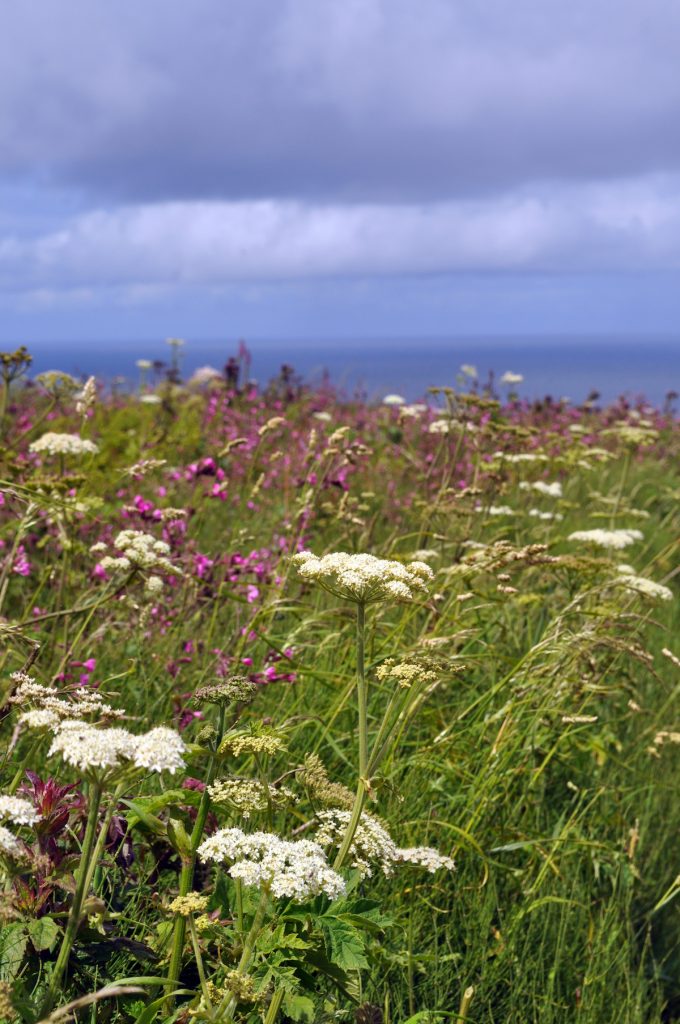 Both of my children are named after flowers and they both have a lamp designed for their name.Rosa has wild roses and Ithan is the Cornish word for Gorse. I also created a series of pieces in conjunction with The Society of Designers Craftsmen which was founded by William Morris for an exhibition at The William Morris Gallery in London. The exhibition was called Everyday Encounters The idea of which was to to champion very common but also beautiful things, my work for this focused on Dandelions and Ivy.
Both of my children are named after flowers and they both have a lamp designed for their name.Rosa has wild roses and Ithan is the Cornish word for Gorse. I also created a series of pieces in conjunction with The Society of Designers Craftsmen which was founded by William Morris for an exhibition at The William Morris Gallery in London. The exhibition was called Everyday Encounters The idea of which was to to champion very common but also beautiful things, my work for this focused on Dandelions and Ivy.
Discuss your photography, ‘Erosion’ and how this work has been developed into your ceramic work?
Photography is an important part of how I work. I take a lot of images of plants, scenery and interesting textures. The photography work tends to feed into the ceramics in a fairly organic way. Sometimes I use the photos directly to work from but I usually draw from life and use the photos to support my drawings when making a final composition. The Erosion pictures were of a weathered wooden sea wall I came across on holiday in the village I grew up in on the North Cornish Coast.
You have recently bought a new kiln. Why? What will it be able to do extra for you?
Briefly discuss the technique you use?
I recently invested in a new kiln to enable me to increase the amount of work I can make in busy times. I often find that I am held up in mid flow because I am waiting for my kiln to cool before I can reload it. Besides that my old kiln has seen about 14 years of extremely hard service and is requesting a more gentle pace in its old age.
My work is created in two quite distinct ways, both involve many processes and techniques.
To make the Original Collection (marine based work), the pieces are initially slipcast, usually in two piece moulds. They are cast quickly so they are very thin. They are then removed from the mould while still soft so that the decoration can be applied using various tools from both the inside and outside of the piece. They are then fettled before being bisque fired. The pieces are sanded to remove any imperfections and when dry a textured glaze or slip is applied or the work is left ‘naked’. They are then fired up to 1250°C and diamond polished before being wired up.
The Illustrated Collection are also initially slipcast. They are fettled and stamped before being bisque fired and then sanded to remove any imperfections. When the work is dry I apply a stencil I have made specifically for that form from one of my drawings, attaching it to the work with glue. Initially all of my stencils were hand cut but I have recently been getting some designs laser cut. I sandblast the work until the areas that are covered by the stencil stand proud. The stencil is then removed, revealing the design. The pieces are fired to 1250°C and diamond polished before being wired up.
Expand on the influence of other artists, - Paula Dowling’s work on your own work?
I am inspired by a wide selection of Artists, Ceramicists, Printmakers and Sculptors. I love Paula Downing's dramatic forms and organic surfaces.
I love the flair and decorative quality of Art Nouveau and Arts and Crafts artists such as Mucha, William De Morgan and William Morris. I am moved by the strength power and tenderness of Jacob Epstein's sculptures and Eric Gill's woodcuts.
British contemporary ceramics is an enormously rich field, I love Eddie and Margaret Curtiss's work, Yo Thom's thoughtful tableware and Margaret O'Rourke's fantastic light pieces. I could go on and on!
Discuss your commission – A pair of Doves in Trees.
Doves Tree
The Doves Tree Commission was simply to make a matching pair from the design that I had already made so creatively not really a commission. I don't tend to do many completely free commissions in terms of design. Although I am always open to discussion, if the idea is something that I feel I would like to draw anyway then it can work well.
How important are commissions to your work and how have they extend your art?
Up until this point they have not been a big part of what I do. However, I recently I purchased a machine that can make stencils of text so I will be offering a new personalised service this year.
Take two of your underwater pieces and explain the inspiration and technique used?
This work is largely inspired by a coastal environment and objects. I am intrigued by the endless variations in nature and the idea of an ongoing evolutionary process. I gather visual information from the precious things the sea offers up to us, the minutia we don’t usually see to the raw geology of an ocean ravaged cliff face.
Urchins Lamp
I am also inspired by looking at things under the microscope. The Urchins are directly inspired by found beach treasures whereas the Pollen is from looking at minutia through the microscope.
Polen Lamp
Contact details.
Amy Cooper
amy@amycooperceramics.co.uk
Amy Cooper, Cornwall, UK
Interview by Deborah Blakeley, May, 2016
Outi Martikainen
Your work has changed greatly since you completed Textile Art and Design in 1999. Can you point out several of the milestones?
The whole way through my early works shown in public until to recently have been digital weavings, purely working and experimenting with different materials and bringing some of the fine structures of textiles to different rooms and locations. I have had a privilege to work in different scales and materials so there has been a lot for me to examine and learn as well.
In my final thesis to UIAH, University of Arts and Design Helsinki, I became aware of digital jacquard weaving as an extensive tool for a textile artist.
Discuss ‘Frozen 1’ from 1999?
Sculptures Frozen I and Frozen II, I made just that I wanted to have a big and rough surface resembling ice and snow. Out from the two dimensional form. I stayed that time on an island off Helsinki. During a great old time winters in Helsinki material and on the island I examined snow with my senses. Icings on a tree, on old fortress or going shopping to islands only shop with a kick sled.
Frozen I, 150 x 110 cm, Material polypropylene cord, Technique crochet, Photo Teemu Lehto
Frozen I, I eventually made for on exhibition on the island. Joining an international group of artists, I represented as a young Finnish textile artist and had the great joy of working with crocheted cord.

These two characters got their form by crocheting and having in mind the summer days and sun bathing people who fill up the island at summers while long winters the island stands silent.
I choose polypropylene cord for material because on the island. I found that white ropes which were hung outside for to hang laundry to dry resembles snow, it’s white only when it gathers with other flakes and on the other hand it’s transparent like ice. There was a good supply of ropes in the shop on the island which is natural because I’ve learnt later that the wind eats the ropes on islands. I also needed a special hook for crochet because the cord was 1 cm thick.
the sculptures had inflated cushions inside and the crochet was done around cushions. That way they looked more icy. Also it was possible to empty the sculpture to put it into a box.
Frozen II, Detail, 170 x 120 cm, Material polypropylene cord, Technique crochet Photo Teemu Lehto
Compare Frozen 1 with Frozen 11 and what you have learnt that makes them similar but different?
My meaning was to have both the sculptures exhibited on one of small islets on the way to Suomenlinna island like environmental art, so that they could be seen from the ferry to island, but the first one was sold to an Italian gallery and it was shown in Milan instead.
While I was crocheting the second one it was asked for an occasion with Emilio Pucci in Italy too and it stayed there. They were my first international output and I now to see then as quite a milestone or two.
By 2004 you had started to introduce weaving into your work. Discuss your work ‘Daily Bread’ and the use of ‘modern weaving and materials.
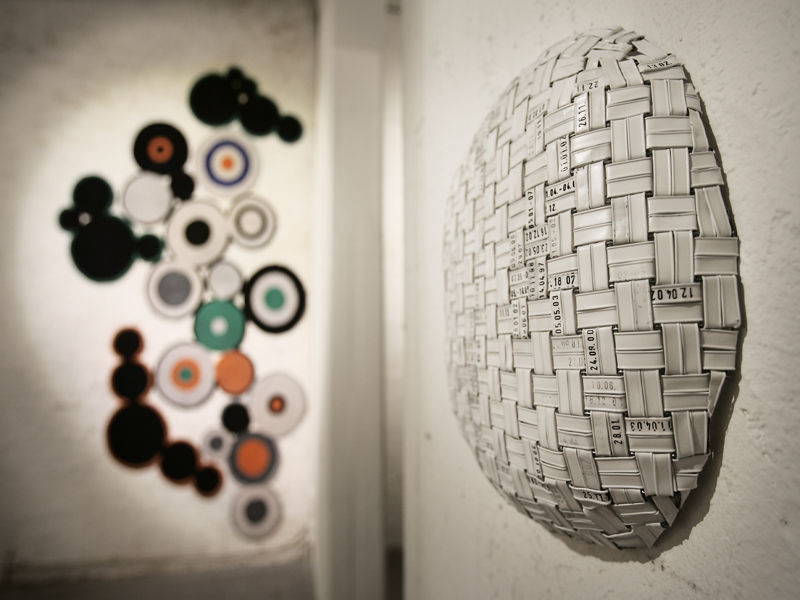
Daily Bread, 300 x 300 cm, Twist Ties from Bread Bags, Photo Laura Vesa
'Daily Bread' is made by braiding bread bag fasteners into an industrial metal net. With that work I started a collective action and from here and there were coming small bags filled with different amounts of fasteners. I had shut up bread bag fasteners because there was a good design on that daily detail and it was interesting enough. Other people like my friends and their friends and workmates had found that same. I do not know how it was such common idea suddenly I started to be the 'mother of this business of working with bread bag fasteners' and I felt that somehow I was obliged even to produce new works, and I do still make now and then a new piece for to supply the market. I hardly ever have sold a one of those collective accumulated bread bag fastener art piece, so I think they do live their own lives in exhibition and after in my studio.
There were other materials like detergent bottles which I also found interesting. While my kids were small I spent quite a lot of time in the kitchen, mean while still studying in the University, I had the time to noticed that there were many good materials going into the rubbish that I could use in my working.
For a mould or form and starting point, I used my grandmother's breadbasket. All dates in Finnish history refer to an eating of bread.
My basket out of bread bag fasteners is emphasizing the traditional birch bark handcrafted domestic objects. Finns have had a great affinity with birches. It has substituted leather in early days, brought warmth and with a bunch of branches of birch we have refreshed our bodies in the sauna. Modernism comes from it’s white - black surface.
Discuss your Jacquard Weaving for the NIFCA contemporary art chairs.
Who’s faces are they?
Why were these people chosen?
What were their thoughts on being placed on the back of a chair?
For the final thesis to UIAH I had a possibility to work with another institution and applied art school Wetterhoff where there was the first digital jacquard weaving looms TC-1 in Finland, jacquard looms that are manufactured in Norway. I was so hooked immediately. I found out that this is weaving with a totally new level. My university got a TC-1 later when I had already graduated. So this was kind of milestone too.
Images for the meeting room chairs in Nordic Institution for Contemporary Art I took from newspaper images of presidents, kings and a queen to represent the five Nordic countries.
Images are reminiscence of heroic and institutional tapestries. The multitude of faces of people was expressed with excellent woven material with the quality to be used on public places. We are the public. I enjoyed while there was not much more accent in the room and it never looked empty while these faces stayed in the room.
Photo Juha Reunanen
You are currently working with the technique of weaving with a digital loom can you explain this technique?
Digital weaving offers a way to work with different scales and materials in a weaving form. After graduating and intense working in co-operation in architecture specially with SARC architects I further studied jacquard by weaving workshop working around Baltic and Norway. For the past few years I have experimented with my own TC-1 looms with materials and structures. It is not anymore the looms which limit me but creativity like I felt when studying weaving at the Vihti School of Applied Arts. Now I enjoy working with images filling them with weave structures and just go on to the looms and weave.
TC-1 looms reads digital information and with pressed air lifts heddles according a digital image from a digital row to another digital row. The joy of weaving is still left for a weaver.
Your current work is coloured very subtle, expand on your choice of colours now?
Heavenly Dreaming, 145 x 165 cm, Photo Katja Hagelstam
Another milestone in the sense of material is that I found that by designing the material myself. I can get the colour palette into my weavings to express for example the old traditional Finnish rag rug domestic weaving and their subtle faded colours. In these rugs they used to use all that textile material found in the house which was not anymore enough valid for clothing. I try to imitate and transform the beauty of old rag rugs. Instead of rags I use braided cords from synthetic waste material from weaving companies up north-west Finland where there still is a lot of small weaving industry. Because in my weavings I want to enlarge weave structures to emphasize their graphical structure I have created a material that I can vary with different weave structures. A ready colour may consist of 36 different multifilament yarns. On weaving, I then combine these to create new colours on the weaved surface.
Many of your pieces are related to childhood, can you discuss this in relations to ‘The Girl Growing and your exhibition ‘Paradise Tramps’ and the connection with the children’s author Astrid Lindgren?
Series of images where Knight of the Teeter, is a part of a solo exhibition, Paradise Tramps, in Middle -Finland Museum in Jyväskylä, my hometown 2015.
The Knight of the Teeter, 146 x 195 cm, Photo Katja Hagelstam
Paradise Tramp was a character, actually a whole concept of being in the world, which I found in one of Astrid Lindgren's books. Astrid Lindgren illustrates in many of her books, a world where there is a great respect for life in all forms, especially for children. Later when reading and understanding more of the period of time she wrote the stories I admired her strong commitment to devote her life writing books to her big audience of children in various times. Paradise Yramp was a fellow, a guy who represent a person without a permanent resident, moving by foot, and to face others strong prejudice. In the works of this exhibition and considering The Knight of the Teeter I illustrate an act where a tramp met an orphan child who asked a tramp of his occupation. The tramp visualizes his being to a child to be a task given to him, that somebody have to do that work too, admiring the world.
Children have their life to be just like the tramp and we have to face the fact that from the birth they are already going away from us. In images I have taken of children and then transformed into weavings I see a little glimpses of absence which I understand to be an instinct of being an individual which we should respect and give a shelter to grow. I wove the images big because I found that important and also to give room for colours and weaves to be seen well. Woven structures are of great beauty.
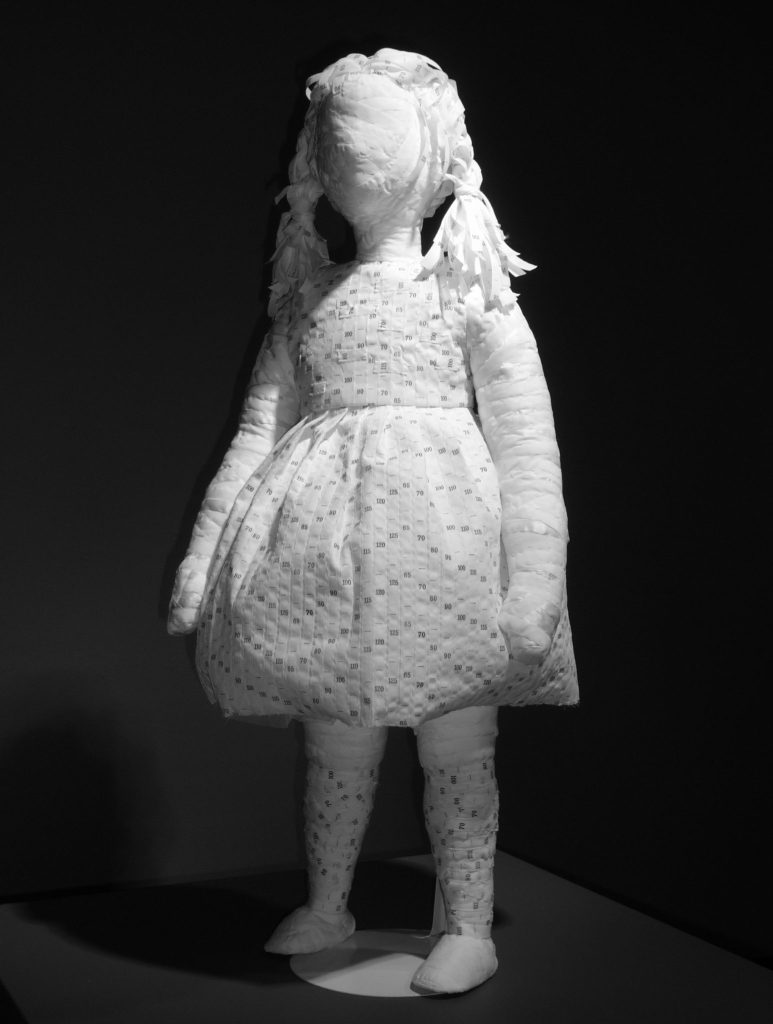 The Girl is Growing, 80 x 30 cm
The Girl is Growing, 80 x 30 cm
The girl is Growing is a work which still hurts because it’s a work that raised from my own fears of an ability to give enough respect and protection to my own girls while they are finding their own personality. This work is executed by sewing size labels on a textile sculpture.
Discuss size and its influence on your work (Frostscape)
For me landscapes are a great place to feel scenography with varying different light. In Frostscape I visualize a winter scenery with frost and cold when there are no colours in nature but light. In one of my co-operations in architecture I had a big wall to cover with something soft, at Oulu University. I found a heat mouldable polyester felt to fill the demands. Earlier I had started to work with the felt itself before moulding. I needle felt synthetic material on felt by hand first, I turned the felt and used the reverse side to get the frozen image.
Frostscape, 340 x 340 cm, Needle felt, heat moulded Ployester, Photo Pete Huggins
Your architectural work is huge explain how this is done and the restrictions you have had to deal with?
My co-operation in architecture started after a study project in UIAH textile design department.
I was picked up while there was going on a project in SARC architects Ltd. for a Finnish pavilion in Expo 2000 World Exhibition in Hannover. In my project I have introduced silkscreen printed glass and it was in a way right timing. This was one of those milestones on my career. When graduating there was a deep depression in Finnish textile industry and most of it was disappeared to Estonia and China. When asked to design a pattern for the face of a house I did not find it very different that designing a pattern for a textile. The size of the house was just some extra to get, the challenge was to make a good repeat in pattern. Actually there were many other interesting things and challenges which have interested me already while studying like light and transparency.
 Faculty of Medicine, University of Oulu, Acoustic Panel, 150 x 150 cm, Photo Teemu Letto
Faculty of Medicine, University of Oulu, Acoustic Panel, 150 x 150 cm, Photo Teemu Letto
I have worked in several architectural projects and each of them have they own restrictions. The work is highly co-operation which is good change as it is so different to working alone in studio. Discussions and technical demands are the boundaries which in the best case is finally leads the project on a result that it is the best we can do for that time and place. My task is to create something that is closely attached to the parameters of the house and accenting the appearance of the building.
Faculty of Medicine, University of Oulu, Acoustic Panel, 150 x 150 cm, Photo Jussi Tiaimer
Discuss your work Siiri from ‘close up’ to ‘from a distance’.
The happy smiling face of a woman, Siiri, is my Grandmother. She represents the last generation of domestic textile culture, when the major part of garments and home textiles where home done. My grandmother used to sew every summer a new summer outfit to me and my sister. It was a very common thing to know how to crochet and granny and her friends for example crocheted large bed covers from a load of small pieces; so that each of them had a one. They shared the pieces and helped each other. I think this was something 'their own room' -thing.
The work of Siiri is crocheted the same way from a lot of pieces using a great pixel size. From near the surface it is abstract from a distance the image gets clearer revealing the face. My idea was to have it possible to install it outside in a facade as well. It is in three pieces the tight crocheted polypropylene cord supports itself. Here we can see what working with architecture lead to.
Siiri, 350 x 350 cm, Crochet, Photo Marte Aas
Contemporary textiles are still outsiders in the fine art world, slowly they are gaining recognition in Fine Art Galleries. Discuss how this is happening in Finland.
I have worked solving functional issues and on the other hand combining material and textile techniques freely. Sometimes it’s problem which runs ahead, sometimes it can be the use of an interesting material. I now have ability to weave, I do see that works done before are weaved too. With modern tools or abstract of weaving.
All my working is to push great textile techniques in life and bring them to a same consideration as a paint in painting or whatever other medium or other forms of art. What is art or not is not the big issue anymore; I think it is the matter of what it does. My working could do maybe the same as Astrid Lindgren's books gave me as a child, a glimpse of a life of a paradise tramp.
Contact details.
Outi Martikainen
outi@outi.info
Outi Martikainen, Finland
Interview by Deborah Blakeley, April, 2016
Massimo Leotardi
Before I ask you questions about your art work can I ask about gourds?
Where did they come from originally?
Gourds are hard-shelled plants, belonging to the squash and pumpkin family. They originate in Africa and South America, where they have been used throughout history as vessels for keeping and transporting water and food and also to make a variety of musical instruments.
Lady of the Lake
Where do you source your gourds from?
Originally I sourced gourds from a farm in Italy, but now my gourd supply comes from an American farm: Amish Gourds, York Pennsylvania, USA.
How do they vary, colour, size, and shape?
There are about six or seven shapes of gourd, which develop naturally as they grow on the vine: bottle shape, banana shape, cannonball, canteen, snake-shape, copper canteen-shape, martin (kettle) shape. The colour of the gourd is dictated by the way the farmers dries them – they are usually dried over six to eight months and when they dry if they are in a hot and dry environment they develop a light honey colour. The drier and hotter it is, the more uniform the honey-colour is, with fewer spots and stains. Ideally, the gourd, which is full of moisture when first picked, should be hung so that all the moisture seeps out with the heat, leaving inside a dry mass. If the gourd is not dried well, it becomes a darker, browner colour. Gourd dimensions range from the size of an egg to 60 cm in diameter.
Explain a little about the history of gourds as an artistic material?
The hard shell of the gourd lends itself perfectly to be either decorated or carved artistically. Archaeologists have found examples of finely carved and decorated 3,000 year old gourds in Peru which were used as soup and drinking bowls. Nowadays gourd art is very popular in North America where gourds are decorated traditionally for their holiday season (covering Halloween, Thanksgiving and Christmas).
When and how did you first start to work with gourds?
I was first inspired to try gourd art after seeing a highly decorated African gourd at the home of my parents’ friends in Italy. It was a big, round gourd decorated with wood burning and ever since I wanted to try my hand at applying my own style to a gourd. I first got the chance to try about seven years ago when I bought some gourds from Italy and I started decorating them with ink and experimenting with wood burning on them. I wanted to achieve a completely original way of decorating them, so over time I developed different techniques.
What is the technique you use?
The techniques I use are linked to my artistic background – my previous job was as an engraver for watermarked banknote paper. My home town in Italy is Fabriano “la citta’ della carta” (the city of paper) where watermark techniques developed in the 12th century.
I applied my technique for chiaroscuro drawing to the wood burner and also the carving and cutting techniques I used before on the watermark mould process transferred fairly easily to carving on the gourd.
The techniques I use now are: wood-burning, carving cut-out and inlay with different materials such as soapstone, crushed seashells or ground copper.
The cut-out is important to create shadows and silhouettes with the light, which make the environment surrounding the gourd more interesting.
Kiss of the Dragon
I like experimenting with new materials that I have not seen used before on gourds, such as leather and rope trim.
For the colour I use acrylic and alcohol-based ink.
As the gourd is a natural product with an irregular shape and surface, you have to be very careful and compensate for the irregularity by making the design appear regular on the surface.
Discuss this using the 9 images from Night Tiger to explain.
In Night Tiger the main feature is a wood-burnt tiger inspired by ancient Indian art. The burner is electric with an incandescent wire which burns the wood, giving a sepia effect on the surface of the gourd. I first drew the image of the tiger on paper and then copied it with a pencil onto the gourd. When I was happy with the pencil image on the gourd, I went over it with a ballpoint pen, before burning the image on with the wood burner.
Night Tiger also has a cut-out design, which in this case is a repetition of the same pattern – to create this I drew the pattern first on plain paper, then transferred this to tracing paper. I then put the tracing paper onto the gourd and rub it, so the image transfers to the gourd (this is another technique I learned in wax engraving for watermarked paper). I then carve out the pattern using a miniature saw blade.
I then did the cut-out design for the inlay and fill it with crushed soapstone. I then sanded this down until it was smooth.
The handle of the lid is also made of carved soapstone to resemble a tiger’s claw. Soapstone is a soft stone which is fairly easy to work with using files.
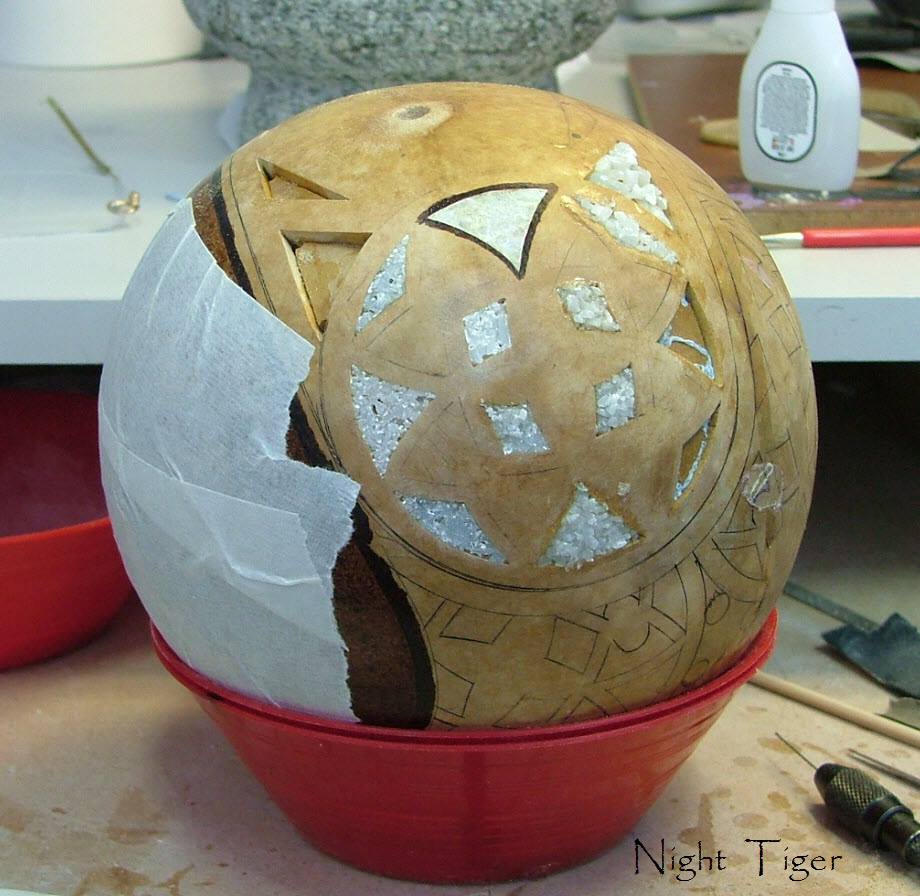 The inside of the dried gourd of Night Tiger was painted in gold acrylic.To finish, I applied a black and white leather trim to the gourd.
The inside of the dried gourd of Night Tiger was painted in gold acrylic.To finish, I applied a black and white leather trim to the gourd.
For a finishing touch, as for all my gourds, I applied a clear varnish (by spray) to the gourd.
What are your personal thoughts on using other cultures as your base, e.g. Asian and even Spanish?
I have always been fascinated by Asian and oriental art and culture and before creating works I do a lot of research into ancients techniques such as Netzuke – this is an ancient Japanese carving technique which was used by Samurai on ivory ornaments to go on their belts.
Discuss your work Pesciolini in Verdigris?
As mentioned before, I always like to experiment with new material. Verdigris, which is the patina which forms on copper over time (which you often see on church domes). This is a very difficult material to use because it is very light in weight, but it gives a very vibrant green colour on the work. To create the pescolini (little fish) I chose 2 banana-shaped gourds whose form lent itself to the fish image.
Take two different lids and their tops and discuss shapes in relationship to the base and design?
On ‘Night Tiger’ and ‘The Right Way to Look at Life’ I studied the natural curvature of the gourd and cut the lid using by first making an incision with the blade and then I insert my miniature saw blade and follow it all around. The shape of the lid follows the natural flow of the gourd’s surface – as the gourd is a natural product I avoid using straight geometrical lines on the lid.
‘Night Tiger’ 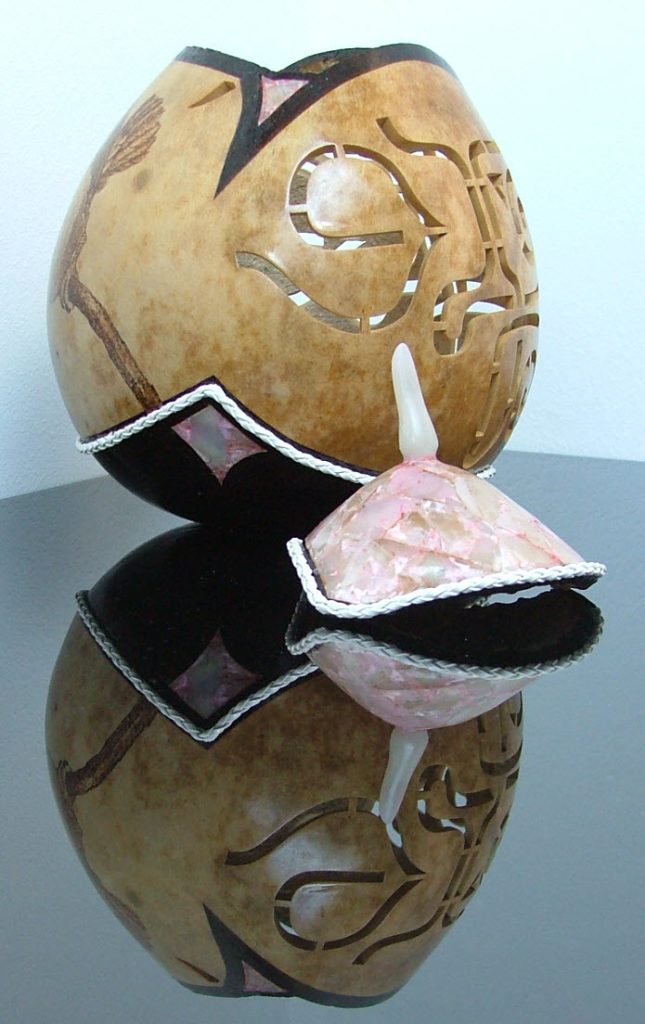 ‘The Right Way to Look at Life’
‘The Right Way to Look at Life’
Expand on how you introduce colour to your work?
I apply colour sparingly to the gourd because I don’t want to invade the natural appearance of the gourd itself – the colour enhances the gourd, rather than dominating it – I don’t want the gourd to just appear like a mechanically-produced vase.
As mentioned above, I use acrylic paint and alcohol-based ink; verdis gris, and naturally coloured soapstone (green, white, reddish-brown).
Discuss the green coloured gourd worked to look like a bird?
This piece is one of my early works, when I was first experimenting with different techniques – the natural shape of the gourd brings to mind a swan with a long neck. (More than anything, this was an exercise when I was defining my style.
How often does the original shape of a gourd present the foundation for a piece?
I like to follow the natural lines and flow which Nature has created within the gourd to complement what Nature has already put there – I see my work as the enhancement of a beautiful natural form. I don’t want to clash with the natural state of the product by making straight lines on it, or making it appear to artificial – I think this would diminish the beauty of the natural object.
The gourd shape guides me in the design and inspires me while I am progressing with the work.
Kissing the Moon
Explain how you sign your work?
I sign my work “M L disegno’” which means “ML drew this” – again this is a throwback to my watermark banknote experience: in old times there was a designer and an engraver for old Italian banknotes, so it was always written on the banknote “So-and-so drew this” for the person who designed it, and also “So-and-so engraved this” which was for the intaglio engraving.
What is both the strength and life expectance of your work?
The gourd itself is fairly robust, and as long as it is treated carefully and not dropped, it should last indefinitely.
Contact details.
Email: massimo.leotardi@gmail.com
Website: www.leotardidesigns.co.uk
Massimo Leotardi, Cheshire, UK
Interview by Deborah Blakeley, April, 2016
Chris Langlois
You have had work in the travelling exhibition, ‘Points of Time’. Discuss some of the issues that you had to contend with due to the travel the paintings would go on.
The ‘Points in Time’ exhibition was a touring survey of works from 2003 to 2013 that was organised and funded by Manly Art Gallery and Museum in New South Wales, and Gippsland Art Gallery in Victoria. It toured for approximately 18 months throughout Queensland, New South Wales and Victoria. We received funding from various Government Arts funding bodies to help finance the exhibition, including funding for the crating and transport of works in between participating regional galleries. I didn’t have much to do with moving the paintings between shows. Curators at each gallery would be responsible for checking the condition of the works, unpacking and preparing them for transport.
Points of Time Lake Macquarie installation
Your comment. “My paintings are more travelled that I am” expand on this?
I really said that out of frustration when curating ‘Points in Time’. I had a ‘hit’ list of works I wanted in the survey, works that I felt illustrated the themes that I had explored. Well it was one thing to go through your catalogue of work and put a show together on paper, but quite the other to physically get your hands on the work and hang it in a gallery. All the paintings had to be located, and a lot of them had been sold and sold again, some we couldn’t find, and some we were initially unable to locate, and then through some strange twist of fate, appeared. More often than not we would find the works in other parts of the world, like in the Mediterranean, New York, a couple in the UK, Switzerland and on and on. Obviously the cost of bringing the paintings back to Australia was prohibitive and disappointingly, could not included in the survey. So after twelve months or so of trying to locate works, in frustration, I said, ‘my paintings are more travelled than I am’.
Points of Time Lake Macquarie installation
Many of your exhibition titles conjure up your landscape work, ‘Close space’, ‘Winter Weather’, ‘Another Place’,’ Land, Sea, and Sky’. Discuss both the titles and your comments on the importance of an exhibitions title.
Ocean_violet_blue_green_No44_2003_183x183cm_Bendigo Art Gallery
A title gives a finished body of work a headstone, and tries to encapsulate the essence of the work, sometimes vaguely or other times more objectively. ‘Close Space’ was a body of work of landscapes that were shrouded, open claustrophobic spaces, I liked the juxtaposition of the two words, ‘Close’ and ‘Space’. ‘Winter Weather’, the works was literally from winter, and it was also a title of a song I liked at the time by Smog. ‘Waterfield’ was a body of abstracted images of landscape through water. I felt there were similarities between these works and the Colour Field movement in the mid 20th century. ‘Fading to Nought’ were very blured images that almost represented nothing, but not quite. ‘Half Light’ paintings between night and day. Music is a huge influence on what I do, and I’ll reflect that in the titles, ‘Darkwood’ by David Darling, ‘Weather Systems’ by Andrew Bird.
You do both Solo and Group exhibitions discuss the pros and cons for both.
Can’t say that there are any cons to either. When it comes to group shows, I enjoy the contact with other artists, its good to be a part of something, to be included. Solo shows are nerve racking, but very rewarding. Most of my time in the studio is preparing for solo shows.
Can you take us through the technical processes your work before you touch a canvas?
Mostly I will have an idea for a body of work, and using photography, I’ll go out to wherever that may be and find images based on those ideas. I sometimes find what I’m after, but quite often, I’ll find something better, or not find what I was after at all. I will then work through the images in my studio, on the computer, and select the ones that have a quality, a painterly quality, refine the composition, colour and print them. Then live with the images that have been printed, pinning them to the wall of the studio. The images I end up painting just stand out, and the rest go into a big box of photos. I use the photo as a starting point, I am not painting the photo, the photo is a reference only.
As your work encompasses large landscapes does your work require large canvases?
Scale is important; doing what I do on a large scale, doesn’t work on a small scale. Space needs space, anything smaller than 3 foot square becomes intimate and the viewer wants/needs to be close to the painting. Larger paintings work both from afar and close up.
How are you restricted by size?
Storage space, my studio walls, the gallery front door and stairs restrict the size of works. I’d love to paint 2x2 meters all the time, but people who collect and buy art don’t have endless space.
Landscape Pipeclay Point, 137 x 137cm
Is all of your work done in your studio?
Sketch,VergesCreek,#7, 15x27cm
There are also paintings that I call sketches, and they are painted outside. They are entirely different to the larger works; intimate to be viewed closely. It’s one way of throwing a spanner in the works, as it is counter to my usual studio practice. Especially as I am used to working in a private and comfortable studio, I find it challenging and difficult to pull off. Working like this is the opposite to using a viewfinder to help compose an image; instead you have all of the landscape in front of you, and you can’t fit it all into a tiny rectangle. The challenge then is dealing with all the challenges of the painting process all at once in a difficult painting environment. However, it forces you to look and study the landscape and after several days of working out of doors I become more aware of the colour and structure in landscape, and that is what I’m looking to take back to the studio.
Glasshouse Region Gallery, installation 2015-16
Some of your resent works have developed following the Australian bushfires, expand on this work?
Darkwood #o9, 183 x 198cm, oil on linen
That was Kosciuszko National Park. It was a couple of years after a major fire had gone through very large areas of the park. Kosciuszko is full of snow gums, and apparently after fire they die right back and grow from the base of the tree. So, it was a very haunting scene, miles after miles of dead bush, black silhouettes against grey deaden skies, viewed through glass and water from a window of a moving car. I was interested in painting these images as they allowed me to play with the real and unreal in the same image. They blur between the literal and abstract back and forth endlessly, at one point being an object and next a blob of pure tone and then back into an object.
Darkwood #21, 137 x 153cm
Comment on your palette of tones and colours, and your use of limited colours?
I like to work tonally, as you say I use a limited palette, mainly complimentary and split complimentary greys, sometimes two complimentary greys or tetrad, my favourite combinations are alizarin crimson/phthalo green and violet/Italian brown-pink, and Ill muck around with warm and cool variations. I use semi transparent layers, and will float cool variations of colour over a warmer base, eg a phthalo blue over an ultramarine blue. You can’t see it in reproductions, but in the flesh, it creates an illusion of depth.
Ocean, green, blue, yellow, #4, 168 x 168cm
Comment on how you mix your paint to achieve the colours you use and the recording to you can make more at a later date?
I mix partly on palette, and I also mix on the canvas. I cover the whole canvas with a very very thin layer turps/linseed and work into that medium, spreading the paint very thinly with large brushes. I should make notes, but I don’t.
Stratocumulas, 137 x 122cm
You work with many Regional Galleries in Australia. Expand on the importance of their role to…
The artists
I think most artist would agree, that it is important to show with and participate in public/ regional galleries, and that it would be one of the major aims being an artist; to be included in a public collection, and to exhibit in curated shows in public/regional galleries. Most Regional galleries have collections, some are themed or collect a particular genre or medium. Curators in regional galleries are doing some of the most exciting shows along with publishing catalogues and books, and in my opinion, for what it is worth is up there with what the state and national galleries are doing.
Weather Systems, Tasman Sea #4, 137 x 122cm
Commercial galleries are important and perform important rolls for the artist, namely selling their work and gaining publicity, but at the end of the day they are commercial institutions and are run accordingly. However public galleries are important to artist as they don’t have the commercial restrictions and are free to show work that might not be seen in a commercial space.
The local community
Regionals show the best of local art to people visiting the region and bring in artists and their work from around Australia and the world for locals in the region to see.
Weather Systems, St Vincent Gulf, #2, 168 x 183
Does your rural New South Wales background have a strong influence on your work?
It did to start with but I don’t think so any more.
‘Of anywhere to nowhere’ is a comment you have made can you expand on this in relation to your work?
There are two ways to approach landscape; scientifically/accurately, or from a personal experience. I approach it from the later, not as a mapable and identifiable place that is somewhere, but a landscape that is anywhere. A landscape that is nowhere that could be somewhere or anywhere. Obscurity is important with what I paint, as soon as you get bogged down in locality details the magic for me is lost, and the viewer gets lost in the artists ability to render a scene accurately. So what I want to bring to the viewer is an experience, a sense of familiarity, a connection between landscape and memory.
Weather Systems, Tasman, #14, 106 x 153
Contact details.
Chris Langlois,
Interview by Deborah Blakeley, April, 2016
Nicole Aquillano
What lead you to leave your former career and take up a full time career in ceramics?
I realized that life was too short to not love what I do everyday! I just knew there was a part of me that would never be satisfied until I gave my passion a shot!
How did you used your childhood home to develop your thesis at Rhode Island School of design?
It was a natural progression coming from 2 years of grad. school, working my butt off making pots! I was constantly inspired by architecture, but using the inspiration abstractly, drawing patterns of lines and dots on my work. Then I had a critique where someone told me to try using what I was referencing more specifically. So I started actually drawing the architecture I was looking at – using my photographs. I’ve always been very connected to my work and using my own photographs I think helps with this connectivity. It’s like a little piece of myself and my past goes on to live within each piece. And I was trying to think of what would really show this the strongest for the thesis show. So I started drawing the place that I felt I had the strongest connection to – my childhood home.
I’ve always been incredibly nostalgic – and around the same time I also developed the runny glaze – and it really just came together. I can remember the head of my department coming in and seeing the first batch of thesis work – and saying – OH! So this is what you’ve been trying to say!
Can you discuss the colour of your work and why blue is so prominent.
I like the idea that my work is a contemporary take on delftware. Growing up I always admired blue and white pottery. It is also kind of bluish-black, and I’ve never really been someone to wear a lot of color, so I think it also has a lot to do with my work being so connected to myself.
Discuss the design of bridges in you ‘Bridge’ collection
Which bridges
I chose bridges from some major cities to expand my reach. I like the idea that referencing specific places helps strengthen that whole idea of connectivity. I am fascinated by the ability of place to define and connect us.
How many more will you add to the collection
Time will tell!
How many have come from requests?
I have done quite a few by request – I love the challenge of drawing something new! I also do custom work for galleries and shops – I love creating exclusive custom collections so that their customers can leave with a reminder of their visit!
Can you explain the on the technique you to create the drawings on your clay?
It is known as mishima – an ancient slip-inlay technique. I do the drawing with a knife and then inlay an underglaze into the clay.
Expand on our comment, “I create a story you can hold in your hand forever”
I use images from my own past experiences – or in the case of custom work, from someone elses. I like thinking of my work as a way to memorialize these memories forever into a tangible work of art.
Explain your studio space and the importance of having artists as neighbours?
It’s a great spot in the city of Boston – Fort Point. It has a great neighborhood feel and I do love running into neighbors and hearing what they are working on, what they have lined up next! It’s a very supportive community and we have open studios twice a year!
Your work is about the need for human connections, discuss.
It’s a basic human need - I like the idea that through making my work I can connect with someone and elicit a memory from their past.
But really my love of memories associated with objects is why I make what I do.
Like many people, I’ve always been a collector - I find it’s a good way to hold onto the past. And I am an incredibly nostalgic person, and am often overcome by the loss we encounter in life…again and again. So for me, each collection of work that I make - using imagery from my past experiences - is a way to create a concrete connection to the past and to satisfy an emotional longing for what once was.
How does your photography collection influence your ceramic work?
I draw inspiration from my past experiences – I like the idea that I can create a tangible reminder of the past. I work from photographs and free hand the image into the wet porcelain clay with a knife. Then I inlay a dark underglaze directly into the clay, fire it once, and then apply a clear glaze, and fire the piece again. The clear glaze pulls the underglaze from the drawing and creates a downward flow; blurring the image to make it look like a faded memory.
You make many custom pieces can you take one or two and give us some insight to the commission and your response (work)?
I love making custom work! I love that I can make someone else’s memories into a tangible reminder of their past. It becomes something they can hold onto, and incorporate into their daily life.
One of my favorite things to draw is someone’s childhood home. Here is the photograph:
Another recent commission was a platter for a local ceramics organization, Mudflat. It was their 45th anniversary – and the husband of the head of the organization commissioned a platter with the building on it, which used to be an old theatre, along with the iconic staircase on the back.
Here is the finished piece, front and back:
Can you explain your signature and the marks you have on each piece and their meaning for the future?
I sign each piece by hand. For custom work I often date the piece or write an inscription if the client requests it – just another reminder of the past, inlayed into a reminder of the past J
Contact details.
nicoleaquillano.com
Nicole Aquillano, Boston, USA
Interview by Deborah Blakeley, April, 2016
Dinah Maxwell-Smith
Colour and light is a signature of your work can you expand on this?
I LOVE colour and light. Colour is wonderful because it sings. There is joy in it. Putting two or more colours together - particularly unusual combinations – gives a painting life. Light is also critical to all of my work, although - as an observer - I find I am often attracted to murky, vague, dark or monochromatic paintings (think fog, moonlight, boggy marshes etc.), but maybe that’s because I can’t do paintings like that. The few times I’ve tried to do monochromatic paintings; I cannot repress the desire to put a spot of red or a blob of periwinkle somewhere. It adds an element of surprise.
F,E,S Striped Ascot, Oil on Linen, 22 x28"
You avoid using black in your work, can you explain how you do this?
It’s a classic Impressionist tenet to avoid black, of course, yet one of my favourite things in both real life and B/W photography is shadow. A deep, dark, impenetrable shadow. I love shadows where you have to really strain and stare to make out the forms within. That being said, I don’t like using black for painting shadows because it destroys a sort of psychological “depth of field” where, for instance, a deep Prussian Blue does not. I avoid black in my painting, too, because I think it deadens the colours around it. It also creates a flat, 2-dimensional quality that detracts from the feeling of the “depth” of the oil paint itself. Flattening out the surface depth makes the resulting work seem more like graphics. It impinges upon the painterly characteristics of the work.
You love to use black and white photographs but paint in colour. Discuss this aspect of your work?
I’ve always been passionately in love with black and white photography. It can be stark and defined or blurry and ill-defined, but what I love is that the lack of colour relieves the viewer of the burden of emotionalism. What’s left is a kind of truth that I feel is impossible with colour photography. Black and white photography can be stark; whereas colour is received - either consciously or unconsciously - with a certain amount of emotive interpretation and is rarely inherently stark. B/W leaves us with something closer to the truth of the message itself. Or a truth, anyway. For the most part with photography, if the photograph is about colour - fine. Otherwise, I find it a bit of a distraction.
Painting, on the other hand, is already another step removed from reality. It’s an interpretation that allows me to play with the colours; juxtapose specific colours. I guess in painting, I am doing the opposite of what I do with B/W photography - I am trying to elicit an emotion or visceral response from the viewer often specifically through colour and only colour.
A Day at the Beach, Oil on Canvas, 24 x 30"
Most of us also “know” - essentially - about the colours around us because we’ve been looking at them most of our lives. I gave a class once where I gave my students a B/W Xerox of a landscape painting by Fairfield Porter and told them to paint it. In colour. What I said was that they knew - in their inner eye, essentially what the landscape should look like. The colour is IN YOU. Of course, they could have painted the field pink and the sky yellow if that’s what they wanted to do - I feel that anything is permissible so long as it works.
You are a keen photographer can you explain how you combine the two photography and painting?
As a photographer, I am essentially telling a story. Quickly. It is often a snapshot of a moment. Timing is very important to me. I am very attuned to gesture, irony, pathos,quirkiness, oddities of the human condition. I like the narrative that reads in an instant and needs no explanation.
Long before digital photography and Photoshop I always tried to photograph exactly what I wanted so there would be no need to crop or modify in the darkroom. My sense of timing was keen enough that I could get action shots without using a motor drive merely by anticipating the action.
Pointer, Oil on Canvas, 11 x 14"
In painting, I “crop” and frame the painting from the outset. My compositions are usually so tight and so specific that any sort of later cropping (for reproduction, for instance) can’t be done without seriously affecting the composition adversely. In both painting and photography my aim is to retain only the elements that are essential to telling the story.
Do you think photography has changed from the initial magic to now the most accessible thing and what we take now against what was taken in the 30’s and 40’s?
Photographers are everywhere!
These days, everyone including the dog, a bucking bronco or a drone, is a photographer. But not everyone is a good photographer!
What’s different today from the photography of the 30s and 40s is point of view. When Cartier-Bresson was photographing there was thought behind it. A purpose. Steichen, Ansel Adams, Dorothea Lang, to name a view, were not just out there, shooting willy-nilly. You can tell what they thought through their photographs. Even commercial photographers like Avedon and Beaton had something in mind. The general population shoots selfies, sites of where they are or have been, their friends, etc. - but there’s precious little thought or intellect involved. They’re out there clicking away, just hoping something will hit. And while the average Joe probably isn’t going to spend a lot of time Photo shopping the pictures they take, Photoshop is also, to me, like a cheat, a way to manipulate the truth. Other than burning and dodging, and cropping, there wasn’t a whole lot of manipulation available to photographers of the 30s and 40s. (Well, Lee Miller and Man Ray using solarisation, but that was for the effect itself.)
Porch Read, Oil on Canvas, 20 x 26"
Your advice is to “Look at museums. See what came before you. It’s an incredible part of your education’ discuss.
Museums provide terrific schooling because, generally you’re looking at the cream of the crop: The best work of its kind available, all under one roof. It’s basically been pre-approved for quality. Aside from what your eyes tell you, you can also get additional information from the museum itself - tour guides, headphones, lectures, books etc.
Historically, artists used to go to museums to copy the masters right there, in situ. They would take their portable field easels and set right up in front of the painting they wanted to copy. It’s an incredible exercise to closely examine a painting to see what exactly that colour is. Or to scrutinize the brushstroke of a painter you admire. Maybe his/her freedom of movement comes from using a wider brush than you would normally use in the same situation. It’s also a great way to study composition. To articulate to yourself why a particular painting works - or doesn’t. What are the elements that you, the viewer/painter can relate to? in your own work? When something does or does not work - why?
For this reason, I learned to go straight to the painting(s) I like, or, at the Metropolitan Museum of Art, for instance, to the American Wing where there are many painters I love. I used to make myself spend time in rooms with 14th century and 15th century art to “educate” myself. I was going through an intellectual exercise that held no interest for me. I realized it was robbing me of time I could have been spending absorbed in American Impressionists. Now I go straight to the American Wing and become steeped in Sargent (my all-time favourite), John White Alexander, Twachtman, Lavery, Dewing, Tarbell, etc.
Painting of fabric in Museums
Fabric. I’m not exactly sure whether you mean painting ON fabric (other than the traditional linen and cotton duck), painting OF fabric (think Sargent, Goya), or designing fabric. I have used fabrics with a design printed on them to paint on, incorporating the fabric design (1930s curtains, dress and upholstery fabrics etc.) into the painting. I used a yellow and green I“ striped cotton sail or upholstery fabric and painted a child at the beach on it. It was almost like the umbrella fabric one would have used at the beach. There was also a period when I was intrigued with using wallpaper as a background and painted on that. The paintings were successful but the pentimenti that showed through from the printing of the wallpaper was distracting, so I stopped. I’ve also done several paintings on floral-printed Japanese rice paper. A lovely medium.
You have known that art was for your since five years old, briefly discuss the journey art has taken you on?
When I was 5 I used to go to an art class at the Museum of Modern Art on Saturdays. By the time I was eight, when I got home from school at 3, I would spend the next four hours (before dinner) making art. Drawings. Very narrative. I did my first oil painting when I was nine (which I still have). My father was an art director and later the art buyer for an advertising agency so he had a lot of art supplies around. When I was ten, one of his colleagues gave me an art director’s adjustable drafting table. I was thrilled. By the time I was thirteen I knew I wanted to go to R.I.S.D. (the Rhode Island School of Design in Providence.) I applied for early admission in my junior year and went.
I majored in painting. When I graduated, I worked for a year or so at Condé Nast (Glamour magazine, Mademoiselle). I wrote an article, which they published, but I found a fashion magazine very confining and way too political for me. After that I got job in the typing pool at an advertising agency and then became one of the first women art directors. But corporate life was not really to my liking either. I thought: Why am I doing this stuff when what I really want to do is paint? So I resigned, earned my living writing free-lance copy for restaurants in New York until I finally got a 1500 s.f. loft on Spring Street during the early days of SoHo. Heaven.
I got my first solo show within the first year and used a postcard with an image for the announcement - which was not really being done yet. It got the critic from the New York Times to review the show. Solo shows were spotty in the first several years, but eventually there began to build a momentum.
How has your work in advertising help you to know what will work with the audience?
What work as an art director in advertising told me about an audience is to keep things simple? Whatever the message is, it shouldn’t be laborious for the viewer to figure it out or so obfuscated that people don’t get the point. The creative person has failed if people remember - and even admire - a print ad or a commercial but can’t remember what the product was! It’s sort of like keeping your eye upon the doughnut and not upon the hole. I also liked the telegraphic tenor of communication in advertising - a no-frills approach.
Two Men, Two Dogs, Oil on Canvas, 24 x 30"
Much of your work has a “Hampton Style” discuss.
"Hamptons Style” just means beach and summer activities: tennis, sitting around pools, in Adirondack chairs, at picnics. I started working from my parents’ photo albums years ago with photos of people on cruises, sitting in deck chairs, playing golf etc. Then started borrowing the albums of my friends’ parents and their grandparents. The photos looked like pre-Ralph Lauren fashion ads. And dogs, of course. Dogs on the beach. Dogs by pools. Dogs in laps, on leashes, playing with other dogs. I love dogs. I love putting them in my paintings.
Three Women, Oil on Canvas, 24 x 30"
I love your work ‘Five Suits’, can you expand on this?
“Five Suits” is one of my favourite paintings. All those men on the beach, looking so serious and egotistically puffed up; they look really silly to me. And then there is the fact that they’re wearing.
Five Suits, Oil on Canvas, 34 x 40"
SUITS - which is what they should be wearing in a city. There’s always a weird reaction to people who are wearing inappropriate or unexpected clothing: suits at the beach, a bikini in the city, jeans at a black tie dinner. There’s an air of mystery about the "Five Suits" situation. They look as though they’re in the middle of a serious confab - but why at the beach? Did they go to the beach so no one would overhear their conversation? And what about the comic-relief character with his brim pushed back?
Why don’t you paint contemporary people?
I find contemporary people pretty inelegant, on the whole.
Beach Read, Oil on Canvas, 16 x 20"
I paint a lot of kids. Kids from the turn of the century (20th) through the 30s and 40s looked like kids. Now they look like miniature adults. The clothing seems hyped. The hair shaved on one side and long on the other... I mean, what is that? I think it’s ugly, that’s what it is. Nose rings, twelve or twenty earrings in an ear, belly-button ornaments, tattoos, accessories that distort and degrade.
In an effort to look different, to stand out, to set themselves apart they all blur into one. They all look alike. Designers used to be known by the cut of their clothes, the look. Now they put the labels all over the outside of the clothing to make sure you know who they are. I find most of it pretty anaesthetic; I guess that’s the main reason. Nike sneakers are just not as pretty as dainty laced boots or 1930s pumps.
Lunch Break, Oil on Canvas, 11 x 14"
What are you currently working on?
I am currently working on several medium (24” x 36”) canvases, some larger canvases and also smaller ones, about 16” x 20”. Figurative, of course. But I also like to veer toward the abstract which sometimes happens when the photograph I’m working from is either seriously over- or underexposed and I can’t see the details. In one painting, I am trying to get a vagueness that is not generally characteristic of my work but it’s just how I envision the painting in my mind’s eye. I want it to be misty. In another, I’m working from a small B/W photo of a little girl sitting on a barn step.
It is extremely high-contrast and the area in front, where her legs and feet are, is totally black. I can see no detail whatsoever. So, for me, since that is part of what appealed to me about the photograph in the first place, the challenge is to keep the dark area but hint at the shape of her legs and feet. And make it work.
I have also been working with some mixed-media images that are quite small (5”x5”) and what I like about them so far is that they almost look like ancient frescoes. But it’s too early to tell, yet, where they are going.
‘Cut loose’ is one of your praises, expand on this in relationship to your own work?
I am a strong advocate of knowing the rules before you try to break them. The basis for describing forms in space - whether figurative or abstract - is draftsman ship.
I feel as though I have a solid background in draftsman ship and I am a figurative and essentially traditional painter. My work is classical in approach, but I also love abstract thinking and when I can attain abstraction in my work, I feel as though I’ve cut loose. I’ve broken the rules - even if they’re only in my own head. I’m torn between the delicious details of both photography and painting, and leaving things loose enough for the viewer to fill in.
I think the difference between a professional painter and an amateur is knowing when to stop. To not over-describe. If I’m undecided about whether or not a painting is finished or needs more work, I just ask myself: Is that all I have to say about it? If so, that’s it! Even if it looks unfinished to someone else, it’s done.
Contact details:
http://www.dinahmaxwellsmith.com
Dinah Maxwell-Smith, Southampton, NY USA
Interview by Deborah Blakeley, March, 2016
Prue MacDougall
Can you expand on your “performing magic” comment in relations to your art?
I work intuitively with my materials, and also from my imagination so that I am not limited by reality. I create situations and ideas that are fed back to me from magical little unreal animals (Chimera) that I have invented. These creatures are so close to their original form that they look realistic, and require a second glance to reveal the magic. Playing with the real and the unreal. Visual magic and magical realism.
Expand on your cross Tasman collaboration between Australia and New Zealand – ‘Thinking of Place’
My role in ToP is the Curator and Co Coordinator for the North Island leg of the travelling exhibition.
My work that is in ToP is called “Landing on Your Feet” a description of the artwork is below:
Here you see a theatrical stage played on the ‘top’ of a World dome with a map of New Zealand on the right. The Southern Cross constellation is one of the striking features of the southern hemisphere sky. To the left hand side is the pointer which directs us connecting the Southern Cross to where the action is. Here you see someone is landing on their feet, travelling from far away hoping for a better future. The Southern Cross is evocative of place or origin to many peoples, appearing on both the Australian and New Zealand national flags. The flying trapeze artist, bearing both flags reminds us of the Empire.
Landing on Your Feet
Your place?
I was one of 15 artists in the North Island Group of Printmakers, there were four groups of Artists, two from Australia and two from New Zealand. The exhibition has 60 artists in total.
What you gained by this particular collaboration?
I became associated with artists that had the same interests as myself. I made close bonds and got involved with something worthwhile. We are planning that this will become a bi annual event.
Tell us about your involvement in SGCI. This year the theme is FLUX - The Edge Yesterday and Tomorrow, and what you will be doing in Portland, Oregon, USA?
The annual Southern Graphics International Conference 2016 is in Portland Oregon this year, which I will travel to. This has been a gradual building of networking of like minded artists. In this year’s FLUX conference, I am involved in two group exhibitions and an open portfolio section.
1) Trans-Dimensional Exhibition with 20 Artists, I am the only New Zealander in this group exhibition. This group was formed from previous 2015 Knoxville SGCI The Constructed Sphere; Sculptural Printmakers who work extra-dimensionally. I will have both a 3D headpiece made from my prints and a 2D print based on the shadows of the 3D piece.
2) Aotearoa Printmakers – Themed portfolio comprising of 14 Artists from New Zealand. We created two works with an edition of 20 for this portfolio. One print within this portfolio is a collaborative work, created by all 14 printmakers in the group. Each artist’s prints their image and passes the print on to the next artist, each adding their printed contribution to the print in response to work done before. The second print in the portfolio is of our own work.
3) Open Portfolio, you take a portfolio of your work for display. This is a great opportunity to discuss/swop and sell your work.
Southern Graphics Open Porfolio Session
Discuss your work in relations with the natural world?
‘Juno’ Etching and screen-print, 40.5 x 28.5 cm (image size) 69 x 50 (paper size)
This print was selected for the 2015 PCA Print Commission.
A great deal of my work comes from the natural world. I purposefully select and edit images from photos I have taken in natural history museums and other serendipitous finds. I like to rearrange nature a little.
Comment on both the use of colour and the technique need to achieve this in The Flurry of Migration.
This is an earlier work of mine. I used a black and white solar plate etching with colour chine colle areas. In this work the coloured bird is a counterpoint to the black and white nature of the whole work.
The Living Unicorn,Hand printed solar plate etching on 280 gsm Fabriano paper,
200 x 250 mm
You don’t always work as a printmaker, expand on your Tiara Series?
With my tiara’s I always use my etched prints, whether they are on paper or feathers. The 2D prints are then re-used in my 3D head pieces. The final 3D work creates opportunities to make magical extensions by recording shadow images cast by strong directional light.
Coronet for HIm
Your work often goes beyond the frame, Life Cycle while the work Galapagos Memento is confined by frame, discuss?
Sometimes the image lends itself to breaking the frame as ‘Life Cycle’ does; an open ended concept. ‘Galapagos Memento’ is a comment on how we collect things and often make specie extinct. The frame is referencing Victorian keepsakes and trophies.
Galapagos Memento
Can you discuss the artistic relationships that you have been able to build through your print making?
Locally:
I am one of the Auckland Regional group representatives for the Print Council of Aotearoa New Zealand. The PCANZ is a national printmaking society which unites printmakers and raises the profile of printmaking throughout New Zealand and internationally. Presently I am the curator of a collaborative print that includes 50 artists from the PCANZ to celebrate the PCA Year of Print 2016.
I have my own studio and I am a member of a small collective of 26 printmakers called the Studio Printmakers. The Studio Printmakers studio tends to be the meeting place for our Auckland printmakers and a place to hold workshops. We need more open access studios in Auckland.
I find Facebook a great way of keeping in contact. We also have a very good website that keeps me informed of local print news. www.nzprintmakers.com
Internationally:
I have some connection made as a result of entering work in different international print competitions. I won one in Melbourne and another in Cadaques, Spain.
Last year I was fortunately enough to be selected as one of the artists to be part of the The Australian Print Council Print Commission. I have attended and been a part of two IMPACT Conferences in Melbourne and Dundee Scotland. I have built up connections by attending and being part of the SGCI Conferences in the USA. Last year I also attended the Eighth Australian Print Symposium in Canberra, Australia. When travelling I like to visit different Studios, for example the East London Printmakers and the Kathy Caraccio Printing Studio in New York. Recently, I had a Canadian printmaker from the Kamloops Printmakers group, Linda Jules, stay with me.
Contact details:
prue.macdougall@slingshot.co.nz
Prue MacDougall
Interview by Deborah Blakeley, March, 2016
James Mackenzie
On completing your degree, you taught, when did you decide to take on painting full time?
While teaching Art and Design in secondary education for 8 years, I continued to paint in my free time and to develop my style.
Since 2011 I have been sharing my work on social media and, as a result, began attracting interest from galleries in London and elsewhere, as well as receiving a lot of positive feedback from art lovers generally, and more commissions were forthcoming.
Desolate Blue 2, Acrylic on canvas, 16" x 12"
At this point I decided to leave education and focus on my own art career full time.
Was it a natural progress?
Yes, I feel the transition from art teacher to full time artist can be a natural step, in particular if you have a background is fine art.
My GCSE and A-Level students were very keen to hear about the projects on which I was working and the pieces which were being exhibited.
A particularly proud moment for me was when one of my A-Level students asked if she could use me as a reference for one of her artist profile studies. I was able to show her my process and work with her to help her to develop work in a similar style.
When did the demands of teaching and painting become unbalanced?
The demands of day to day teaching are high and combined with marking and planning can leave little free time to paint. The increasing interest in my work brought me to the point where I felt I needed to make the ’now or never' decision.
The Lay of the Land, Acrylic on canvas, 48" x 35.5"
What would you recommend to others in this balancing act?
I think that most artists find producing their own artwork to be a relaxing experience and a chance to take one away from day to day stress. Fitting in an hour or so a day working on a private commission or towards an exhibition is therefore generally manageable, and also a welcome distraction, certainly in the early stage of a career.
I definitely feel that if, as an artist, you can get to the point where you are able to devote yourself full time to your work, you should give it a go.
Your studio is in Essex give us some insight into the hours your work demands?
I work daily in my studio and I take a break, only when I am completely satisfied with a specific section. I work in acrylic which is a quick drying medium and I am continually letting the paint find its path… scraping paint off certain areas, adding texture… letting water flow over other parts and as you can imagine this process can get very messy!
I have a quite literally 'hands on’ approach, often discarding the paintbrush completely. I use my forearms on my larger works so I am very often actually up to my elbows in paint.
Discuss the importance of having your own studio space?
I find it absolutely vital to have my own studio space as, when I am painting, I need to have as little distraction as possible.
My paintings seem to form almost organically…I let the paint flow and find the painting through this process and often more paint is being removed from a section than stays on the canvas.
A distraction at a point where I have almost created a section with which I am happy could mean the moment is lost as the paint dries so quickly. This is perfect for my style but means I have to act quickly and make the changes needed at each visit to the canvas.
As well as sky sea and land you paint portraits discuss this in context to ‘A Light Dawns”
Yes, I very much enjoy creating what I describe as my ‘expressive portraits’, some of which depict the extremes of human emotion.
A Light Dawns, Acrylic on canvas, 30" x 21"
I feel that moving between styles and techniques keeps my work fresh and I can range from portraits to landscapes and then to abstract, all with the same pallet in one sitting.
I love to work on multiple canvasses at the same time… a colour tone used for one of my abstract works could be the perfect colour for one of my expressionist portraits or a shadow in a landscape.
For this painting ‘A Light Dawns’ I was keen to experiment with light and dark and with strong contrasts.
The scale of this piece, being life size, is very important as the viewer is face to face with, and able to look directly into, the eyes of the subject.
I am pleased with the composition of this piece and feel that the dark, negative space on the right of the picture, is an important component and adds to the atmosphere.
Many modern UK artists keep going to the sky and sea, is it the natural beauty about you or have you such deep understanding of them through Turner?
I tend to refer to my latest works as ‘Skyscapes’ and these are the paintings about which and in which I feel at my most passionate.
Desolate Blue 4, Acrylic on canvas, 32.5" x 16.5"
In these paintings I always begin with the ‘expressive’ skies, and only when I am satisfied that I have captured the feeling that I am after, will I start to create either the landscape or sea beneath.
The sky then determines the tones of the work and I begin adding contours and colour and, as the piece develops naturally, at this stage it can become either a seascape or a landscape.
I have found that contours, which appear initially to be hills, may change slightly to become crashing waves… the land and the sea have so many similarities.
Desolate Blue 6, Acrylic on canvas, 36" x 24"
I am of course a huge admirer of the work of Turner, who was essentially the first ‘expressionist’ painter and he is one of my greatest sources of inspiration.
Turner’s passion for the sky and sea was so great that he is said to have strapped himself to the mast of ships in order that he could literally ‘experience’ a storm at sea, and try to capture its power.
Many of his skies are notable for their luminosity and sense of movement and, although I haven’t gone to quite the lengths that Turner did, I feel very proud when people have said that in my work I have “set the sky on fire”.
St Oswalds Fire, Acrylic on canvas, 16" x 12"
You completed your training in 2000 The Richard Rogers building was completed in the same year. Discuss the relationship of 2000, place and you the artist
Your current exhibition within this building, and how the atmosphere personally affects you and the work you have produced for this exhibition?
The building which will house my upcoming exhibition was indeed completed in the year in which I also finished my formal artistic training. When I visited Tate Britain in the summer of 2000 and studied Turner’s paintings, the new millennium seemed to be full of creative promise.
Fourteen years earlier Richard Rogers had completed the iconic and even better known building for the Lloyd’s of London insurance market and in the Lloyd’s Register building (the building which now houses Gallery@LR), his highly distinctive use of the glass atrium is again evident.
These atria allow light to penetrate right to the interior of the buildings and in the case of Gallery@LR, helps make it a wonderful space in which to exhibit. To be able to display my paintings, particularly my sea and skyscapes, in such a wonderful building, which is so associated with the sea and maritime trade, is a huge privilege and will I am sure provide the best possible setting.
Since first visiting Gallery@LR I have been inspired by its potential and I have enormously enjoyed producing artwork for such an impressive space.
In this exhibition, I have tried to create a journey through my different styles and build a narrative to help the viewer to understand my work, and I believe that this wonderful space and the extraordinary light will play a very important role in this.
Desolate Blue 1, Acrylic on canvas, 12" x 9.5"
Can you take us through the five stages of St Oswald and how you work technically?
I am so glad that you wanted to talk about the stages of the creation of St Oswald’s Fire.
I really enjoyed uploading the stage by stage progression of my work to my Twitter followers. It is wonderful to have instant feedback on the work and to be able to interact with people who feel as passionate about art as I do, and to see their ‘real-time’ comments can be inspirational.
This painting is one piece that, from its inception, I intended to create as a seascape…rather than it ‘organically’ becoming a landscape or a seascape depending on the flow of paint.
In the first of the stages of creation, which, for this painting, I shared with my Twitter followers, I aim to create a feeling of movement in the sky, and also in this particular painting, the sea.
St Oswalds Fire, Acrylic on canvas, 16" x 12"
Stage 1
St Oswalds Fire, Acrylic on canvas, 16" x 12"
Stage 3
The next stage involved the adding of the basic sunset tones to quite a wide area of the canvas and in the third stage I shared pictures of the adding of the deeper tones and also some refinements to the painting.
By stage 4 I am trying to create a sense of depth and a clearer horizon line where detail is diminished and colour fades.
St Oswalds Fire, Acrylic on canvas, 16" x 12"
Stage 4
In the final stage, the tone and contrast are enhanced and the final finishing touches and made to the fine details.
St Oswalds Fire, Acrylic on canvas, 16" x 12"
Stage 5
You said’ “My new ‘natural’ and quiet spontaneous painting style allows my subconscious to take hold and I am able to create land / seascapes which previously existed only as memory.” Expand on this statement.
Yes, I am very passionate about the style in which I am currently working.
As I mentioned earlier in the interview, I always begin with the sky in these new works. I find that the sky dictates the atmosphere of the painting and the rest just seems to follow.
I have a good visual memory of landscapes, which I have seen or encountered and a good understanding of the technical challenges of landscape painting, and these attributes mean that I can create landscapes or seascapes organically, that is to say without too much preparatory thought, as the paint flows over the canvas.
I almost let the paint guide me, and then I change parts as the concept takes shape, often with more paint being removed from the canvas than staying on it.
If an area ‘works’ it stays… if not it is removed or altered. Each stage needs to be created reasonably quickly because as I have said, acrylic with water dries quickly and this fast drying process works perfectly in this style of painting.
I also mentioned earlier that I don’t want brush marks on my work so I have taken to using my hands and even forearms to blend and add colour tones.
Some of the images are clearly from memory or recollection of places seen or experienced, but many seem to form right in front of me.
Contact details.
http://www.mackenzieart.co.uk/
james@mackenzieart.co.uk
James Mackenzie, Chelmsford, Essex, England
Interview by Deborah Blakeley, March, 2016
Lorenzo Chinnici
In 1974, I met David Kent during our group exhibition in London. We immediately click and bound. Over the years, we had lost contact. It was by pure coincidence that my son met David Kent’s son in London. If you believe in fate, this is one of the good surprise life offers. Or maybe it was written that we would reunite.In a London pub, my son Francesco was commenting an artwork with his friends when someone joined in the conversation; it was William Kent. After a while, Francesco and William discovered that they were the sons of two painters who had exhibited together four decades ago. The sons became friends like the fathers, and decided to set up one exhibition in Milan and one in London: “Synergy of Sons”.
In the excitement of the preparation of the shows, I immediately went to work in my studio and started painting again. The effect of “Synergy of Sons” was like a catalyst; I am preparing a major event in Lecco (lake close to Milan) for the summer 2016. I regain such energy.
Discuss one work from ‘Synergy of Sons’ – Pesoadori – fishermen #6?
The artwork Pescatori 6 (Fishermen 6) is one of the paintings that describe my work best.
Five Fishermen, Oil on Canvas, 90 x 130 cm
My fascination of the human labour comes from my childhood memories. Since then, I paint the psyche of the figure. I want to show the hard light, the strength of the physical labour, and the energy of those fishermen. It’s a very hard and necessary work to sustain a family. I want to underline the hope for a better day, the nature, the freedom to express all our inhibitions and ourselves. This painting encompasses all the elements that characterize me: the light and the darkness, the happiness and melancholy, the strength and the fear, the hope and the resignation.
Expand on yet another coincidence and your mutual donation to the RNIB- Royal Institute of the Blind, London and their help with this exhibition?
Since I have been suffering from maculopaty (a condition which affects sigh), like David Kent (Glaucoma); we both have decided to donate to the two national associations of the Blinds in Italy and in the UK. We collaborated with both institutes to raise awareness and support their cause.
At the same time, I collaborated with YoungMi Lamine from The House of The Artists (THoTA), a charity based in London that represents and supports the Artists and the Creatives in the world. THoTA helped me a lot to promote the exhibition. Hundreds of guests from Europe came to the private viewing.
Discuss the effects of your loose of sight and the effect it is having on your work?
As a visual artist, sight is the worst sense an artist could loose. The idea to become blind is hard but hopefully I can rely on my family and my love of creating art to keep strong.
Of course, I noticed that my paintings have changed. However, I fully embrace my new style; it’s almost like the impression and the vibrations of a scenery, it became much more poetic.
Many great artists have help you develop you career. Take one and discuss how he influenced your art?
Michelangelo Merisi, called "Caravaggio" influenced me a lot. The force expressed in his figures, the deep and profound colours have always provoked insightful emotions. I have always admired Caravaggio’s compositions; the manner he staged drama by directing our attention on specific areas: a hand, a foot or a portion of a body. He mastered the “chiaroscuro” (clair-obscur), which keeps the viewer in suspense. Caravaggio inspired me a lot; you can find the same force and contrast in my paintings.
Many artists have assisted you, how have you helped the next generation of artists?
I had the great chance to work with established artists when I started. I know that when you have the chance to be successful, it’s really normal to share and give back to the community. Moreover, I contributed to inspire the next generation, as I was also an Art and Design lecturer. I engaged my students to know the techniques first, then visualised art through their own filter. Once equipped, I pushed them to test new hypothesis to finally discover their true self.
You capture the life of local fishermen discuss.
I grew up in Sicily. This island offers pure and un-sophisticated beauty, its light, its warmth, its vivid colours surrounded by the Mediterranean sea. When you are a keen observer of the nature and its inhabitants, you can only fall in love with it.
Fishermen, Oil on Canvas, 70 x 120 cm
I paint Sicily with two distinctive sides of it. The landscape, which offers infinite beauty and peace, contrasts a lot the hard life of the people living there. Being a fisherman is a very hard job. They are fighting the natural elements and their works involve a lot of repetitive workmanship, which induces resignation and fatigue. The fisherman are physically strong and emotionally weak at the same time.
Your work has a biblical feel, even your modern day paintings discuss?
You are right, being a Christian; the study of the Bible had a lot of influences on my art.
I reconnect religious images from the past that interact with a more synthesized representation of my own faith.
I think that the past has had significant impact on whom we are today. I like to leave some food for thoughts and to everyone’s appreciation of the world we live in. And therefore, the figure, even in group, remains in silence and in solitude almost being afraid to face the reality.
You also do work of local women at work and children at play, discuss both?
My wife was a teacher in a kindergarten and I used to often visit her. I noticed the air of joy and the genuine happiness on all these children’s faces. This candid joy contrasts with the daily life of a Sicilian women usually filled by shores such as the preparation of the tomatoes, the olive and the grape harvest. All those snapshots relate to my memories of Sicily, its rhythm and seasons; its life.
The Laundresses, Oil-on-canvas, 100 x 120cm
You bring the outside in through murals expand using ‘The Relatives”
I have always liked the large surface of a wall; it is big enough to portray some happiest moments of my childhood with my relatives. It is like having a family picture but larger.
The relatives, varnish acrylic on wall, 40 x 400 cm
The commission?
This mural is located in my villa in Sicily. As I paint from my personal experience, I wanted a personal mural in my home because it represents dear memories with my family. Every time, I recall I see it, I cherish that period of my life.
The placement of each person and the composition within the work?
In the mural, the women are predominant. It’s a typical portrait of the matriarchal Sicilian family style.
It’s a typical afternoon when we used to play cards in the garden. The family members are dressed well, that indicates that it was a Sunday after masses.
In the foreground with her arms on her hips, there is my cousin Giuseppina , my aunt Anna and aunt Nina. The side facing the viewer find my aunt Maria. In the middle, my mother, Felicia, and her husband with the white hat, cousin Salvatore, the old woman standing on the right is my “Tindara” grandmother and the man with beret is my uncle Nino.
We think of murals in churches especially Italian Churches as work from the past. Can you expand on the two murals you have done in Churches also about the commission?
The Crucifixion, Varnish acrylic on wall 450 x 1040 cm
In Sicily, there is still a huge appreciation of the tradition and therefore, I was commissioned to create various murals. I presented a few sketches and the priests were confident in my abilities to paint the passion of the Christ. The murals are from two different churches but the second murals emphasise the turmoil of the Christ during the agony, and the Virgin Mary at the base of the cross.
Saint Andrea's Church, Varnish acrylic on wall, 500 x 700cm
Many of your large works are done on scaffolds, explain?
Working on a large scale
Working in difficult spaces
Those artworks are very challenging but I like painting huge artworks. The surface to be painted is around 100 square meters with huge ceilings.
In order to reach those heights, a scaffolding structure is a must. The rigid structure is usually not facilitating the viewing of the space, so you need a scaffold that can be easily moved with different levels to see the entire ceiling.
Some of the disadvantages of this type of work?
To work on scaffolds require some agility, basic H&S security and physical strength. I used to paint for 10-12 hrs per day and my flexibility in restraint space was put to the test. One day, I tripped over and my wife, who was there, ran to cushion the fall. She was in hospital for three months and the priest waited her recovery to open the church.
On an artistic point of view, the challenge working on non-plane surface is the distortion. You have to keep the proportion of each figure by creating a geometric grid.
Expand on the importance of “Place” in your work?
The importance of “Place” is my island that I paint from personal memories. I love my country and all my paintings tell a story about Sicily. The antagonist side of Sicily comes from my childhood. When I was five years old, my dad left. And at the same time, all Europe was recovering after WWII.
Life was hard, people worked hard, people were poor but there was no other choice than surviving in this picturesque serene solitary landscape.
Contact details.
Lorenzo Chinnici, Sicily, Italy
info@lorenzochinnici.com
www.lorenzochinnici.com
Interview by Deborah Blakeley, March, 2016
Louise Saxton
You do not see your work as textile art, rather Mixed Media Assemblage can you expand on this?
I describe myself as an “assemblage artist”, as my work is assembled from countless textiles fragments held together by delicate lace-pins. I also assemble other materials such as paper and found ceramics. Unlike traditional “textile artists” I do not make the materials myself, but rather rescue and reconstruct the handwork of others. I was trained as a painter and printmaker and now, with all the materials I use, the work embraces both art and craft traditions and references both painting and sculpture.
Feint Heart 2015 after Adrian Feint 1944,
Reclaimed needle work, lace pins, nylon tulle, 210 x 185 cm, Photo Gavin Hansford.
Can you expand on the way you use old embroidery in your assemblage?
My process is painstaking and involves collecting, sorting, cutting, colour coding and pinning the embroidery and lace, extracted from domestic table linens. I often re-interpret historical paintings using the textile fragments and for this, I first project the original image onto a ‘membrane’ of bridal tulle, which is pinned taut to my studio wall. I create an outline with large dressmaker pins and then, drawing from my pre-cut boxes of coloured motifs, I pin, unpin and repin until the picture is complete - much like a painter who lays down one colour, scrapes away, then lays down another colour.
Louise Saxton in her studio with Feint Heart 2015
Where do you source your collection?
My first large pieces of embroidery were collected during a visit to India in 1988, but the main source, over the past decade has come from charity shops and flea markets – at home and also whenever I am travelling. It has been a wonderful treasure hunt!
I am also fortunate, now that my work has more recognition, to be given several quite large family, or heirloom collections. These have mostly come from complete strangers in Australia, France, Canada and New Zealand. I also have two sisters and several close friends who have collected for me over the years. One friend from China gave me her own, largely antique, silk embroidery collection, which was incredibly generous and very unique! Occasionally, if I’m looking for something very specific I turn to the Internet to acquire pieces, but this is a much more expensive type of treasure hunt!
Palette of reclaimed needle work colour coded and ready for pinning
I personally love the word “disinherited” rather than discarded, discuss the important of this single word in the whole approach of your work.
I feel that both terms are important in reference to my materials. The word discarded is appropriate as many pieces end up in the charity shops or flea markets because they are no longer valued or useful to the person who owns them or their family. Sadly, some people have told me of collections that were taken to the rubbish tip, because no one valued them enough to even donate them! And disinherited is appropriate, and is somehow a more loaded or powerful word, because it is associated with personal loss – when family members decide their mother’s or grandmother’s needlework, which was made and/or treasured by her, is no longer important to the family’s sense of themselves without that person. I can now also add the term bequeathed to my lexicon, because the families who give them, value the items too much to see them dispersed through the charity shops and markets. They are looking for a new custodian.
How sensitive are you in the process of reconstruction. If and when do you say no to a particular piece of embroidery, and save it?
I believe I am cherishing and honouring the needleworkers in my process, even though it means destroying their original function objects.
Heirloom needlework from France
It is rare that I buy or am given something I will not take my scissors to. In fact, it’s often the case that the more exquisite something is, the itchier my cutting fingers are! I have friends who’ve given me something saying, “but you are not going to cut it up are you?” and I’ve also been referred to by some traditional needle workers as an “embroidery vandal”. I recently extracted four exquisite sprays of red roses, which my mother embroidered 50 years ago and while she made this piece with such love and care, I wanted her handwork memorialised in a work of art, more than I wanted to cherish the original functional object. Having said that, I do own two pieces I am reluctant to cut-up – one is an antique lace handkerchief given to me when I visited Paris in 2010 (at the beginning of my “textile odyssey”) and the other is an Australiana doily, which commemorates the opening of the Sydney Harbour Bridge. I grew up in Sydney and my father walked across it as a young man, with hundreds of others!
Two inspirational pieces in Louise’s collection that she may never give up – vintage Australiana doiley commemoration the opening of the Sydney Harbour Bridge and an antique lace handkerchief from Paris
Discuss your comment “I see the needlework as kind of an endangered species”
Since proposing a major body of work titled “Sanctuary” in 2010 for exhibition at Heide Museum of Modern Art in 2012, I have thought of discarded and disinherited needlework as an endangered species. This is because the material I mostly use is everyday needlework, made in and for the home, which is now culturally redundant. The traditions, from which the art and craft of domestic needlework come, are hundreds of years old and were always passed down through the generations. While there is a revival of interest in craft traditions at the moment, domestic needlework, particularly in western culture, will never be made in the same way again and so, in that sense, it is in danger of disappearing. I have noticed a significant dwindling of supply of the raw materials in the charity shops in the decade that I have been working primarily with needlework. This is also why I draw a link between the disappearing traditions of home and species in the natural world, through reinterpreting historical paintings of birds, insects and flowers – which are also in danger from climate change and encroachment on habitat.
Flaming Flamingo, 2011, after John James Audubon 1838, Reclaimed needlework, lace pins, nylon tulle, 116 x 98 cms,
Photo Gavin Hansford
Expand on the excitement of allowing beauty from the past to be given a completely new modern life?
After a decade working almost exclusively with salvaged textiles, I keep returning to it for its uniqueness as an art material. The beauty, colour, variety and precision of the original handwork (embroidery and lace) keeps me entranced, and sometimes I feel as if the women who made each piece are with me in the studio. That may sound odd, but I do feel at times that I am a custodian of these materials. For as long as I’m able, I need to keep them alive, by transforming the functional objects of the past into art.
Desnuda y Flores, 2015, after Diego Rivera 1944,
Reclaimed needlework, antique lace doileys, lace and bead pins, nylon tulle, silk,
142 x 122cm, Photo Gavin Hansford
Discuss the importance of your residency in Mexico to your current work?
Apart from the opportunity for uninterrupted creative time, the month-long residency allowed me to briefly experience a culture that still has a living, albeit fragile tradition of embroidery. Mexico is renowned for its needlework and other centuries-old artisan traditions. The residency is situated on Lake Chapala, the largest fresh-water lake in Mexico and in an exquisitely beautiful region. The program was supported by fabulous hosts and a community of art lovers and through those contacts, I was able to source unique floral embroidery. On my return to Australia, this embroidery was incorporated into a major work, “Desnuda y Flores” (aka Frida) inspired by a Diego Rivera painting, which was the centre piece of my recent exhibition WILD at Gould Galleries. I have always found residencies to be deeply beneficial, both creatively and personally and 360 Xochi Quetzal Residency was no exception!
Ellis’ Paradise 2011 after Ellis Rowan 1917
Reclaimed needlework, lace pins, nylon tulle, silk, 142 x 99 cm, Photo Gavin Hansford
You use the work of historical artists including some notable women to as your starting point, discuss.
I turn to historical paintings by artists from the 16th – 20th century for inspiration and these have included people such as Maria Sybilla Merian, Elizabeth Gould and Ellis Rowan. I do this in order to draw a link between the domestic archives of home (embroidery and lace etc.) and the public archive of the museum and library, where many of the paintings that inspire me, are hidden away. I choose images that I find powerful, both visually and in terms of how I think they will translate into the medium of textiles. I am also interested in the anonymous or little known hand, which lies behind the famous and the well known (such as Elizabeth Gould, the wife of and painter for John Gould, the famous ornithologist and Lucy Audubon, the wife and business partner of John James Audubon). This interest in under-acknowledged forces in the creation of art, also links to my interest in the anonymous hand of the needle worker, whose painstaking and lovingly made objects I am reconstructing.
Black Prince 2011 after Louise Anne Meredith 1850
Reclaimed needle work, lace pins, nylon tulle, 97 x 73cm, Photo Gavin Hansford
Discuss the use of the fine bridal tulle as your background canvas.
Bridal tulle was ‘discovered’ by me more than a decade ago, to be the perfect medium upon which to hold countless textile fragments and pins. It is deceptively strong, so can withstand pinning on-masse and it is delightfully transparent – originally I created large installations from 3 metre swathes of the tulle attached directly to the gallery wall, upon which the embroidered motifs were pinned. The tulle had a delightful effect of being there, and at the same time, not being there.
Pins:
How do you use them in your final work?
When I first began using needlework and tulle, the pins were a temporary way of mapping out the work. I used a vintage sewing machine to stitch down a whole body of work, which were fantasy insects, but since 2009 I have used only pins to secure my work – whether sculptural or framed works. The pins have become an integral part of most of my assemblage works. Being metal, they add a material element and they add a visual element, as the gold and silver catches the light.
Non rusting brass lace pins with antique lace handkerchief and embroidery scissors
Discuss the importance of the historical value of the pin to your current work?
The pins in my work, which are countless, also reference pain – the painstaking traditions of needlework and of my own process; the actual pain of a pinprick and, the existential pain of knowing that all things pass away. And the history of the development of the pin is in itself fascinating. Originally an expensive commodity, pins were used to hold complex costumes together and one pin took something like 18 different processes to make. During the industrial revolution, the division of labour meant that the ‘pointers’ who ground the head of the pin, (in the semi-dark so they could see the point forming) had the most onerous and well-paid job. Consequently they inhaled thousands of tiny metal shards, which embedded in their lungs causing a fatal lung disease known as “pointer’s rot”. Needless to say they died an untimely death. I am often reminded of this gruesome element of the pins history when I encounter the sharp end of a pin!
Take Flora and expand on the process you have used to make this work?
Partum Floralia (aka Flora) reinterprets a portion of a painting of the Goddess Flora, by Giuseppe Arcimboldo, 1590. It was my goal for some years, to reinterpret one of Arcimboldo’s “composite” paintings and his portrait depicting flesh and clothing, hair and insects in lush flowers entranced me. The painstaking nature of my process and the detail of the original painting only allowed me to reinterpret a section of the original. I applied the same process I use for all my works, which closely reinterpret historical paintings – by projecting the original image; pinning the outline and then drawing from my palette of pre-cut needlework, I “paint with the textile remnants”. The work is made on a taut membrane of tulle pinned to my studio wall and uses stainless steel and brass lace pins. I also used a beading pin and a Swarovski crystal bead for each of the 250 individual raised flowers in the white fur collar! Once completed, the work is backed with silk and Vlisofix to secure the pins from behind and then for framing it is attached to museum board and foam core, using beading pins. This is a relatively small work at only 62 x 62 cm, but it’s huge in terms of the painstaking labour and time taken to bring it to life – to honour Arcimboldo’s original painting of the Goddess Flora.
Partum Foralia 2015 after Giuseppe Arcimboldo c 1590
Reclaimed needlework, lace pins, Swarovski crystal beads, beading pins, nylon tulle, vintage velvet, 62 x 62cm
Your work is also 3D discuss how this has evolved?
The shift from relief wall-work assemblage to more 3-dimensional sculptures has occurred over a number of years, beginning with more experimental smaller objects, such as a group of bird’s nests constructed from milliner’s straw. The largest of my sculptural works, Let the Jungle In 2013 was created from a 1.5 metre tall bamboo birdcage, designed to hold canaries, which I found in a Chinese emporium in Melbourne.
Struck by the object’s elegance and its innate sculptural qualities I began imagining transforming it from a cage into a nest - on a grand scale.I have also experimented with combining my textile objects with other mediums such as glass, in a small series of “pods” for my recent exhibition WILD, at Gould Galleries in 2015.
Let the Jungle In, 2013 detail
Reclaimed needlework, lace pins, nylon tulle, bamboo birdcage, copper wire, wool carpet, 150 x 50cm, photo Gavin Hansford
You have recently had a work experience student. Discuss the value of this to both yourself and the student?
I think this was an interesting experience for us both and particularly beneficial to the student from the local high school, who was on placement in the studio for five days. As an arts student she was interested in working in a creative industry and because of my past connections with the school (my son was a student there) she was put in touch with me. I devised a program, which would hopefully be interesting and fun for her (and also for me) which, involved assisting me in studio 'production' and some time on her own work. We also spent a day visiting exhibitions at the National Gallery of Victoria and several commercial galleries in the city and a day shopping for art materials in local charity shops. Emma also helped me with the production of the crystal-beaded white flowers for Partum Floralia (aka Flora).
Studio worktable with reclaimed needlework, journal, image of Giuseppe Arcimboldo’s 1590 painting of Flora Meretrix, the Goddess of sensuality and abundance
Contact details.
Louise Saxton, Melbourne, Australia
Louise Saxton is represented in Australia by Gould Galleries, http://www.gouldgalleries.com
Interview by Deborah Blakeley, February, 2016
Bridget Davies
You have been involved in fashion discuss this in relation to your series ‘What to Wear when Walking the Dog’.
My collection ‘What to Wear When walking the Dogs’ is all about wearing elegant impracticable outfits. Dog walking involves a lot of foot work, and quite often muddy parks or fields, and I think there is something quite fun about wearing whatever you would like despite this. Be this in a lovely elegant leopard print coat, or even a ball gown, these ladies steal the show!
Anthea and Albert, Watercolour ink, 34 x 35cm
How many are there in this series, is it on going?
I have no idea! It’s been going a while and they sell well and are fun to paint so I will keep going. I am thinking of trying a related but slightly different subject matter at some point… black cats!
How do you make a decision on the number within a series?
I don’t. I either run out of ideas or need a break, or I just carry on painting.
Can you explain how one series or painting has lead you to the next?
The Big Night Out series is ongoing and is about parties, dress and flirting. I usually work with comments that I have head or from real life experiences.
In Their Little Black Dresses, Watercolour ink, 37 x 36cm
You have mixed art and fashion completely in limited edition silk scarves. Expand on how this union came about from the idea to packaging and sales?
I collect vintage silk scarves and have always wanted to design and produce my own collection of these.
Using favourite images from my original art. Open edition silk scarfs, are digitally printed and beautifully hand hemmed in the UK.
All scarves come wrapped in black tissue and are presented in a hand painted gift box - The perfect gift!
Silk Scarf - Rose
Discuss composition using 2 or 3 paintings?
If you hang out with Dave you’ll get all the art girls, Acrylic ink and gold leaf, 68 x68cm
‘If you hang out with Dave you’ll get all the art girls’ is one of my current favourites. This was based on a comment my friend made about someone he spent time with at university. It also happens that my dad is called Dave and my mum is an artist… so the painting was born! I don’t really know about the composition. This one is a triangle format, as are some of the ‘Walking the Dogs’ such as ‘Anthea and Albert’. I try not to be scared of space. It can be a tempting to paint on all areas of the paper but sometimes less is more and I have to pull the reins on myself.
Expand on the importance of Art Fairs, Galleries and high end shops to your work and sales?
Artist led art fairs have been of fundamental importance to moving forward in my career, both for expanding my business and gaining exposure. I have two publishers, two London agents, who take my work to fairs abroad, and make a decent amount of sales from exhibiting work at these. They are time consuming and very hard work but if the fair has a good footfall and is in a popular accessible location they can do wonders…. and are fun!
My favourite artist lead fair is called The Other Art Fair (and they have just started a new fair in Sydney)
http://www.theotherartfair.com
Lipstick and Nail Polish, Watercolour ink and 22ct moon gold leaf, 45 x 45cm
In your fashion work you go back to the 50’s explain how influential this period has been to fashion and you personally?
That classic ageless beauty expressed by the fashions of the time holds a fascination for me, managing to be refined and elegant but with its own uniquely flirtatious undercurrent. The fashion illustrators of that period have always been a major influence on me, although so are many of the fashion artists and illustrators working today. Truth be told, my favourite fashion purchases are usually vintage pieces from that period.
Red Flower Hat, Watercolour ink, 22ct gold leaf,43 x34cm
Can you discuss your groupings of found objects?
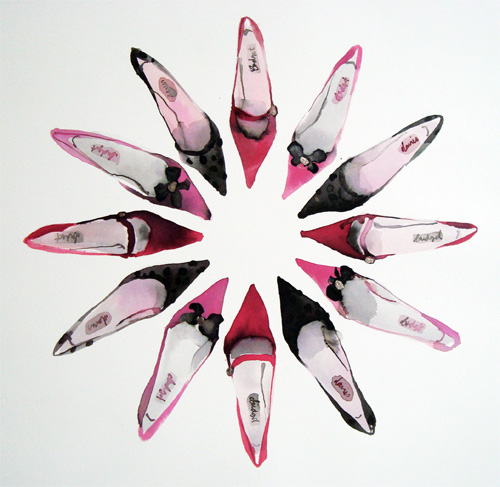
Circle of Evening Shoes, watercolour ink 22crt champagne gold leaf, 43 x 43cm
There is no particular reason. They make interesting patterns, be it symmetrical or not. There always seems to be a natural balance that evolves with the asymmetrical ones.
Teatime Circle
‘Place’, is very evident in your work – London is a key element discuss.
Royalty is also a very strong part of your work, discuss the process of painting “Red Crown”.
Tower Bridge Handbag
Firstly I was asked to produce the fashion paintings with a royal theme for a large department store in London, to be sold as prints during the two events. I got a little carried away with the theme and the architecture! I love London!
Titles for your work add that extra sparkle, you often use a play on words, for example ‘The Royal Courts’, expand on this.
The Royal Courts
The paintings, such as the ones in The Big Night Out series, quite often start with the title and I go from there. It varies how I name the others. I do like to play with words but am not really sure how it happens.
Contact details.
Bridget Davies
me@bridgetdaviesart.co.uk
www.bridgetdaviesart.co.uk
Interview by Deborah Blakeley, February, 2016
Lucy Vader
How do you fit all that you do in, building design, painting and sculpture? Or is the only slow time when you have to rest your leg after breaking your ankle?
I consider myself to be rather lazy but most probably I'm not. I feel dreadfully guilty when doing nothing. I have quite specific moments of great productivity. Whilst I do procrastinate sometimes, it's only because there's a greater sense that if I leap in too quickly I won't have let the fullness of my intentions percolate properly yet. It can take some contemplating before the avalanche begins.
I work out how much time to allocate to each of my responsibilities. Sometimes I will commit three days a week to design and buildings, and four days a week to painting, other weeks I will break the days into three-hour slots, switching from design to painting. The sweet spot of each day is between 2.30pm and 5pm. Odd but that's the exact time of day where it all starts to flow. My preference is to only paint, to be honest.
As my broken ankle heals I'm starting to hobble around the studio. To date it's been too difficult, but now I'm doing a strange hopping and painting routine. It's good to be back in the saddle!
Can you expand on your sheep paintings?
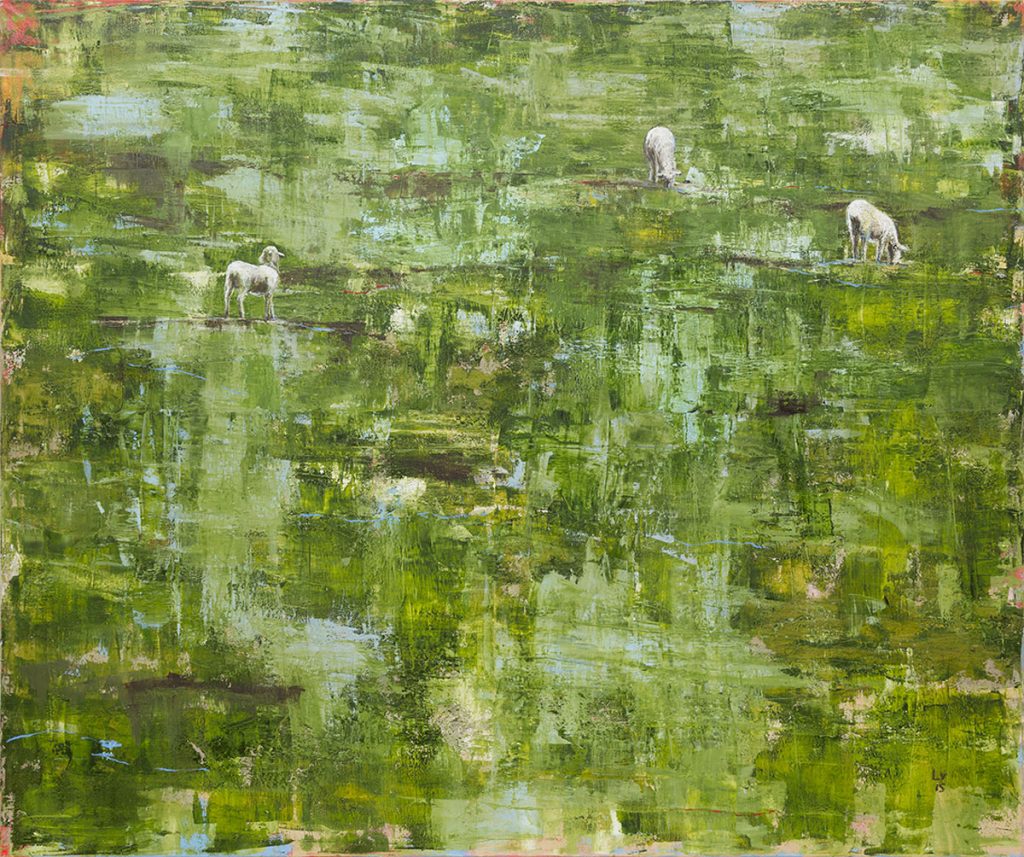 Let's Play Again in that Field, Oil on Canvas
Let's Play Again in that Field, Oil on Canvas
I began painting sheep intuitively - first of all though they were imposed on me, by a sculpture commission in 2010 that included some sheep. From there I gravitated toward representing them in my paintings. As their meaning unfolds for me I am learning about my relationship to Australia, myself, my history, and the notion of character and identity.
As they found their form on my canvases I found the form pleasing, quite non-confrontational, yet meaningful. They began in my final year at National Art School - much to the chagrin of the general vibe for minimalist and non-reprentation my teachers seemed to go for. I persisted.
There are of course many underlying relevancies that can be applied to the representation of sheep in art, including Austraia's cultural and economic history, and my own. It is a very Australian image that I have been expanding in my work, yet look closer and it is so very un-Australian. Could one select a less suitable animal to commence the economy of a new nation on?! On my recent trip to New Zealand, the unsuitability of sheep to Australia is highlighted by contrast. There, such perfectly Scottish and sheeplike terrain, and they fondly tell me that they laugh at Australia's rather skew-whiff choices; here so terribly wrong. And yet! As testament to both the stoic character of both sheep and the rural colonial Australian, here they, we, still are. In Australian paddocks the sheep, in their all-season woolies and during unpredictable weathers, have bitten grass down to nubs and paddocks down to gravel, but they survive, and so do we. It's an alien marriage in a foreign land that somehow works in spite of the glaring obstacles.
The solitary sheep is a theme that appears in some of my works and on a psycho-analytical level may represent something of my relationship to the world. Then I add an extra sheep in, some companionship, avoiding a direct gaze to the viewer, then some more, socially together, but still languid and contained within themselves, non-confrontational. Then full-on up close and exuding humanity, and still self-contained. Their interpretation is available to the individual and is not for me to impose too didactically.
The physical form of the sheep, once I commenced my continuing interest in painting them, is one I like depicting. Following on from the famously intensive life drawing that is key to National Art School, the undulating curves seemed to follow! Perhaps from there I progressed to my other representative theme, skyscapes - sheep in the sky?!
Discuss your work, “I will love your forever” and how this one came to be?
Portraits like I will love you forever are part of my desire to move the lens of the gaze inward and outward from my figurative subjects. The distant figure in the field becomes a close up individual. The humanity in their eyes and demeanour is something that happens outside of my control, when the painting takes over and I'm a vehicle. How did it come to be? Who knows! This is the curious thing about painting for me. I am one of those artists who lets the canvas dictate the direction, rather than have me impose my will upon it.
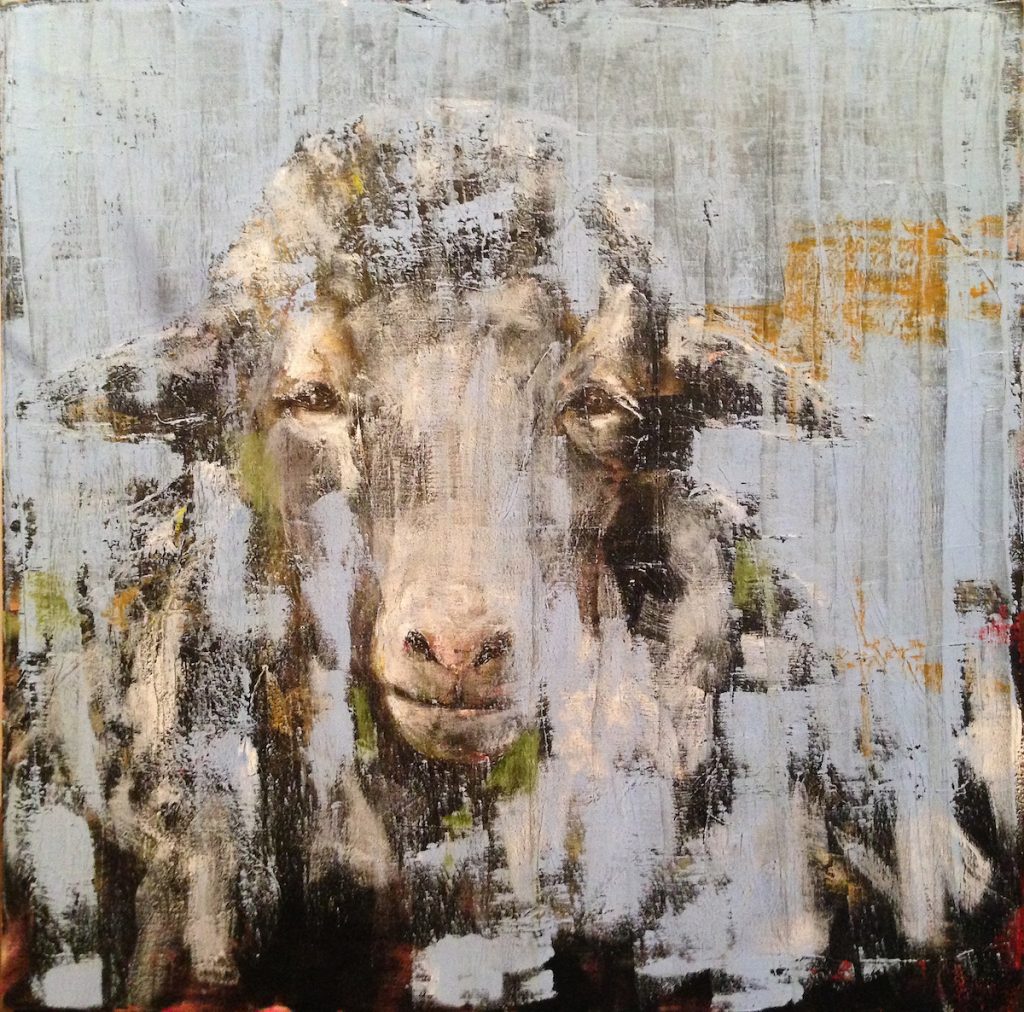 I Will Love You Forever, Oil on Canvas
I Will Love You Forever, Oil on Canvas
It's good to completely dismiss any negative stereotype about sheep, ie, herd mentality, or being followers. These, when studying sheep behaviour, are excellent characteristics, and are part of a dynamic social structure that includes protection, strong social values, stoicism, and great love for each other. Observing the care of the lambs in the flock is a beautiful thing, and their nightly concerns of survival mean daily vigilance from their intrinsically passive and non-violent natures.
I think something of these worthy values is captured in the painting "I will love you forever".
Discuss the contrast of colour in your work?
Colour is of course really important to me. It is key to the sense of destruction and order that I move backwards and forwards in, over the course of producing a work.
I traumatise canvases into quite a state of visual disruption, all with colour. Then my challenge is to calm the entire scene into something less active.
I find the resulting work of my rather explosive colour appears more realistic to life than if one were to paint, say, brown for a brown table, green for green grass, white for clouds, etc. I like that our brains think we see specific colours, when in fact a broad and somewhat holographic spectrum of illusion plays out before our eyes. Colour pops and contrasts are critical to me for a completed work, in the way they vibrate and contrast to the colours surrounding.
I can understand the connection with sheep and cattle but where do the deer come in?
The deer are those who graze and run wild on the Upper Hunter, and are considered a pest (so not!). So they appear in my work as one of the animals in the landscape around me.
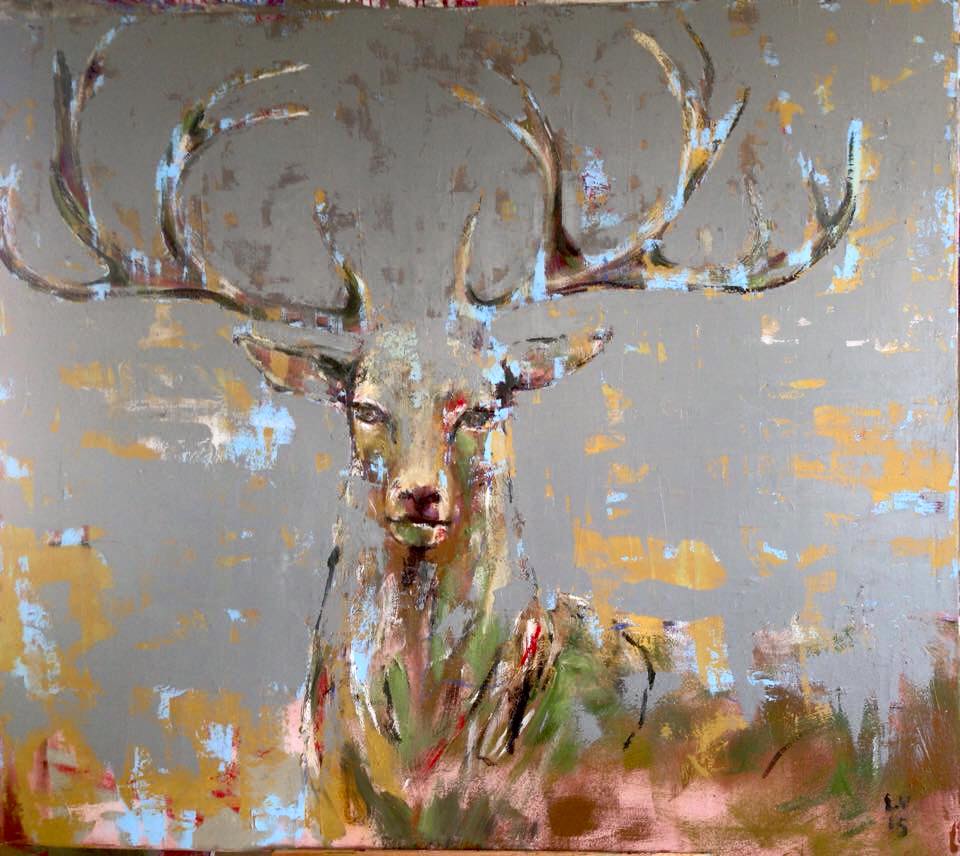
Listen Carefully, Oil on Canvas
My choice to paint them is once again, in part, an attraction to painting form: the curves of the antlers are irresistible and I love pondering their almost universal allure as I work on paintings of them. Is it the Fibonacci sequence unfurling in those shapes? Perhaps, but all I know is they bring so much visual delight. And then of course I go and destroy it all with brutal paint scrapes. This is part of the process for me: a worry about "completion", a preference for destruction, and a certain disgust for the perfect.
Your work comes in various sizes discuss this issue and how you decide?
Size is a funny one in art. Proportions I find unbelievably important. One proportion I deeply loathe, strangely enough, is the golden mean.
Large is my preferred scale, so as to completely immerse myself into the experience of the painting. And very small is also appealing, for the gem-like quality, and how the scale of the brush stroke can effect the composition. Sometimes I will do a small study and wonder how I can achieve the same on a grand scale without having a brush half a foot wide.
You make such a lovely but simple comment, “I love to see my works in happy homes” can you expand on this?
Ultimately in my work I'm looking to find the feeling, to elevate and uplift, or to elicit a deep and positive response from the depiction of the relatively mundane. I want more joy, frankly.
I take works home and live with them sometimes in order to see how they work subconsciously. And if they can elevate me obliquely, I want to think that other people can be uplifted too, to find the poetry in a passing glance.
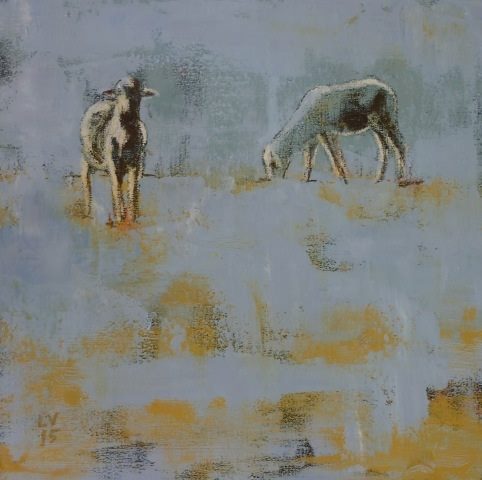
Together Again, Oil on Canvas
You have three studio spaces expand on how each space stimulates your work?
Before now, where I have three rural locations to paint, I had a studio in a dirty and very masculine windowless warehouse in Botany, in Sydney's industrial "messy room". I somewhat miss this sort of grubby enclosed space, because it was something of a Plato's cave for me, onto which I projected a vision of bucolic loveliness.
Now I live in bucolic loveliness and am surrounded by so much beauty it kind of makes me sick, you know? Far northern NSW is intensely fertile and green, and was where I grew up. The impossible variations of green is everywhere I look, canopied by deep water logged
purple grey clouds, and split with reaching pretty blue skies. It pervade
s my senses. It hurts sometimes. I have two studios up there.
My other studio continues to be on a sheep farm on the flanks of the Liverpool Plains and is deeply inspiring always. The farm is subject entirely to the whim of the weather. Sometimes each step across the grass is a crunching reminder of the cruel moment the landscape is holding up under, and sometimes the creeks gush forth deep clear water and the paddocks thrive green and pretend they've never seen suffering.
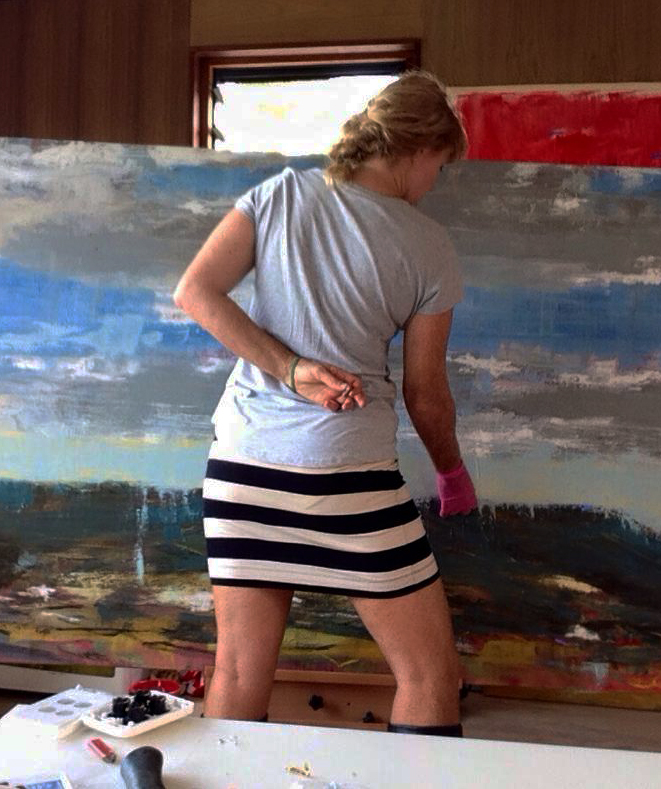
Beyond the white painted fence surrounds, an array of animals graze, ranging from stud bulls, stud rams, ewes and lambs, and of course wallabies, foxes, wild pigs, galahs and cockatoos.
How do you store your ideas, sketchbooks, photographs, or memory?
Memory plays an important role in my landscapes. I prefer to not look at photographs or preliminary sketches in my paintings, instead allowing an intuitive memory to unfold into the paintwork.
Sketchbooks are very important to me for keeping the hand moving, and keeping the intelligence in the fingers. National Art School reall knows what it's doing by including a strong drawing vein through every year of the degree. Drawing unfortunately isn't like riding a bike, and the hand and eye must be kept active. I mostly draw animals in my sketchbooks, and the sketchbooks scatter my life: beside the bed, in the car, in the studios, etc.
Photos are critical for animals and inspirational scenes to spring from or be reminded of.
Your painting technique, discuss how you actually use your hand, large brushes in your work?
I don't know if I have a painting technique. I once said that I sort of stress the canvas into a state, quite a state, almost traumatise it, until it's an overly "active" mess of composition. Then, like a macabre god, soothe the scene into one of tranquil harmony.
I use a range of marks, or techniques, but nothing strict. Broad large brushes, oil sticks and scrapers are my tools.
You recently had an exhibition at Michael Reid’s Gallery how did you come by the title – ‘Weather Dependent’?
All of my paintings, at least in my mind, whether or not it's obvious to viewers, refer to predominant weather systems and current weather events. My psyche and inspiration is tuned to the weather and my landscapes and animals are a response to it.
Australia's rural animal and agricultural community since settlement has been afflicted by the harsh turns of drought and flood that this county's weather likes to turn on. I want my works to be good omens, to assist the farmers' needs, when they can't shake their fist the sky. I love rain, and its interaction with the landscape. I was distraught during the 12 year drought that ended (sadly not everywhere) in about 2011, and reborn when great floods drained down from Queensland and all the way to Lake Ayre. I painted a number of flood / sheep paintings during that time.
Now my works are ascending ever more to the skies, and my recent exhibition referred to that.
Discuss the importance of country to your work?
I think country is pretty important to my work, but not critical. I'm looking to impart my subconscious response onto the canvas, feeling my way into an identification to something, which so far has tended to reveal itself in landscape and animal depiction. But is it a specific scene I am painting? No I don't think so. I'm looking for an emotional response of recognition, letting my work play out in front of me and allowing the land to reveal itself to me.
While not identically pickable landscape scenes, they are very much Australian scenes, and to me have the pull of that spiritual connection.
As an Australian my generations have been here since the early days of the colony, and as descendants or new arrivals who are not indigenous, we are all feeling our way to a closer and deeper relationship to the landscape in which we dwell.
Contact details.
Michael Reid Gallery tel 02 8353 3500
Lucy Vader
Interview by Deborah Blakeley, February, 2016
Shirley Cresswell
Discuss ‘Dinghies’ and why they inspire your art so much?
I have spent my life from an early age going to the beach.... Algies Bay north of Auckland,NZ. The first boat I can remember being in was my father’s fishing dinghy. As children we also had a small green dinghy in which I learnt to row and had many hours of fun in. Progressing to small sailing yachts and then to fizz boats. To this day I still spend a lot of time on the water with the family fishing or enjoying water-sports.
To me a dinghy or boat tells a story, an adventure or two. Lots of fun family times. It is hard to find old wooden dinghies these days, as many are fibreglass and plstic or aluminium. The classic old wooden dinghy is becoming a thing of the past. A piece of craftsmanship in their own right and a thing of beauty. I love to see the cracked paint, old ropes and the simple beauty of the water reflections or sand surrounding the boats.
A Story to Tell, 76 x 101cm, Acrylic on boxed canvas
I try to interpret them to be the main focus of the painting, accentuating shadows which gives the boat depth and a 3Dimensional effect.
Describe the technique you use in acrylics to capture your realism on canvas?
I use mostly Atelier Interactive acrylic paints, Golden heavy body and Golden liquid.
I use a wet palette. This I find invaluable as my colours stay usable for a couple of days while working on a large painting. I also use plain old water and recently Pebeo medium to keep my paints wet.
To capture realism it is important for me to choose the right subject that suits my style. Realism results in using clear lines, perfect perspective and use of light and dark to create shadows.
A painting such as a beach scene I always start with the sky and work my way down the painting. The colours I use in the sky I also use in the water. This creates a natural and real scene. I try not to over colour my work and this also helps keep my paintings more real I think.
I apply many layers working from dark to light to achieve a finished result.
Solitude, 61 x 121cm, Acrylic on boxed canvas
Discuss place in relationship to your work? (perhaps using Boatshed Bay)
All my paintings are from places I have been. Often on a day out with my family boating. Boatshed Bay is a beautiful painting which I did from a photo I took before heading out on Lake Tarawera (Rotorua) for a picnic. At the time it was early morning and there was a sea fog down low onto the water. I decided to keep the grey look to the sky, accentuating the trees and the boats nestled amongst them.
Boatshed Bay 91 x 91cm, Acrylic on boxed canvas
So many of your paintings take in the ‘edge’ The boardwalk, Nagapipi Boat Sheds the Dunes, discuss?
I suppose many of my paintings take in the “edge” between land and sea. I love the effect of water and how a scene can lead you into a painting. The feeling that you can walk down the pathway into the painting I have created. Or look across the water to the boatsheds in the distance.
Ngapipi Boat Sheds 24 x 120cm, Acrylic on boxed canvas
How do you work? Plein Air, from photographs, sketchbooks and studio?
I work from my studio at our home in Hamilton. My husband and I spend many hours walking down beach pathways or scouting for old boats and jetties. Then we take hundreds of photos which I then spend time cropping and deciding if there is a painting that I can see in them that would suit my style and give that real effect.
Anchored, 76 x 101cm, Acrylic on boxed canvas
Expand on your subtle use of colour in your work? (Red and Yellow. Anchored)
I like to use subtle colours and keep the painting real. Often keeping a fairly limited palette. Then as in anchored I might bring in a brighter colour into the ropes. I spend many a time just looking at the sky and thinking about what colours I see. To paint real often you need to just look at the colours in the photo and not think about what you are looking at. This means you paint what you actually see without confusing yourself with the fact that it is a boat etc. I used to print my photo reference onto a piece of paper A3 size. This helped to create the correct colour paleete as I could then use a piece of white paper to line up next to my picture to check what colours I should be using. These days I am fortunate to just see colours and have the freedom and confidence to apply them and not worry if I have them perfect.
Red and Yellow, 51 x 91cm, Acrylic on boxed canvas
I try and tie a certain colour into various parts of the painting. AS mentioned the sky colours into the sea and also often the shadows in the sand.
Discuss your Egg work – Dune Eggcursion.
Inspiration: I was challenged to try and create a scene around a 3 dimensional egg that also incorporated my style and look for a fundraising event for our national childrens hospital called The Whittakers Big Egg Hunt. My inspiration was our beautiful beaches in NZ. I decided to keep my horizon going around the whole egg and have to beach scens that merged into the next. I decided to do one of the scenes a sand dune walkway that took you into the scene and the other a beach scene where you looked across the dunes to the ocean. This incorporated the 2 types of beach scenes forms that I do. Each was a different beach with One being Omaha Beach, North Auckland looking out to Little Barrier. The other Waihi Beach looking towards Mayor Island in the Coromandel. I envisioned that the egg could be on a motorised stand and be rotating to see both scenes.
Technique:
The egg was supplied by the event organisers and was made out of fibreglass. I then undercoated it and lightly sanded the egg. MY paints were supplied by Resene Paints, just normal house paints. This was a challenge for me as they were a different consistency to my normal paints. I still used a wet palette with them but it wasn’t as effective as usual. Like all of my paintings I painted on my plan outline and tried to tie in the 2 scenes together using grasses to join. I worked from the top down sky, sea and then the sand and grasses.
This egg was designed to be displayed inside or outside due to using the Resene paints. So once finished and cured I took it to a car painter friend of ours who lacquered it so it was finished with a lovely gloss shine.
Social impact of the work:
The finished egg looked amazing. The response incredible. The egg raised over $5000 for Starship Hospital which was wonderful. People from NZ and all over the world enjoyed seeing the scene made so much more incredible as you could walk around it and enjoy it from every angle. It was just a feel good painting that celebrated our beautiful beached and way of life in NZ.
Will there be more or a similar idea?
Since painting this egg I have thought about what I could do the next time I am asked to create one. I believe the next big egg hunt will be 2017. Exciting and a challenge to come up with a new idea in the future.
Explain the process you take to extend your work to limited edition prints.
As a painting takes a couple of weeks from start to finish I decided to introduce quality prints of my work. It is a bit of a process to decide what sort of prints and find a quality printer. It is important to find someone you can work with as there is a lot of going backwards and forward to get colours correct. All of my work is professionally photographed and matched to the original painting prior to being signed and varnished. The large image of the painting is then sent to the printer to produce the print. I only have a selection of prints available at anytime.
The Board Walk, 76 x 101cm, Acrylic on boxed canvas
It is important to keep accurate documentation and have a fail safe numbering system to keep track of them. I keep a journal with a picture of the painting, the year painted and then numbering. For each print I then document which gallery it is at, or if it has sold etc. I have 3 types of prints. Small canvas prints, archival large canvas prints and giclee prints on fine art paper that are then framed.
Number to each edition
I keep my editions limited to either 15, 30 and a few that are of 100.
Keeping them small means that there is not a huge amount of them on the market and keeps them special I think.
Quality
For me it was important to ensure that the quality is the best that I could get. I feel that I have achieved this and am thrilled how the prints look so much like my original work.
Size The largest prints I have done to date are 1.2m long. I do keep a varied amount of sizes so that customers have a choice of size,
The Dunes, 61 x 150cm, Acrylic on boxed canvas
The reasons behind your choice of a particular work?
Often a particular print starts off when clients request a print when they see an original. If they are unable to afford the original the print gives them another option of having a piece of my work. I try and have a selection of dinghies and beach scenes available. Also prints that have been incredibly time consuming detailed pieces such as Ngapipi Road Boatsheds.
Contact details.www.shirleycresswell.com
www.facebook.com/ShirleyCresswellArtist
Shirley Cresswell, Hamilton, NZ
Interview by Deborah Blakeley, Febuary, 2016
Susannah Blaxill
Composition and cropping is very important to your work can you expand on this?
Red Onion on Vellum, 177 x 164mm, Watercolour over pencil on Vellum
Expand on composition with group compositions Group of Pumpkins and Pine Cap Mushrooms?
After looking at all the mushrooms I had purchased for the painting “Group of Brown Mushrooms”, I found it so hard to decide on one subject so decided to paint three that were all similar also very different. I always love subjects from the same “family” that have noticeable difference because it is the differences between the mushrooms that make a group subject much more interesting. The shapes of each mushroom were different as were the colours, and it was this that I noticed first. In the painting of the “Group of Pumpkins”, I was fascinated first by the stalks and tendrils, and then I grouped together pumpkins of different colours, with the heaviest subject at the back, and the lighter colours nestled around the base of the dark green subject. The colours had a creamy quality to them and had such interesting form. As often the subjects float as I felt that shadows would create a visual distraction.
Group of Pumpkins, 380 x 630mm, Watercolour
You take the obvious and create wonder, discuss this in relationship to one or two of your vegetable paintings?
Nothing could really be more ordinary than a single beetroot with its leaves,that is until you have looked at it with a painters’ eye. To me it is neither ordinary, unremarkable nor obvious and I love this subject to paint.
Beetroot 480 x 640mm, Watercolour
I see in it a glorious small world of vibrant colour, movement and form. The extraordinary leaves give a wonderful fluid counterbalance to the woody and gnarled root. For me, painting beetroot is a wonderful exploration of creativity. I am unable to completely leave the colours alone and enjoy so much being able to add more pigment, change the colour bias, create even darker shadows, or bathe parts of the subject in light. I try to do this with all my work if possible. Another subject that I have happy painting memories of is the humble cabbage, which has for centuries been a favourite of painters, despite its limited culinary popularity. In the “Unfinished Cabbage” painting, you can see from the underlying incomplete washes the wonderful range of expressive colours in all the leaves. It would be so easy to ignore these as being too laborious to paint, but it is this gamut of colours that makes the subject so rich, and lifts it out of the “ordinary”. In all my painting endeavours I try very hard to create works that viewers will want to come back to, to view again. Nothing it seems is really ordinary at all.
You now live in the Southern Highlands of NSW, your work is international, discuss briefly how this has happened?
For many years I lived in England, but my country of origin is Australia where my family are and where I was brought up. While in England, I planted a garden in a rather unpromising sandy and very windy field in Norfolk. Knowing little about plants I steeped myself in gardening literature and one of the spin offs of growing all sorts of plants, both flowers and vegetables was that I had time to examine them all in great detail. I had always drawn on and off through my school years but stopped when I embarked on tertiary education. As my gardening and drawing interests became my focus, I began to draw full time. Painting soon followed and then work was accepted into exhibitions in the UK. This was followed by further work and solo exhibitions. My career was thus established in London and I took part in other exhibitions around the world. Where I lived in the world was not really an issue career-wise as long as I continued to accept commissions from abroad and also take part in international exhibitions outside Australia.
Botanical art has changed recently to being art not just a scientific record, discuss.
I find it difficult to know where the actual boundary is between art and illustration, and in most of the workshops that I teach, this discussion always arises. Personally, I feel that I am more of an artist than an illustrator as my interest lies in an expressive approach to everything I draw or paint. I also wonder whether the genre of Botanical Art or Illustration is becoming more popular as many believe. If it has become so, it is because of the focus that has been given to notable private collections, the most important being the Shirley Sherwood collection.
Aged Mushrooms, 130 200mm, Watercolour
When we first corresponded you needed me to wait as you were preparing work for the UK. Can you expand on the differences between the UK and the Australian markets?
There are definite differences between the markets here in Australia, and those in the UK and America, and I believe it is to do with two things. The first is that Australia has a small population when compared to the UK and Europe, and so quite simply there are fewer customers for a specific niche market such as Botanical Art. The second important difference is that the Australian market has no real history of Botanical Art as a genre, whereas in Europe, the history of Botanical is a long and distinguished one. Much of my work over the years has come from abroad but I am delighted to be able to say that the Australian component of my commissioned work is growing each year..
You have a long history with the Kew Gardens discuss this relationship?
I have had a long History with Kew but mostly through my work with Dr Shirley Sherwood, who began purchasing my work at the beginning of my painting career. Dr Sherwood was asked by the gallery who represented me for my first solo show in London to look at my work to assess whether it was sound. She travelled up from Kew, gave the paintings a tick of approval, bought before the exhibition opened and we have had a very happy relationship ever since. I was offered an exhibition at Kew but unfortunately at that time was unable to take up the offer. I do have work in the Kew Collection and my work within the Shirley Sherwood collection appears on show when they fit within the chosen framework for the planned exhibition.
You teach between March and April each year. Can you explain the course you present and the way you work through it with the students?
I enjoy my teaching, and aim to equip students with techniques that they can then take home to practice. I have found over the years that it is more important to give students information and skills that they can build on rather than attempting to encourage them to produce finished paintings. Finished paintings take a long time to produce, and I may only address one or two techniques. It is better for students to be introduced to a range of new techniques. Mostly I teach exercises but it is hard not to address composition at the same time. Sometimes the exercise produces the most startlingly successful small works of art and this is a coup for the student. Even though the student is being taught, much of what is learnt is by trial and error. The errors interestingly are perhaps the best teachers. Demonstration is critical to the students understanding and I do a lot of this. I keep my classes very small – 4 to 6 students only so that there is plenty of time for questions and revision. Although we work quite slowly, I feel it is important that if a student is not having success then the drawing or painting can be put aside without fuss and we move on to something else and try something slightly differently. For all artists it is important to see failure as just a pointer to what needs to be focused on and I believe that as a teacher, students are best lead with a gentle and kind approach but one that is also honest and to the point.
Expand on the way you paint plants in all their life cycles – buds to dying flowers?
Because I am not really a Botanical Illustrator whose work often represents the full life cycle of the plant, I tend to focus on what interests me. Often there are aspects of the life cycle in some of my works, for example in the Camelia painting “Star Above Star”, I have shown both buds and flowers, but generally, this is not what I focus on. I suppose I focus on particular parts of the life cycle rather than wishing to depict each part in one painting.
Camelia “Star above Star” 740 x 510mm, Watercolour and Gouache
Tell about your thoughts on ‘perfection’ and ‘imperfection’ in your work?
For me, it is a massive challenge to paint something that is perfect. I had a commission recently to paint “The Perfect Onion”. I tried to negotiate for some imperfection, but it was the perfection that was the whole point of the commission. It was a very taxing job, as I had to be so careful to get the painting exactly as the subject was in front of my eyes. It is really a challenge to make the perfect subject interesting and it made me realise how much I depended on imperfections in natural subjects to bring the work alive.
Sprouting Onion, 220 x 220mm.
You also draw the skin of plants. Discuss this in relationship to ‘Onion Skin’.
I think that drawing and painting onion skin gives me more pleasure than almost anything else. This is because my mind has to be absolutely focused to be able to do it well. The trick is in seeing the colours where they are and recording exactly that. As the painting progresses it is possible to embellish the colours so as to achieve a hyper realism. This is a great challenge, but one worth attempting as at the end of the day being so focused means that my mind is nowhere else except with the painting – a form of mindfulness meditation I believe, that yields great pleasure. I have also explored onion skin in black and white as I had wondered if it were possible to create the “weightlessness” of onion skin in Charcoal. This was a real challenge and was exciting to execute.
Brown Onion 810 x 610mm Charcoal
Expand on your use of charcoal in your art?
I have a great love for black and white drawings and photographs. I began to use charcoal when searching for a greater depth in my work. Charcoal gives me the means to create dense rich blacks. I am also interested in the nuances of working with charcoal, and really enjoy the contrast between the charcoal and the white paper. It has taken me some time to understand the medium, and progress is always slower if you are self- taught as I was. Every step forward is a new discovery.
Nature produces colour combinations some of these are such a huge surprise can you tell of several of these very interesting finds?
Perhaps the painting of the Gymea Lily best answers this question. Over the years I have seen so many paintings of the Gymea Lily, a very statuesque plant, sometimes with a massive head of flowers. I received a commission to paint it, and was somewhat alarmed as it was to be such a large work in watercolour that would take me over half a year to complete. The colours were fascinating and the more I looked at the subject the more I realised that if I played with the colours, I could make a very interesting painting. As most painters know, green is not just a mix of yellow and blue, and nor is purple a mixture of pink and blue. Rather, the colour field for the Gymea lily seemed to be much more like a rainbow. The brighter the natural light, the more vibrant were the colours. It was an absolute joy to paint as I had so much to play with – very unusual colours were placed side by side, and the greater the differences between the colours, the more interesting the contrasts became.
How difficult do you find buying fruit and vegetables without seeing them all as potential models?
Generally, I shop for the household at great speed, so don’t really stop to gaze. I do however make many specific trips to my local vegetable shops and markets to buy subjects for painting. Generally, the generic vegetable shop will sell only perfect fruit and vegetables, and as I am really after subjects that are not perfect, I need to think and shop very deliberately. The organic produce shops are the best and more like the produce from a vegetable garden. Sometimes, I grow what I need to paint, but this does take some planning on several fronts to ensure that I have the subject when I need it.
You do watercolour on both black and white backgrounds how do you decide?
Oriental Mushrooms, 280 x 245mm, Watercolour and Gouache
Soon after I began painting, I became interested in the work that I had seen at the Fitzwilliam Museum in Cambridge of the artists of the Dietzsch family who painted in the Nineteenth Century. I realised that it was possible to make subjects more vibrant if they were set against a black background. When I worked like this in the early days of my career, I chose subjects to explore in this way that already had strong colours, for example the Red Endive and the Ageing Mushrooms. Later, I painted softer subjects such as the Camelia “Star Above Star” and the Oriental Mushrooms. These paintings take almost twice as long for me to execute as work on white backgrounds. I enjoy painting in this way, but as the work is very intense, I try to break it up with the next work being on a white background, or perhaps doing a graphite work.
Red Endive, 190 x 250mm, Watercolour and Gouache
Discuss the imperfection of the leaves in Victoria Pear and the beauty of the final piece?
As the fruit on the pear tree ripened, the leaves were beginning to die – an interesting contrast between the two. I often think of portraits of people when I am considering what to paint. To depict in art the richness of an older face with all the signs of age is so much more interesting than the perfection of the skin of a super model. It is the same with plants – the dying leaves of the pear tree gives the artist so much more scope to explore the ravages of time. So to depict the leaves as I have done is a journey for me through the later life of the plant.
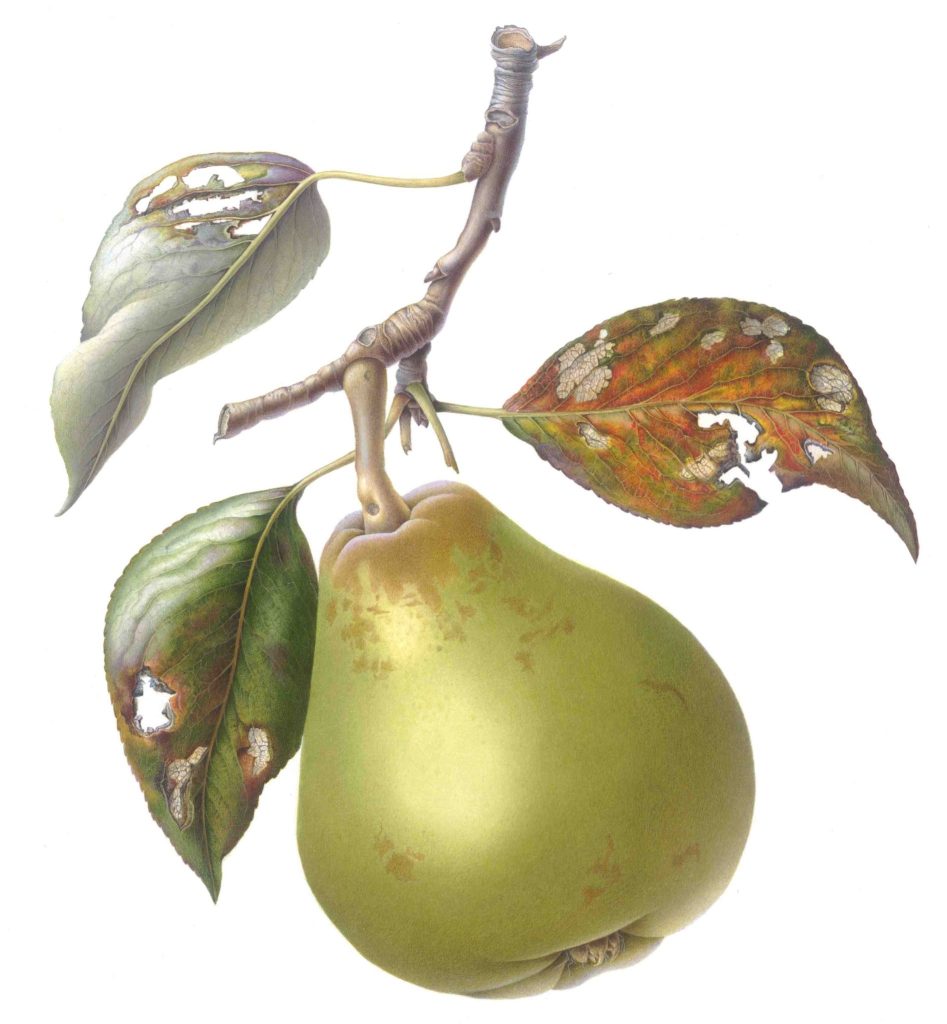 Victorian Pear, 221 x 210mm. Watercolour
Victorian Pear, 221 x 210mm. Watercolour
Accidents happen – you left the ‘Tied Beans” waiting to use the seeds for planting. When did they become an object to draw? Oh! By the way did they make it to the garden?
Bean Bunch, 161 x 264mm, Watercolour
The plan was to sow the bean seeds in the vegetable garden, and I left them drying on a hot western window ledge. On my way one day to sow them I realised that they were far too beautiful a subject not to be painted, so they went into a specimen box and into the studio. They never did make it to the garden. I have drawn and painted beans often, and always make a very finely worked drawing first if I am going to finally work the subject in charcoal.
Tied Beans, 490 900mm, Charcoal
The area in Australia is well known for the beautiful gardens how important is location to you as an artist?
My decision to move with my family to the Southern Highlands of NSW was less to do with the beautiful gardens than to do with the climate there. After many years of being in England, I was unaccustomed to living in the humid heat of Sydney and found that it was difficult to concentrate on work during the heat of the summer. The Southern Highlands where I live now is a much easier climate to live in and far less humid. We still do have a few hot months in the summer, and I have recently had an air conditioner and fans installed in the studio. Before this, I found it difficult to work in watercolour on the hot days as the paint dried on the tiny brushes that I use. The gardens of course are a visual bonus but not necessary to pursuing my career.
Contact details.
Susannah Blaxill,
Email:Susannah@blaxill.com
Interview by Deborah Blakeley, Febuary, 2016
Lenny Lane
Can you expand on your innovative CV – Passport?
Inspiration:
The inspired process is a difficult thing to explain or put into words. I recall admiring the different approaches my predecessors where taking in building a CV to get recognised by design agencies. With some inventive work pouring out at the end of the 1980’s, I knew I had to step up my game and really do something that hadn’t been tried before. The creation of the passport actually started in the letterpress room of Duncan of Jordanstone College of Art back in 1989 (what a magical and privileged experience that was).
I came across some large sheets of what looked like plastic, but with a textured surface similar to old leather. This wonderful room had all sorts of vignettes and relief blocks used in letterpress printing. And so it was I also came across a block of a royal seal and it was remarkably similar to that used on a British passport. It didn’t take too long to put these two items together and devise a plan to use CV pages in place of passport visa page.
The Passport To Success idea was born from this. I basically had a lot of fun from that point on, reproducing the ‘passport photo’ in lino and designing the books end papers for decoration. The talented letterpress technician saved the day by setting the type (an arduous task for any young student – especially as it was set in English and French!).
The need to stand out and be remembered?
Designers in general are always on the lookout for innovative ideas. They’re competitive that way. It’s often more so for students of design. They have the luxury of spending vast amounts of time being inventive for the sake of it. While some of it is arguably self indulgent, when used right it’s a great way to fully understand what makes great design and the things that tick’ to make them stand out. The need to ‘stand out’’ becomes less of a personal goal when working in the real world and more of a professional objective for in the success of clients businesses.
You did your training in Dundee, Scotland and it was there you picked up your TAG –Lino Lenny can you tell us how and why it has stuck?
My major study was graphic design with printmaking taken as a complementary study. The Lino Lenny tag was given to me by my friend Angie Garry as a laugh because I spent so much time in the printmaking department instead of the Graphics studio – particularly during the last two years of the degree program. I never seriously used the tag until recently when I was searching for a domain name for my website www.linolenny.com. I was amazed that it hadn’t been taken as it has a nice ring to it and it’s very easy to remember.
Discuss the technique, relief printmaking that you use?
My preferred approach, and one I’ve exercised since being taught 28 years ago, is lino reduction. Basically the process involves reducing the surface of a lino block with each subsequent layer of colour.
Registration board
The secret to ensuring that subsequent colours are aligned on top of previous colours lies in a tight ‘registration board’
A drawing is made on the block. A colour impression is taken on predetermined number of sheets from that block (an edition of prints). The block can be cut or carved to reveal white paper prior to taking the first colour. Once the first colour has been made to the edition, the areas that are to remain that colour are removed/cut/carved from the block. This is where the lino surface is ‘reduced’. When the next colour is printed from the block, the areas that were just cut will reveal the underying colour(s) printed The secret to ensuring that subsequent colours are aligned on top of previous colours lies in a tight ‘registration board’which is essentially made up of two counter-facing ‘L’ shapes that lie on top of a base board. The ‘L’ shapes are made of cardboard. The block is snuggly fitted into one corner of one ‘L shape and the paper edge is hinged (using tape) into the opposite corner of the other ‘L’ shape. When the block is inked up and the paper placed over it (securely hinged to it’s ‘L’) an accurate impression can be taken time after time, colour after colour. That is how I create all my prints.
Do you always work in themes?
I like to work in themes and explore the different perspectives a single subject or idea can bring. The theme of nature has such a wide scope that it can transcend boundaries too. I’ve often been tempted to introduce wildlife references throughout the Year in Trees series, particularly the winter months. However, so far the trees, their shadows and the colours used provide enough character and mood, which is the sole intent of the series. Collections generally are a feature of my past and present work. However I may take months or years before I consider any theme complete. In between that I do the odd ‘one-off’ print if I’m suitably inspired. I have a reservoir of ideas of one-off designs, largely inspired by the works of other printmakers, but when I’m working on a series I mainly like to see it through – that just takes time.
Can you take us through your work – A Year in Trees?
A Year in Trees started as a single design. January, a winter scene - initially intended to send to friends in place of a Christmas card.
January
It also arrived after a long dry spell of no lino printing after moving to Canada in 2001 and adjusting to a new life. However I enjoyed creating this print and I was able to reconnect with myself through it and so figured I should explore this ‘seasonal theme’ more. I started ‘a lot of thinking and looking’ at first. I wanted to really understand trees and how they impacted the environmental mood around us. For about a year I studied, drew and photographed trees in southern Alberta and around Calgary, learning about their changes, patterns, colours and habitat combined with the effects of Canadian weather.
September
I found myself becoming fascinated by shadows in winter in particular, together with low lying sun, especially on snow covered ground. I also loved the different colours of similar trees – and how they’d sometimes reflect the colours of the environment or light. It was during this research that I revisited one of my favourite periods of illustra early 1900s and the British Map illustrators of that time. I’ve also been fascinated by the travel poster era of the mid 20th Century and began to rediscover the amazing colour palette of W. H. Copper and his incredible Lake District watercolours. Similarly the Canadian Group Of Seven artists have left an indelible impression on me since I first learned of them. I was surprised that much of my own ideas on this series ran parallel to some of their paintings. It was from this point that I decided I would try and bring all this inspiration into play. Successful colour rendition became a crucial focal point in the success of any print in the Year in Trees series.
Each print goes through many sketches before it’s marked on a lino block. These basic lines determine a good composition. It has to feel natural to the mood and take on a particular angle. I wanted to avoid the flatness of looking directly at a forest or wood from the outside. Beautiful as some of these are …I wanted to go somewhere entirely different with mine. Once I’ve settled on a basic arrangement of lines, always taken from a viewpoint inside a wooded area and looking out to the ‘light’, I start on my colour selection. This is where the artistic mindset comes into play on it’s own. I imagine how colours will work together to create a mood. I prefer to rely on my experience using colour rather than paint and ‘design’ every aspect. Besides, trying matching paint colours with mixed inks is never an easy or quick process …and it’s so much more fun in mixing it as you go and dealing with the consequences! So, with a minds eye I visualise the final outcome and go from there.
Needless to say, getting to where my minds eye settles can sometimes be a case of trial and error, for example, a colours transparency shows too much of the previous colour, or the earliest colours just seem a little too dark for subsequent colours. That’s when the technical element comes into play and the print starts to take a life of it’s own. I always try and navigate through these processes to find a natural balance. It’s never boring!
I use Pfeil lino cutting tools that I’ve had since college, and each of the Year in Trees prints are small (4.5” x 6.25”). Because of this scale I often use a very small cutting tool – this means exercising lots of patience as I pick away at the soft rubber of the lino block.
The greatest feeling I get from doing this series isn’t in the end result of a print, but in the process of discovering how one colour printed on top of a previous colour changes everything. From the areas cut away to reveal the earlier colour, to the texture of lino printed and the gradual journey of learning, the printing process is a journey …there’s lots to learn at each step of the process and no two prints ever produce the same experience. I’ve also had a few people mention now it reminds them of paintings of the early 1920’s. THAT is how I’d define the success of this series. It’s very encouraging.
Discuss the maximum number of colours you use in your prints?
I always start off with the idea that ‘I’ll do this in four colours’,
but I get so involved in the details and as mentioned earlier, when you pull back a print and see the effect that colour has, you begin to see future possibilities …
and often prolong the completion of a print by adding another layer of colour to create a particular detail or take two or three shades of a particular colour to achieve a certain depth.
On average I probably print a minimum of seven to ten colours on any of the Year in Trees series.
Explain your thoughts on colour reduction in your work?
The colour reduction process is, for me, a process of learning. Understanding that success is only as good as the preparation that goes into it; registration board, colour planning, selective lino cutting, etc. It’s very much a discipline that is never fully understood without a lot of practice. Colour reduction can use more than one block (each block can have one or more colours), but I like the challenge of using only one block for all my colours. It’s a primitive approach in principle but carries potentially complex obstacles for the uninitiated.
Your Series First Nation, can you discuss the amount of background and historical knowledge you have had to take before commencing each of these prints?
I took my first trip to Canada straight after graduation from college in 1990. I learned a little about the indigenous people from the McMichael Museum in southern Ontario and some of the First Nation communities in Atlantic Canada. However it wasn’t a fact-finding or scholarly mission. Seeing their art and learning about how they lived with the land just made a positive impression.
Song of the Earth
I was also amazed and a little taken back that their history and culture played virtually no role in a modern Canadian society. I returned to the UK and started a post-graduate study in Printmaking at Duncan of Jordanstone College of Art. I hadn’t considered undertaking a study in print of the First Nations culture, but found inspiration in the afterglow of that trip. I had bought some magazines and carried my memories of their artefacts and lessons of First Nations rituals and connections with the Earth. Research was very much an inspired process. This was in the days before the internet, so I relied on memory and inspired thought. I recalled how they hand made the colour pigments to transcribe their lives into wood, cloth, stone and leather – I took this as my starting point and let my own imagination create it’s own stories of First Nations lives; hunting, giving homage to animals and the elements, being one part of a cycle of life. From the start it was my way of acknowledging the richness of their lives and the simple things and ideas that sustained them.I received a word from a First Nations person about this. A gentle warning that some First Nations people may take exception to a non-indigenous person creating indigenous-styles art. Perhaps I was being naïve in this thought process, however, that was the process that fuelled the printed image. The things we’d never think of recording with our modern world. My first print of this collection was very experimental. Using a loose theme of ‘hunting’ and ‘community’, I used craft paper to simulate the colour of wood and limited my palette to three colours (plus black). I let the viewer read into the tale of this illustration to decide what it was all about. I only made an edition of 5 of this first print (Song of the Earth) but I was surprised by it’s popularity. After this I was encouraged to push this theme further. I still imagined the scenes I created and gave the prints titles that suggested a deeper story (Buffalo Blue, Wild Blue Wonder, etc.)
Buffalo Blue
When you work in black and white can you expand on the challenges that you face in balancing light and dark values?
Finding balance between light and dark areas is only achieved by selective cutting and taking a series of proofing prints along the way. For someone like me who enjoys forging ahead with colour work, black and white work is a disciplined process that requires a bit of patience and a critical eye.
Oh! Bonnie Kingdom
Black and white printing forces me to focus on the drawing and the details from the start. Achieving a successful balance is a fundamental skill that is shared across almost every drawing and painting discipline. At the end of the day that balance depends on the design and interpretation. Eric Gill is a master of black and white printmaking …even if some of my favourite prints of his are predominantly black – they just bring out the white. That was his point. That’s what I strive for.
Beyond the frame – can you expand on this design technique in ‘Sea Life Mammals”?
Sea Life Mammals is a series of prints created as signage designs for a fictitious Sea Life Centre in the Aldeamar region of Spain. The series of prints were created to support an interior design student project.
Aldeamar Sea Horse
The proposed building (an actual building) had a series of triangular entrance halls, each of which featured specific species of endangered sea life. The proposed purpose of this centre was environmental education.
Each print starts with a triangular frame. Inside each frame is a series of curves. These curves represent waves in the ocean in Aldeamar, but also mountain ranges that are typical of that region. I used this particular design feature to integrate each species of the series and provide character to the designs. The actual prints were produced as studies with the intent to create 3D signage from them …but this was never realized due to a lack of time.
Explain the size of the prints you make and the limitations you have with sizes?
At college I had the privilege of using beautiful Columbian letterpresses. They could take large slabs of lino that were up to a few feet long. I used that to it’s fullest potential with much of my earlier work.Today I mainly use a couple of book presses (nipping presses).
The limitations are clearly in the amount of space on the bed for the registration board (10” x 13”). The paper is a couple of inches shorter on each side. There are other ways around this, for example, I’ve seen someone use a long registration board and feeding it through bit-by-bit. I’m planning on using this as part of a process for a currently commissioned project. Alternatively I use a ‘Print Frog’ – a patented glass baren made in the USA that has wonderful handling properties and printing/pressure applying capabilities. This is great for larger pieces, but doesn’t quite have the success rate of a proper press.
And then there is the old fashioned spoon. Yes, I use spoons as the last line of printmaking …a good spoon can have an amazing ability to apply pressure to ink and deal with any size.
You also do Print making classes, discuss what you teach and a bit about the content you provide.
There aren’t a lot of printmaking classes outside of established institutions that I’m aware of in Calgary or Alberta. In addition, when I ask people if they know about lino printmaking many reply, “oh yeah, I did that at school once, years ago”.
My workshops are generally supported by public demos where I prepare a two-colour print. I demonstrate the principles of registration, the board and how the lino cutting is undertaken …very simple designs. I also show how the tools are used and alternative tools that can be used to mark the surface of the lino block. Many people I meet aren’t aware of colour lino printing.
The classes introduce students to examples of good black and white prints, the studio and how it’s set up. I show them many examples of different styles, the balance of black and white and the different patterns and textures that can be used for a particular affect. I then teach the fundamentals: the drawing process, selecting a suitable image, transferring the drawing to the lino block, tools – how to use them safely, and alternative options for ‘marking the lino’, the proofing process and why it’s an important step, then how to use a book press. Only after they’ve undergone this process and know of the limitations, do I demonstrate the fundamentals of using a registration board (how to reapply ink to a print if the first impression isn't successful), numbering the edition and good house keeping. Throughout the class I encourage students to stop often and examine their work, take rough proofs to guide them in achieving that black/white balance.
At the end of the day it’s interesting to see how students cut, the different levels of understanding and patience employed to get them to create their own lino print. It’s also encouraging to see them come through a day of learning and become quipped with an enthusiasm and appreciation of something the ‘did once at school’. With this energy they are encouraged to pursue it further. They are given a step-by-step guide of the practice they learned, the materials used and references for learning more.
Can you discuss the limitations there are to drawing for a lino cut?
Drawing on lino requires the ability to think and draw in reverse. That is the principle underlying skill in relief printmaking. For many people, particularly new students, drawing (and printing) in reverse is an awkward principle to grasp or visualise. Having a method of transferring a drawing onto lino that is comfortable to the student’s level of skill is also a consideration. The complexity of a drawing that is too detailed to begin with, becomes compounded when trying to transfer onto the lino block. Knowing that the end product is a print, and that tools are used on the drawing is a means to a specific end result, is crucial. It’s not about the drawing in itself, although the drawing approach, or style should act as a good guide. Therefore in principle, the more accurate the drawing, the more accurate the print can often be.
But, drawings should be taken as a guide, with reference to tonal effects, contrast and composition. The character of a lino print is almost always determined by the competent handling of cutting tools.
My drawing for colour works are often well thought out, but simply composed, line drawings. These lines are my guides. The artistic element comes from my imagination, a bit of colour planning ...and experience. I use the sketches created to guide me through each colour layer, knowing what to cut and what to leave uncut on the block. For black and white prints, the drawing is a more detailed and precise process – knowing when to use a fine tool will be determined by how fine your drawing lines are. Sometimes I like to transfer a rough image using tracing paper onto the lino, then draw in details based on sketches prepared. It saves on guesswork later when the block is inked up. However, I never try and replicate the print as the drawing. The art is in the execution of the print.
Discuss the importance of Art in Healthcare and your own involvement in this work?During various hospital appointments over the years, I’ve often wondered where all this art came from that I saw hanging in the corridors and hallways. A friend recently sent me a link to an organization in the UK called Art in Healthcare. I hadn’t thought of art as therapy. But after some consideration and reading their web site, I felt compelled to get involved. I quickly understood that art really can be a powerful instrument in successful recovery of a wide range of conditions. Even sitting observing in a National Gallery is a therapeutic experience. So why not Hospitals?
My main decision to get involved had much to do with my own health story at an early age, when I was always in and out of hospital for one thing or another. It’s easy to take health – and treatment, for granted – how often do we hear or say that to ourselves? Well, I made the decision to submit work to Art in Healthcare as a token of my gratitude for the excellent work that goes on in Healthcare institutions around the world. Where would we be without art? Or health?
Contact details.
http://www.linolenny.com/
Lenny Lane, Calgary, Canada
Interview by Deborah Blakeley, January, 2016
Aimee Lee
Discuss the progress you have taken to get to paper making.
Music
Book art
Papermaking
It's not inevitable that I became a papermaker, but it certainly suits my values and worldview. It also works with several constants in my life: a need to be alone to think, practice, sort things out; a joy found in using my hands to make anything and effect change; a reverence for the natural world; storytelling; and a desire to share with other people.
I always loved to write and make marks. I had excellent writing teachers, so I worked at that from a young age. But when I first played in a symphony orchestra, I felt deeply compelled by music. It took years to realize that being a concert violinist was not realistic, and I became an art major instead. I took an artists' books class in my final semester at Oberlin College, and this opened a huge world to me where I could combine writing, image, narrative, and non-traditional media in one format. I spent the years before graduate school working in music and the arts and eventually found an interdisciplinary MFA program focused on book arts, which had a papermaking component. I had never considered papermaking or known a thing about it, but after my first semester in the paper studio, I was hooked.
The Story of a Book, 2011, Pen and pencil comic on handmade slippery elm paper, slippery elm dyed hanji corded and woven, kon’nyaku covered covers. 3.25 x 3.25 x 0.5’’ closed
How influential was winning the Fulbright Award in your artistic career?
The Fulbright was a turning point for me and incredibly influential in focusing my artistic path. Not only did it establish institutional affirmation of my artwork and ideas, but it provided time and resources to pursue my heart's desire. This is not a common gift, especially not for papermakers, so I took it with open arms and went as far as I could. Not only did I learn endangered techniques of Korean papermaking, but I learned related arts like weaving and fusing paper (jiseung and joomchi), natural dyes, and calligraphy. It was like an accelerated evolution of my media and techniques, speeding up a trajectory that I was on all along.
Explain papermaking in Korea and class – how this was to affect you and your own family?
Though hanji itself was prized throughout history, the people who made it often occupied the lowest classes of Korea's hierarchical society (I'd venture to say that nearly every society in the world operates with class systems, so this is nothing out of the ordinary). It wasn't an occupation to aspire to, nor one you'd wish upon your children. My family lived and operated in another class, educated in the country's best schools and working in more privileged professions of medicine, business, and hard and social sciences. Thus, they did not immediately have the connections I needed to access papermakers. My goals may have seemed strange to my Korean relatives, but they never discouraged me from my research and did their best to help me—once I got the bug of hanji into their ears, they were more sensitive to seeing and hearing it everywhere they went and thinking of me. Eventually, a relative of an aunt led me to a hanji artist association, which is how I met my teacher. Most success stems from who you know.
I Still Remember Newark 2014, Beeswax on milkweed dogbane paper, Hark! Paper, wire 15.5 x 20’’
Expand on how you used different materials in your papermaking when you travel. The impact this has had on your work?
For many years I lived like a nomad, going from one residency to another in various states. Part of me loved this transience, yet it wore on the part of me that wanted to unpack my things more permanently and stay in one place. To ground myself in new environments, I would identify and harvest local plants to make paper, and used this paper for my artwork. The entire process helped me develop a different kind of relationship to place and made me grateful for the abundance yielded to me everywhere I travelled. I still root myself this way and continue to learn about ecology, conservation, and human resources as I meet generous and knowledgeable scientists who teach me about the plants all around us, from native to invasive. I went from using plants to save money to now using almost exclusively plant fibres that I harvest for more control over the final product and for the connections and meaning I find in the lengthy labour of it all. And I don't have to be sparing, because there is enough local plant fibre to last me a lifetime.
You are passionate about craft forms prevailing over mass production, discuss your thoughts on this aspect?
Though mass production is here to stay, I think it is very important to recognize and support craft work around the world. Just as children today won't ever know what they are missing when they don't learn how to identify birds or plants (both from extinction and from a shift in education priorities), we will lose immense and valuable knowledge if we let human crafts practiced over centuries to be extinguished. I am a strong proponent of the deep and intrinsic value of making things with your hands and hand tools. There is an amazing exchange of information between the hand and the brain that enables both to evolve. Hand work also benefits the health of the entire human in ways that we are only beginning to appreciate.
Expand on your 3D work?
A lot of my 3D work comes in the form of woven paper objects, using the Korean craft of jiseung where strips of paper are twisted and plied into cords that are used to twine anything imaginable. Without a form or frame, a true jiseung master can alter the number of cords and control tension to shape pieces that served in the past as quivers, teapots, hats, chamber pots, furniture, shoes, and so much more. I look at historical models and the stories behind old pieces in certain collections, and then replicate them to my taste. I first try to mimic the original, and then experiment with changes in shape, colour, scale, and grouping. Each piece can stand on its own as an art object, but my connection to it is deeper even if it is unknown to the viewer.
For example, I have worked for the past year on a series of woven paper ducks. Most people visit the gallery and smile because they are a fun bunch of creatures. But their origin is the Korean wedding gift of paired (male and female), carved wooden ducks. These ducks are painted to mimic mandarin ducks, which mate for life and symbolize marital fidelity and fertility. I had seen an image of a wedding duck made of pasted paper, and later a picture of a woven paper duck. They struck me as ingenious takes on the usual wedding duck, and I wanted to teach myself to weave them. I've come a long way from the first attempt, and it required another visit to Korea for further study with my teacher, but I love all of them because each iteration taught me something new—not just technically, but about waterfowl gestures and personalities.
Paired Ducks, 2015, Corded and twined hanji, indigo and dahlia dye, Each 4.25’’ long.
Expand how Mina Takahashi’s quote, “Everything in the universe is contained in paper, earth, water and sky,” has helped you?
First, I want to attribute the quote's background correctly. In the 2009 exhibition catalog for a Tokyo exhibit by the Friends of Dard Hunter (the show itself was "Paper - Future - Universe"), Mina Takahashi wrote an introductory essay called “It Contains the Universe," which she closed this way:
Papermaking is a transformative medium. Paper begins as plant fiber, absorbs and reflects individual aesthetic impulses and human concerns, and pretty much accommodates anything from cardamom pods to war paraphernalia. In its very substance, paper embodies earth and sky and creative expression. In other words, paper contains everything.
The essayist wishes to thank Catherine Nash, one of the exhibition artists, for reminding her of the words of the Vietnamese Zen Buddhist monk Thich Nhat Hanh, “As thin as this sheet of paper is, it contains everything in the universe in it.”
Thich Nhat Hanh's "The Fullness of Emptiness" expands on the idea of how all aspects of the world exist in a single sheet of paper, though that is not the primary purpose of his essay. It reminds me of Dorothy Field's excellent book, Paper and Threshold: The Paradox of Spiritual Connection in Asian Cultures (The Legacy Press, 2007). She notes,
We can think of craft as a metaphor for the creation of the world, a sacred event, no matter what story we tell to explain how it came about. The various crafts use the four elements, earth, air, fire, and water. Many creation stories from around the world draw on ancient craft technologies, which are attributed to the creator. To make paper, one starts with fiber from the earth, fire to purify the fiber, and water to suspend and work it so that the original fiber is refined and transformed. Still its essence remains, and it becomes more truly itself, a deepened and amplified self.
All of these insights remind me of my place in the grand cycle of papermaking, which keeps me grateful for the confluence of health, nature, discovery, and innovation that makes it possible for me to continue my work.
Lapse relapse, 2015, Ink and persimmon dye on kozo and hanji, thread, 8.5 x 13.75 x 1.5’’ closed, 8.5 x 26.25’’ open.
Can you explain the way Jang Ji Bang has influenced your own work?
Jang Ji Bang is my teacher's paper mill where I trained in Korea. It gave me the foundation for all of my hanji making today. Obviously, the bulk of my technical expertise came from this experience, I was also cared for with daily and generosity by my teacher's family and employees. Whether this affects my work, I don't know, but it does affect how responsible I feel for sharing my hanji knowledge with the rest of the world.
Paper Dress 4, 2012, Hanji, milkweed paper. 33 x 22.3’’
Can you give us more information about the Morgan Conservatory and its importance to papermaking?
The Morgan is a very special, one-of-a-kind place where I have the great fortune of being artist-in-residence. It is a non-profit arts organization devoted to hand papermaking and book arts in Cleveland, Ohio, founded by Artistic Director Tom Balbo. He found a huge warehouse formerly used for machining auto parts, and transformed it with his own force of will, muscle, and volunteer support into a remarkable space that houses a papermaking studio, bindery, print shop, gallery, wood shop, store, office suite, and outdoor garden. We cultivate paper mulberry trees necessary for Asian papermaking (and harvest them every November, since they grow back each year), another plant to give us a viscous mucilage from its roots (also necessary for Asian papermaking), dye plants to colour our papers, and weeds like milkweed that do double duty as butterfly habitats and papermaking fiber.
The Morgan offers workshops throughout the summer, fall, and winter, hosting world-renowned teachers and artists. The gallery shows the range of possibilities inherent in papermaking, books, and printmaking. Our staff produces handmade paper for sale in our store and works on at least one major custom job each year. We also carry tools, books, decorated papers, posters, cards, origami paper, shirts, bags, and artists' work on consignment. In 2010, I helped build their Anne F. Eiben Hanji Studio, which remains the only place in North America (and really, outside of Korea) where people can learn how to make paper from scratch in the Korean tradition.
In 2014, we launched our Eastern Paper Studio, which expanded the hanji facility to accommodate other Asian papermaking, such as Japanese, establishing the only public centre for this kind of learning. Artists can rent time through our open studio program in each of our studios. The Morgan has a busy schedule of outreach activities that include on- and off-site school activities from kindergarten through college and beyond, from serving people with disabilities to the Secret Tea Society. We have an internship program aimed mostly at college-aged students and an invaluable group of volunteers and members of all ages who help us year-round.
Essentially, the Morgan welcomes anyone who loves paper and books, and the people, equipment, and facilities necessary to support these arts.
Can you comment on strength and texture in your current work?
Strength is usually considered an inner attribute and texture an outer one, and people make lots of snap judgements about both based on first glance and long-standing assumptions. Other papermakers and I constantly prove the strength of paper in the way that we make, handle, and use it in our work, but most people still think of paper as weak and fragile. Paper made as long ago as 200 BCE still exists, and I could never make the kind of work I do without a very strong substrate. Anyone who has yanked one of my paper cords can attest to how tough they are; they rarely break as I pull on them with all the force of my hands.
One of the techniques I learned in Korea was joomchi, a method of crumpling and fusing sheets of paper together with no adhesive at all. It results in surface texture that can be incredibly fine or rough depending on the type of paper and intensity of handling. I have made garments out of paper, mostly for the wall (not meant to wear—but many artists make wearable garments out of paper), and love that I can create many different surfaces and textures from one kind of paper using one simple technique. Of course, this method was developed specifically for this kind of paper, which is why it suits hanji so beautifully.
Do you use dyes for colour or do you only use materials that have the colour you are wanting?
I do both. I use some favourite natural dyes (such as persimmon, dahlia, and indigo) on their own and in combination to provide what I need. I am also interested in surface finishes, and usually use methylcellulose, kon'nyaku, beeswax, rice paste, or my old standby of a final coat of persimmon juice to provide colour that seals my paper.
Marbled duck gourd, 2015, Corded and twined hanji, acrylic paint, 5.25 high x 4.5”
base diameter
You also teach papermaking. Can you expand on your classes?
When I began to teach in earnest, I focused almost exclusively on sharing my research on Korean paper arts. That was certainly important and informative to my students as well as to me, and I continue to teach at least one hanji-making course in the summer at the Morgan Conservatory. However, everything that got me to this place as an artist and teacher is also an important part of the story, and valuable to share, so I also incorporate textile and fiber techniques, natural dyes and finishes, book structures, and a bigger way of thinking about paper.
Vacancy study, 2014, Pomegranate dye and konjac on hanjai, hosta paper, 23.5 x 18.5”
My papermaking classes involve the processing steps before the actual sheet formation stage, so that students get a better understanding of the labour that goes into the process. I know that some students simply want to show up, pull sheets, and go home with nice paper, but it's more important to me to zoom out and provide a larger context for the process—by zooming into each step. My hanji class may start with beating cooked fiber by hand and making thread and lace from bark, move into traditional sheet formation, and intersperse methods for using the paper, from making thread to books. Recently, I taught a milkweed papermaking class where I had harvested the plants, but I left it to my students to strip the base fiber from the stems and open the pods to separate the seeds from the silks. I cooked the fiber for them, but they had to rinse it and pick it to remove any remaining impurities, and then beat it by hand. I also ran some through a Hollander beater, and in the end they had at least six different types of paper from one plant—in just two days!
In July 2016, I will teach a 2-week course at Haystack Mountain School of Crafts based on the quote you asked me about before. Called "Paper Contains the Universe," I describe it this way: "This workshop combines reflective time with intensive studio work as we create and transform paper in Eastern and Western styles with a variety of fibres, to understand how paper emerges from the earth and becomes anything we wish it to be. We begin with paper mulberry, processing virgin fiber into tissue thin sheets, move to ever versatile abaca, and use natural dyes and finishes. Then we explore the endless possibilities of paper as thread, yarn, rope, textile, book, and basket." Like most of my papermaking classes, it is aimed at students who are unafraid of the labour, time, concentration, and cooperation required of craftspeople. If you are up to the task, I welcome you to join me!
Contact details.
Aimee Lee
Morgan Conservatory
1754 E 47th Street
Cleveland, OH 44103
USA
contact@aimeelee.net
Aimee Lee, Cleveland, USA
Interview by Deborah Blakeley, January, 2016
Lori Reed
You grew up in the country, has this helped to heighten your vision of colour and space?
Surrounded by views of pasture, woods and cornfields, I definitely tuned into the changing beauty of landscape at an early age. I was also a bit isolated growing up on a farm, so not having other kids around to play with caused me to develop my inner creativity.
Discuss the ‘sense of place’ in your current work.
Because of the alterations I do to my landscape photography, I feel the end result is a sense of the place – like a memory of it – removed from the original photographic representation of an exact moment in time.
Joyful, detail
When did you move from traditional collage to using photography?
I visited Yellowstone National Park in the American West for the first time in 2009. I came home with hundreds of photographs and a strong desire to make art with them. I began to experiment with the photos in Photoshop; I’d then cut up the photos into rectangles or tear the prints to build a new landscape out of several altered prints. One day I had the idea to run the prints through a paper shredder and that’s how my current way of working was born.
Yellowstone Strata
Can you expand on the techniques you use in your art?
I alter my photograph by running filters in Adobe Photoshop, adjusting color saturation and hue. I make three variations of a photo, put those into templates I’ve made that have cut marks for every quarter inch, print those out and cut the image into strips using a Xacto knife and ruler. I cut out sections of the strips to start building the base layer from the top down, apply acrylic matte medium to the strip and to the cradled panel, and glue the paper down. I then come back and add a second and third layer of pieces to continue breaking up the image. “Joyful Beginnings” was a recent commission, and you can see the prints on my drawing board I’ve been cutting sections from, the artwork in progress on my easel, a detail shot showing the strips of imagery with art papers forming additional flowers and grassy texture, and the finished work.
Joyful, in progress
Joyful
Sometimes I add in pieces of art paper, topographical maps or text to give texture and visual interest. “Still Rising” is a good example of that. There are pieces of blue ledger paper embedded in the image as well as sections of foreign currency in the mountains and sky, and solid colors in the scene that are strips cut from handmade papers.
Still Rising
Can you tell us about your still life work?
I’ve recently tried this technique on interior views instead of the big-view landscapes. It seems I’ve worked at a smaller size with those pieces since they are more intimate scenes… maybe I should try a big one next! I’ve always had an eye for composition and tend to have arrangements of objects on shelves and tables in my home, so making art of still life scenes is an easy move for me.
Diviner
What draws your attention?
Sometimes it is color. A good composition always grabs me (3 photography classes in college and 30 years as a graphic designer have trained my eye to notice good eye flow and composition). Often a scene in nature just makes my heart sing, so I have to photograph it and try to make art that will cause that emotional reaction in the viewer.
Do you have a collection of pieces you constantly use?
I have some handmade art papers that always work well with landscape scenes, and I found a great online site to download topographical maps and other historical documents that work well for texture.
Hidden Life, detail
I clip from yellowed book pages and several ledgers from the 1800-1900s that have beautiful handwriting and aged colors. I’m always taking photographs when I travel so that I have a vast reservoir of material to draw from when I sit down to start making art
Hidden Life
Expand on colour and texture in your work?
I try to start with a photo that has a good range of color, and I usually saturate the colors in Photoshop to make a piece more vibrant. The filters I use add the look of texture with the “oil paint” or “dry brush” features, sometimes the art papers are textural, and the layering up of strips of imagery gives the pieces physical depth.
‘Sun Kissed’ and similar works expand on the importance of composition and sizing in this / these works?
Sun Kissed
Often, something is much more interesting when cropped tightly. Squares are not the usual cropping for landscapes, so I’ve experimented with 12” x 12” compositions and cropping for the strongest visual statement. “Sun Kissed” started with a photo of afternoon sun striking a bouquet on my dining table. Adding filters and combining the image strips abstracted it even more and made it quite exciting visually.
What are your feelings on the need to continually look for new techniques as an artist?
I think it is a must to keep challenging yourself and pushing the boundaries. I don’t think I’ve fully realized the possibilities with this art form and want to experiment more. I’ve done some totally abstract pieces with leftover strips of imagery and colored art papers that have the visual appeal of art quilts. I’ve created a few using black and white portraits as part of the compositions, and have just started doing still life compositions. There are a lot of things left to discover!
She Dreams of Flying
Can you discuss the mounting of your work?
I worked with cradled panels (available from Ampersand and Dick Blick). They have a canvas surface available that works well for adhering the strips of paper and are firm (unlike canvas) for laying down the strips in straight lines.
First Snow in Paradise
I prefer to use the 2” deep panels to make the work stand out from the wall.
Contact details.
lorireedart.com
Lori Reed, Illinois, USA
Interview by Deborah Blakeley, January, 2016
Susan Laughton
Line is an important part of your work discuss?
Drawing has always been an important form of expression to me, whether artistically, technically or practically. It helps me to think and organise my thoughts in the form of conscious decision making or more subconscious sketching. Line in particular is important because it can be used in so many ways, such as to define spaces, edges, divisions and movement. Lines in my sketchbook are made with fine propelling pencils because I like the sense of precision and delicacy. In my paintings they are made with a sharp etching point which cuts into the plaster giving a fine and precise line. In contrast to this controlled approach I also use sand paper on the surface of the plaster to create more random marks and lines.
Can you compare two works rural / urban?
Technique:
Urban: Late Evening
Late Evening, 20 x 20 cm, Acrylic & Plaster on Board
I apply a very thin layer of white plaster onto board (or sometimes onto canvas stretched over board) and, when dry, sand it. This smooths the surface but also adds marks and lines from the sandpaper. Next I apply a fairly thick layer of acrylic - this forms the base colour of the painting. I then etch in the drawn, linear aspects of the painting before sanding it again. Many layers/washes of thin acrylic are applied which adhere differently to the first layer of acrylic or any exposed plaster, which is much more absorbent. I may then respond to the effects of this with more drawn lines or sanding.
Rural:
Stillness III
Stillness III, 41 x41 cm
For this series of paintings I took a different approach. Rather than etching lines into plaster, the lines of trees are created using strips of card. The lines stand proud of the surface, rather than being cut into it. The surface is white gesso (again sanded!) and washes of acrylic.
Colour:
Urban: The sky here has a certain ‘smogginess’ about it. There is the turquoise of dusk, behind a dirtier grey blue but also streaks of orange/brown that are more gritty than a picturesque sunset.
Rural: The influence of a cloudy white Northern sky is never far away in my paintings. The white gesso is washed with subtle layers of blues and greys and the card stained the deep rust browns of tree bark.
Composition:
Urban: I find the outlines of rooftops and the inevitable wires and telegraph poles of an urban/suburban skyline particularly captivating at dusk. The dark forms highlighted against an almost dark sky have a poetic sense of unseen activity. The forms are simplified, and more often than not imagined, compilations of many different observations.
Rural: Although the nearby woodland that inspired this painting is densely packed with slender trees I wanted to represent just a few and to accentuate there slenderness against the sky behind. Composition is about balance and sense of what feels ‘right’ to me. There is a fine pencil line on the right of the painting which I think was a purely abstract, subconscious addition to contrast the heavier weight of the trees on the left.
Expand on the importance of manmade architectural objects in your work?
Man made constructions impose their presence on the natural landscape, particularly the sky: telegraph poles, isolated buildings, roof tops, fences and power lines all attract my attention. These structures create tension within space and mark the passage of time and distance when travelling. These linear, graphic elements can be used in an abstract way to ‘construct’ a painting.
Celadon Sky II, 30 x30cm, Acrylic & Plaster on board
You formally worked in architecture discuss how this has influenced your fine art career?
I was an Architectural Technician for twelve years, producing technical drawings and specifications for many types of buildings. It required attention to detail and an ability to organise lots of complex information into logical and accurate drawn instructions. I think this need to simplify and remove the superfluous has influenced my reductive approach to painting and drawing. There is also often a repetitive aspect to a lot of buildings, years of drawing repeated parallel lines has definitely influenced my work!
Lament, 20 x 20cm, Acrylic on Plaster Board
Discuss your work in relationship to your exhibition – Travelling Light
Title :Travelling Light - The landscape is my starting point, not a vision of landscape as a scenic or static view, but as a space travelled through and experienced. I think things I see whilst on the move are still my main inspiration, quite often when on the motorway, so not usually picturesque or romantic to most people, but I love the constantly changing conjunction of urban, industrial, rural and suburban you get from this travelling viewpoint. I particularly like evening light when there can be a stillness as well, a sense of thoughtfulness, even when on the move, so I wanted a title that conveyed that, hopefully in a poetic way.
Gallery: Quercus Gallery is based in an old Georgian building in the centre of historic Bath. The ground floor of the gallery has lots of natural light and a lovely contemporary but homely feel. The lower ground floor is a small intimate space.
Duration - the exhibition ran for a month.
Colour: most of the paintings have a subtle colour palette of whites, blues, browns and greys with a few having stronger turquoise hues, one painting ‘Elevated’ is metallic gold - a colour which is I hope to work with more in the future.
Size: the work ranges in size from 20x20cm up to 80x80cm
Presentation: the curation and hanging of the show was done entirely by the gallery Director Evie Williams and I was delighted by the way the paintings had been hung in relation to the space and to each other.
Image by, Director Evie Williams
Expand on the importance of manmade architectural objects in your work?
Although I take photographs I use them in quite a loose and interchangeable way, often combining several references in one painting. This painting ‘Sea Wall’ was influenced by several photographs, one of the huge granite walls on the harbour wall and others of Staithes village itself.
I made a quick sketch of the boulder shapes but also wanted to include the white washed gable walls of the houses that also protect the inhabitants from the sea. The process is part analytical, part spontaneous.
Sea Wall
Discuss your drawings ‘Winter Journey I – IV
A set of drawings I made a few years ago from dried leaves and seedbeds collected on a winter walk. I wanted to get back to observational, representational drawing and capture the details of the plant forms.
Winter Journey I, 20 x20 cm, Pencil, Acrylic & Gesso, on Board
I was also interested in the abstract placing of the shapes within the square format. I think my intention was for them to be quite stark and minimal, but I seem to have some strong need to always sand the work to introduce a feeling of wear and tear, which connects all my work at the moment.
Winter Journey IV, 20 x20 cm, Pencil, Acrylic & Gesso, on Board
‘Storm Warning’ discuss the use of colour in this painting.
This painting is uncharacteristic of most of my work in the use of strong burnt orange, in contrast with heavy metallic grey. For me it is a way of representing the more intense colours of the sky without them becoming too romantic or ‘pretty’, to capture a sense of foreboding that an approaching storm can bring.
Storm Warning
Comment on the importance of having a working relationship and exhibiting in the Royal West of England Academy to a private gallery.
I was delighted to have my work 'Setting out' accepted for the Drawn exhibition at the RWA. The setting is grand and traditional and much bigger than a private gallery. As an old established institution it has a history and prestige that a small, private gallery may not be perceived as having. The work is selected and curated by a group of elected Academicians, mostly established artists, whereas a private gallery may well be curated by one person - the gallery owner. Both are important ways of showing work for an artist. At the RWA work was selected to meet the exhibitions criteria: “It aims to raise the profile of drawing, exploring it as both an autonomous discipline and an interdisciplinary tool. The exhibition pushes the parameters of drawing by exploring the parallel language of multiple disciplines.”
Contact details:
www.susanlaughton.com
Susan Laughton, Cheshire, UK
Interview by Deborah Blakeley, January, 2016
James Wilson
Can you briefly discuss your photographic history in relations to the Wilson Studio?
Historically speaking, Wilson Studio is four generations old starting in 1878 in Saint John New Brunswick, Canada with photographer Isaac Erb and then his son John carried on. My father “Lew Wilson” bought the business from John’s widow in 1939 and changed the name to Wilson Studio. I worked with my father as a boy after school getting my feet wet in the magic world of photography.
After high school I left for New York City to study photography. The Big Apple changed my life and I fell in love with photography as an artistic medium. Fine Art became my passion. When I returned to Canada I did work with my father at Wilson Studio doing commercial photography but perused my artistic career on the side
You have a new studio in Hampton New Brunswick in Canada can you give us a small taste of the landscape that is so near your studio?
After inheriting Wilson Studio being in my mid thirties I took the opportunity to make a huge change, a gamble really. I built a new studio 30 kilometers from Saint John in beautiful Hampton, New Brunswick with photo art gallery, conventional darkrooms and digital production. This studio features design elements much like the original Erb studio on Charlotte Street in Saint John with a large north light window. Much like Isaac Erb I used the big window as a source of light for portraiture, product photography and still life work. Wilson Studio is now surrounded with beautiful gardens in addition to the spectacular views of the Kennebecassis River. Drifting away from commercial work my artistic career took off with many exhibitions both nationally and internationally. I concentrated on landscape, still life and black and white portraiture, all of which I love exploring.
My home and studio is located on the edge of a large fresh water marsh in the Kennebecasis River. The landscape here is spectacular. Being an artist it’s impossible to ignore. I have been seduced by nature, so landscapes have been a big part of my portfolio.
Flood Plain Forest
My wife Cathy is a passionate gardener and our country home is adorned with beautiful flower gardens. I often bring flowers into my studio and I photograph them with window light.
Peonies
I use large format cameras both film and digital I can make large prints. In regards to still using large format film, I scan these negatives to allow for quality digital output. Now with the latest technologies at hand using Photoshop and high-end archival digital printers I can do everything in house. I just wish my father were still alive to see this advancement …. he would love it.
James with Floral Prints
Discuss your current floral work Lush
STILL-LIFES: Black Tulip for instance a photograph from my last floral exhibition titled “LUSH” took 4 hours to make. I used of course the natural window light in my studio but played with reflectors both white cards and mirrors to come to the look I was seeking. Prints from this image were then made 44’ x 44” on my HP pro large format printer on Hahnemuhle fine art paper.
Black Tulip
LANDSCAPE: The bulk of my print sales are my landscape works. I think it’s because people relate to the land, sometimes it’s an emotional attraction and sometimes it’s a primal one. It’s been said that there is calmness to my images and this makes them work well in our homes and workplace as a counter weight to our busy lives.
Snow Line
Colour, quality of light and composition are the important elements to these images.
Winter Berries
If I see a possible scene, I go back to it when I think the light is right to illuminate the strength of that scene. Sometimes it takes several tries. I use a panoramic camera often, as I like how it frames the scene.
Morning Sunrise
In regards to my prints, I do all my own printing and framing. I guess I am a control freak in that sense, as I like my work to have good presentation and be of a high archival standard at the same time. This is what good art collectors expect.
Salt Water Marsh, Harvey Bank
PORTRAITS: Like my father I have always loved taking portraits of people.
I like using black and white in particular as it allows you to see the person more clearly by eliminating the colour that can be a distraction.
I also think that black and white has a timeless quality to it as well. I had the good fortune to work on a book on artists in my native Provence here in Canada “Painters of New Brunswick”.
I chose to photograph everyone in their own environment, in black and white and in an indicative style to that of the artist themselves. Example the shot of Yvon Gallant an Acadian artist that never paints in details of the faces of his subjects. I was determined to not show his face either. Knowing his quirky sense of humor, I brought along a Mardi Gras mask and had him hold it while he stands in the midst of the chaos in his own studio. I think it works quite well
“Social Studies Series” This long-term project that I have been working on is called “Social Studies” In this portrait project I bring people into my studio and photograph them with the natural window light source. These subjects are chosen from all walks of life and will be an exhibition and book in 2017.
Chief Meat Cutter
Everybody gets the same treatment from rich to poor, from doctor to panhandler, all photographed in front of a neutral background in black and white and the same lighting. The only thing everyone has in common is that they all live in New Brunswick. I believe that this project will be an important documentary that will stand the test of time portraying who we are as Maritime Canadians looking out at the rest of the world at this time in history.
Social Worker Nun
EXPERIMENTAL WORK:
Yes, I sometimes get an idea and run with it over a period of time, first to challenge me to perhaps use my camera differently and break away from my usual traditional style of art. An example would be the body of work I titled “DANCE figura”.
Allegro Figura
I had this idea of capturing the human body in motion on a single frame. Periodically over two years I photographed 2 women separately. Through choreographed moves and long exposures I made a series of images. This took great patience from my models as there were many repetitive moves to get exactly what I wanted. For example the image called “ Red Line” the model counted 50 takes to get it right. An interesting note: the two models never met each other until the night of the gallery opening for “DANCE figura”.
Red Line
WORKSHOPS: For the last 12 years I have been teaching photography workshops, many in Mexico, Japan and Eastern Canada. It has been very rewarding to pass on knowledge about what I have learned in my lifetime of photography. Mexico in particular is a perfect place to teach colour, composition and design.
Man in San Miguel
The Mexicans love colour and interiors and exteriors of the buildings are so richly painted. Here also one can practice the art of street photography as this country has such a rich culture and so much happening on the streets. The image “Promise of Spring – Mexican Window” shows the richness of colour I am referring to, as well a sample of old Spanish colonial window design. It was early February, the first of spring in Mexico and the Bougainvillea vines around the window are just about to leaf-out and bloom with the “promise of spring”.
Mexican Window
EXHIBITING AND PRINT SALES: Exhibiting my work is very important as it gives my work gallery status and keeps one in the market place especially with regards to print sales. My work in now in many corporate, private and public collections including the national gallery of Canada and 6 Canadian Embassies. Each time I embrace a new project or exhibition it is very important to me as an artist to keep raising the bar in regards to technical quality and artistic expression. It helps to keep me engaged and inspired.
Contact details:
jwjameswilson23@gmail.com
Interview by Deborah Blakeley, December, 2015
Richard Klekociuk
You make the comment that your work is all about “trying to say a lot with very little” Can you expand on this?
I have been involved in producing art for over 45 years and during this time my ‘ways of seeing’ have undergone a series of changes due to a number of factors, the most important being the years of experience I have ‘chalked up’. I have always been keen to experiment, change and adapt to a variety of situations and this has resulted in an expansive portfolio, mainly drawings, but also painting and digital art.
My first serious attempts at art during my time at art school were all about semi-abstraction. As I grew older I became more interested in realism, especially fine detail. About 10 years ago I began to simplify my work. Was it the fact that I was getting older? Was I bored with continual realism? Was I starting to see things differently? It probably is a combination of all three, plus a growing interest in a more refined way of seeing. In other words, I’m trying to give my audience less to look at and more to imagine, but in a way that doesn’t result in my subject losing its integrity. I want my work to be clever enough not to need too much information. This way of working is a lot more difficult than realism. It’s about what one leaves out of a composition, more than what one adds.
I’m enjoying this phase of my art and oddly enough, it is bringing me closer to my training days at art school.
Tip Toe through the Tulips, Coloured Pencil
You use coloured pencils can you explain how this choice of material came about?
I have always been interested in pencils, biros and felt pens since I was a child, but it was until the mid 1980s that I gravitated to coloured pencils. I like them because they are ‘dry’, ‘portable’ and ‘immediate’. You can take them anywhere and work with them on a wide variety of supports from paper, clay board, to timber. The pencils I work with are of archival quality and most can be worked together if required, on the same drawing. I have so many colours to choose from, that I rarely need to ‘mix’ them to obtain a particular shade.
Conara Dreaming, Coloured Pencil
You work with Prismacolor, Polychromos, Luminance, Lyra, Coloursoft and Pablo pencils, just a few of the twenty four different pencil brands in your pencil. Can you discuss a few of the differences between then and why you have them all available for you to use.
One can never have enough coloured pencils! I must have well over 3,000 in my collection, but most brands are different, and offer varying qualities of finish and appearance. Each brand works best on a certain support (paper). The more archival brands I collect, the more choices I have regarding colours.
My top brand is Luminance, a chalk-like pencil that responds beautifully to the Canson pastel board that I use for 95% of my drawings. Why use pastel board and not paper? After many years of trialling different supports I found that the Canson pastel board suited my style. It’s the best and most consistent support I have ever worked on, so why change? The pastel board is as thick as conventional mountboard, has a gentle ‘tooth’ and readily accepts most (not all) brands of pencils that I have. To be honest, it’s a joy to work on, I love it!
Prismacolors perform beautifully on pastel board, their buttery, oily colours are wonderful. The only downside has been the inconsistent quality of this brand. Being a soft core pencil, they can break easily and the cores can shatter. I use a Ledah 333 electric sharpener and sometimes, 10 seconds in a microwave will repair a shattered core.
Polychromos are a very popular pencil and it’s easy to see why. They have a waxy appearance on pastel board and (like Luminance) are tough enough to be sharpened to a point if required.
Pablo and Lyra pencils are my major choices for working on illustrations and are my recommended pencils for my first publication, NOT YOUR AVERAGE ADULT COLOURING BOOK, due for release in my home town on November 21st. (please visit my facebook page: you add colour). These pencils are ideal for colouring smaller areas, especially adult colouring books!
Do you think the current interest in adult colouring books with lead to more adults returning to drawing?
The colouring fad that is sweeping the world is a most interesting and surprising phenomenon. When will it end? Will it ever end? It certainly has ‘drawn’ a lot of people to art. It’s not about learning how to draw, but how to relax. I see great potential in using such books for a broad range of people, from the very young to the very old. Each ‘target age group’ though, needs a particular type of colouring book. I have taken it upon myself to produce a book that contains examples of how I ‘think’ with my drawings. I have chosen a very mundane and boring range of subjects so that people can colour them in such a way that results in something quite personal, and not something that has already been dictated as the ‘final product, just add colour’.
Colouring books, as therapy are great, but we need to expand that and encourage imagination and personal input.
How do the public respond to your use of colour pencils?
I am fortunate here in Tasmania, that my work is generally well received. There will always be the traditionalists who think that 2D art is all about oil, acrylic, watercolours and pastel painting.
Art should be firstly about the idea/concept and the medium second. I have been fortunate to win a number of awards in ‘open company’ and this has given me a lot of satisfaction and the incentive to keep exploring the possibilities of coloured pencils.
Still Life Lillico Beach, Coloured Pencil
2005-6 were two years that brought about great change in your career, discuss..
Retirement from one’s full-time career is not any easy thing to plan and execute, but at the end of 2005, I said good bye to 37 years of art teaching both high school and college students, and on January 2nd at 8 am, I embarked on a new career as a full-time artist. I have no regrets, except that it would have liked to start this adventure a few years earlier!
The first year (2006) was a hectic time. So much freedom! Fortunately, the self-discipline and planning that was essential to teaching came in handy and saw me through the year and I still work in a ‘teacher-like’ way, and I appreciate the training I went through at the Tasmanian School of Art so many years ago.
Can you compare Summer Still life –Sisters Beach with Rock Allsorts?
Both drawings are on Canson pastel board with Prismacolor pencils and are the same size (60 x 40cms unframed).
“Summer Still Life” is a collection from of objects on Sisters Beach, one of my favourite holiday locations in North West Tasmania.
Sisters Beach, 60 x 40 cms, Coloured Pencil
The composition can be viewed from bottom to top. The shell in the centre leads one’s eye to the main, pale orange shell towards the top left. The textured stones have a ‘cascading look’ about them. I often ‘arrange’ my still life objects, but in this case the composition was ‘in situ’.I used a lot of French greys and ochre shades, with mineral orange for the largest shell (for focus).
“Rock Allsorts” was a contrived composition, featuring a broad range of rocks from my collection. Again, this is read from the bottom, with the eye resting on the small rock with its accompanying shadow. We are blessed with some beautiful rocks and I chose a wide variety of patterns for contrast. The emphasis in this composition was the use of Cool Greys to give a blue tinge to the over all look of the drawing.
Rock Allsorts, 60 x 40 cms, Coloured Pencil
Can you discuss the use of colour and symmetry in your paddocks work?
Because my work has become very simplified of late, I have had make definite decisions about the appropriate (limited) colours that I should choose. All of my landscape are ‘cleansed’ of objects that I think aren’t necessary, such as fences, power poles, buildings etc. I simply want the landscape to be the feature, uncluttered and as ‘clean’ as possible. I like the ‘mathematics’ of farming, the way the land is divided for crops. Mark making both natural and man-made are important in such work. The colours are a ‘summary’ of the subject, the symmetry is influenced by mark making.
NW Pastoral, Coloured Pencil
Can you explain your digital drawing using Lavender View?
I live just a 40 minute drive away from the magnificent Bridestowe Lavender Estate, where currently visitors from around the world are being treated to a stunning display of row after row of intense lavender. My digital work is highly simplified and in this particular artwork I have included an iconic tree from the estate that’s gives the artwork a focal point and a contrast with the rows of lavender.
Lavender View, Digital
How long have you been working with digital drawing?
I first began digital drawing in 1999, and I find that this compliments my coloured pencil work. It has allowed me to refine my subjects even further than has been the case with my recent coloured pencil work, plus I produced larger works (on acrylic sheets) that really suit a more simplified artwork.
Discuss your thoughts on the developments of new digital technology in art?
The past 10 years has seen enormous changes in art practice and art thinking. Some may see this as the beginning of the end for traditional art mediums, but I don’t. This is an opportunity too good to ignore. We must embrace change and think ‘outside the square’. Artists will never lose their identity by trying something new and different. The only thing that is stopping is our imagination. Be brave!
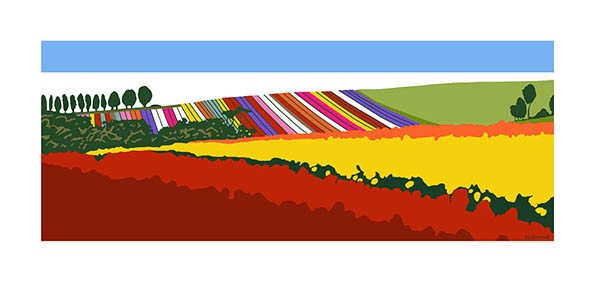 Colour Shock, Table Cape, Tasmania, Digial
Colour Shock, Table Cape, Tasmania, Digial
Expand on your work “Landscape in Clay”
There are several themes in my work, among them being rocks, bread, tulips, mark making and ‘bricks’. About 5 years ago, I saw a ‘landscape’ in the pattern of a clay brick that reminded me of a ‘landscape’. It was about this time that I become very interested in the work of the late Australian artist, Fred Williams. His simplified paintings of the Australian landscape are inspirational. The more I looked, the more I saw traces of his work in some of the bricks.
Landscape in Clay, Coloured Pencil
I visited a local brick company and was astounded to see the ‘landscapes’ in some of their products. This has resulted in a series of drawings of landscapes inspired by brick patterns, one of which won a major art award. I believe that these bricks contain the ‘landscape DNA’ from where the clay was sourced.
“Landscape in Clay” features not only some of the shapes and colours in a fired clay brick, but landscape contours and flora.
Contact details.
Richard Klekociuk
artkleko@gmail.com
http://www.facebook.com/youaddcolour
Richard Klekociuk, Tasmania, Australia
Interview by Deborah Blakeley, December, 2015
Ian Turnock
“Drawings and photographs are the starting point from which I develop organic, abstract and figurative forms.” Please expand on this?
I take photographs of leaf and branch forms, usually silhouetted against the sky. These are shapes and structures that change with the seasons from lush new growth in the summer to fine winter branches. I then use the images as the starting point for digital drawings, selecting areas of the images to develop, exploring things such as the delicacy of linear branch patterns to the bold positive and negative spaces created by leaves. Sometimes the drawings are representational but I also create new forms which although abstract still convey a sense of the natural world. I draw, edit, overlay, and redraw often in very fine detail until I am happy with all the compositional elements.
Above the Trees, 11.95 cms, weathered and waxed reclaimed steel
You use many different materials stainless steel, aluminium, copper, reclaimed steel and plywood can you take 2 and discuss your decision to use the specific material.
Copper is probably the most ‘organic’ of the metals I use. It will naturally change over time creating a mottled verdi gris surface, but it can also be patinated to create a range of colours. Currently I do this using basic ingredients such as salt and Copper Sulphate to weather it. The surface can be protected with oils and waxes to slow down future patination. It is a fairly soft metal with a very natural look and feel that contrasts beautifully with the precision of the cut edges. Stainless steel is very different in that is a very hard, weather resistant metal that maintains it’s appearance over time. Although a very tough material when cut and polished it can appear very delicate, with a shimmering, light reflective surface.
Shadowplay, 1.2 m, Corten weathered steel
What are some of the issues you have to take into account when making outdoor sculpture?
The two metals discussed show one of the issues to be taken into account. Stainless steel in particular is useful for public projects where a tough, low maintenance material is needed, but in contrast I have made a copper piece for a private garden because the client wanted to see it change over time. I also need to consider where the sculpture will be sited and what fixings will be needed to secure it.
How large are some of your works?
The largest piece I have made so far is a 2m diameter wall sculpture for the Whiteleaf Centre, a new mental health hospital in Aylesbury, UK.
Many of your sculptures are for gardens, discuss your relationship with gardens and landscaped gardens and the importance a piece of sculpture can be to the completion of a given space?
Most of my work so far has been wall mounted rather than free standing, so quite different to more traditional garden sculpture such as a plinth based statues. Sculpture creates a focal point for a garden or landscape and I think this particularly applies in more minimal contemporary designed gardens that I have made work for. It can compliment or contrast with both natural and man made elements.
Eye of the Hurricane, 1.3 m, powder coated aluminium
Landscape design and gardening are great generators for current day sculptors discuss the importance of this to your practice.
I would like to make more work for gardens and to work with garden designers from the start of a project. So far, most of my work has been for interiors, but I am currently trying to develop some new pieces for outdoor settings.
Awakening, 1.1 m, stainless steel
Discuss the work you made for both the two RHS flower shows Hampton Court Flower Show and RHS Chelsea Flower Show where you represented One Church Street Gallery.
The brief
The pieces
One Church Street gave me a lot of creative freedom. For the first Chelsea Show the work was from a series inspired by trees and branches, such as 'Above us the Trees' and also very dynamic and abstract works such as 'Eye of the Hurricane' and ‘Spindrift'. For the subsequent shows I made some new sculptures with a more floral influence, such as ‘Sundance' and ‘Ostara'.
Shelter from the Sky, 1.5 m, powder coated aluminium
Discuss how you work in both 3D and 2D?
My work so far has been 2D, cut from flat sheets, but I am currently looking at ways of developing 3D pieces. This is challenging as it involves learning new drawing software and finding the right technologies to actually make what I have drawn - watch this space!
Eye of the Hurricane 1.3 m, powder coated aluminium
You also do woodcuts discuss the technique you use. These woodcuts are limited editions, how many do you limit them to?
The woodcuts are also laser cut, using a different type of laser than is used to cut metal. The plywood I use is thin and delicate so it is a balance of power settings to cut through it without setting it on fire! The plywood is then stained or painted by hand. They are made in editions of 25.
It has influenced my approach and working methods in that as a designer you are always looking to find the essence of an image, an idea or feeling. It is a balance of simplicity and complexity. The sculpture has an added practical layer - the design needs to physically hold together when it has been cut from the metal - where as most graphic design is merely the image itself either printed or on a screen, so doesn’t need to take into account gravity!
Shelter from the Sky, (framed) wood
You come from a graphic design background how has this influence your designs?
It has influenced my approach and working methods in that as a designer you are always looking to find the essence of an image, an idea or feeling. It is a balance of simplicity and complexity. The sculpture has an added practical layer - the design needs to physically hold together when it has been cut from the metal - where as most graphic design is merely the image itself either printed or on a screen, so doesn’t need to take into account gravity!
Contact details.
www.secondnaturesculpture.blogspot.co.uk
Ian Turnock, Cheshire, UK
Interview by Deborah Blakeley, November, 2015
Susan Harrison-Tustain
Perpetual Moment, Miniature painting, Watercolor on Arches 300gsm hot pressed paper, 130mm x 100mm
Can we take your work in four sections?
Close ups
You do many paintings in what I would call close ups discuss how you would describe these works?
There is a good reason for this: I often feel an immediate and compelling pull to get closer; to become more familiar with my subject matter. For me, it is here that my subjects reveal more of their story - their personality - and this is what captivates me. I feel a rush of excitement when a new idea inspires me or I see something and am drawn closer for a more personal viewpoint. I want to invite the viewers of my work to stop for a moment and engage with the magic that we so often overlook in our daily lives.
It is often like a glimpse into a private place, revealing a little of the history of the subject and perhaps the personality of the person or people associated with it. I want to say something about my subject that the viewers may relate to, or apply their own history to.
An example of this is my painting of Mitchells Cottage. It speaks of the early New Zealand pioneers and their struggle in that tough, spartan environment. I wandered the cottage looking for something that spoke of the people who lived and raised their families in this beautiful and austere part of New Zealand. By drawing attention to this detail and focusing on something more common-place in their lives, I felt a greater personal connection.
Mitchells Cottage,Watercolor on Arches 300gsm hot pressed paper,260mm x 145mm
History / inspiration
I wanted to capture something that spoke of who they were and what was important to them. When I close my eyes, I like to think of the sound of happy children as they run across the uncovered floor boards, the aroma of bread baking in the wood fired oven and feeling that these walls and doors absorb and remember those who lived and loved within these rooms.
Colour
A cool blue/green patina contrasts and dances against the rich warm oranges and browns of the brass lock movement and adds to the feeling of timelessness.
![Art [1-4] Inner Sanctum](https://zoneonearts.com.au/wp-content/uploads/2015/11/Art-1-4-Inner-Sanctum.jpg) Inner Sanctum, Watercolor on Arches 300gsm hot pressed paper, 200mm x 210mm
Inner Sanctum, Watercolor on Arches 300gsm hot pressed paper, 200mm x 210mm
In some cases I capture a close-up of a flower. In this red tulip the warm glowing rich colours ebb and flow abstractly. They rise and fall as if it were a stage, awaiting the lead character; a foraging bee perhaps. For me this is more evocative and more personal than painting a large bush of flowers.
Nature
You capture close ups of nature and the bigger picture from tiny Mallard ducklings to the stormy sea discuss.
In my paintings Gliding By and After the Storm I have drawn the viewer into the painting by portraying a story that nature has brought my attention to. The closer we look, the more we realize there is a story shared within the brush strokes.
After the Storm 2, Oil on Belgian Linen, 308mm x 207mm
I feel compelled to paint all that captures my imagination. I use artistic license to expand on reality, allowing me to emphasize my message convincingly. My painting 'Gliding By’ depicts two ducklings effortlessly gliding across the beaver pond next to the workshop centre in Maine where I taught four workshops. The ducklings delighted the artists as they played amongst the reeds and glided effortlessly across the pond. The numerous droplets on the duckling's feathers and the swirling, eddying reflections of the reeds and the wake tell a story of great activity below the smooth glassy surface of the water with rapidly paddling feet beneath.
Gliding By: Watercolor on Arches 300gsm hot pressed paper,240mm x 355 mm
The feeling of movement is accentuated by the positioning of the two young larrikins. Composition ‘rules’ would have placed them on the left and moving into the frame. By placing the ducklings about to head out of the composition, I have been able to emphasize the impression of scurrying movement that is difficult to keep up with.
Gliding By, Detail
I love to challenge and extend myself and to push beyond my experience with new subject matter. The methods and technique I have developed allow me to paint any subject in watercolour or oil paint. The trick is found in overcoming the fear of the unknown and looking deeper than what is in front of us. I recall the first time I was faced with painting water. "Water! How do I paint water? I have never painted it before" I thought. Experience, knowledge and good observations skills have taught me to look past the labels such as ‘water’ - and concentrate on the surface treatments I know: shiny, smooth, transparent, reflective, matt, rough and so on. I ask myself questions. Observation is the key. For example, observe and compare something shiny with something matt - and note the differences
Portraits
Discuss the painting Kaitiaki,
Kaitiaki, Watercolour, acrylic and watercolour pencil on Harakeke (paper made from New Zealand flax), 350mm x 440mm
The sitter
The first time I saw Wallace he was talking to an acquaintance of ours. There was something so special about this man; he captivated me from afar and I knew I had to ask him if he would sit for me. I didn't know it at the time but I was about to meet a man whose impact on his community, land and local youth is legendary in the Eastern Bay of Plenty region of New Zealand.
I suggested a title for the painting: ‘The Orator’, but his reply was "No, that would be about me. I would like it to be about all people." Wallace asked that the painting be titled 'Kaitiaki' which translates to ‘Caretakers’ or ‘Protectors’ (of the land).
The paper and mediums used:
I knew before I left Wallace that it would be very fitting to use Harakeke (paper made from New Zealand flax) for this special piece. Full of earthy, natural texture the paper added to the spirit of the work.
The absorbency of the paper dictated the mediums I chose to use:
Watercolour, watercolour pencil and acrylic
I feel this is a tribute to an unassuming man who in his own quiet unaffected way goes about making important differences to young people in his local community and the natural environment they are surrounded by.
Still life
A Quiet Celebration, Oil on Belgian Linen, 394mm x 290mm
In the case of my painting 'A Quiet Celebration' I wanted to enhance the sense of being there by suggesting the sensation of touch. I did this by using cool champagne in a room temperature glass flute. If we compare the outer surface of the glass, we can clearly see the lower half looks wet with condensation and the upper (empty) half is shiny, reflective and dry. Notice the difference between the highlights: the condensation highlights have a blurred edge, while the highlights on the dry portion of the glass are hard and sharp-edged. This contrast, as well as using a super realism painting style, creates the illusion that if you reach in and touch the lower portion of the glass, your hand would become wet. This is how I introduce the sense of touch into my paintings. The sense of 'being there in the moment' is further enhanced by the tiny popping bubbles that explode as they reach the rim around the surface of the champagne. The books take a supporting background role as they become more enveloped within the shadows; a foil to allow the main subject to take that centre stage position we have previously discussed.
Within your Still Life work you show such detail, can you expand on this aspect of your work?
I love to create a path that draws the eye to the main focus of the painting. It is in this main area that I use detail to bring a true sense of presence. The surrounding areas are simply a supporting foil, allowing the main subject to take centre stage. Often in still life these foils are just a mere suggestion of something, often enveloped in shadow and gradually emerging into the light.
Influences of old masters
Rembrandt has always been a beacon for me. Discovering the way he used light in his compositions was a powerful revelation that introduced me to the potential of using shadows to create mystery and light to guide the viewer to the message behind the work. The Old Masters rich, deep hues excite my imagination and evoke an atmosphere of timelessness that I want to resonate within my still life.
For the Connoisseur, Oil on Belgian Linen, 382mm x 238mm
Currently you are working on a very new technique for you but a very old technique, gold leaf can you expand on this new aspect of your work?
I have never been so challenged by a medium before, but sheer determination, months of research, a clear vision and the motivation of a large outlay on very expensive product all ensured I would succeed in achieving my goal. What a journey and joy it has been and will continue to be.
Free Spirit, Oil painting on 24 carat gold leaf and palladium leaf, poplar panel,
1100mm x 550mm
I am fascinated by the intense reality leafing has brought to my work. Standing in front of an oil painting on leafing is by far the best way to appreciate the dimension and emotion that comes with these pieces.
My latest series features Alice, an enormously gifted musician who has an intrinsic love of the earth and ocean. I hope you can sense her beautiful, nurturing nature in this painting.
As the light changes during the day the painting seems to transform as the light shifts, accentuating and highlighting different areas. The painting comes alive. At certain times of day it feels as if Alice is about to step into the room.
I want viewers to feel her breath as she blows into her flute.
Tapping her toes sends the resonating pulse of her music filtering down through the filaments into the microcosm of entwined roots. Hollows become havens in the cross-section of the earth as they harbour suspended golden eggs, cradled in webs of tiny entwined roots. The main root-system carries her music and tapping toe vibration downward to a plateau below, connecting. They drape like lace curtains in front of the deep cavernous underworld beneath. We are all connected. I love that notion.
'Free Spirit' has a combination of painting styles: super-realism, surrealism, impressionism and symbolism - although no particular style was pre-planned. Artistic license meant the paint flowed from my brush and took on a life of its own as the paint found its own form. This was exhilarating and I can't wait to begin my next piece. It’s all here in my head ready to become real.
If this was not enough you also have written many books on how to paint. Can you explain how this came about and the importance of this area of your work?
In the wee small hours of the morning the telephone rang. It was the acquisitions editor of North Light Books (a leading North American publisher) offering me the opportunity to write a book for them.
I had to pinch myself at the time to be sure I wasn't dreaming. This was a big break for me as the book launched my career and introduced my work in many countries around the world. My book became a best seller of its type. Sell out exhibitions, teaching DVDs, downloads, workshops and features in numerous international books and magazines swiftly followed. My words make it all sound easy. I can assure you it hasn't been! Often one step forward and three back. I have relied on my sheer determination to be the best artist I can be. I want my work to speak for itself. Looking back on the path I have chosen the word that best describes it is ‘unconventional’. Being self taught has allowed me to experiment on the edge of my creativity, pushing the boundaries, thinking out of the square and using imagination and artistic license to achieve my vision for each of my paintings.
You also teach painting discuss one or two of the highlights your teaching have been to you personally?
An important part of my career has been sharing what I have learned. I remember struggling to find someone who painted the way I wanted to paint. So I set about teaching myself. This taught me to analyse what I was doing and why some things worked and others didn't, allowing me to become very familiar with my mediums, methods, techniques, materials, colours and what I believe are the five crucial elements for a successful painting. It is a huge joy to see artists grasp the breakthroughs it took me up to 25 years of trial and error to discover, analyse and understand. I 'feel' their excitement because I have been there too, frustrated and aching to find the answers. It’s such a pleasure to share and to watch artists find their wings and fly!
You and your husband travel extensively how important has this been to your art?
Yes, Richard and I lead painting, sightseeing, photography, wine appreciation and Mediterranean cuisine tours to Europe. I love to immerse myself in the culture, art and museums as well as the countryside. We have a wonderful time introducing guests to our favourite and spectacular destinations.
Inspiration you find on returning to your own country and specifically the Bay of Plenty?
There is inspiration everywhere I look: the fledgling thrush, antiquarian books on the time-worn oak table, the garden of roses telling their life story, people, family, clouds, the night sky; all rich with exciting subjects just waiting to be captured on paper, canvas or panel for all time.
Contact details.
www.susanart.com
Susan Harrison-Tustain, Tauranga, New Zealand
Interview by Deborah Blakeley, November, 2015
Jo Davies
You began your art education at Cardiff School of Art and Design in 1999 by 2002 you had specialized in ceramics what made you take up ceramic above other disciplines?
In fact, I had specialised by 2000, my undergraduate degree is from Bath School of Art in Ceramics. Clay is a medium that I had an early and profound relationship with. I discovered at school that I could work with it, its texture and my ability to work the shape and surface of it felt very natural and normal right from the start. A little later on, however, I wasn’t sure about what this would mean for my future. Clay was not as well understood back then as it is now, the Makers’ Revolution currently happening in many countries was definitely not the order of the day at that time. In fact, it was pretty unglamorous, so what made me take it up was a real passion for it and a sheer stubbornness that it was what I needed to do with my life. The thought of leaving it behind would have been like a bereavement.
One-off pieces, limited editions
Among the awards you have won can you expand on the Reid Trust Scholarship for the higher education of Women?
Back in 2004 I found the Reid Trust in the pages of a large library reference book at Portsmouth University, where I was a resident artist at the time, on ‘Grant-Giving Organisations in England and Wales’. I had just found out that I had been accepted at the Royal College of Art and, after the initial euphoria, I started to look for ways to afford the two years of hard work as a full time student in one of the most expensive cities in the world. The Reid Trust was very elusive at the time, there was no website, only a postal address in South West England, a few instructions, badly photocopied, arrived in the post and I put together my application. In the end I received the award twice across two consecutive years while I was at the RCA. This paid for much of my tuition fee and I was very grateful. I have since found out that the Reid Trust is an organisation dating back to 1868, only handing out between 6 and 10 awards per year to women wishing to further their education.
One-off pieces, limited editions and the design range are made by hand at the studio.
You began exhibiting in 2002 with your first solo show discuss the importance of taking this step?
This gave me an important deadline. It was a ‘so you’ve done the education, now do the rest’ moment. I produced a body of work that was completely new, which felt very vital at the time because it was done in the wake of my mother’s death and was directly related to it. It felt frightening to do but good, in the same way that I have felt I had to make things from clay I also felt that I had to show what I made or there was no point making it at all.
Now you have up to eleven shows a year how do you pace out your work load?
Well, the problem has been that I haven’t paced myself! This year I chose to reduce the number of shows I undertake. Through the support I received this year from the Crafts Council I realised that I can show my work less and concentrate on my creative development more. This is great as too many shows can be emotionally draining, a real roller coaster. I still do a lot but try to be in the background more, creating my work at the studio to be sent out later rather than continually doing shows that I need to be in attendance, this reduces the number of places I physically have to be and reduces the strain on me. Having said all that I am quite good at working ahead of myself. Ceramics has taught me this. Unlike many artforms it will not forgive you trying to pull all nighters in the final week – due time is needed for refining, for drying to work, firings, for calm making that produces good work.
Gilded Finch Bowl in Black, Material:Porcelain with black glaze and 23ct gold leaf, High kiln-fire, 7 x height 4cm
Can you discuss your workshop in, East London?
Equipment
I have a throwing wheel, lots of shelves and making benches, lots of sponges and hand tools. My laptop, as with any practice, is an important piece of equipment. Plus, of course, there is the kiln – robust and vital, it makes everything happen.
Size
About 20x10 feet.
Number who use the studio
Just me. A bit of a luxury in London but I have realised now that I spread out too much and I’m certainly too messy to share. It saves on awkward conversations...
Can you take one commission that has be invaluable to your a career and why?
Not one commission, as such, but clients certainly. A few come to mind, in recent times, like working with the National Portrait Gallery and with Heals here in London.
Discuss your thoughts about the importance of beautiful objects in the rituals of eating socially?
They make everything taste better. Eating and drinking is a visceral experience by its nature, if we’re enjoying the touch and feel of the ceramics, the cutlery, the glasses then it follows that the whole experience is enhanced.
Take one of your vases and discuss?
The Speak Vases
Each one begins as a wheel-thrown, closed form - egg-like – then the day after I cut a hole or holes in each one. The flutes are also wheel-thrown, cut off the wheel and assembled into position while the clay is batches, partly as an attempt to protect myself from the inherent loss in the kiln-firing process. The vases are allowed to dry across 1-2 weeks then they are fired for the first time. They are then glazed with either the black or white glazes I have developed by dipping the vases into the liquid glaze and pouring it in.
My designs always arrive through working with the material. I rarely, almost never, draw anything before I begin to make – making is my sketchbook. The Speak Vases are made to be anthropomorphic, they are deliberately unique with personalities of their own. This is much like all my work but with the Speak Vases this is particularly the case. They are called Speak Vases because they appear to ‘speak’.
I stick to 2 glazes for the Speak Vases – black or white. I prefer monochrome because bright colours have so many connotations, black or white allows the shape to be the first consideration in the piece.
Discuss your work with other artist to develop their products into clay.
I used to make work for other artists and designers more than I do now. It’s very occasionally that I will do this now but there was a time when this would take up much of my working week. I would either work alongside them in my studio or take on the work to do separately. There were, and are always, pitfalls and things that go wrong with ceramics, add to the mix the creative translation of an idea from one person to another and there is scope for misunderstanding. When the work went well it was great but when it goes wrong, even more than when my own work goes wrong, it was painful. Having to explain, to start again was emotionally draining and this is why I am so cautious about this type of work now but also partly due to the lack of understanding about ceramics and its variability. Having faced these issues and learnt so much from producing work that is not creatively mine, having made the mistakes and resolved them, this service has now evolved into a consultancy where I work with individuals across the course of 1, or a few hours, to work out how they would make their clay ideas. This is talking-advice, and demonstrations if necessary. What this means in practice is that they have the knowledge foundation on making their own project, where to go for materials, what the terminology means, which clays and glazes are viable for the projects they have in mind. Just 1 hour of this can save hours of wasted time. For artists in particular this is more sustainable and valuable as they are the ones who often don’t always know exactly what they’re going to make before it’s done, a shematice, computer generated drawing is not always helpful or appropriate and does not allow space for the ‘what if’ moments in making. It’s also a happier way for me to work with artists and designers as I really believe that more people understanding ceramics is a good thing for everyone.
Can you expand on why you use the word “Potter” to explain your occupation?
Sometimes I say potter, sometimes I say ceramist. People just tend to understand ‘potter’ more! I have a client who says that she likes me and my work because I’m not what you would consider the potter-stereotype to be.
To produce your work what other people have or do you use to produce your work?
My lighting cables are made up by a company in Northern Ireland who also make my woven black electrical cord at their onsite factory. Plus I sometimes call in the help of a studio assistant when it gets busier than I can cope with.
Contact details.
07813965667
Jo Davies, East London, UK
Interview by Deborah Blakeley, November, 2015
Nancy Raasch
Can you discuss the technique of mulberry paper and why you are so impressed with it?
Joomchi is a traditional Korean craft. You combine sheets of mulberry paper with only water and agitation. The felted pieces of paper are strong because the long fibers are interlocked with the agitation. Historically, Koreans used joomchi to make clothing. It is a painterly medium, I can combine layers of coloured paper to achieve different hues, depth and textures.
 Appalachian Autumn Necklace, artist hand-felted mulberry paper with freshwater pearls and sterling silver closure.
Appalachian Autumn Necklace, artist hand-felted mulberry paper with freshwater pearls and sterling silver closure.
What other materials do you use?
I use paper, combined with sterling silver wire, natural beads, freshwater pearls and linen threads. I have also used corrugated cardboard, green packing materials, and paper maché, I have made my own kozo paper for some of my projects.
How has your graphic design background helped with your current medium – jewellery?
I was graphic designer for 35 years – it prepared me for colour combinations in my jewellery design, spatial relationships and the properties of what paper can do.
Discuss your necklace, ‘Joomchi Red Stacked Necklace.
Red Disk Necklace
This necklace is constructed with over 480 disks of joomchi (hand-felted mulberry paper). Hand fashioned sterling silver closure.
Size Length: 19.5 inches, 1.75 inches depth
Weight 5 oz
Design concept choker
Colour Red/black
Using Lime Joomchi Swirls discuss the use of two colour or combinations of colour in your work.
Lime Joomchi Swirls
I love the surprise of a bright lime green with the grey.
When did you first use corrugated cardboard and how have you found it?
I started my jewellery design career with corrugated cardboard. I love what forms that can be fashioned! It is the mundane transformed into the precious!
Artist made beads of corrugated card with freshwater pearls and sterling silver findings.
You also use precious stones in your work discuss this aspect.
I only use freshwater pearls and natural stones in a few of my pieces. I love the natural look, they complement the texture of the paper.
Corrugated cardboard beads with freshwater pearls.
As your working life began as a book designer do your use printed paper?
I have used old texts books in some of my work.
Chinese Floating Disks, Vintage Chinese textbook paper.
Can you discuss the influence Aimee Lee and Jiyoung Chun have had on your art practice?
I have studied with the two ultimate masters. They exposed me to the historical traditions of Korean paper. I learned new techniques and I was able to refine my techniques in handling paper.
How important is current fashion to your work?
Not much. I design my work only with MY sensibilities. Bold, clean--not cluttered lines and colours that I like.
Discuss the importance of Eco in art from your perspective?
I started out using recycled paper and paper that was packing materials. I wanted to reuse paper and make something unique out of it. Paper is precious, although the world sees it as a throw away.
Korean Kubes, Kozo paper tiles, copper leaf, with silver findings
By making jewellery from paper does this allowed you to make bigger more opulent jewellery?
I am not into dainty! I love bold statements.
You have had a long term battle with cancer how has your art helped you during some of your low times?
I lose myself in the creative process. When I am in the studio – time stands still. And when I finish with a project I gain a lot of satisfaction that “I made that”.
I love your comment, “I have cancer on Thursdays since I go to the clinic on Thursdays” the rest of your time is devoted to making jewellery, gardening reading, cooking walking the dog, expand on this wonderfully refreshing attitude.
Thanks, I try to live my life to be mindful and live in the present. How much energy I have or don’t have, I celebrate to be alive (It beats the alternative)!!
Contact details.
raaschdesign@gmail.com
Nancy Raasch, North Carolina, USA
Interview by Deborah Blakeley, November, 2015
Jenny Smith
Discuss what lead you to use hand written answers in your artwork?
I work in a number of different mediums: drawing, print, film, installation and artist books. In my large scale installed drawings and limited edition prints I ask the same question to a number of different people and create what I call writing - drawings, from their answers. I see writing as a form of drawing that we do naturally and spontaneously. I have always been interested in the relationship between writing and drawing. I think this is influenced by the fact I obtained a degree in Literature before I studied Drawing and Painting. I also find it interesting that in the Scottish Art Colleges, Fine Art used to be called Drawing and Painting. I see myself as an artist who draws with paint, light, laser cutting and sometimes film. I guess there is also an interesting link with pencils: I wrote with a pencil as a child and drew with a pencil, before I got into charcoal, ink and laser cutters as drawing mediums.
I am also interested in the hand-written because in this digital age, we do it less often; texts and emails are replacing hand written notes and letters. I find new technology fascinating and art has always been a product of the time in which it is made. But even more interesting for me, is the edge where tradition meets new technology.
Discuss the scale of your current work?
I work in a range of scales. I love the intimacy of the artist book format (6cm upwards) the accessibility of domestic scale prints (38 – 100 cm) and the monumentality of my large scale installed drawings (3m high or long). I have always been interested in the physical relationship between the viewer and the piece. I make work with detail that draws you in, and monumentality that makes you want to step back and see the bigger picture. It is a metaphor for life.
 You also work on commissions; can you take one particular commission and discuss how it evolved?
You also work on commissions; can you take one particular commission and discuss how it evolved?
The Noble Creative, a company in Edinburgh, commissioned, What is the key to happiness? What is the best advice you have been given? Had been exited in the Society of Scottish Artists Annual Exhibition at the Royal Scottish Academy (an open exhibition which artists from all over the world can apply for). I created a limited edition artist book to accompany this piece. A friend of Denise Borland, the Director of the Noble Creative saw the piece in the RSA and gave her one of the artist books. Denise contacted me to ask if I would be interested in creating a piece for their headquarters. As a company they work with groups of people in creative ways, so the way I work and the way The Noble Creative works was complimentary. I find Open Submission Exhibitions are a great way to introduce my work to new audiences and have often led to future sales or commissions.
On winning the Scottish Arts Council Research and Development award how did you use this award to advance your career?
It was great to receive an award from the Scottish Arts Council for a number of reasons. On a practical level it enabled me to continue to develop my research into using laser cutting as a drawing medium, when I had no access to a laser cutter in Edinburgh. (I do now have one in my studio and run courses and an editioning service for other artists and creative professionals). Amongst other things, it enabled me to research a new body of work through an AA2A Residency at Loughborough University that I happened to be awarded at the same time and to exhibit at IMPACT, an international Print Symposium held in Bristol in 2009. Prizes and awards are always great because they relieve your financial worries and enable you to develop both new work and the conceptual elements of your practice. It is also very affirming.
You have also had a Residency in Japan, discuss the influence Japan and Japanese printmakers have had on your work?
Japanese printmaking influenced me from the very early stages of my career, when I was creating drawings and paintings and not working in the medium of print at all. I really like the asymmetrical spaciousness evident in a lot of Japanese art, as well as its delicacy and elegance. I found very early on in my career that Japanese aesthetics just made more sense to my than western aesthetics. When I won the Friends of The Royal Scottish Academy Artist’s Bursary, I was able to undertake a research trip to Japan, which really consolidated this influence. I am also very interested in Zen. When I returned form Japan I made a series of very pared down paintings inspired by my experience of Zen gardens. I often create processes in my work that are inspired by a particular place or memory of a moment in time.
Can you expand on the modern techniques and how they are changing contemporary printmaking?
We are living through a technological revolution and art has always reflected social, economic, political and technical changes in society. As well as laser cutting I also like to use social media in the realisation of my work.
Have you used or thought of using 3D printing?
I lot of people ask me that question. I have never had any interest in 3D printing. Laser cutting is so fascinating and offers so many creative possibilities to explore; I haven’t got time for 3D printing too. I guess it is also relevant to say that I am not interested in new technology for the sake of new technology. New Technology is seductive, but only as good as the artist that is using it. For me laser cutting is just a medium, an alternative to pencil, pen, charcoal, or ink. It is also only one of the mediums I use.
Discuss the difference between creative laser cutting and manufacturing laser cutting?
At the Edinburgh Laser Cutting Studio I run courses and summer schools that teach people how to use the laser cutter and find their own creative language with laser cutting. I have artists come form all over the world to work with me and am hoping to start a Residency Programme soon. Traditionally, laser cutting was used in industry for fast repetitive cutting. Creative laser cutting is about pushing the boundaries of the medium in creative ways. It is different for every creative person who uses it, which is what I love about teaching /working with other artists.
Please expand on your involvement with the Dance School of Scotland?
The Dance School of Scotland is Scotland’s leading dance school for gifted young dancers. They contacted me as they decided to take 6 Contemporary Scottish artists work as the starting point for their final show this year. They loved, What is the best advice you have been given? And created and performed a piece based on the best advice the young dancers had been given. It was a lovely piece and I was delighted to see how my work could be the starting point for such an interesting work in a different medium.
Photograph ©Andy Ross
Discuss the fragility of your work in the light of the collector?
I am really interested in making work that is strong and fragile at the same time (a bit like the human body). I use very thick, archival paper and high quality screen printing inks, to ensure the quality and longevity of the work I sell. This is important because my work is held in a many private and public collections.
Contact details.
www.edinburghlaserstudio.org.uk
https://www.facebook.com/jennysmithartist
Jenny Smith, Edinburgh, Scotland
Interview by Deborah Blakeley, November, 2015
Tiffany Scull
Discuss your work in relation to Art Nouveau movement?
I feel a strong connection visually to Art Nouveau in relation to the way I use the natural world and movement in my work. I depict birds, fish and insects in a stylised graphic representation and some of my designs look to me as though they could be wall paper or fabric prints. The forms are connected to the decoration picking up on the way that a plant grows or the flow of water. My work has evolved over time and at no point have I ever copied any Nouveau designs, in fact I have been very careful not to.
Moorhen and Water Lily dish, detail, 29cms, Sgraffito
Can you explain the actual technique involved in Sgraffito?
Once I have chosen a theme for my next collection I make detailed pencil drawings of images I like, always making sure I place the animal chosen in the correct habitat they live in. After I have thrown and turned my forms I choose which drawings to use and a tracing is made. The leather hard form is covered with coloured slip and left until touch dry. I make an imprint of the outline onto the clay surface using the tracing and a blunt tool. I place the main themes of the design first building up from there.
Kingfisher and Minnow, Vessel 27cm high, Dried form before firing,
Ceramic form decorated with Sgraffito
MY SGRAFFITO PROCESS
Once I have mapped out the decoration I take a sharp thin tool and draw the outline through the slip to the clay body. After all the out lines are drawn I take away the slip between the drawings to reveal the white clay. I use a selection of blades to create a smooth finish.
Once all the cutting away is complete I add extra contrasting slip colour and draw on the final details. Each piece is then left to dry very slowly before the two firings.
After the first bisque I brush a clear glaze onto the main themes leaving the rest of the piece matt.
The final glaze firing is 1180°c in an electric kiln.
Here is step by step images of the process...
How did you learn this technique?
I discovered the technique of Sgraffito whilst working with a friend at her gallery and pottery. I came across some slips and remembered how I enjoyed using them at Art College. I brushed some blue slip onto a leather hard plate and began to draw a pattern with a pointed tool. From that moment on I was totally hooked. It wasn’t until much later I found out what the technique was actually called. Up until this point I had always seen my ceramics and drawing as two different aspects to my art. I realised that Sgraffito would allow me to combine the two and I still have that excitement today.
Moorhen and Water-lily Dish, 26 cm,
Recently you have been working on new pieces can you expand on these new pieces and the design aspect?
I have recently gone through several changes in my work and they are all inter-connected
I cut my Sgraffito in deeper creating a three dimensional feel and continued the design all the way around the form. By only glazing the main themes of each piece I used the chemical change between the glazed and unglazed slips to create extra depth and contrast to the colours. I introduced more movement by undulating the edge of dishes and slightly bending the necks of vessels, fully connecting decoration and form. I opened up the designs showing more white clay body and the birds and fish were drawn on larger allowing me to add more contrasting slips and detail. I am very happy with the tension that the matt and shiny surface creates and have ideas for combining several different glazes on one design.
I am currently in the process of creating two very large pieces decorated with Birds of Paradise. This project has been more difficult to get started than I ever imagined as I have had to contact several organizations to check tree and Orchid varieties I have chosen. It’s very important for continuity that I place the correct birds with the right trees that grow in the forests at high altitudes in Papua New Guinea.
Discuss how you have worked on make larger pieces and the difficulties you have to face when working on larger pieces?
The main difficulty I face decorating larger pieces is keeping them damp enough to work on. I have started to use wet strips of paper stuck onto my sgraffito while I’m working to keep the dampness in and protecting the decoration. Large dishes are more challenging to handle as I flip them over between front and back to make sure the decoration matches up. At the end of each session many layers of cling film are wrapped around the piece I am working on.
Swallow tailed Butterfly and Cuckoo flower, Vessel 16.5 cm, Ceramic form decorated with Sgraffito
You also do commissions discuss.
How pieces have influenced the direction of your work?
Often a commission has taken me into a new area of design and development. This happened when asked to make a lamp base showing flying and resting Damselfly’s on a particular type of grass. Since this piece I have gone on to develop and use the design on several different forms.
Damselfly and Grass, Lamp 30 cm
Damselfly and Oxeye Daisy, Vessel, 14 cm
How much freedom you are given in a commission piece?
Usually my customers have a very clear idea of what they would like me to make. Sometimes to use a design I have already produced but in a different colour or the same butterfly on a different flower. I guide people if they are unsure by asking them to think about either preferred colours or themes or if the two are equally important to them.
A piece that has been of great delight for you to be commissioned?
I was recently asked to create three pieces with a very open theme which was equally exciting and a bit daunting. The brief was to create three vessels to represent dawn, dusk and night using the natural world to show this change in both colour and wild life. The final designs we settled on were to use a chorus of three English birds for dawn using yellows oranges and greens. A Thorn moth and bush for dusk using reds brown burgundy’s and long eared bats in a tree for night using the blues and purple colours. These designs are still at the paper stage but I plan to have them finished by the end of the year.
Discuss the influence of other artists in your work?
I collect the work of other slipware potters and admire artists such as Gustav Kilmt, Maurice Sendak, Elizabeth Fritsch and Mary Wondrausch. I don’t feel any one else really influences my work as my inspiration comes from the beauty and true wonder of the natural world around me.
Swallows and Damselfly, Vessel 25.5 cm, Ceramic form decorated with Sgraffito
Colour plays a large part in your work expand on this.
I have painted and drawn from an early age and still enjoy working with watercolours. Developing my own pallet of slips to work with felt instinctive. I combine commercial stains, metals and oxides creating a softer hue to my colours. My designs often influence the slips and my recent English birds and plant life series prompted me to develop new greens and browns for this collection. Much like painting I use sponges to apply my slips on top of each other, mixing and blending.
Take two pieces of your most current designs and discuss…
Matsuba Carp and Water-lily dish
Inspiration
Matsuba Carp and Water-lily dish, 30 cm, Ceramic form decorated with Sgraffito
I had this piece designed for a number of years but wasn’t too sure if I could make it work how I visualized it in my mind. I wanted to show the water-lily’s wrapped right around the piece with flowers showing depth and perspective to the piece. I was inspired to finally create this dish when I found images of Matsuba cone scaled Carp and thought these would be fantastic to draw.
Shape
The design influenced the shape as I wanted the piece to look as if you were viewing a selection of fish from above looking down into a pond.
Colours
The colours were chosen to create a real contrast between the dots of red and burgundy slip in the scales and the blue and turquoise Carp.
Matsuba Carp and Water-lily dish, back, 30 cm, Ceramic form decorated with Sgraffito
Kingfishers and Minnows
Kingfishers and Minnow Vessel, 27 cm
Inspiration
I have wanted for a long time to draw Kingfishers onto a piece of my work but knew I needed to wait until I could get my colours just right. My chance came to make this vessel in my latest show themed English rivers and streams. The colours of these beautiful small birds really excited me and getting the right length and proportions of the beaks was challenging.
Shape
I chose to throw a wider vessel to allow the birds space to show the interaction between a family at feeding time.
Kingfishers and Minnow Vessel bottom detail 12 cm
Colour
I selected a good soft blue background for the birds and this in turn would allow me to place red orange and emerald blue slips in top of the background, building up a representation of the colours of the bird’s plumage.
Discuss how music plays a part in creating your work
I always listen to music while working on my decoration as I find this helps me to focus. One mistake can mean a piece that has taken several days to finish is ruined. I plug in my headphones and I’m lost in my own world with no distractions. The music I listen to changes as I work my way through the different processes. To begin with I usually listen to non-vocal pieces from composers such as Philip Glass, and Steve Reich to many classics. Once I need to take slip away from the form as quickly as possible the tempo is increased and I listen to electronic music with a beat which helps me to jog along. Drawing in the detail towards completion I again use Opera, Jean Michel Jarre and Vangelis. I enjoy repetitive music that evolves and changes and although my tastes may not be to everyones liking it’s a very personal and enjoyable way to create.
Contact details.
tiffany.scull@btinternet.com
www.tiffanyscullceramics.com
Interview by Deborah Blakeley, October, 2015
Michael Donnelly
What art qualifications do you have? How did you decide to become an artist?
I have a degree in Art Education from what was the Alexander Mackie or City Art Institute in Sydney from the early eighties and a post grad dip in Fine Art, Painting from the Victorian College of the Arts (VCA) in Melbourne from the mid-nineties.
I spent much of my childhood drawing and making stuff in and out of school. In the last years of primary school I discovered that there were such things as artists and galleries and then in high school I had a couple of enthusiastic art teachers who modelled a possible way forward.
Do you have a mentor or have had a mentor?
In my art making, two ‘mentors’ have been significant. In the late eighties / early nineties I often attended life drawing through the NGV Society and the classes were tutored by Chris Dyson whose laid back but perceptive approach was very encouraging. Upon completing my post-grad course at VCA I was invited to take part in a new mentoring program and was paired with William (Bill) Kelly, a former dean of the College, who has a strong human rights / social justice bent to his work but is a very gentle and thoughtful teacher.
I was also fortunate in working alongside a number of very generous and committed artists in my post-grad course that led to ongoing and encouraging friendships.
How do you achieve a good scale?
I have always made pictures the size I thought they needed to be. As much as possible though I try to keep one dimension to less than the four foot width of my Tarago’s back door.
Can you expand on your work, ‘Winter, Box Hill Gardens’?
‘Winter, Box Hill Gardens’, 2013-14, oil on linen, 118 x 153 cm, City of Whitehorse Art Collection.
‘Winter, Box Hill Gardens’, was a centrepiece for the show, Suburban Spaces at Chapel on Station Gallery, Box Hill, in 2014. Following a chance drive-by of the park a year or so earlier I wanted to paint the scene, capturing a sparkling winter’s morning at the gardens. My paintings often end up taking a “bird’s-eye-view and this one is experienced from above Station Street looking across to the western boundary the gardens at Nelson Road and Box Hill Hospital. At the top of the picture, a strip of winter-blue sky contrasts with the whites and tans of the hospital buildings and office blocks of Box Hill, partly screened by various trees. In the top right corner are a couple of con-trails from planes travelling to or from Tullamarine airport. The park is laid out in frosty pale greens and yellows, richly populated by trees, some in varying states of autumnal loss of leaves, and criss-crossed by asphalt paths, lined with red brick pavers. In the foreground of the park is a small orchard of fruit trees, some just starting to blossom. There are signs of early morning activity, despite the cold. A jogger with her hair in a bun, a mother and her school age young son, and some small dogs travel along the Station Street footpath while a few other people wander along the paths across the park. A pair of old men supervise two young children near the duck pond in the middle distance to the right, while a grandmother watches her charge on the play equipment in the middle of the park. Other incidental events create vignettes in between the trees. From the automatic toilet block to the lower left of the painting, emanates the lyrics from a muzak tune that plays when the toilet is occupied. The flowing text of the lyrics winds its way through the branches above: ‘What the world needs now is love sweet love, no, not just for some, but for everyone.’
Discuss how you use light to show the time of day.
'Friday morning near the Eastern. . .' 2014, oil on linen, 56 x 66 cm, Collection of the Artist.
This scene is one I often see on my bicycle commute up to the Statewide Vision Resource Centre in Donvale on Friday mornings. There is a wonderful remnant ribbon of pastoral land, particularly on the south side of the Eastern Freeway. It is quite a lush green stretch divided by vestiges of the giant pine windbreaks planted by the farms and orchards that were originally in the area. One of these stands of trees I sharply silhouetted in ultra-marine against the lemon-yellow white of the rising sun sky in the background of this painting. The shadows of the twenty or so trees stretch forward to the viewer in blues, violets and greens down and across a sloping field that descends to a small creek that curves from right to left across the middle distance. In the foreground, a path appears on the right, disappears and then reappears up the lower left side of the painting. Along the path three young students are chatting and kicking a soccer ball on their way to school while a young lad is bicycling along behind. They are all bathed in that bright morning sunlight.
Compare two works that clearly show the seasons?
Coming originally from Sydney, living in Melbourne has given me a greater appreciation of the seasons. Because many of my paintings stem from encounters at a specific time the coinciding seasonal differences and weather conditions become quite important. Knowing where the light is coming from and how that is affecting the foliage, shadows, and colours in a work are taken into consideration, especially when the perspective is sometimes bent and distorted to embrace my understanding of the picture’s narrative.
‘Study for Yea Hillside’, 2012, oil on linen, 31 x 31 cm, Private Collection
This small square painting came out of visiting the Victorian country town of Yea, on a misty winter’s day in July. The scene is from near the centre of the town but showing part of a hillside and the grounds of the local school. The mistiness meant tree tops were very indistinct blending with the grey sky and, despite being the middle of the day, the colours are dark and intense.
'Bats, Boats and Bristols at Bellbird Reserve', 2014, oil on linen, 183 x 122 cm, Private Collection.
In contrast, this large painting was inspired by a chance discovery on a late spring day when there was more than just a promise of summer in the air. Driving into a reserve on the Yarra River in Kew we encountered a gathering of the Bristol Owners Club of Australia on one of their outings. The gleaming rounded, seductive shapes of these classic British motor cars greeted us as we entered the carpark. We then took in the scene closer to the river where people were preparing picnics and canoes and kayaks were being readied for launching. In the background and creating a continual cacophonous white noise were hundreds of fruit bats or flying foxes, hanging from the native trees, mostly on the far side of the Yarra which was bathed in bright sunlight. Many of the fruit bats appear as dark tadpole or tear-drop forms contrasting with the bright yellows, oranges and greens of the foliage on the Alphington side of the river. The Yarra is a dappled mix of olive and darker greens and khaki colours, along with reflected light blue sky and bright yellows. The picnic grounds in the middle distance are bright lush greens with the picnickers in contrasting reds, blues, whites and fluoro yellows of safety vests, all heralding the summer season. The Bristol cars are a mix of glistening blue greys, bright blues, jade greens, reds, dark greens and blues and ivory yellows, some modified with opalescent and metallic oil paint.
'Springtime, in Burwood', 2011, oil on linen, 97 x 77 cm, Private Collection.
A celebratory painting partially based again, on my commuter bike travel to work. The setting is the Gardiners Creek Reserve History Park, between Burwood Hwy and Highbury Rd, where the park contains a number of public sculptures, including carved wood sculptures from remnant Monterey Cypress tree stumps by sculptor, Damian Curtain. A cyclist peers around a bend planted with pear trees in blossom and spies a young but clumsy couple of high school kids in a passionate embrace on a park bench. . .
Expand on your use of people in many of your works?
Individuals
Families
In various works, people have been at times the focus or major subject of the piece or, on other occasions, part of the warp and weft of the work, perhaps equal in significance to a busy magpie or some of the street furniture in a scene. However, the relationships they have with each other, the environment they are in and, in turn, the viewer, are always important.
‘Resting, in Brunswick, on a Flight into. . .’, 2014, acrylic and oil on linen, 56 x 66 cm, Collection of the Artist.
In ‘Resting, in Brunswick,’ a young mother is seated on a picnic rug nursing her infant while in conversation with a young African man. Just beyond the park gleamed the Protection of the Most Holy Mother of God Orthodox Church. I did not know these people, nor did I make contact with them or take a photo of them, or anything, yet I felt I had glimpsed what seemed a ‘vision’ and the whole artistic tradition of the Holy Family Resting on the Flight into Egypt, due to Herod’s massacre of the Innocents, sprang to mind, and its strong associations with the plight of modern-day seekers of asylum. I later scribbled a sketch and came back to photograph the park and the church, but the ‘family’ group were created from memory.
‘Baptism at Anglesea’ Oil on Linen, 2012, 122 x 122 cm, Private Collection.
‘Baptism at Anglesea’ is a celebration of the baptism of our younger son in 2009 while on a church family camp at Anglesea on the Victorian surf coast. In some ways it is a ‘sequel’ to my 2006 painting about my two older children’s baptisms in the Yarra River. The painting draws upon links between baptism death and resurrection, of dying to self and being reborn, of our localised and specific experience of events and rituals alongside the great story cycles found in the Bible. It also operates as a bit of a ‘historical document’ as I ensured that all members of our family and the congregation that attended the rather blustery, storm-swept event were included in the narrative with its circular, cyclical composition.
Contact details.
www.michaeldonnelly.com.au

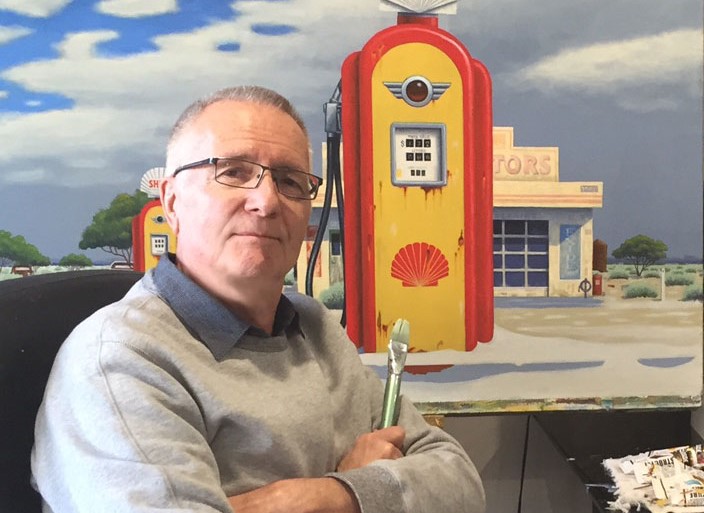
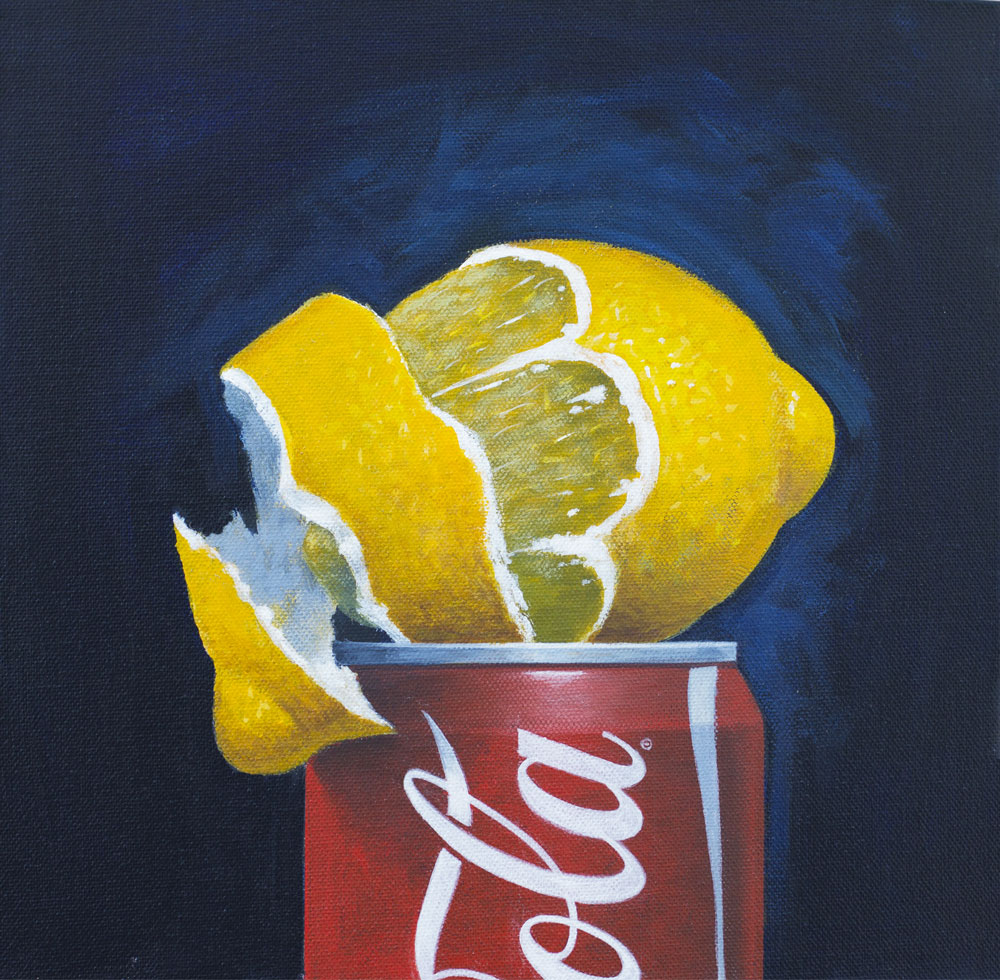
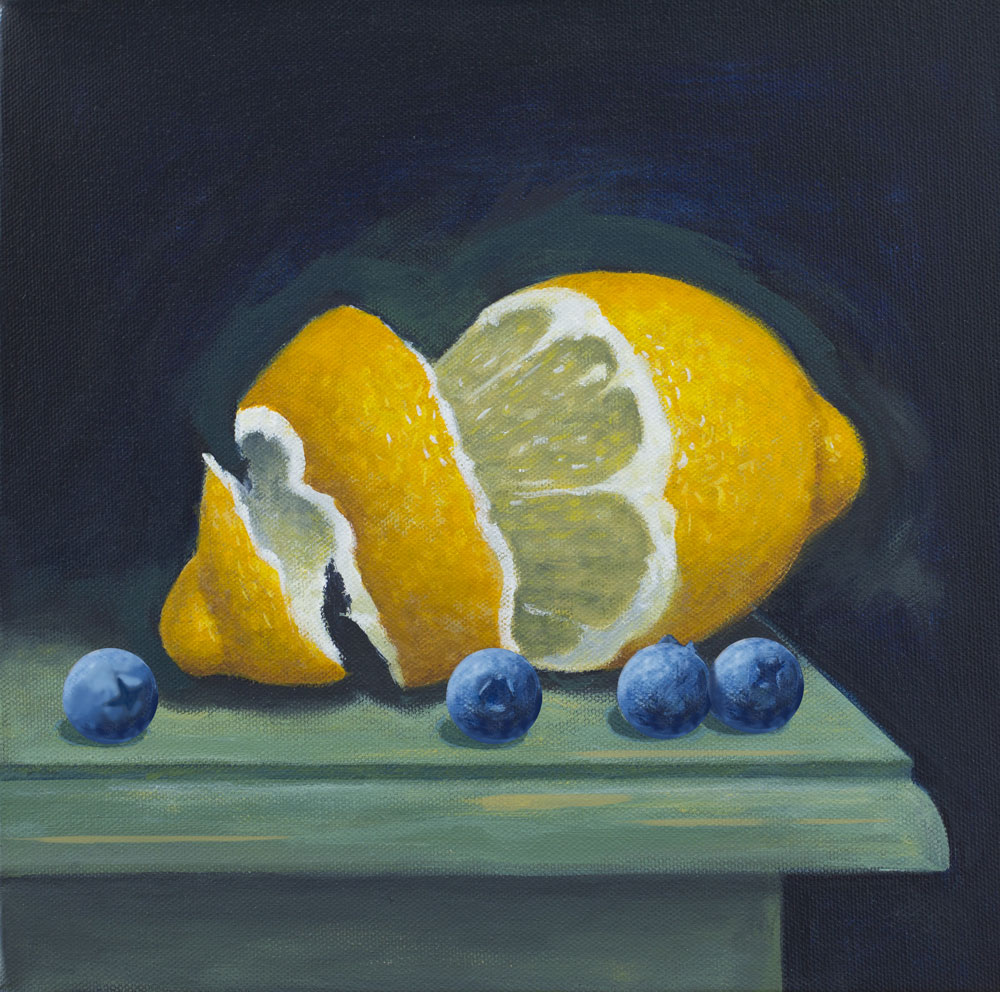
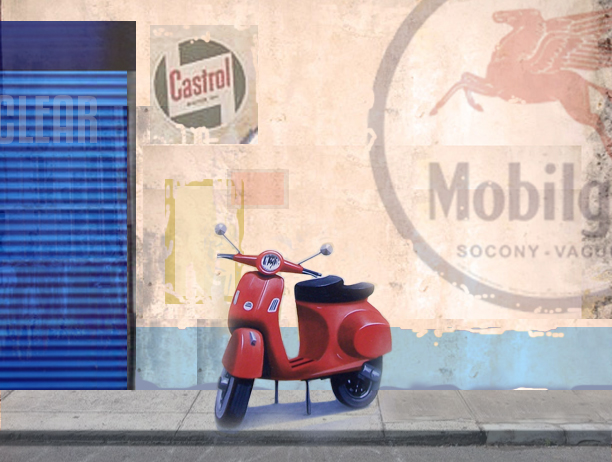
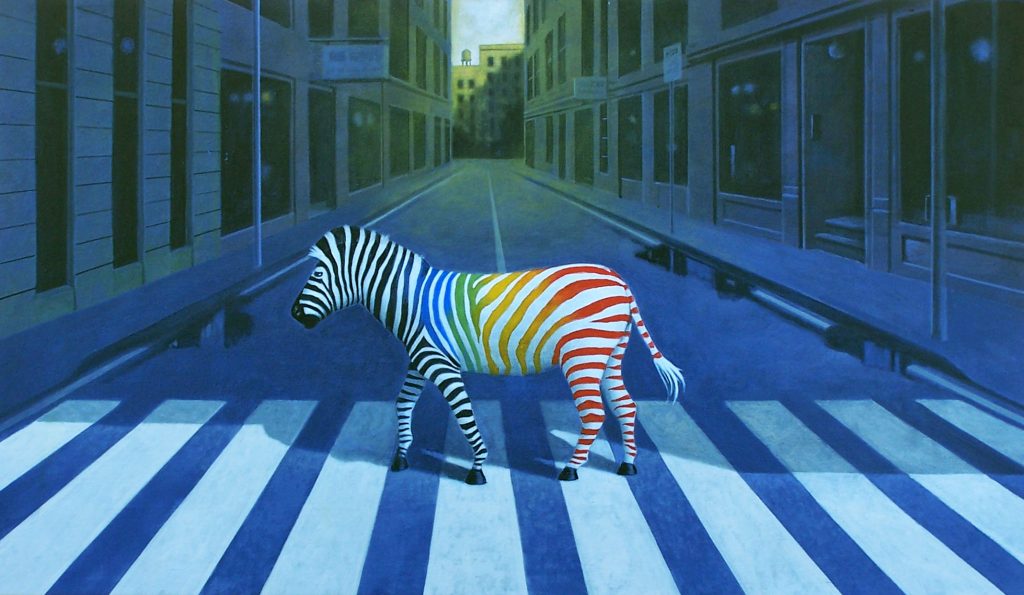
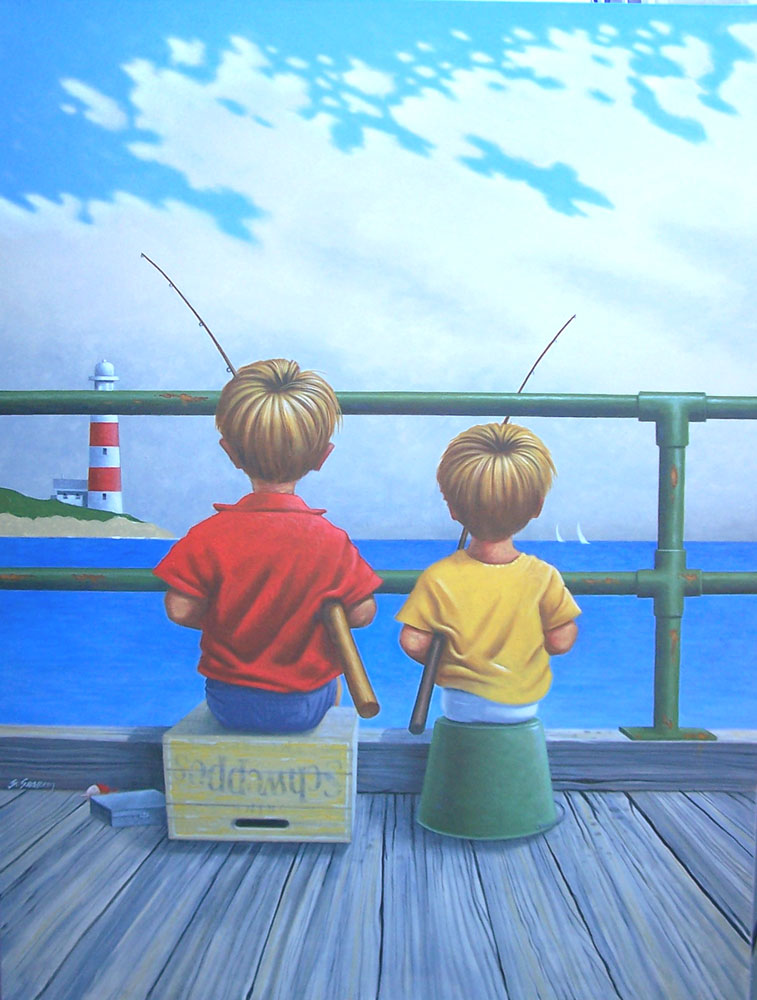
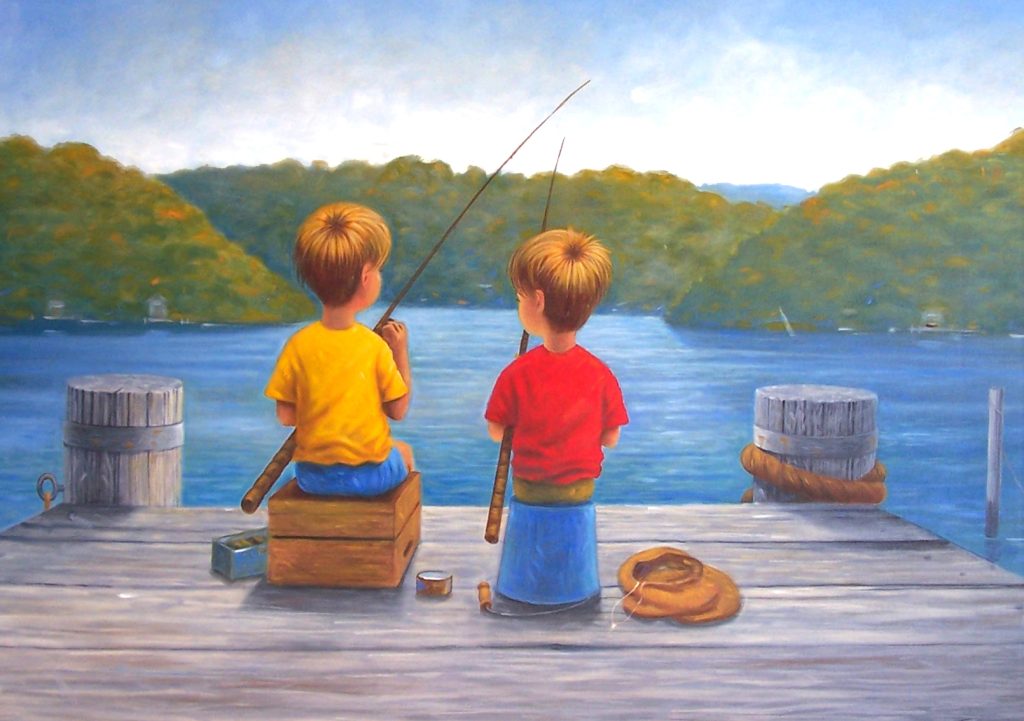
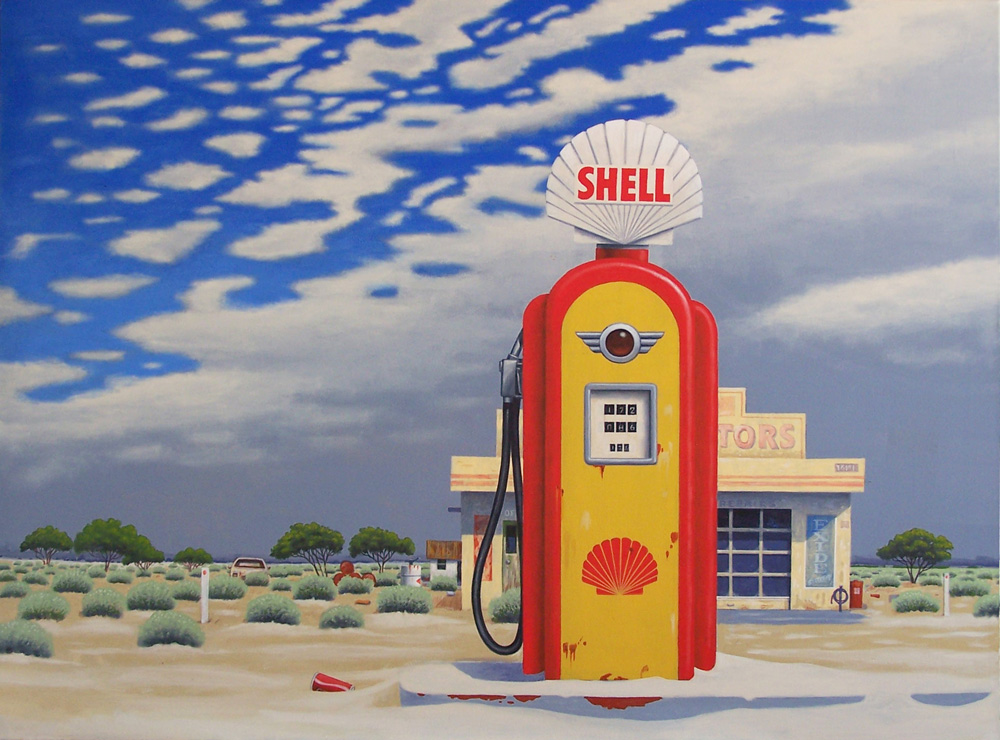
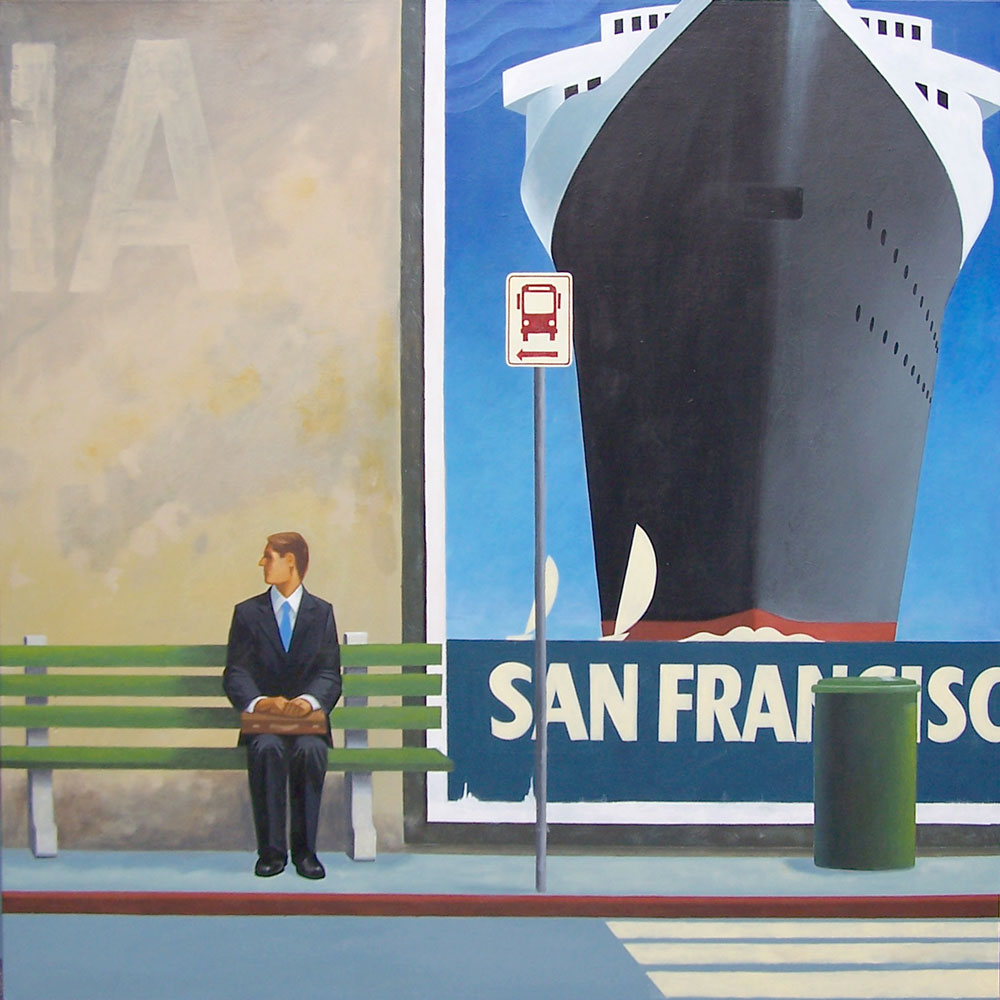
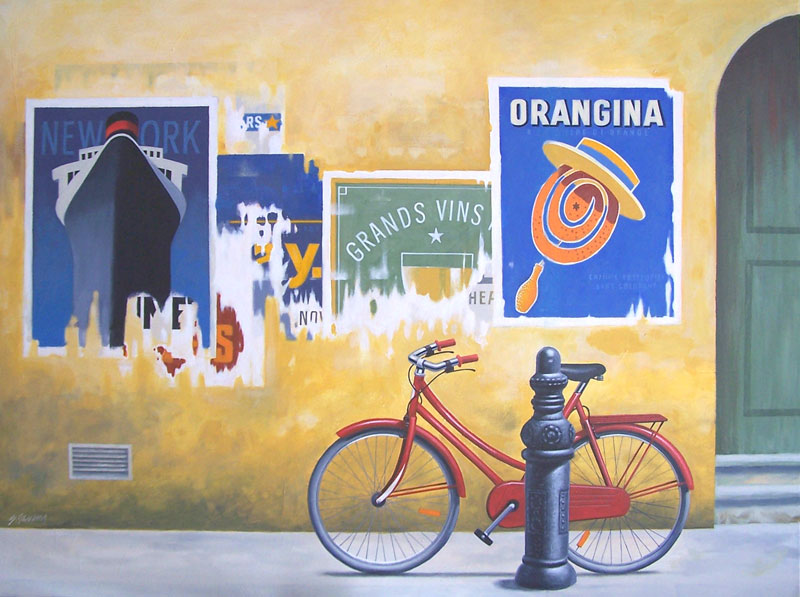
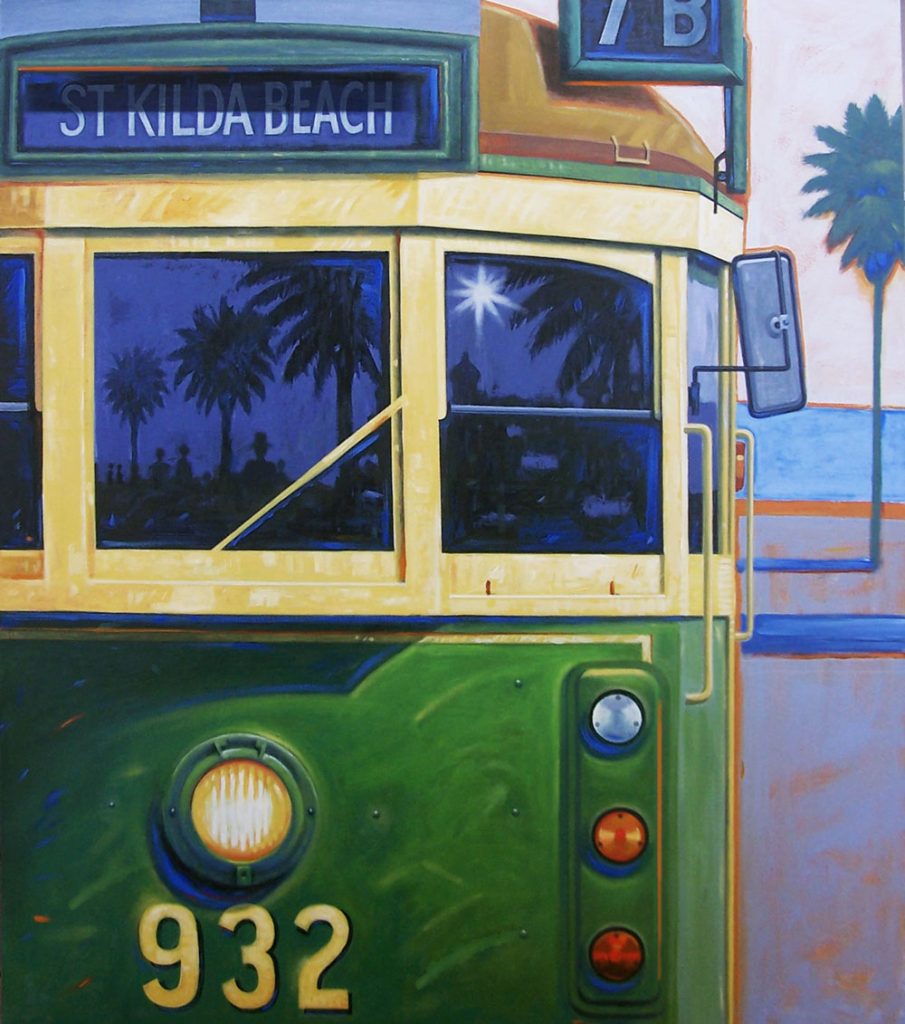



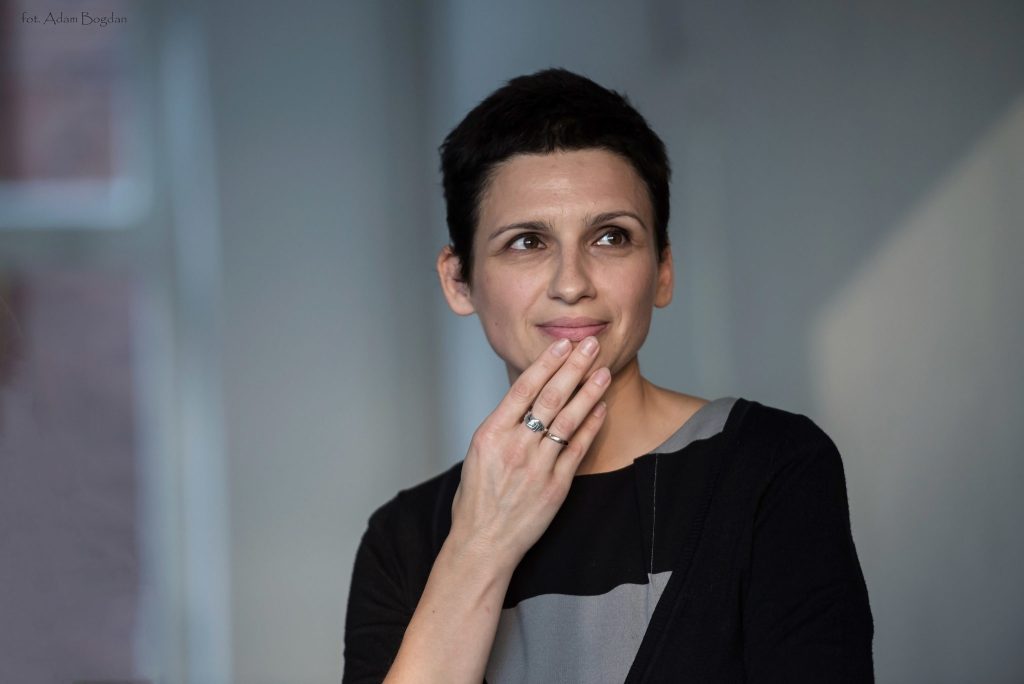
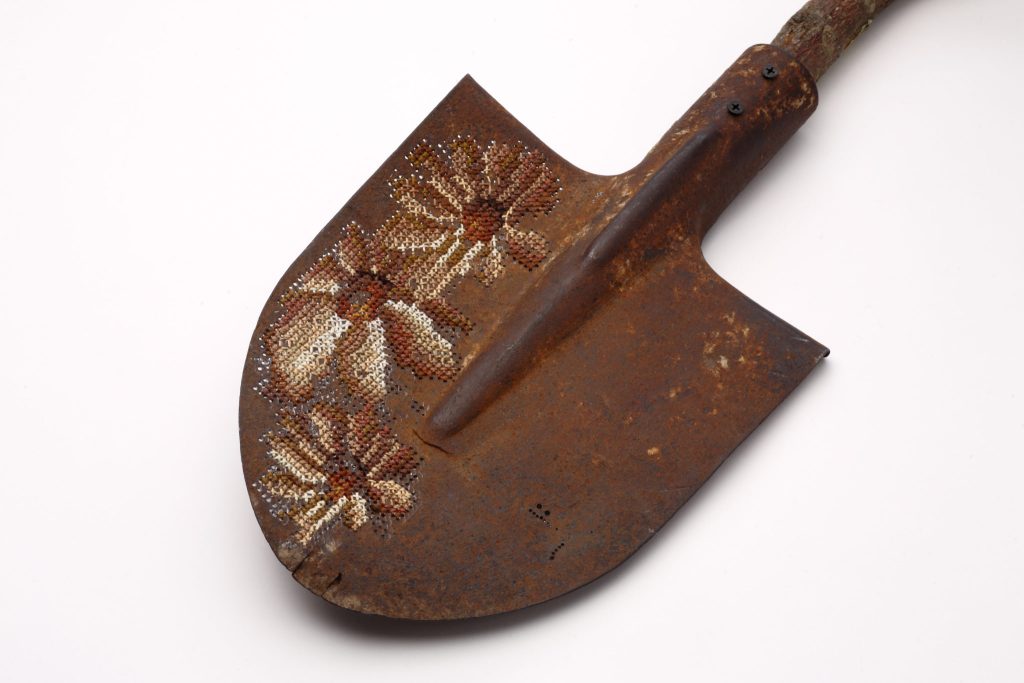
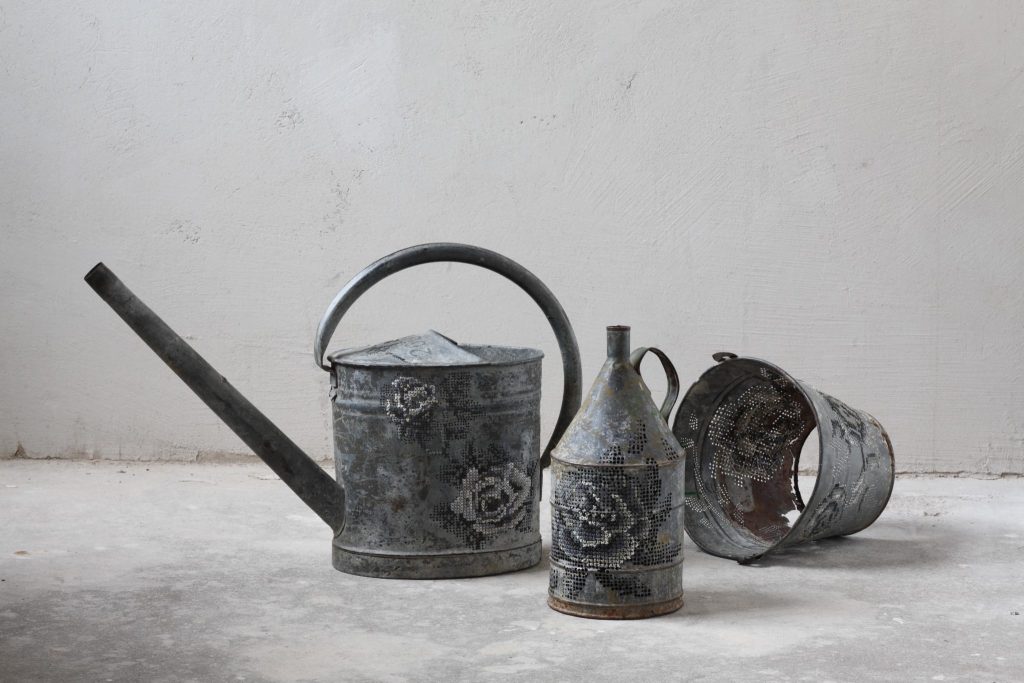
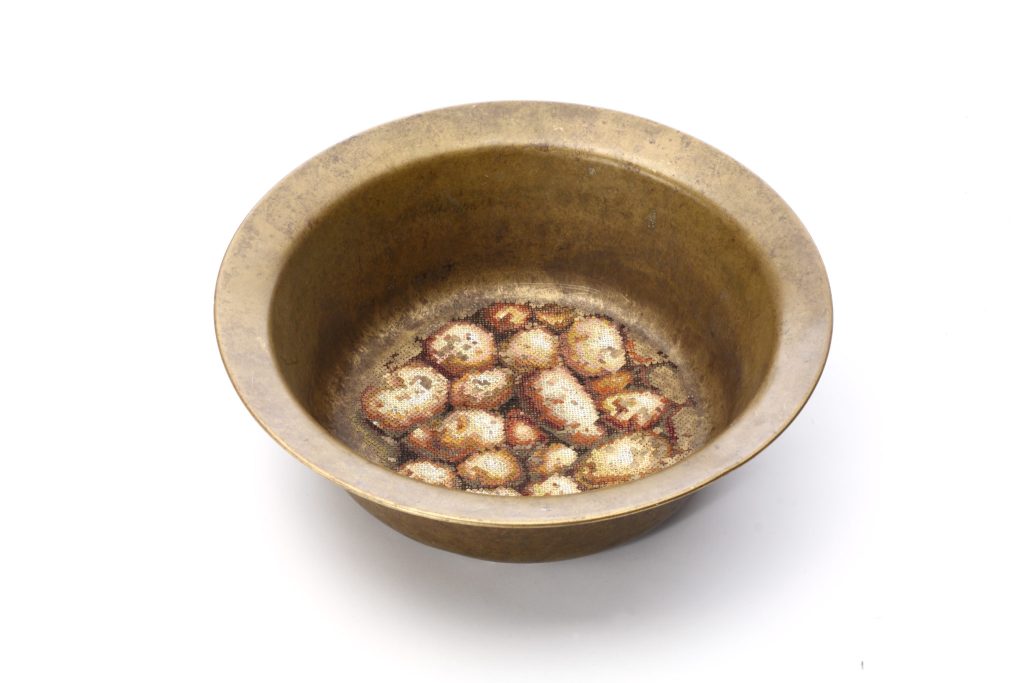
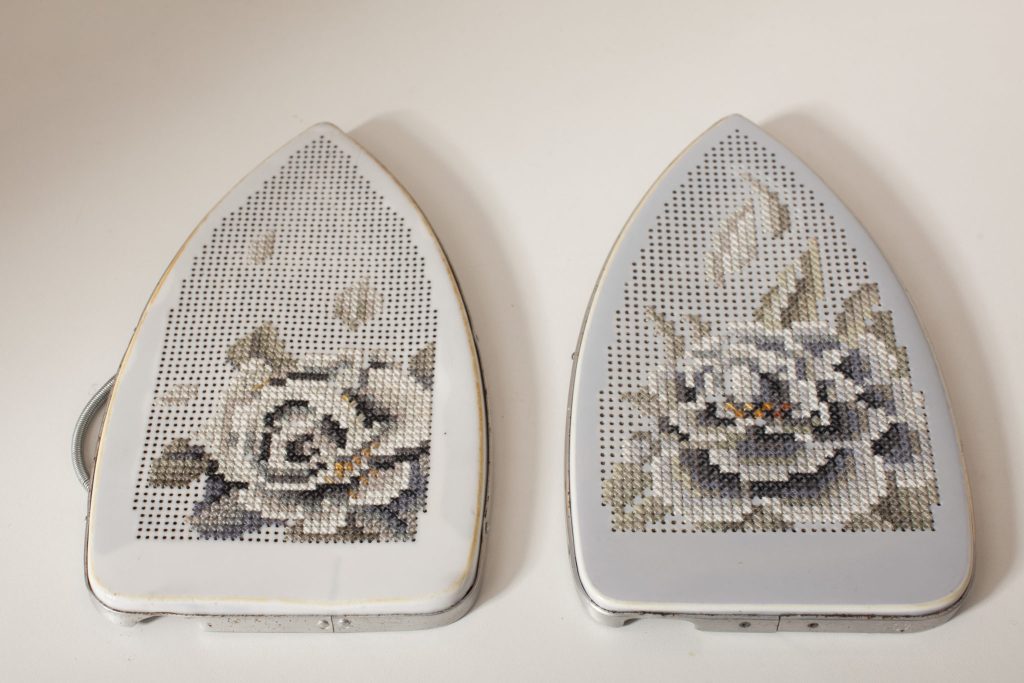

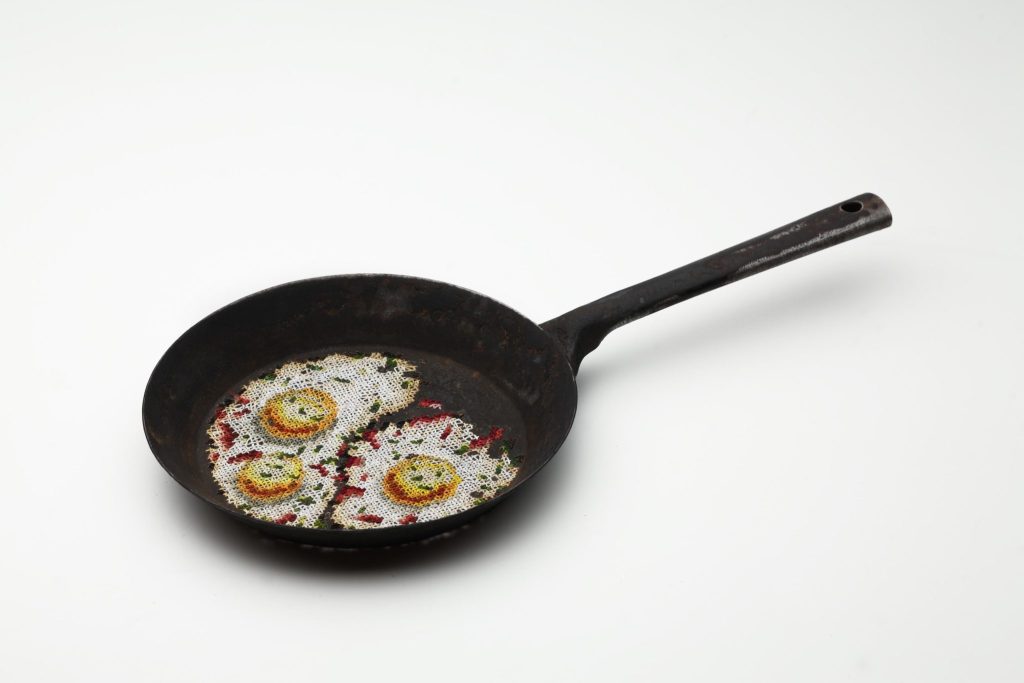
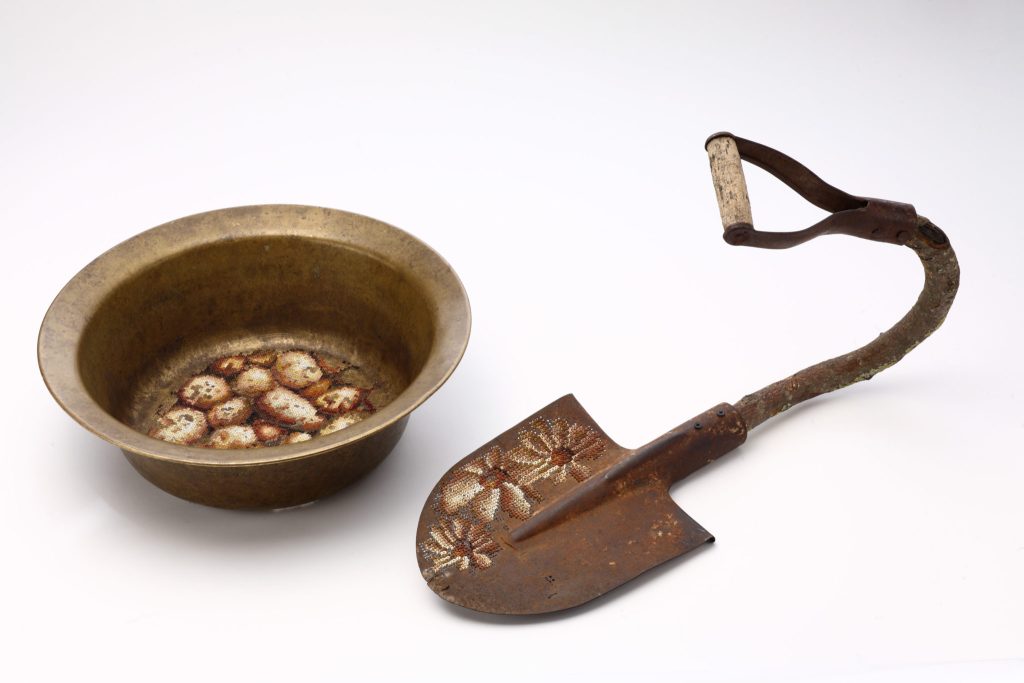
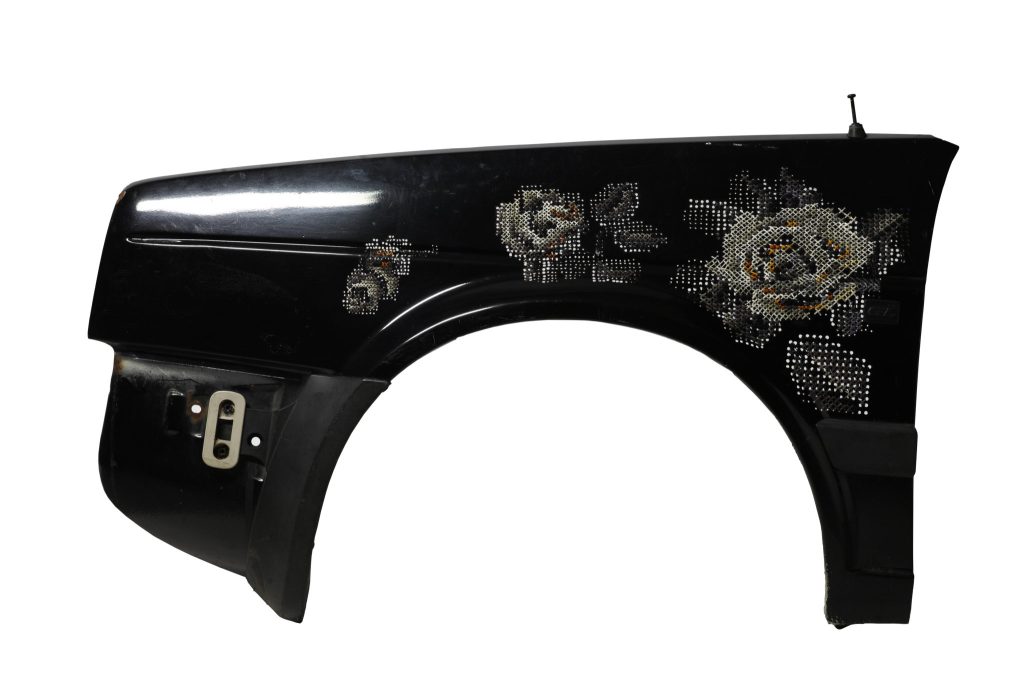

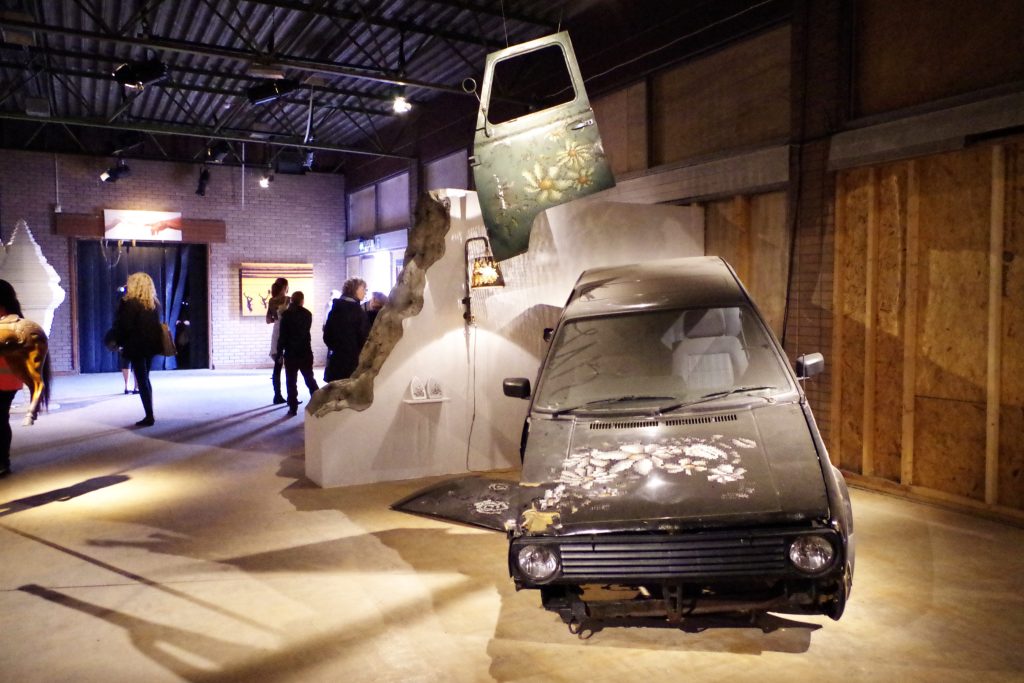
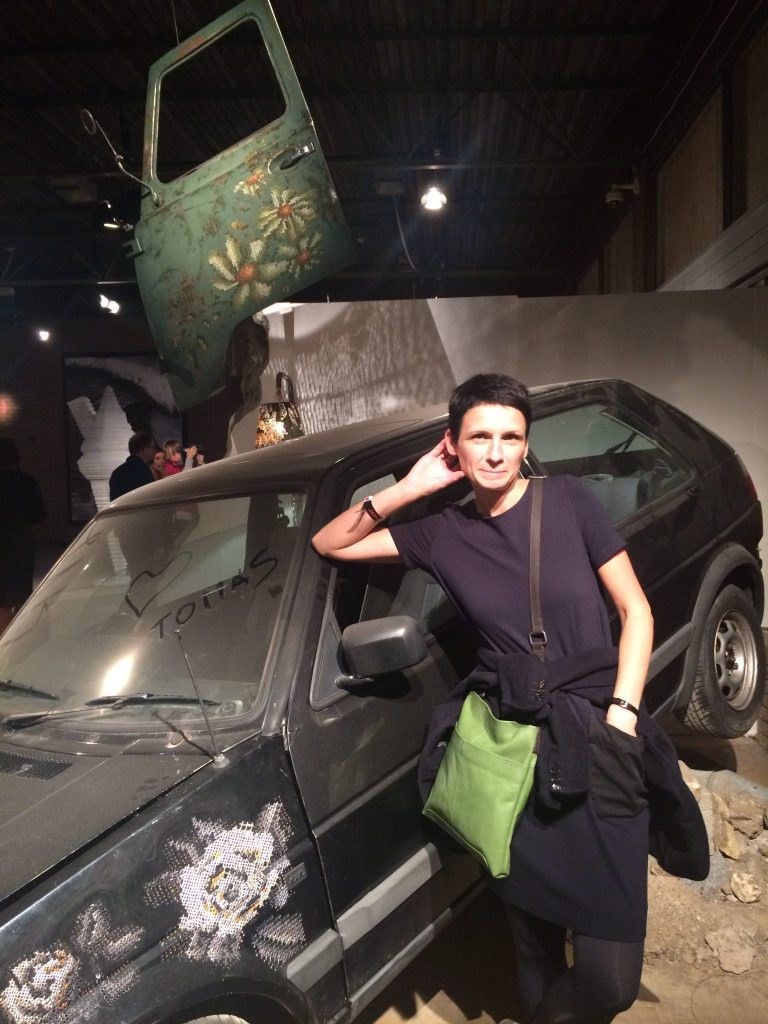
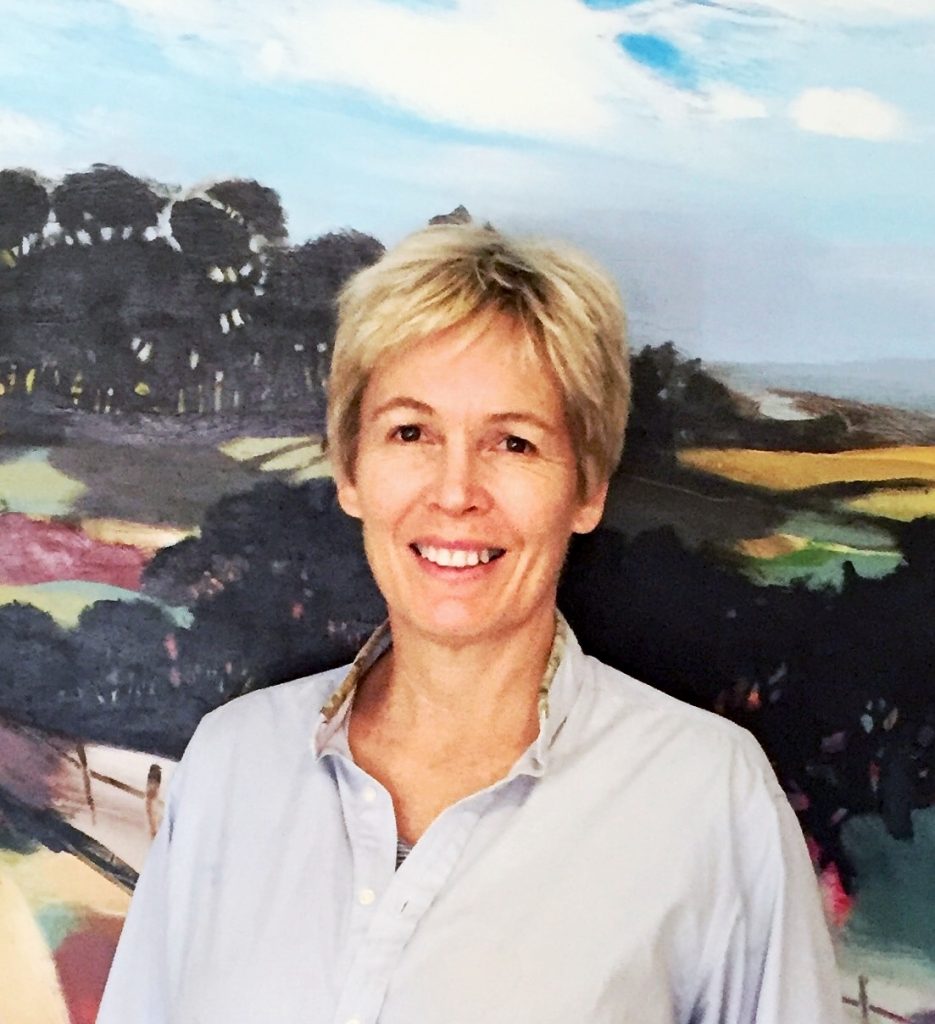
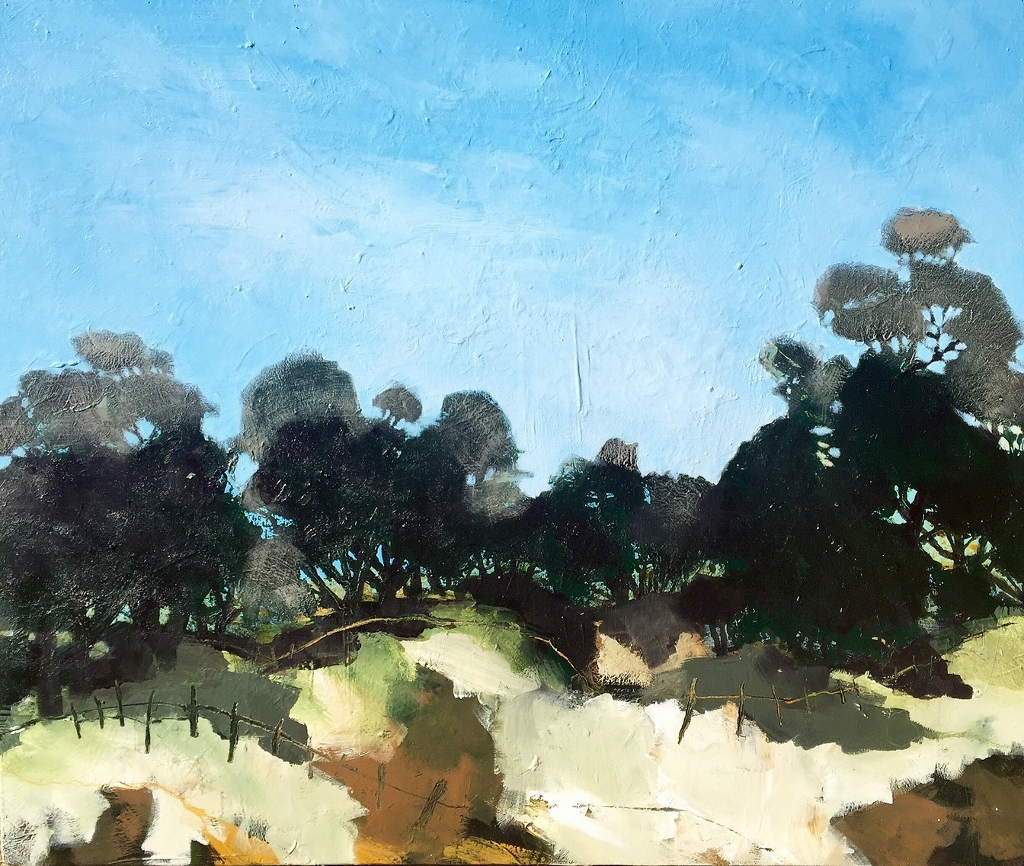
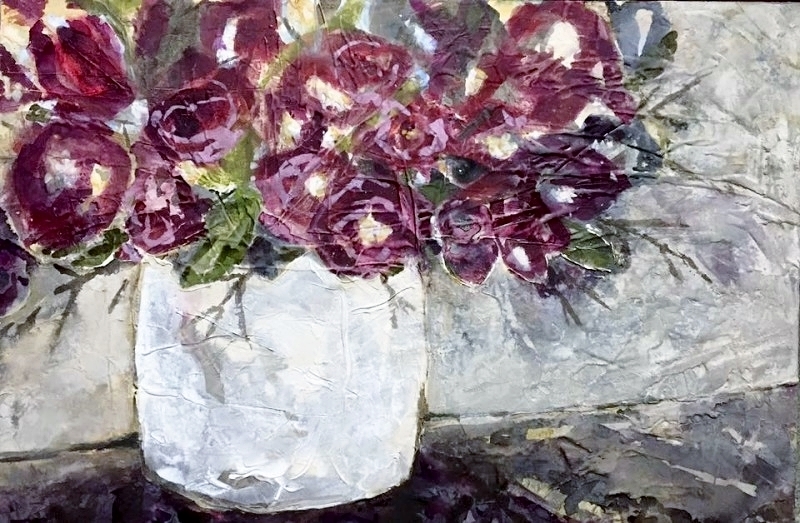
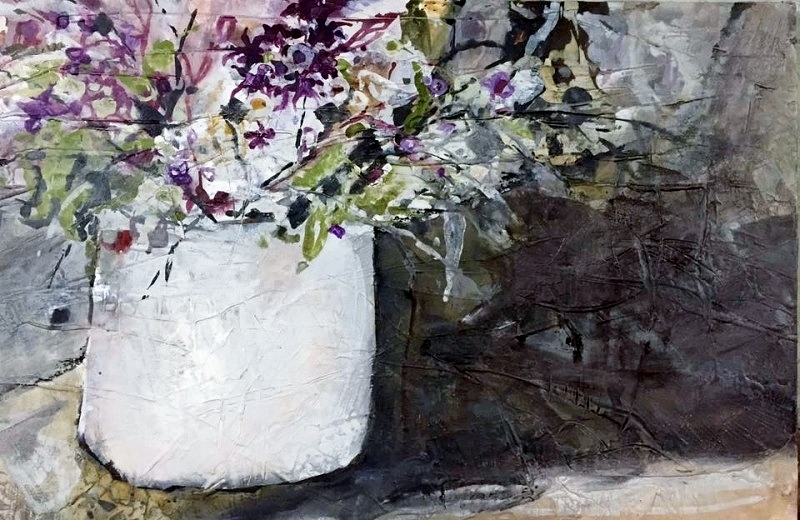
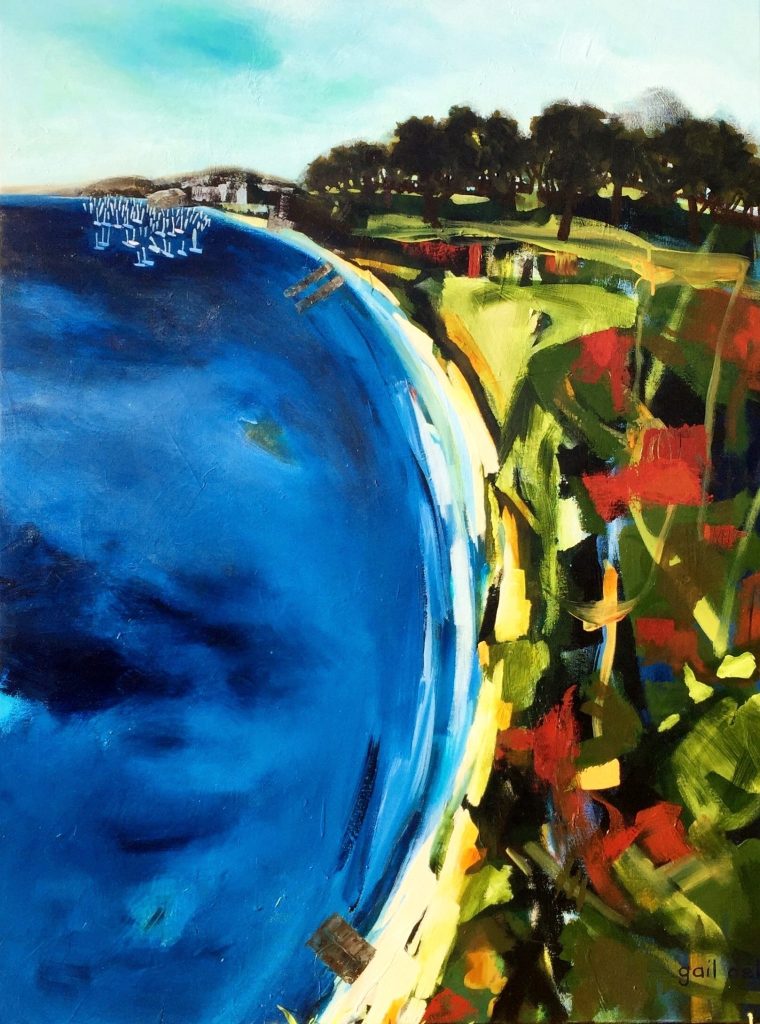
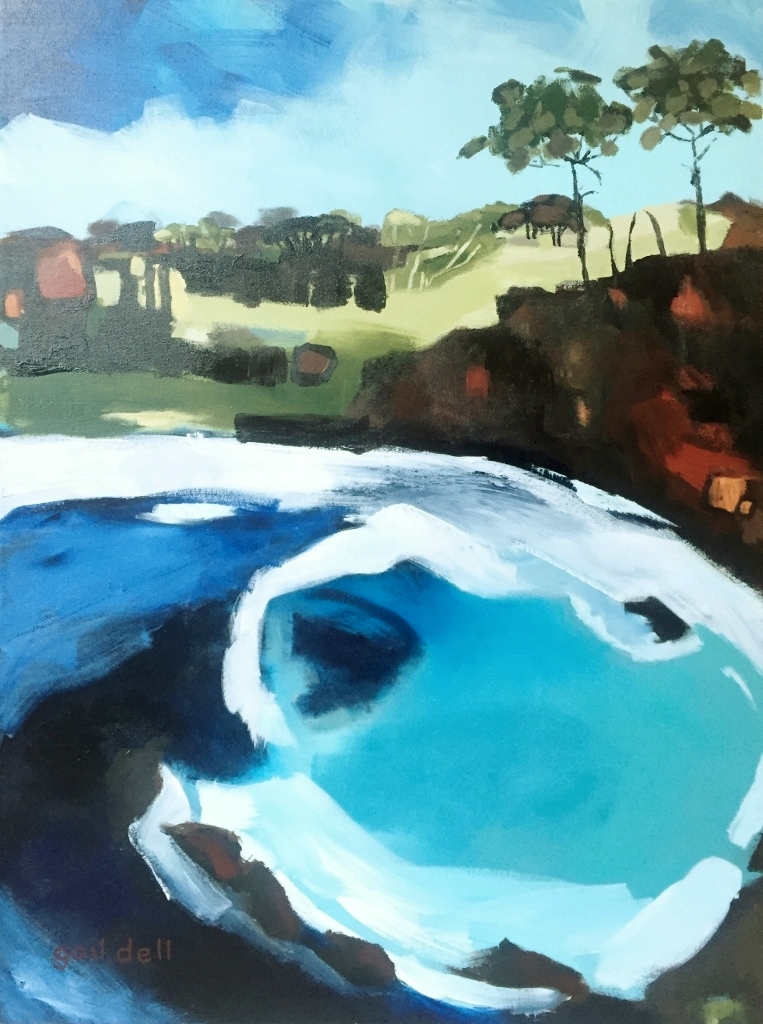
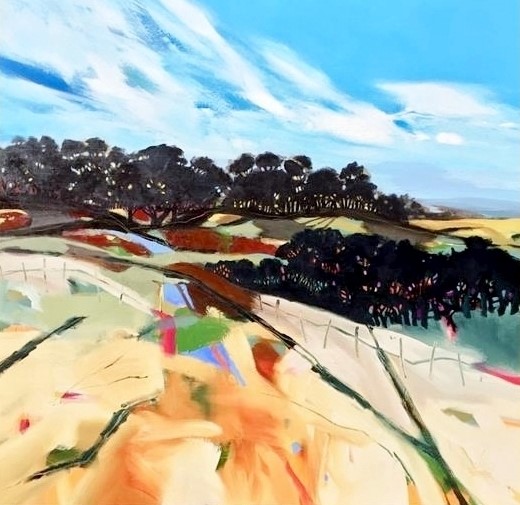
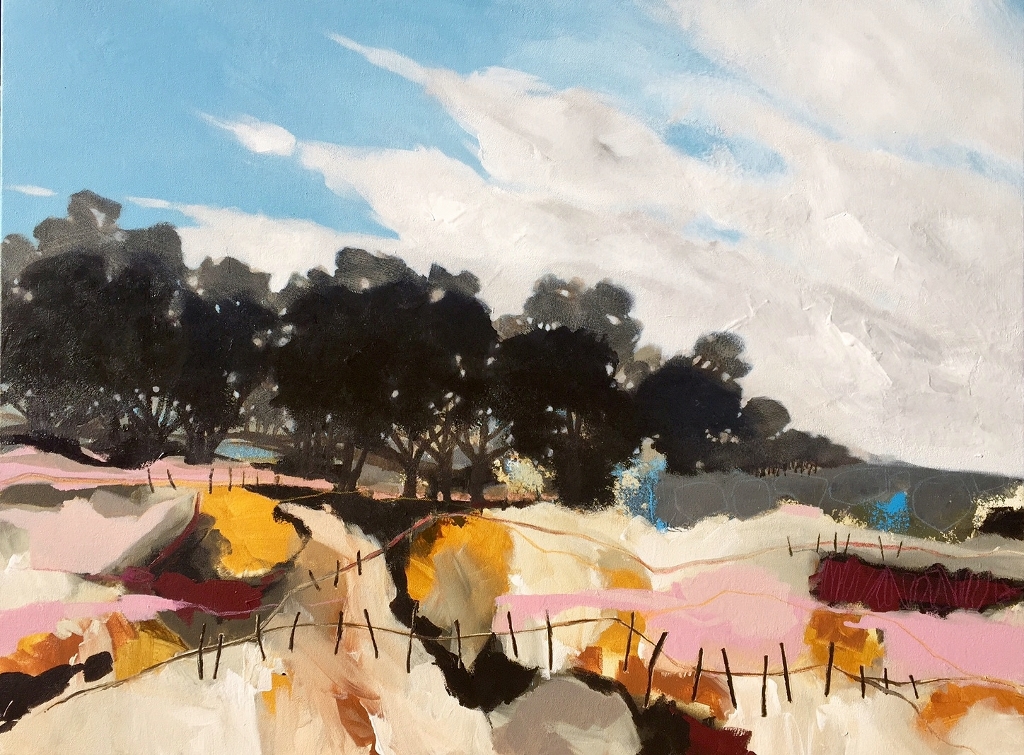
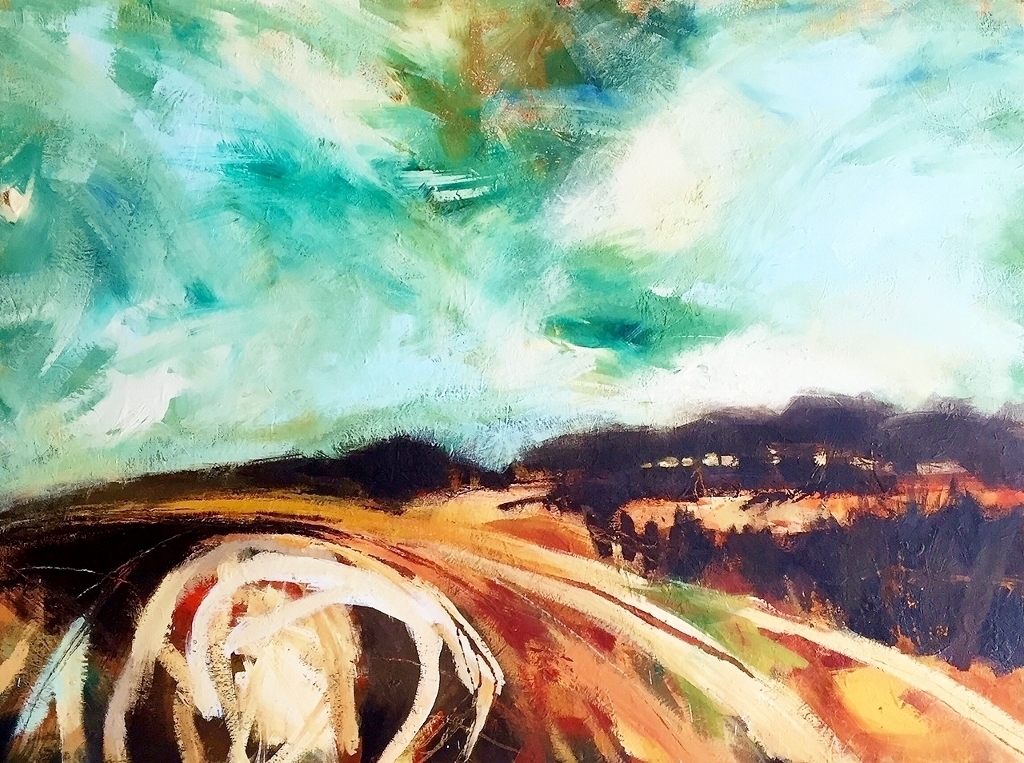
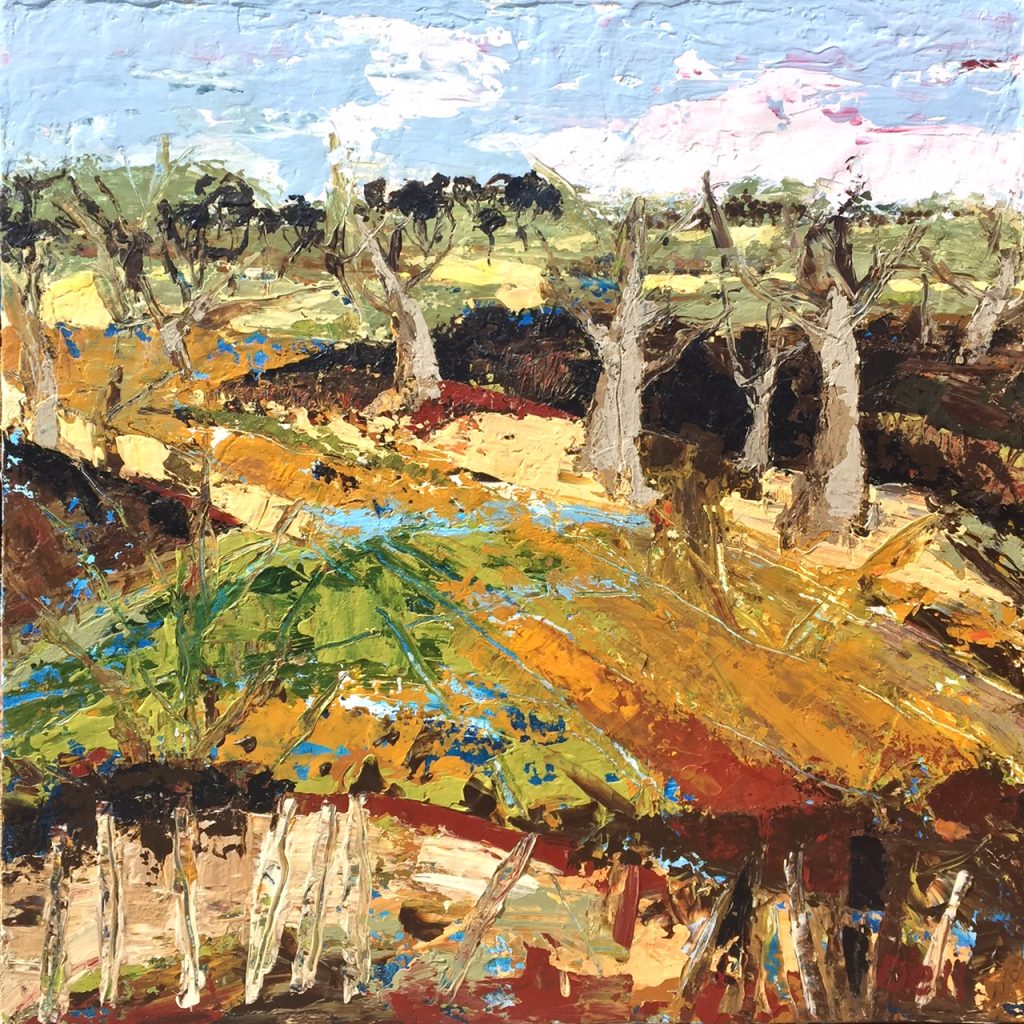
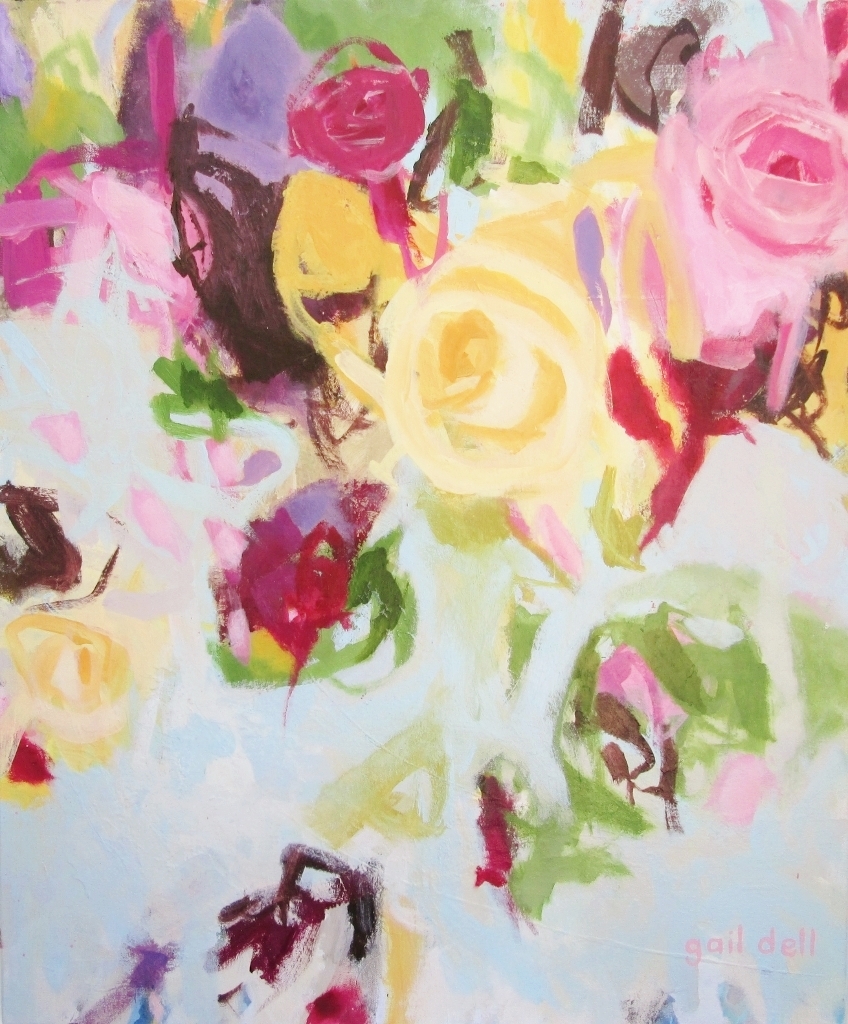
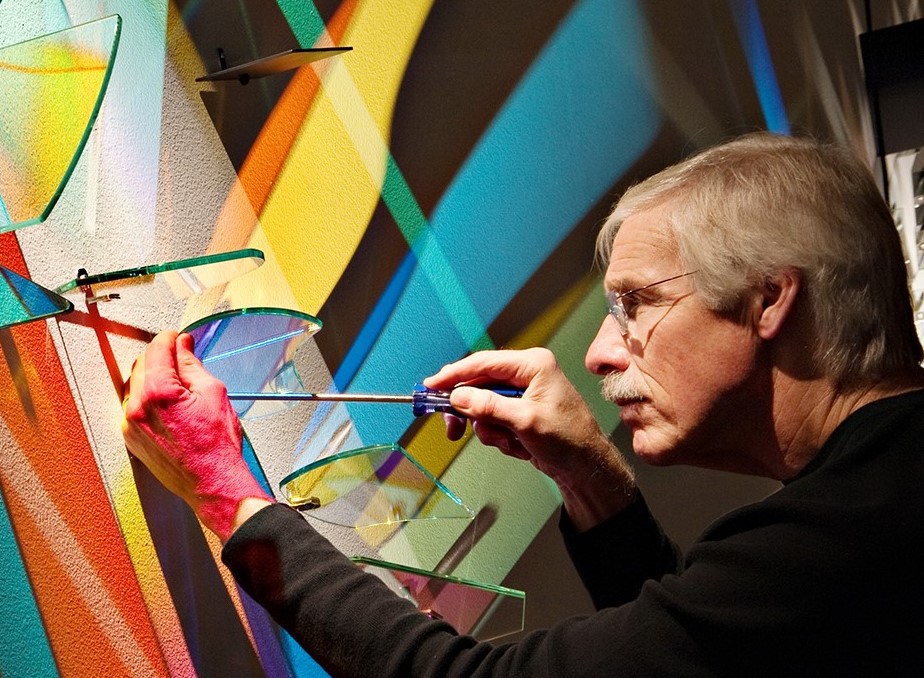
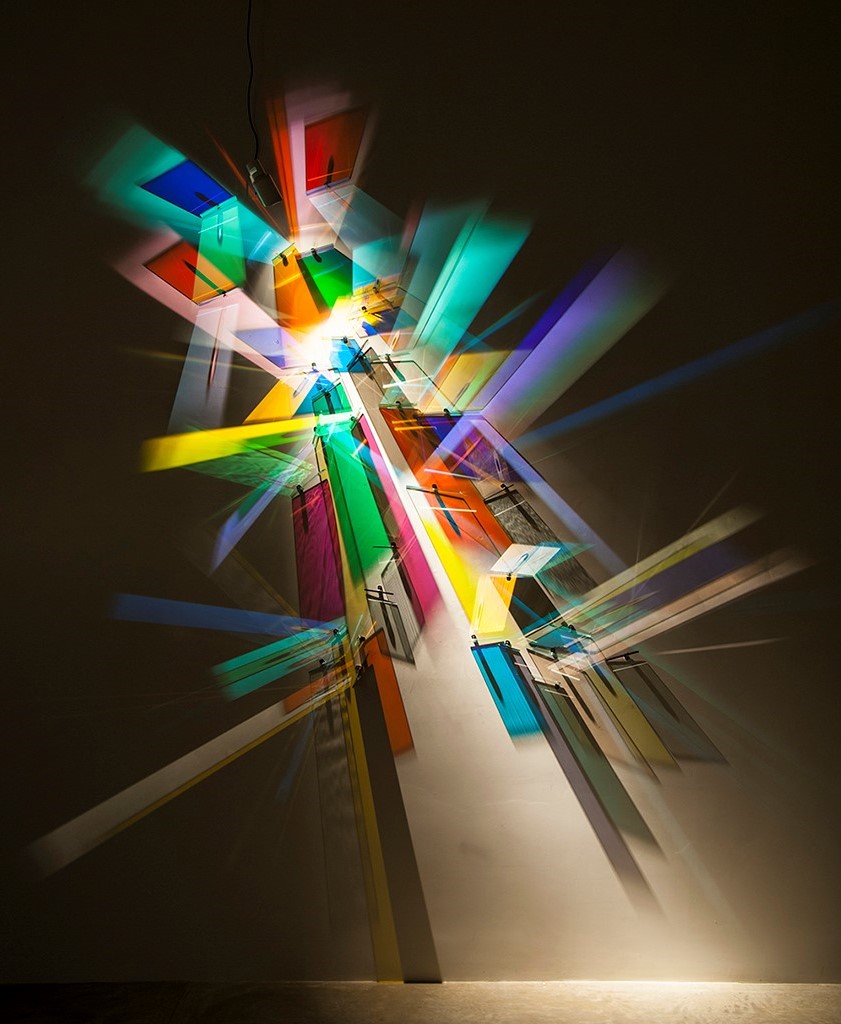
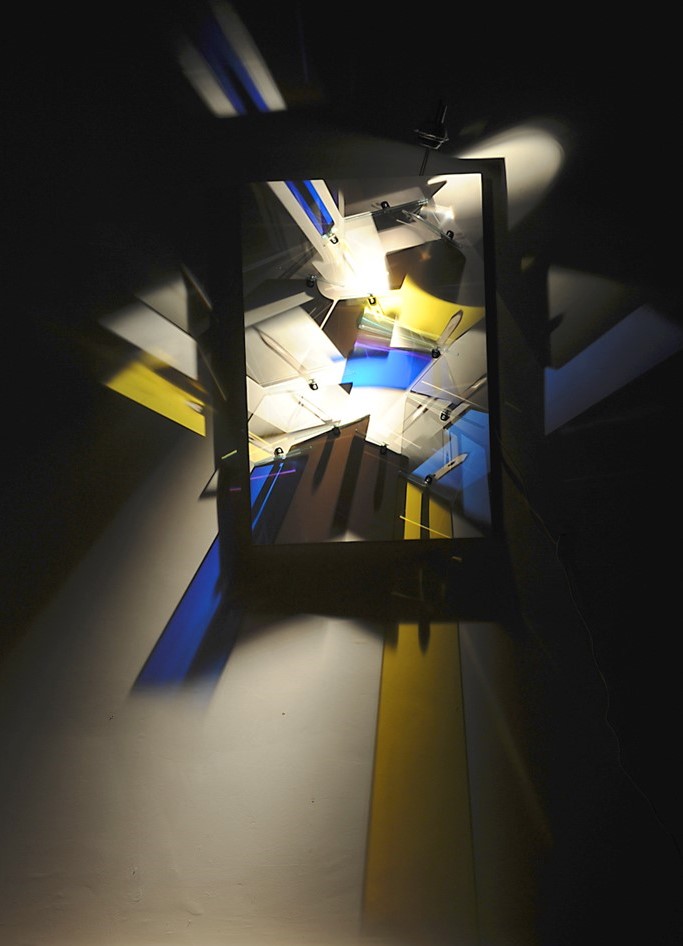



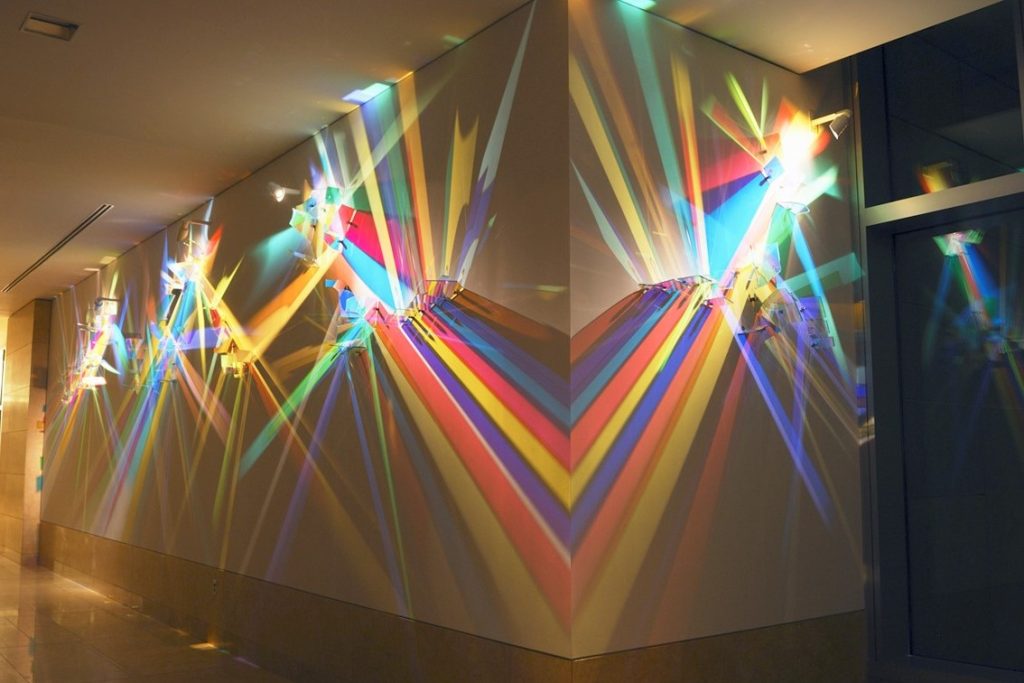
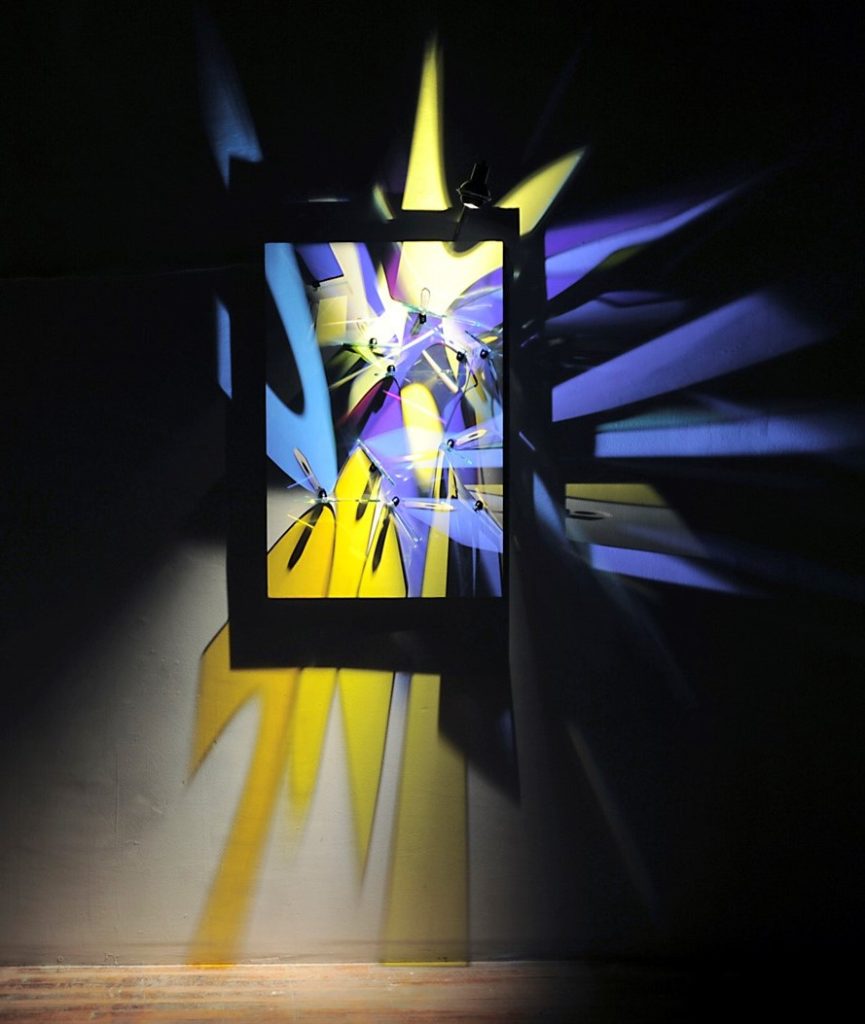


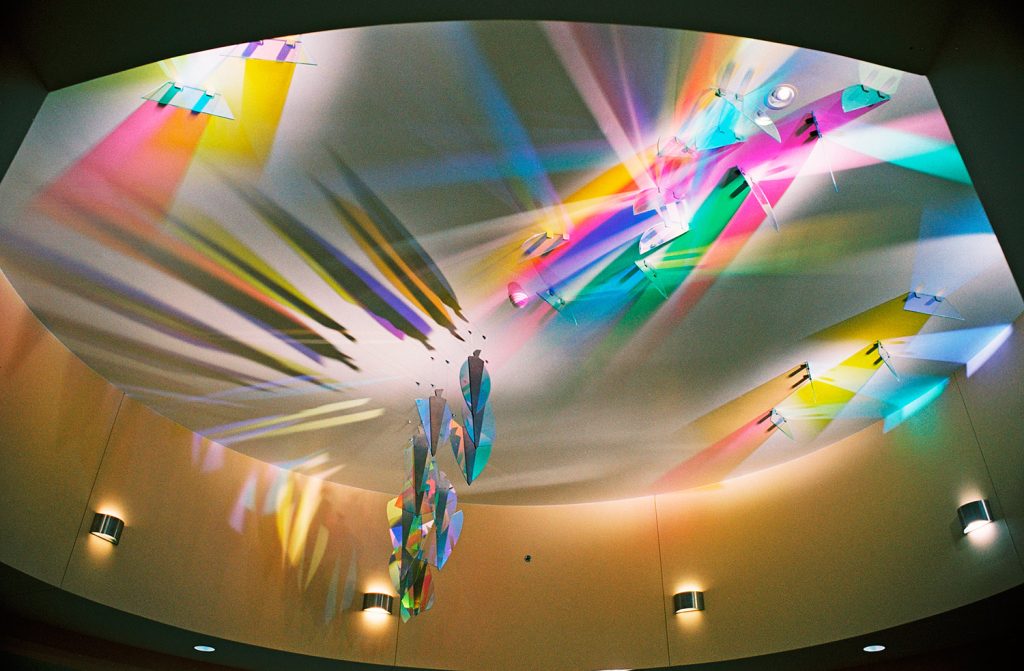
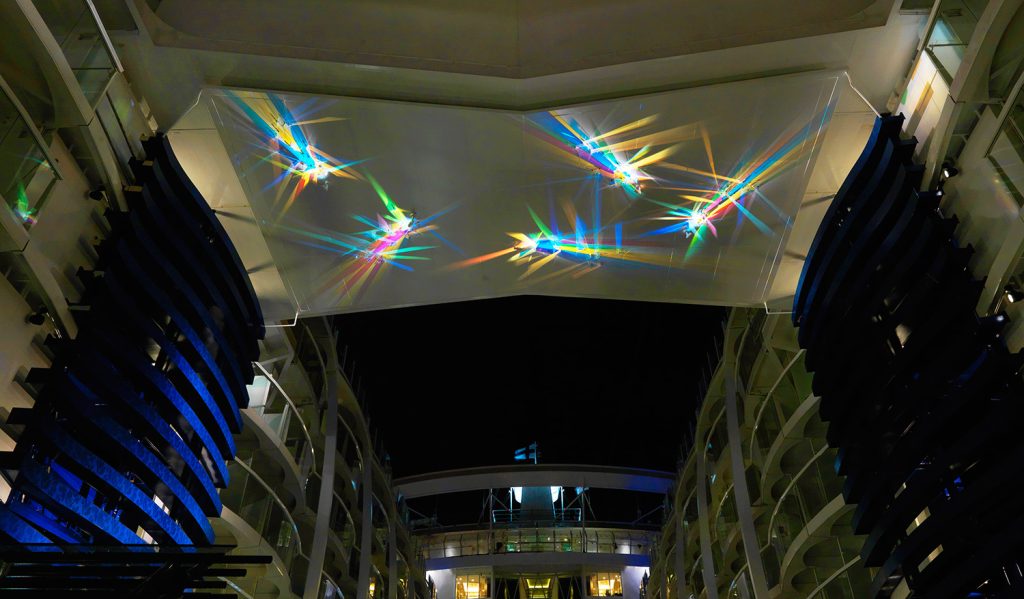





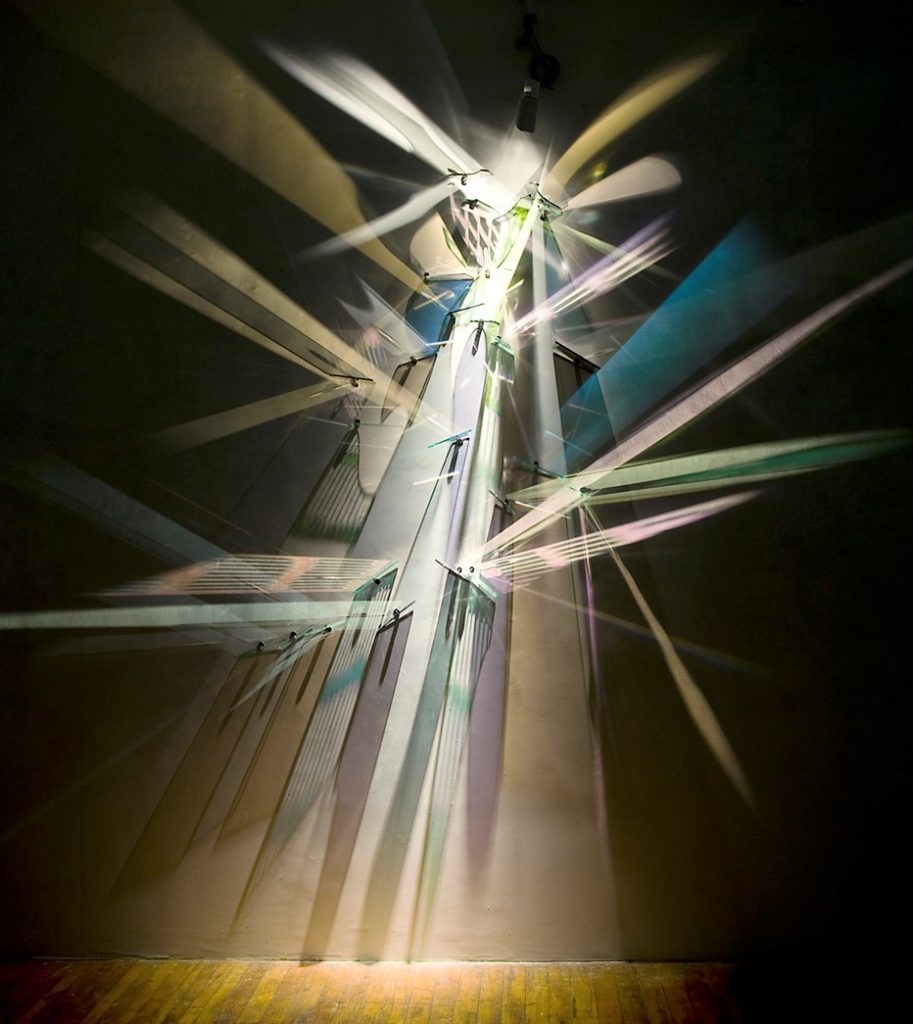
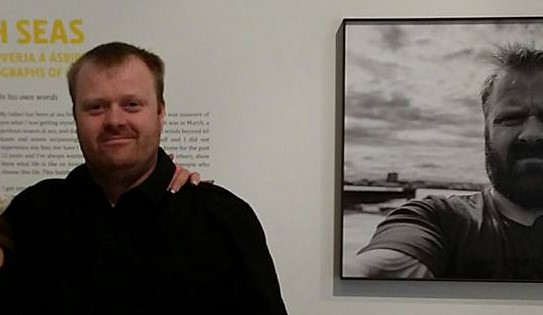
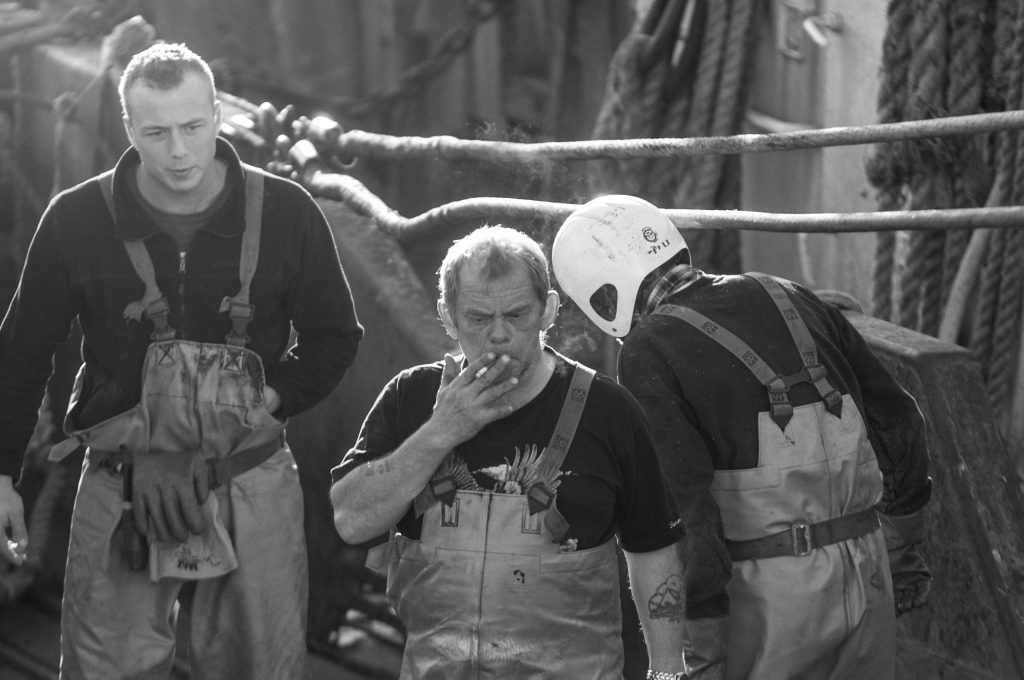
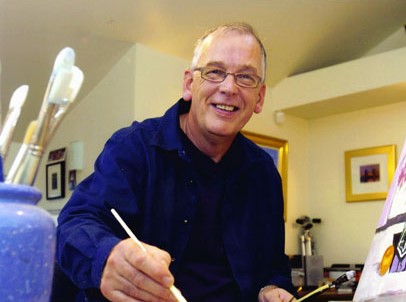

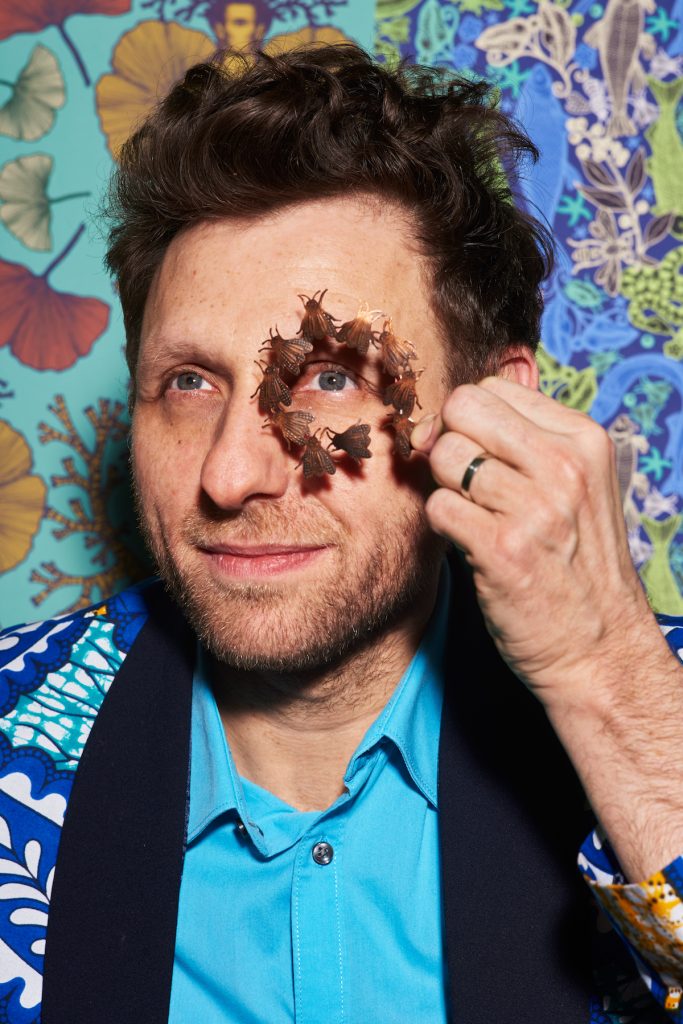
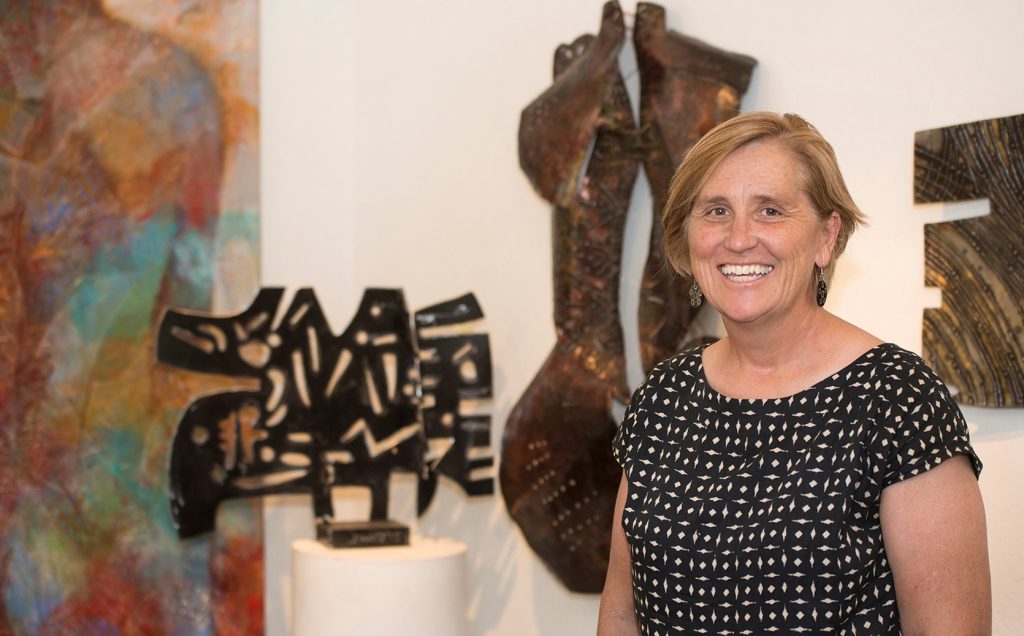

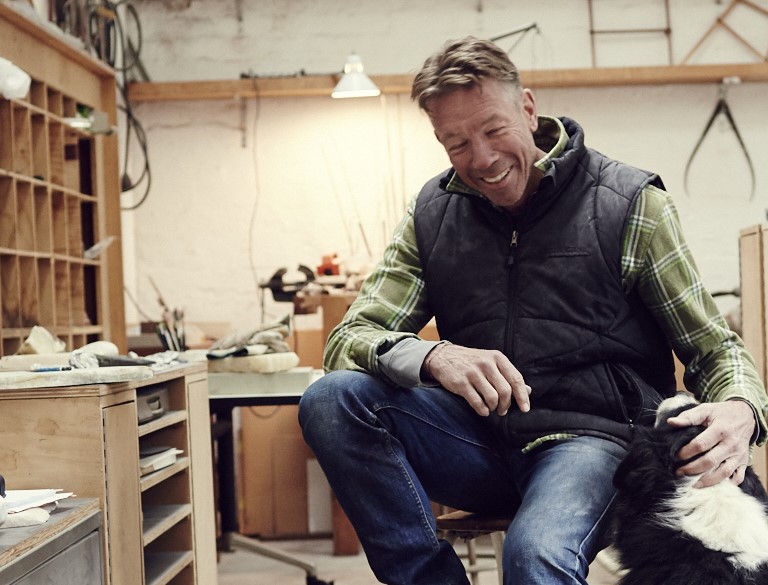
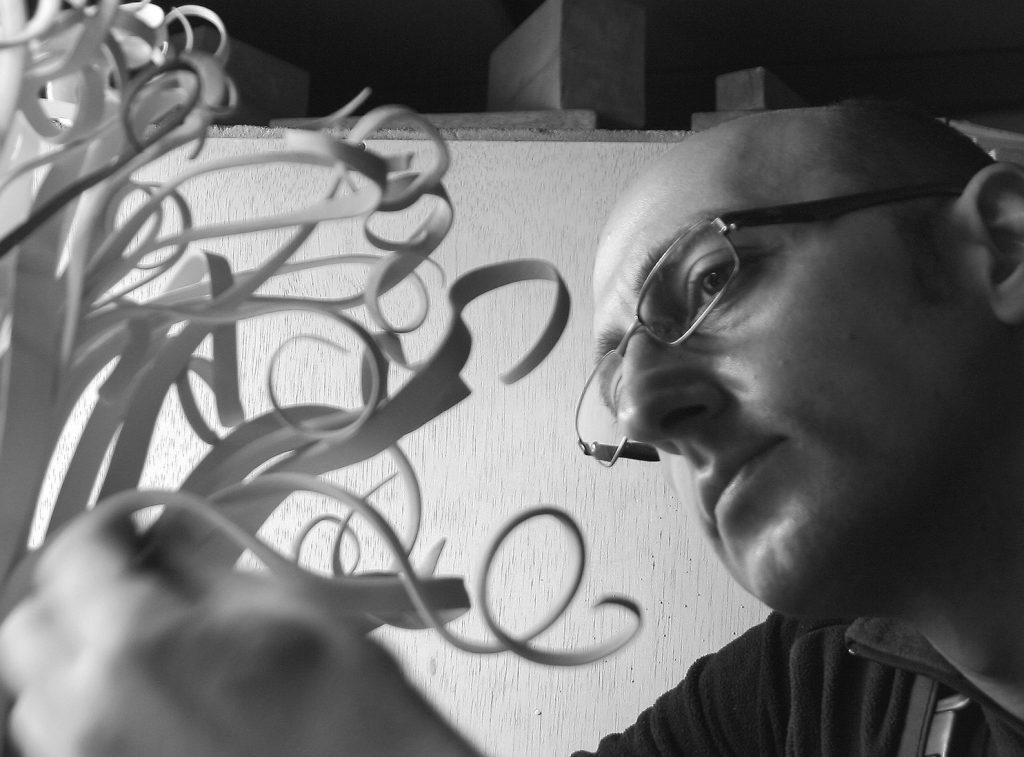
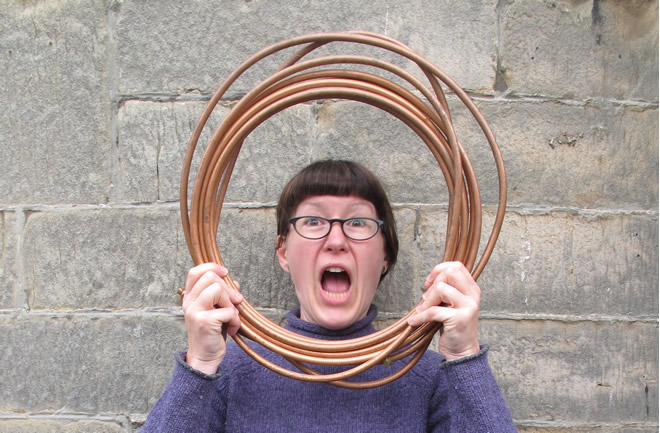
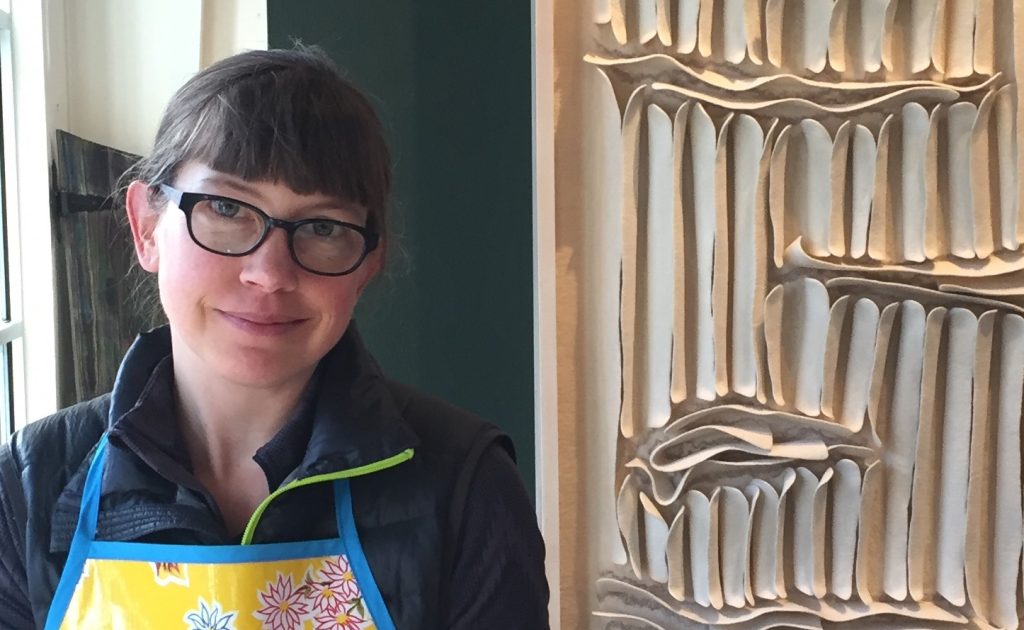
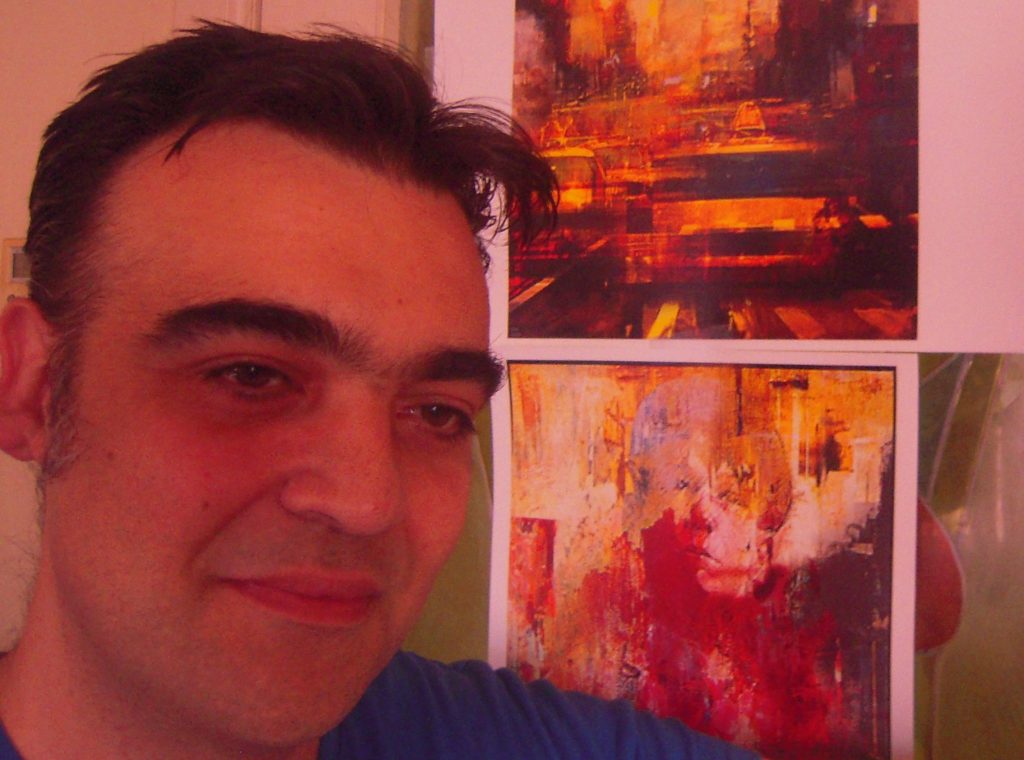
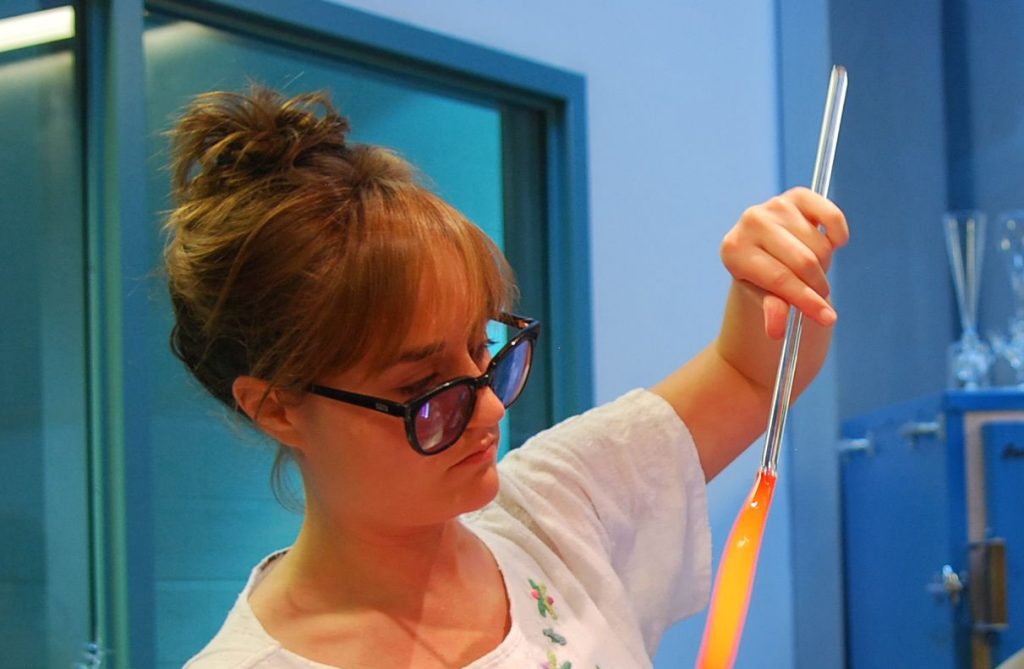
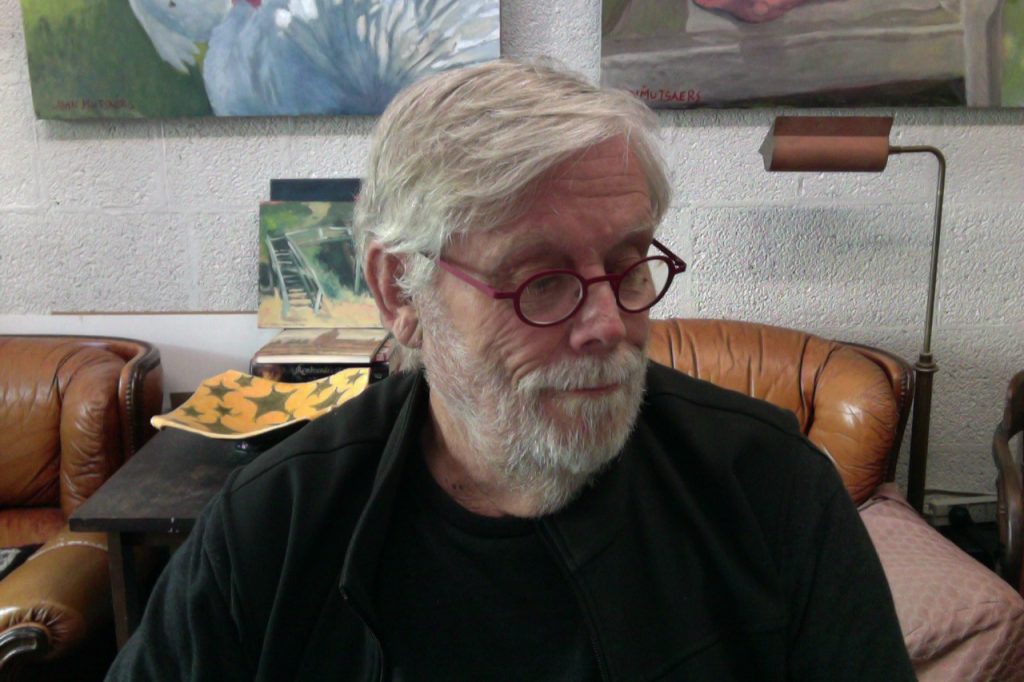
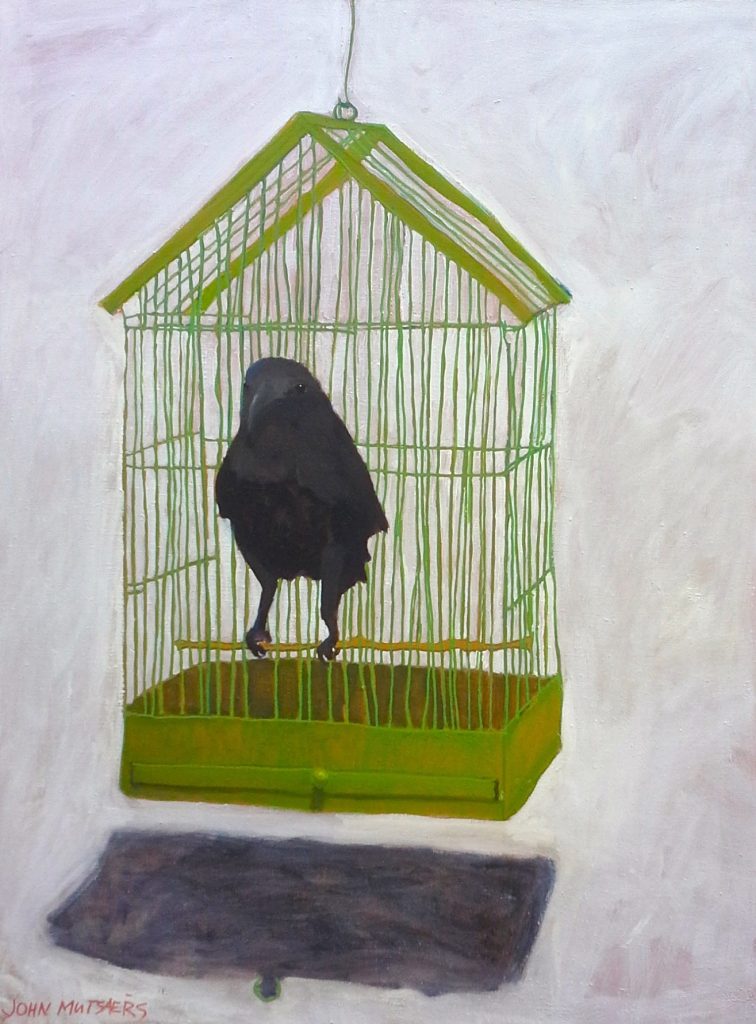
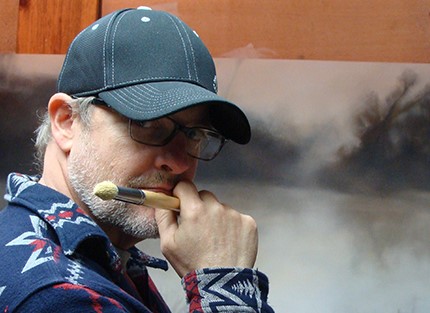
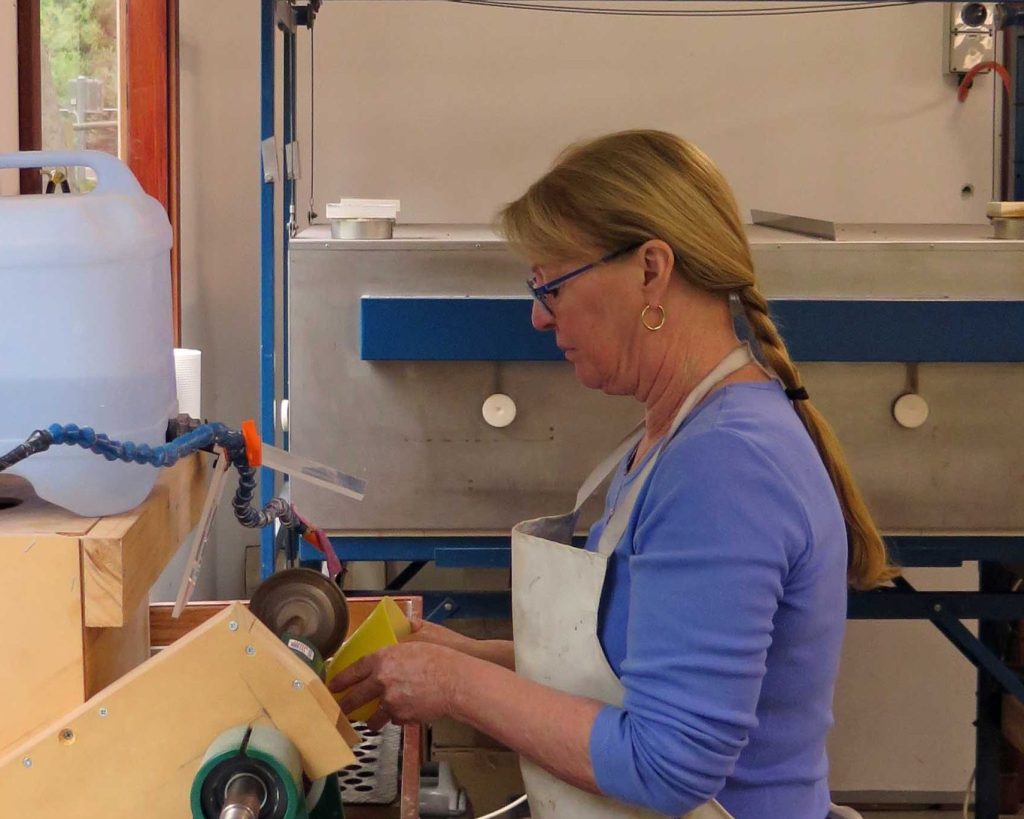
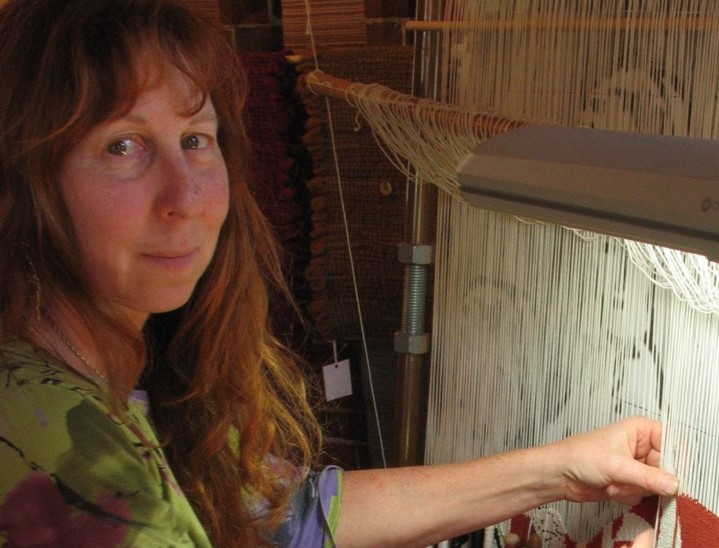
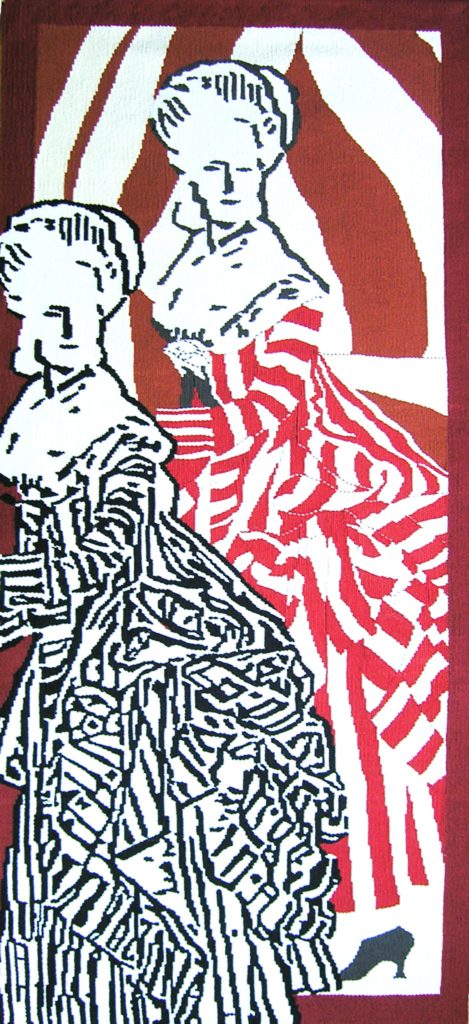
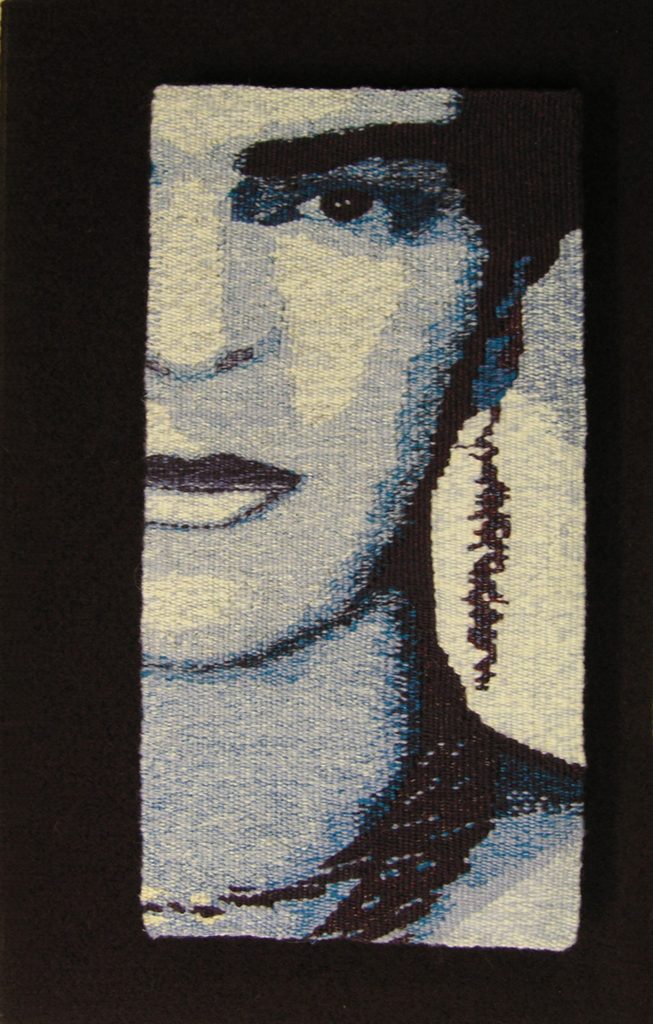
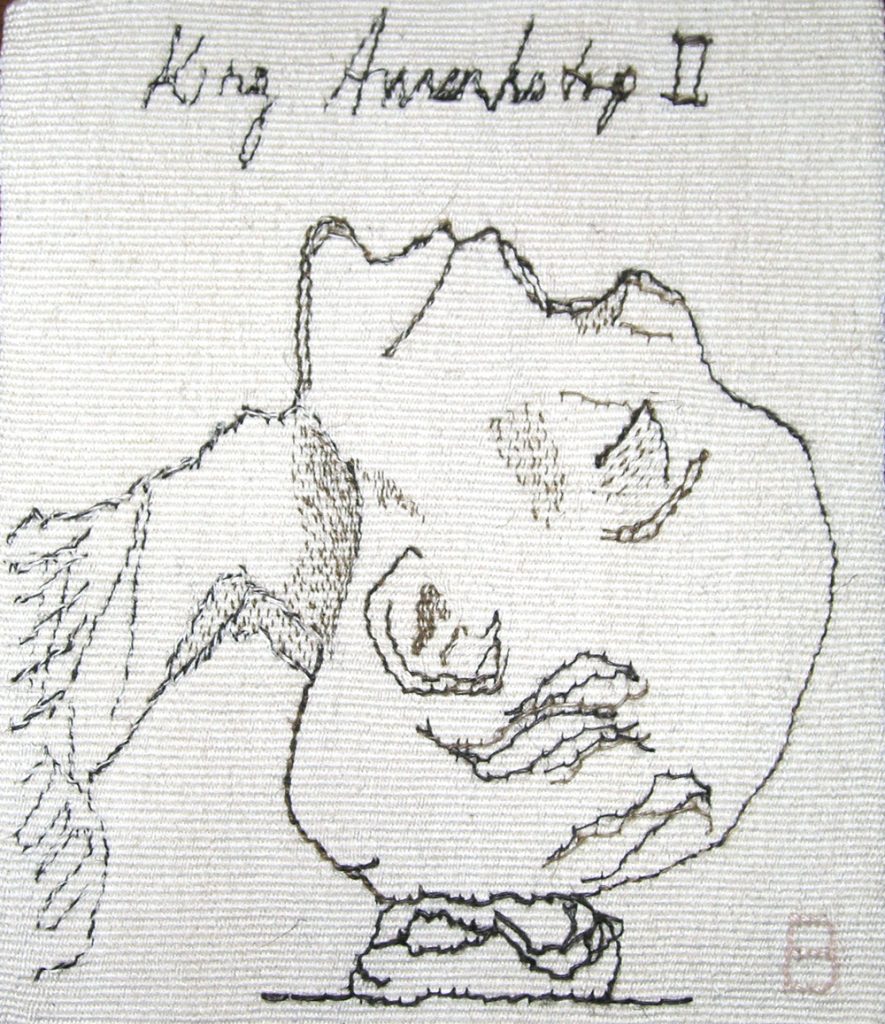
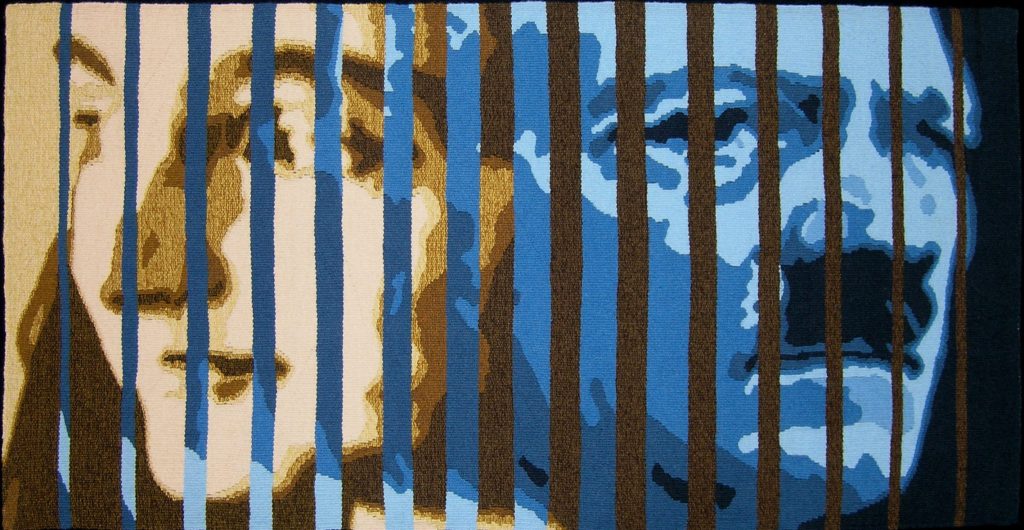
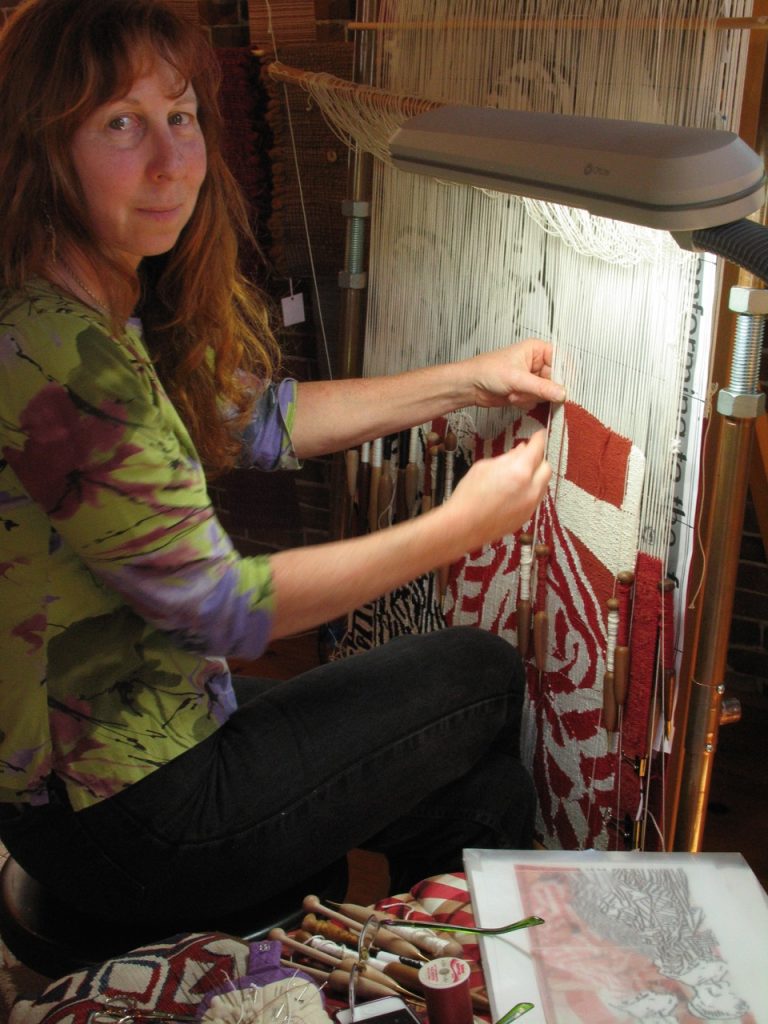


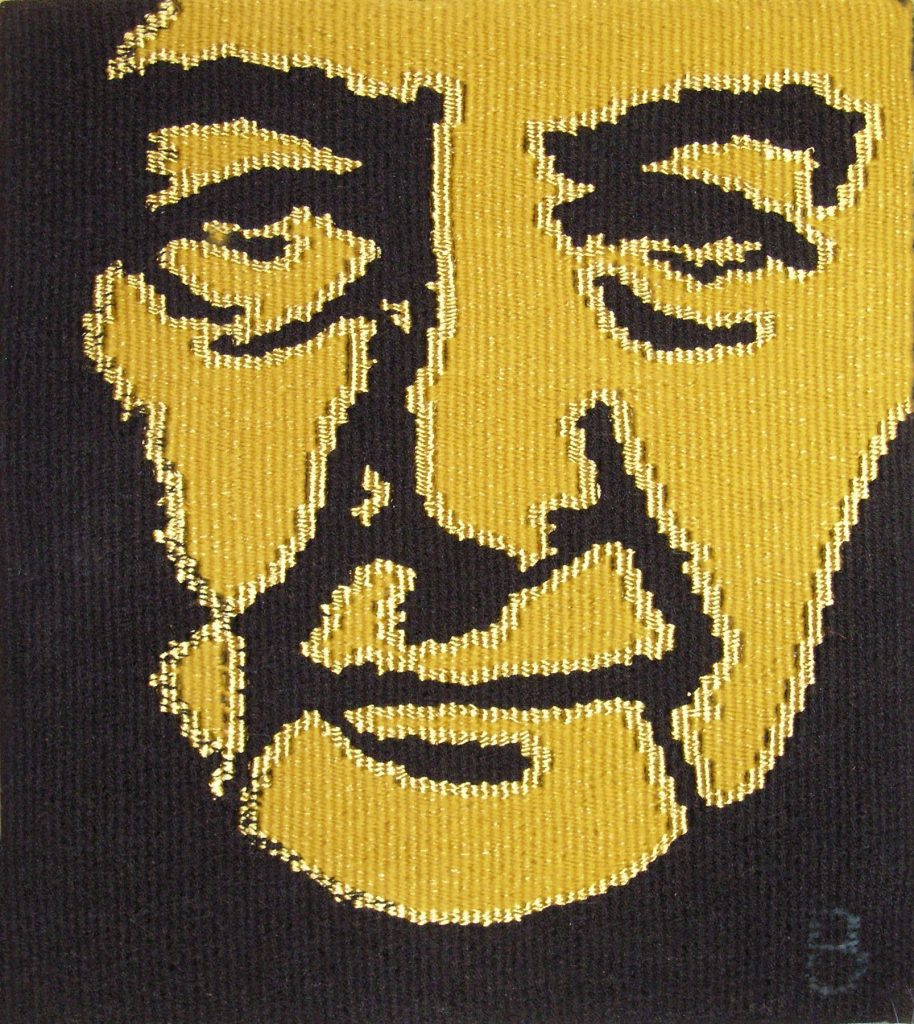
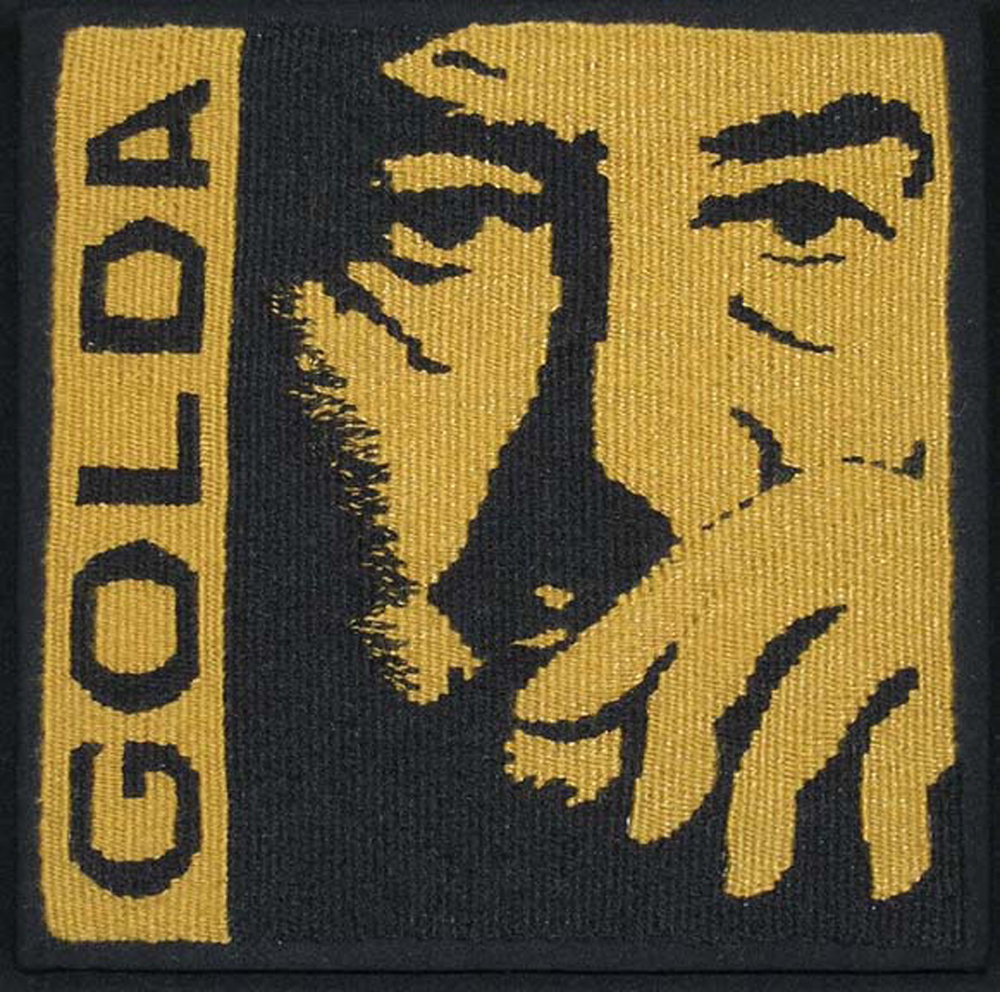
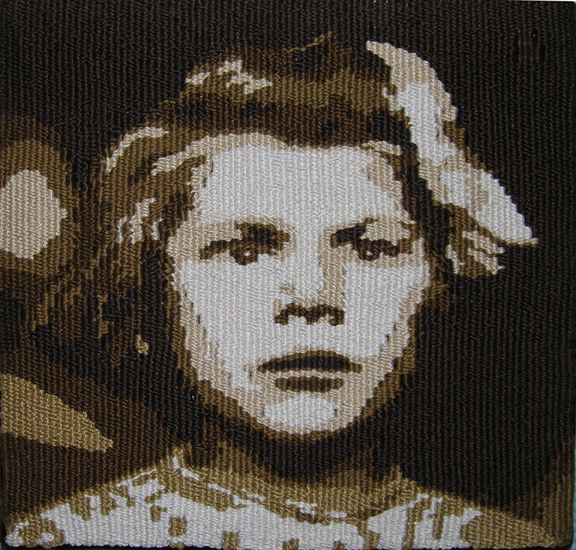
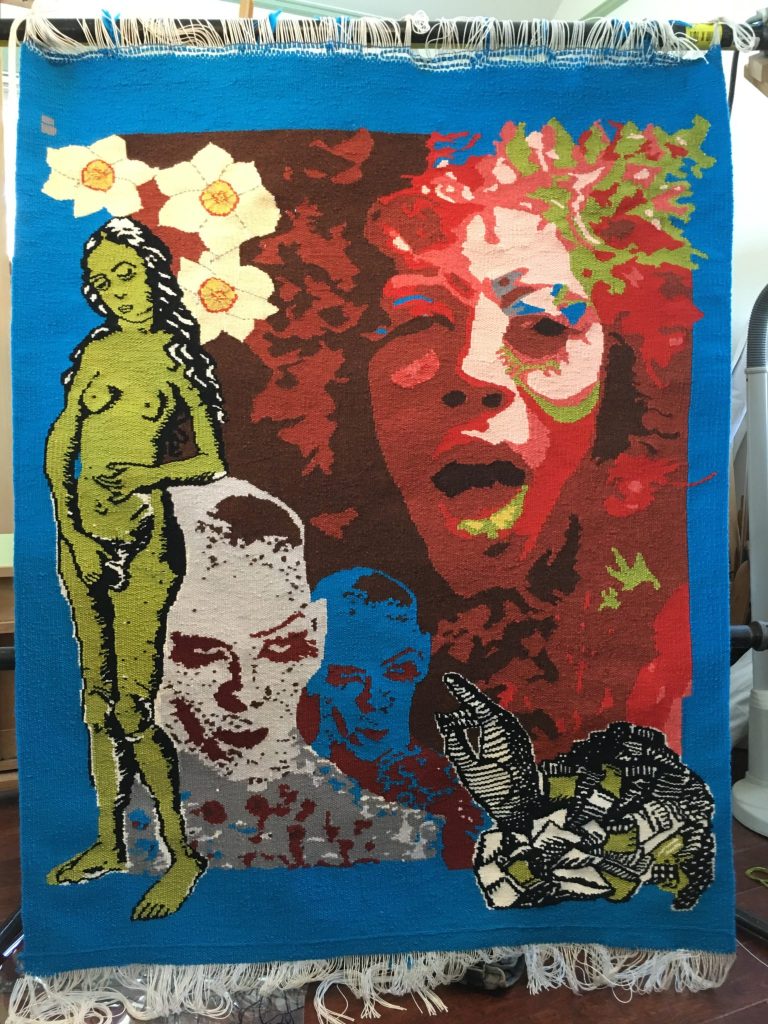
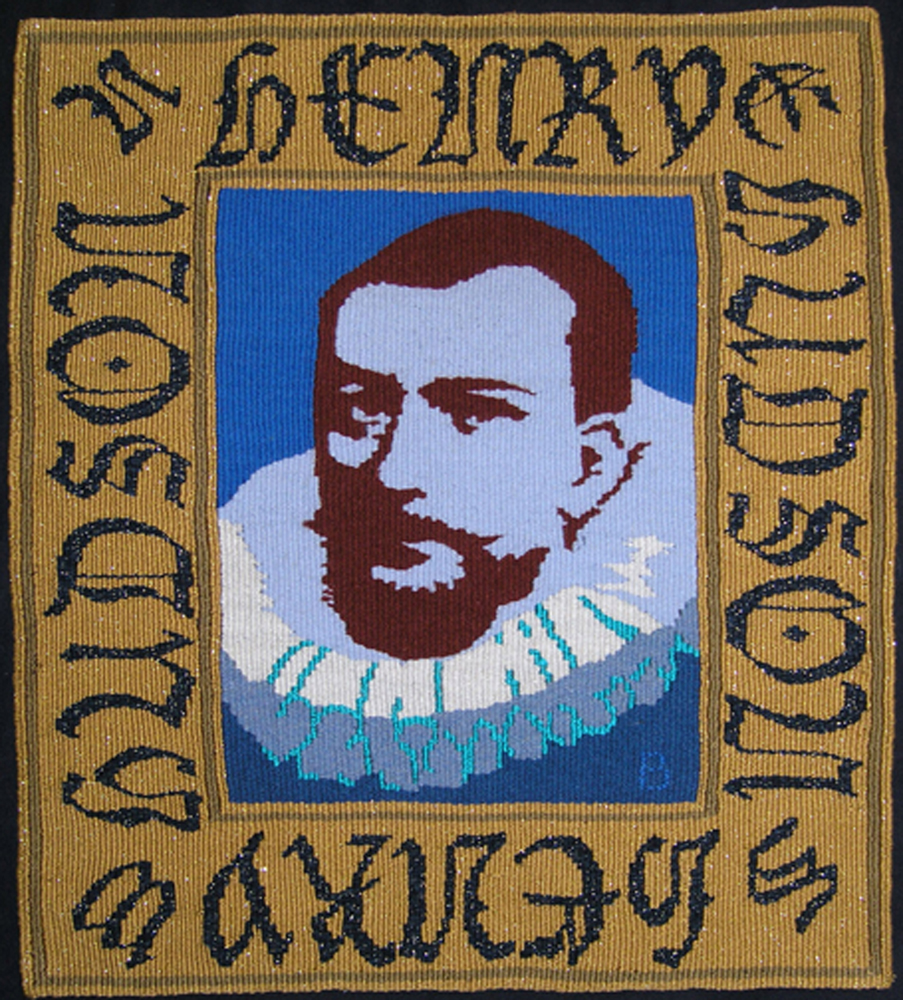

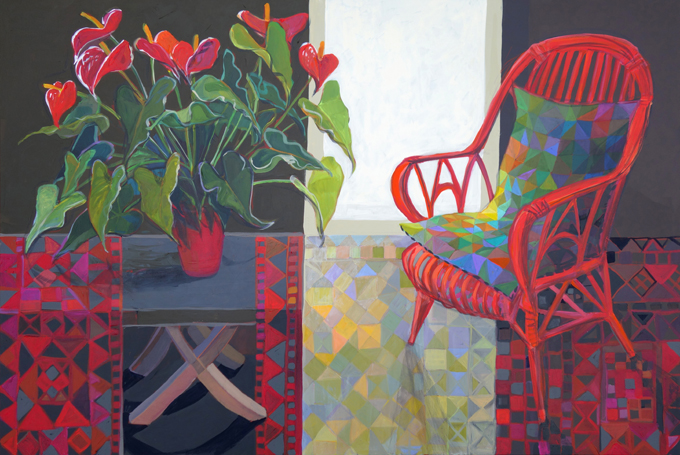
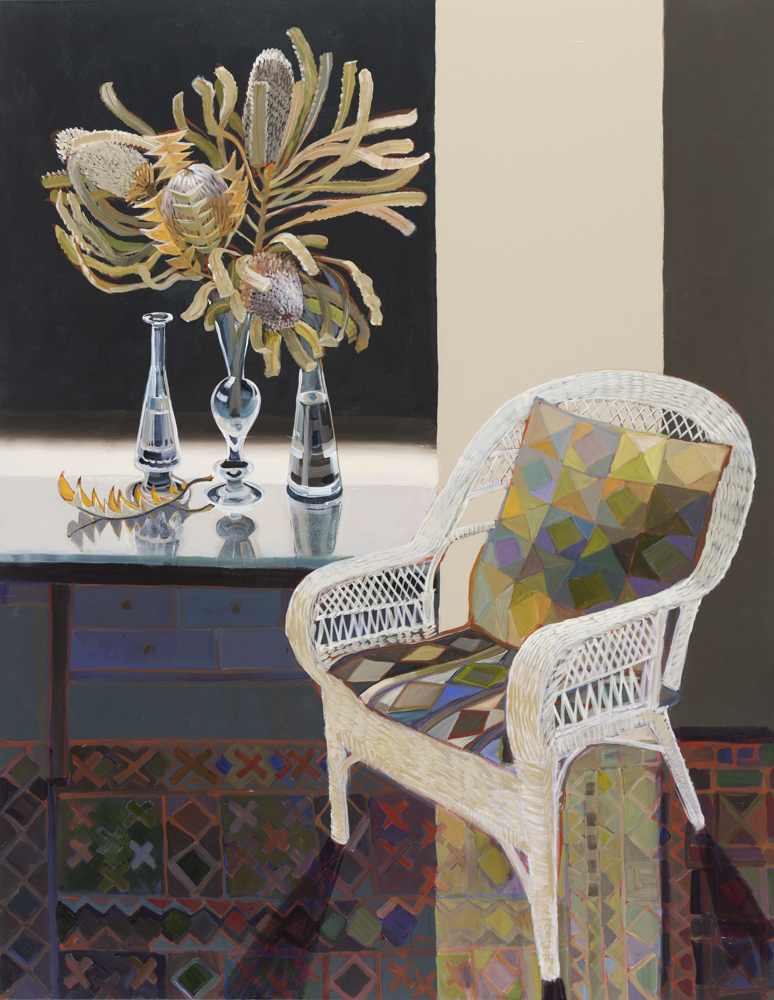
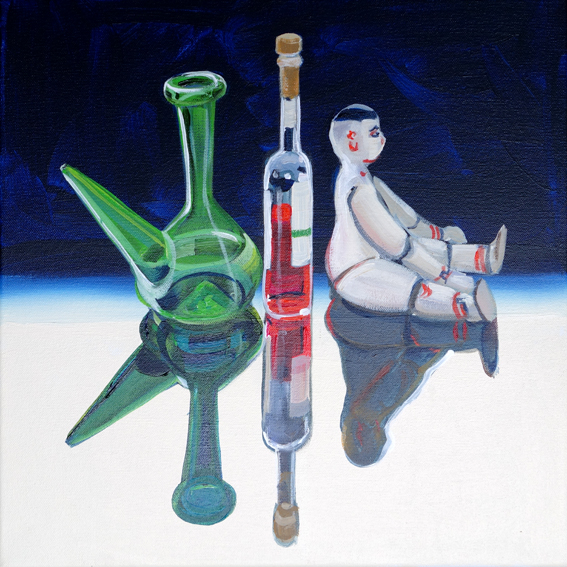
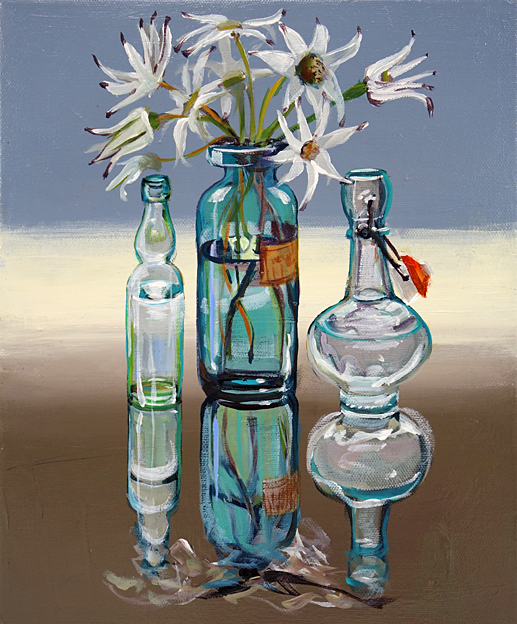
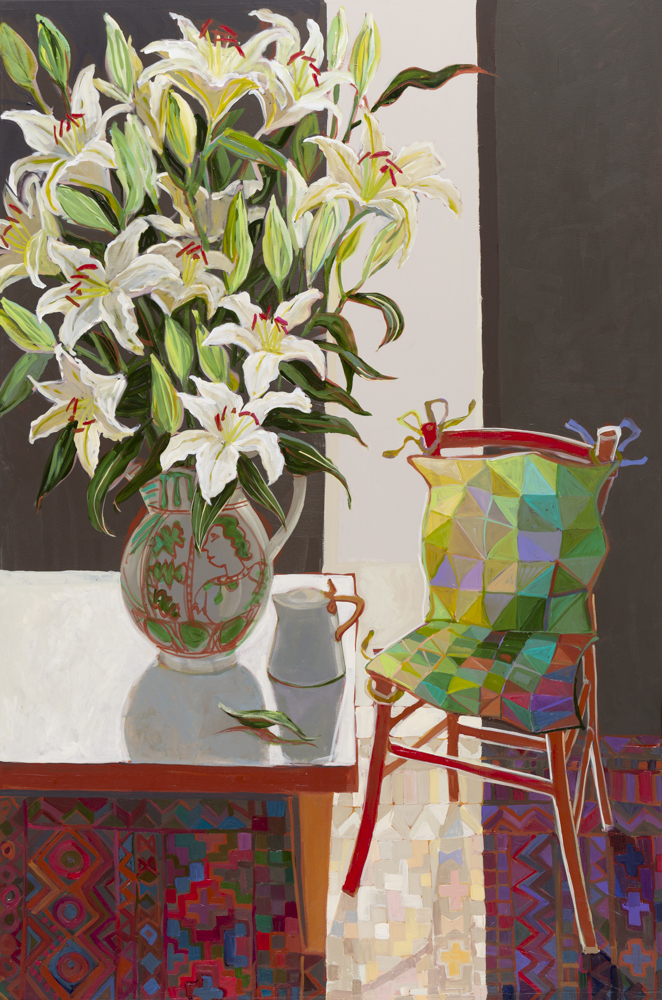
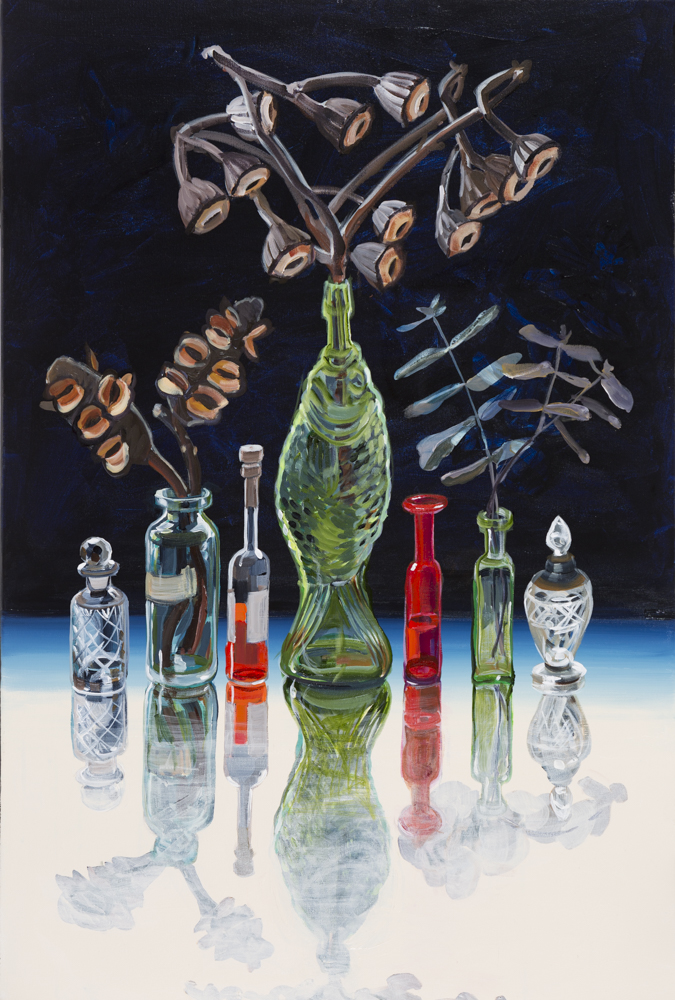
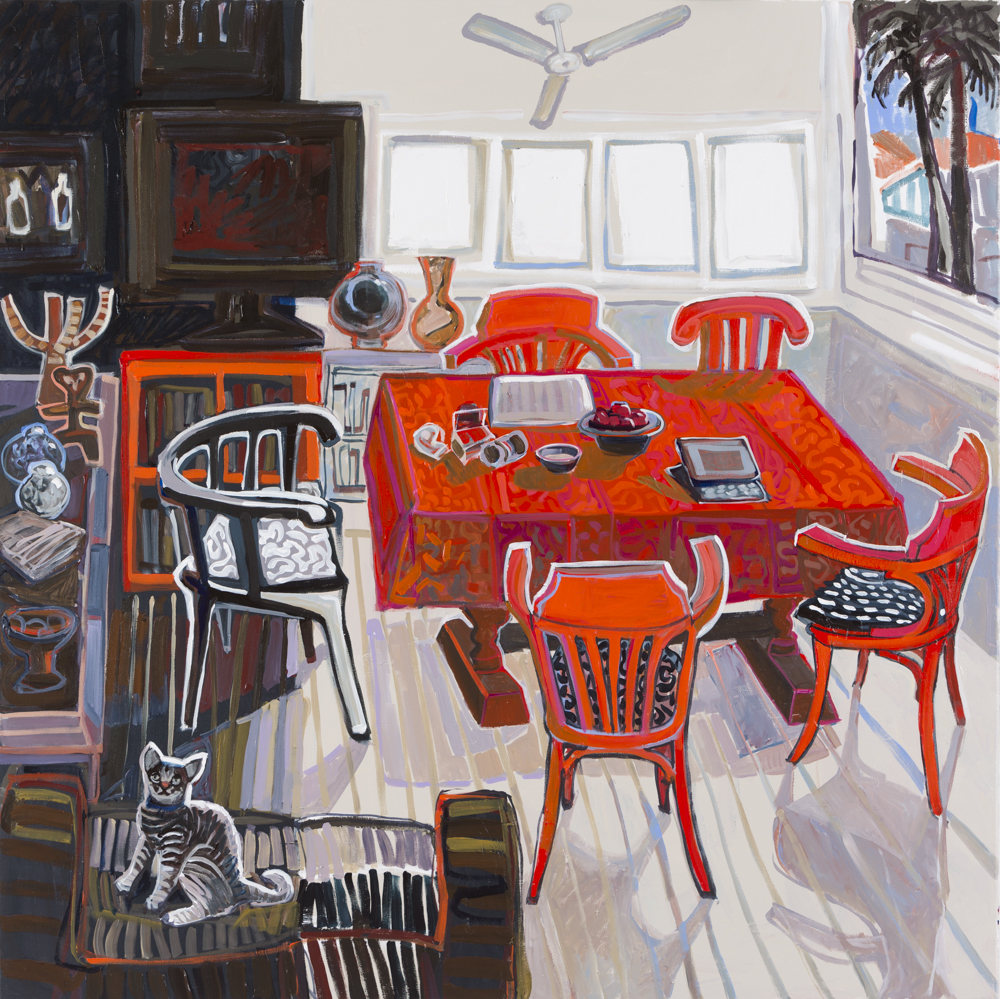
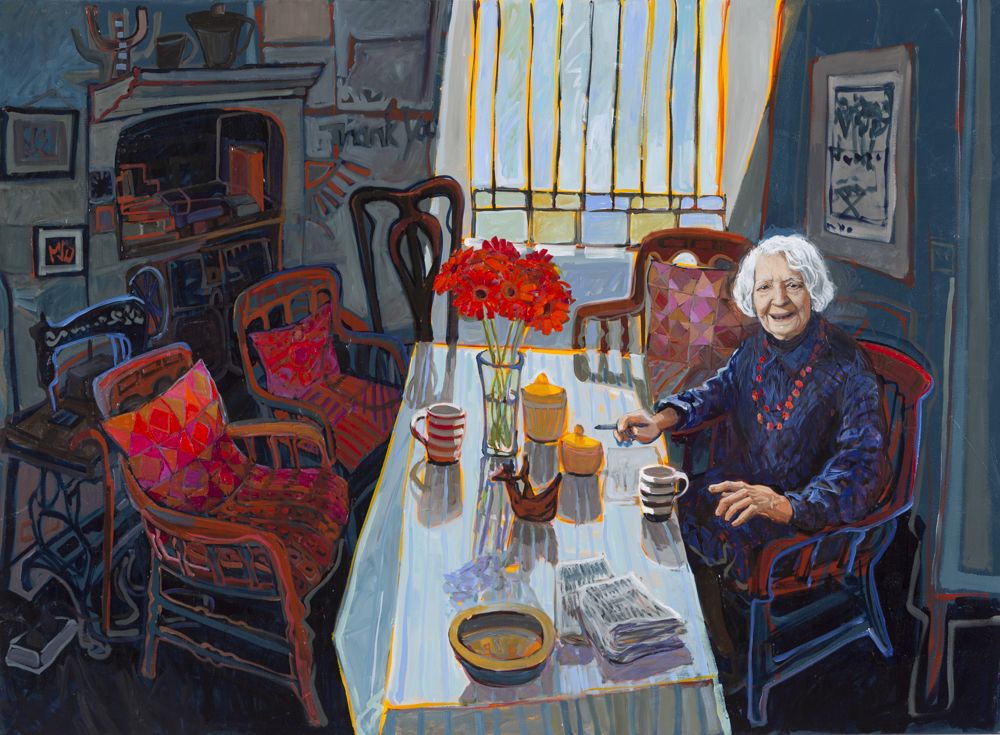
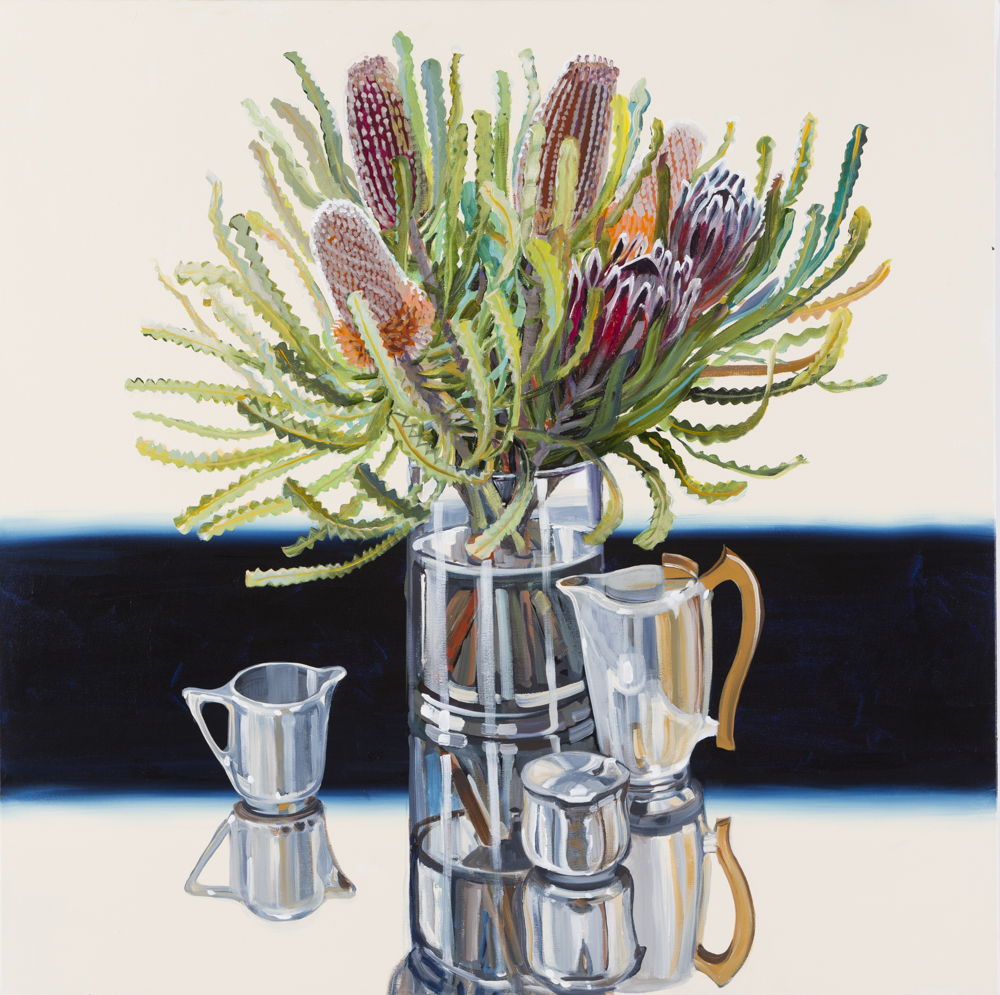
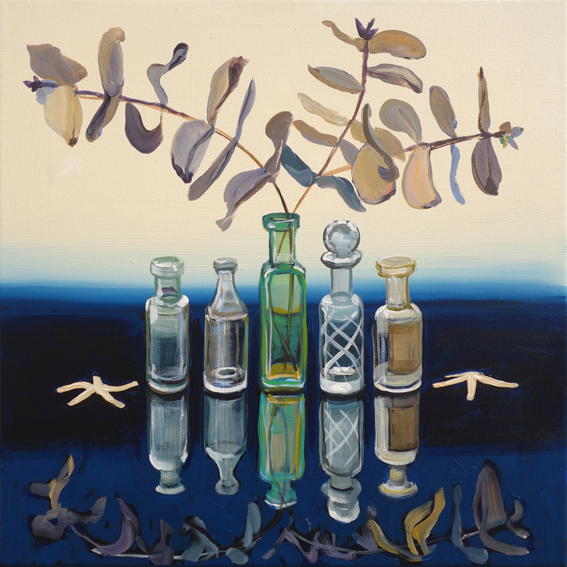
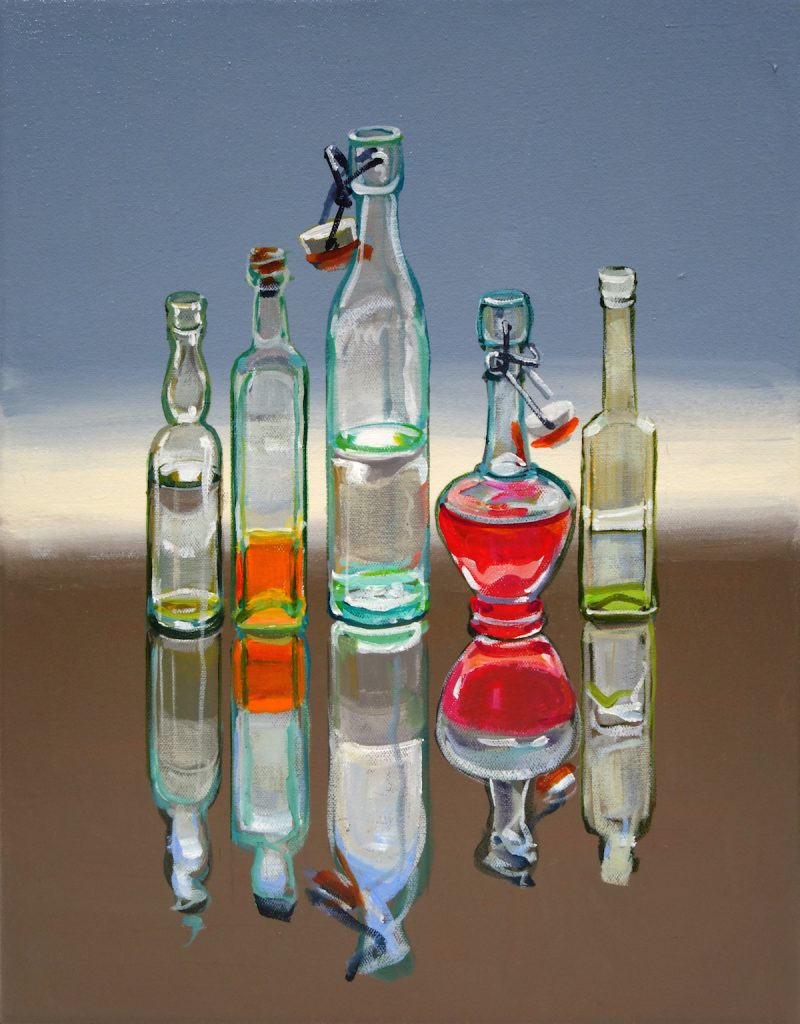

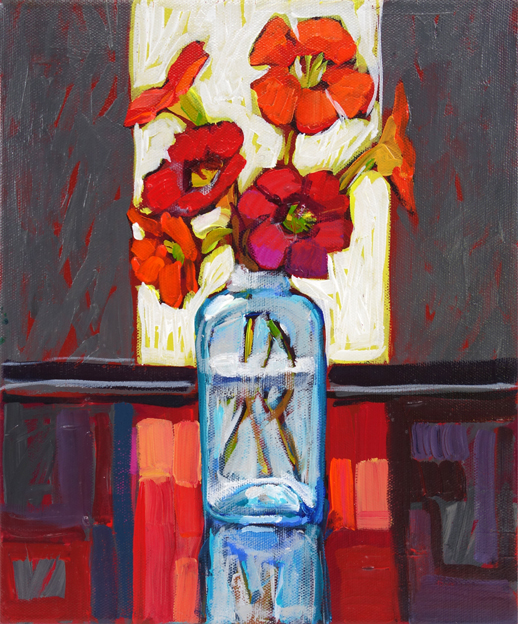
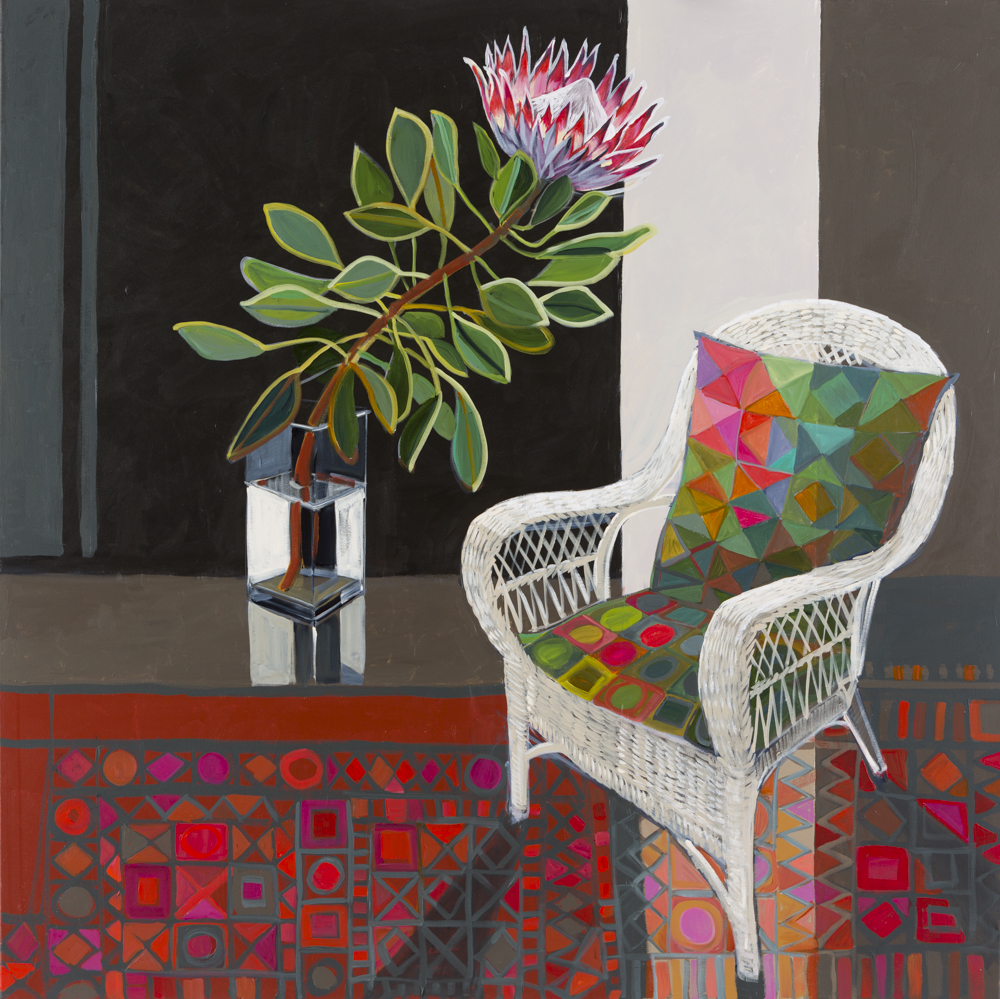
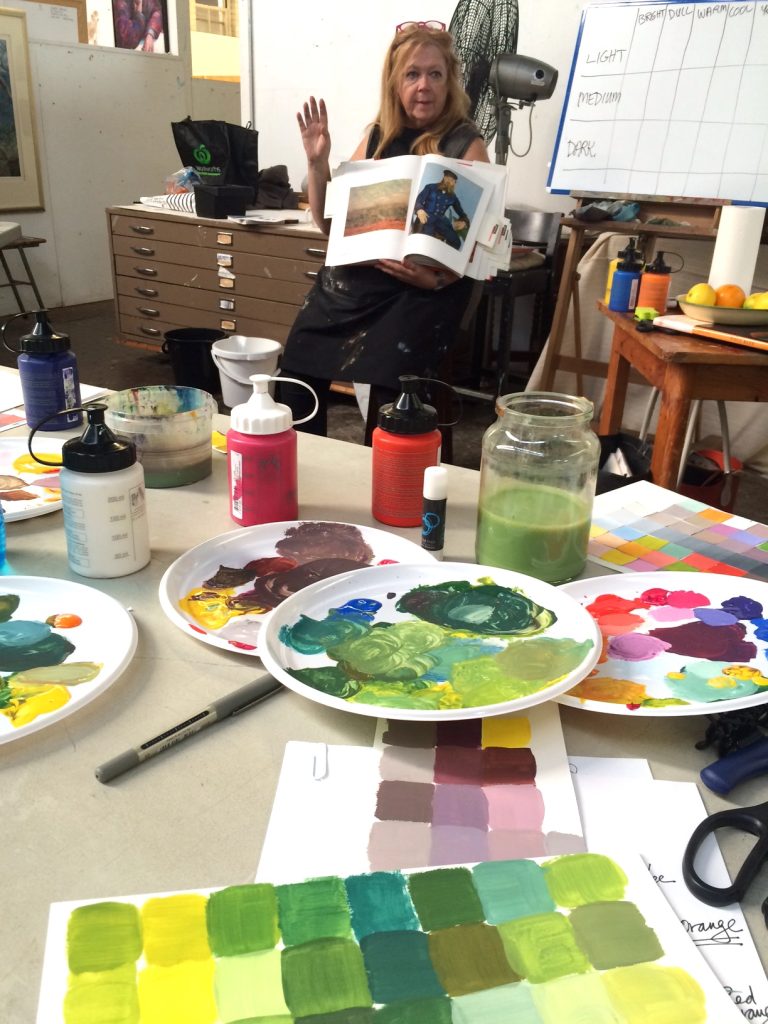
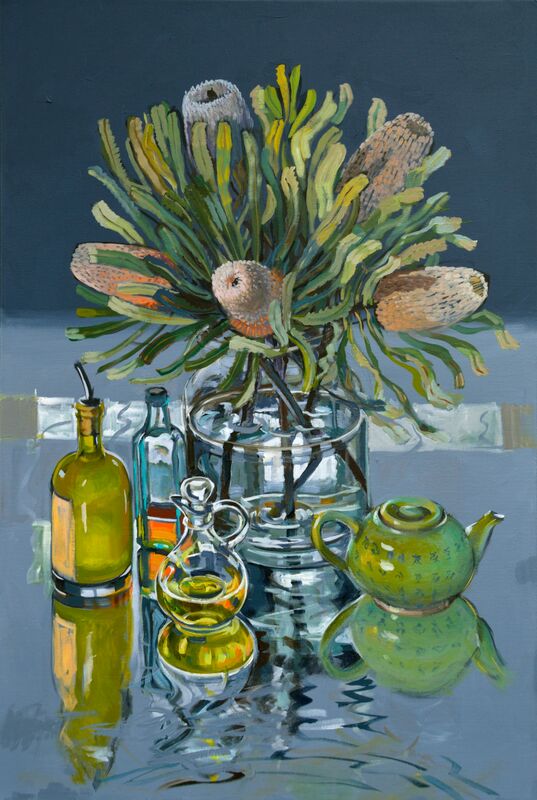
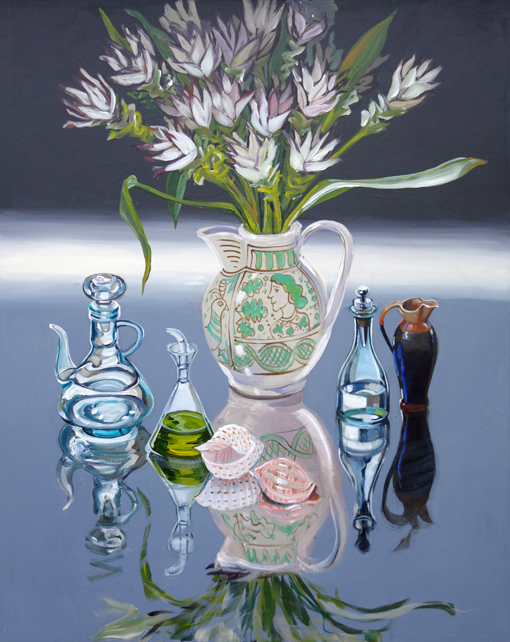
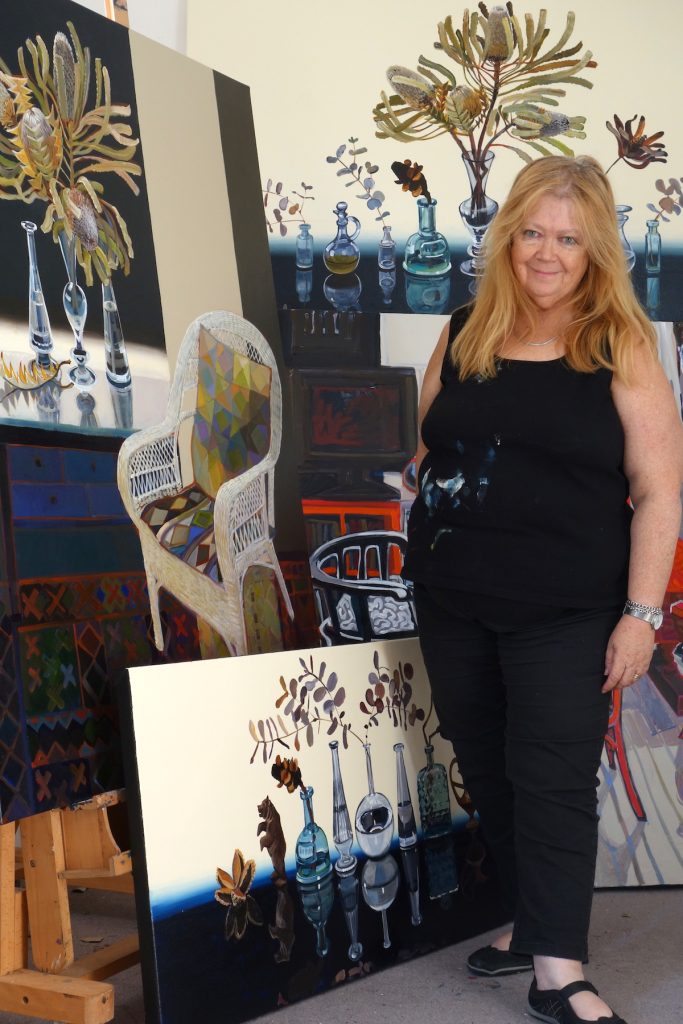
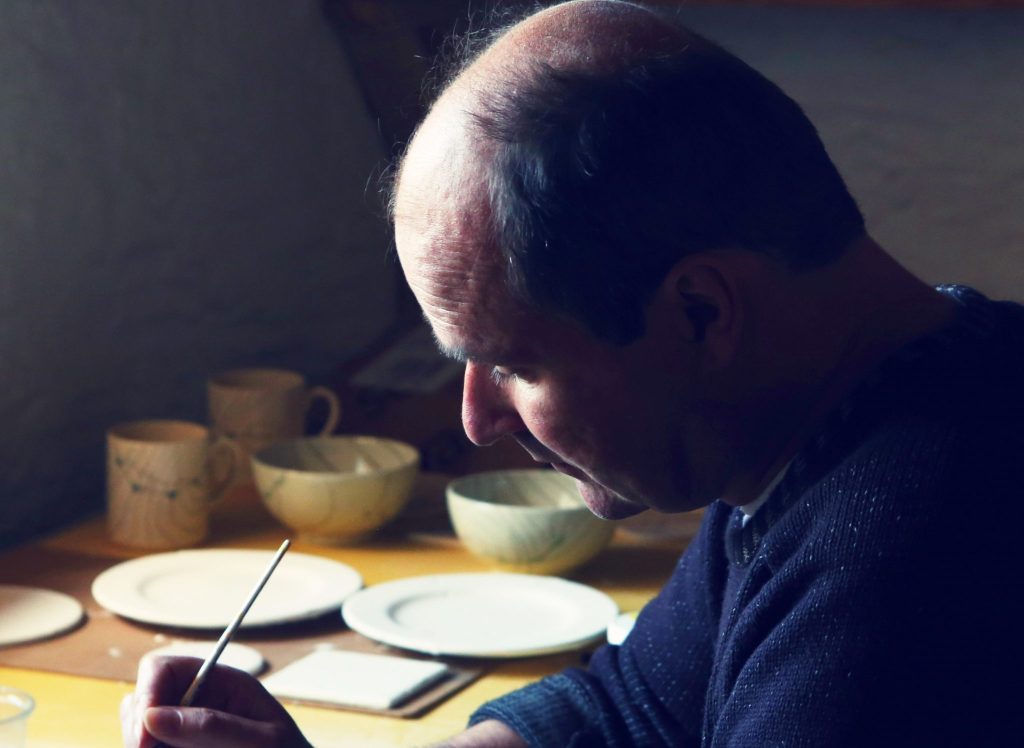
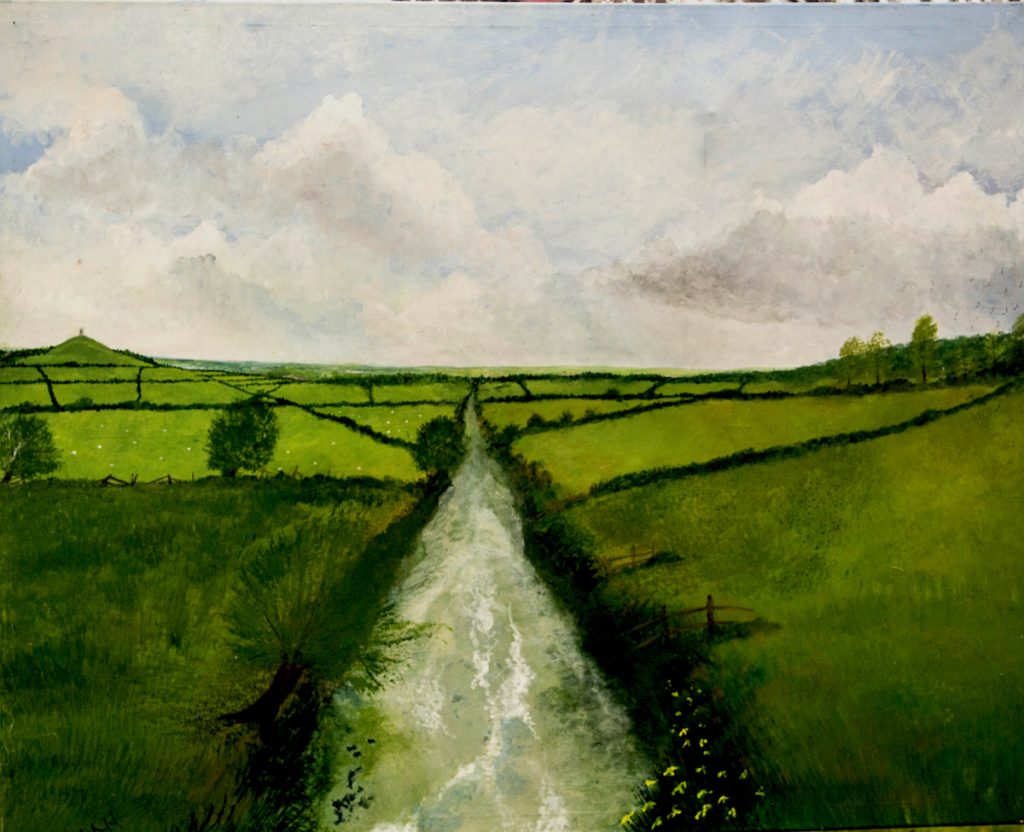
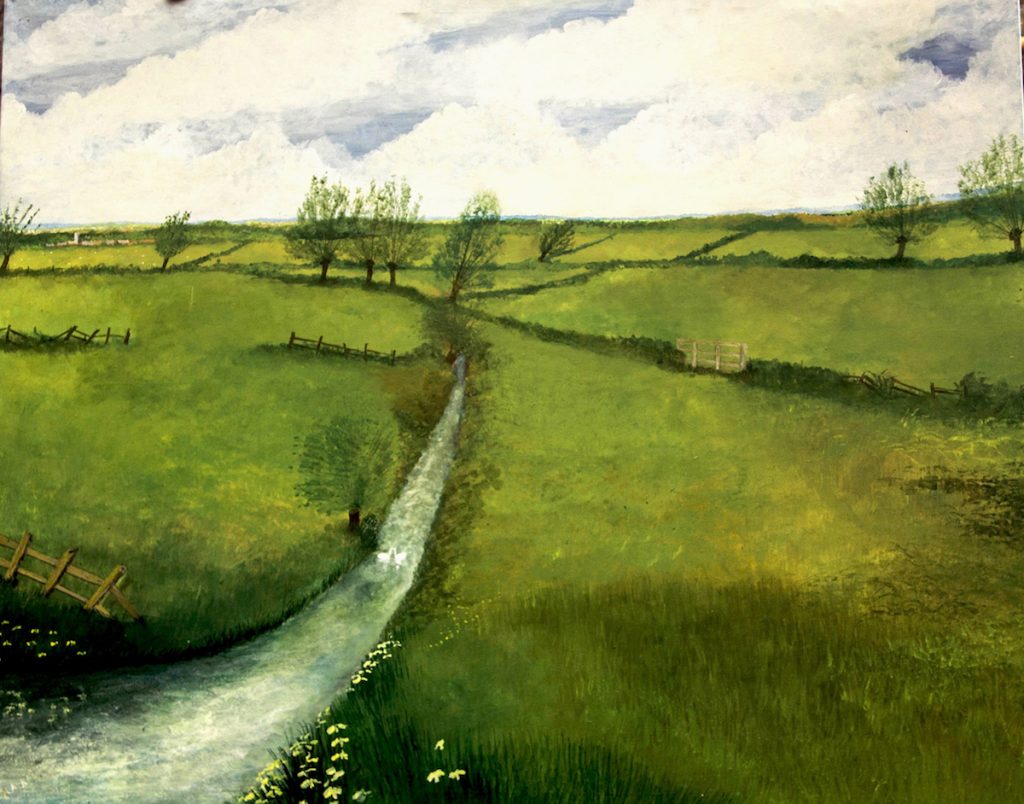
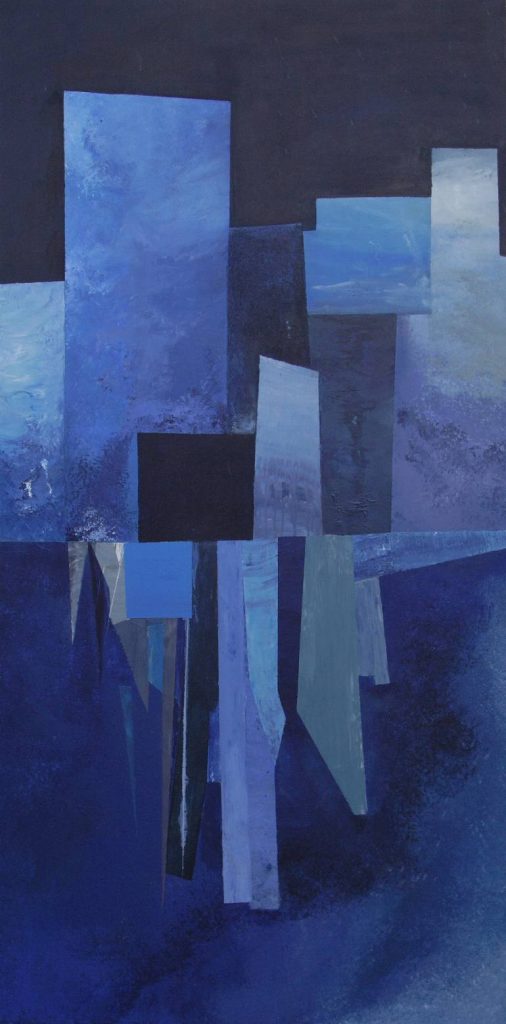
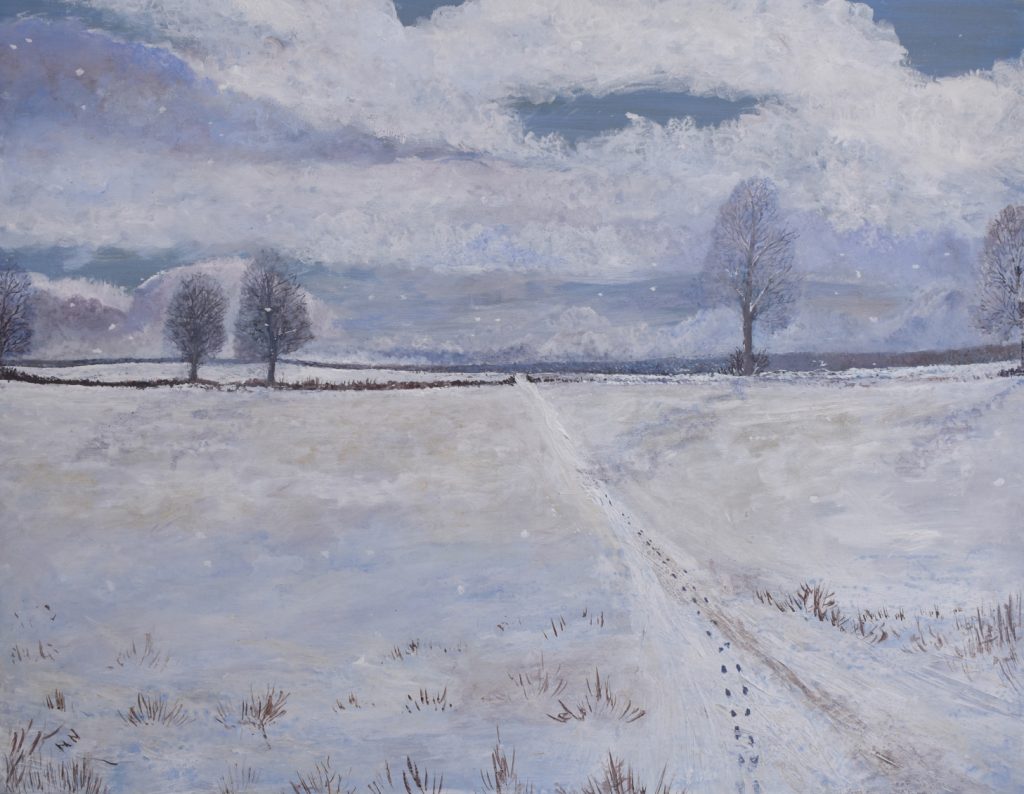

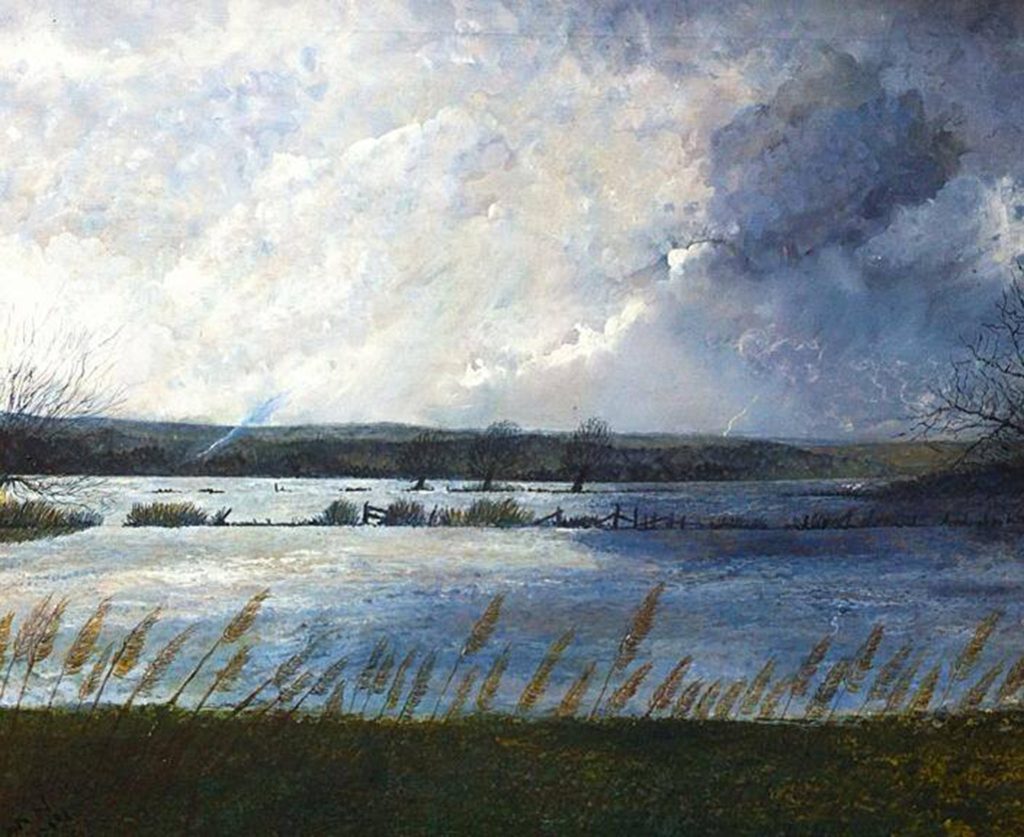
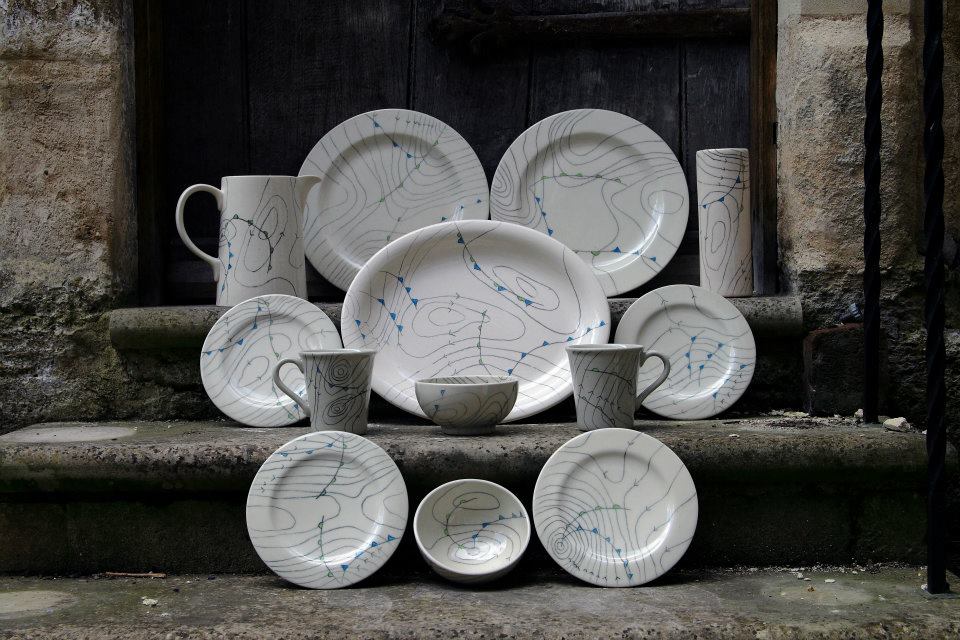
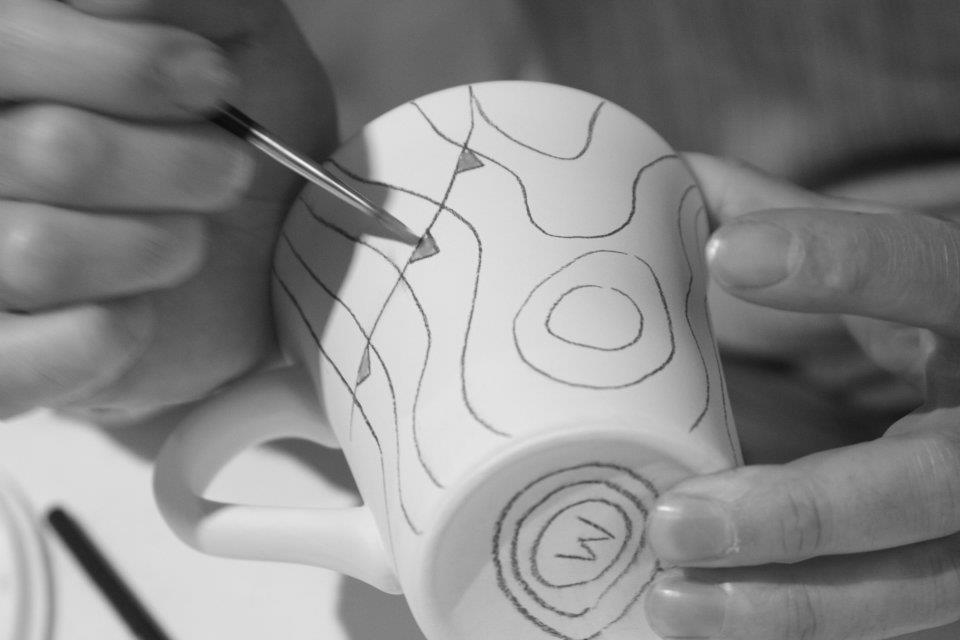

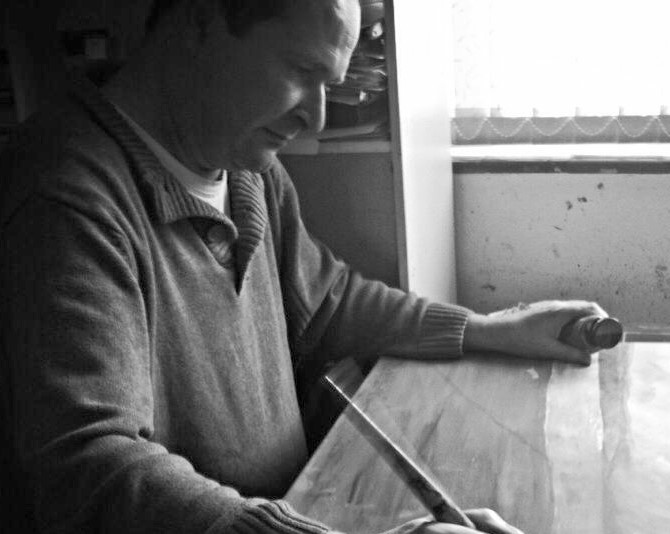
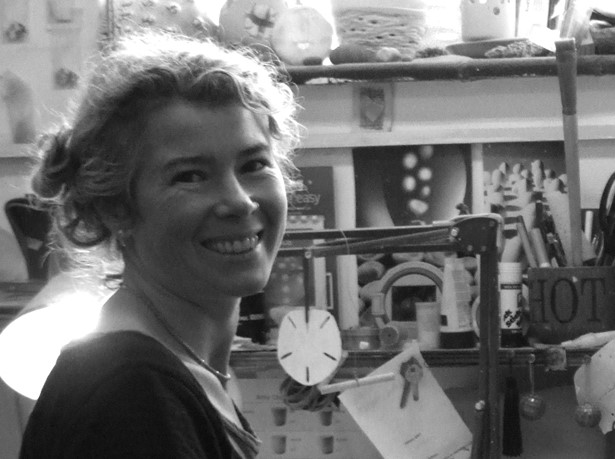
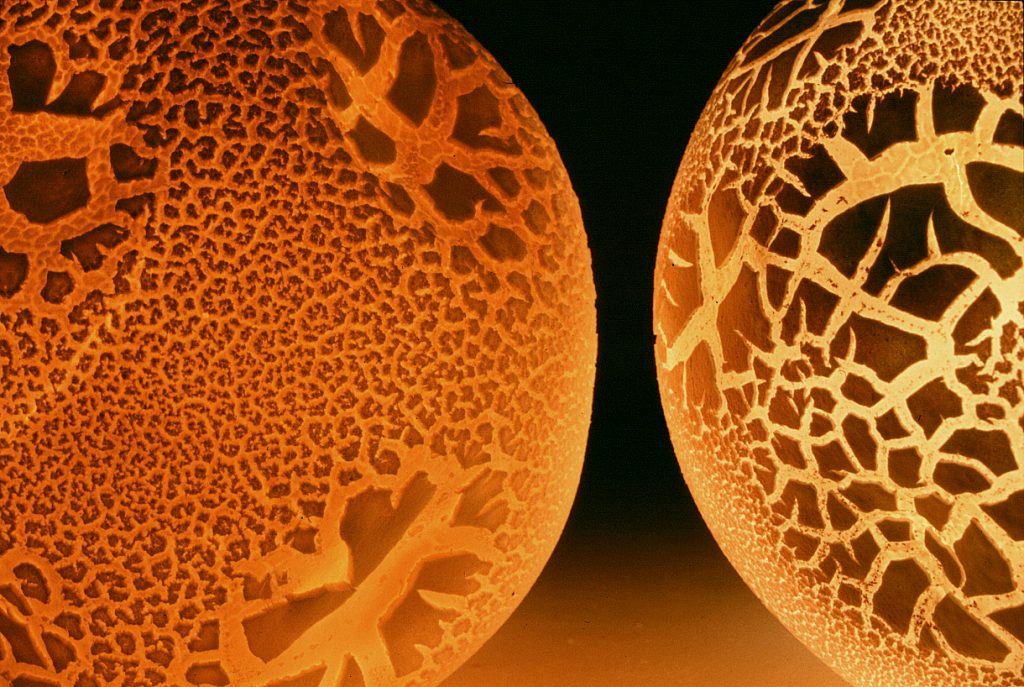
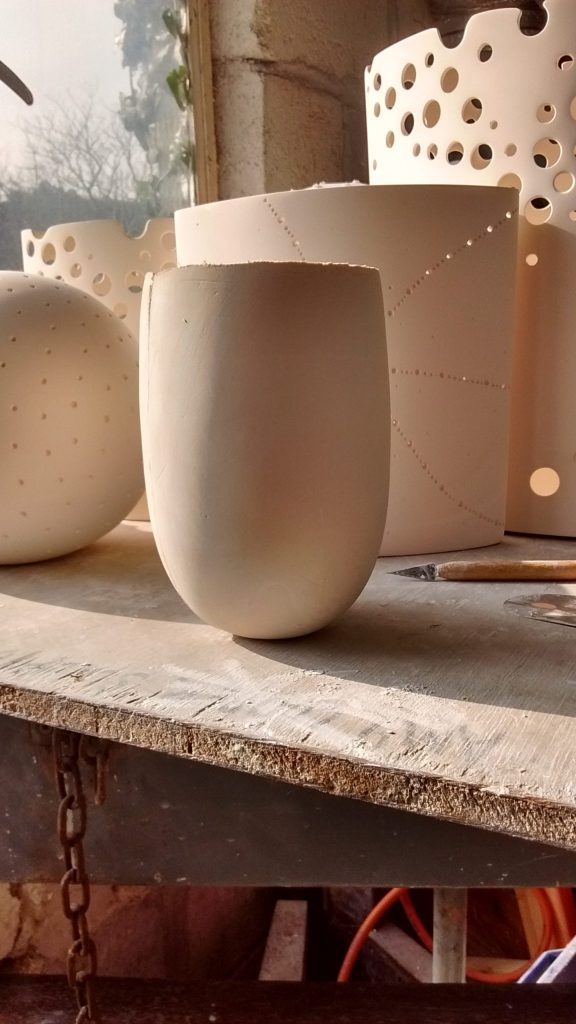

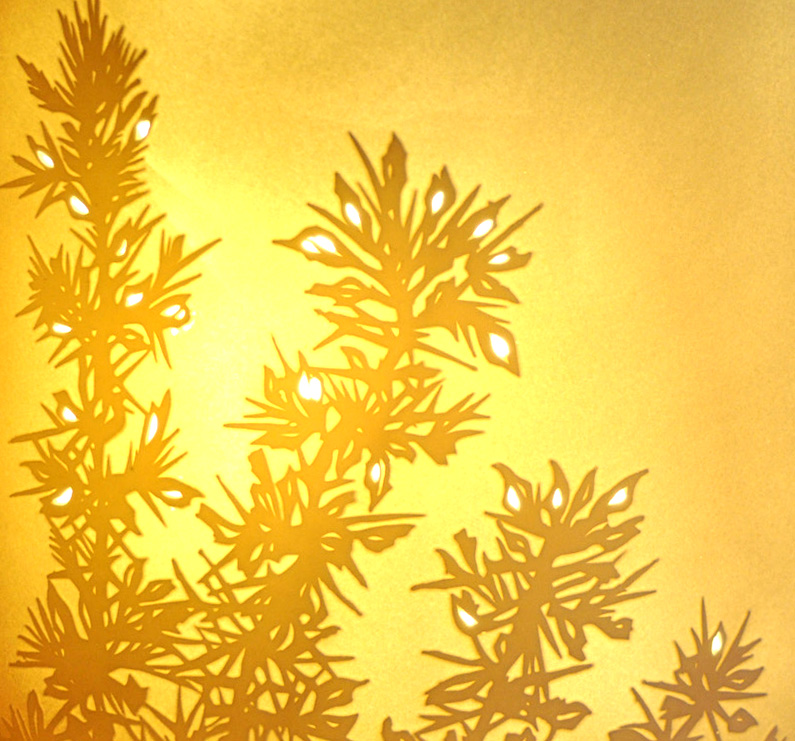

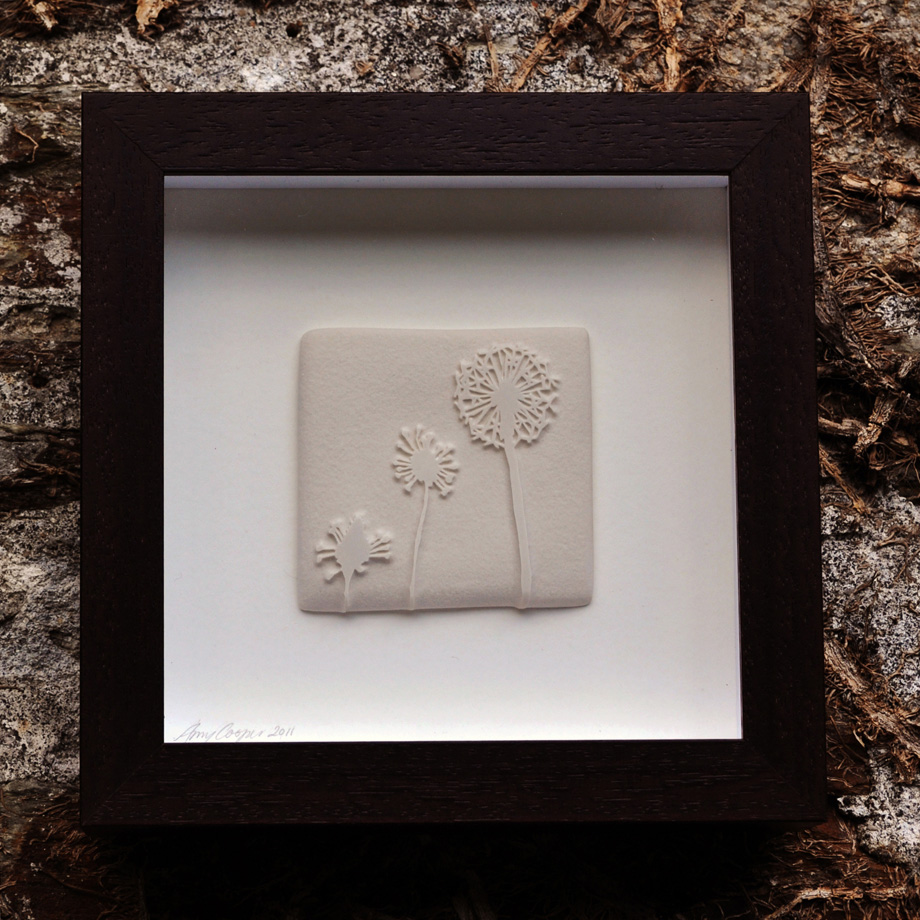
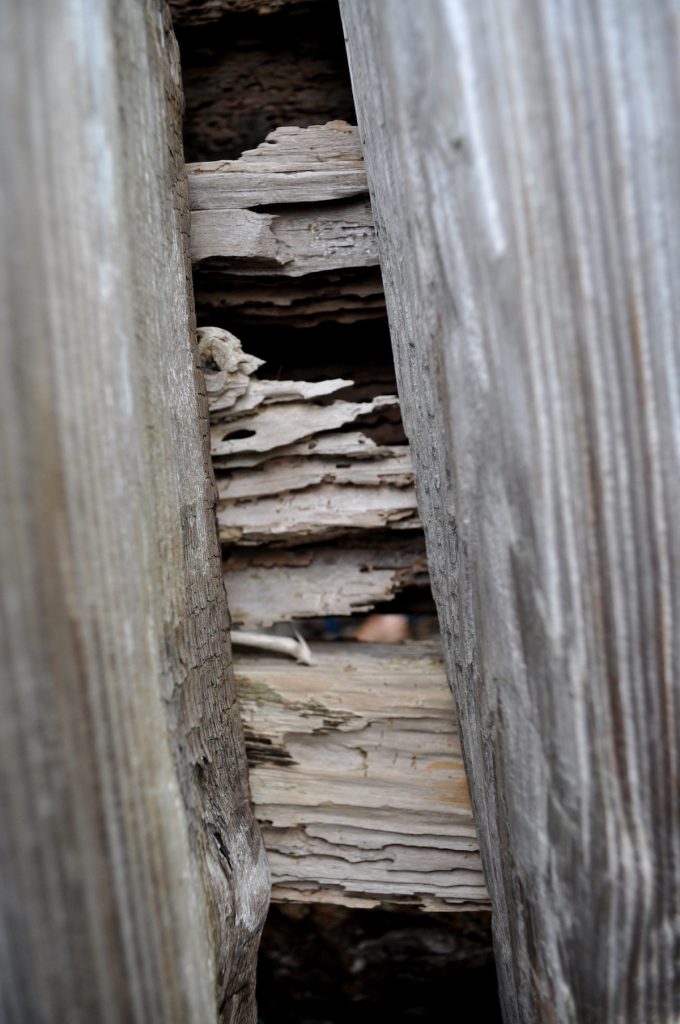
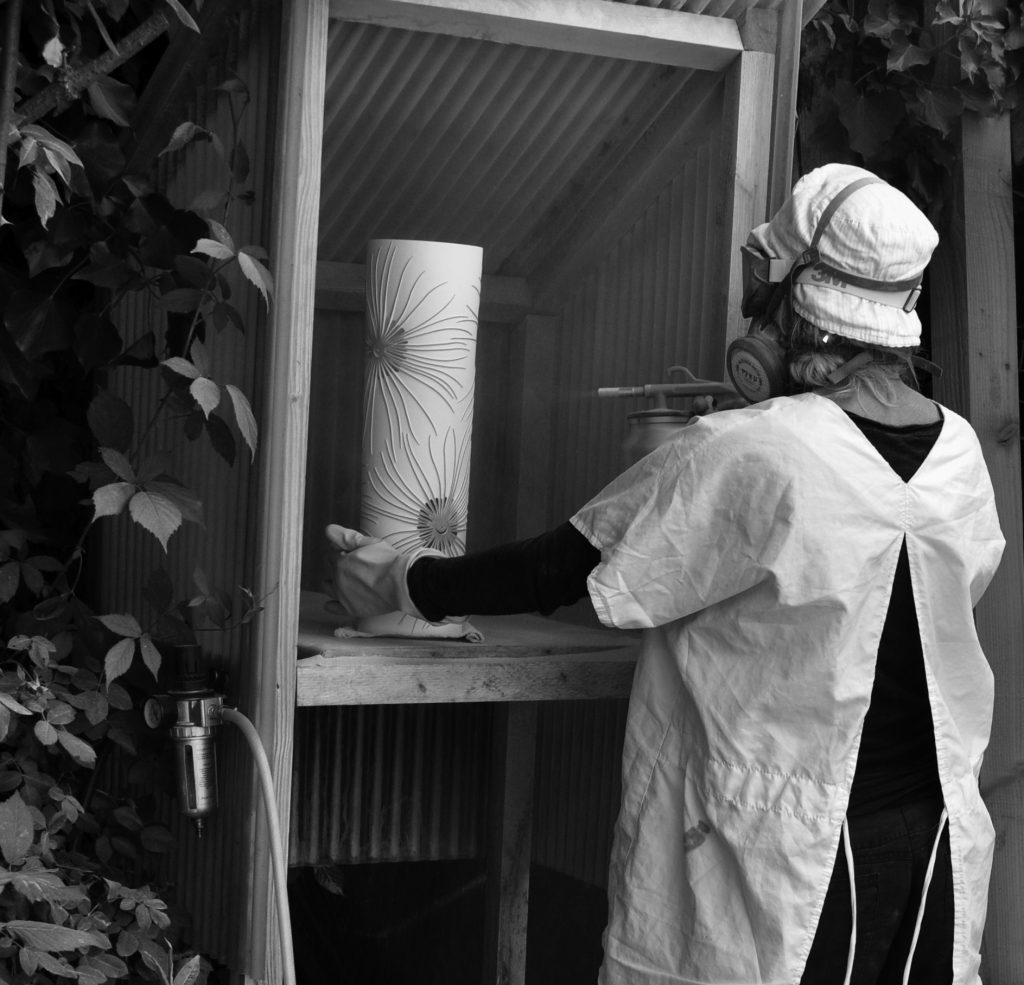
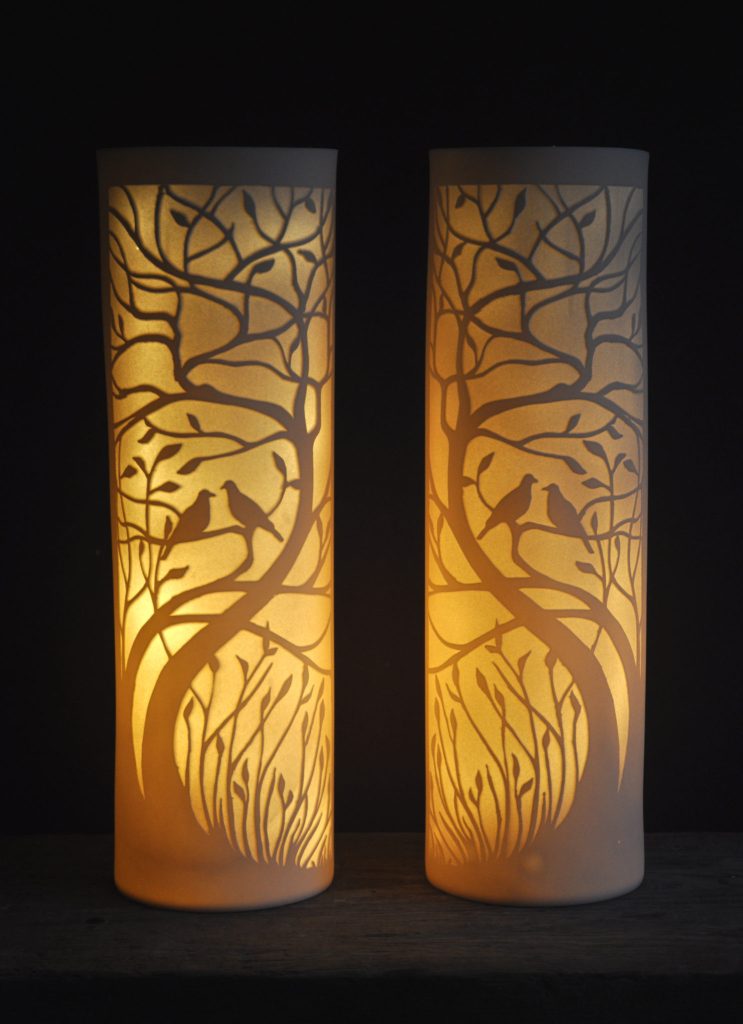

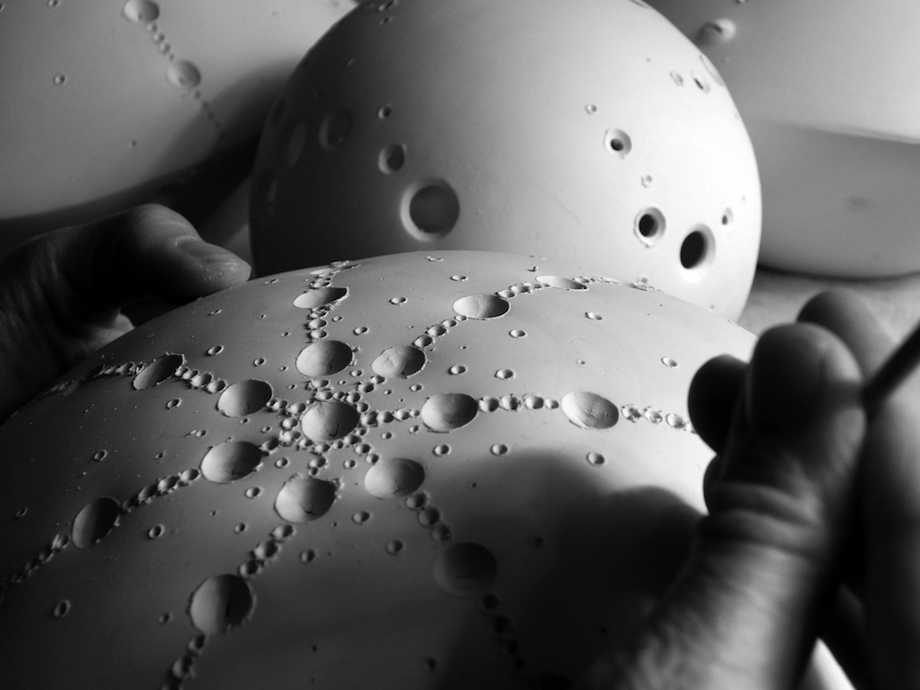
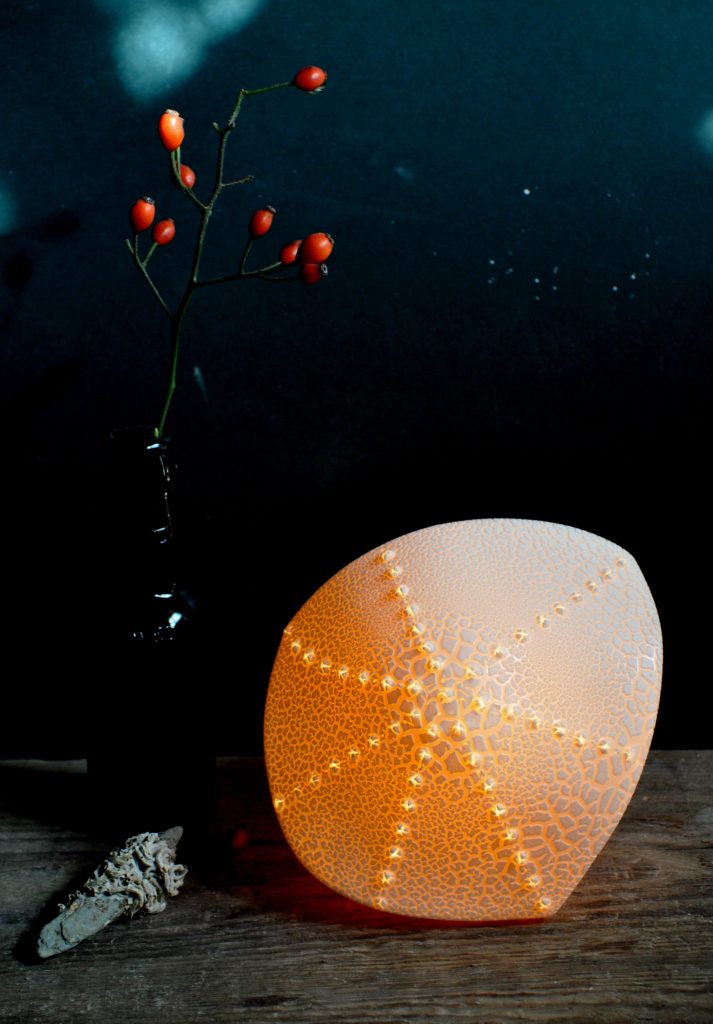
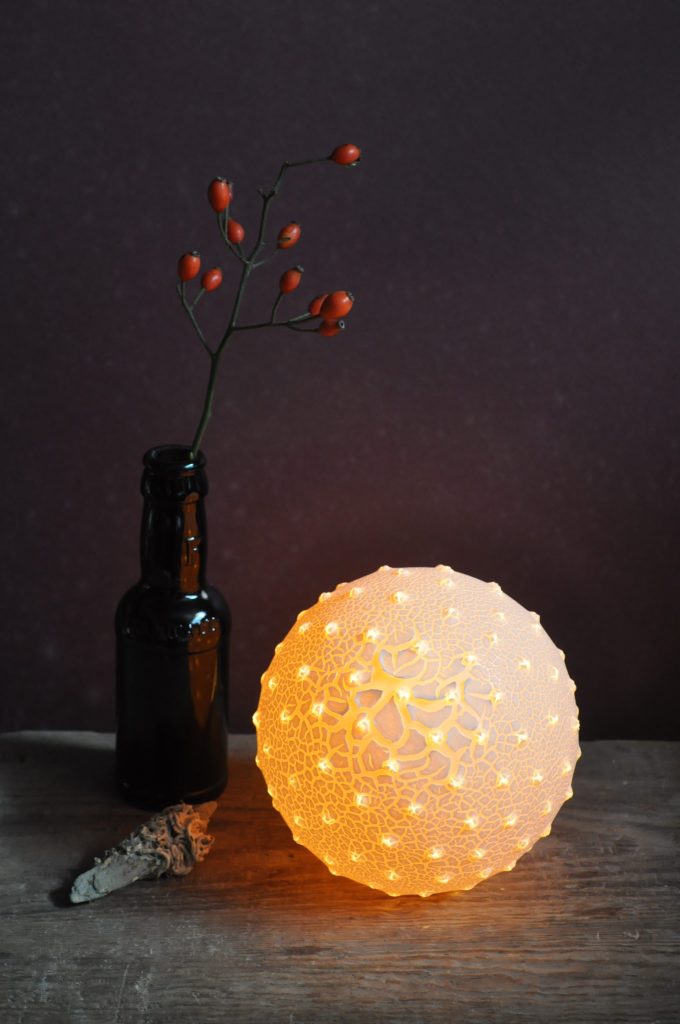
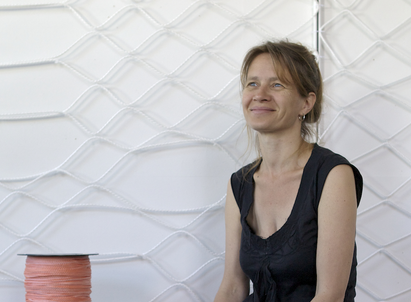
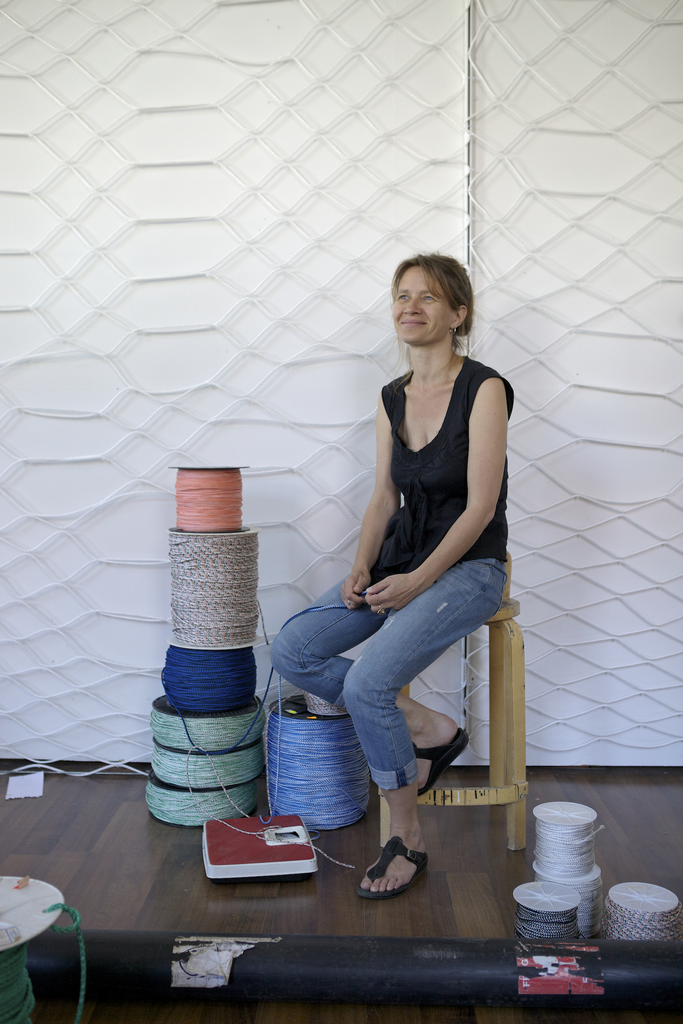
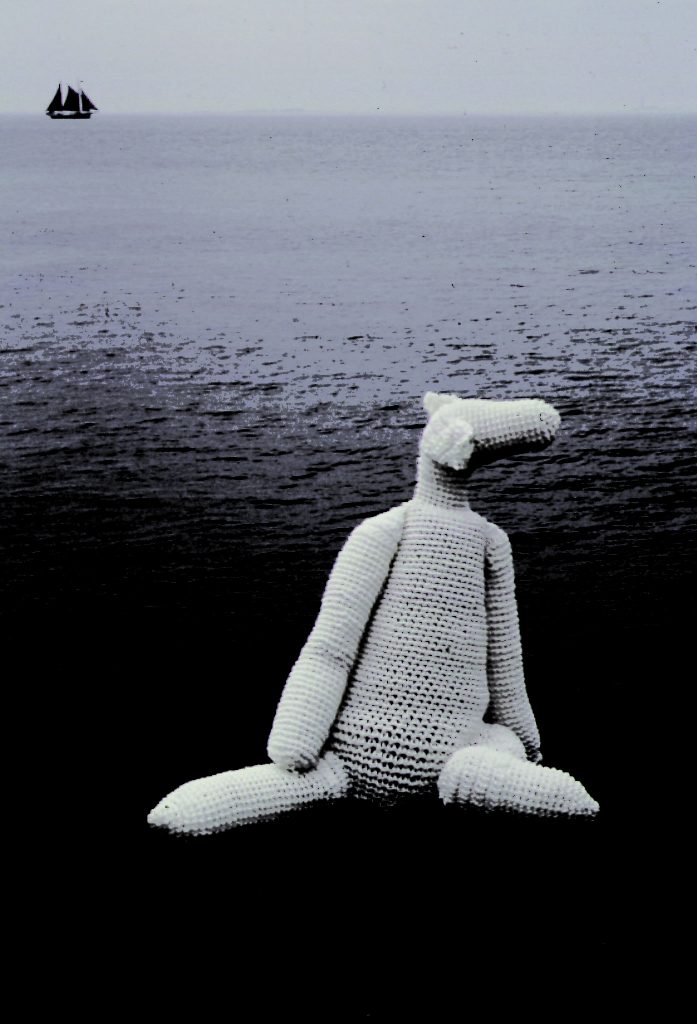
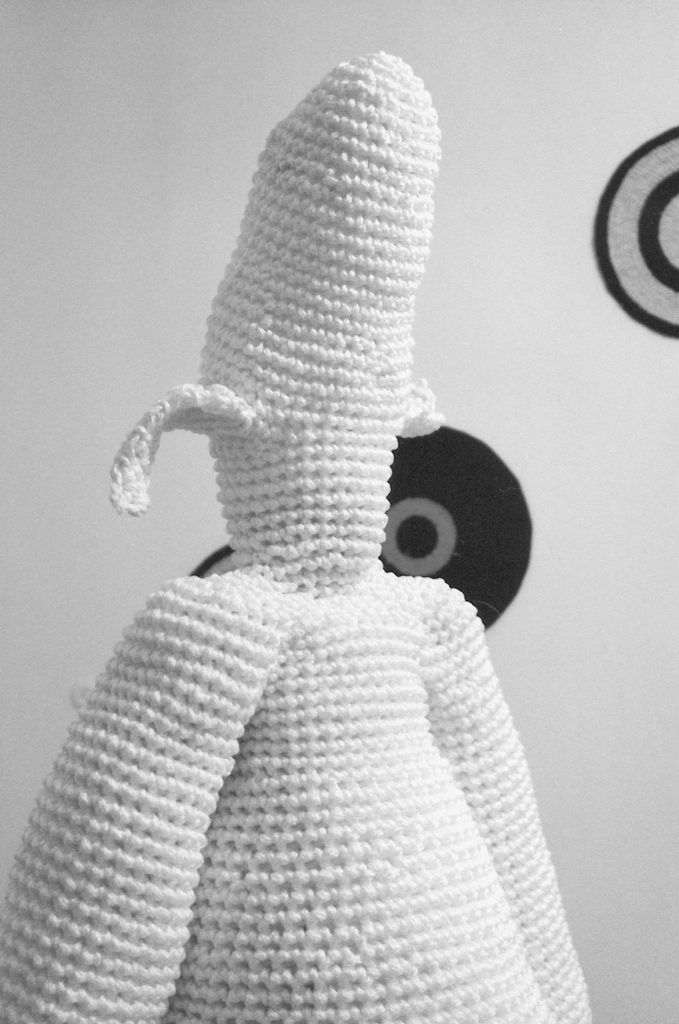
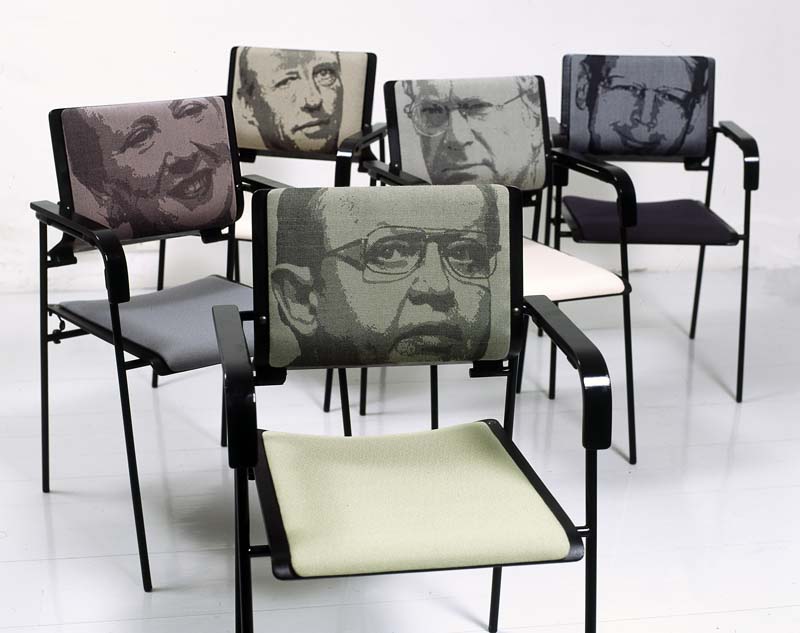
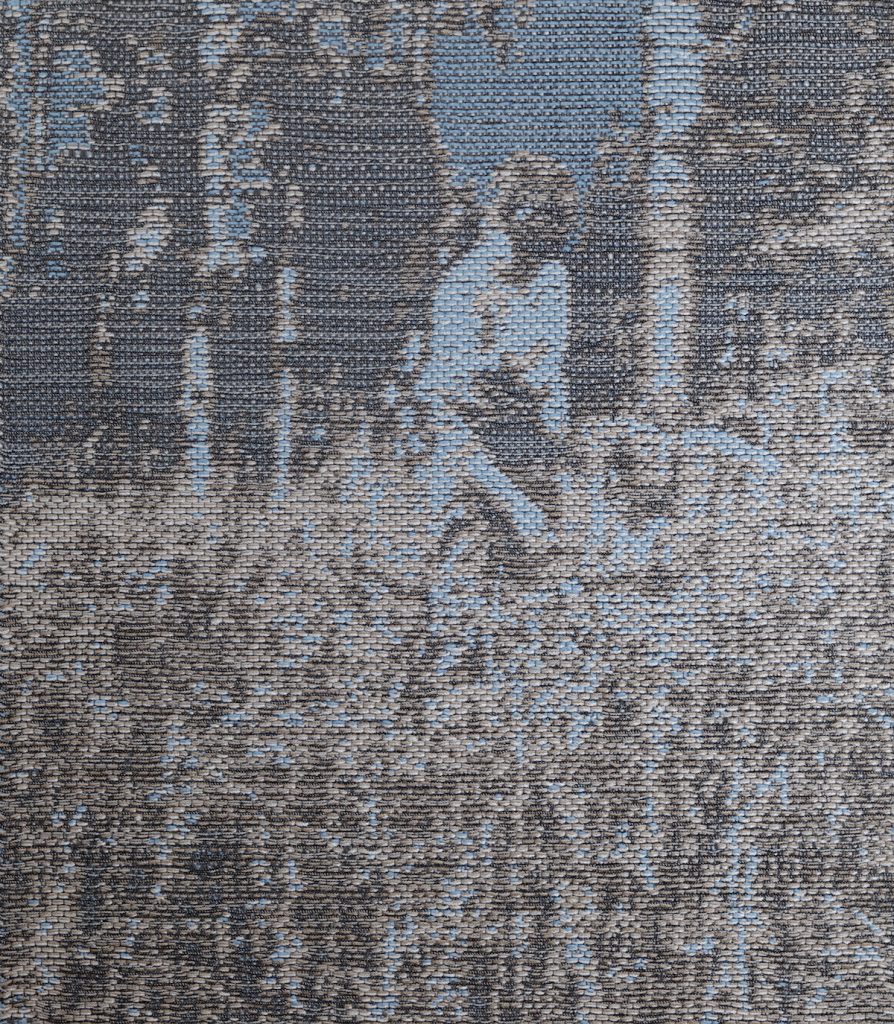

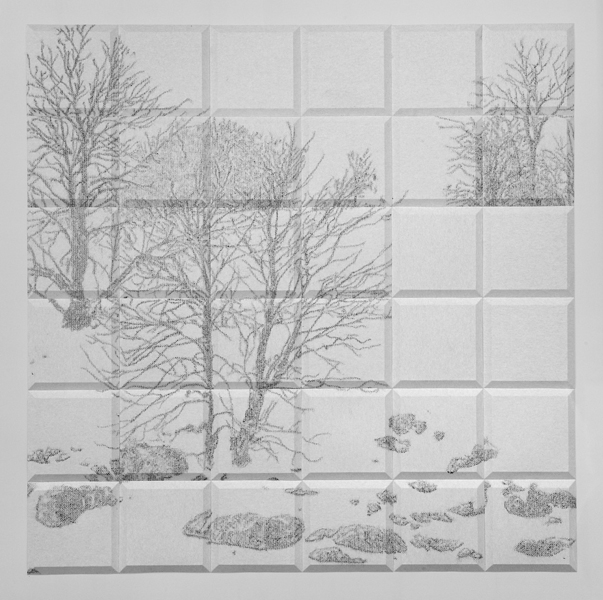


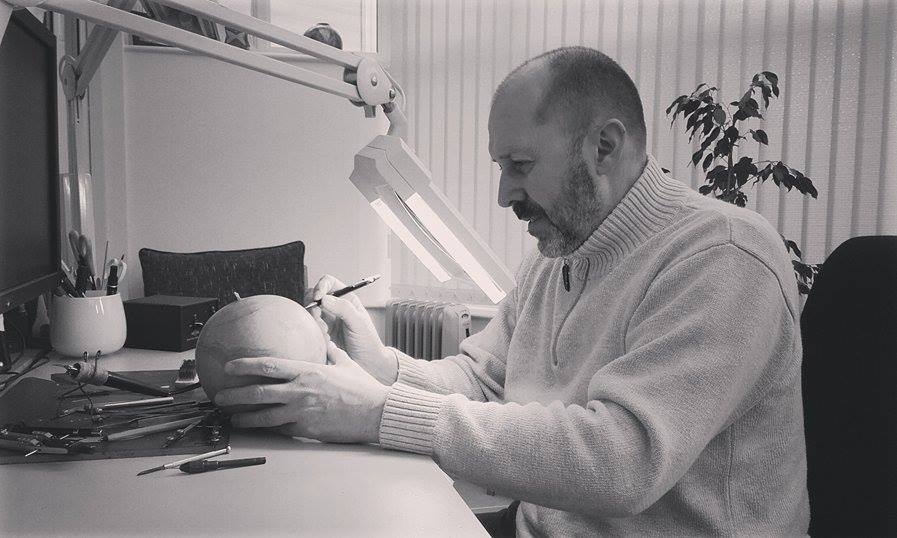
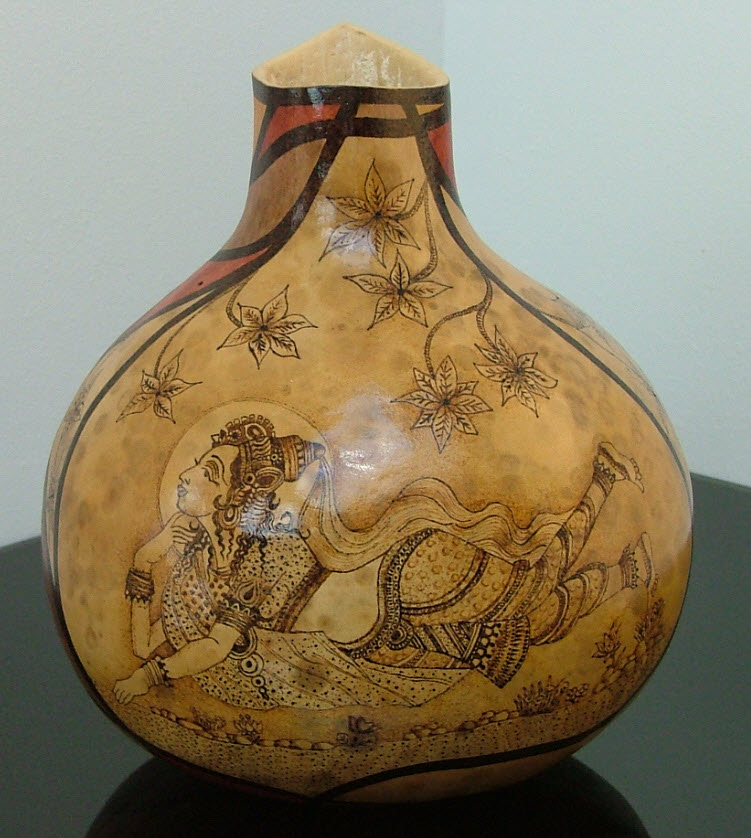
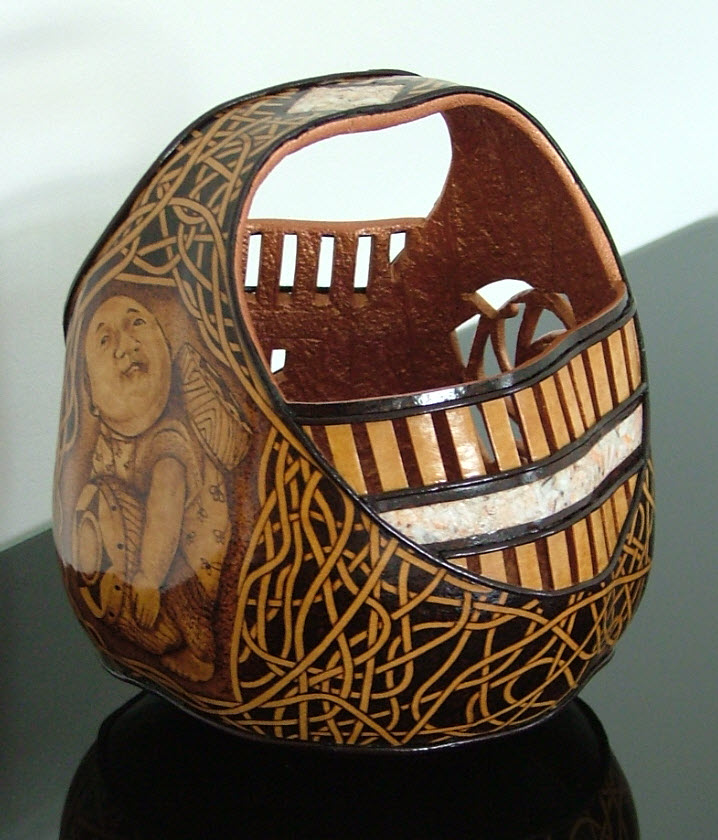
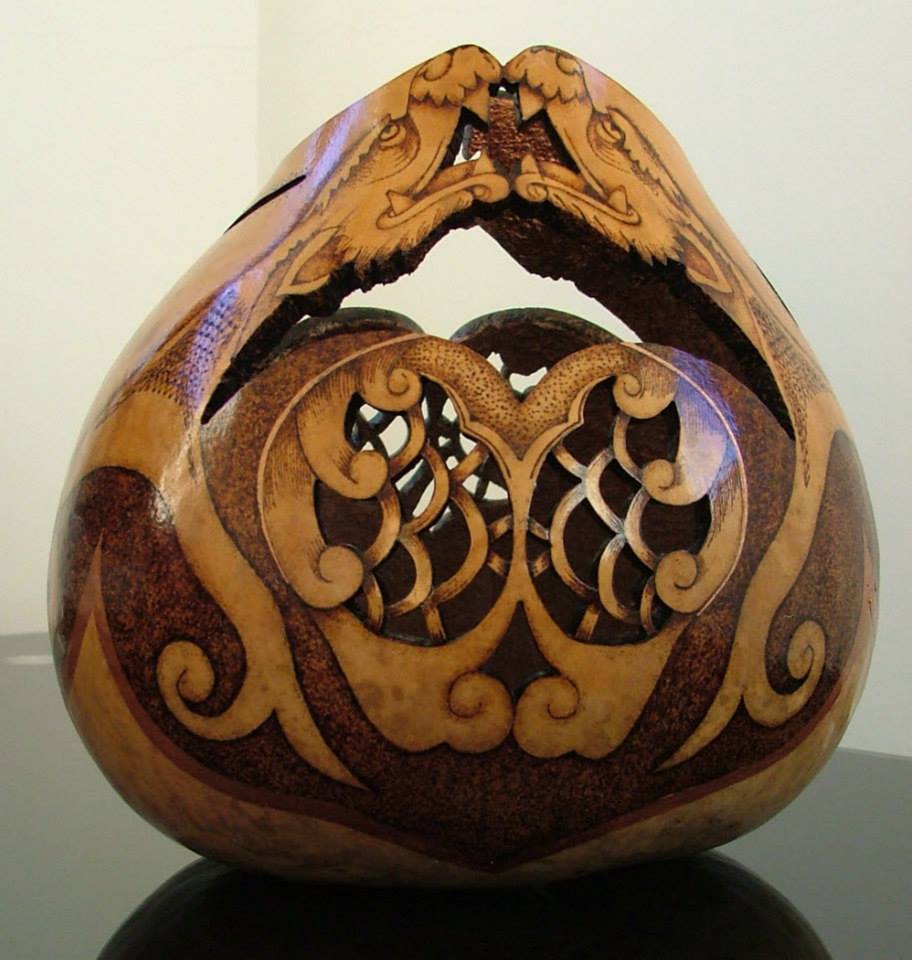
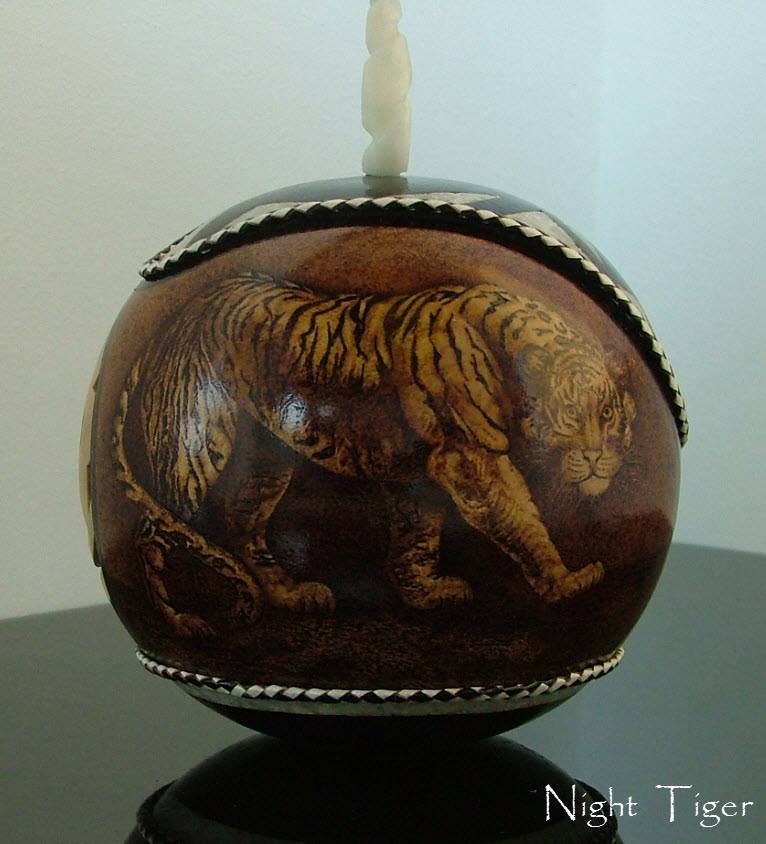
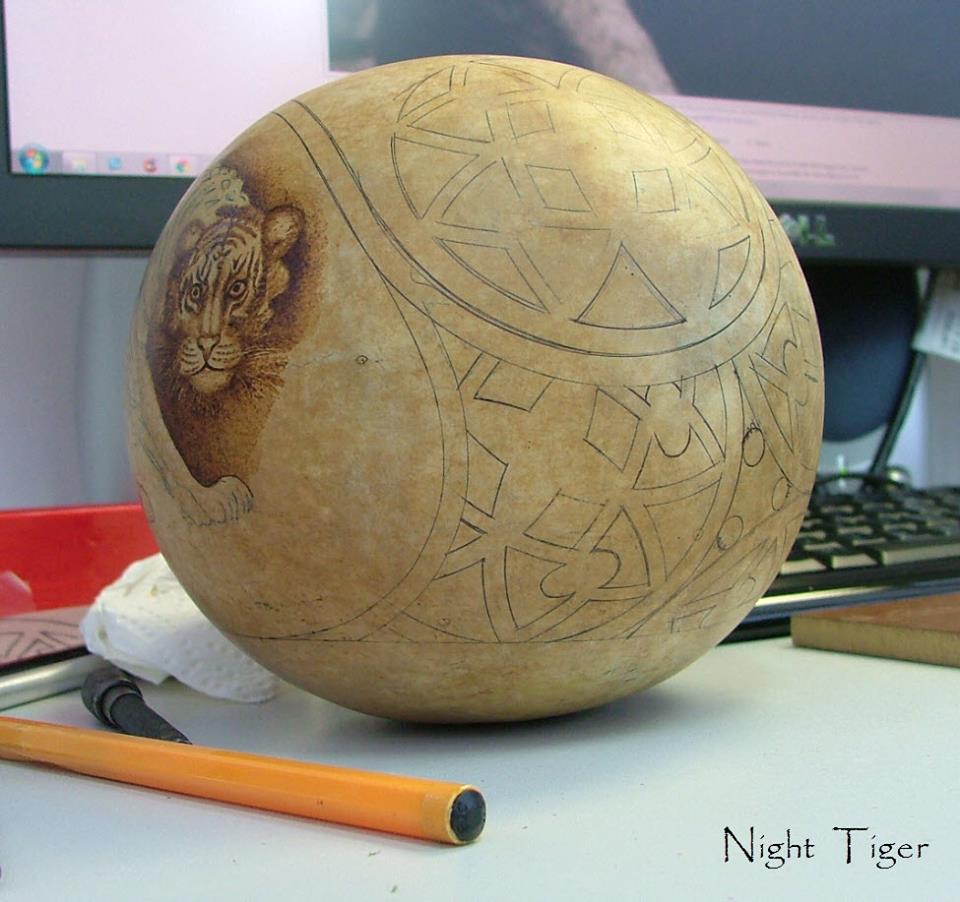
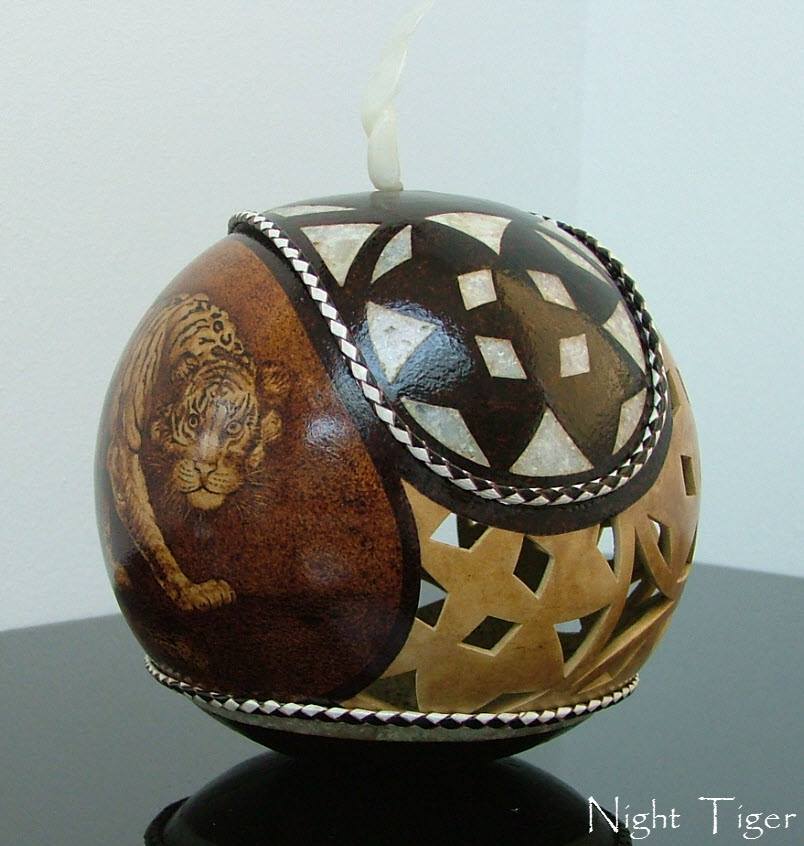
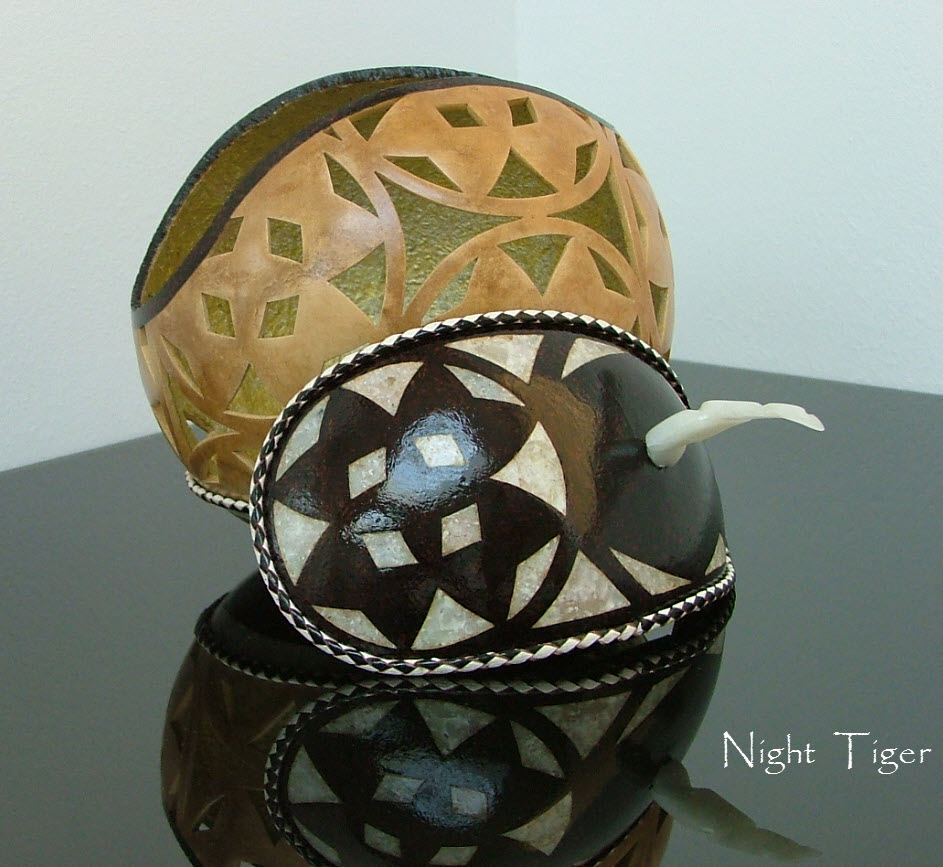
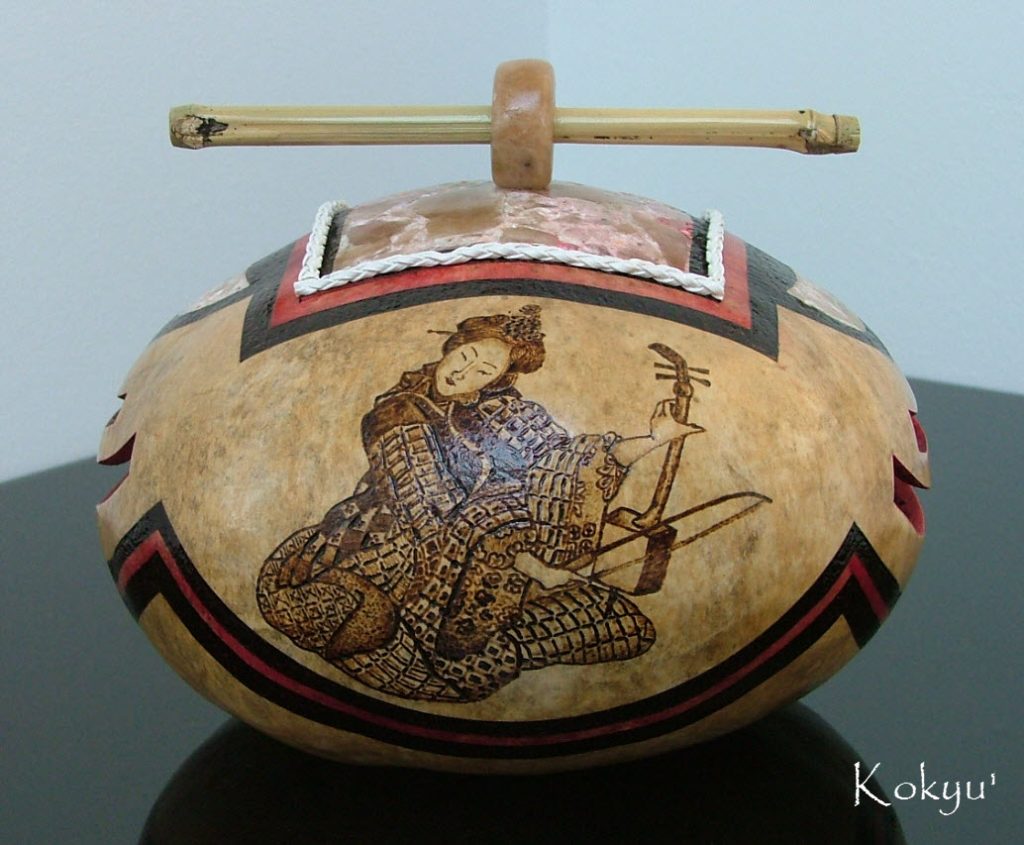
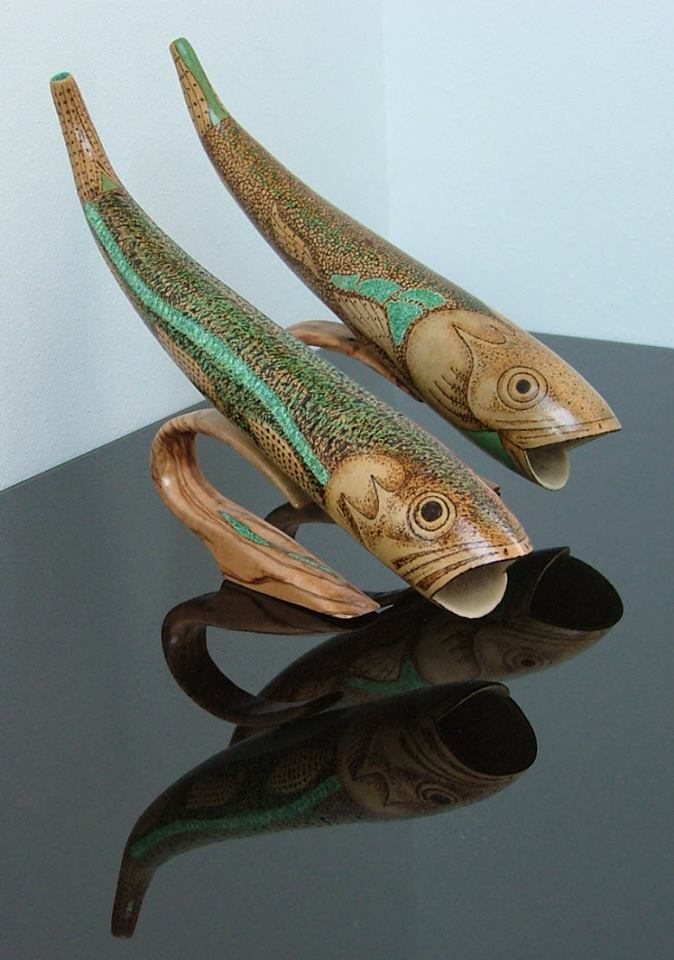
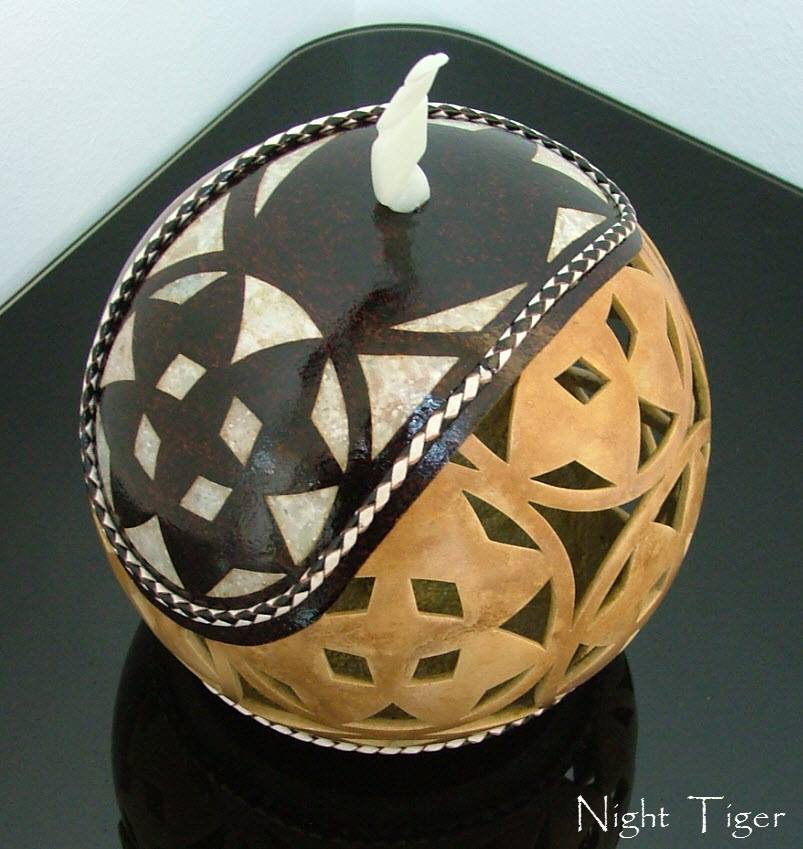
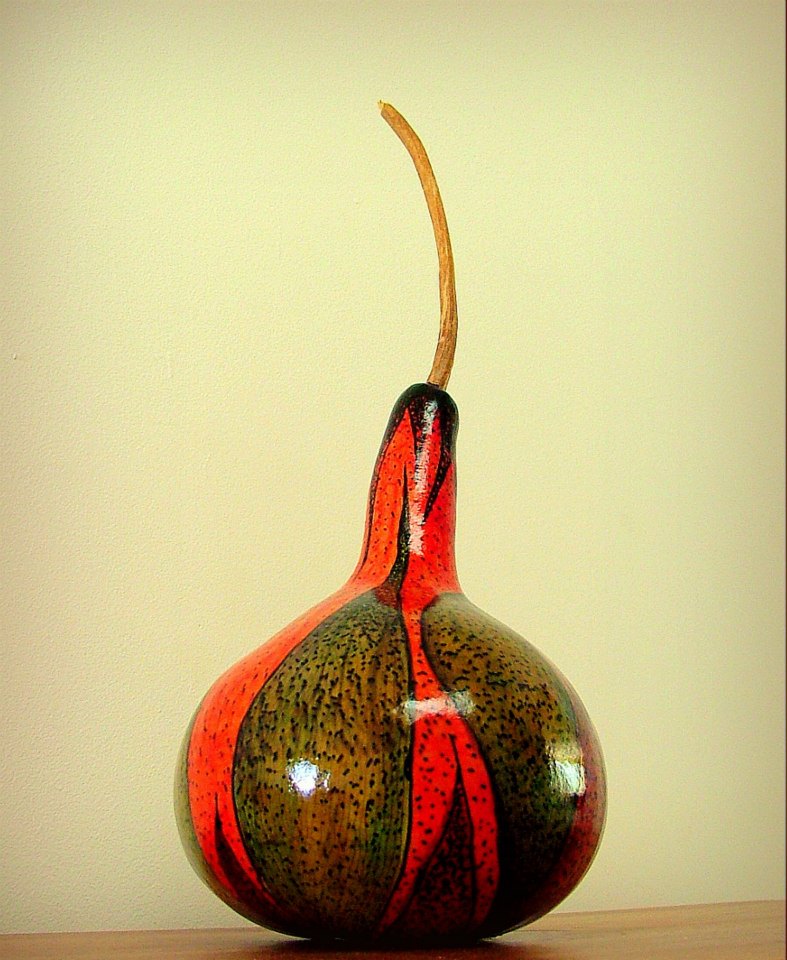
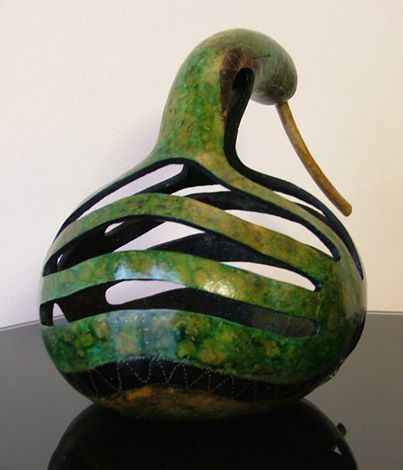
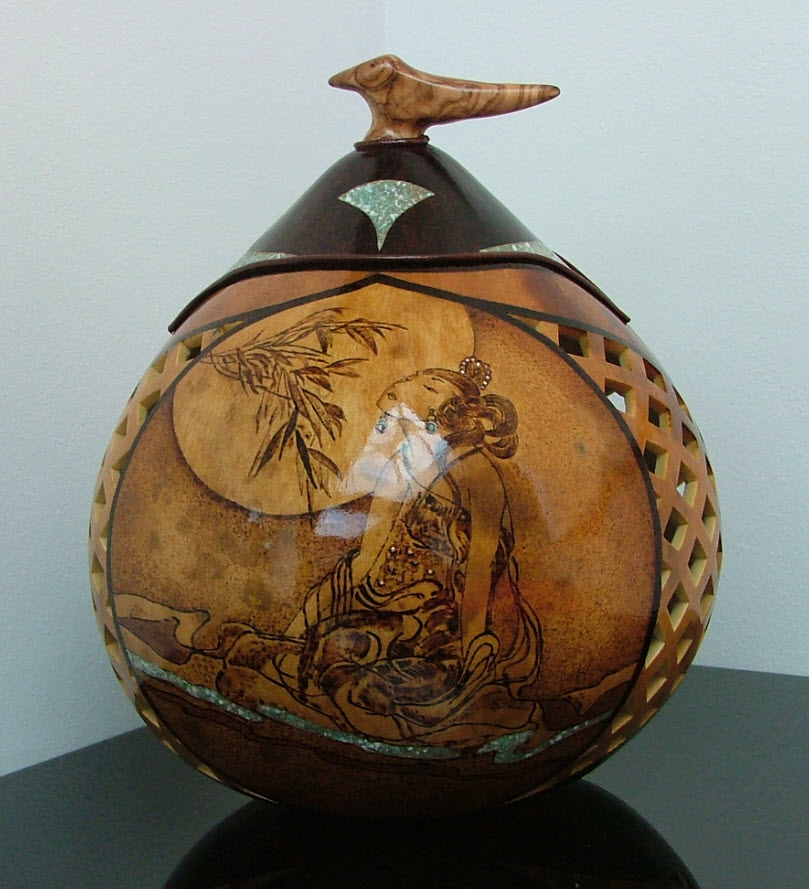
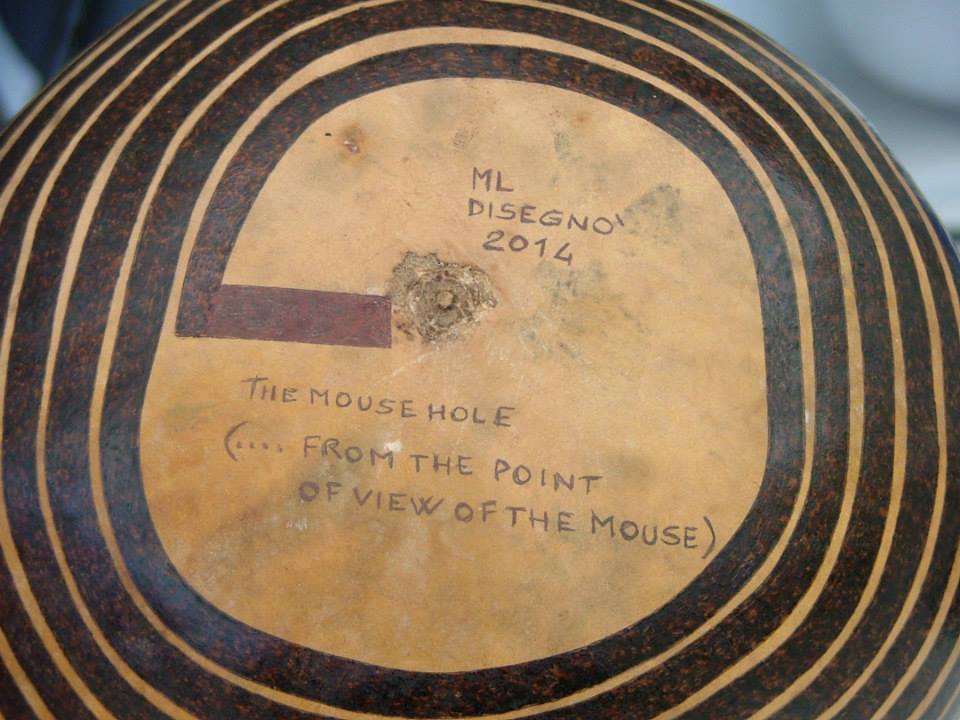
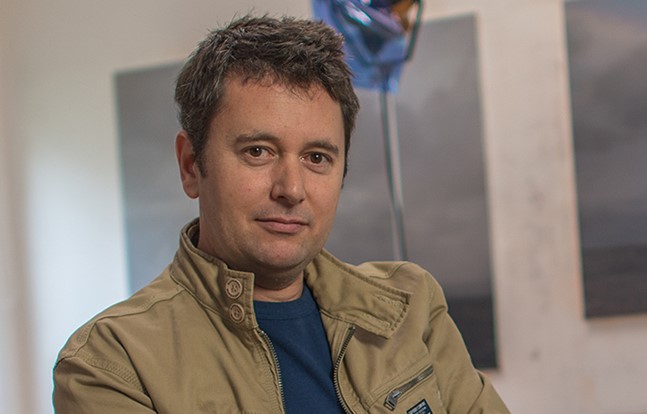
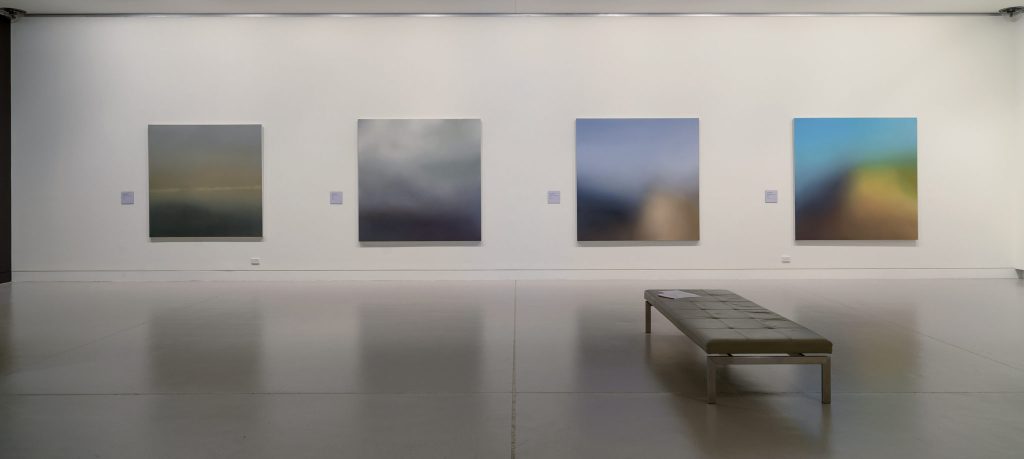
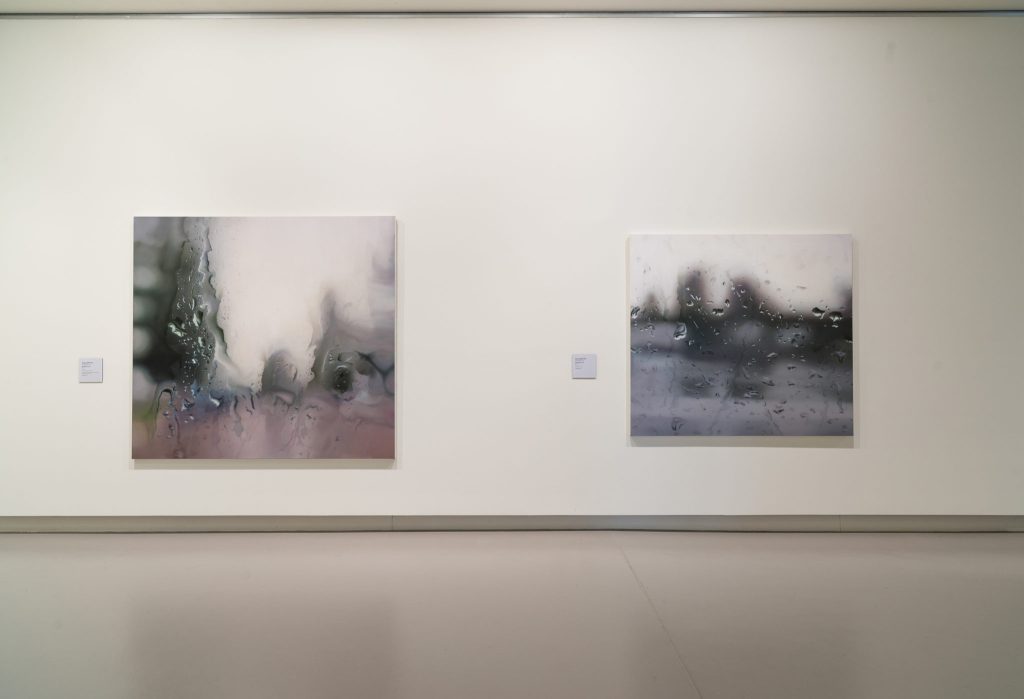
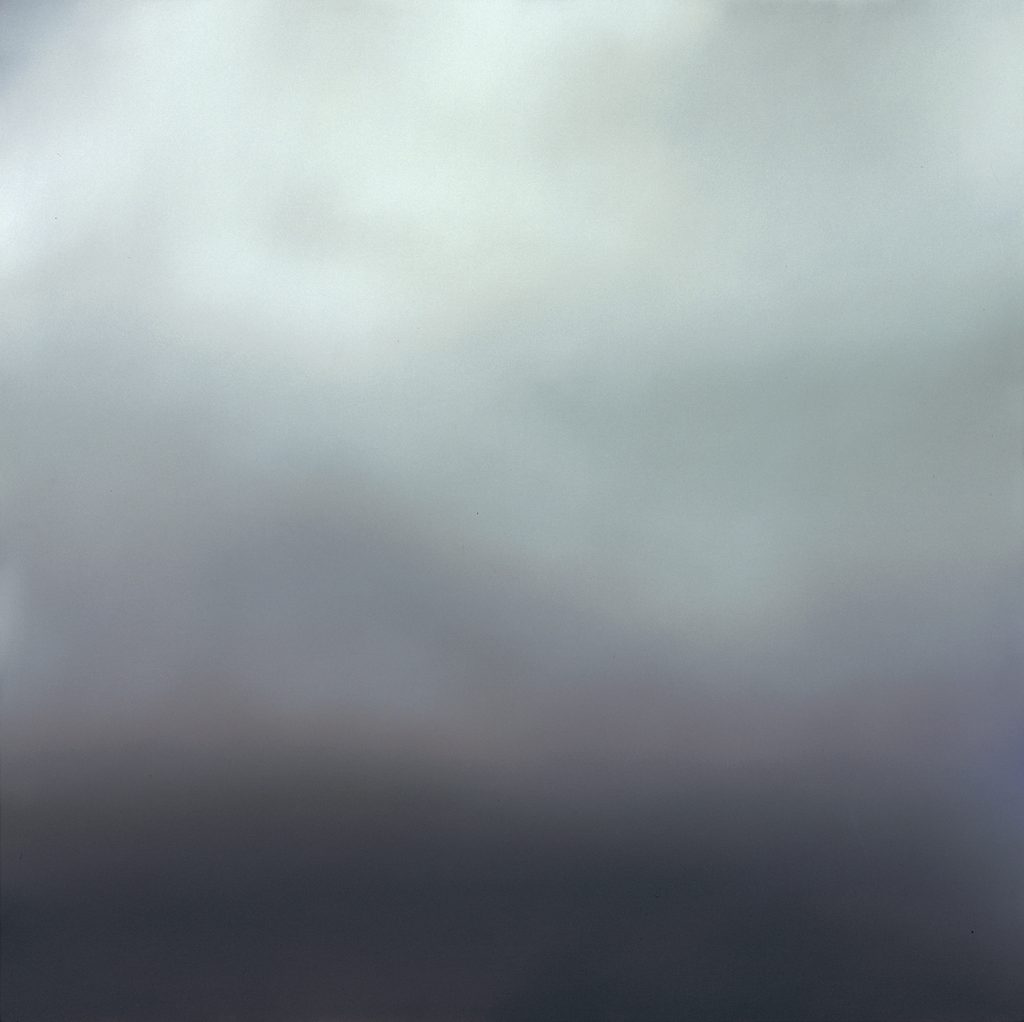

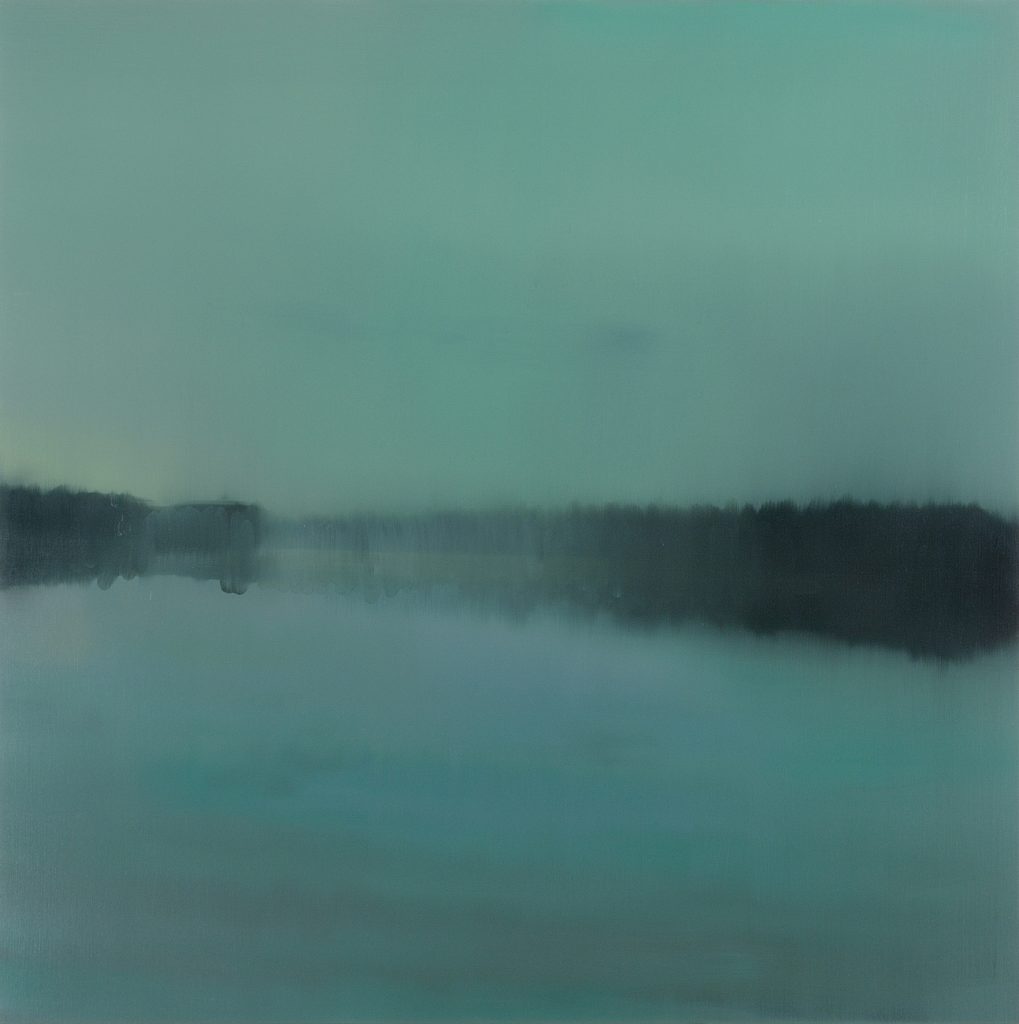
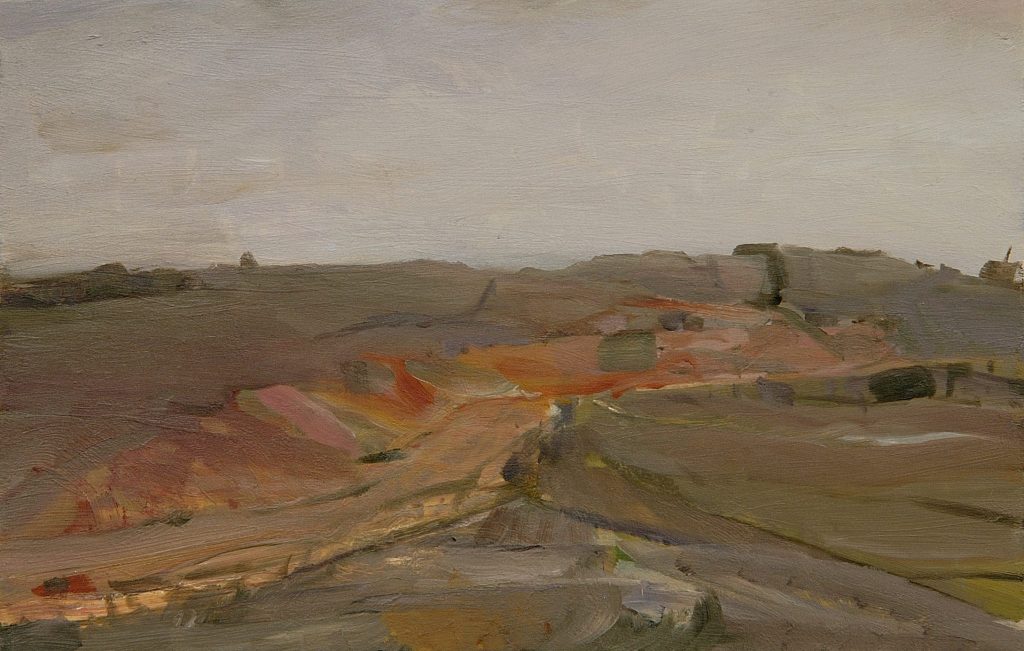
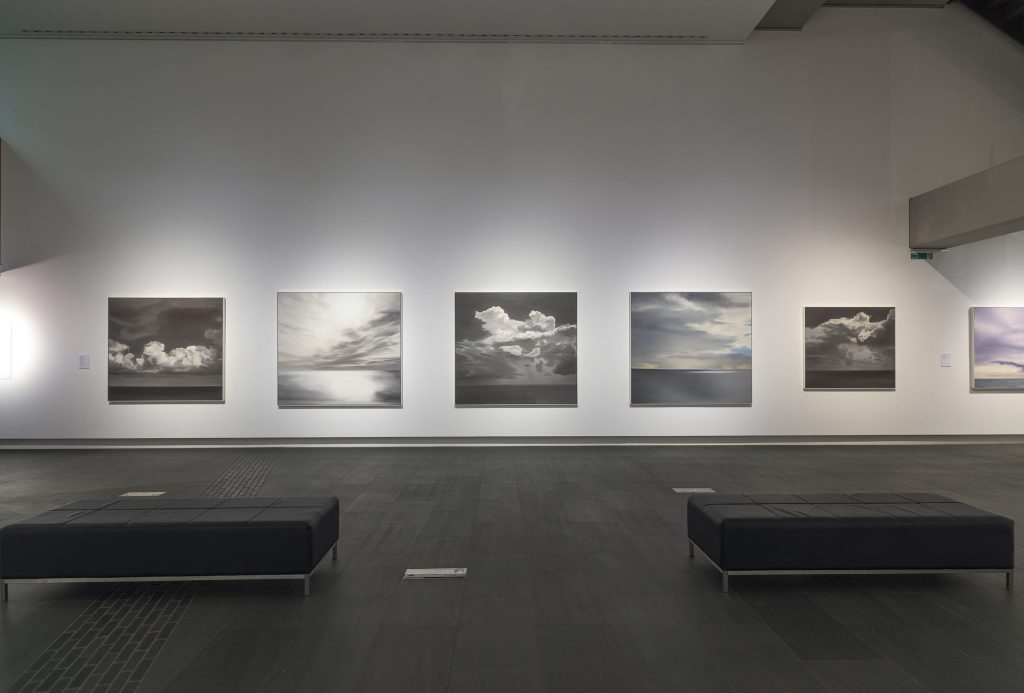
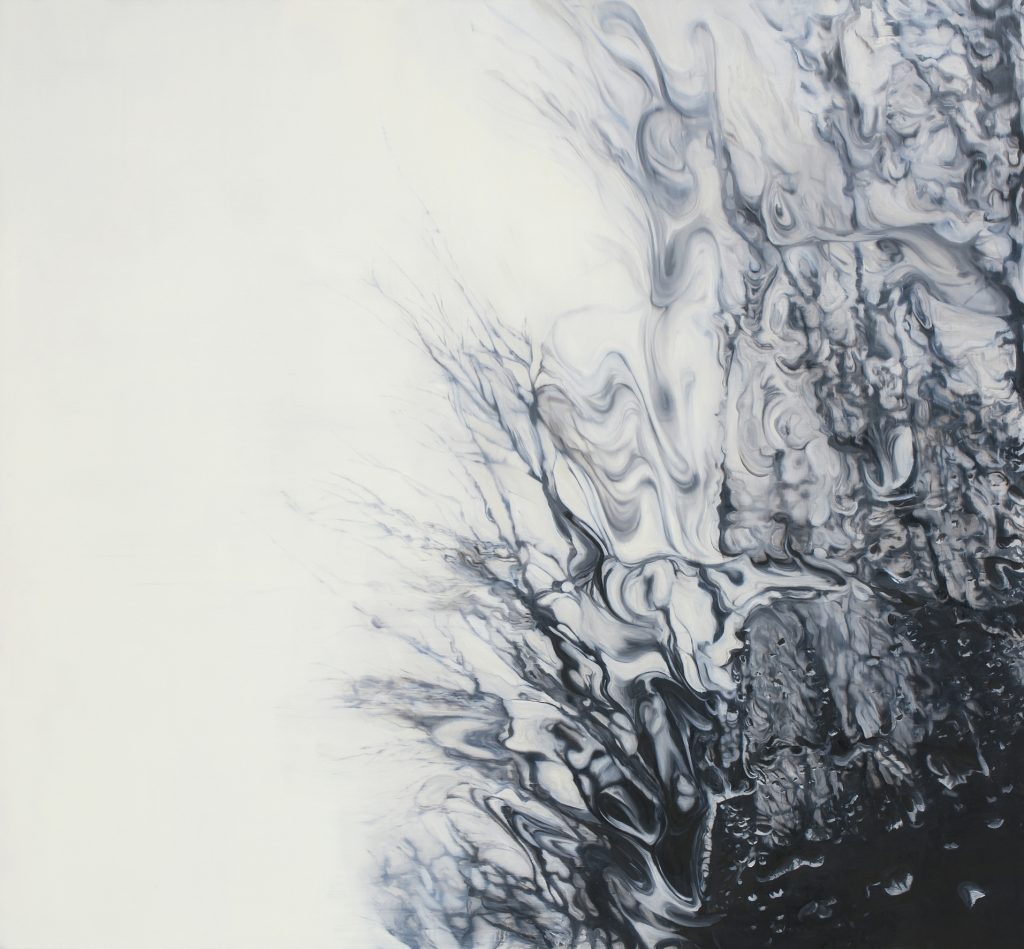
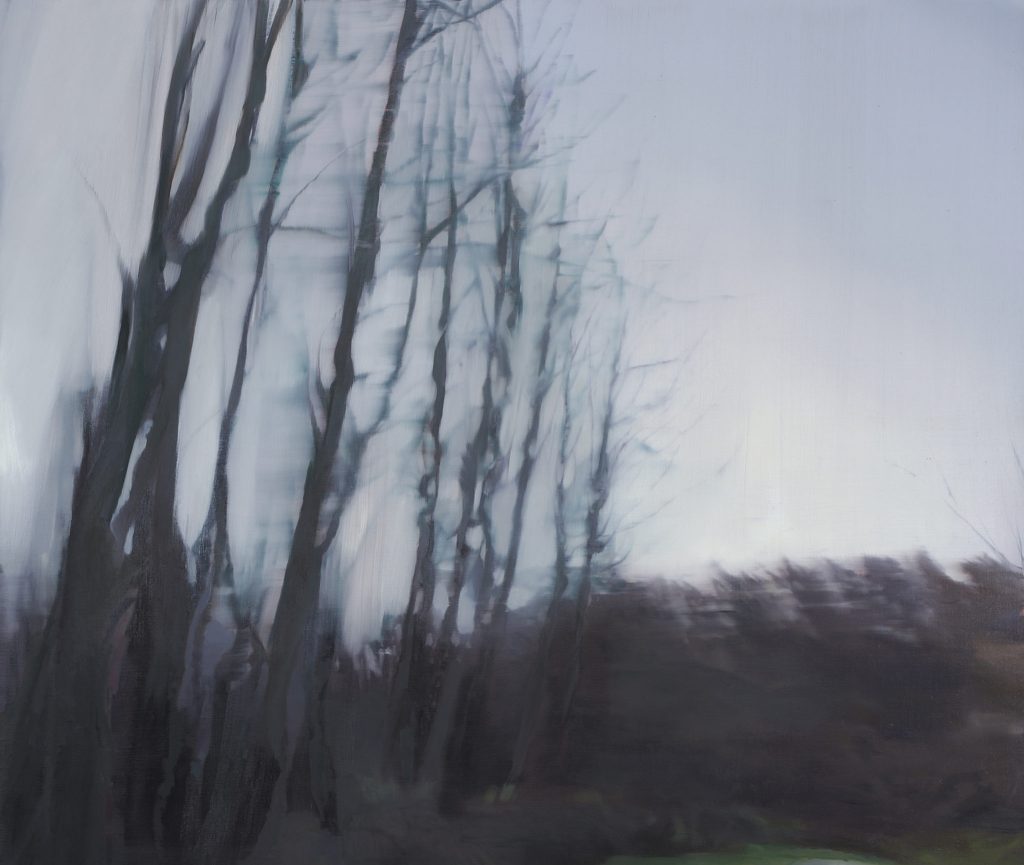
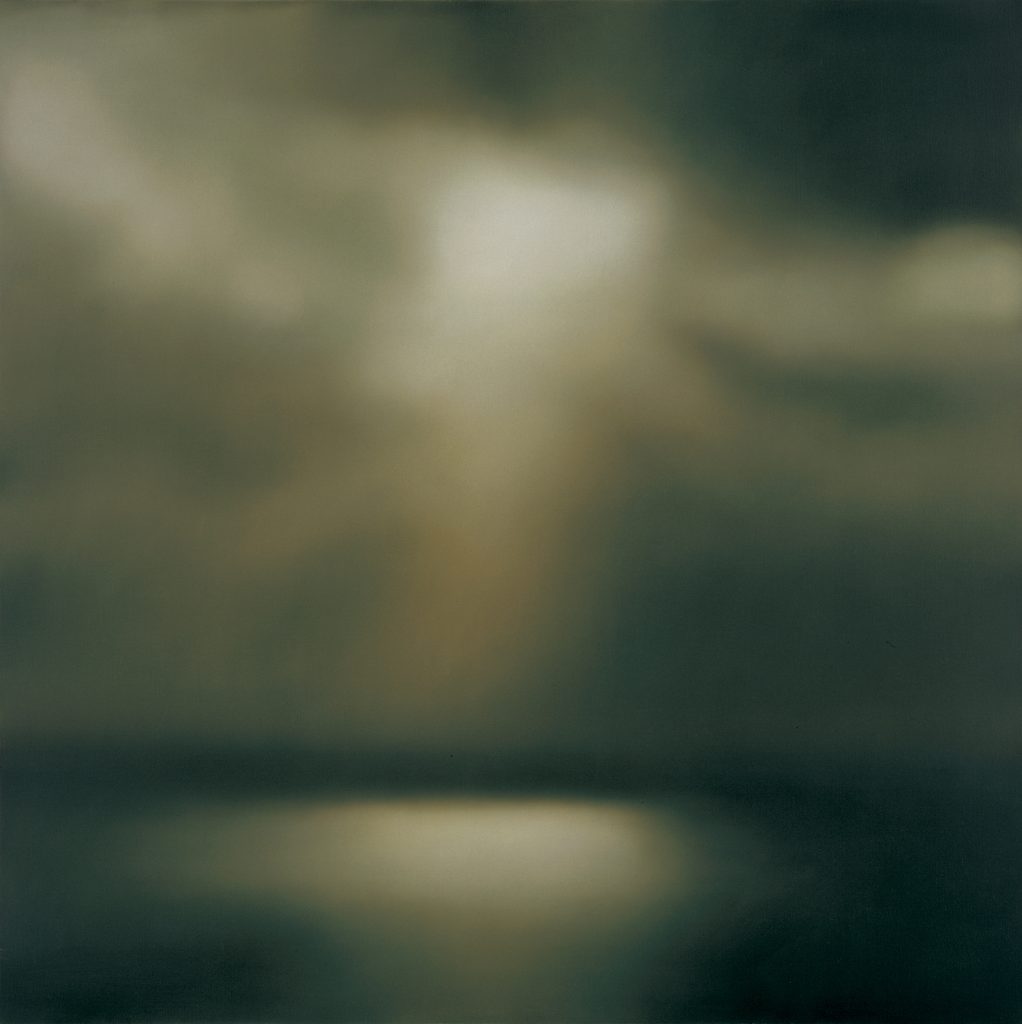
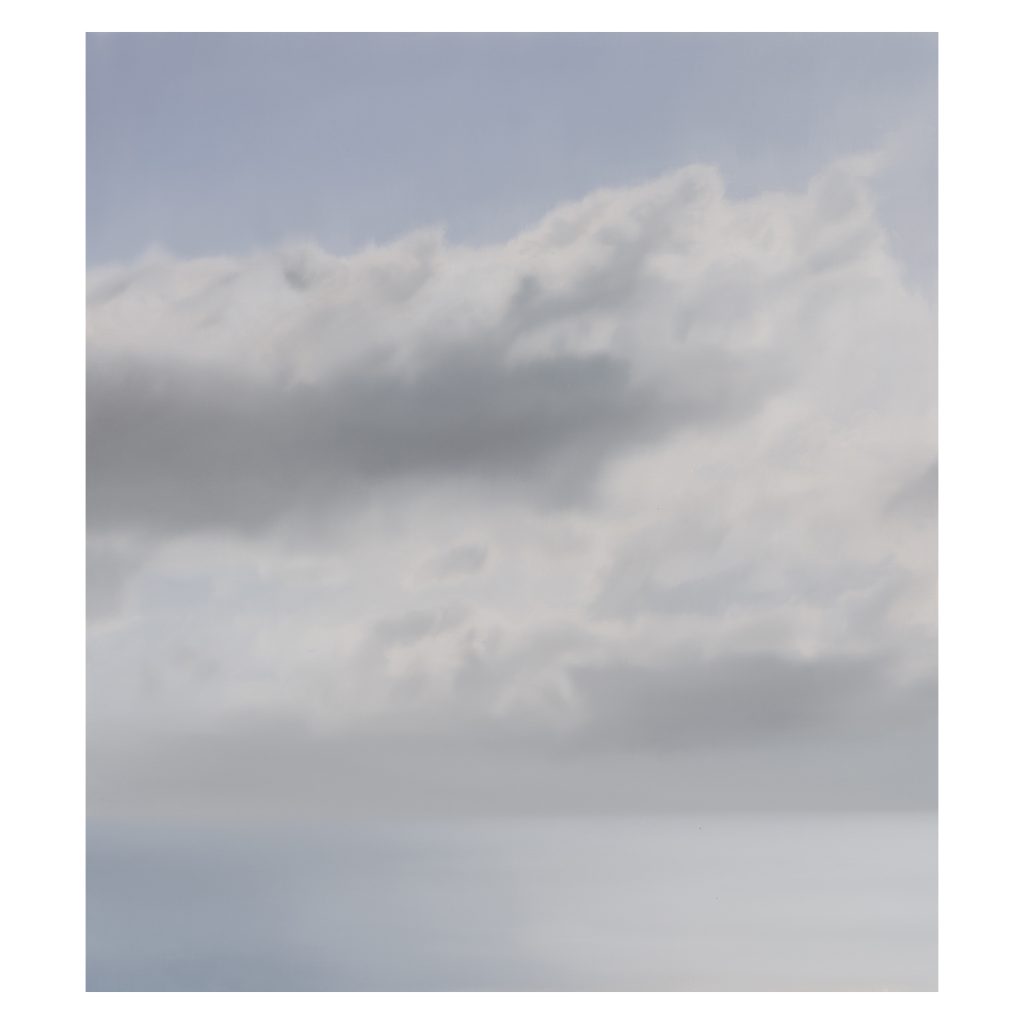
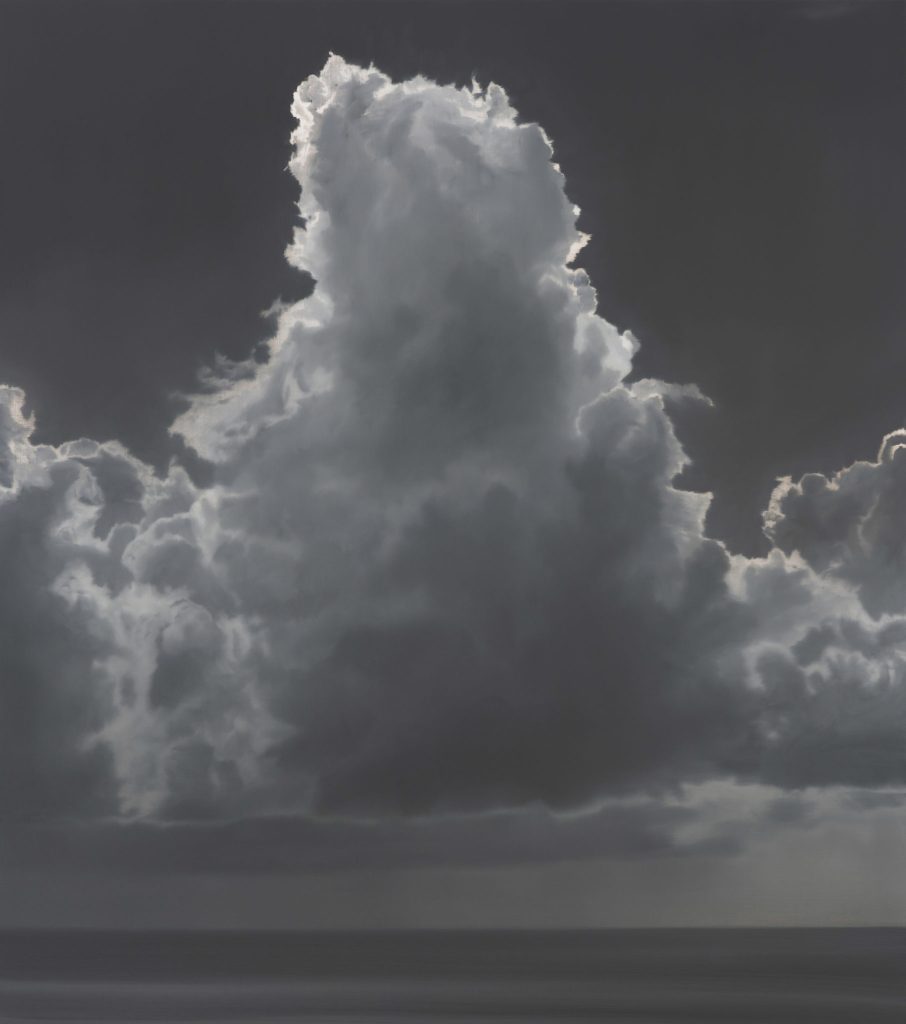
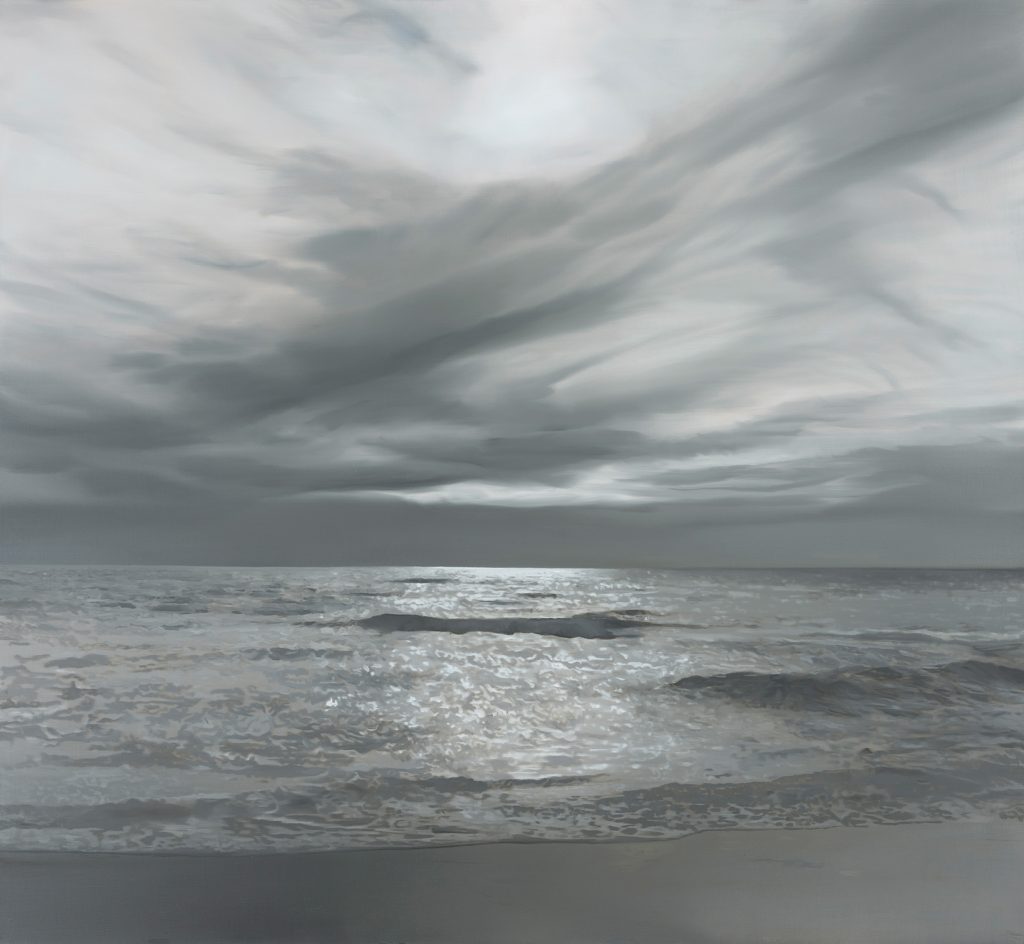
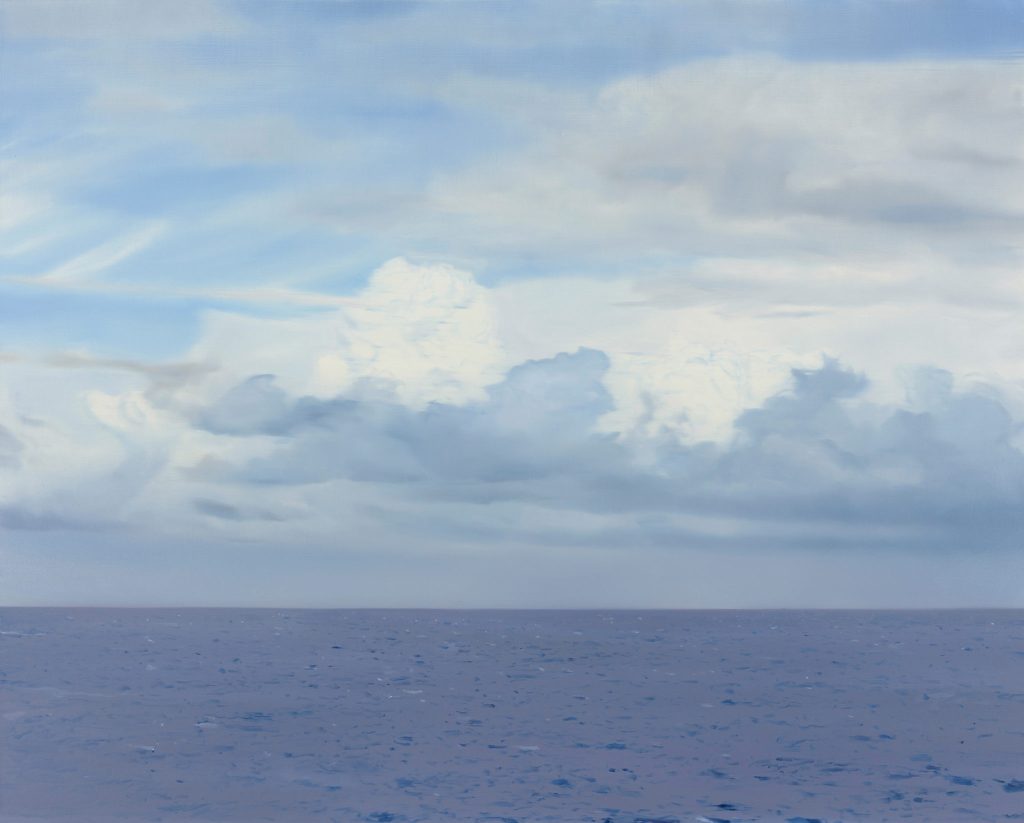
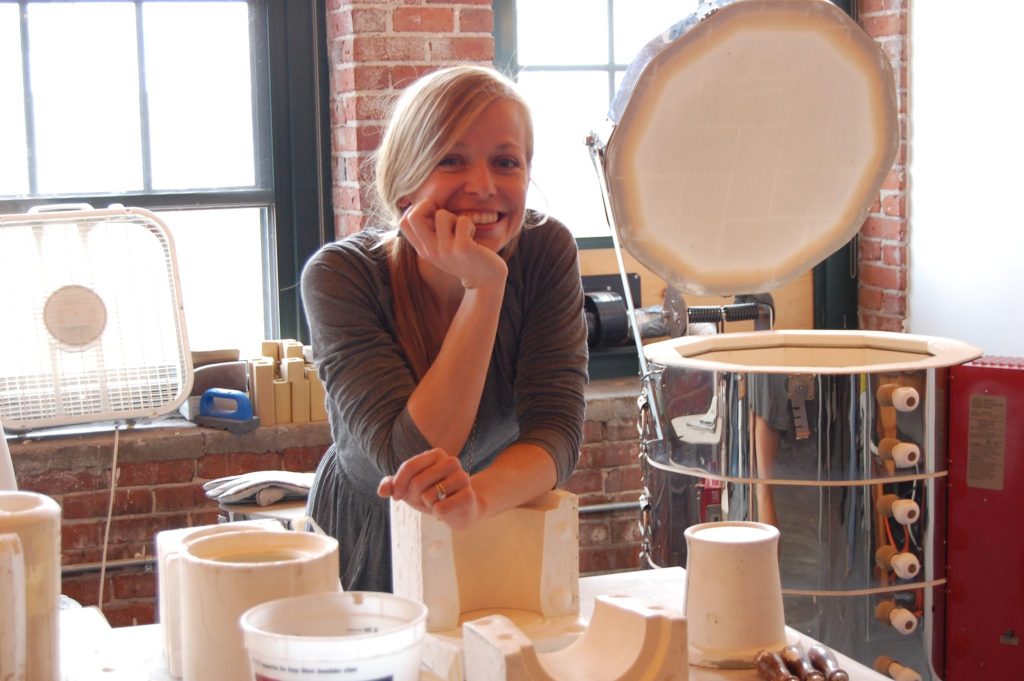
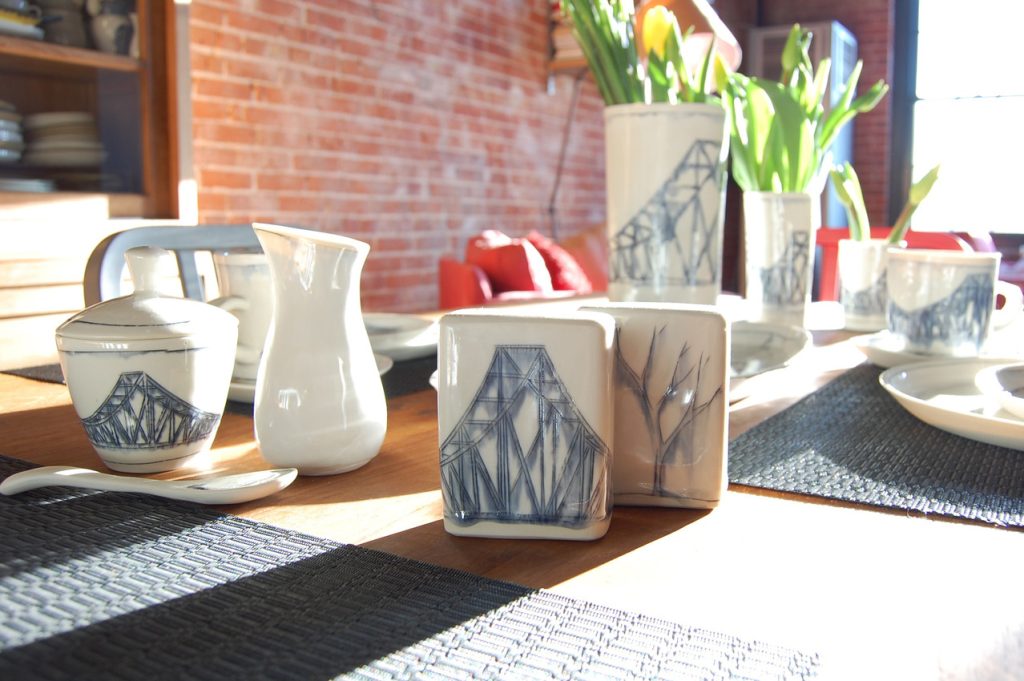


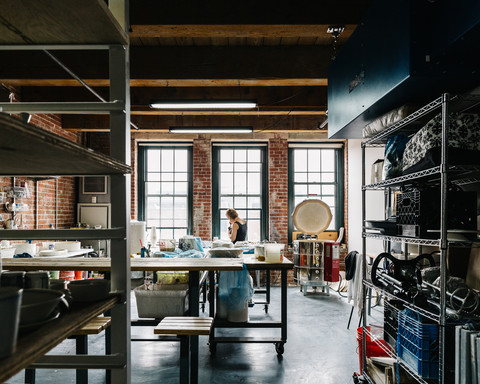
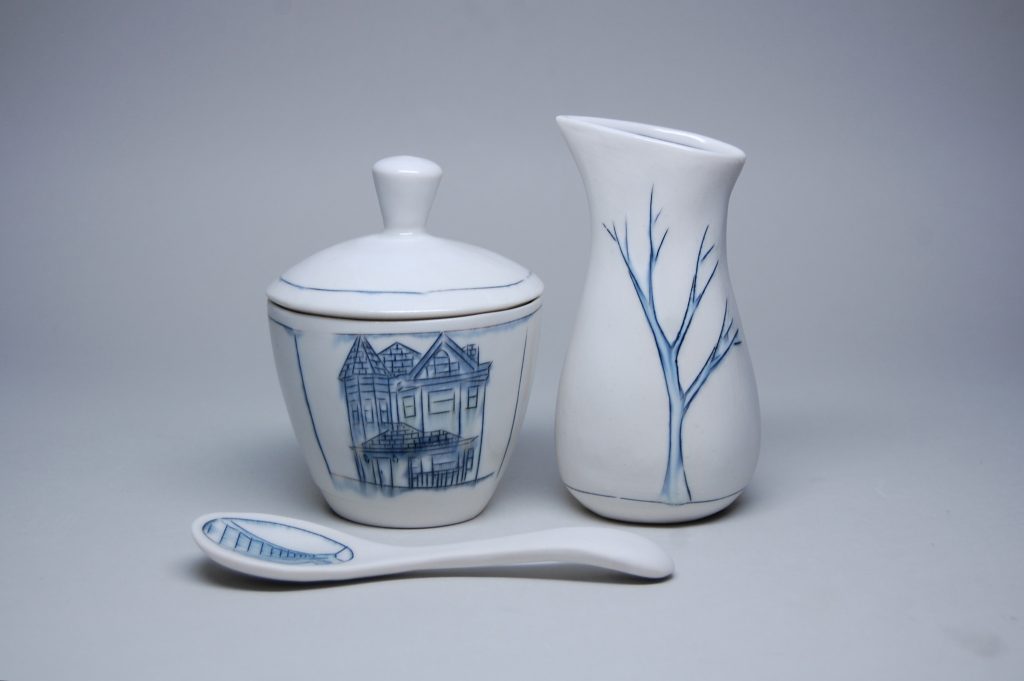
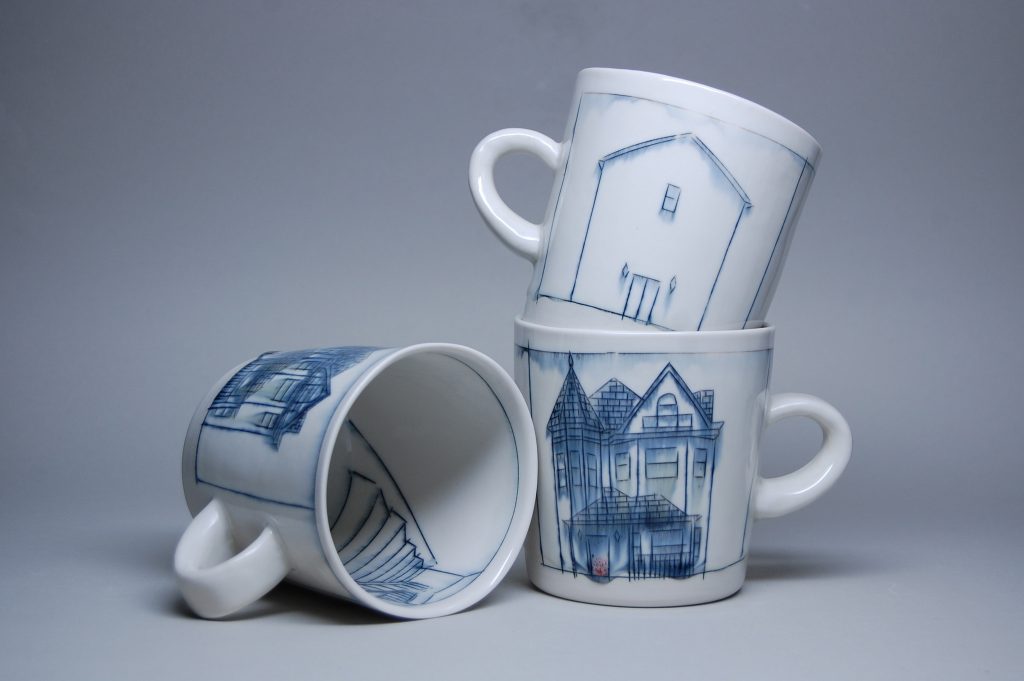

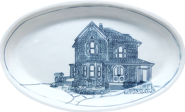
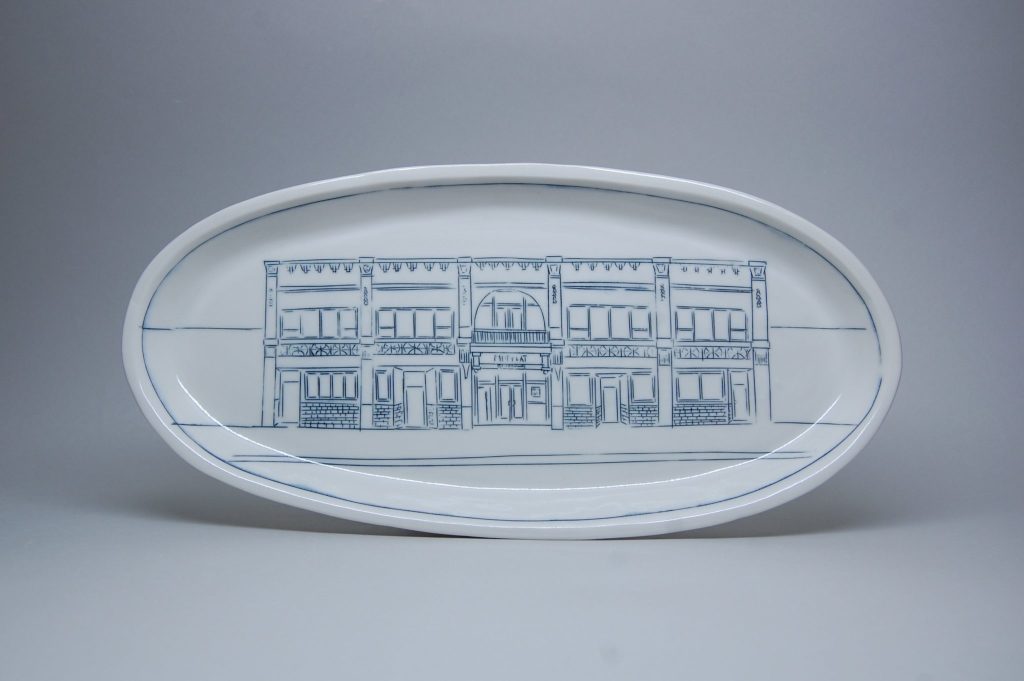


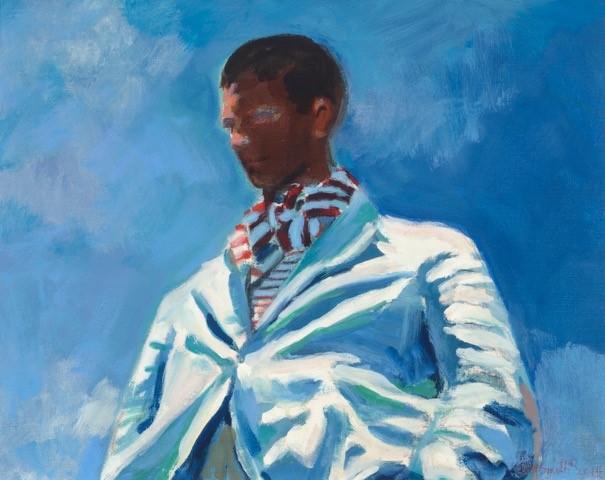
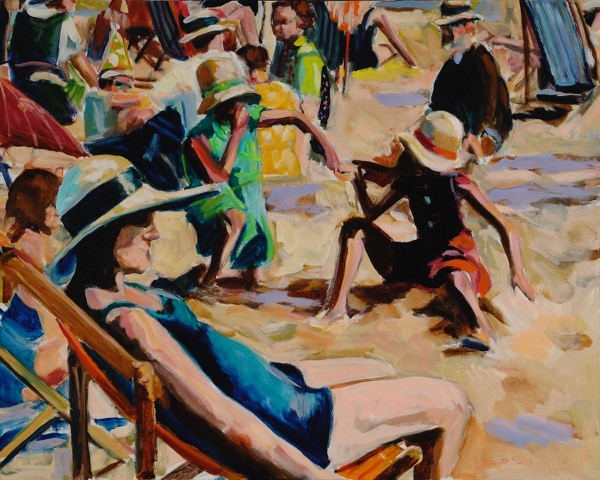
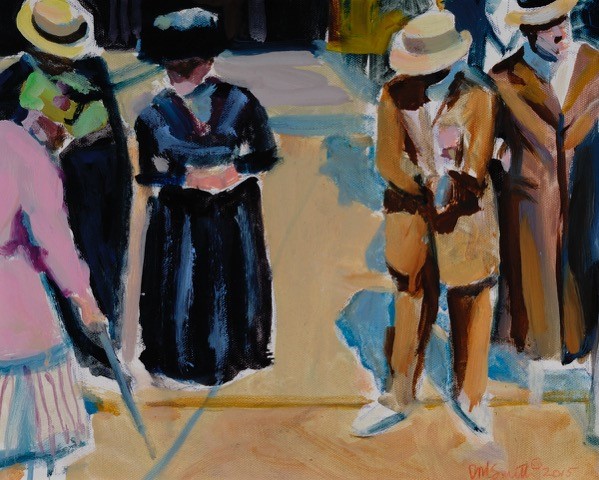
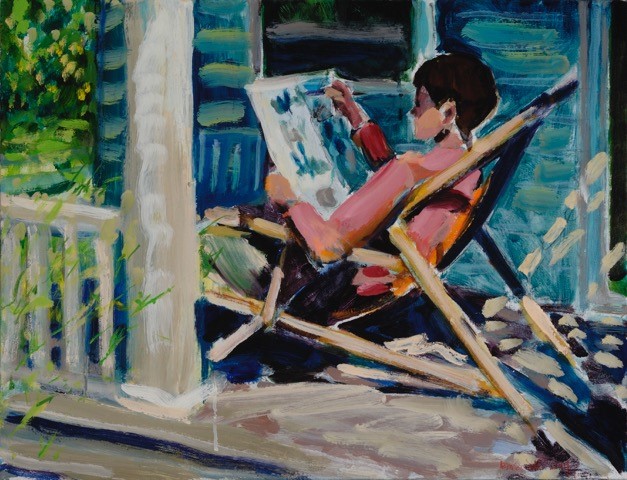
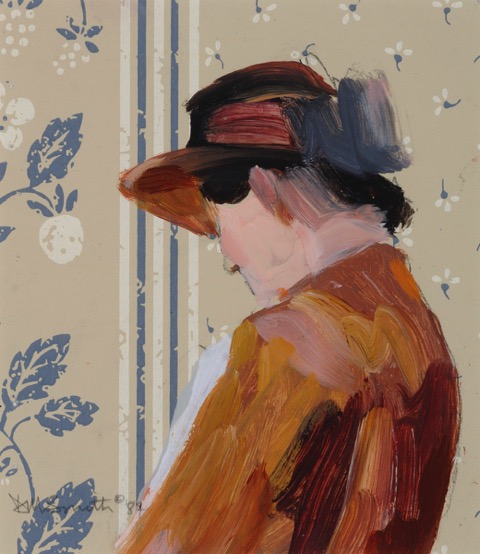
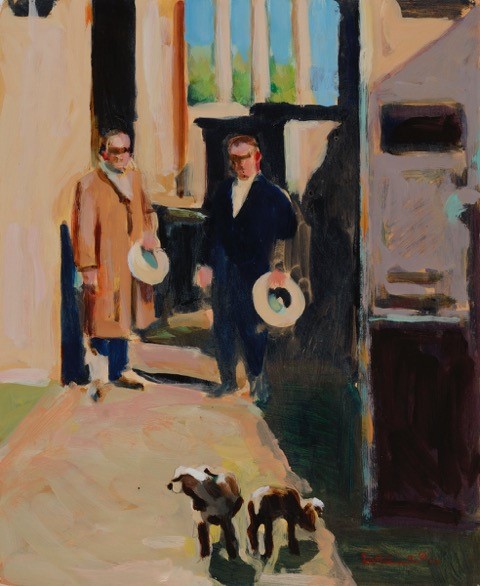
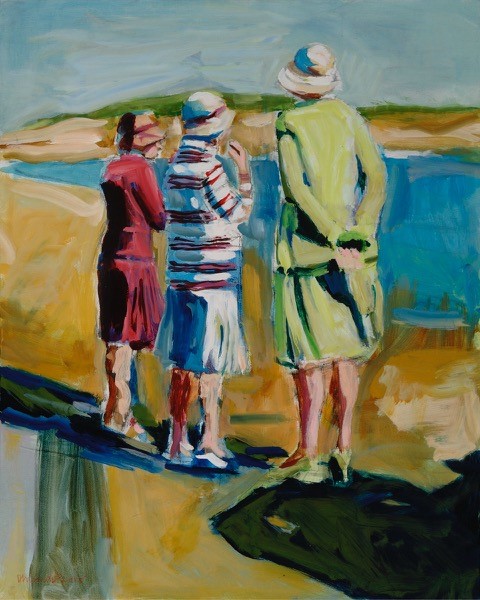
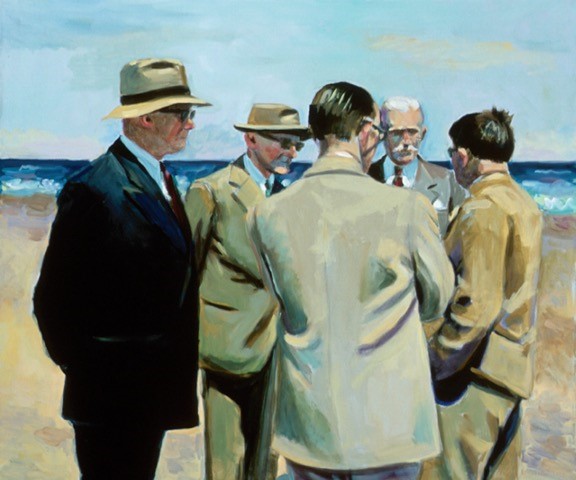
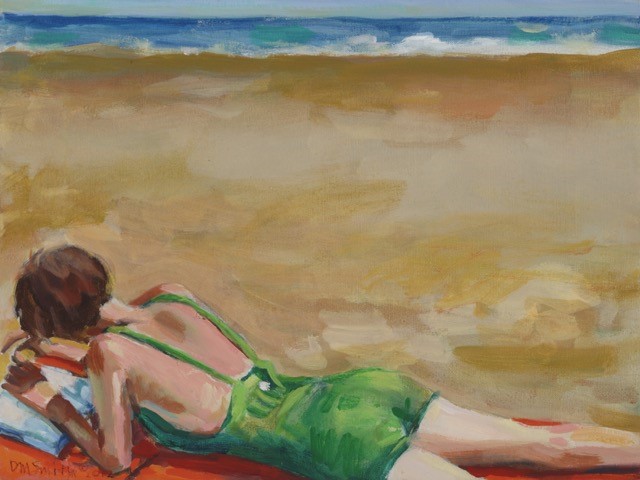

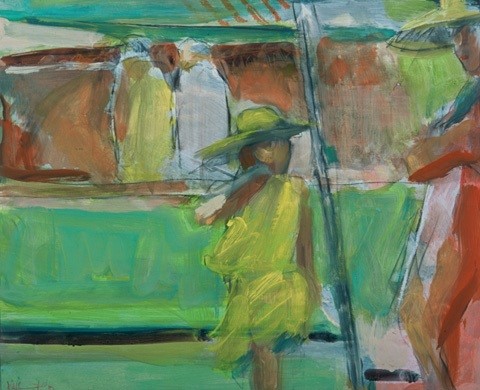
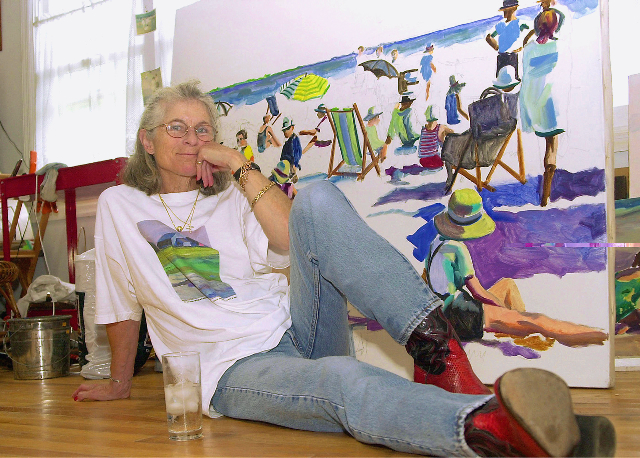
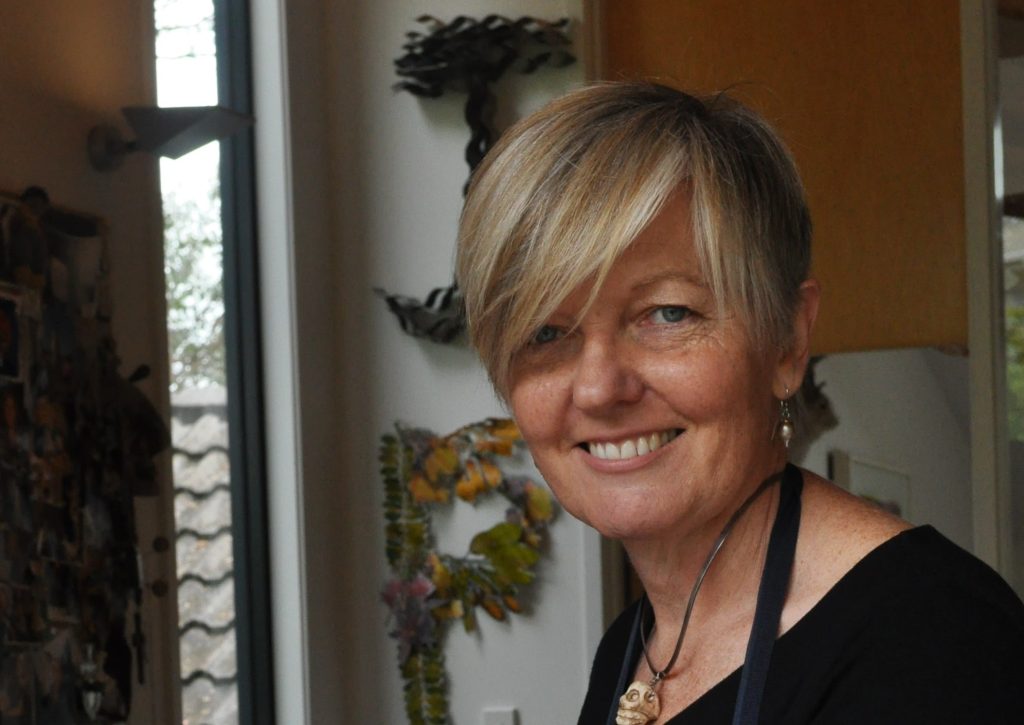
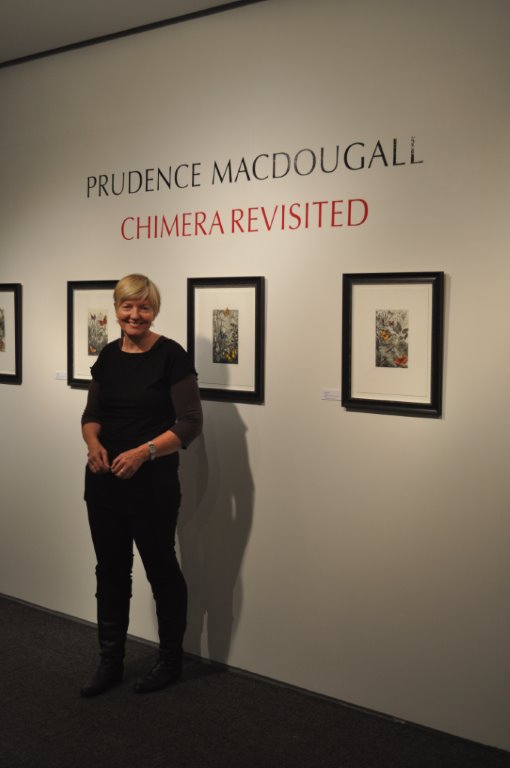
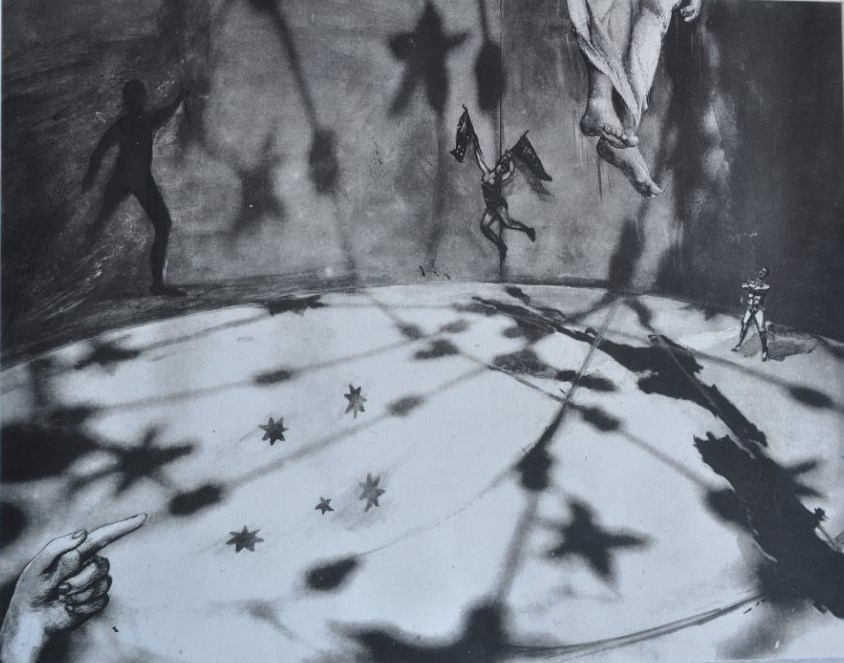
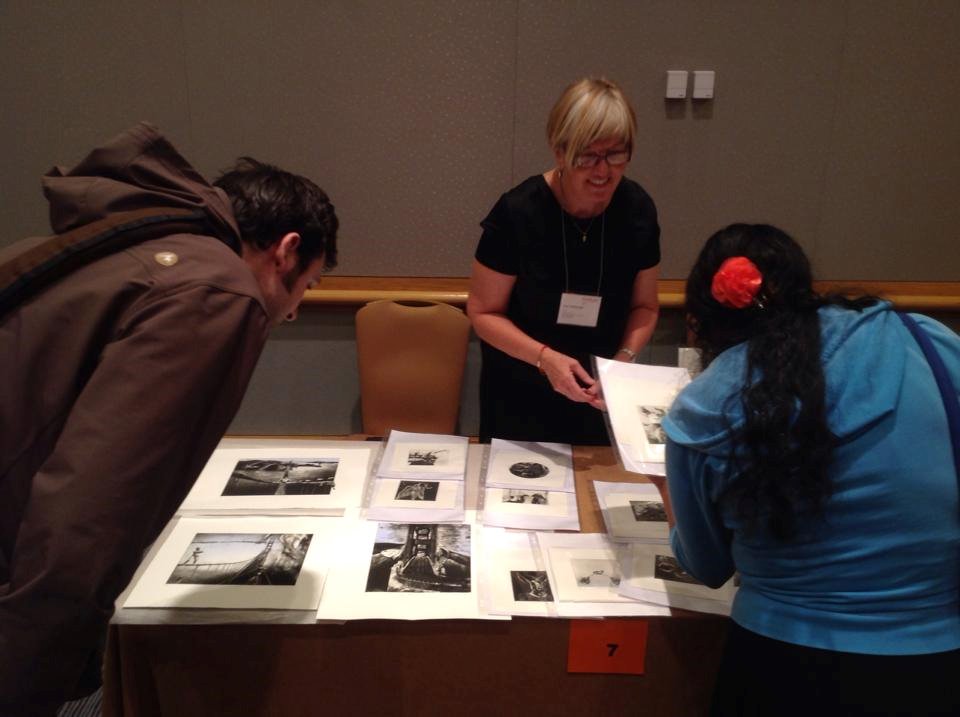
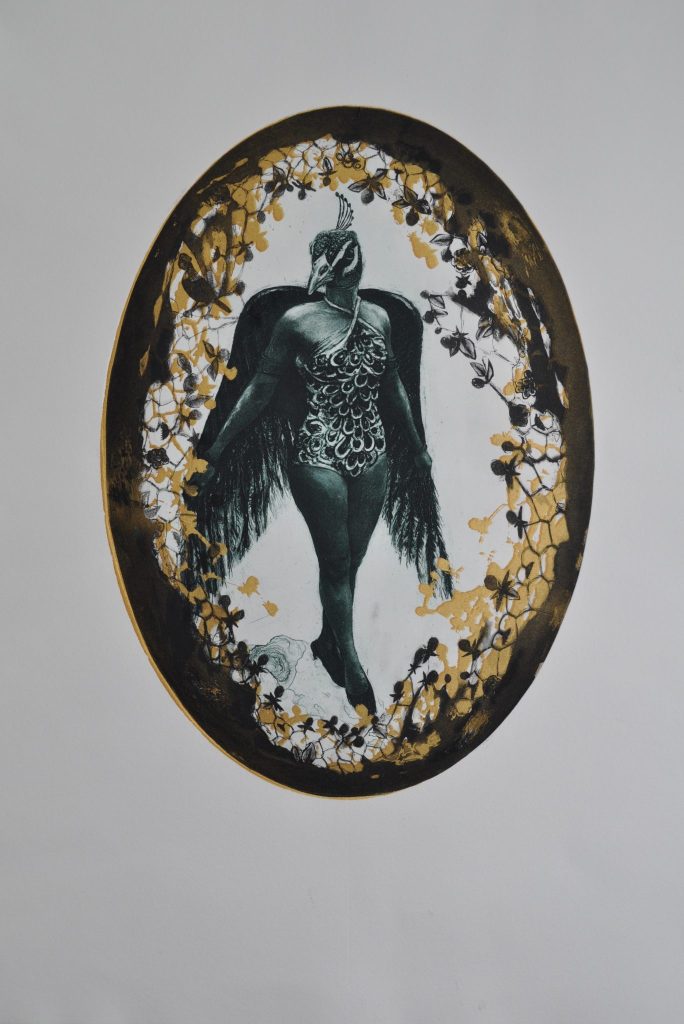
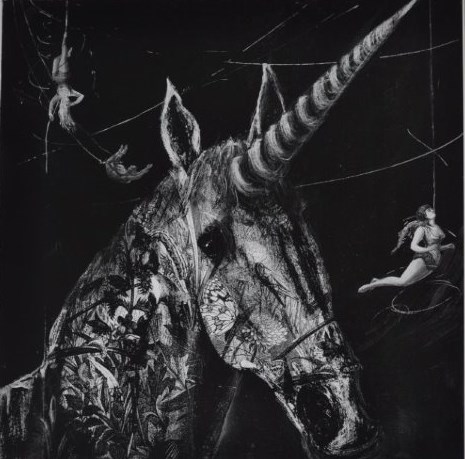
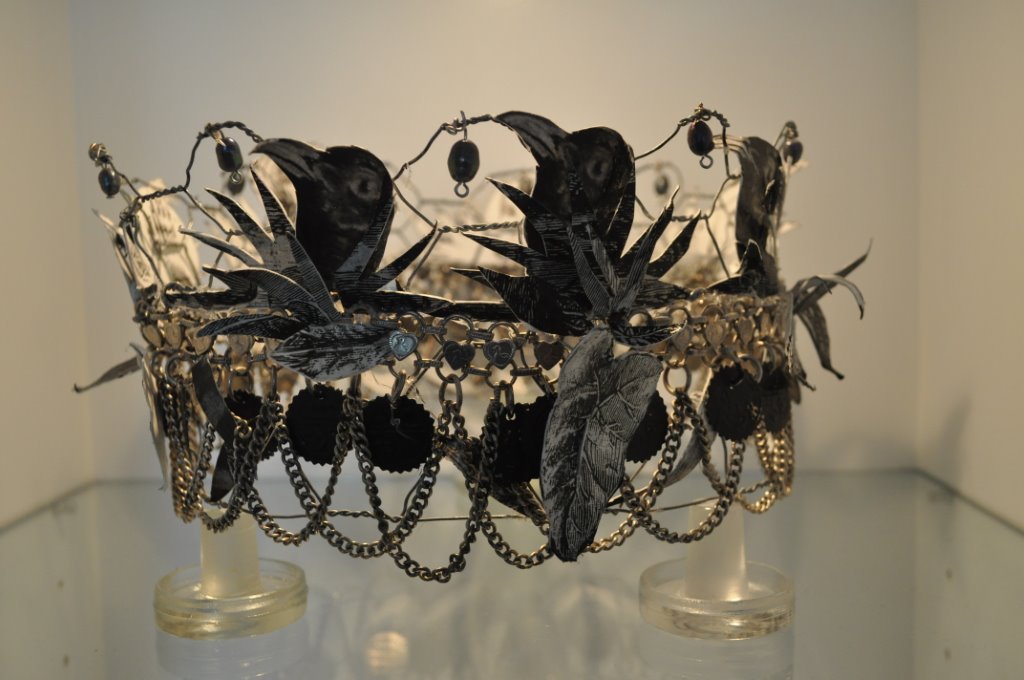

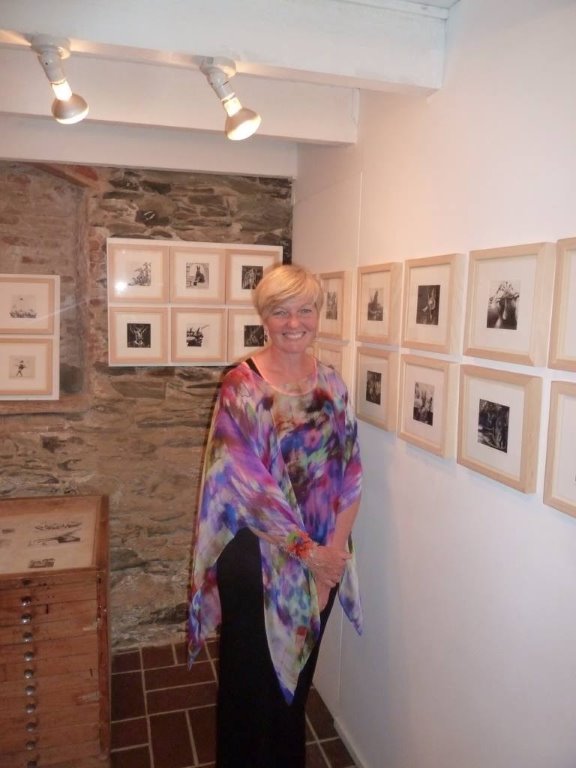


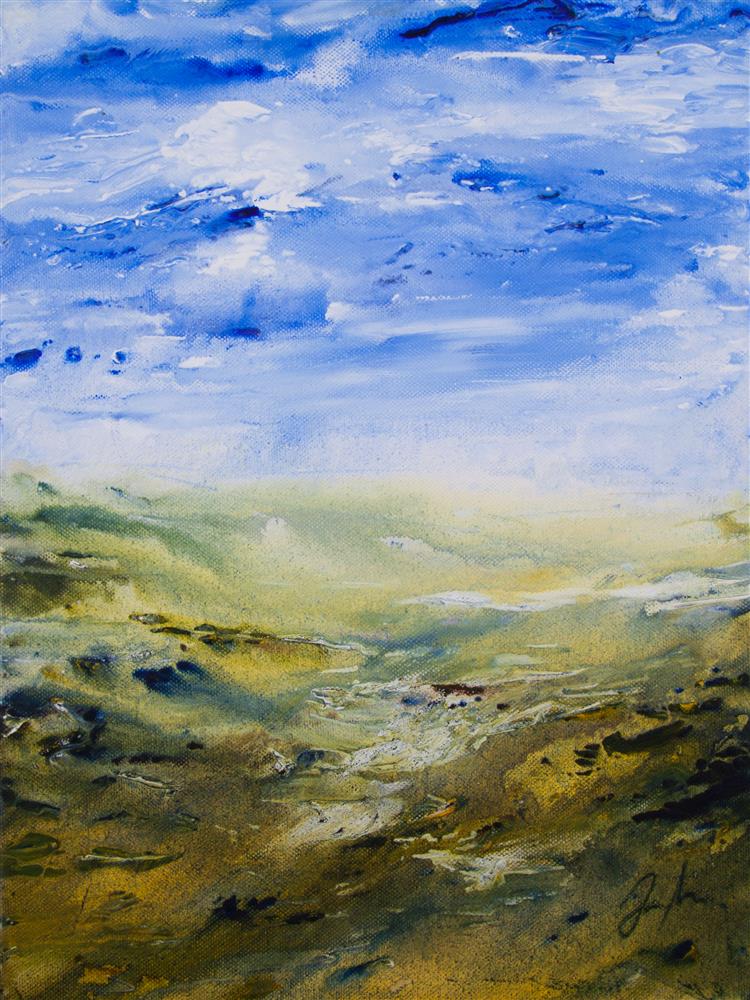
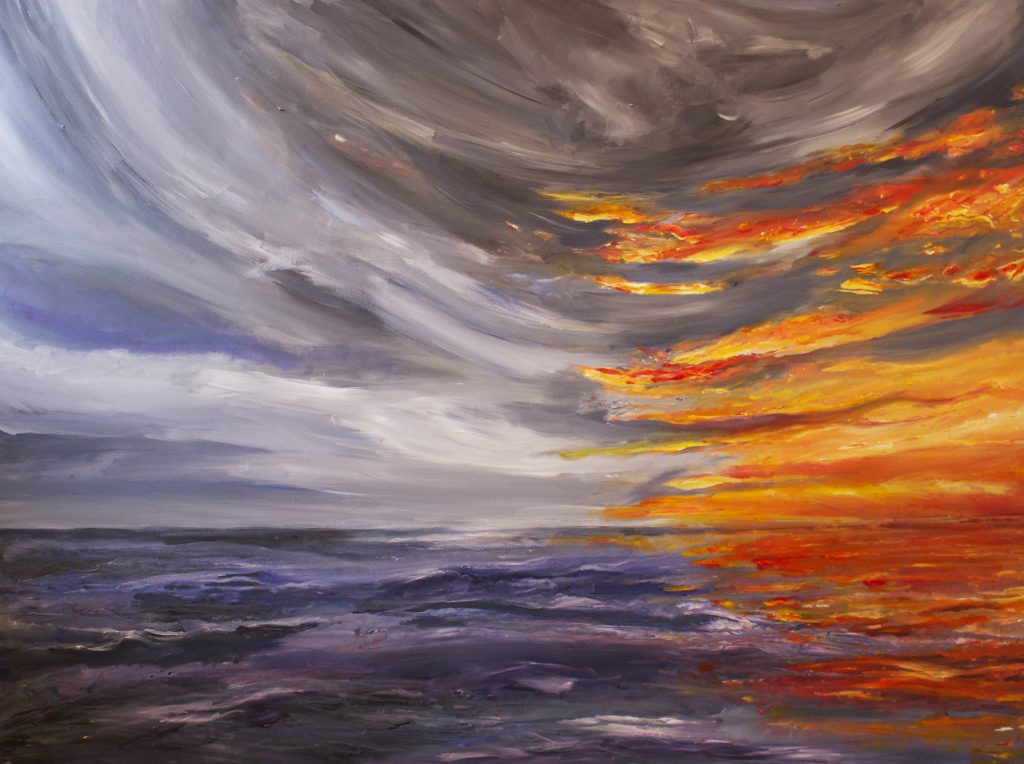
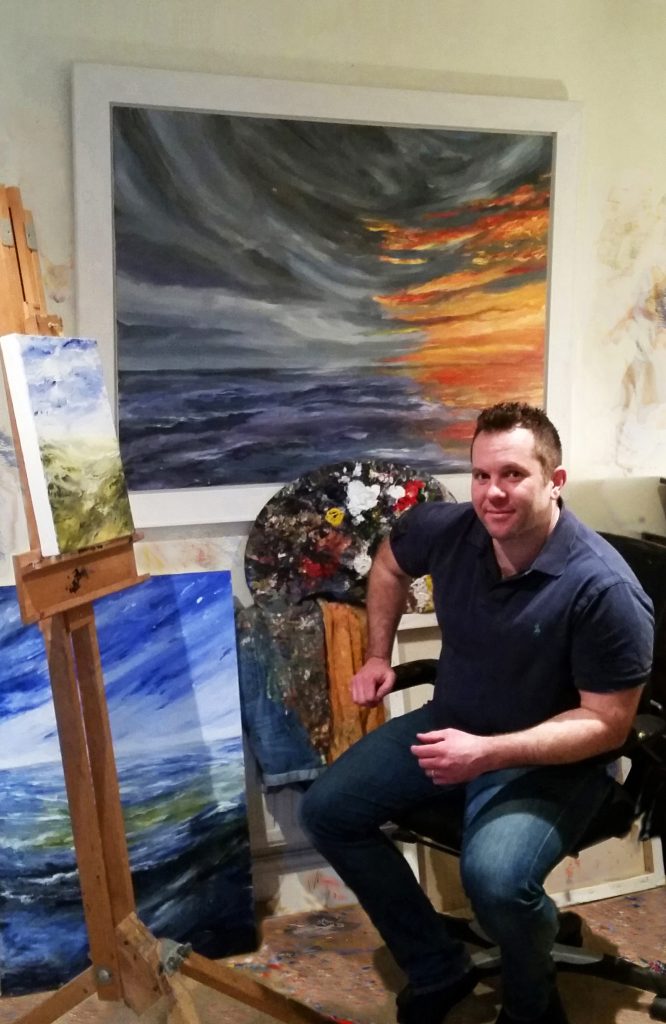
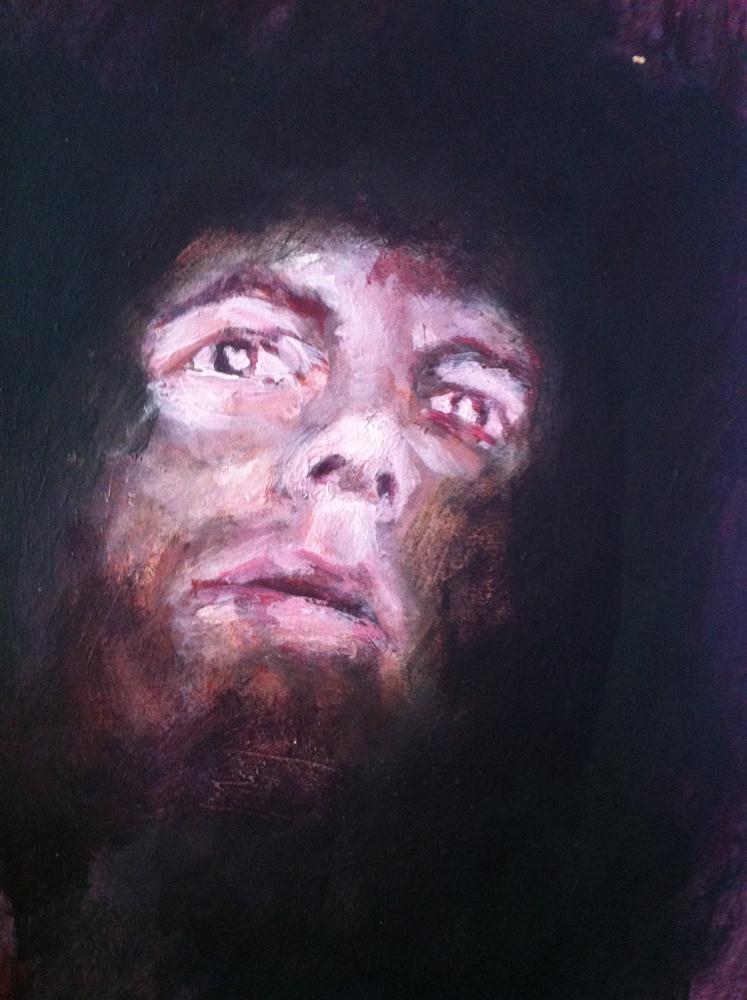
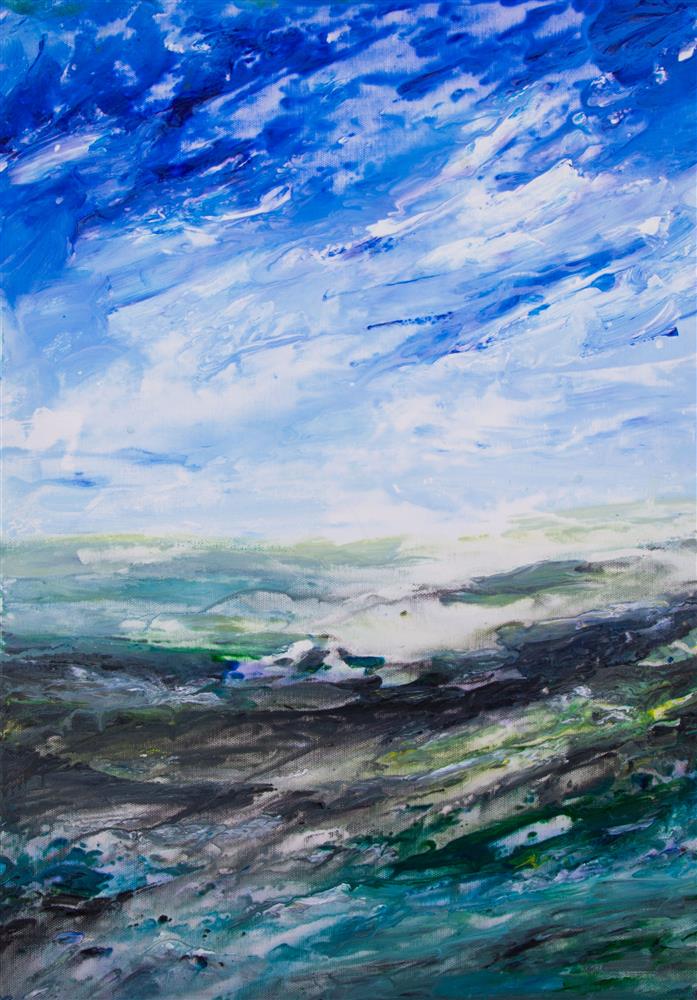
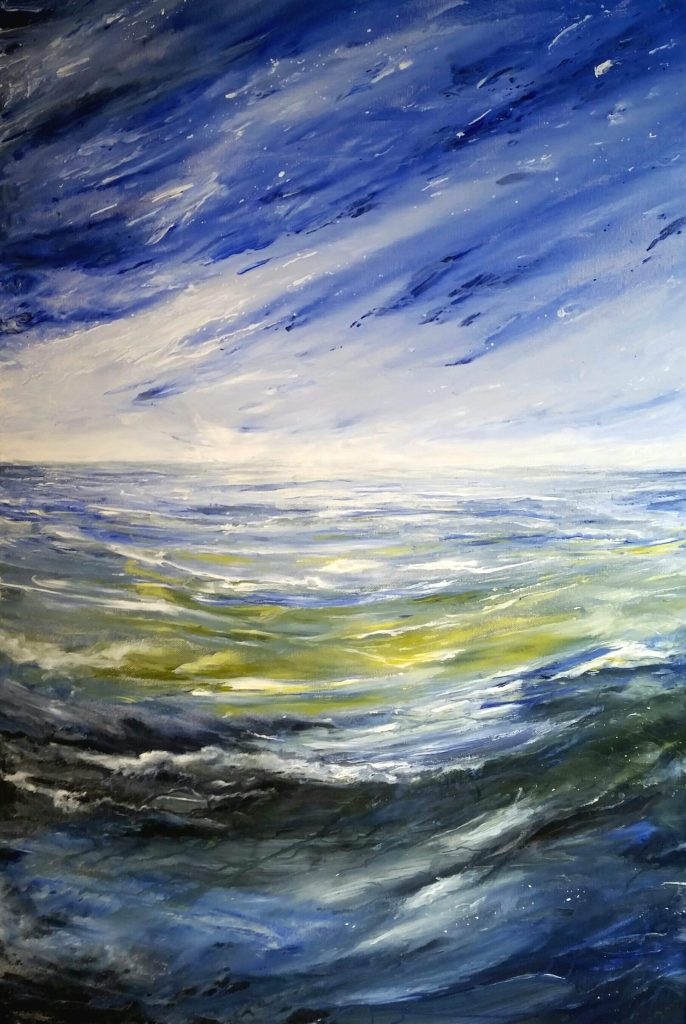


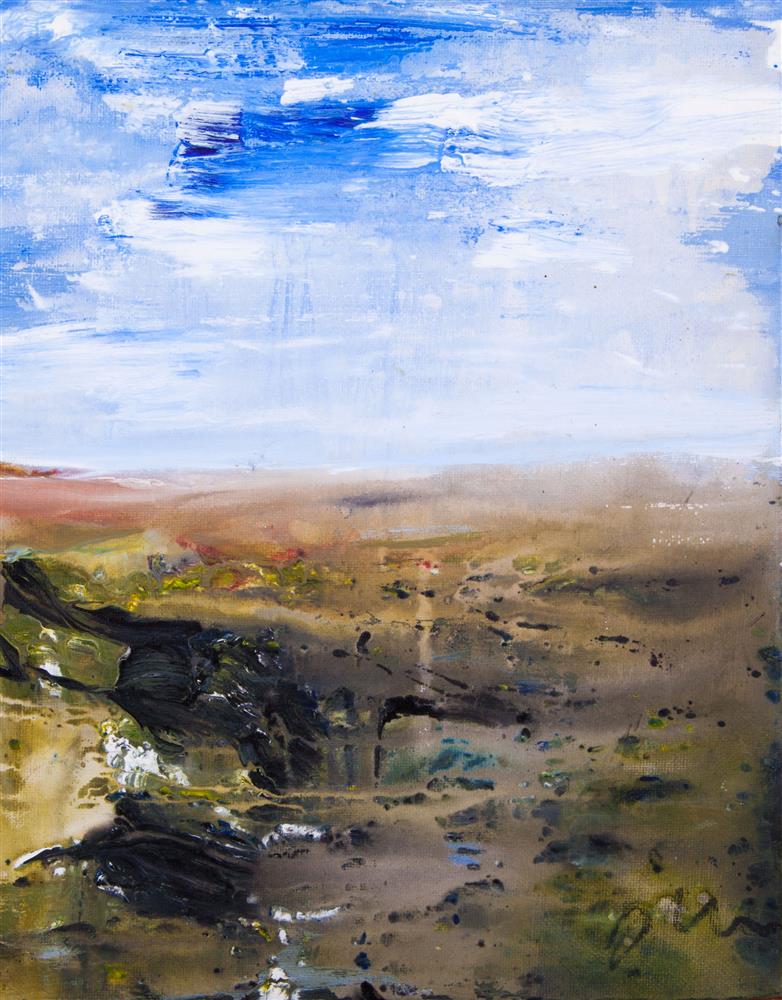
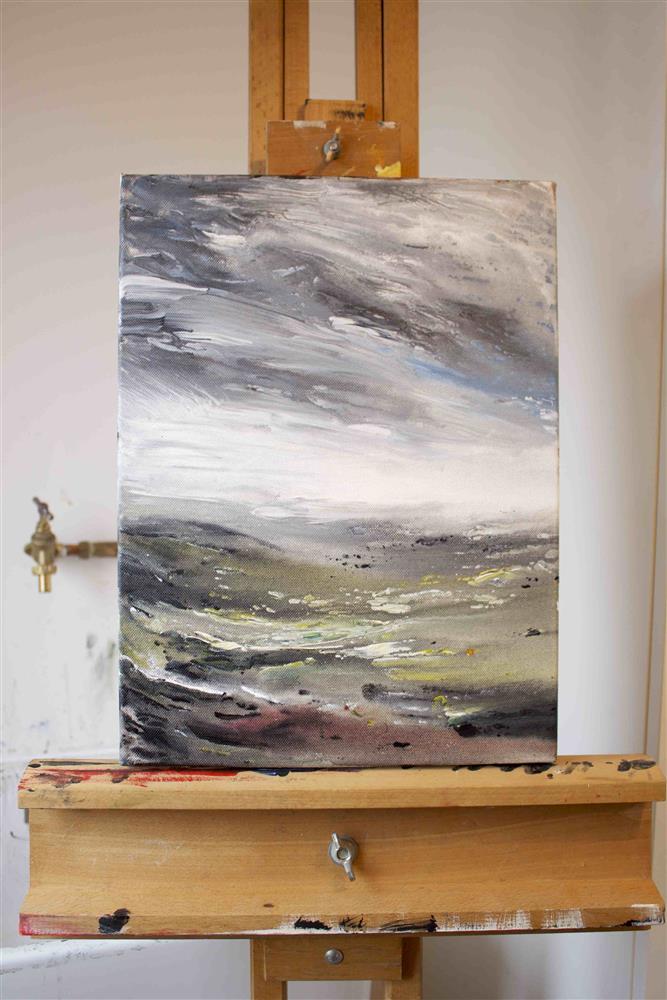
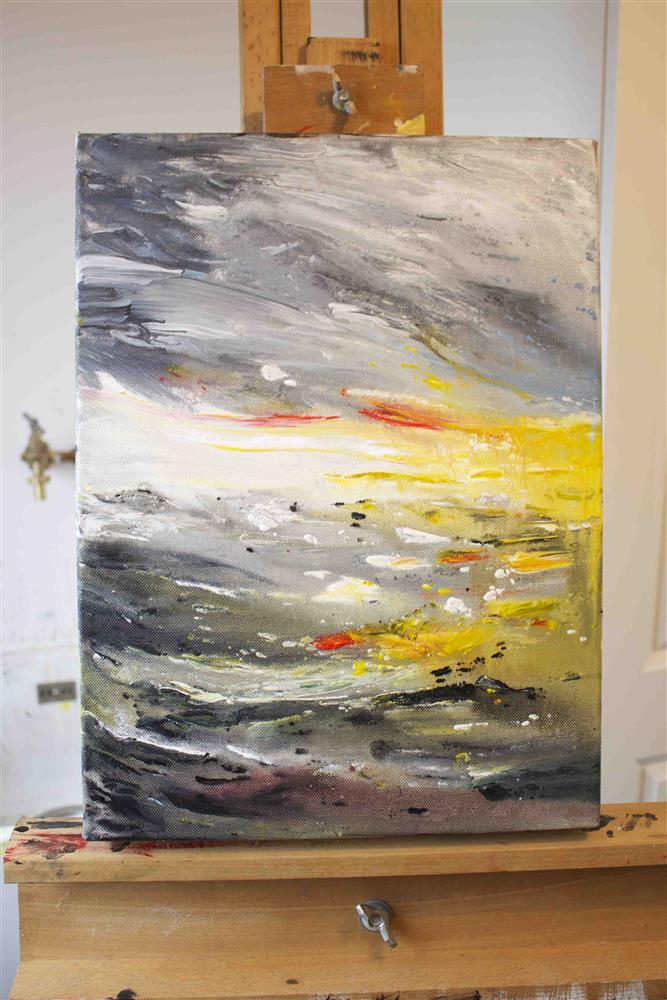
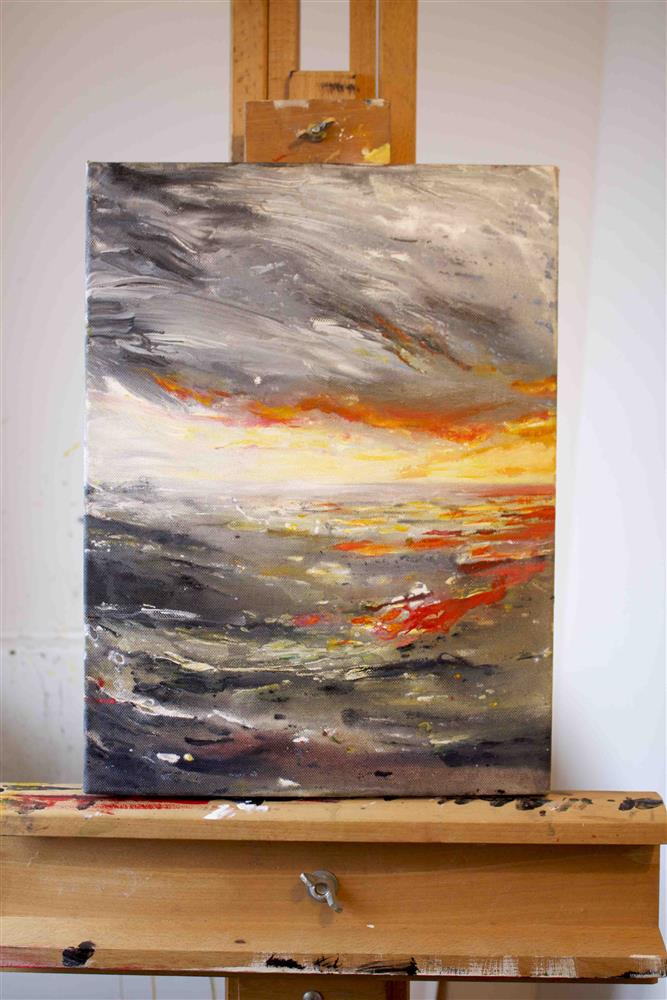
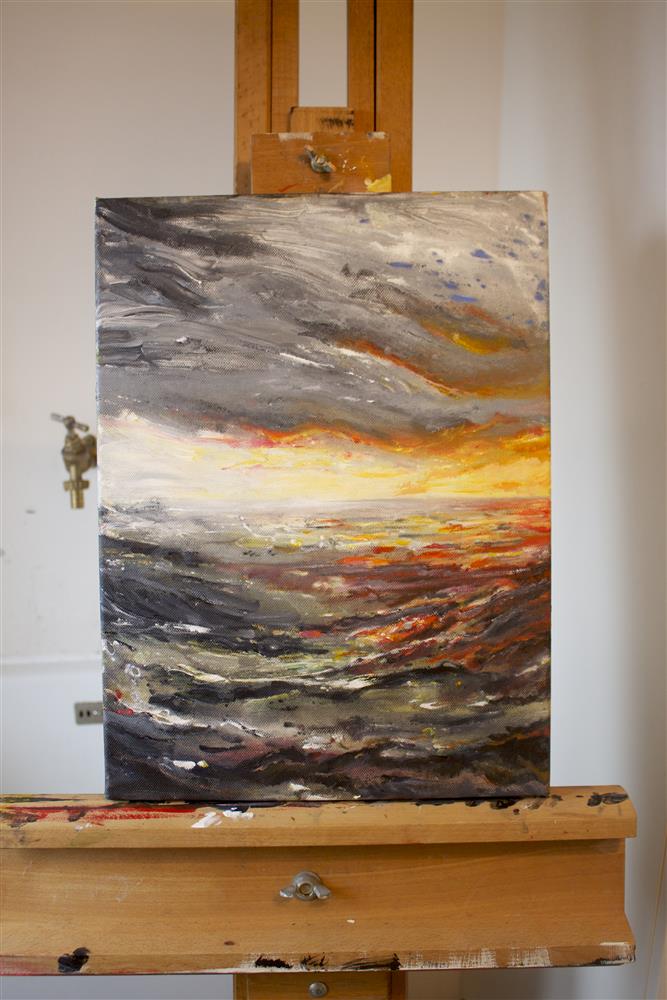




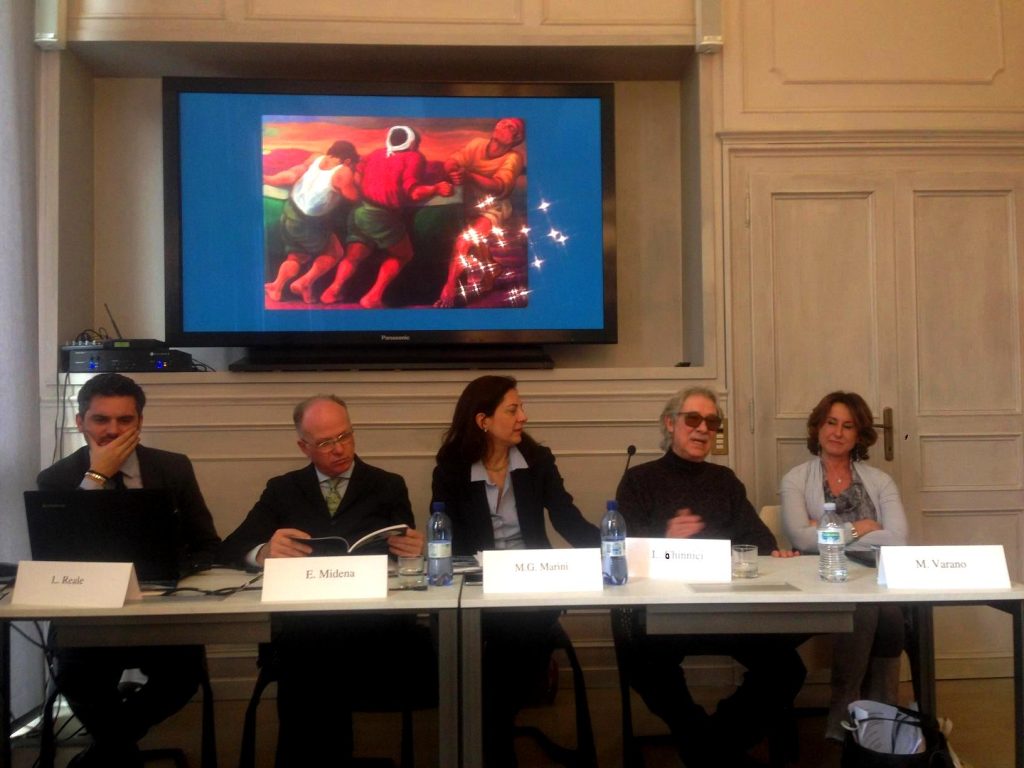
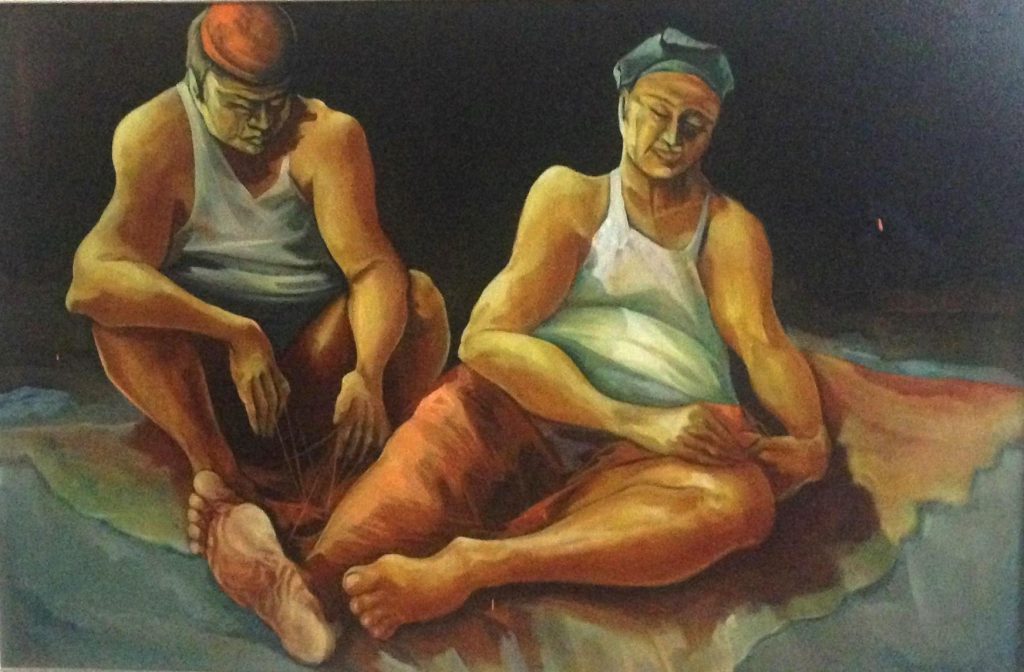
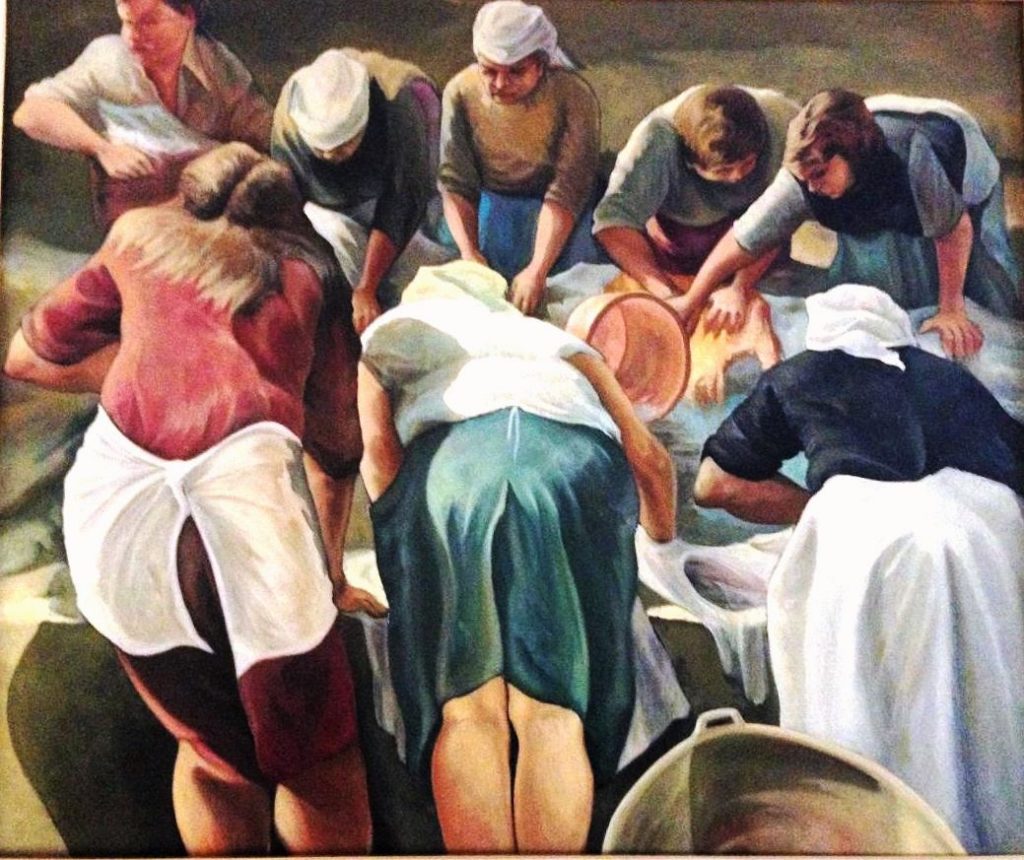
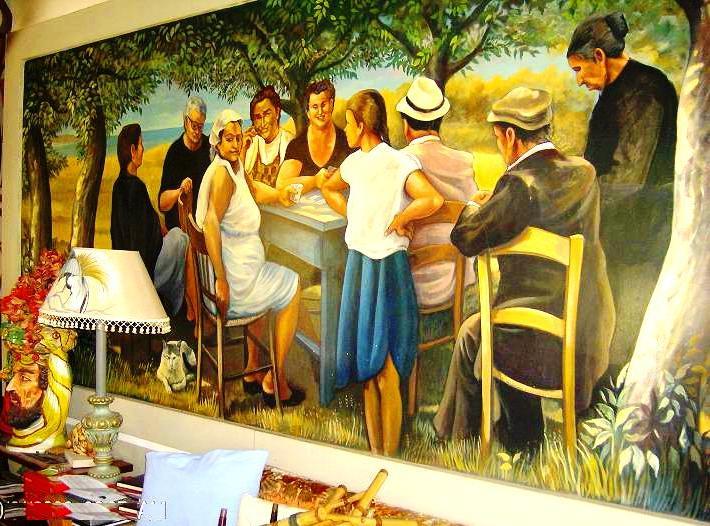
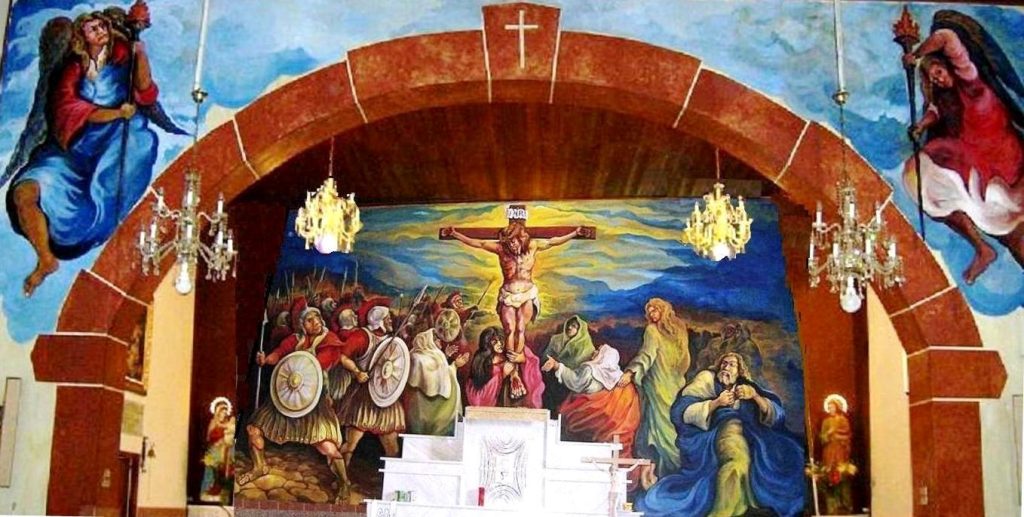
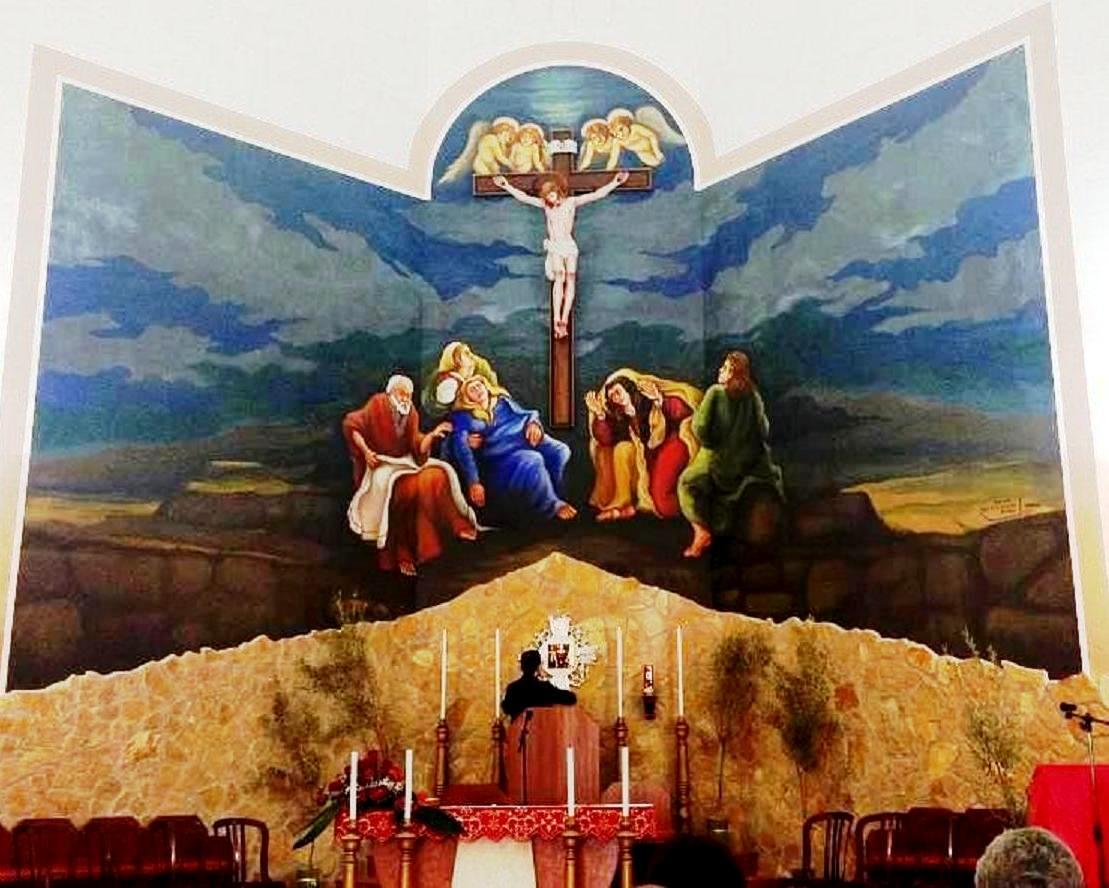
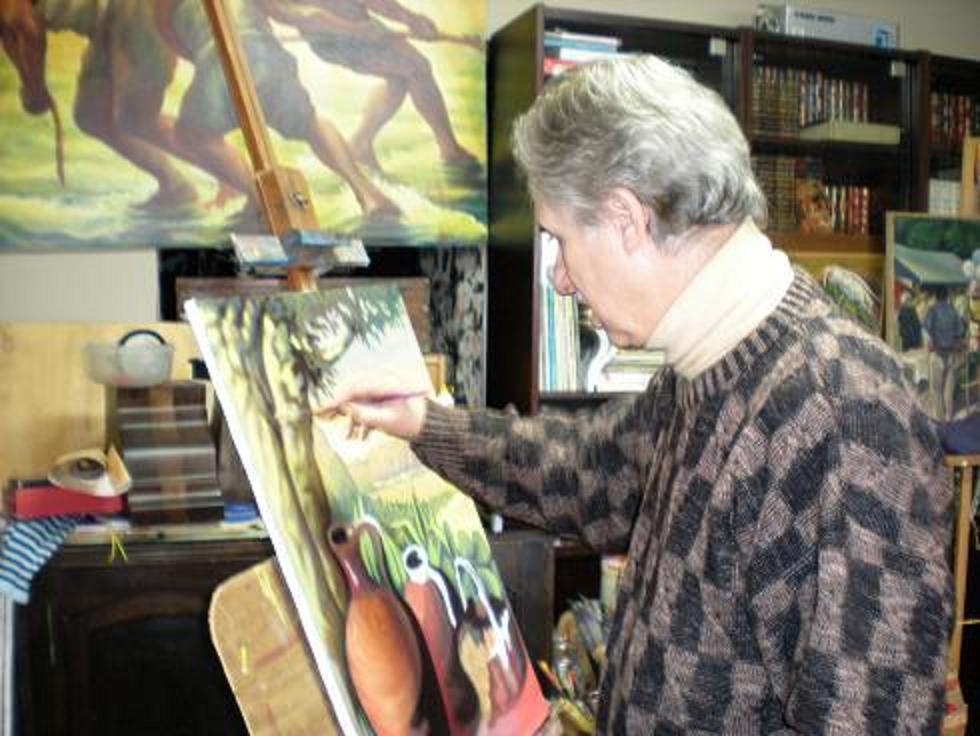
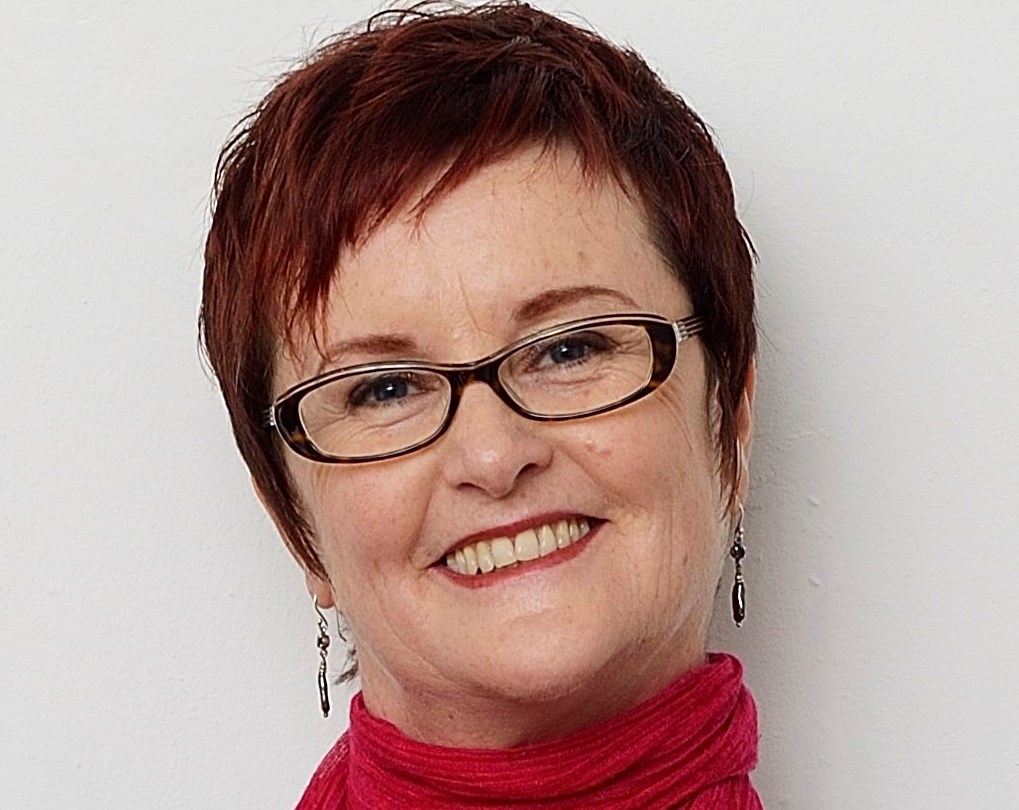
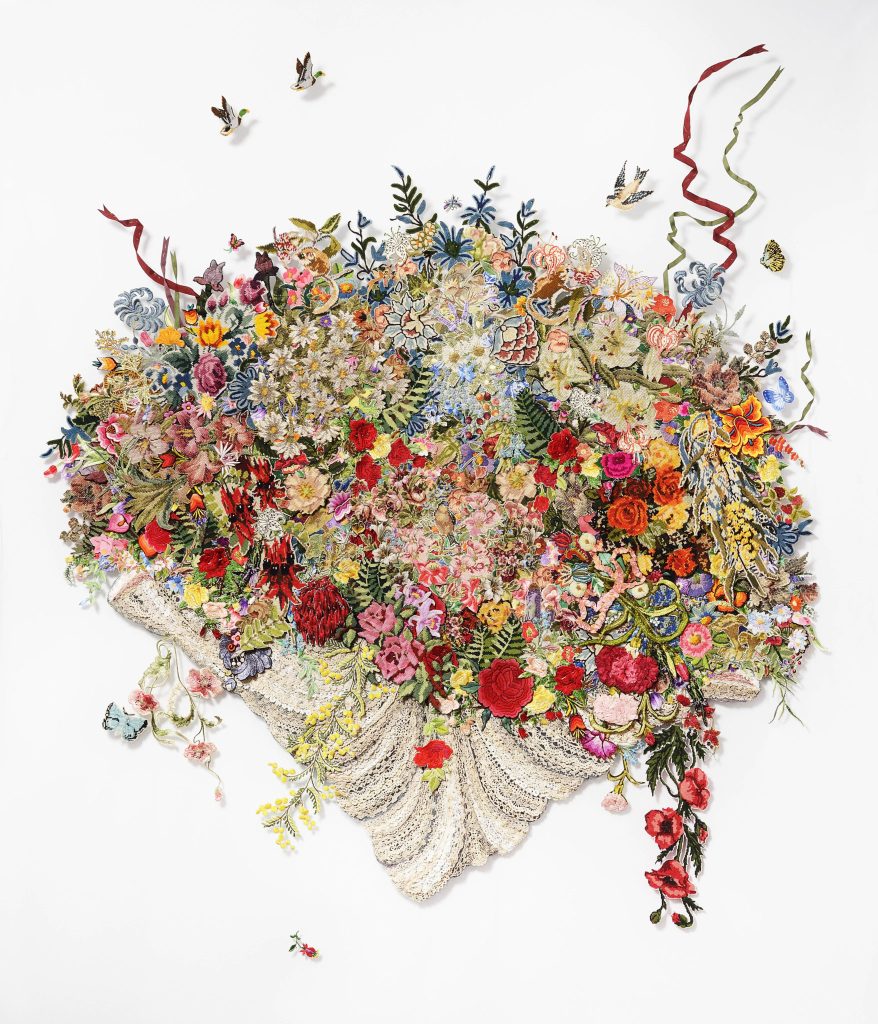
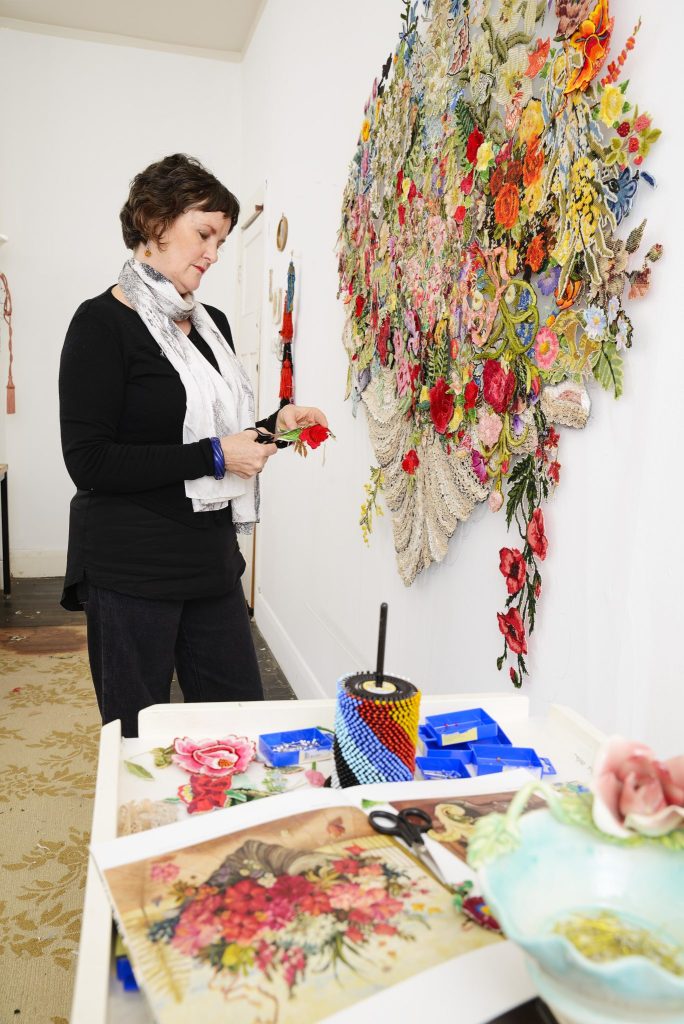
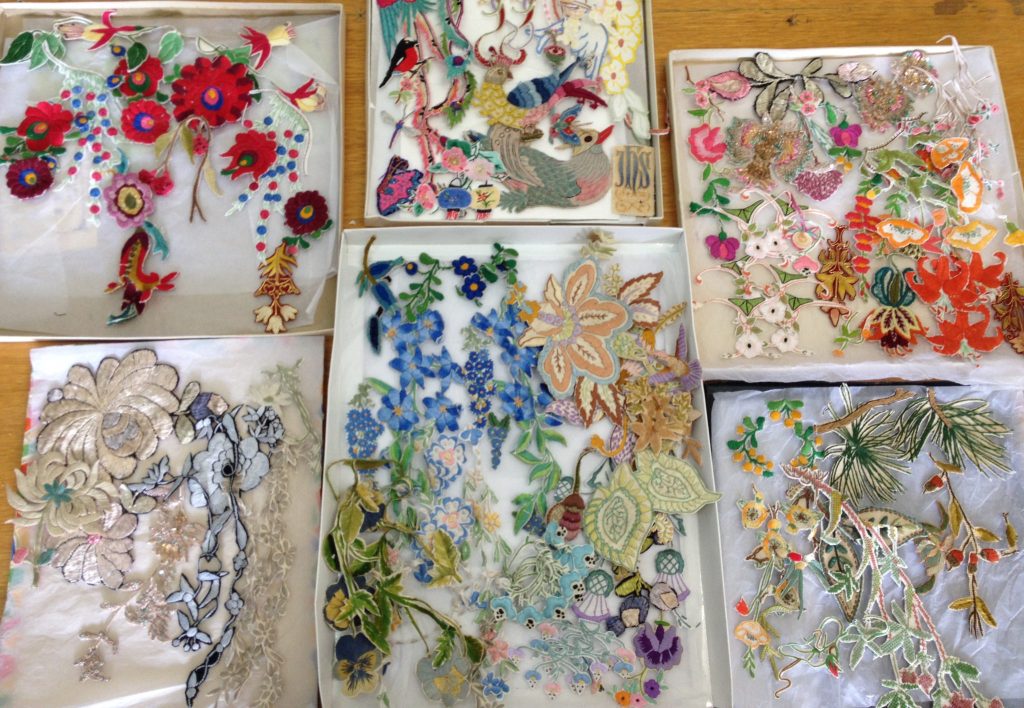

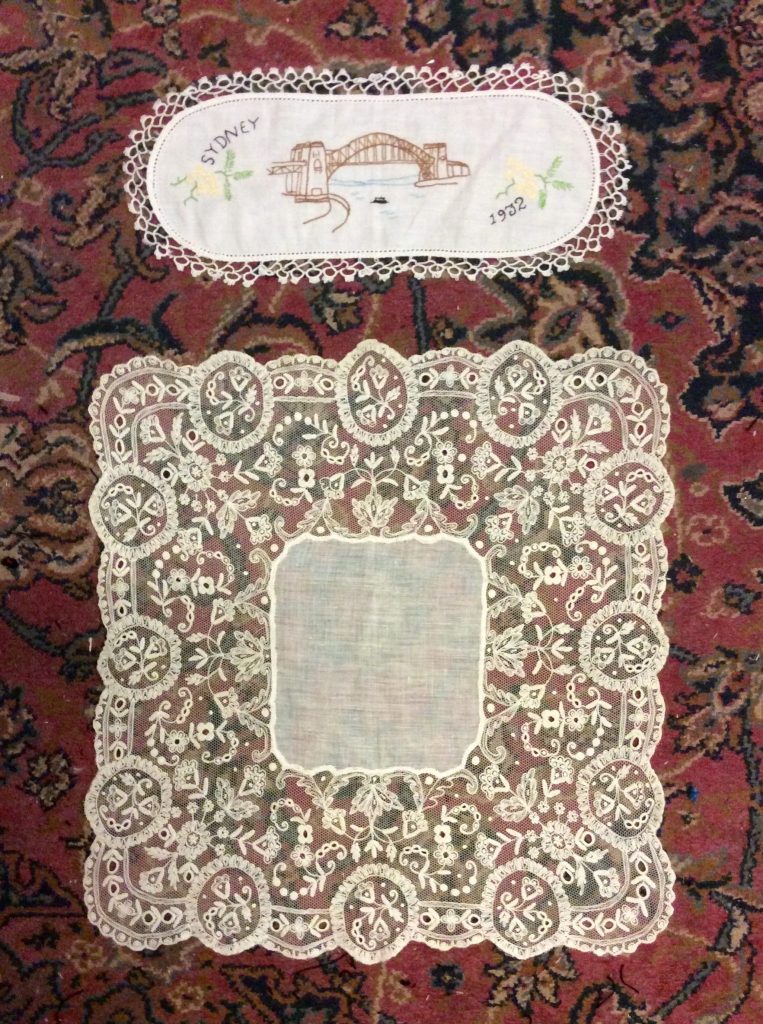
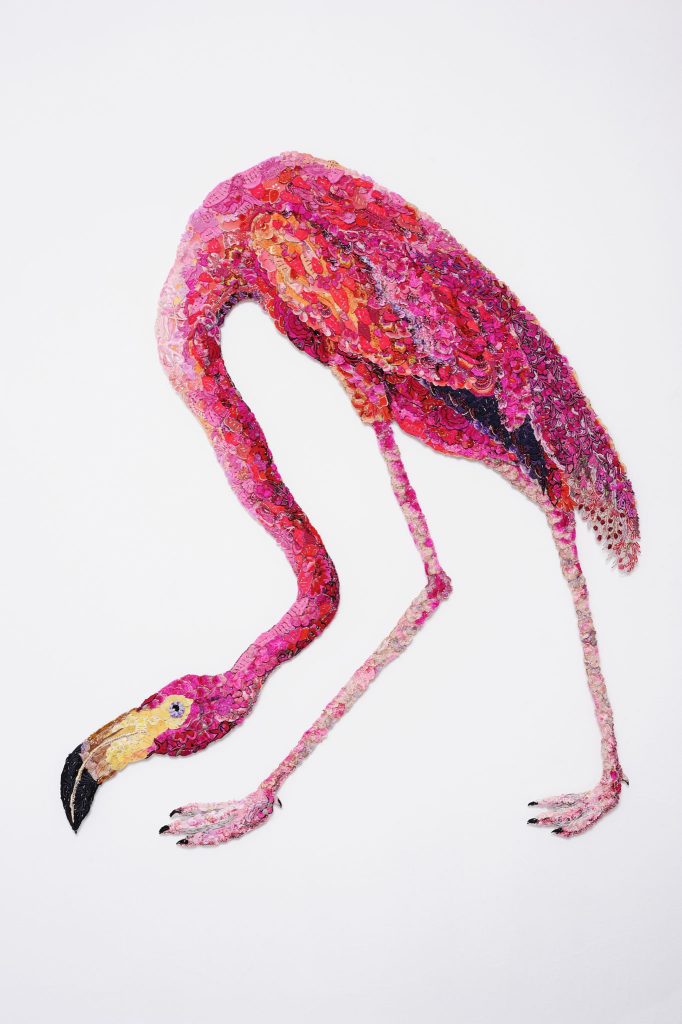
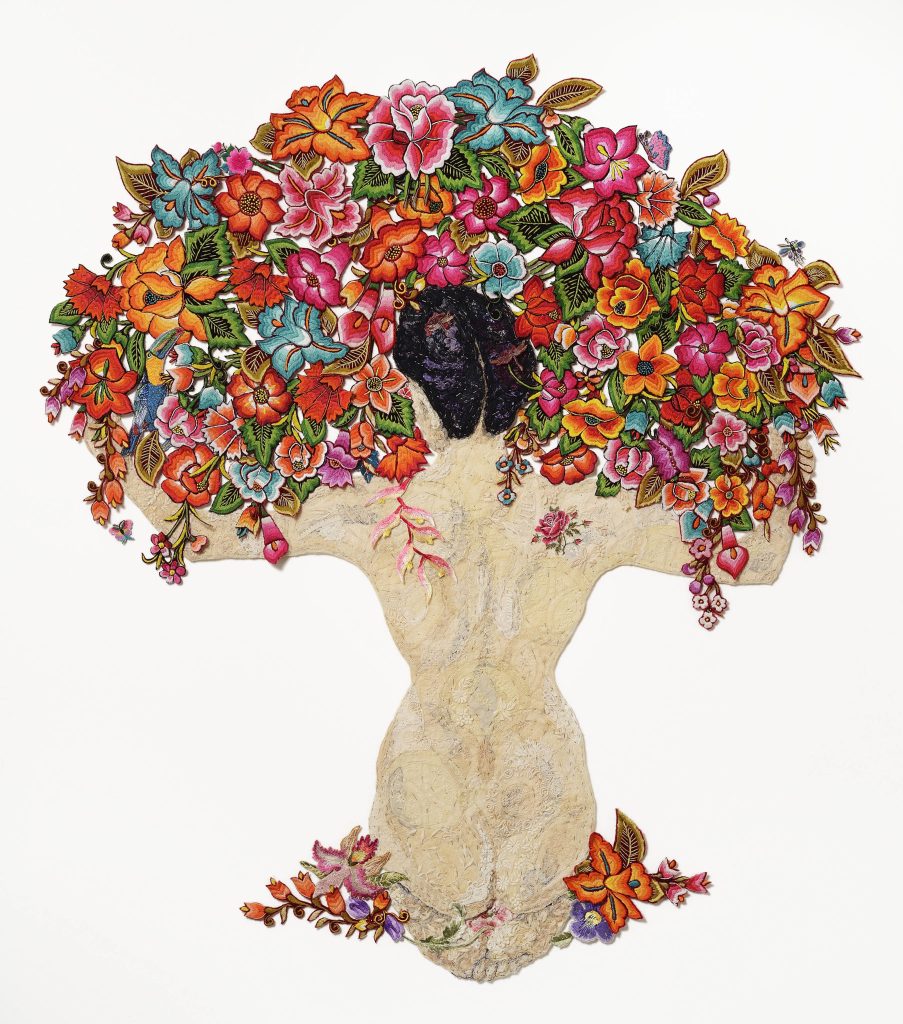
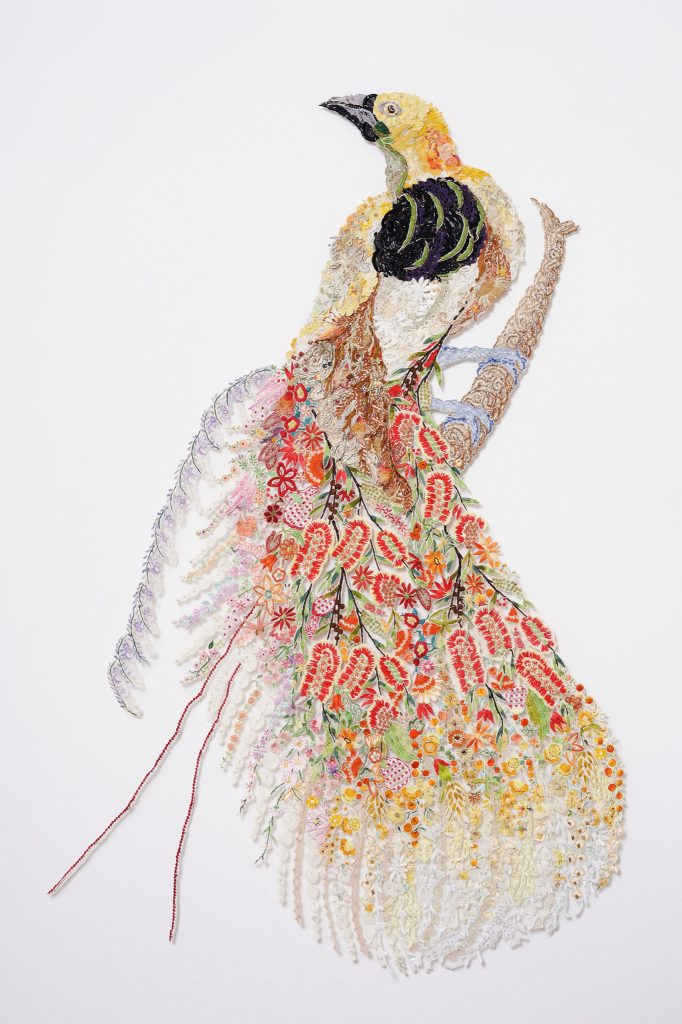
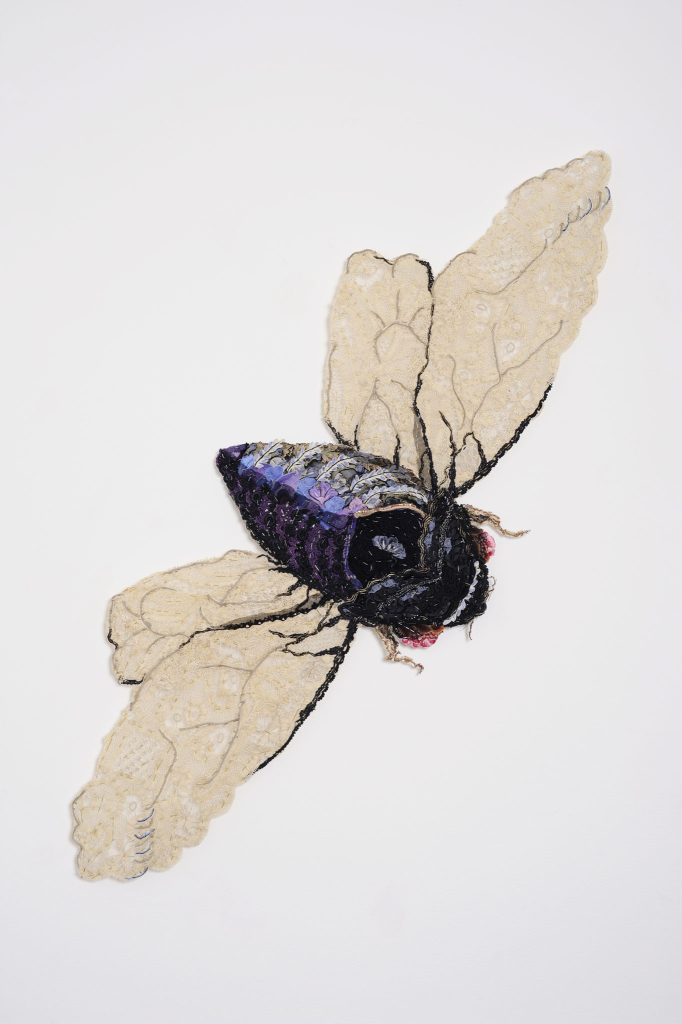
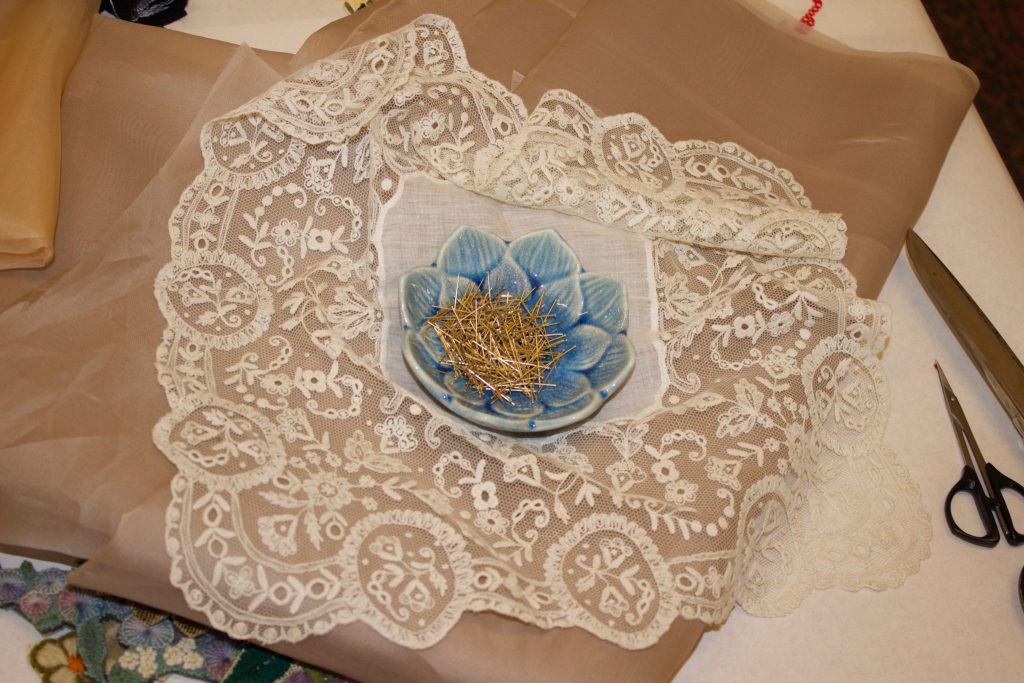
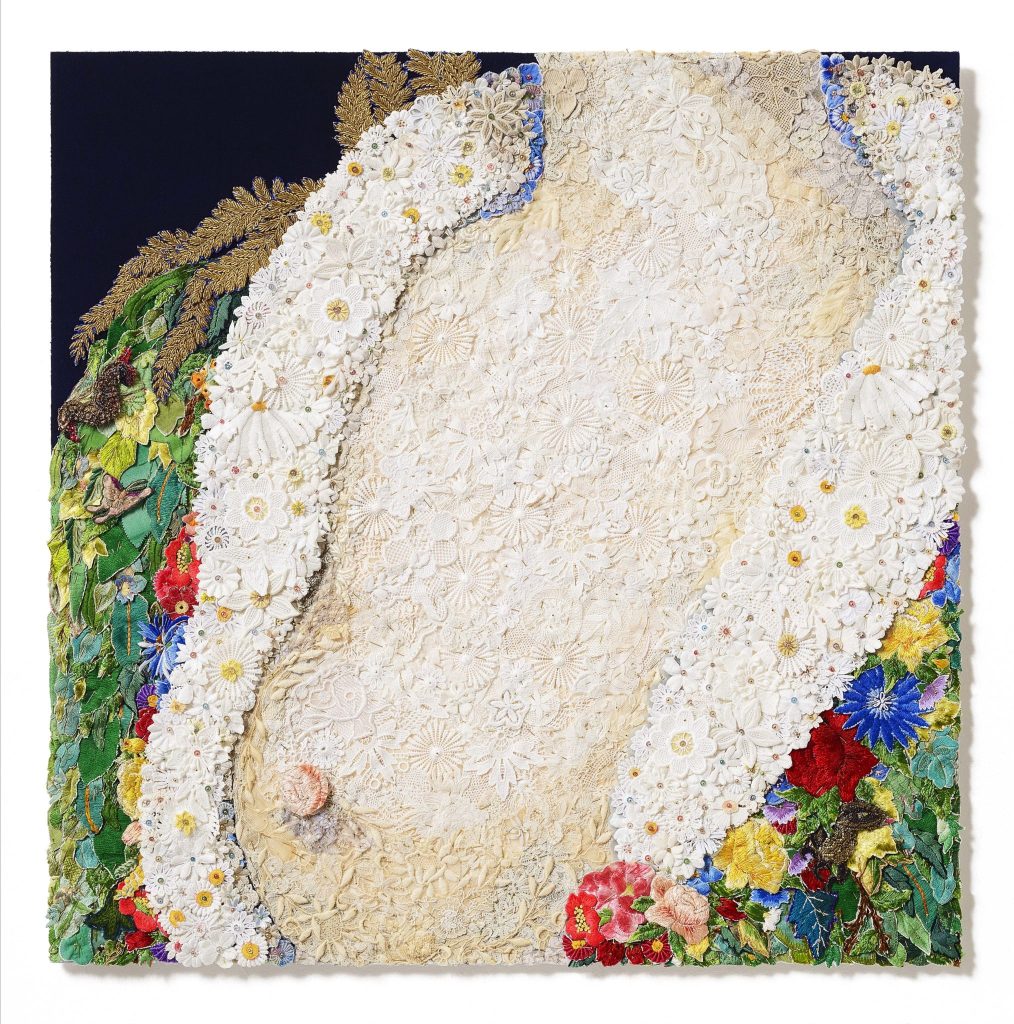
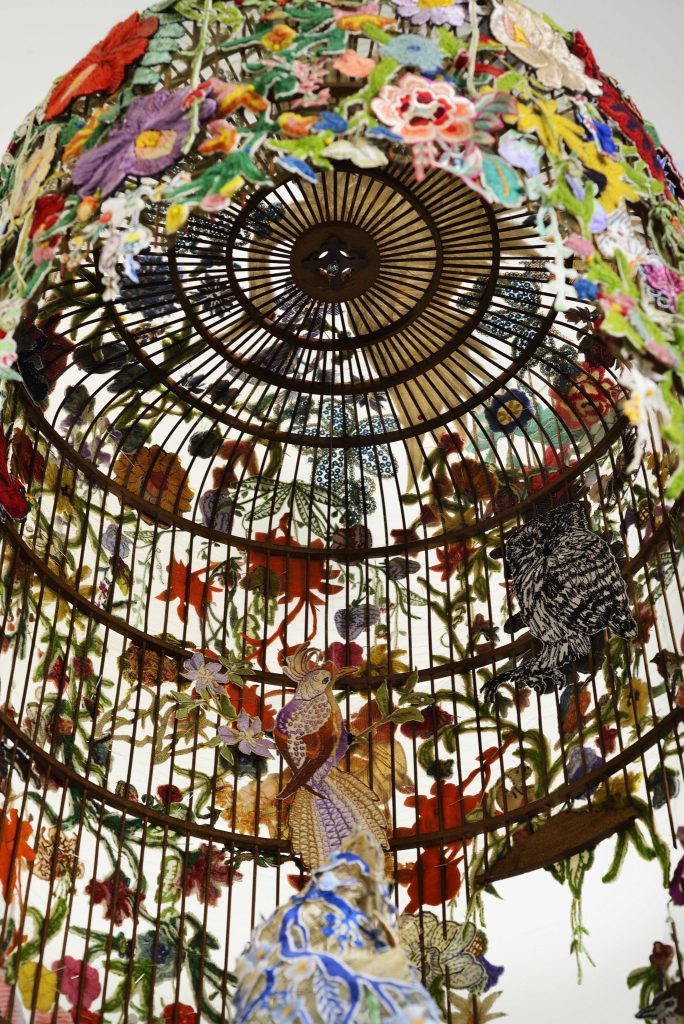
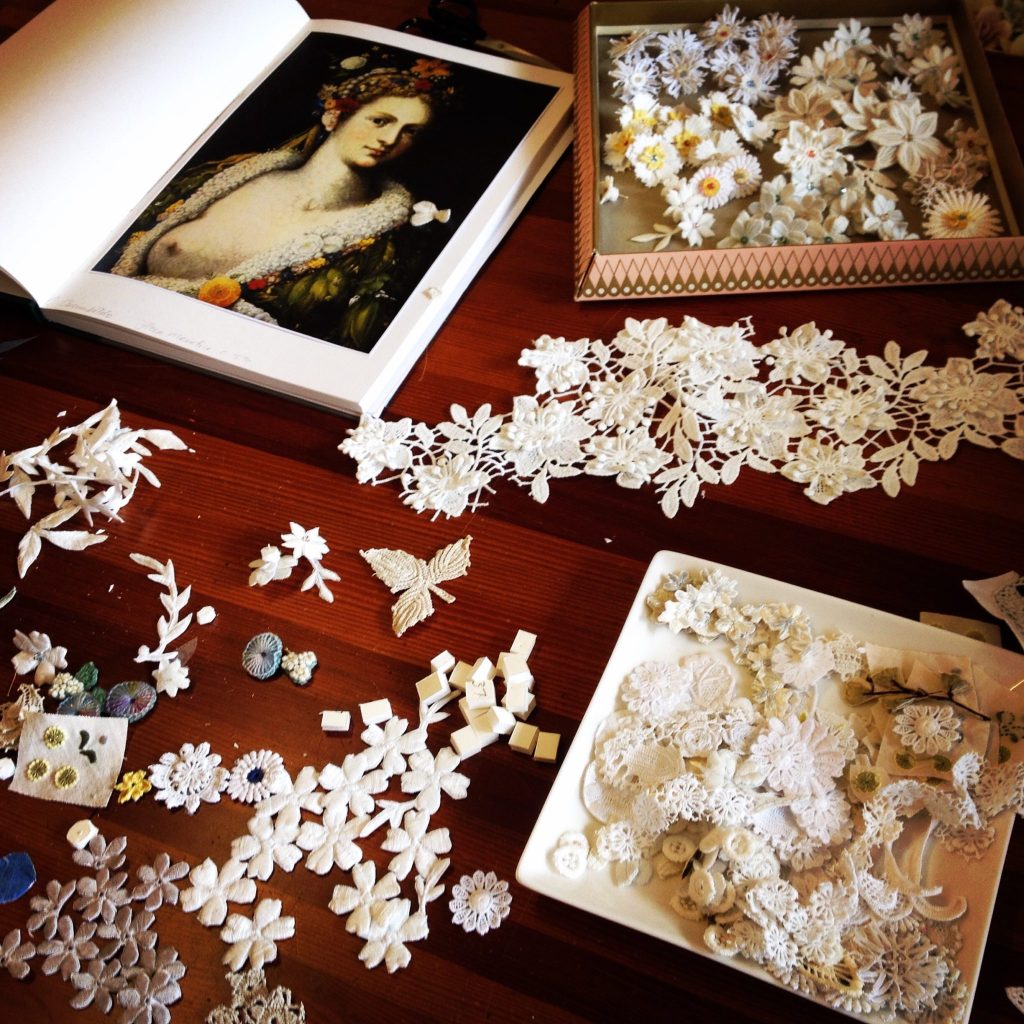
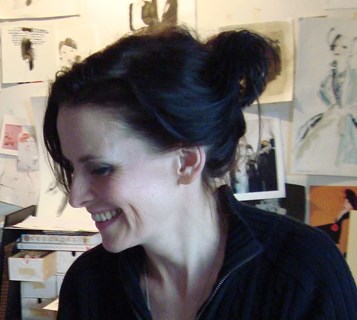
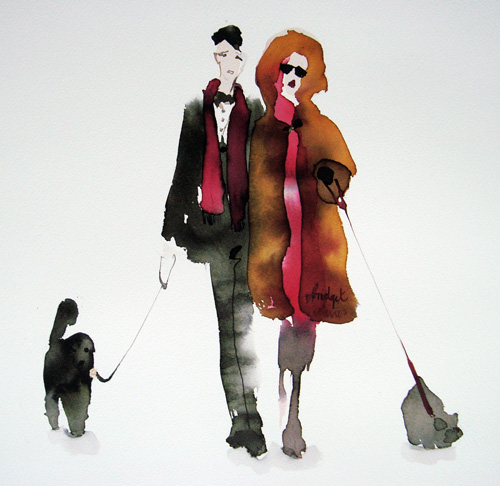
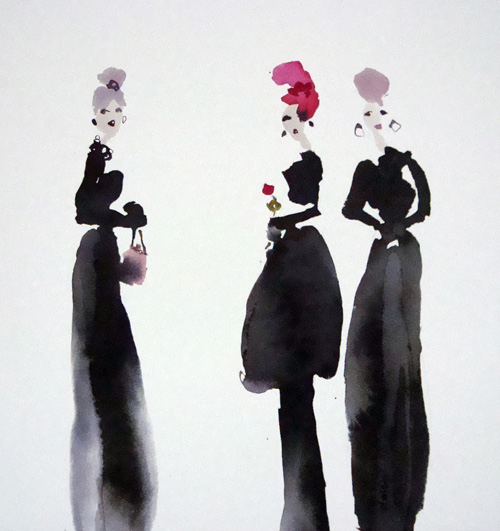
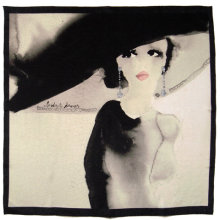
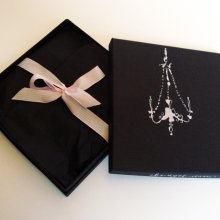
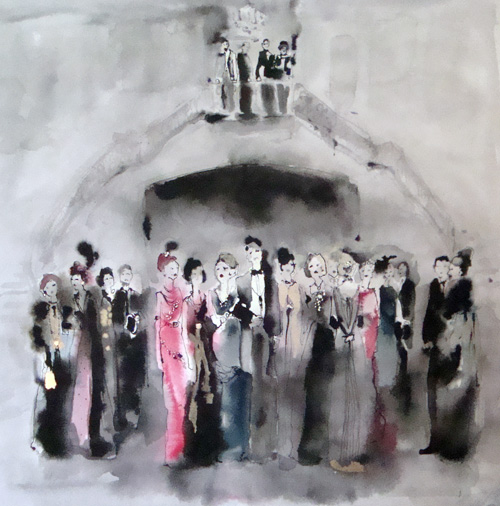
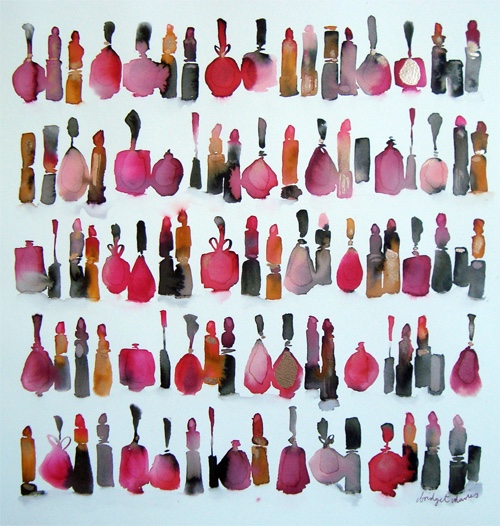
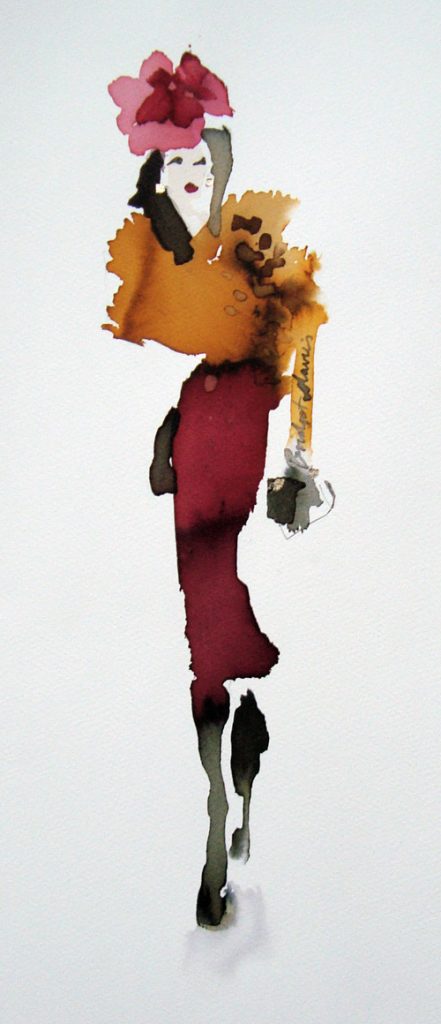

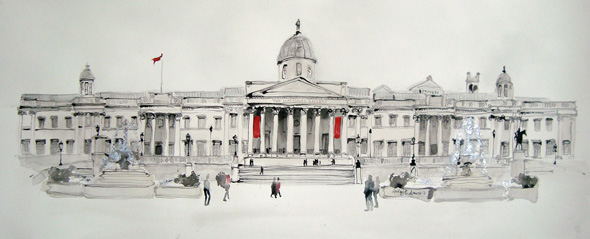
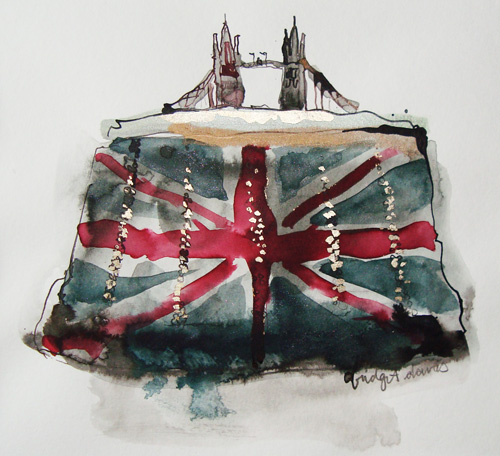
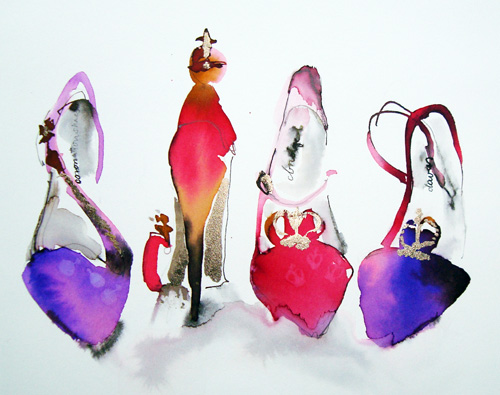
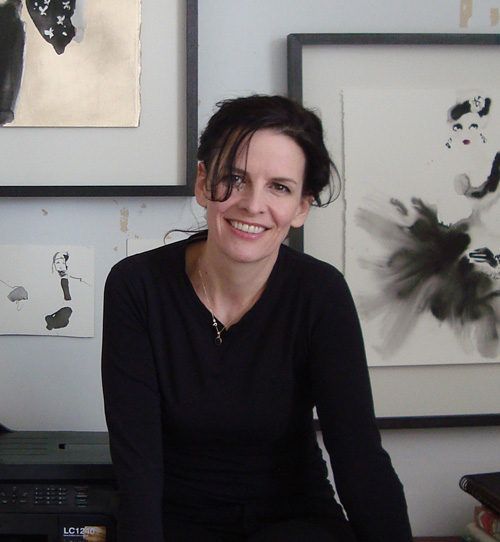
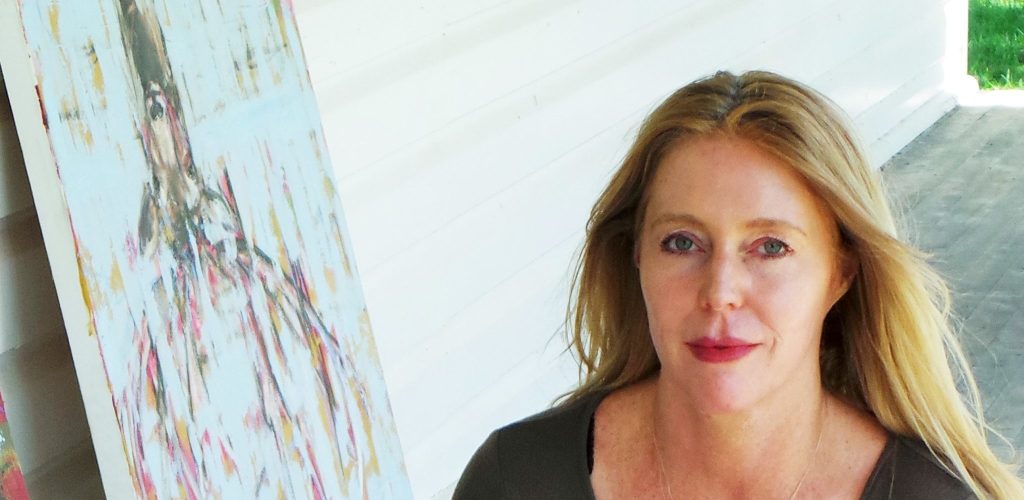
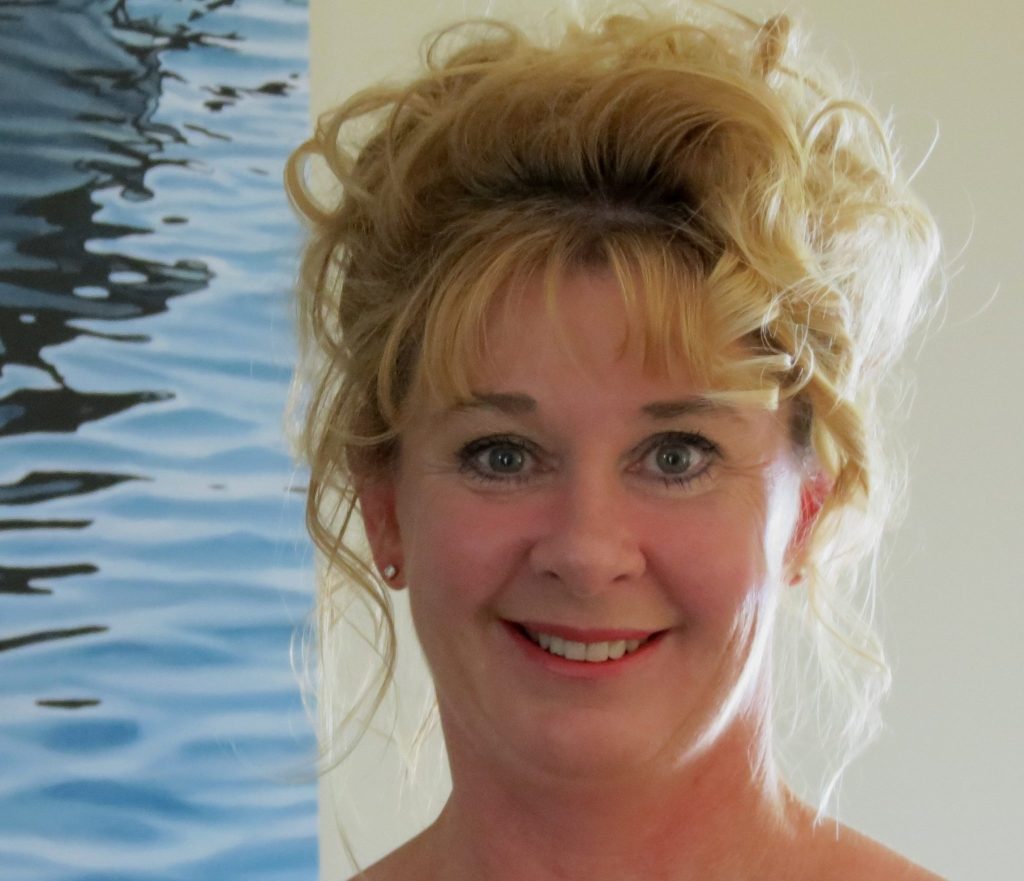
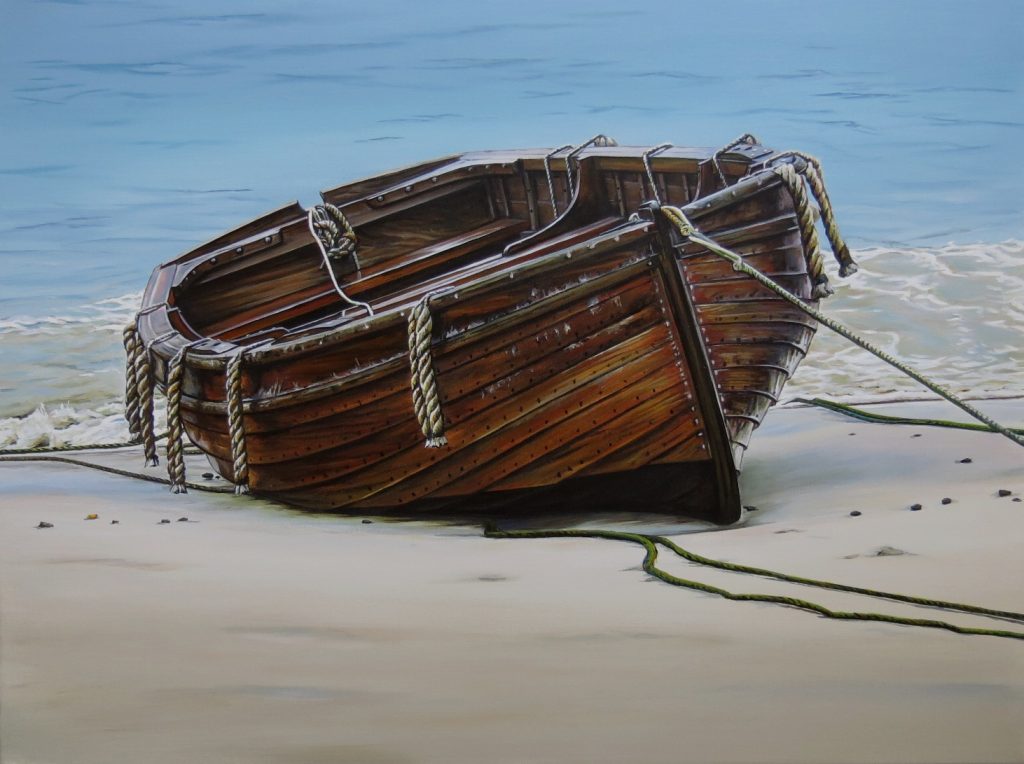
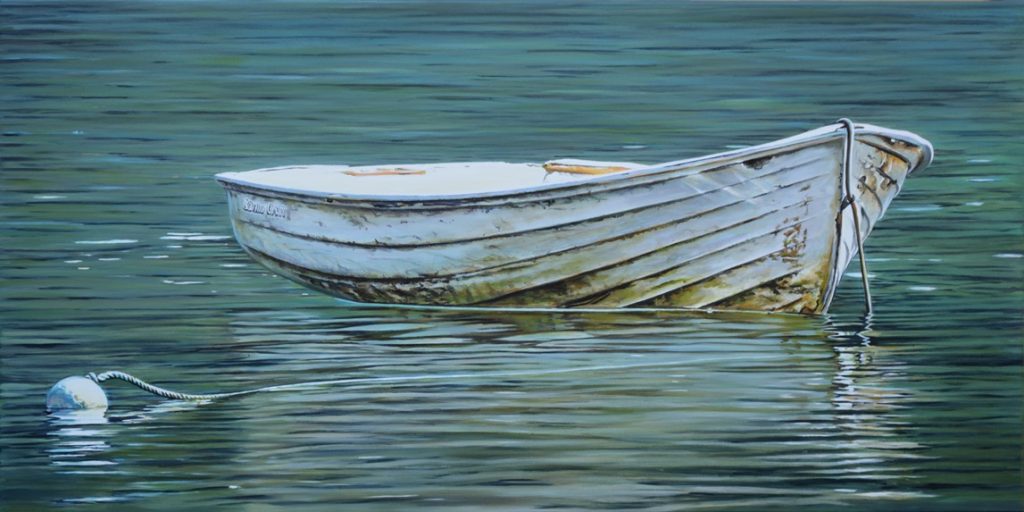
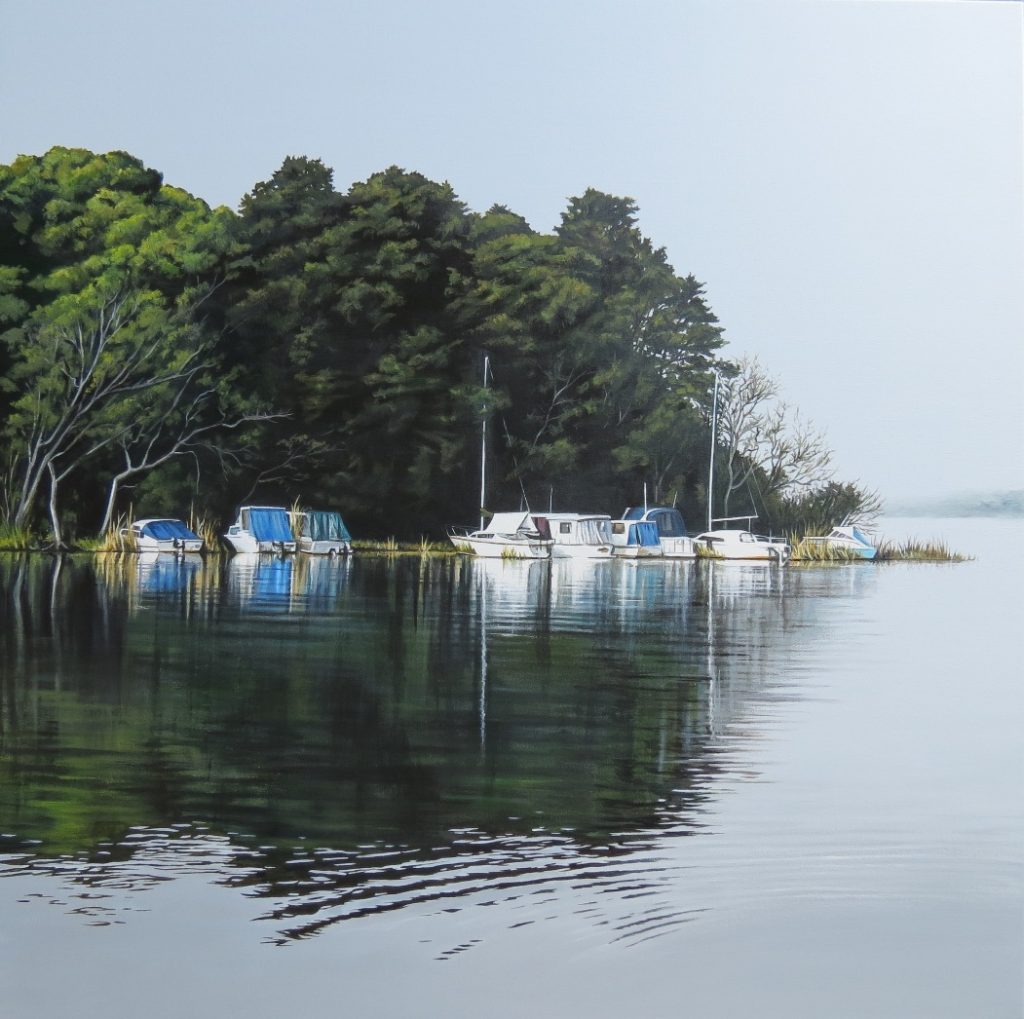

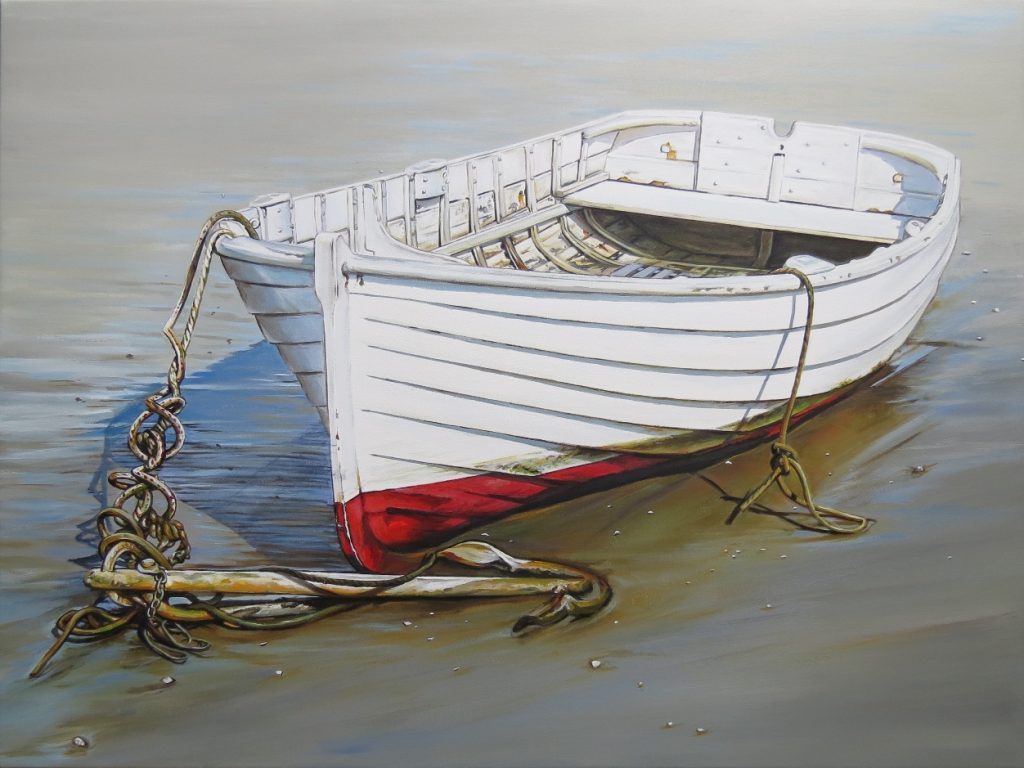
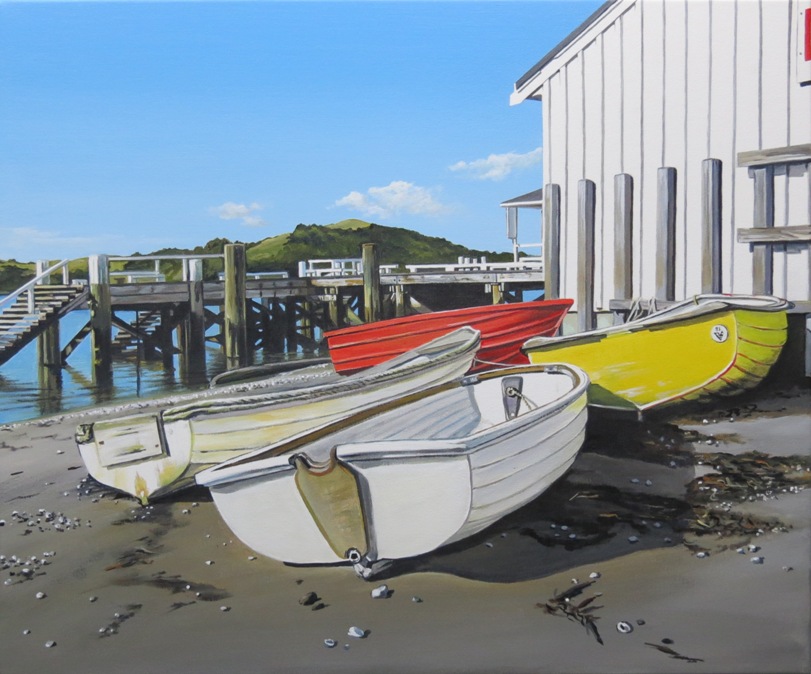
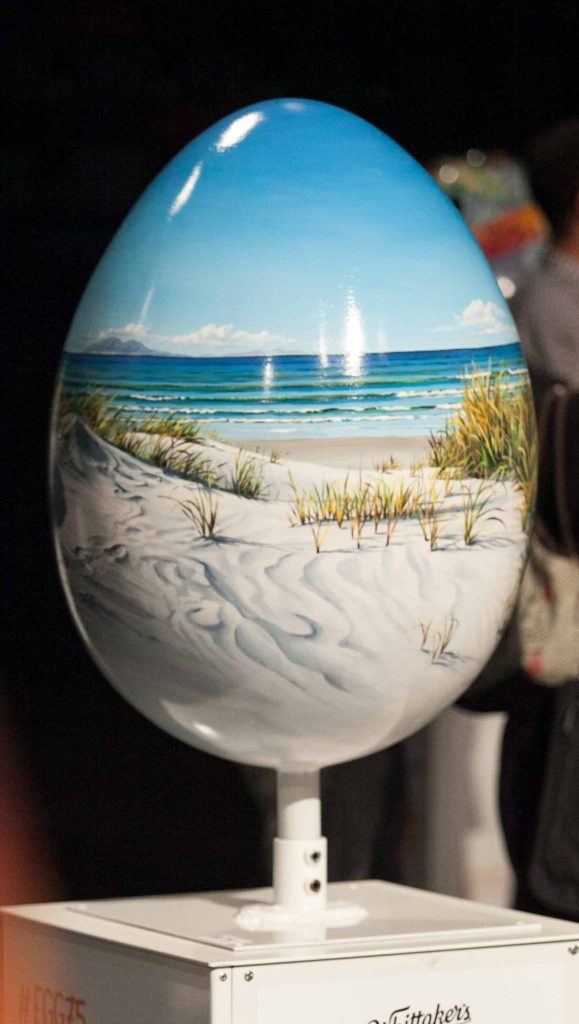
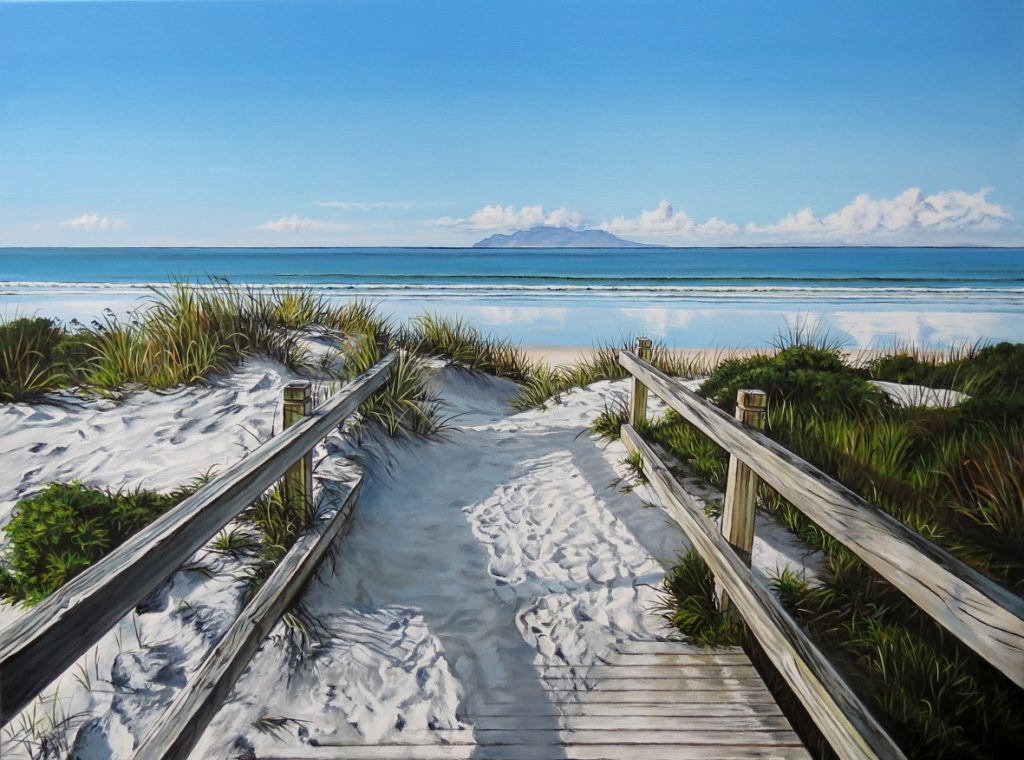


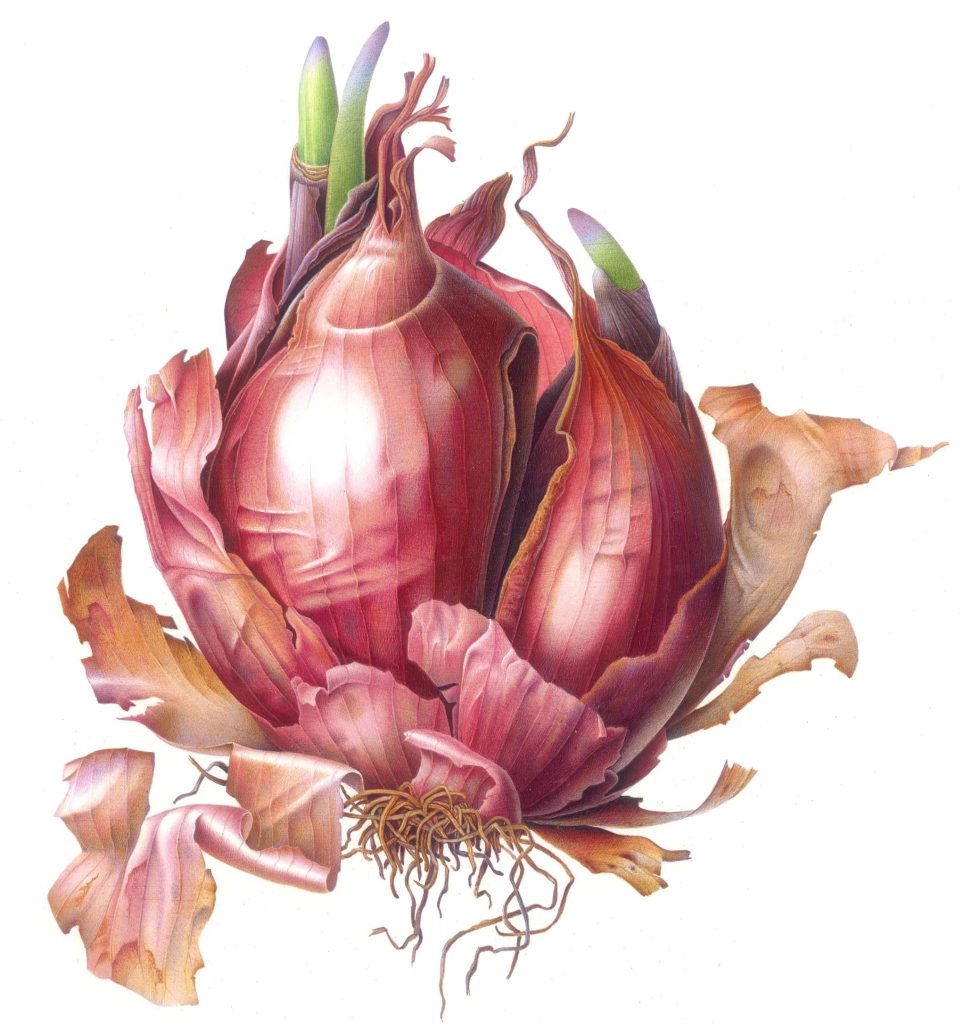
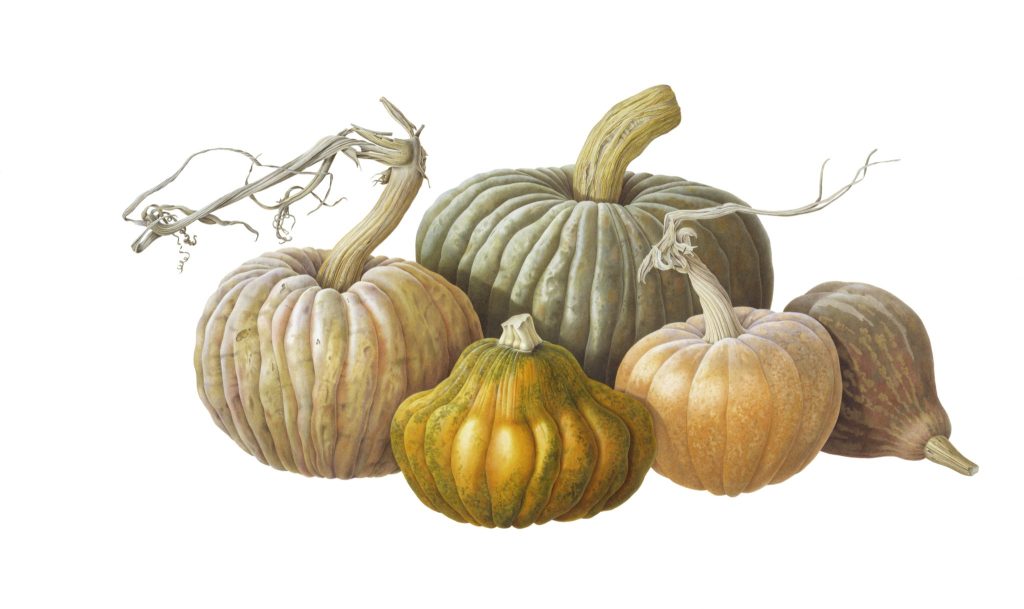
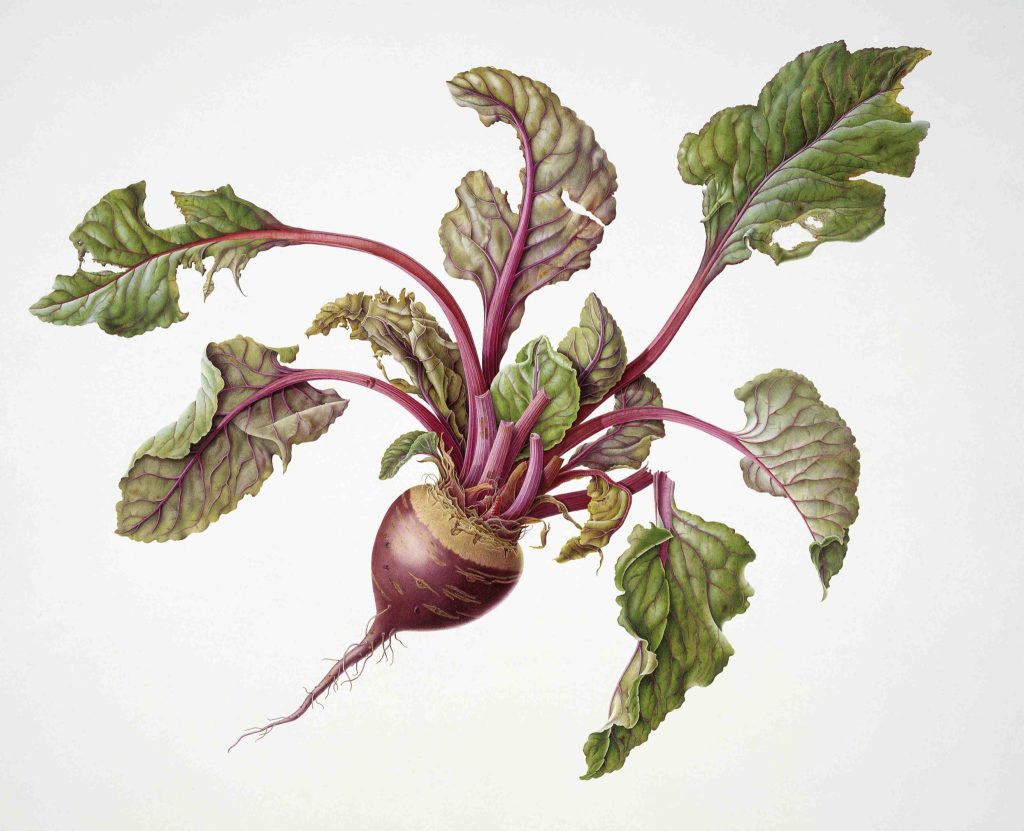

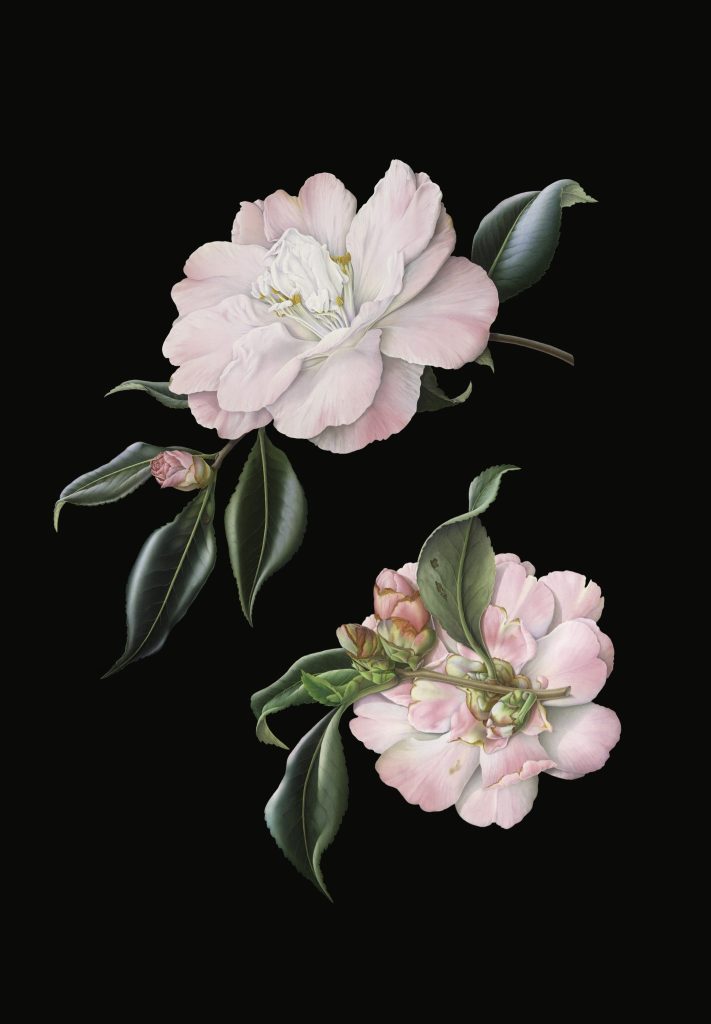
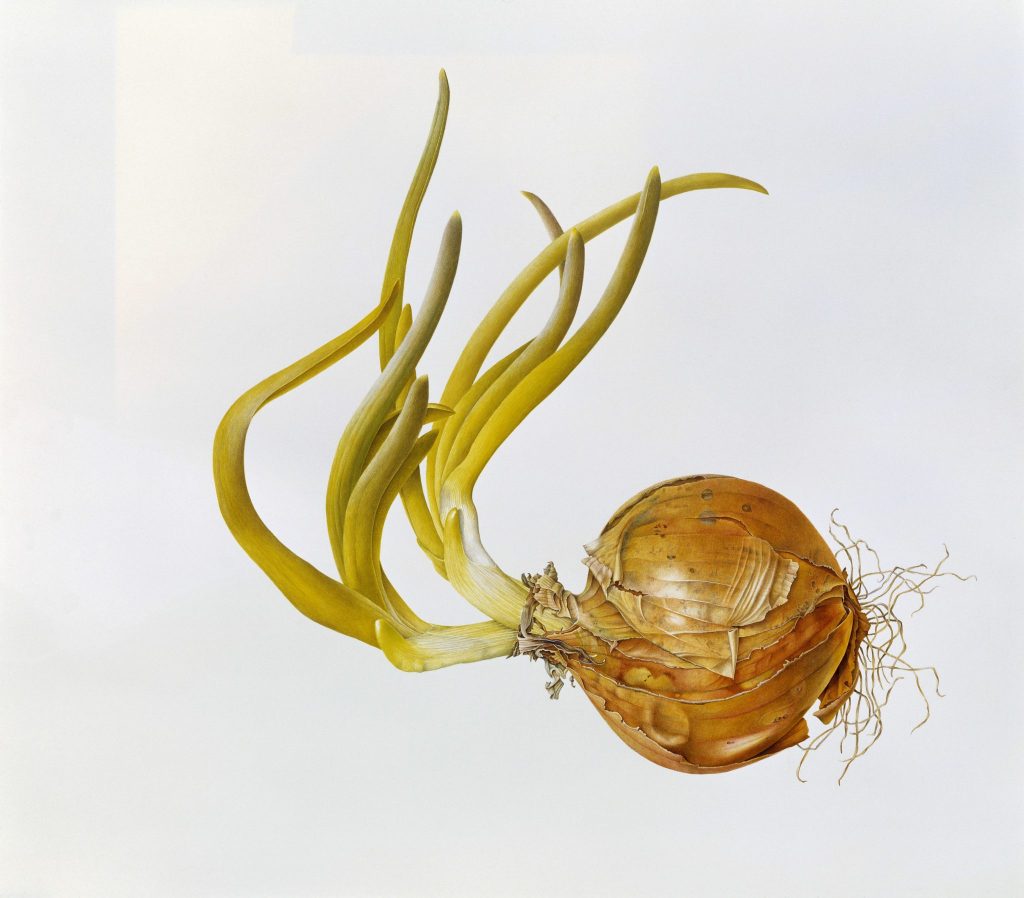
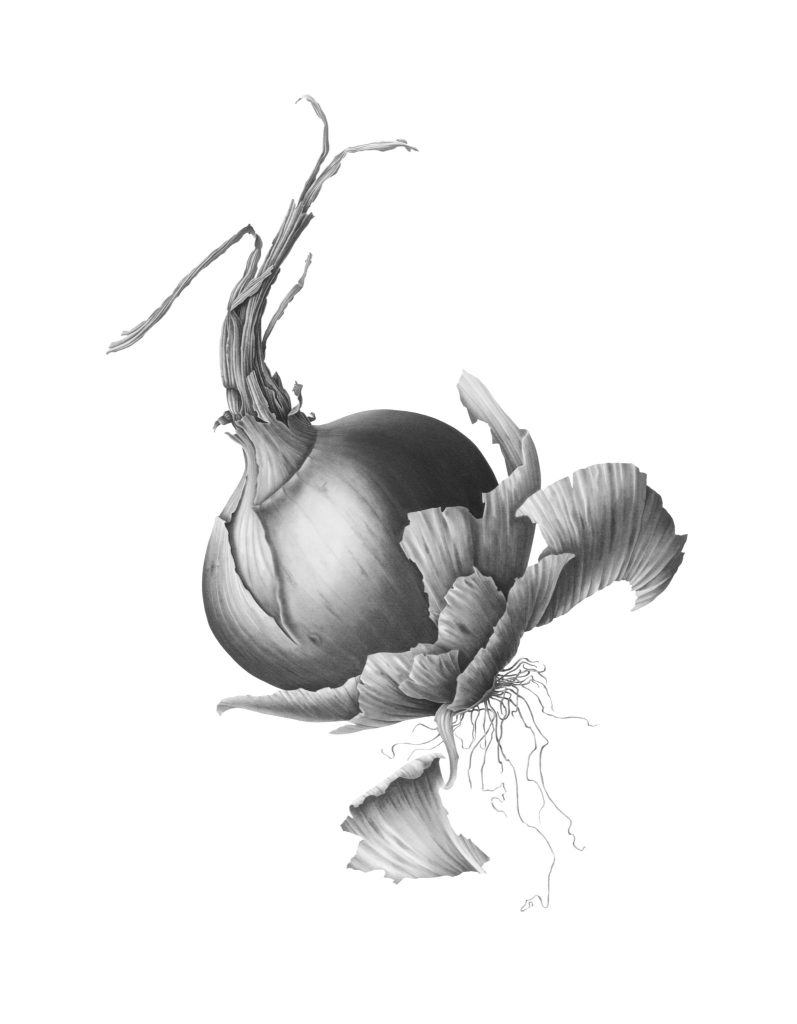
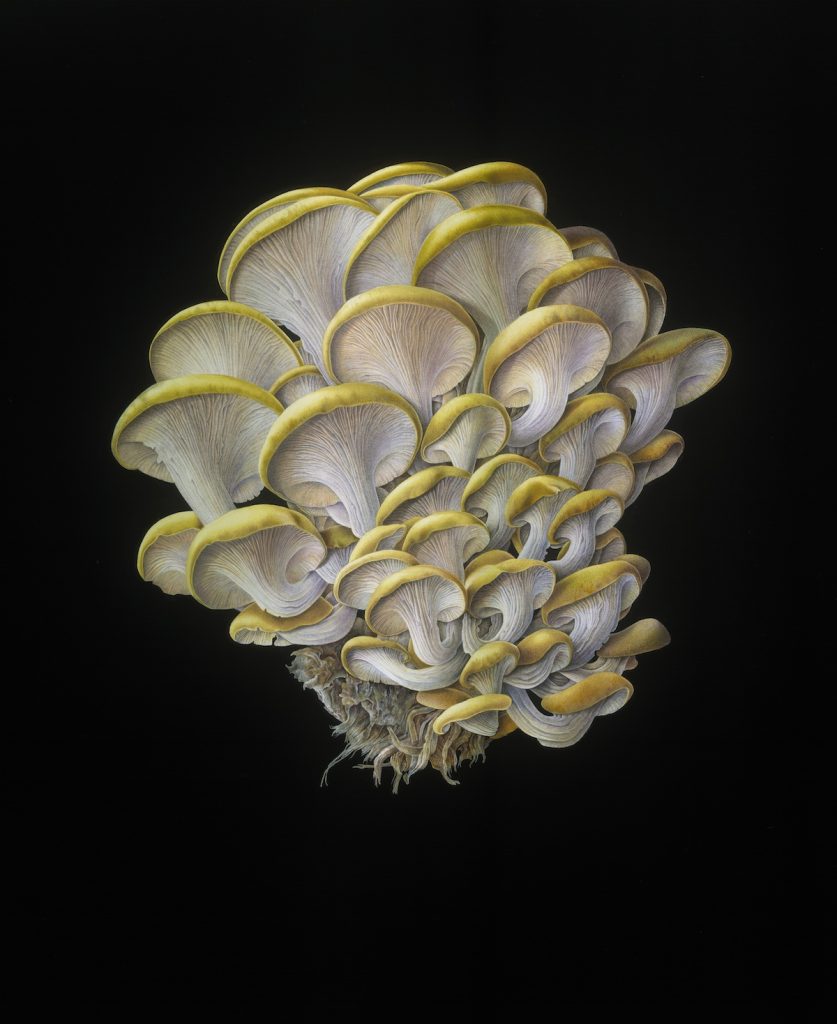
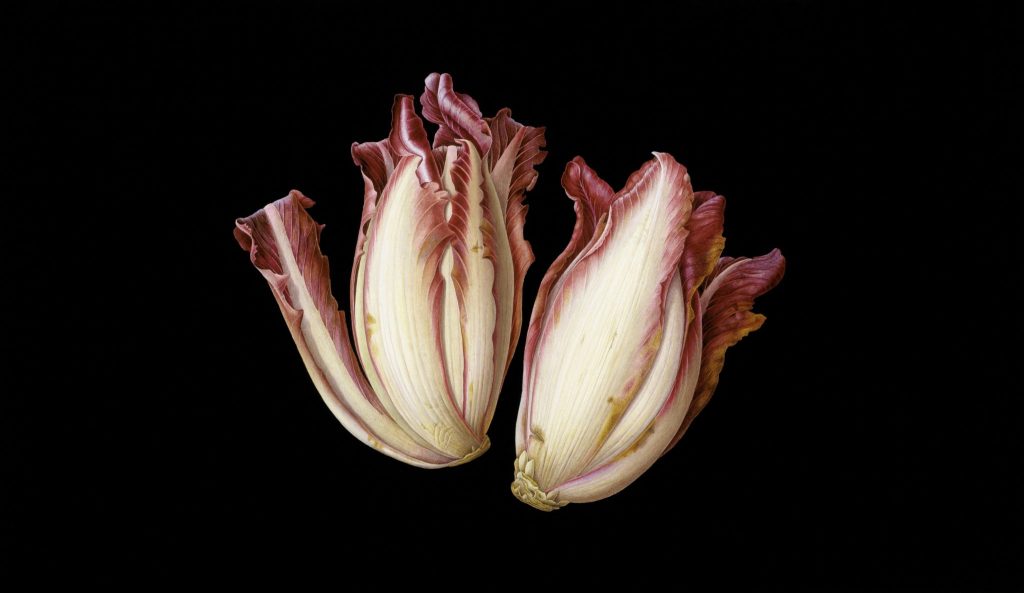
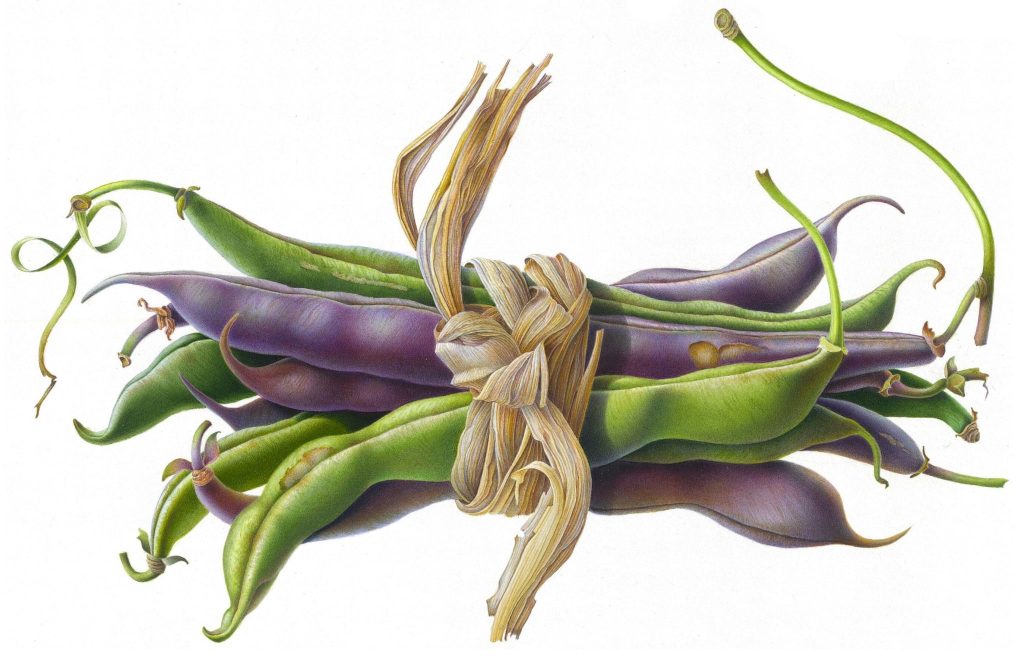
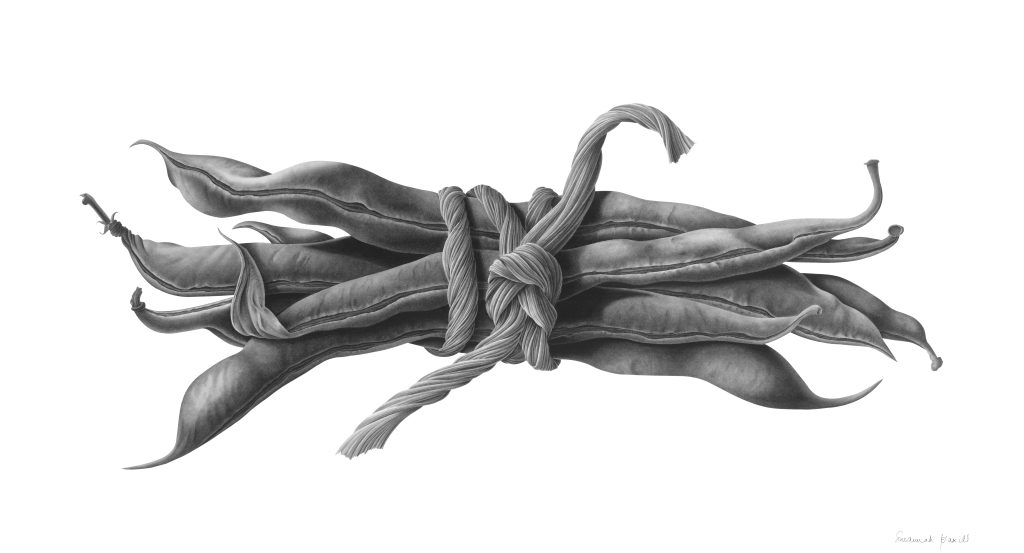

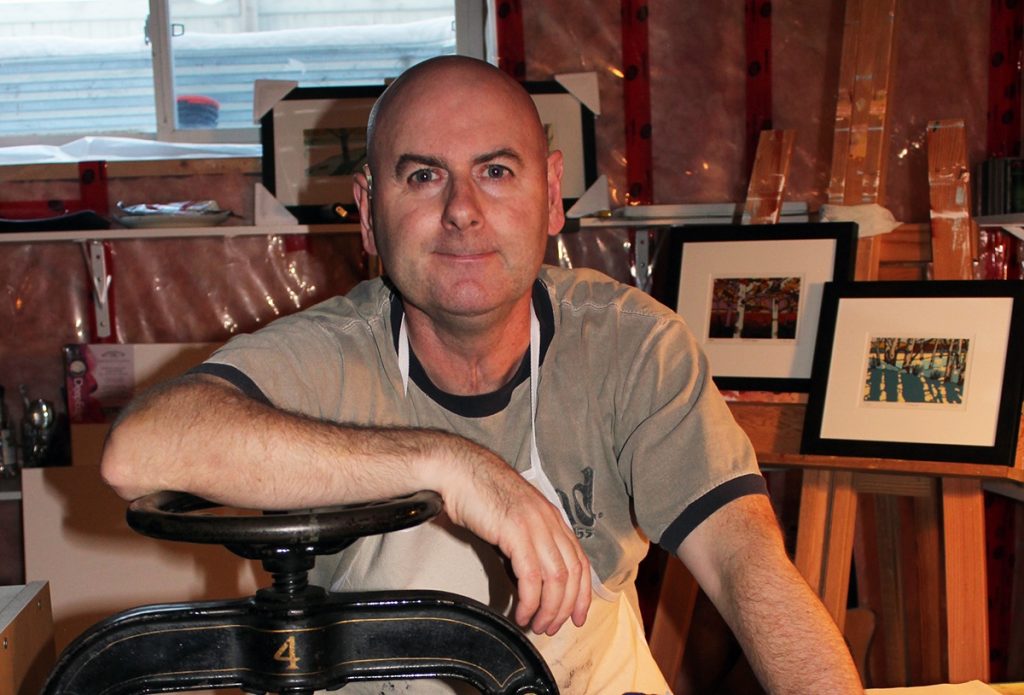
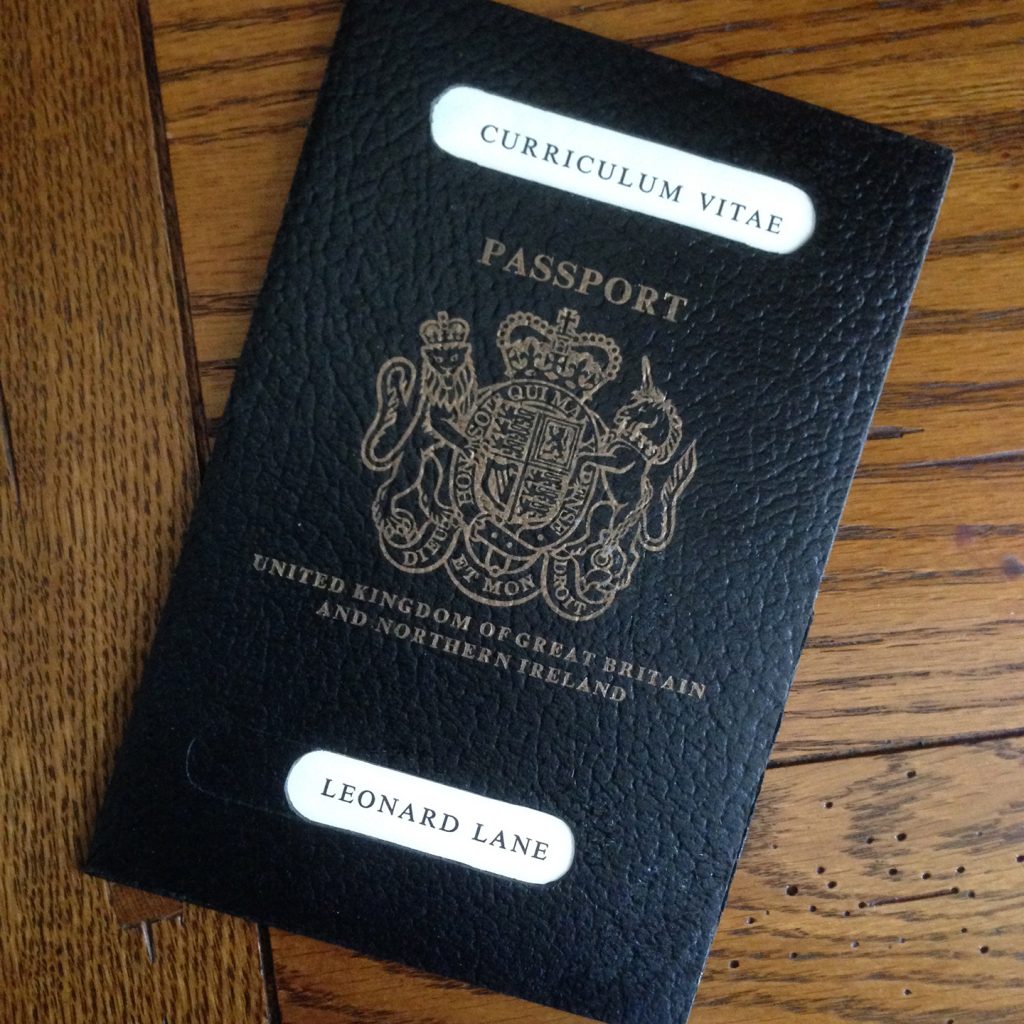
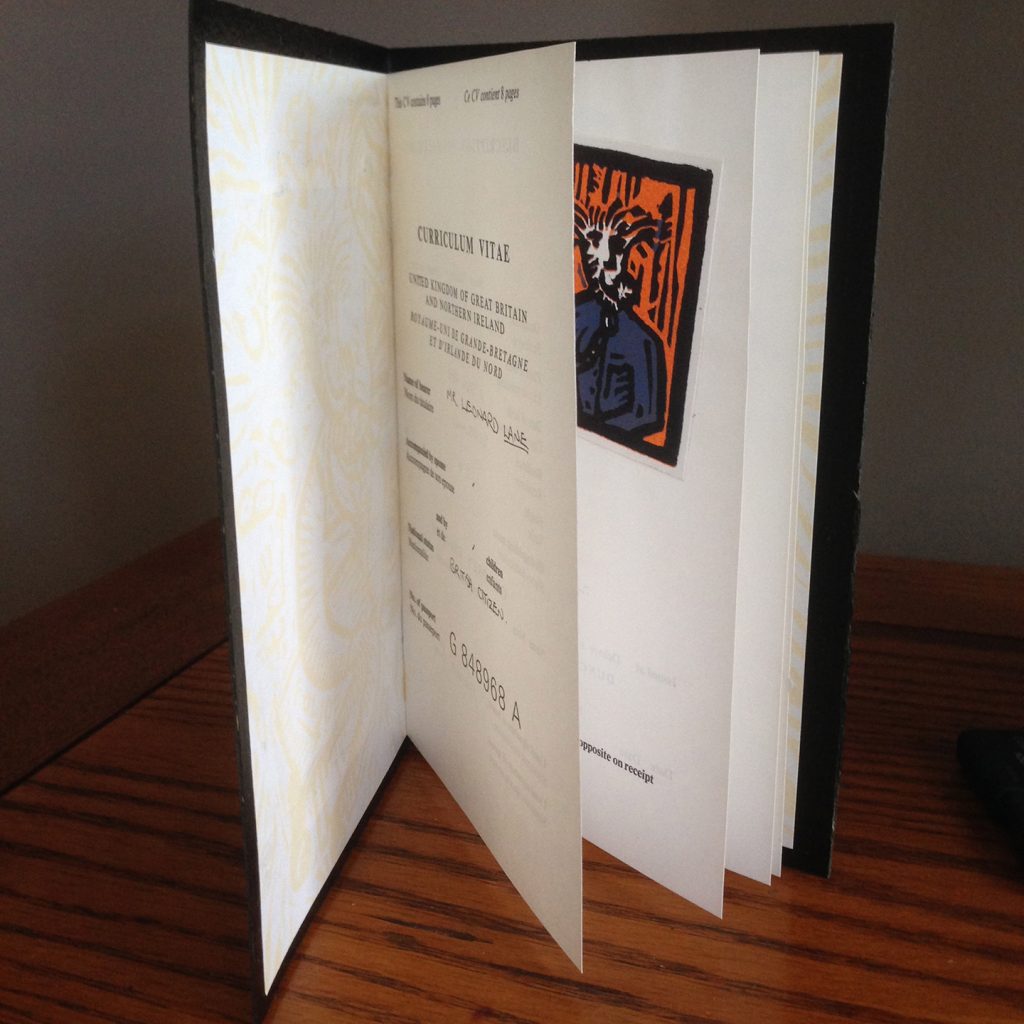


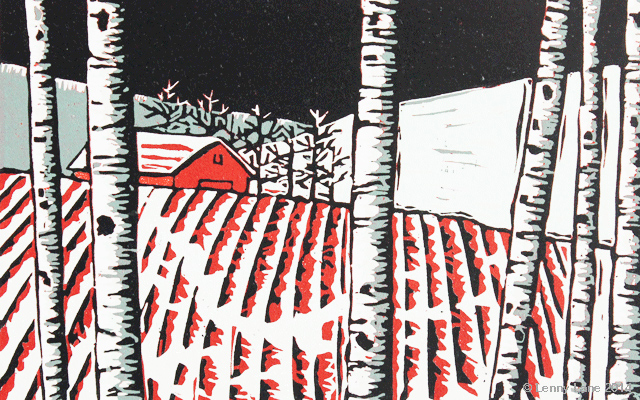


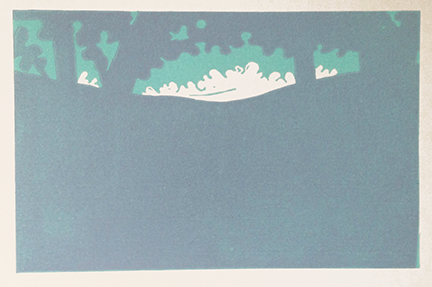
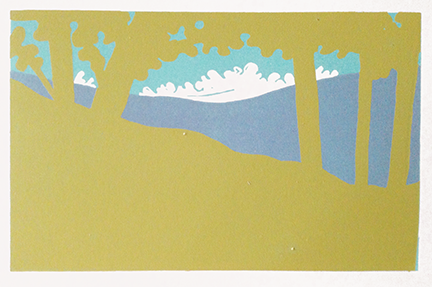
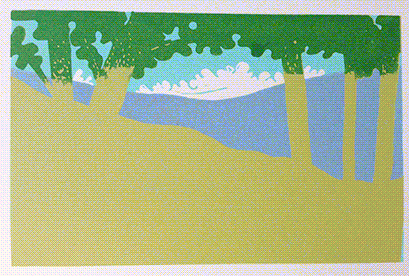
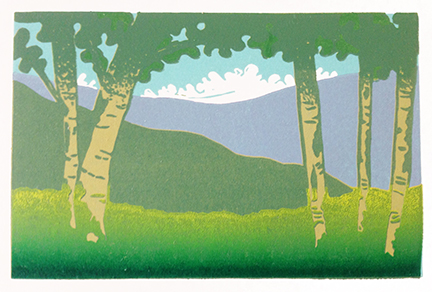
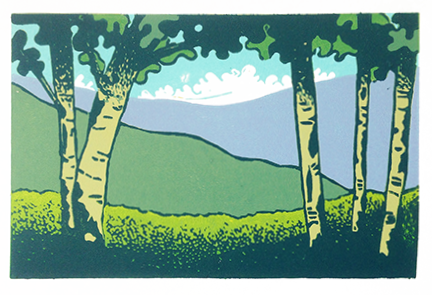
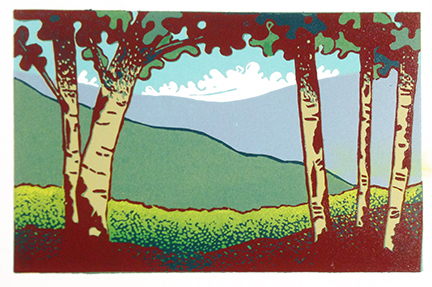
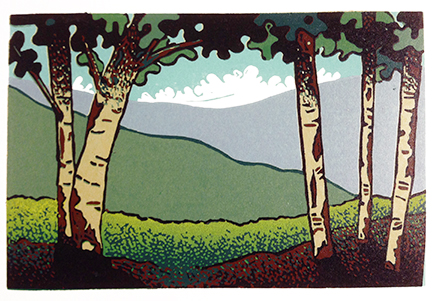
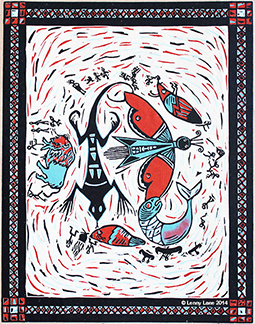
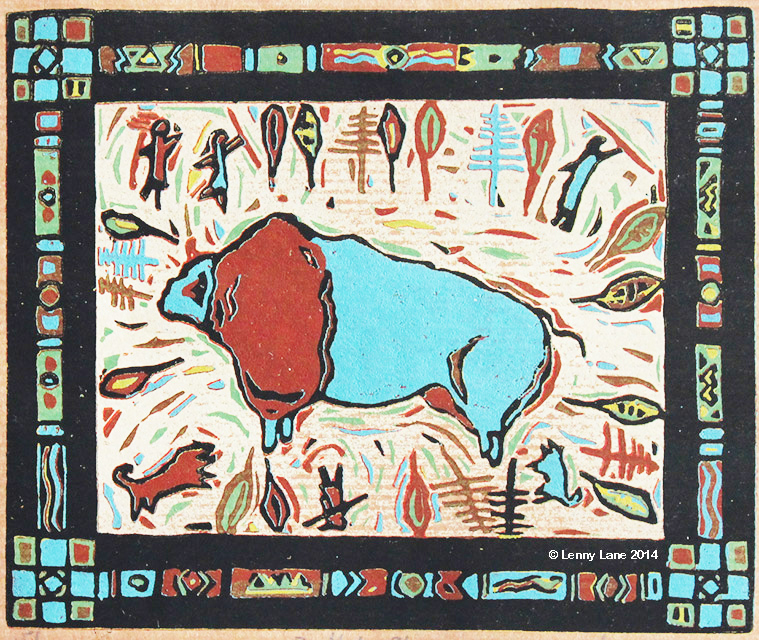
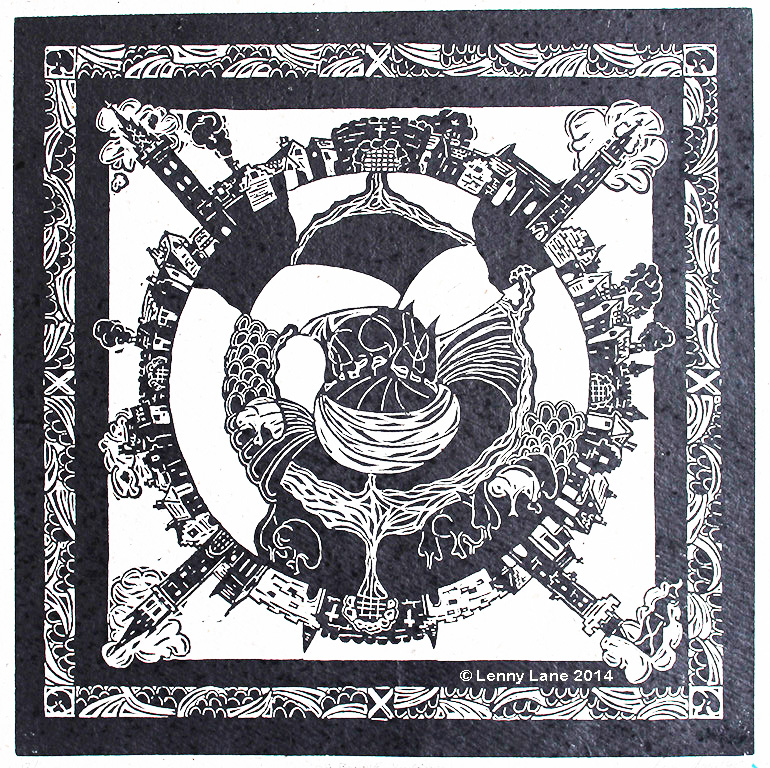
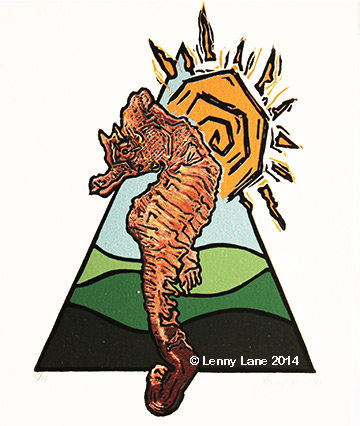
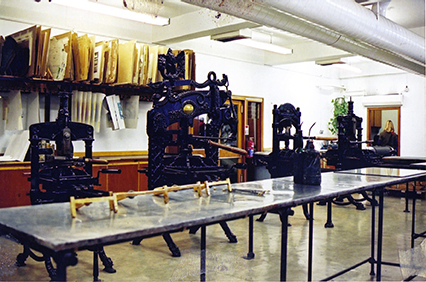
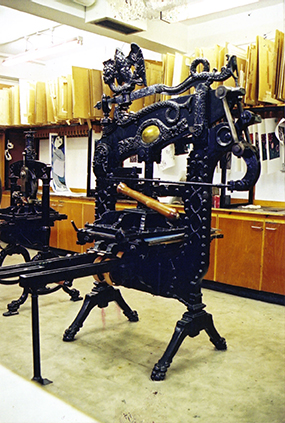

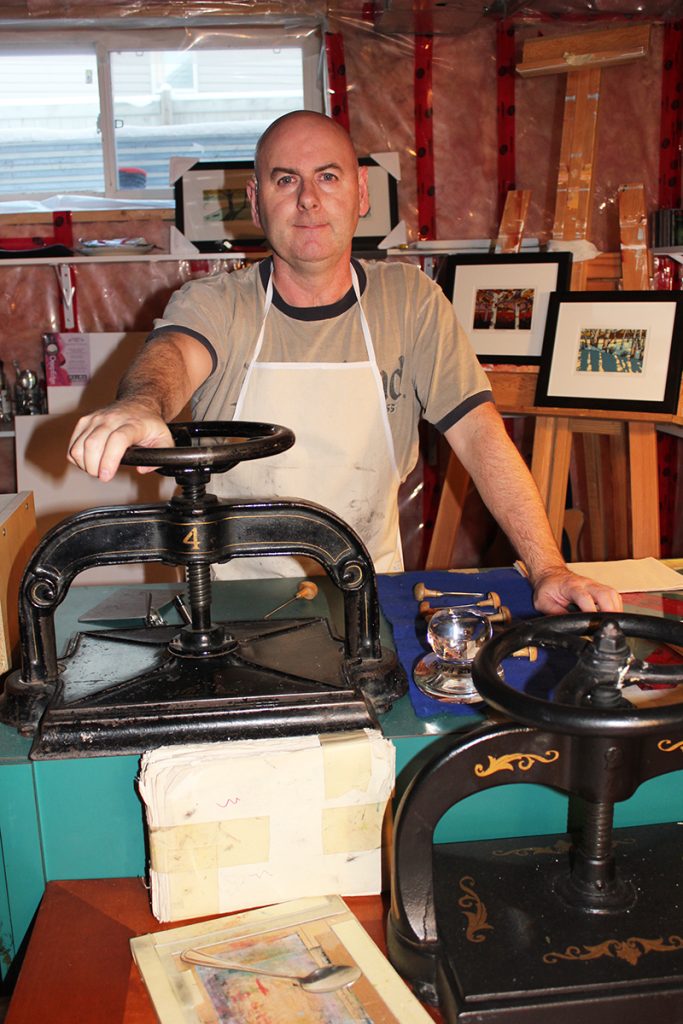
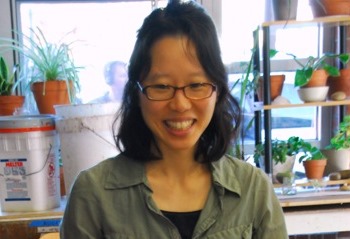







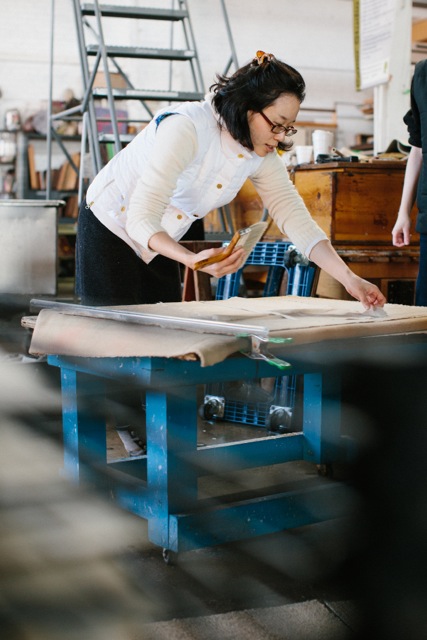

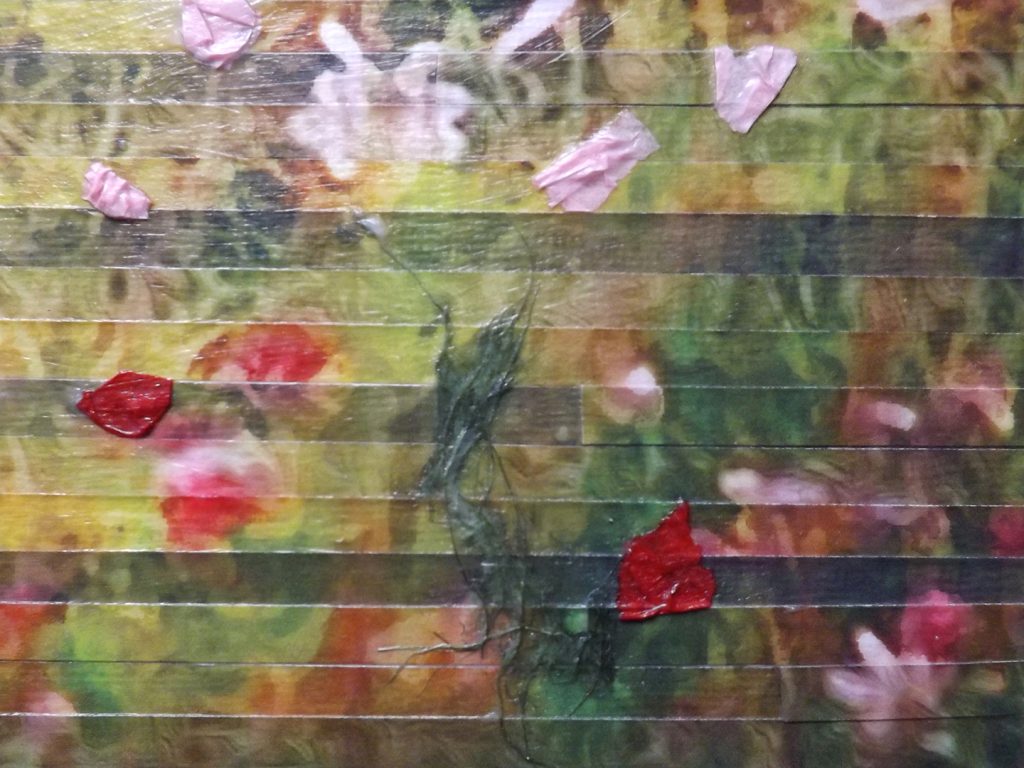

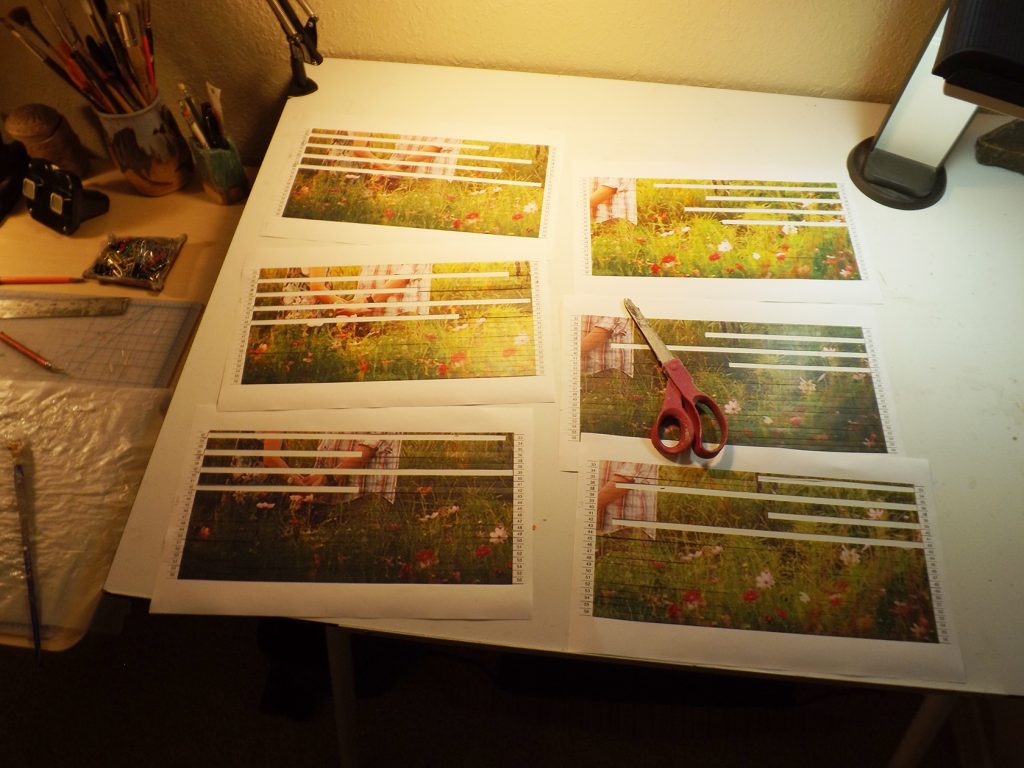
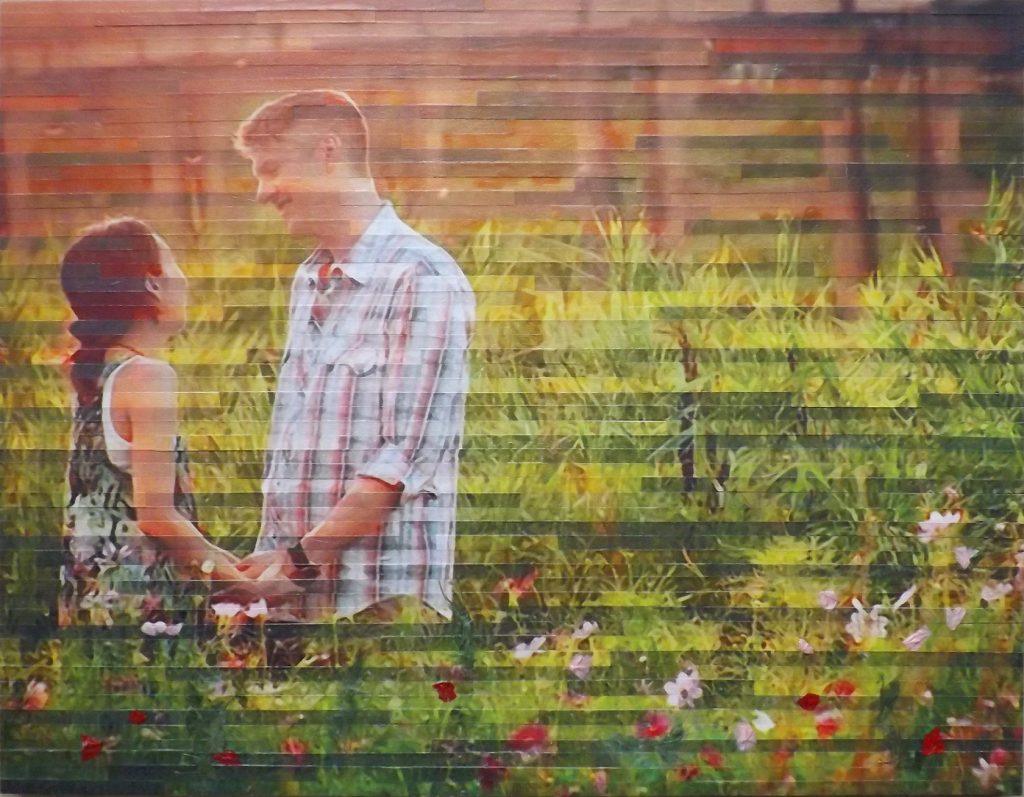
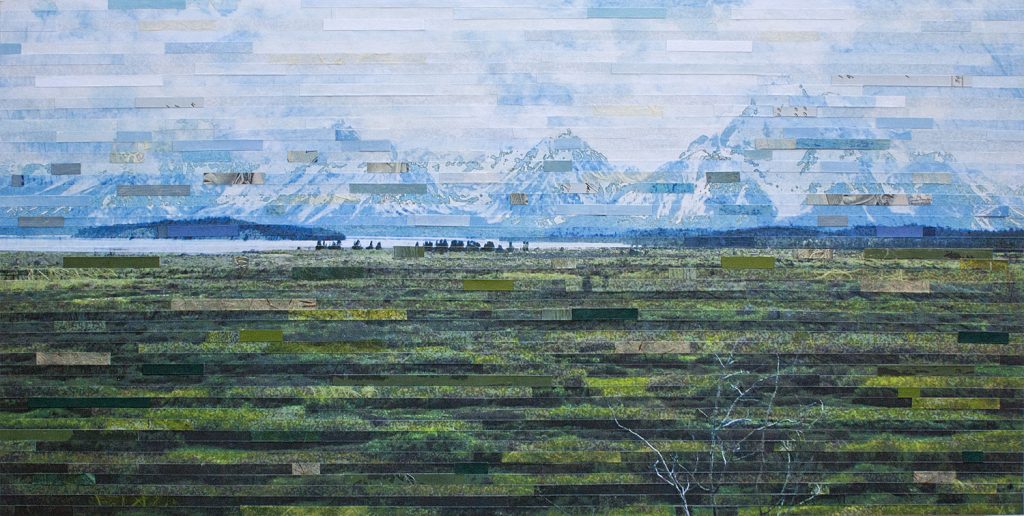
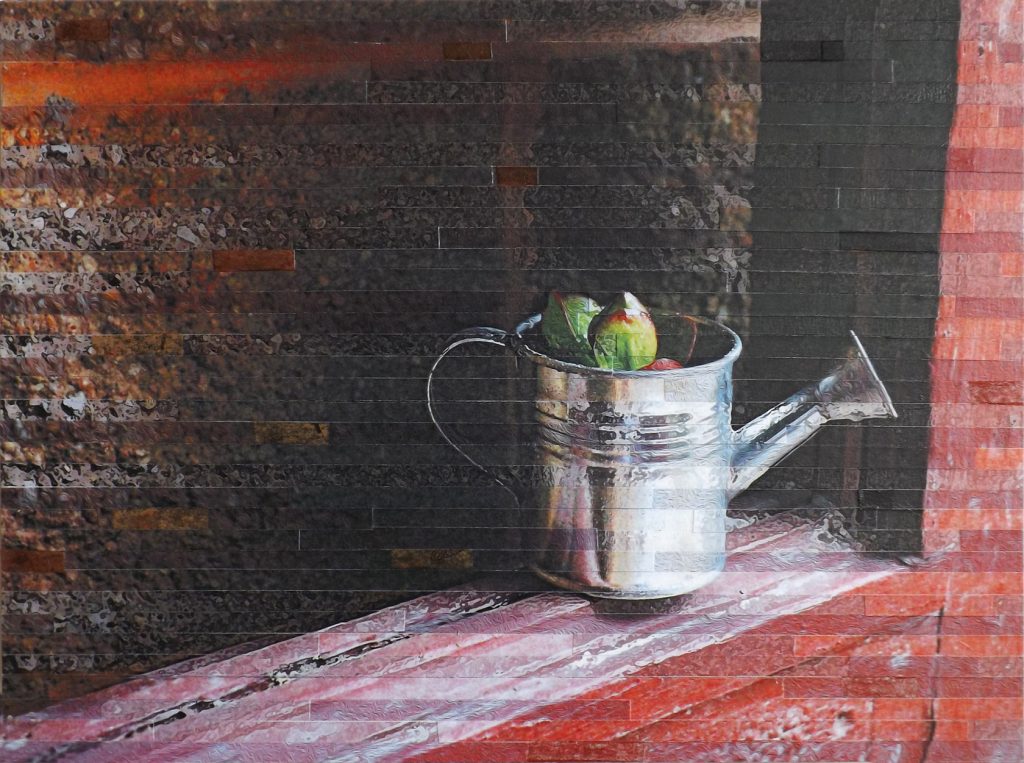

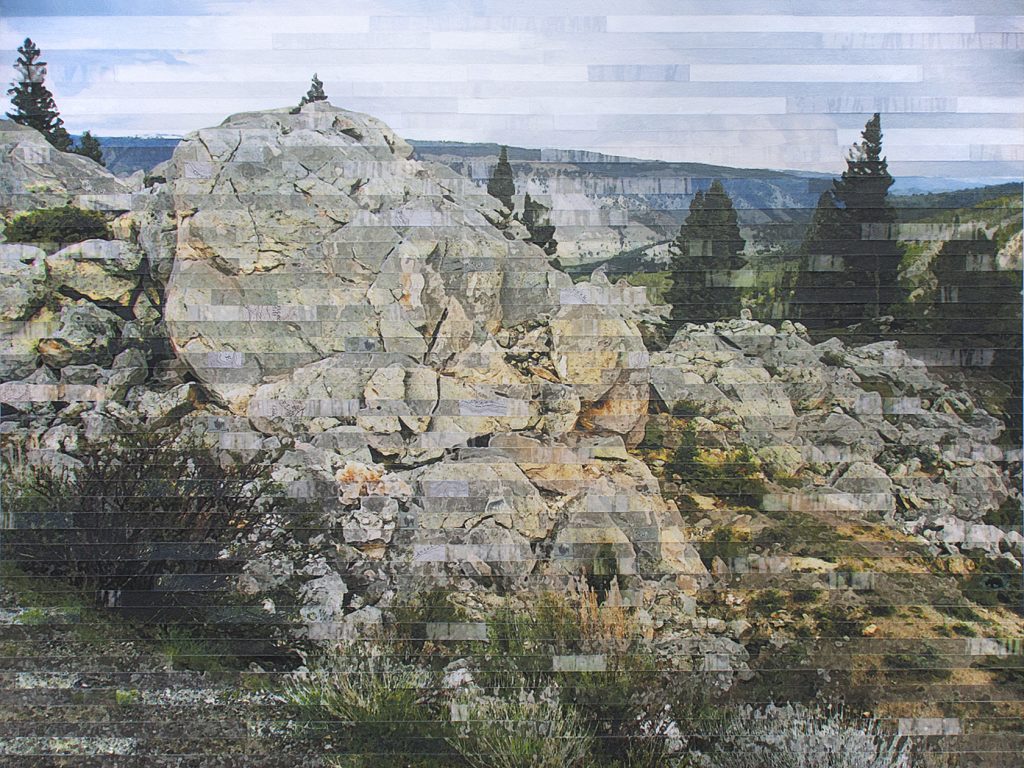
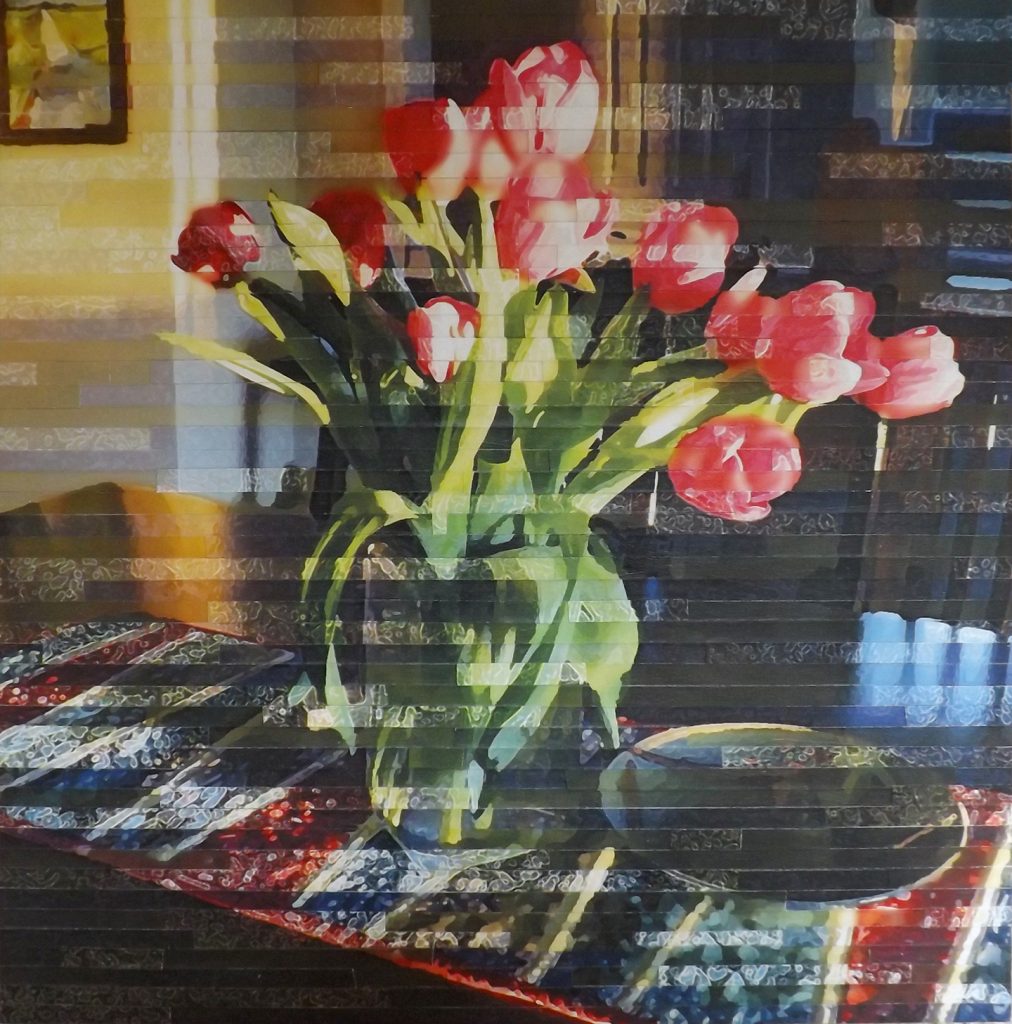
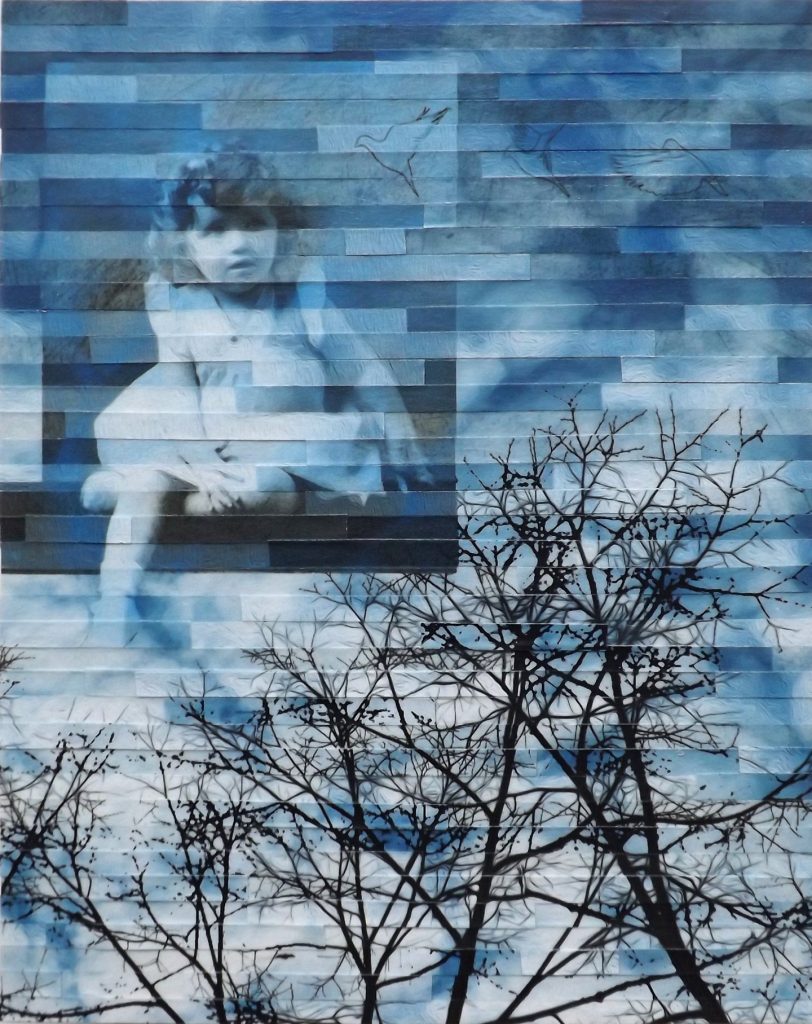
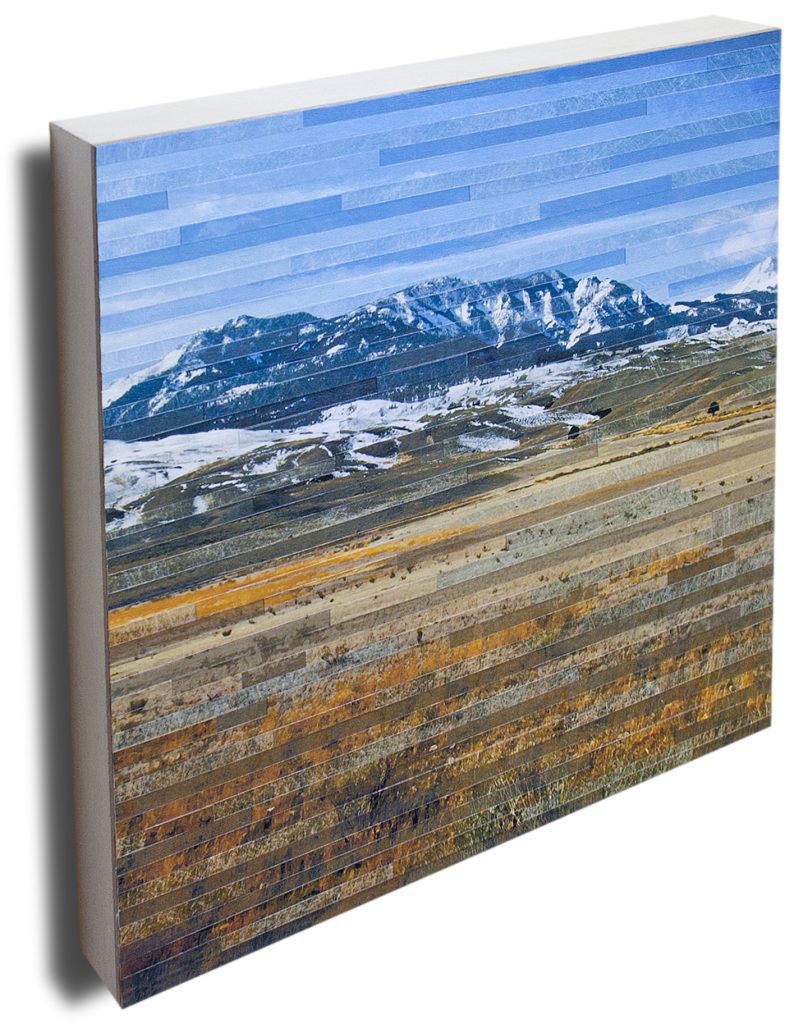
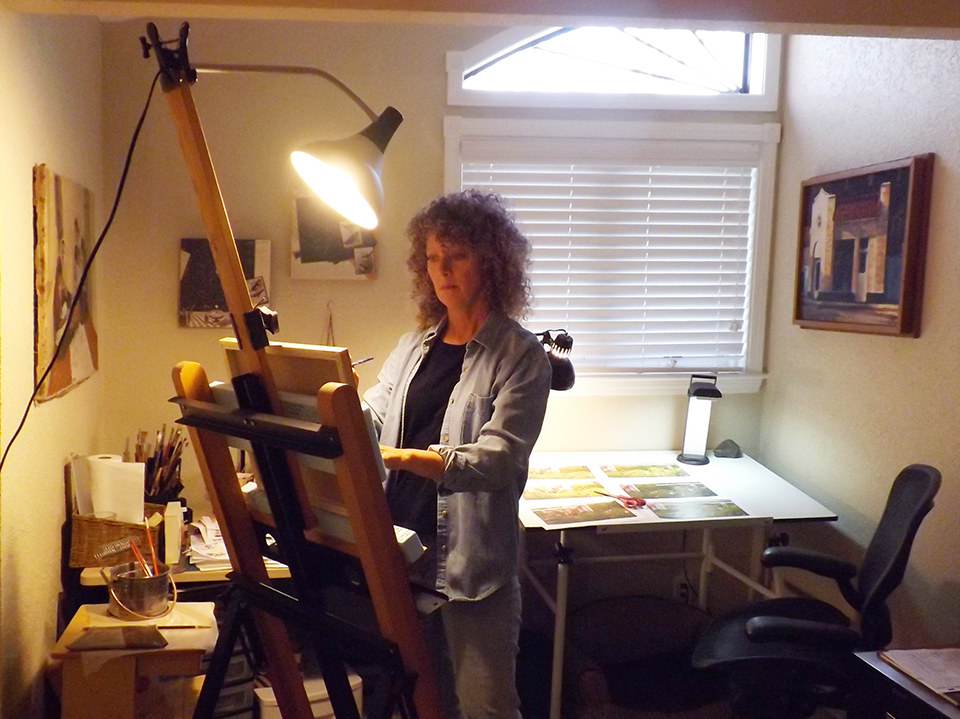
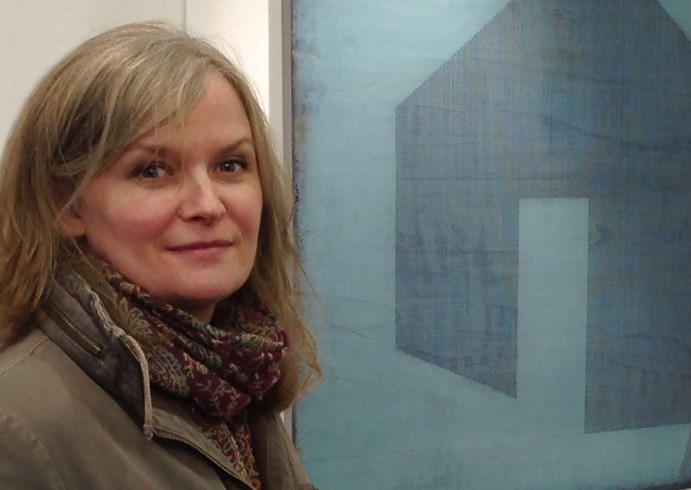
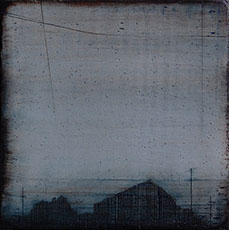
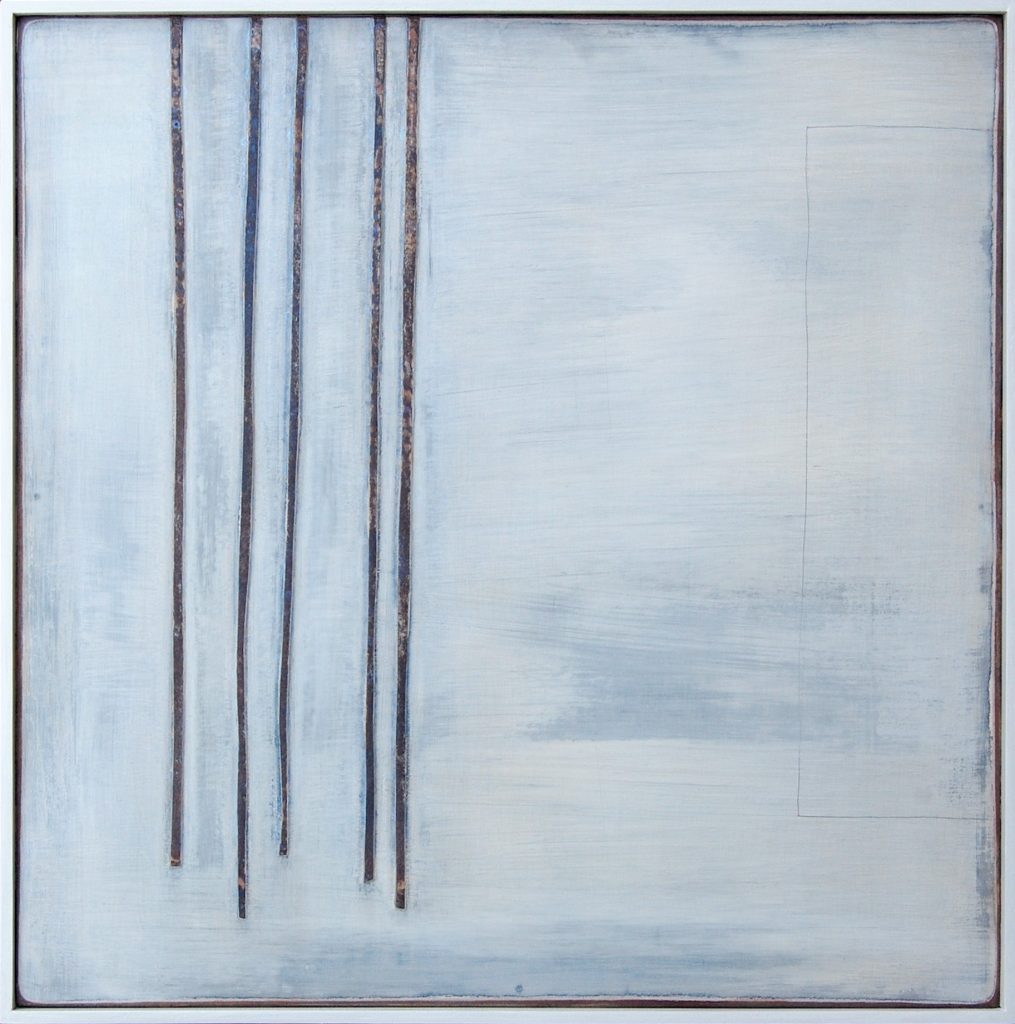
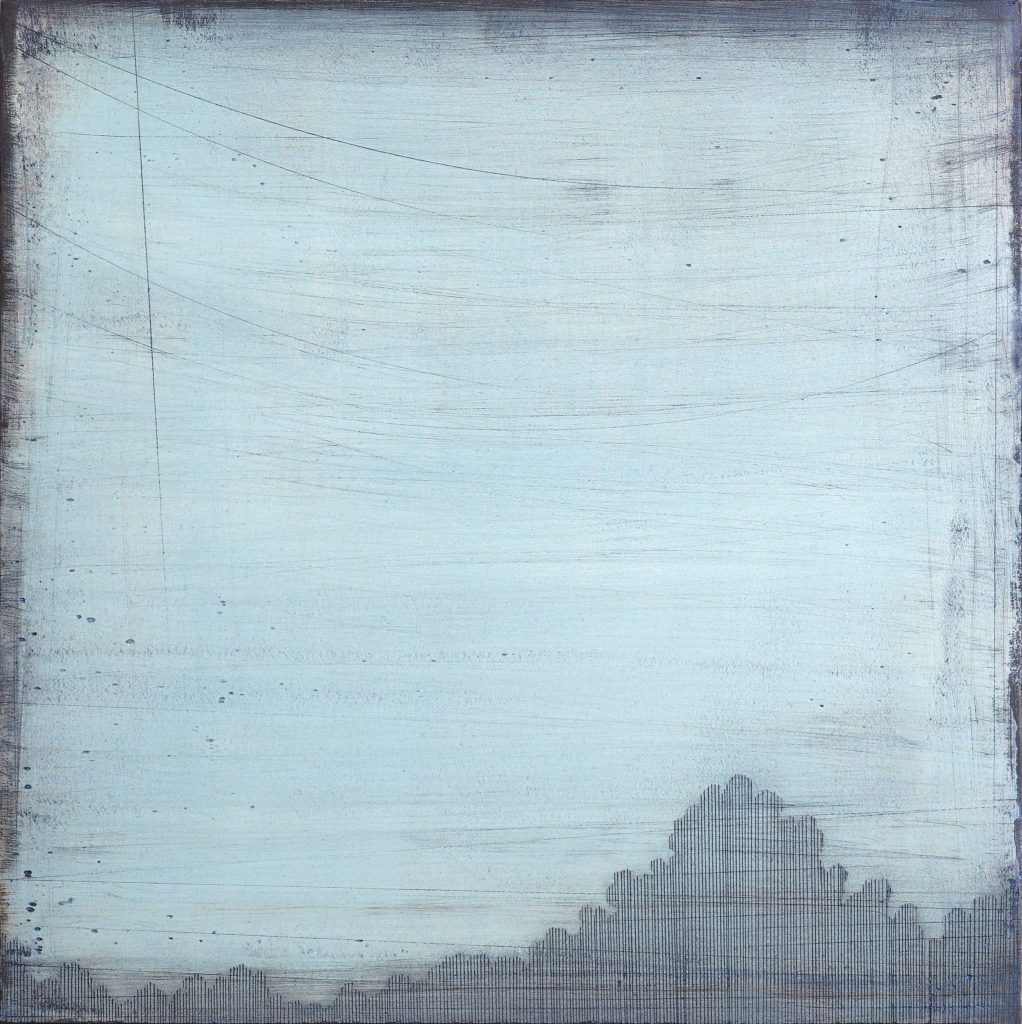
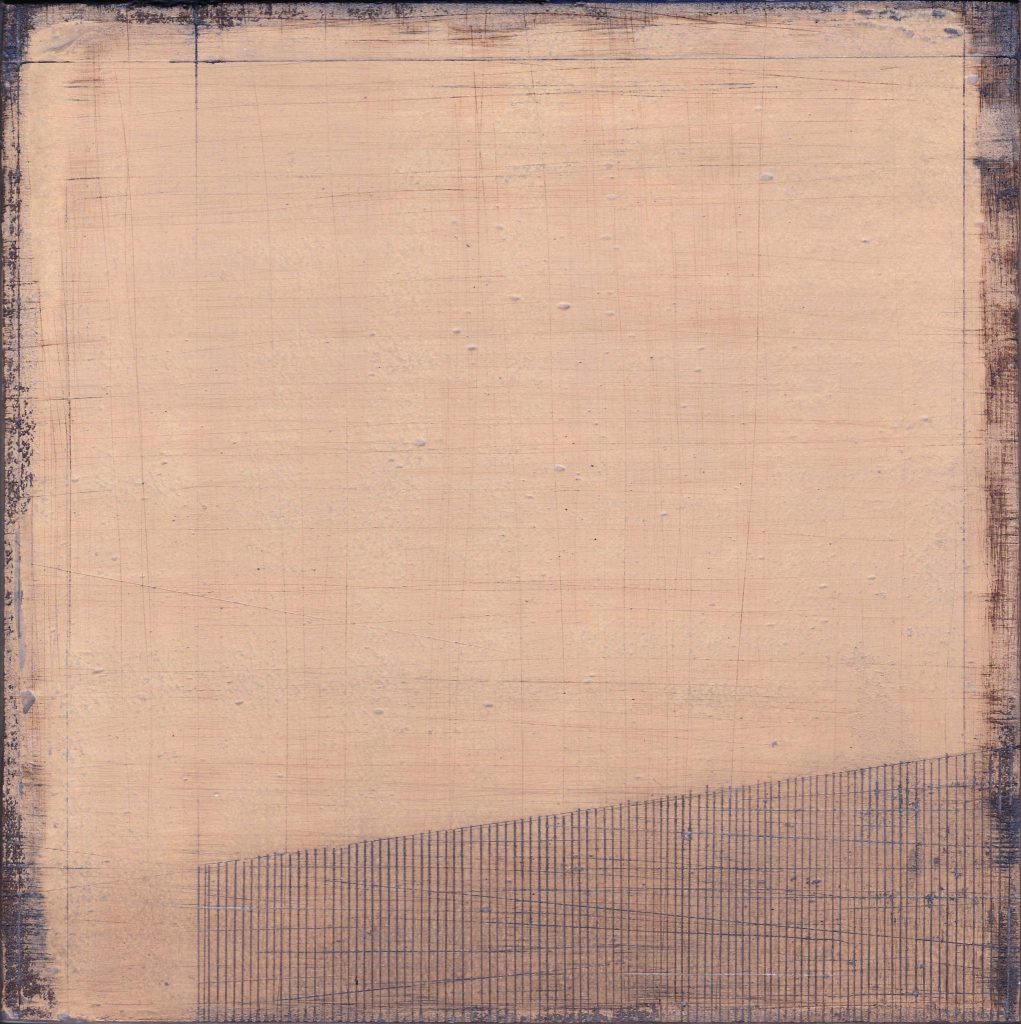
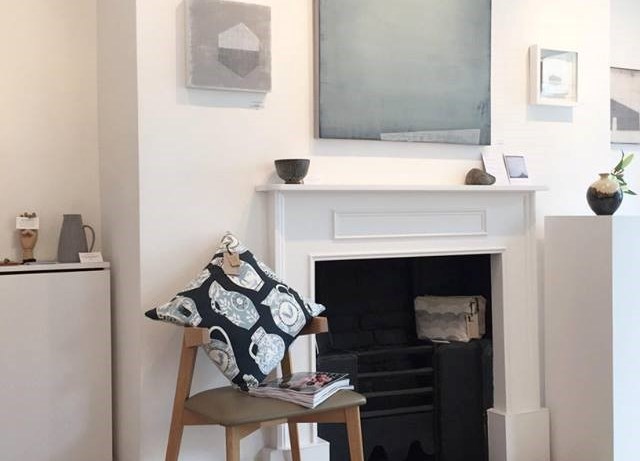
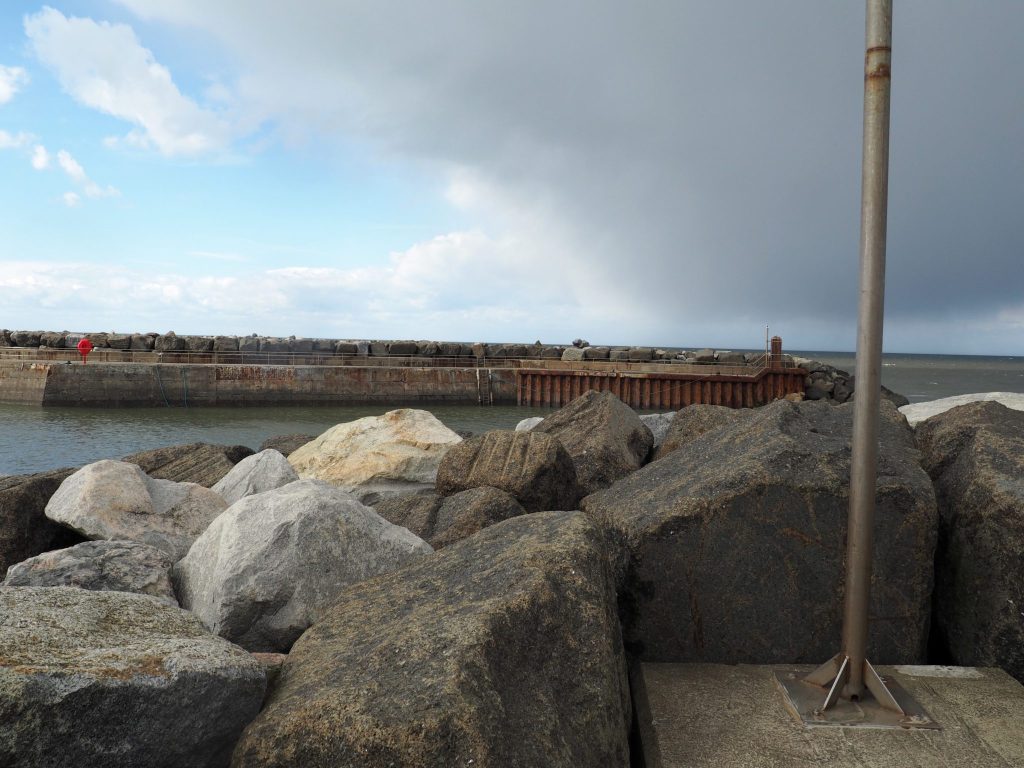
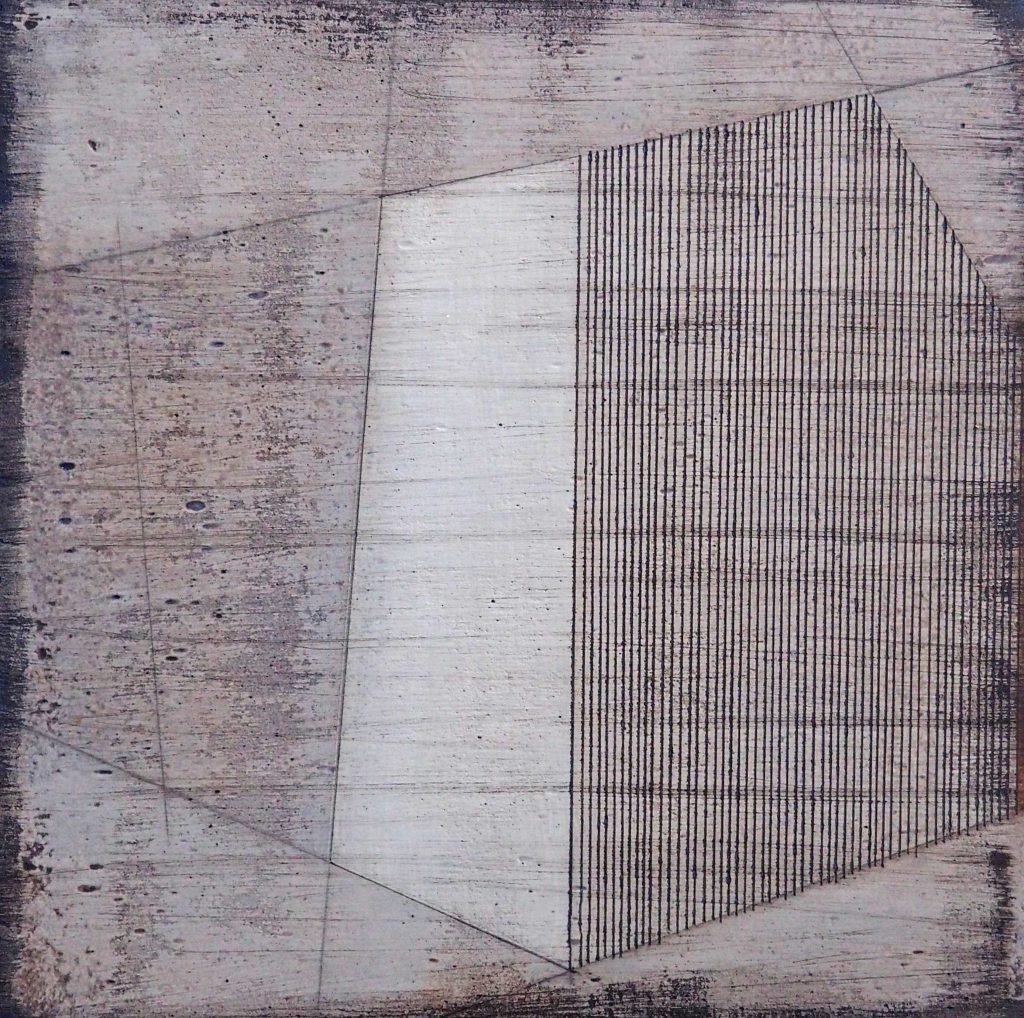
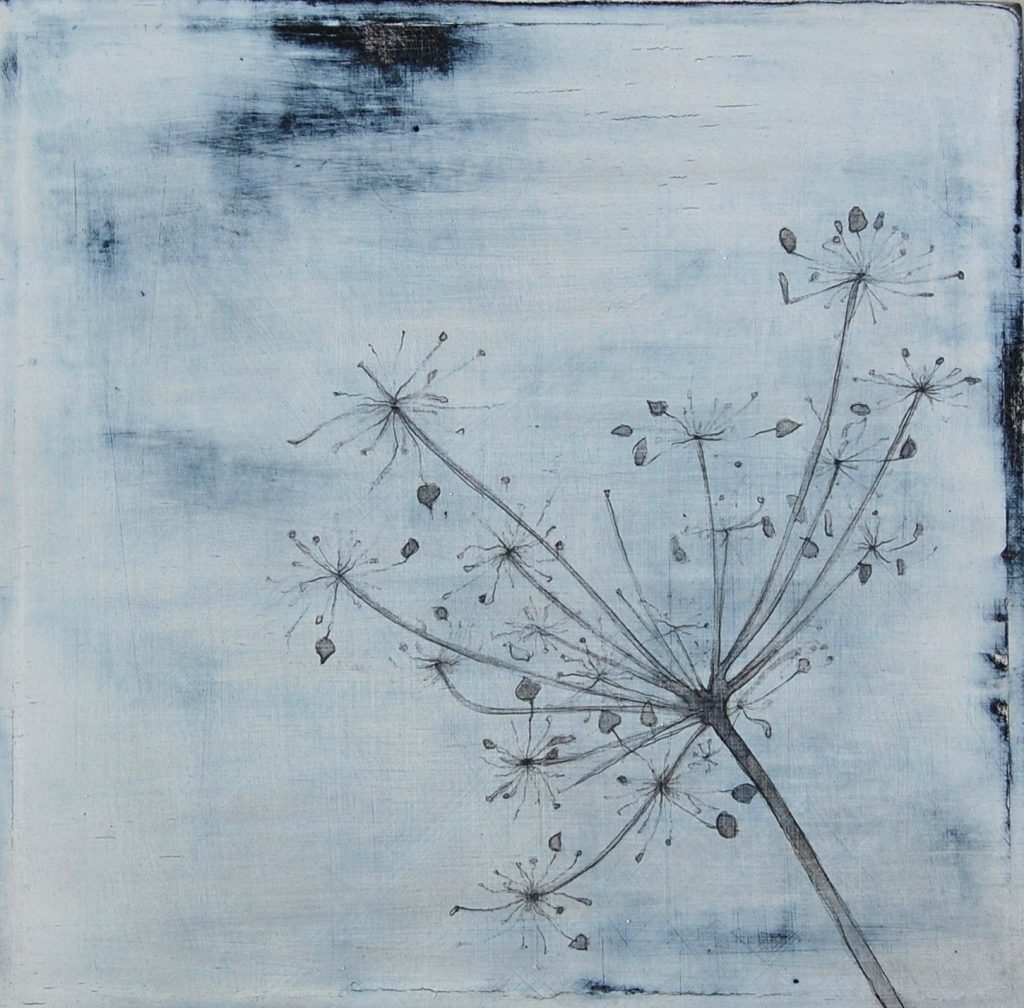
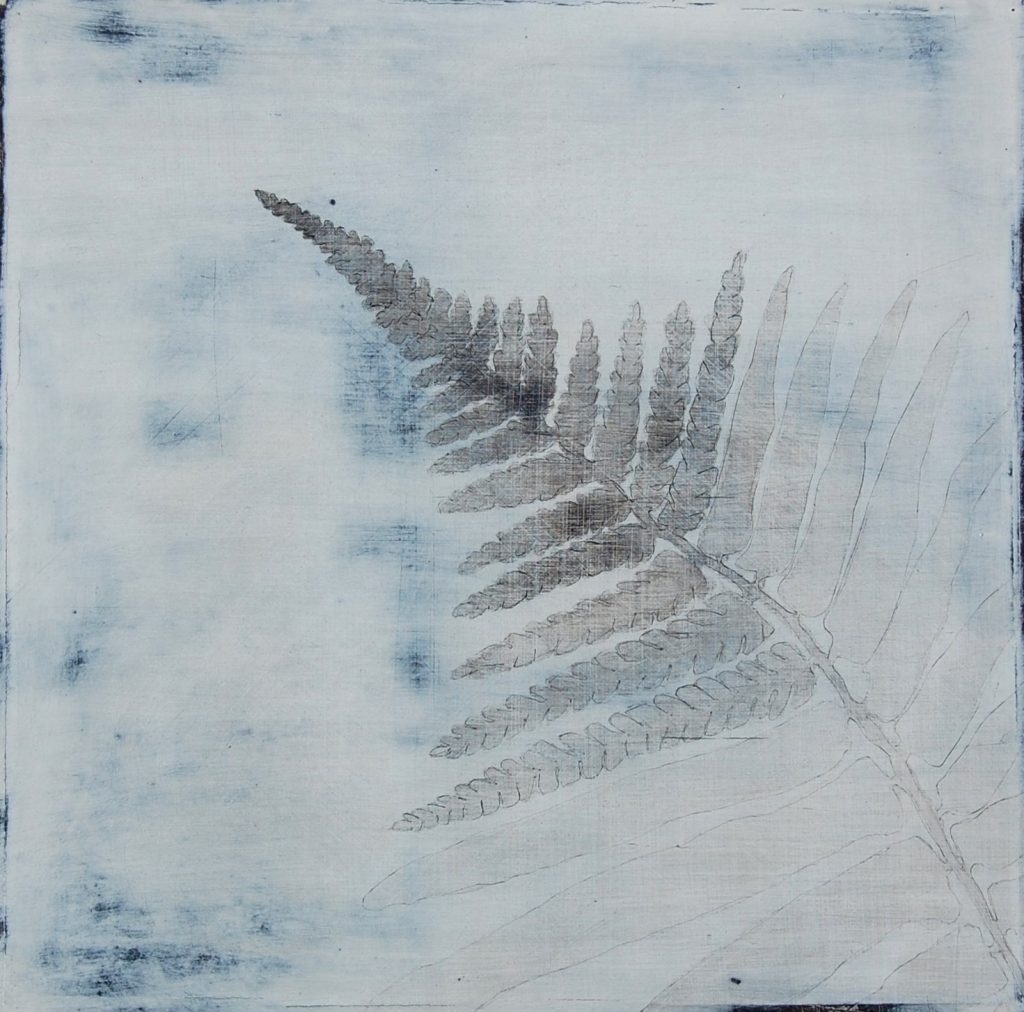
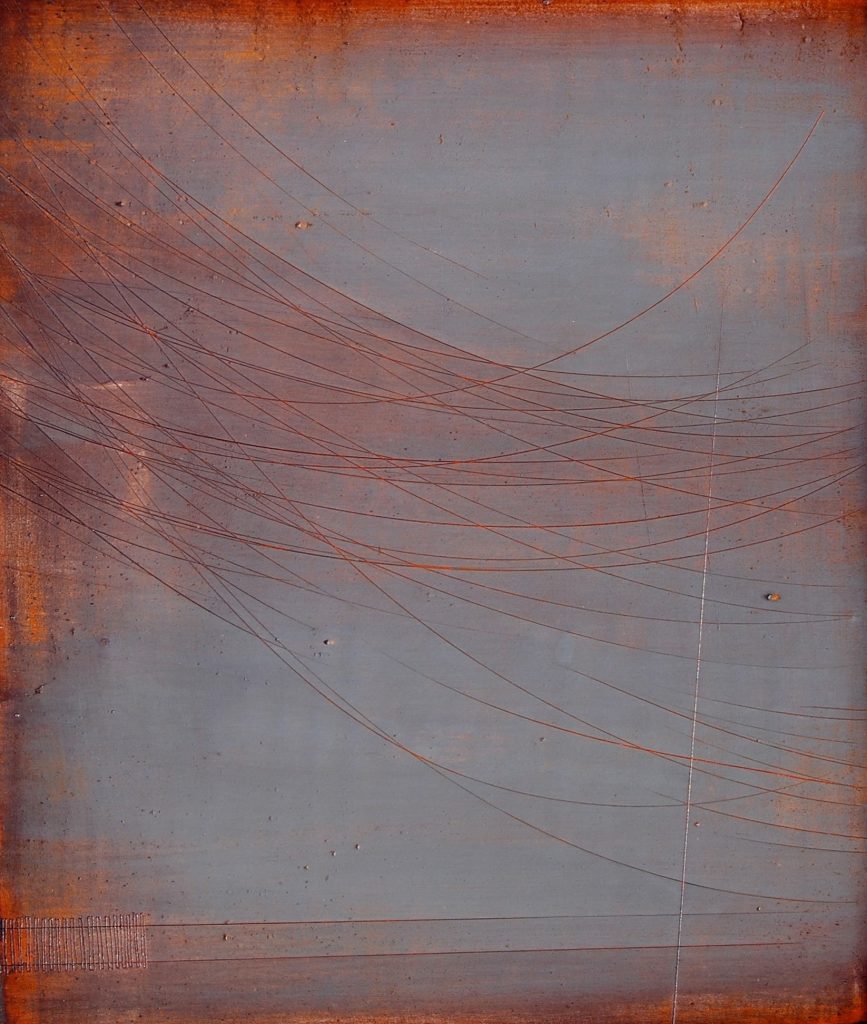
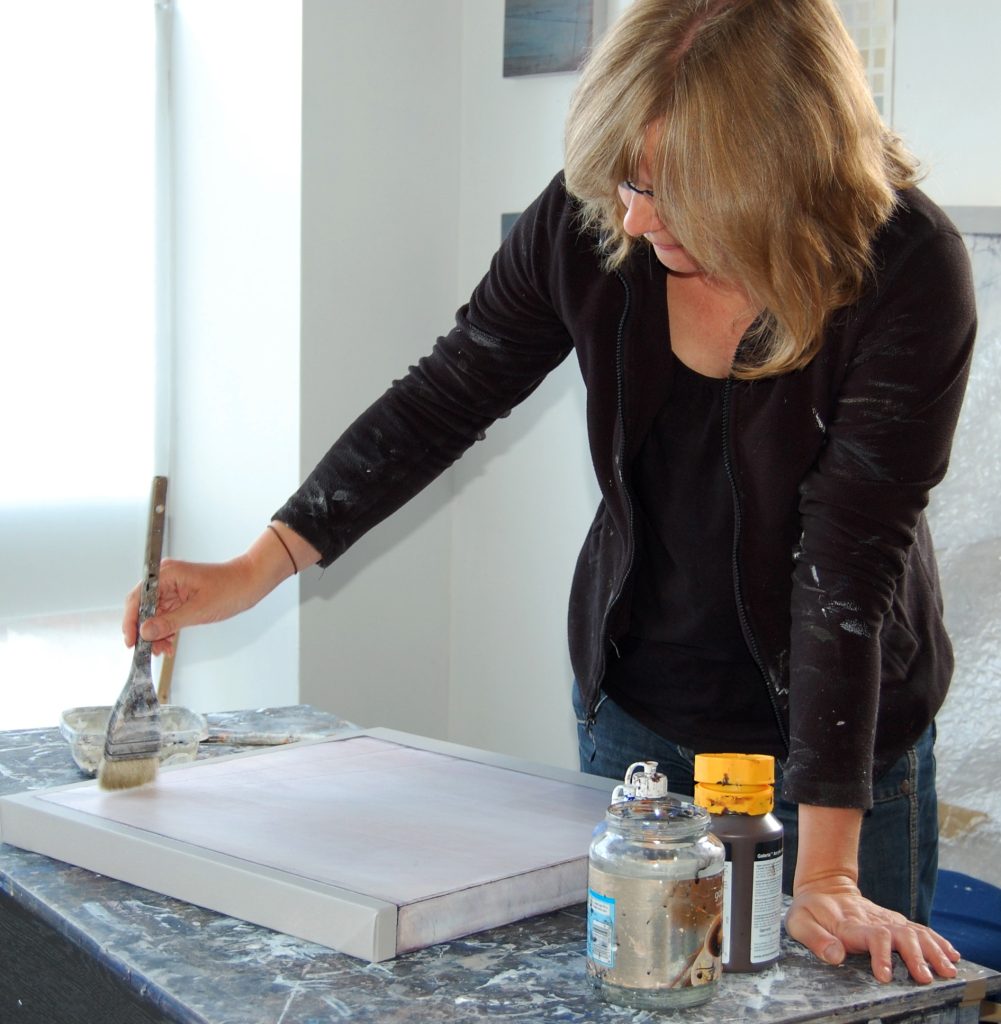


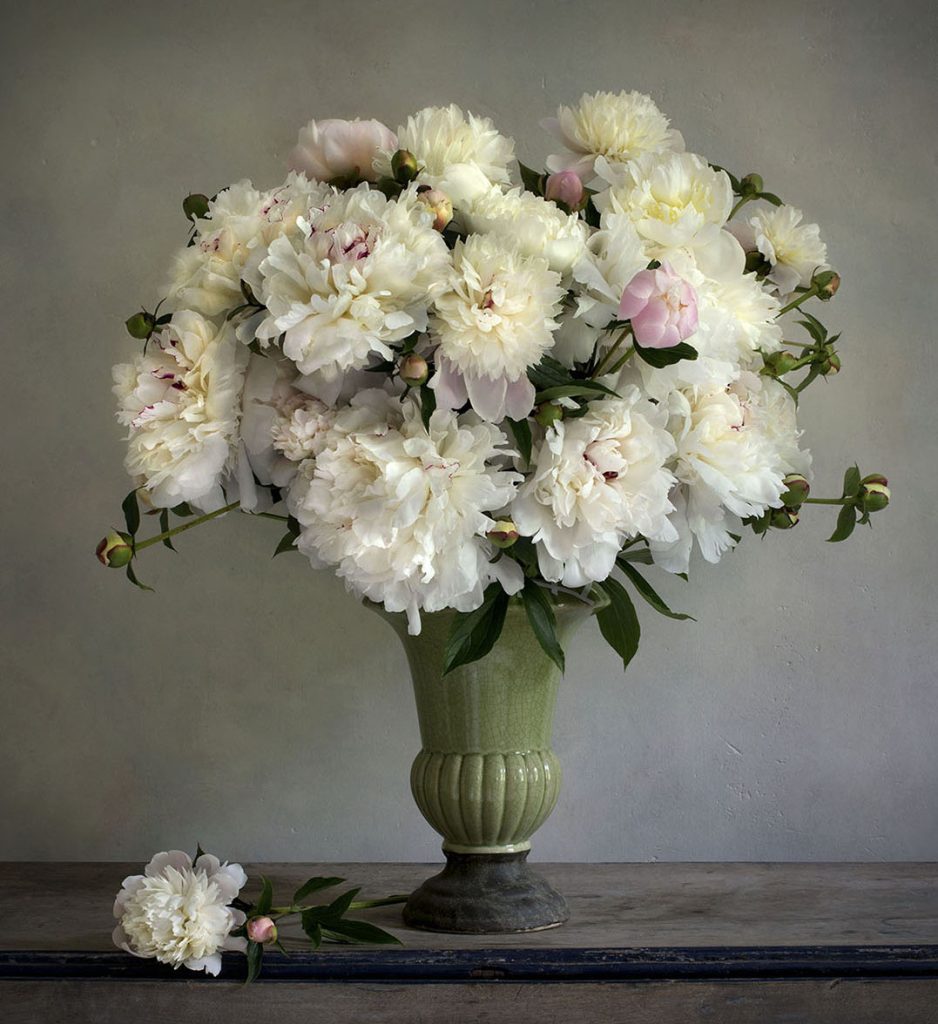
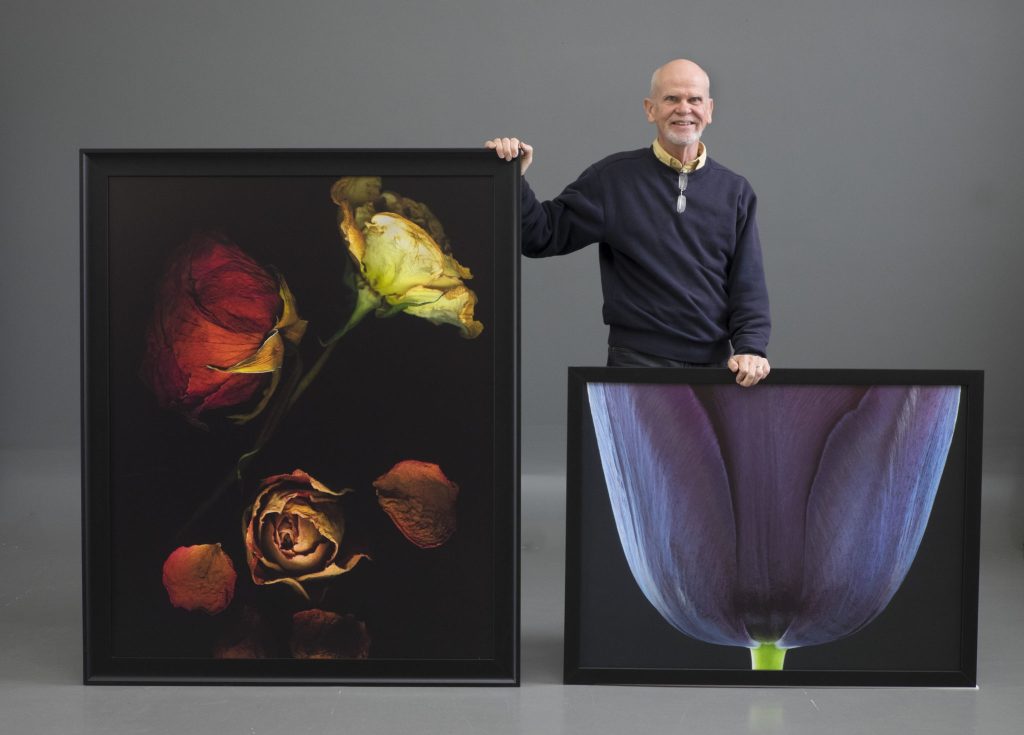
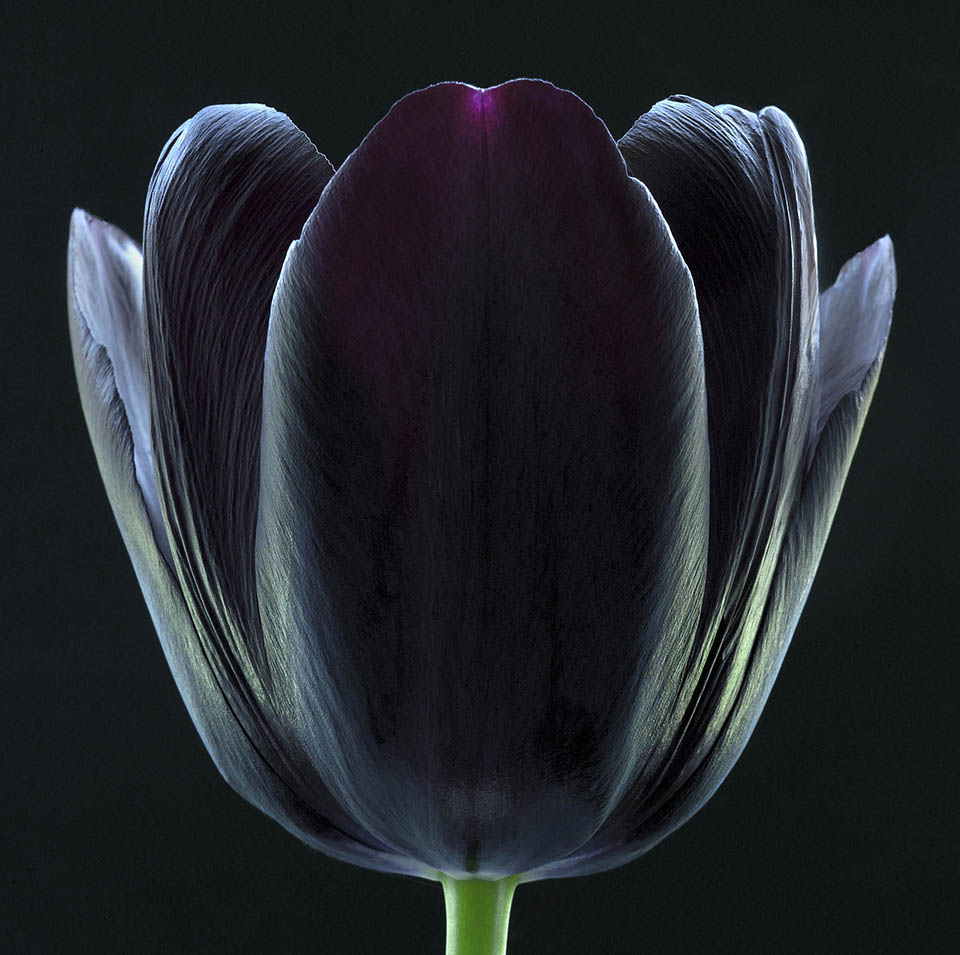
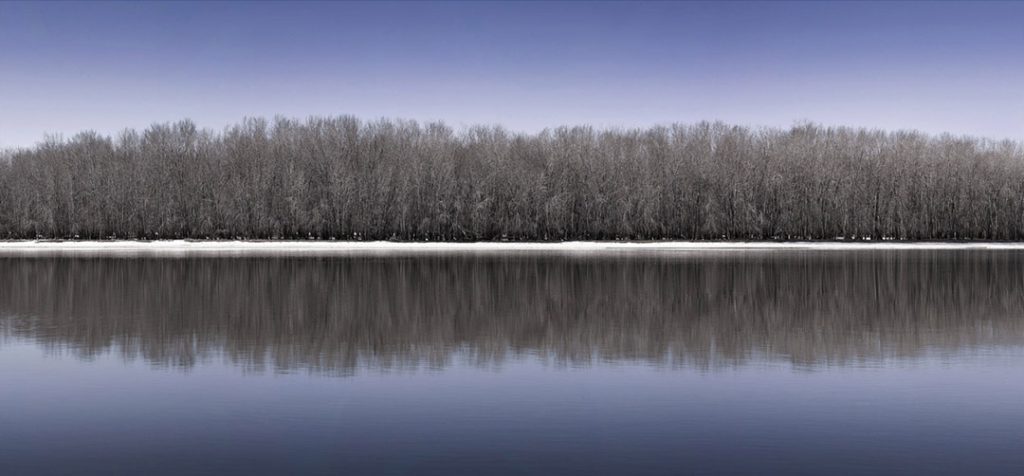

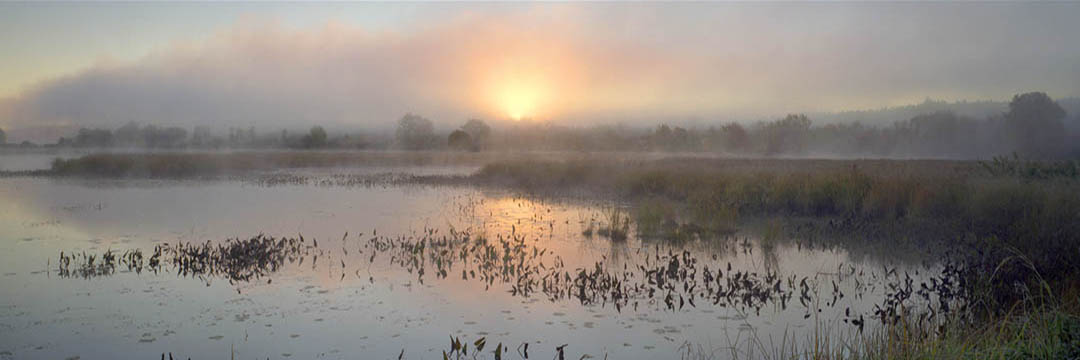

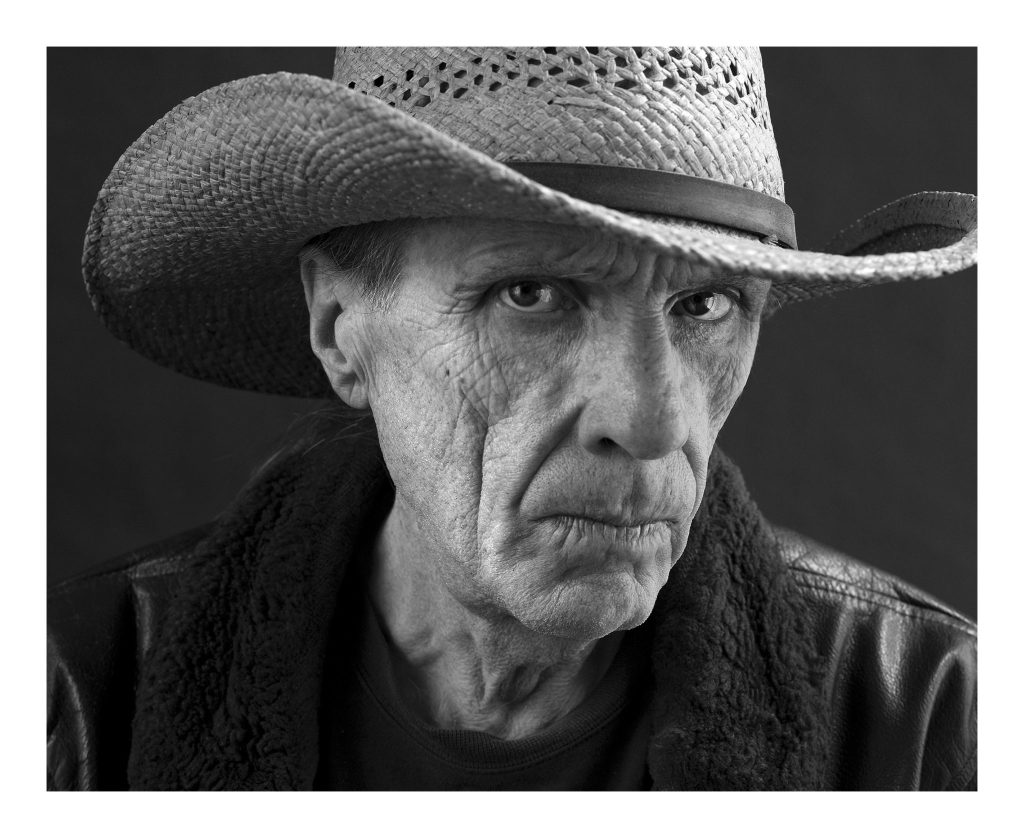
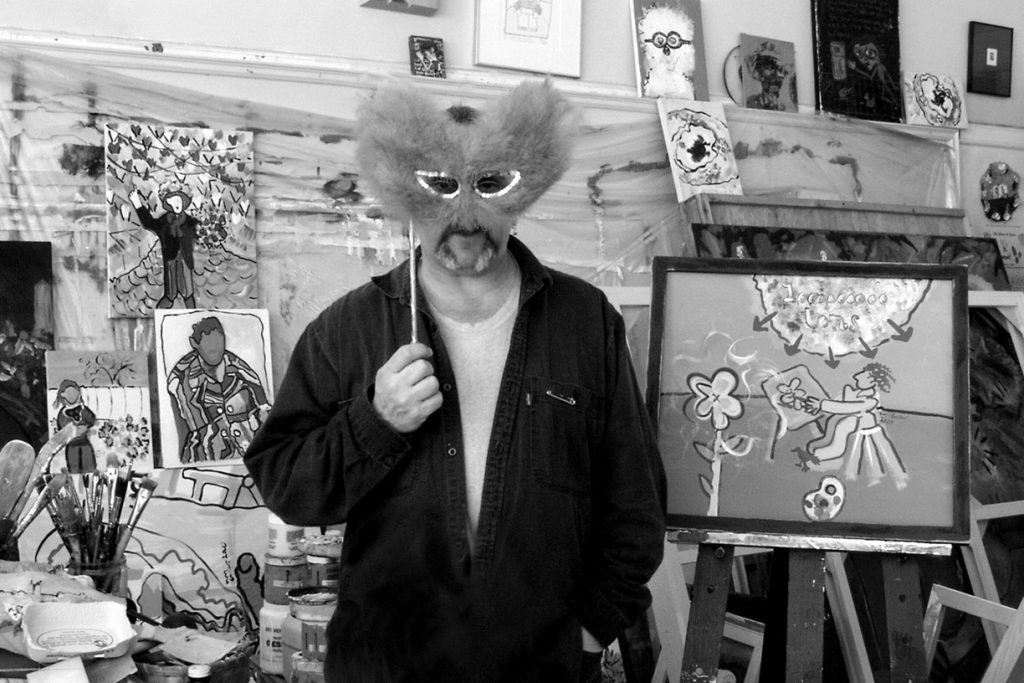
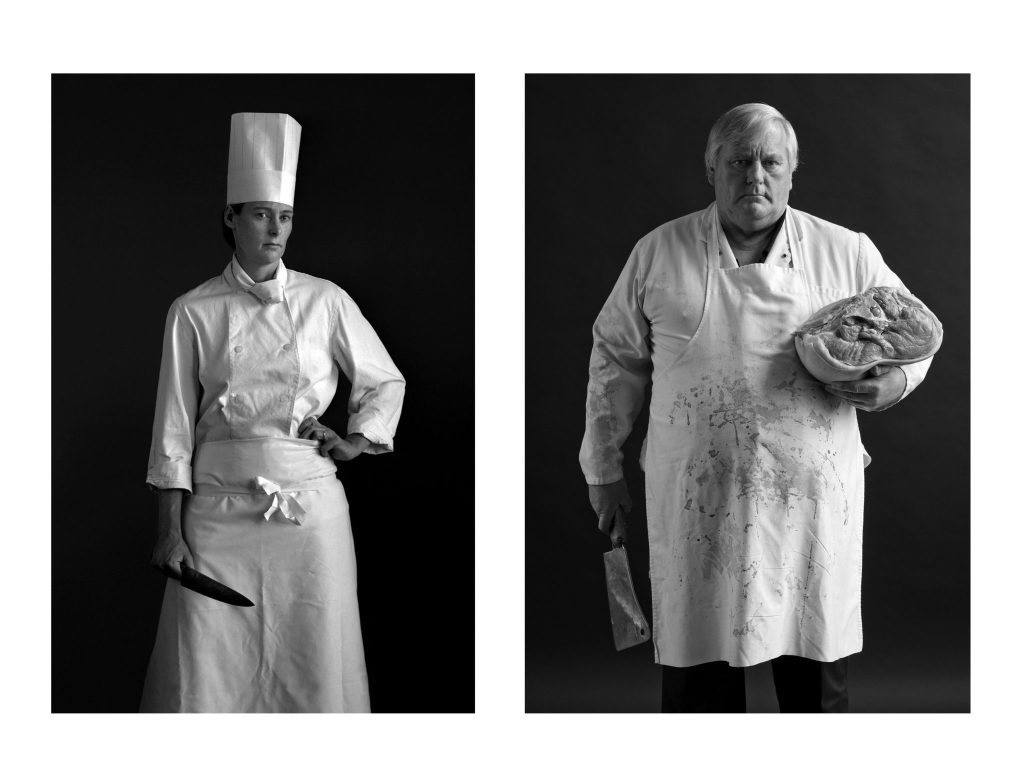
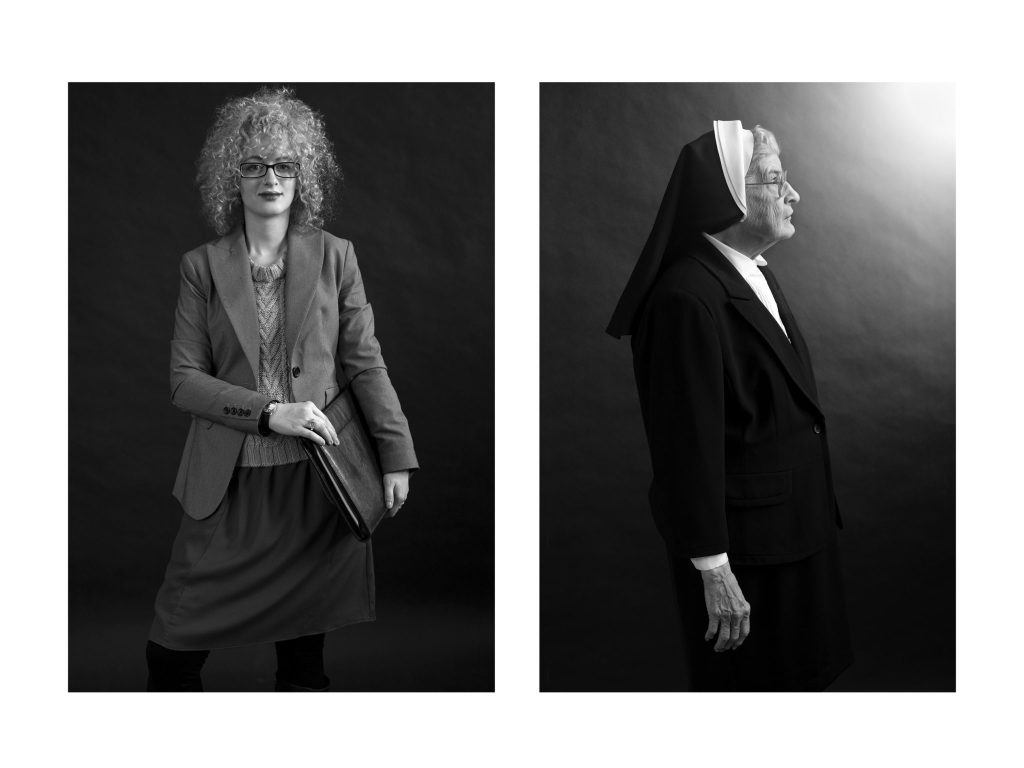
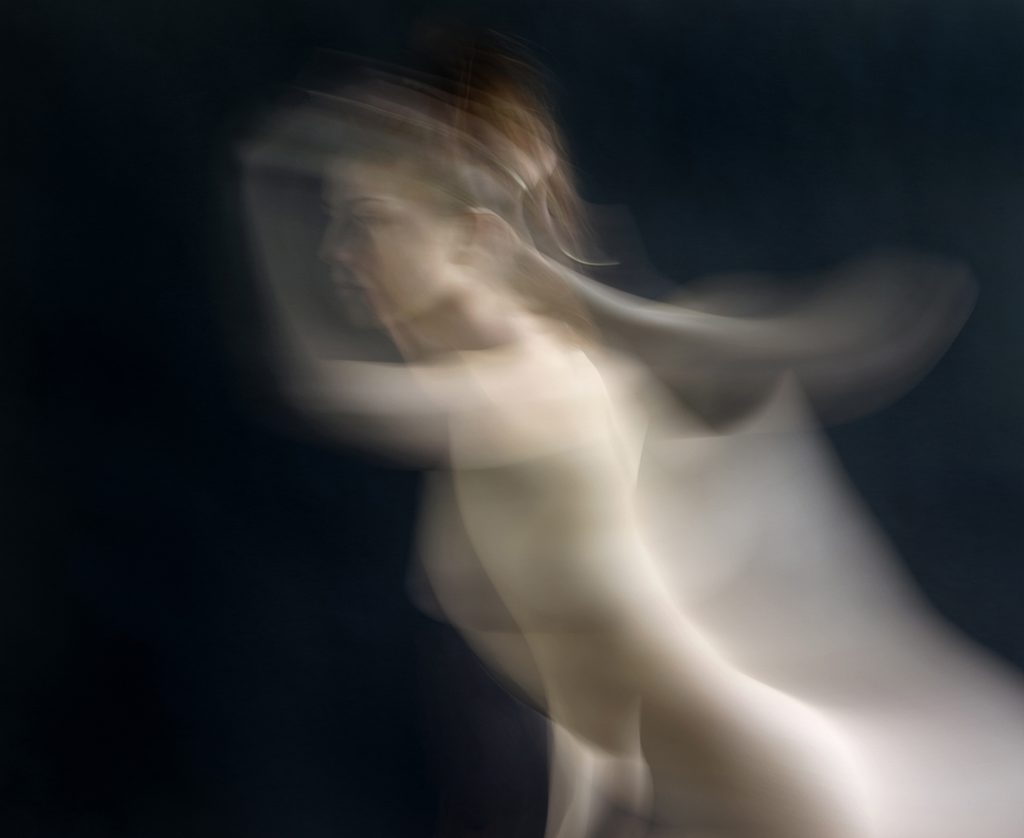
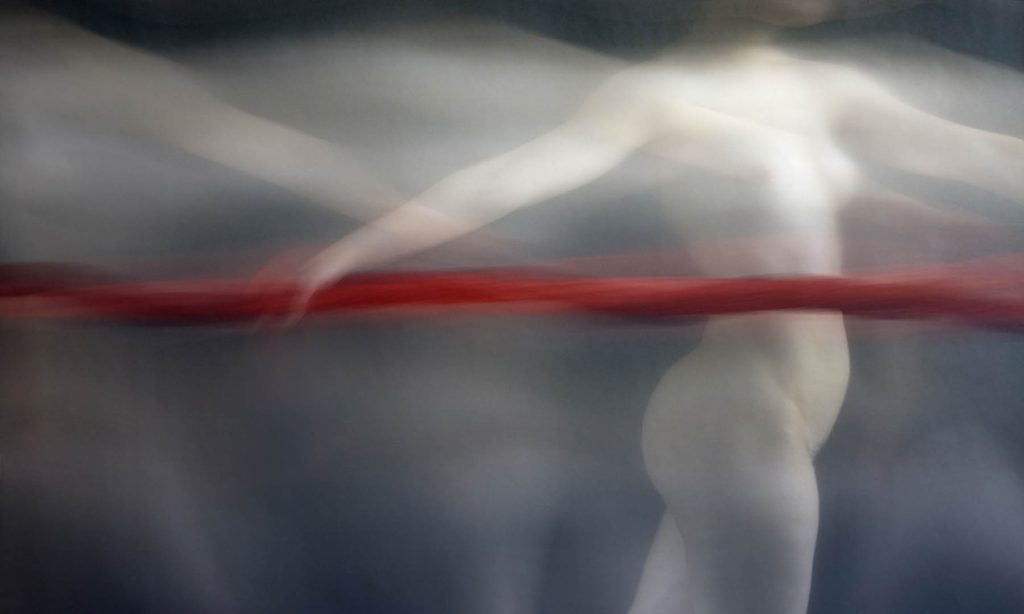
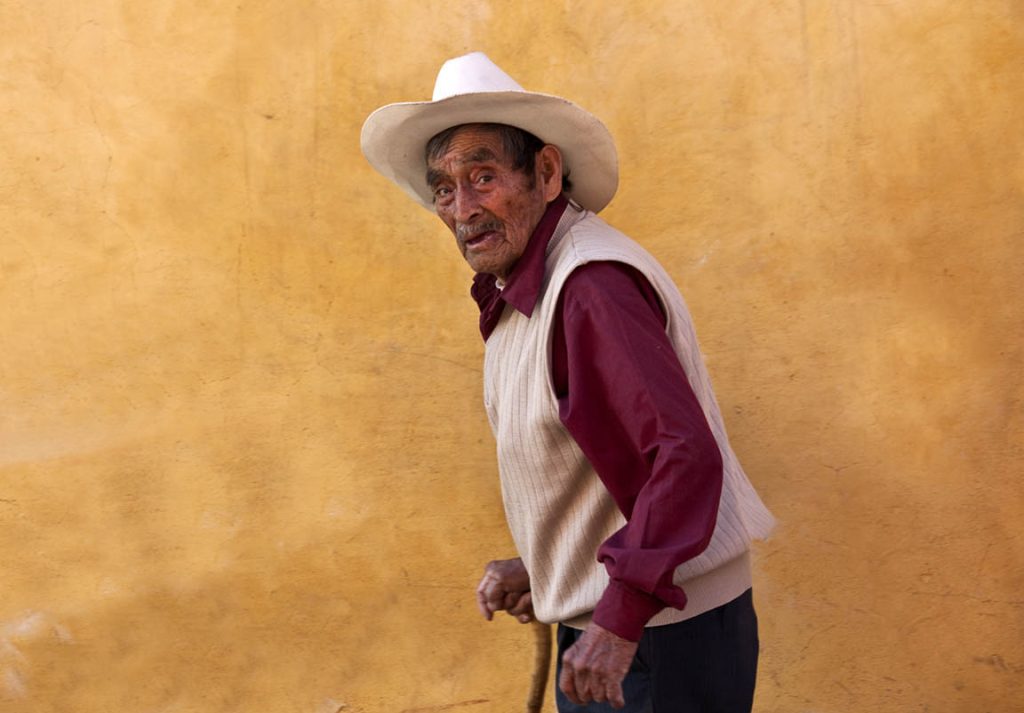
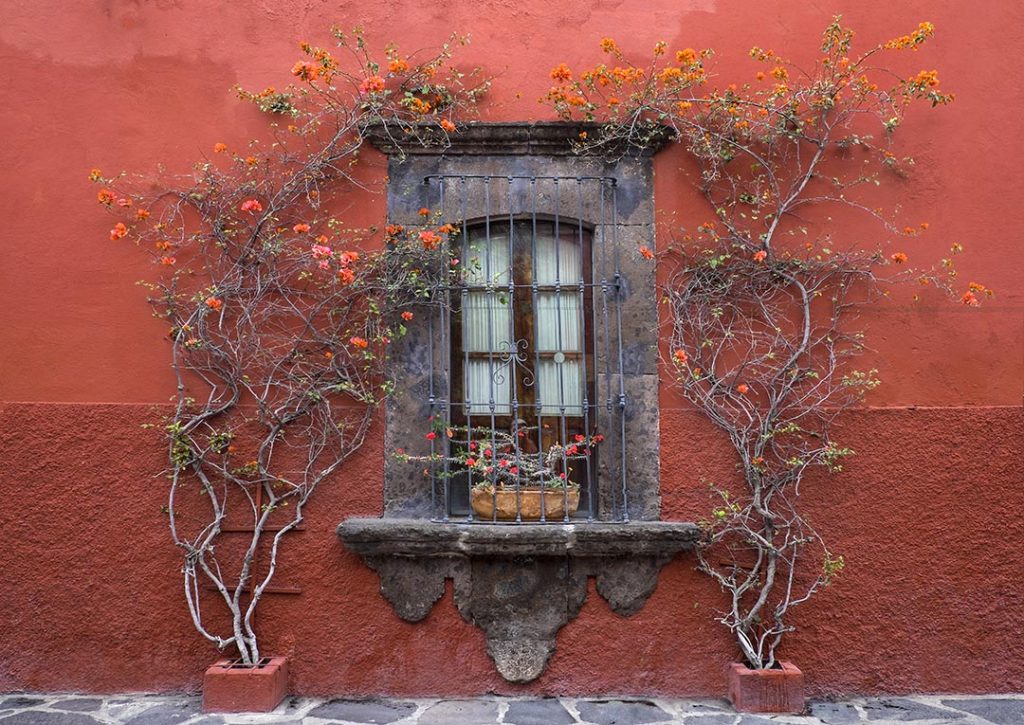
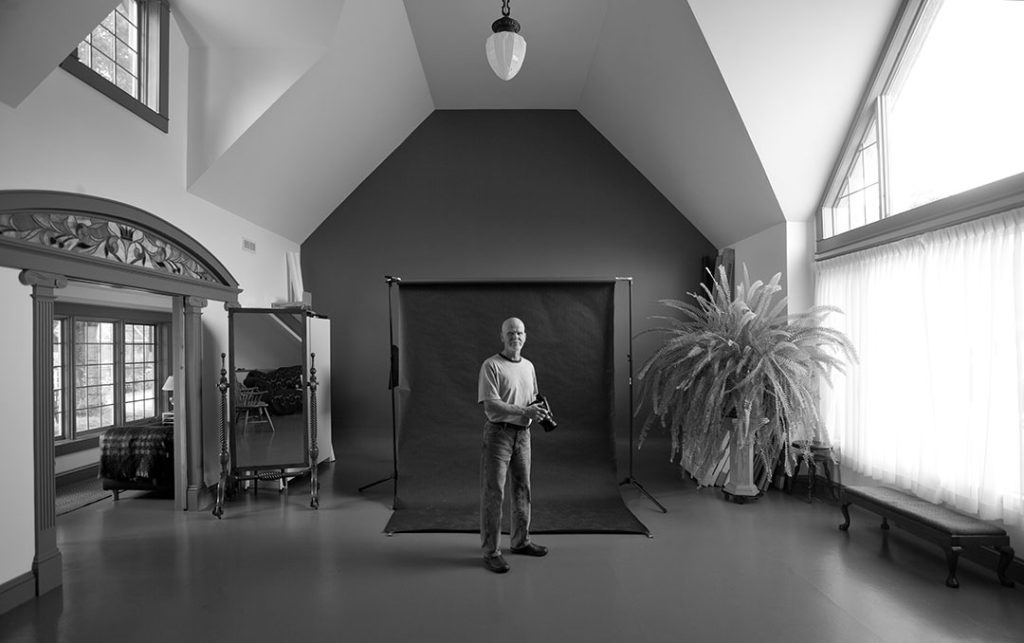
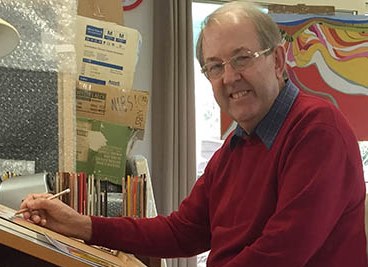
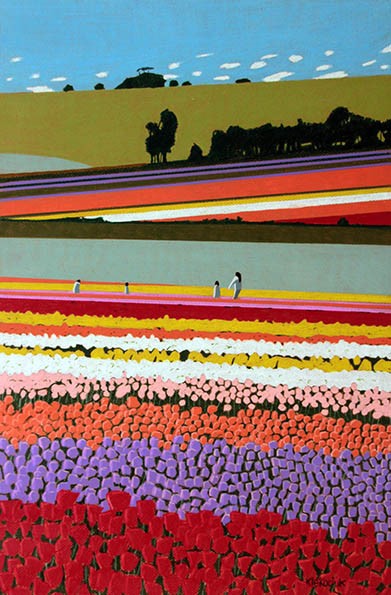

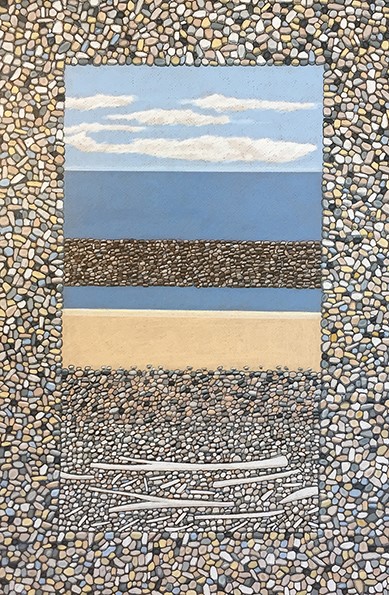
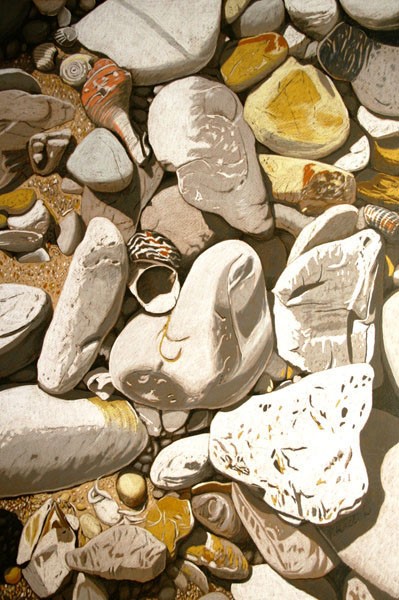
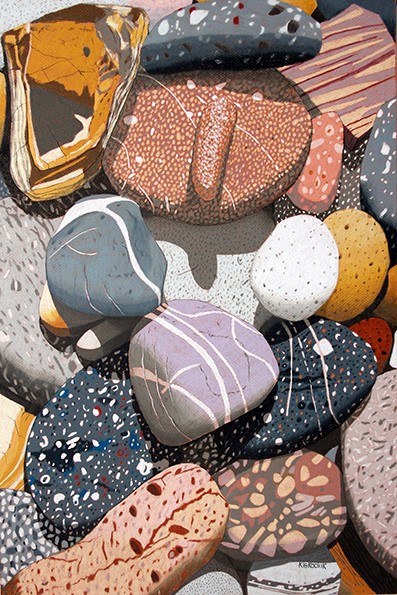

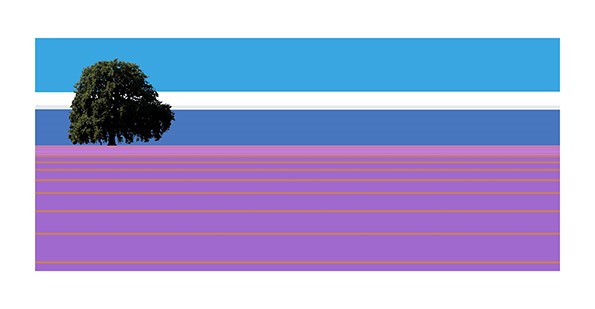
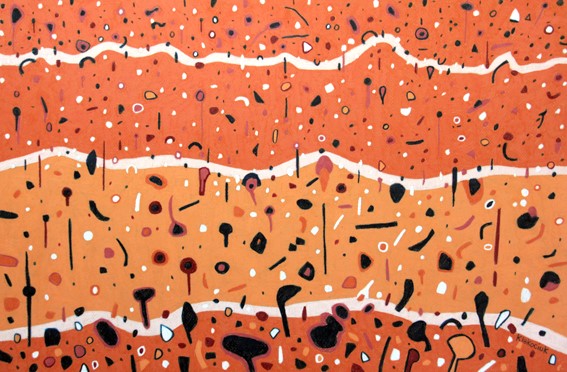
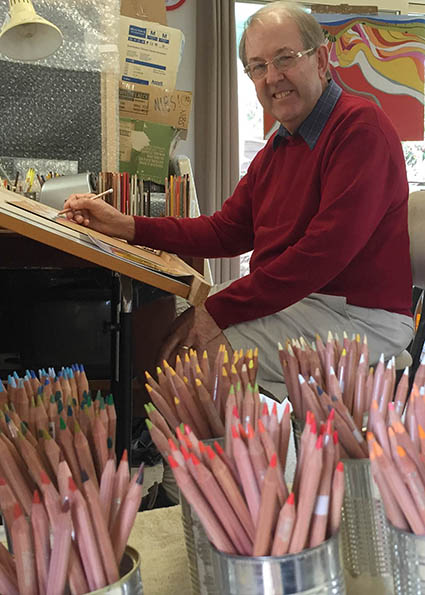
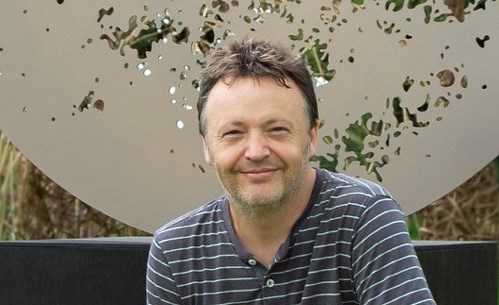
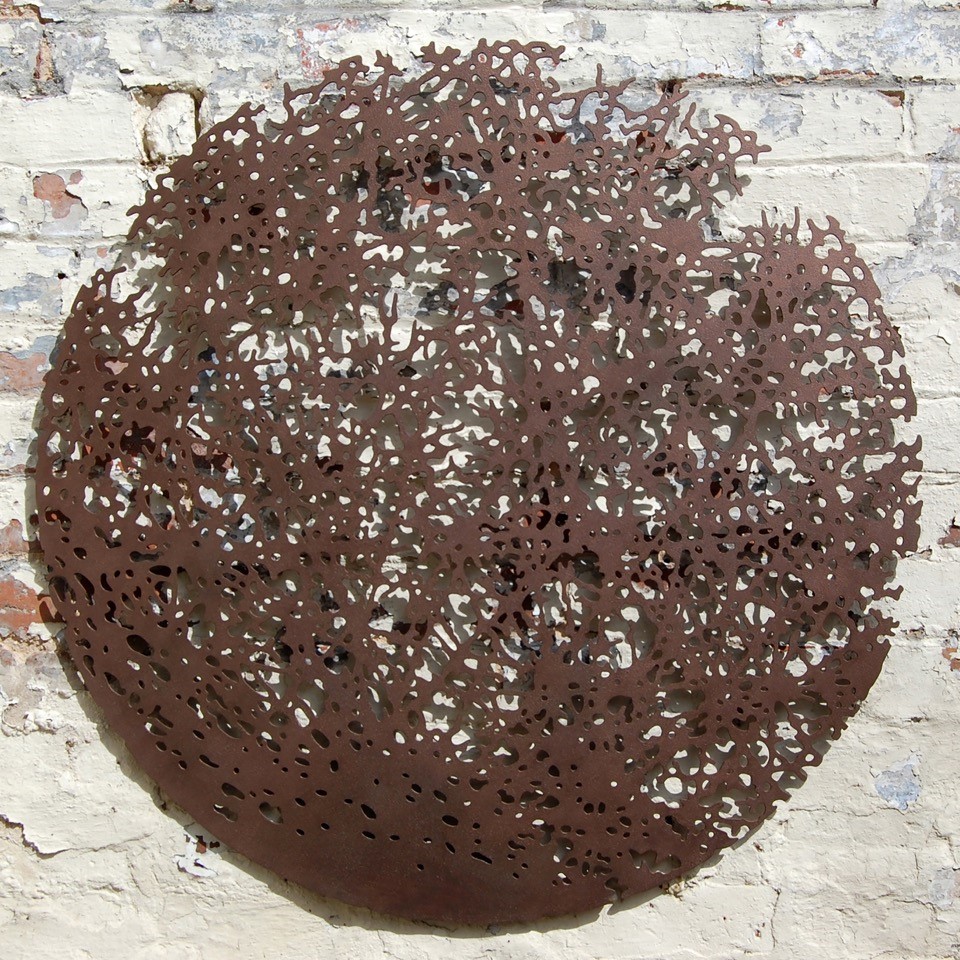





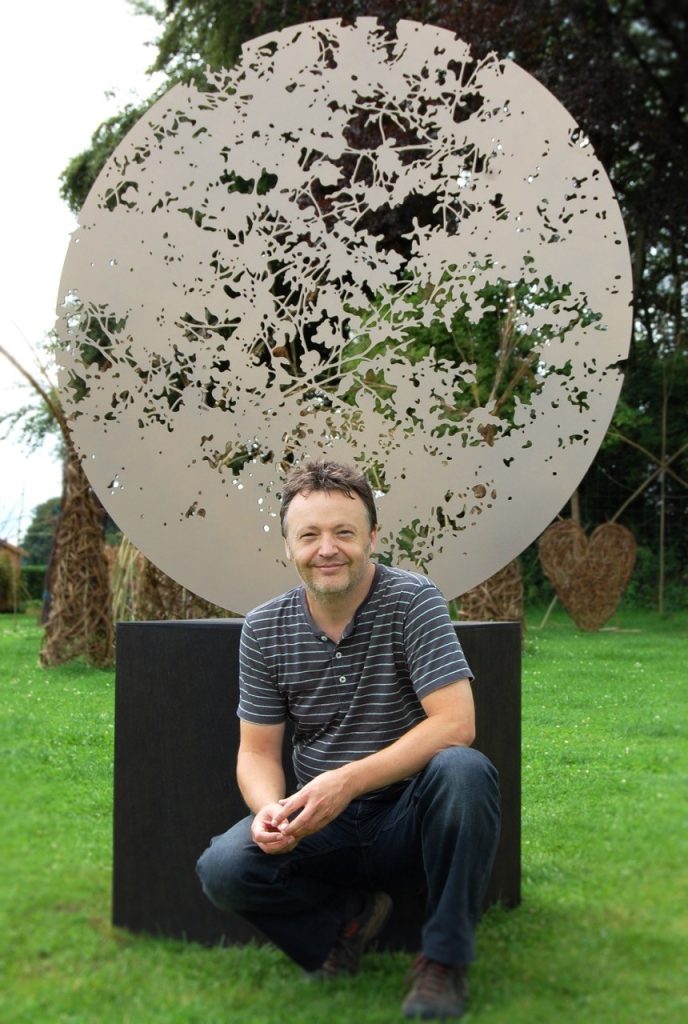

![Art [1-10] Perpetual Moment - miniature painting](https://zoneonearts.com.au/wp-content/uploads/2015/11/Art-1-10-Perpetual-Moment-miniature-painting.jpg)
![Art [1-2] Mitchell's Cottage](https://zoneonearts.com.au/wp-content/uploads/2015/11/Art-1-2-Mitchells-Cottage.jpg)
![Art [1-11] After the Storm 2](https://zoneonearts.com.au/wp-content/uploads/2015/11/Art-1-11-After-the-Storm-2.jpg)
![Art [1-8] Gliding By](https://zoneonearts.com.au/wp-content/uploads/2015/11/Art-1-8-Gliding-By-.jpg)
![Art [1-9] Gliding By detail](https://zoneonearts.com.au/wp-content/uploads/2015/11/Art-1-9-Gliding-By-detail.jpg)
![Art [1-15] Kaitiaki](https://zoneonearts.com.au/wp-content/uploads/2015/11/Art-1-15-Kaitiaki.jpg)
![Art [1-16] A quiet celebration](https://zoneonearts.com.au/wp-content/uploads/2015/11/Art-1-16-A-quiet-celebration.jpg)
![Art [1-18] For the Connoisseur](https://zoneonearts.com.au/wp-content/uploads/2015/11/Art-1-18-For-the-Connoisseur.jpg)
![Art [1-19] Free Spirit](https://zoneonearts.com.au/wp-content/uploads/2015/11/Art-1-19-Free-Spirit1.jpg)
![Art [1-22] Free Spirit detail](https://zoneonearts.com.au/wp-content/uploads/2015/11/Art-1-22-Free-Spirit-detail.jpg)
![Art [1-21] Free Spirit detail](https://zoneonearts.com.au/wp-content/uploads/2015/11/Art-1-21-Free-Spirit-detail.jpg)
![Art [1-24] Australian workshop](https://zoneonearts.com.au/wp-content/uploads/2015/11/Art-1-24-Australian-workshop.jpg)
![Art [1-27] Susan with Enchante par la Provence](https://zoneonearts.com.au/wp-content/uploads/2015/11/Art-1-27-Susan-with-Enchante-par-la-Provence.jpg)
